S Lewis
Day 1 – Monday May 12
Learning from last year’s travel fiasco—when the plane landed early and the bus arrived late—I decided to take a different approach this time. Rather than ride in with the driver, I took the train to Gatwick and met the students directly at arrivals. Also, unlike last year, there were no direct flights from Boston to Gatwick, so the students flew Icelandair with a layover in Reykjavík.
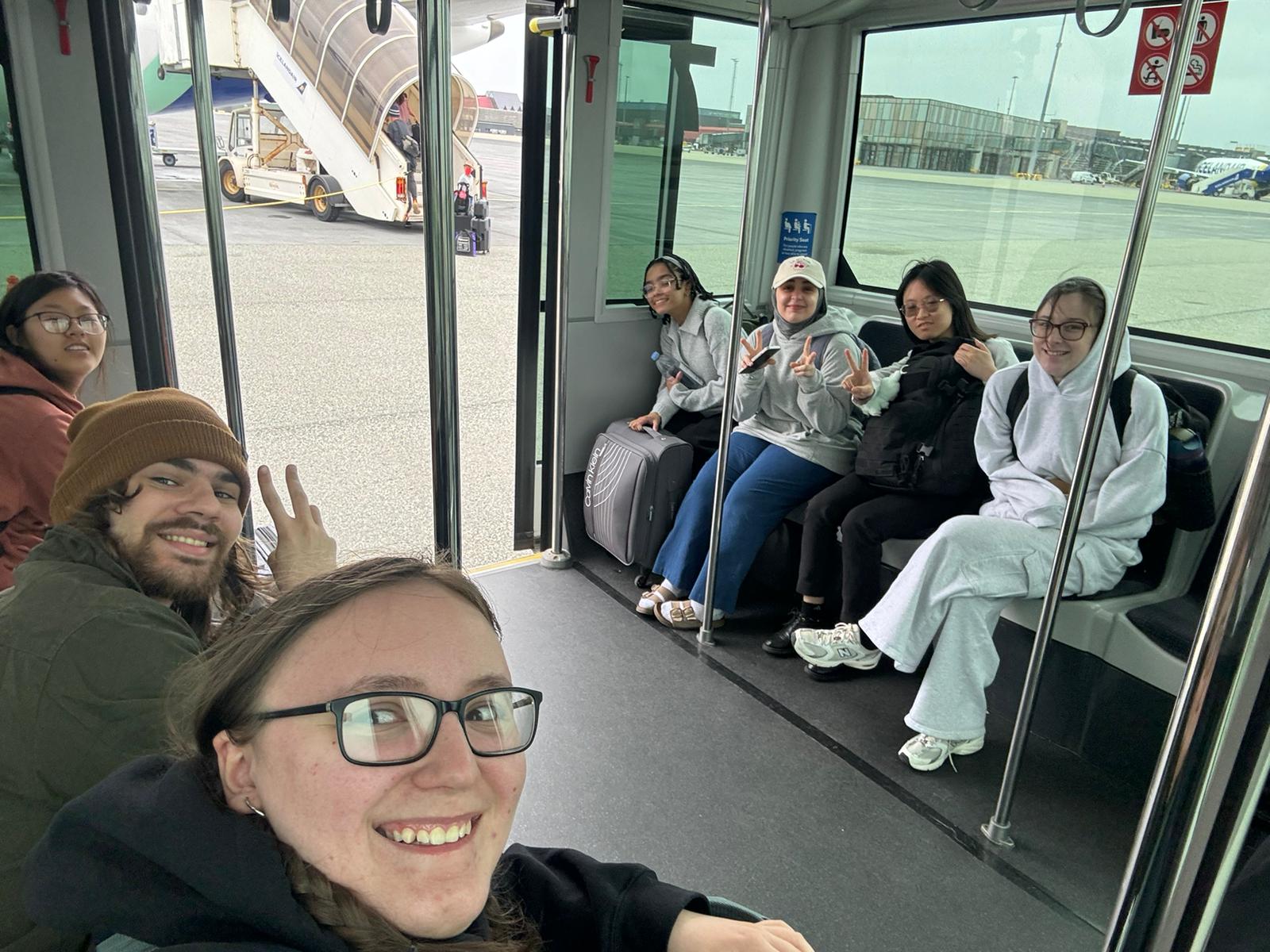
Lauren had arrived a few days earlier for a solo adventure in London (brave!) and joined me at the airport to welcome the others, holding up the sign for all to see.
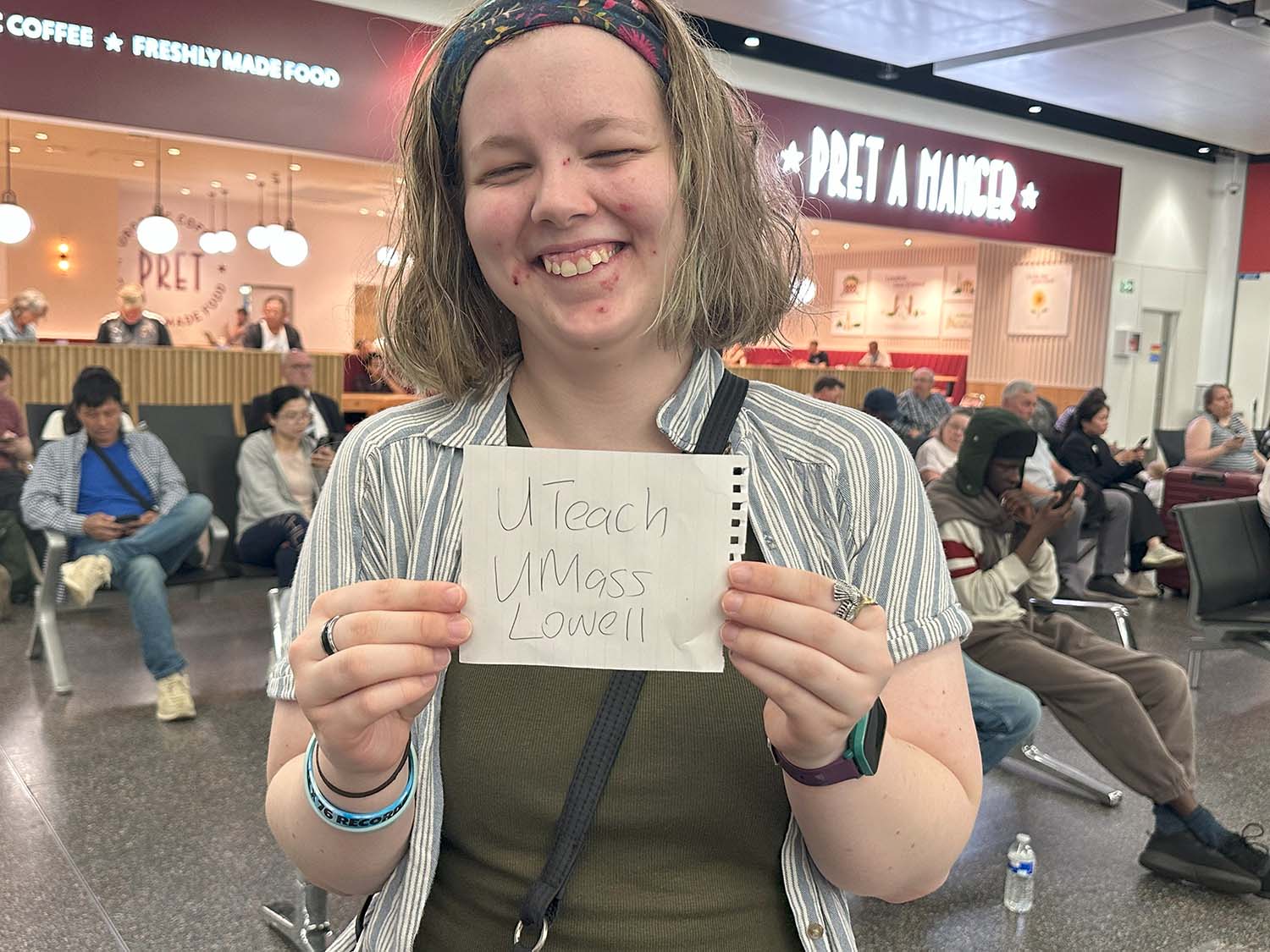
Once the group came through, we met our bus driver at the same spot as last year. I handed out welcome gifts to everyone—a little gesture to mark the start of the journey.
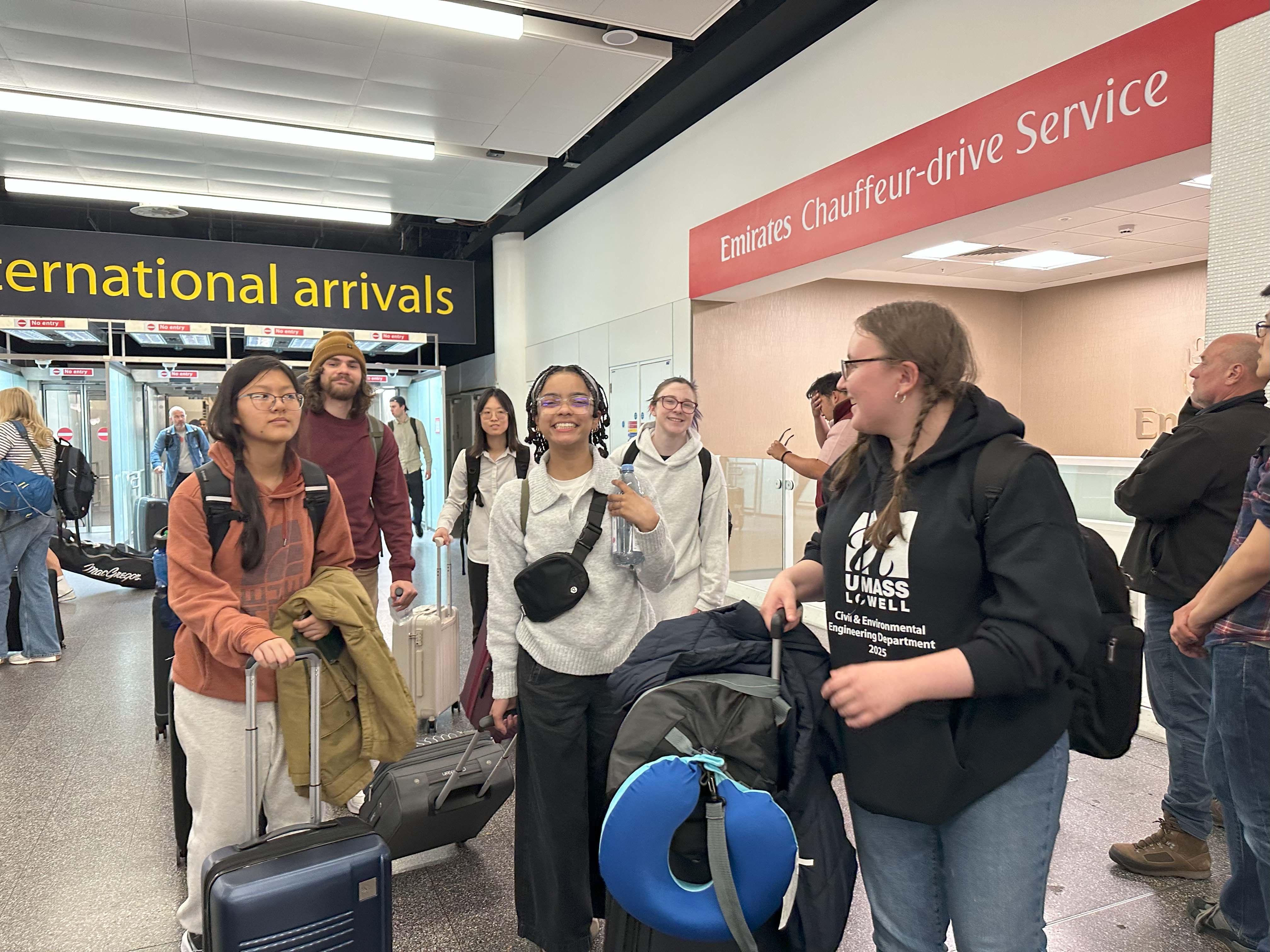
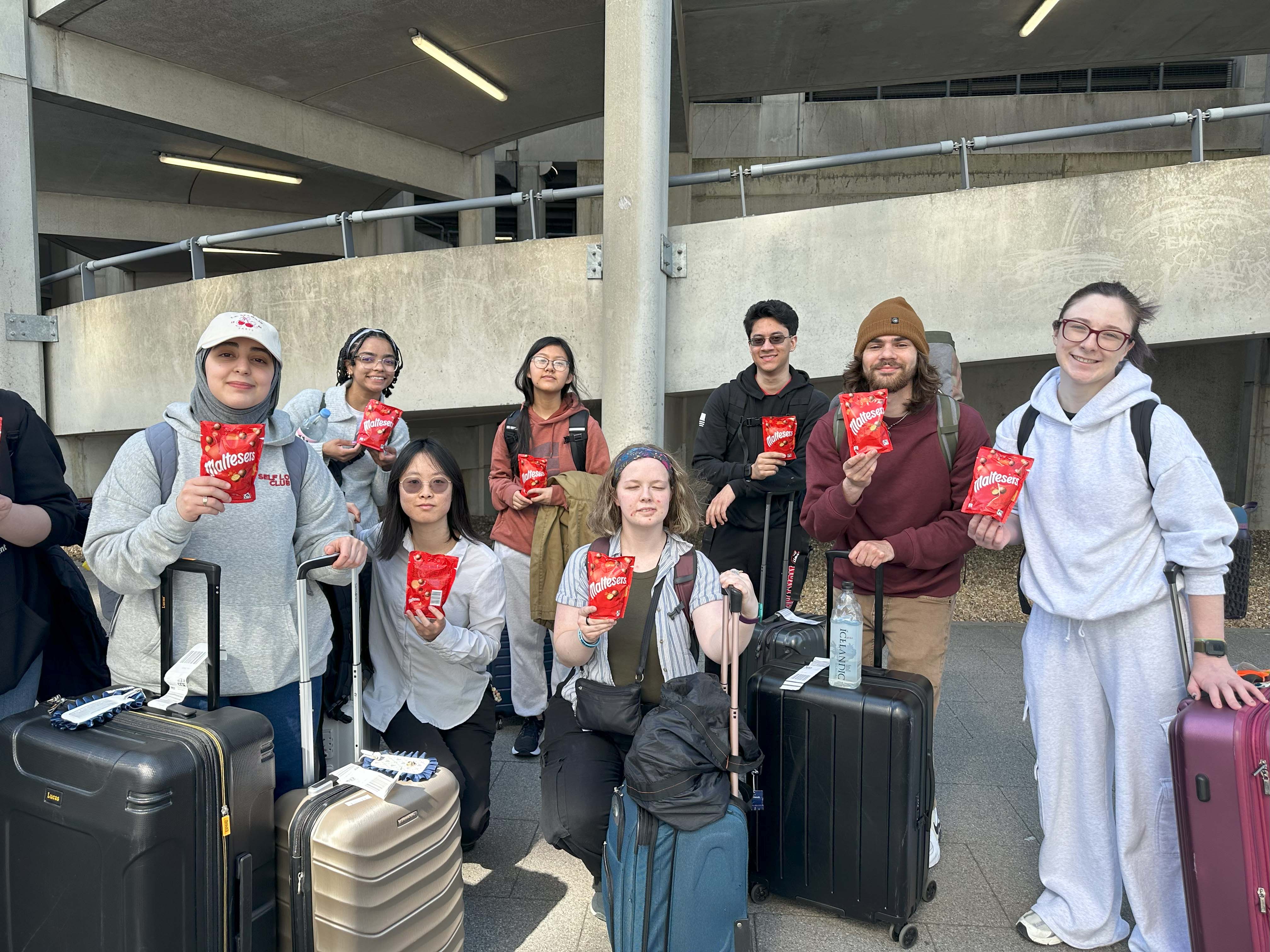
The driver, who had assumed the group was Icelandic, had come armed with a batch of Iceland jokes. Upon learning they were American, he simply grinned and said, “Oh well, those jokes were free—no tariffs,” which gave everyone a good laugh and set a cheerful tone for the ride ahead.
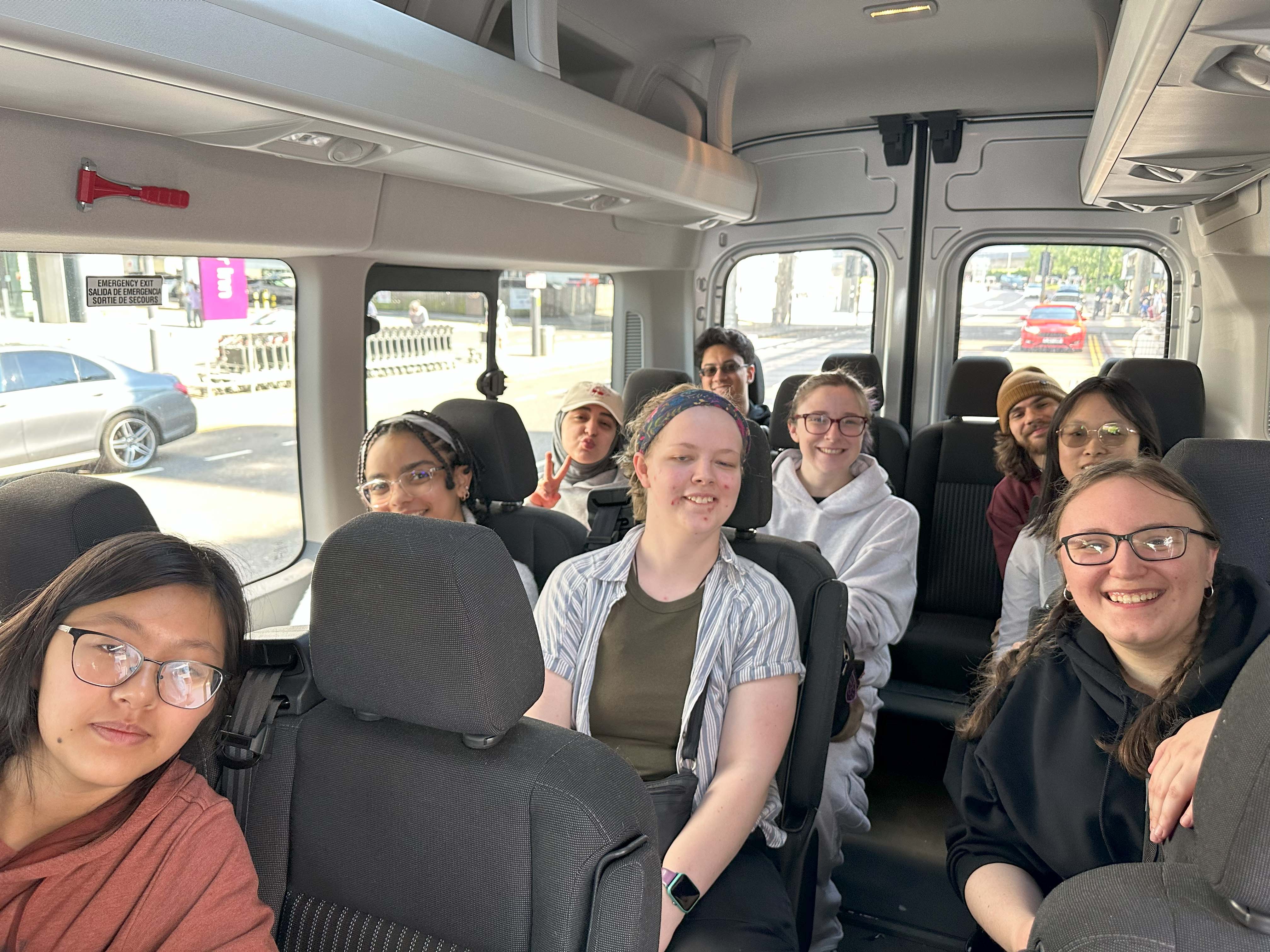
Unlike last year’s early 7:00 a.m. arrival, this group touched down around 3:00 p.m.—so they were pretty lively as the bus meandered its way through the lush green countryside.
Brighton—especially the Royal Pavilion in all its exotic splendor—drew gasps, and as we pulled up to the Old Ship Hotel everyone was ready to hit the showers.
By the time keys were handed out, it was close to 5:00 p.m., and hunger had officially set in. I asked how long they needed to freshen up before dinner. “An hour and a half,” they insisted—though clearly that was a theoretical estimate. Lauren and Wiktoria were ready in twenty minutes and joined me for a walk to scope out a dinner spot, and of course see some interesting sites.


After a quick wander through the Lanes, revisiting a few familiar spots from last year—including the Black Lion, which sadly wasn’t serving food on Monday evenings—we landed on the Pump House as our dinner destination. It had the right mix of character, cozy atmosphere, and most importantly, food.

We headed back to the hotel to round up the rest of the crew—ready or not—and led them over for their first proper meal in England. The choice was a hit. Fish and chips won the popularity contest. Keanu must have been really hungry, his plate did not just have one fish, but probably a shoal of fish. Dana got a crash course in British food lingo: fries, chips, and crisps are definitely not interchangeable here. Erin took a bold culinary leap and went for the rabbit pie, which she thoroughly enjoyed, and I introduced her to the very British combo of orange juice mixed with lemonade. The food was hearty, the plates were clean, and not a single complaint was made about portion sizes—which, after a long day of travel, felt like a small victory.
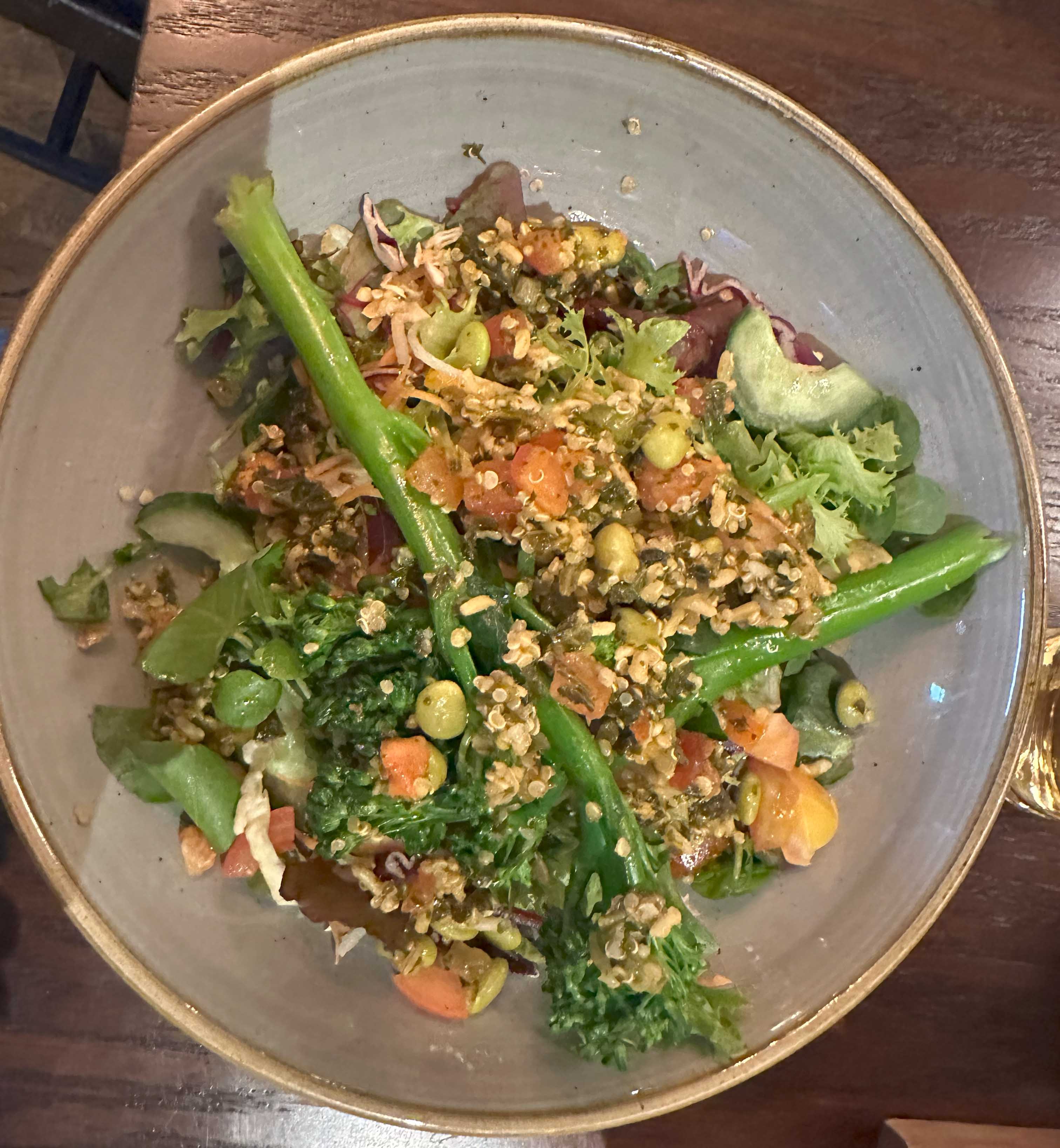
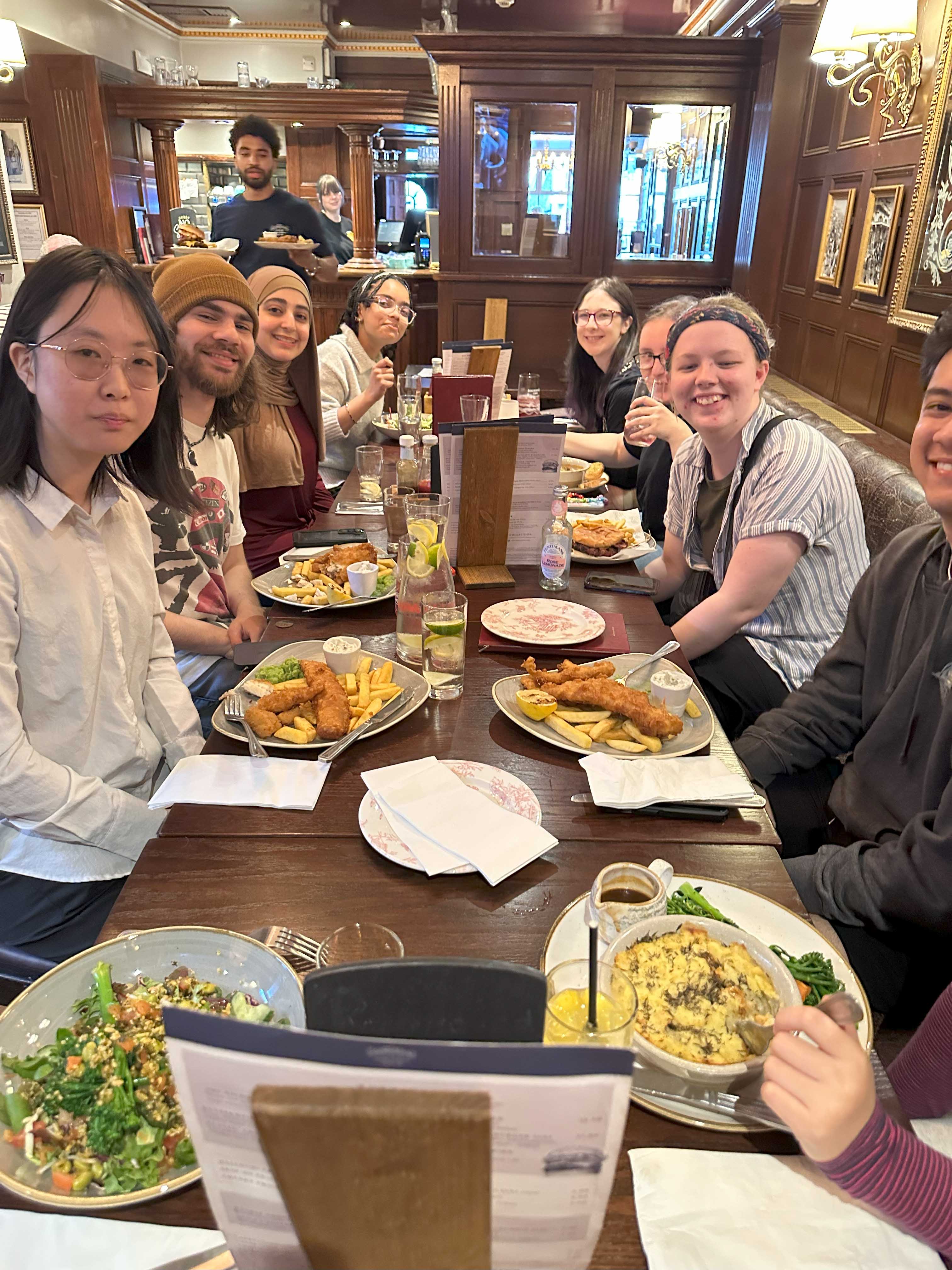
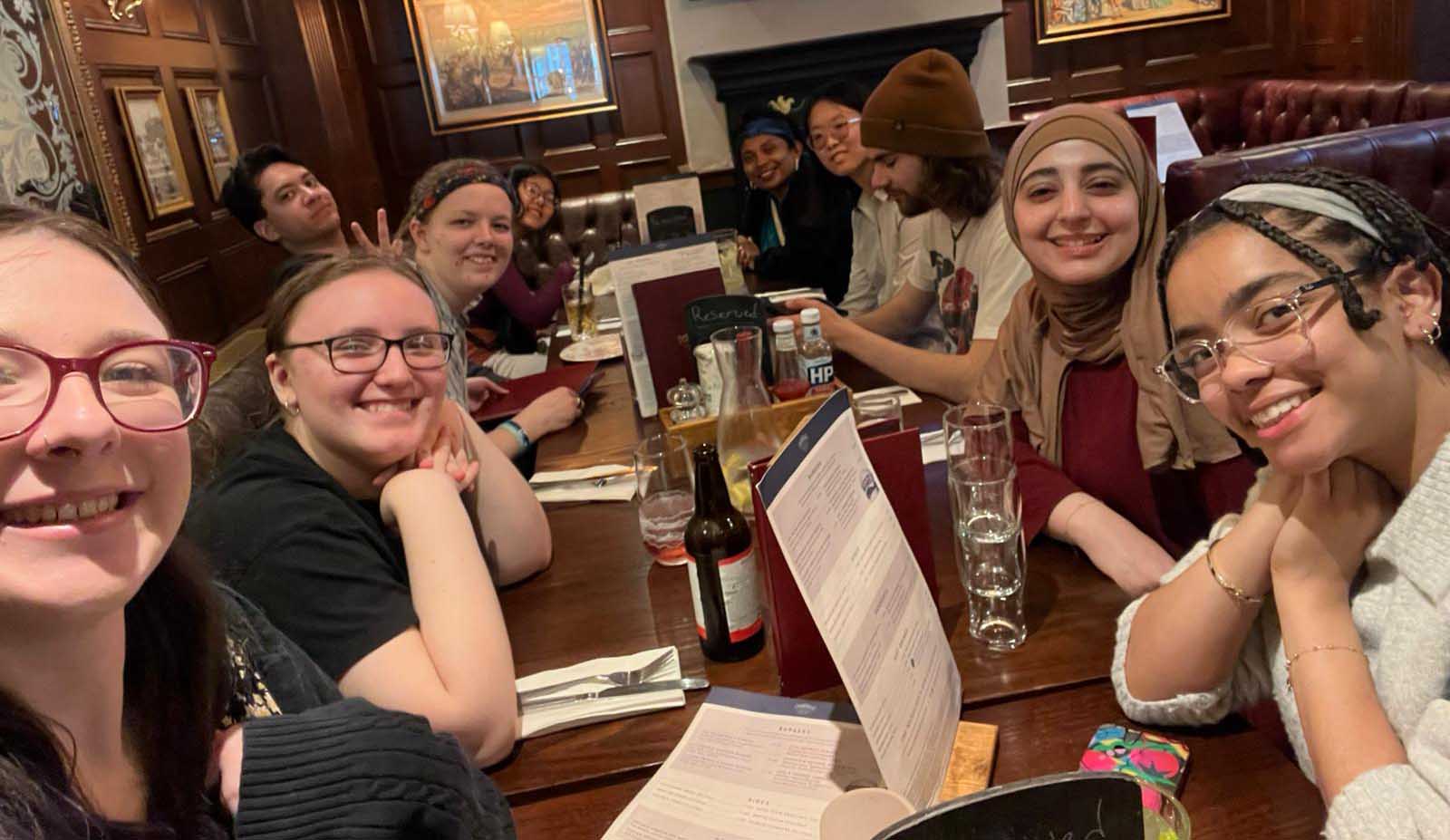
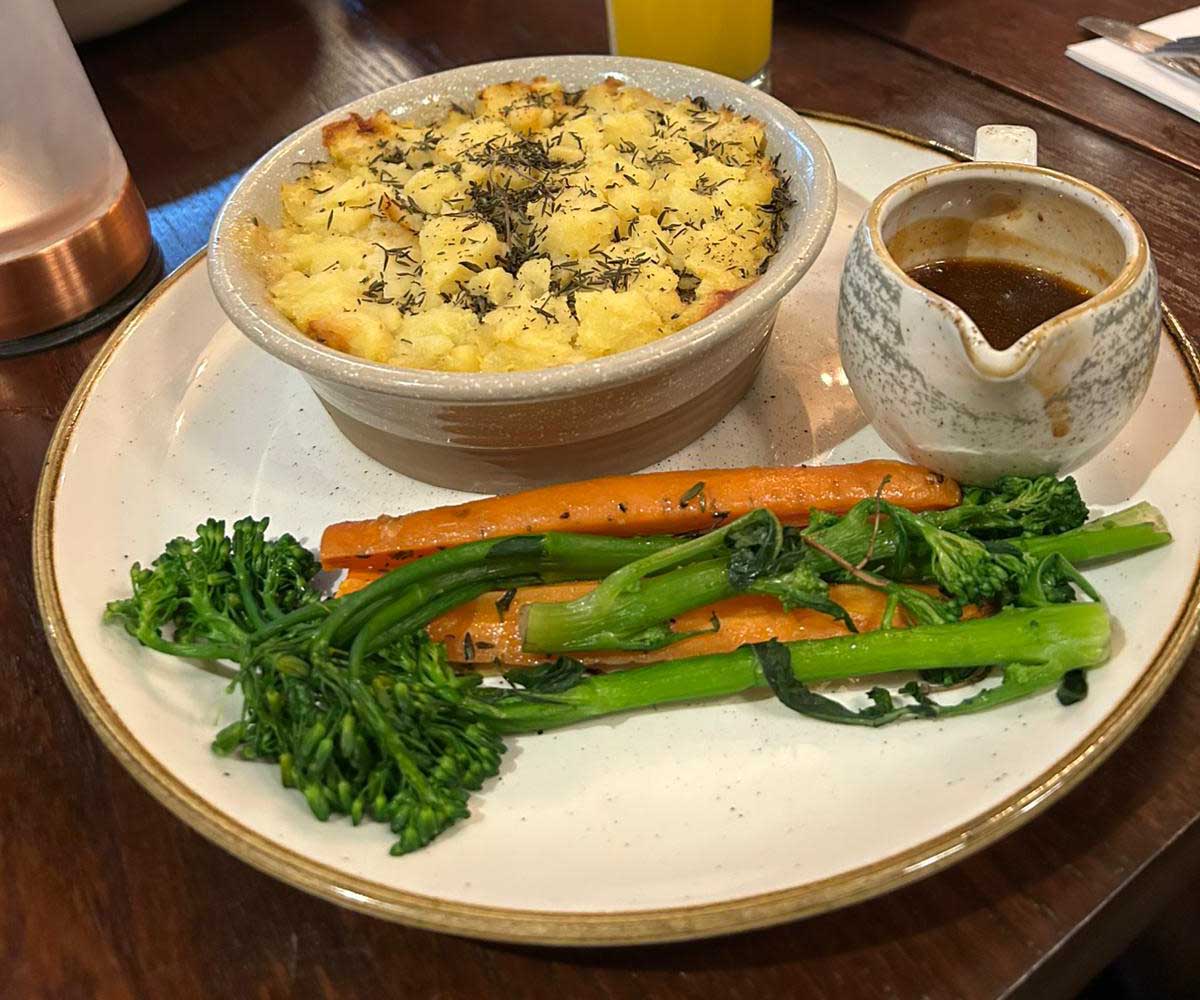
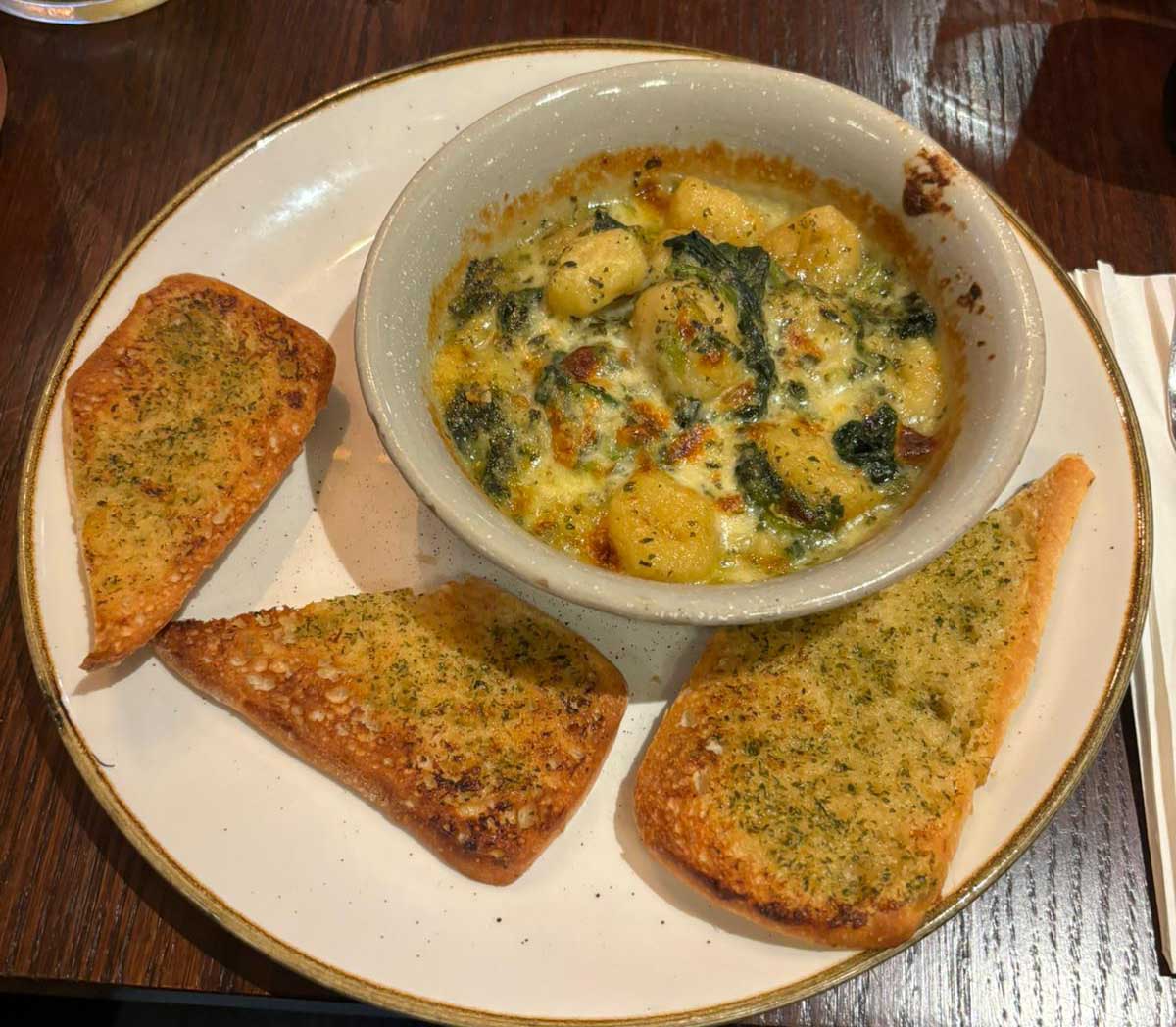

With full bellies, we made our way down to the Palace Pier—and the first stop was ice cream. Despite the evening chill rolling off the coast, Lauren and Dana were undeterred.


As the sun was beginning to settle below the horizon, the arcade lit up and pulled the group in like a magnet. They quickly dispersed among the buzzing machines and neon glow. Keanu and Emily dove headfirst into a fierce rivalry, trying to outdo each other on the Speed of Light and basketball games, before doing their own thing.
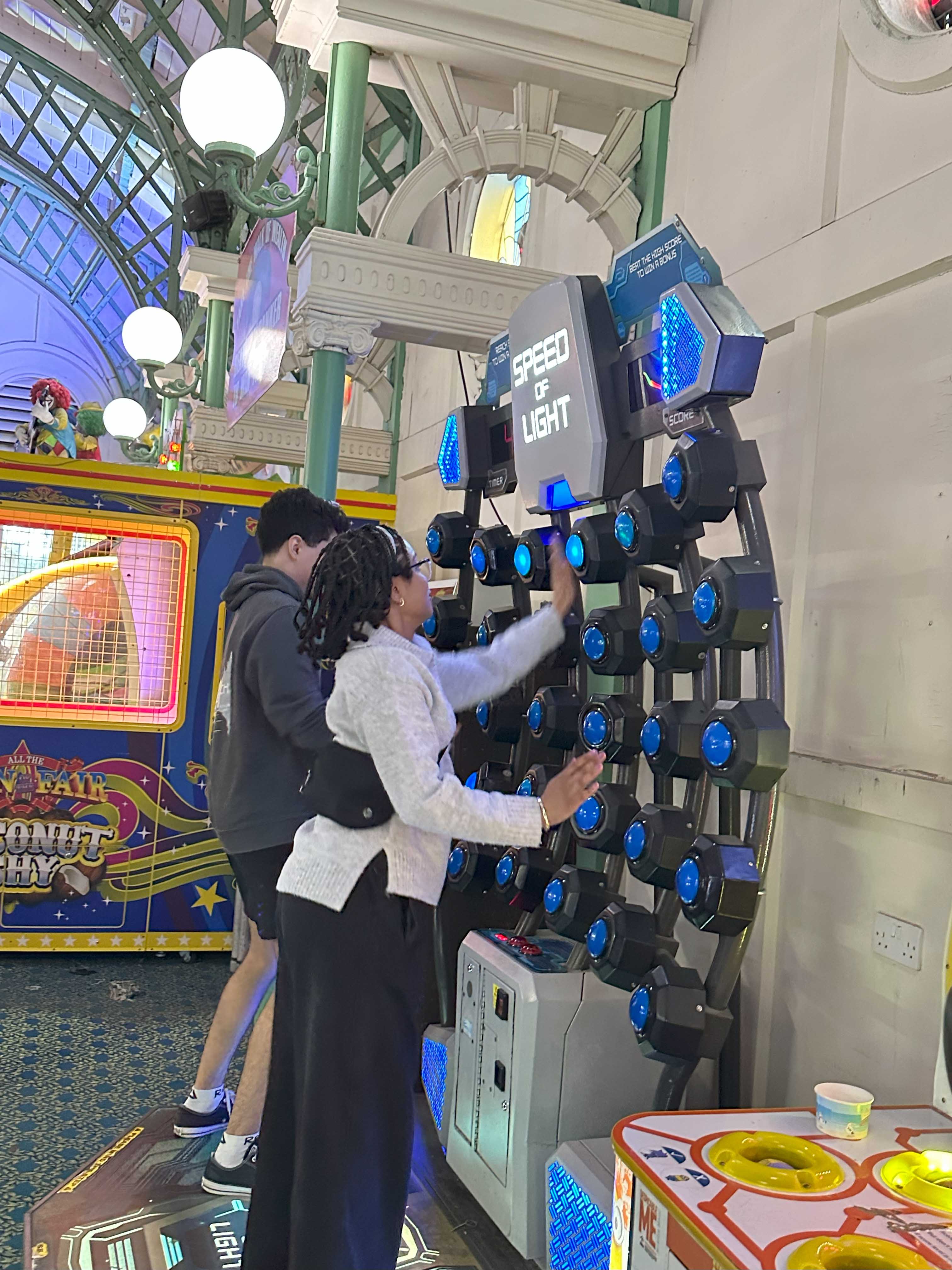
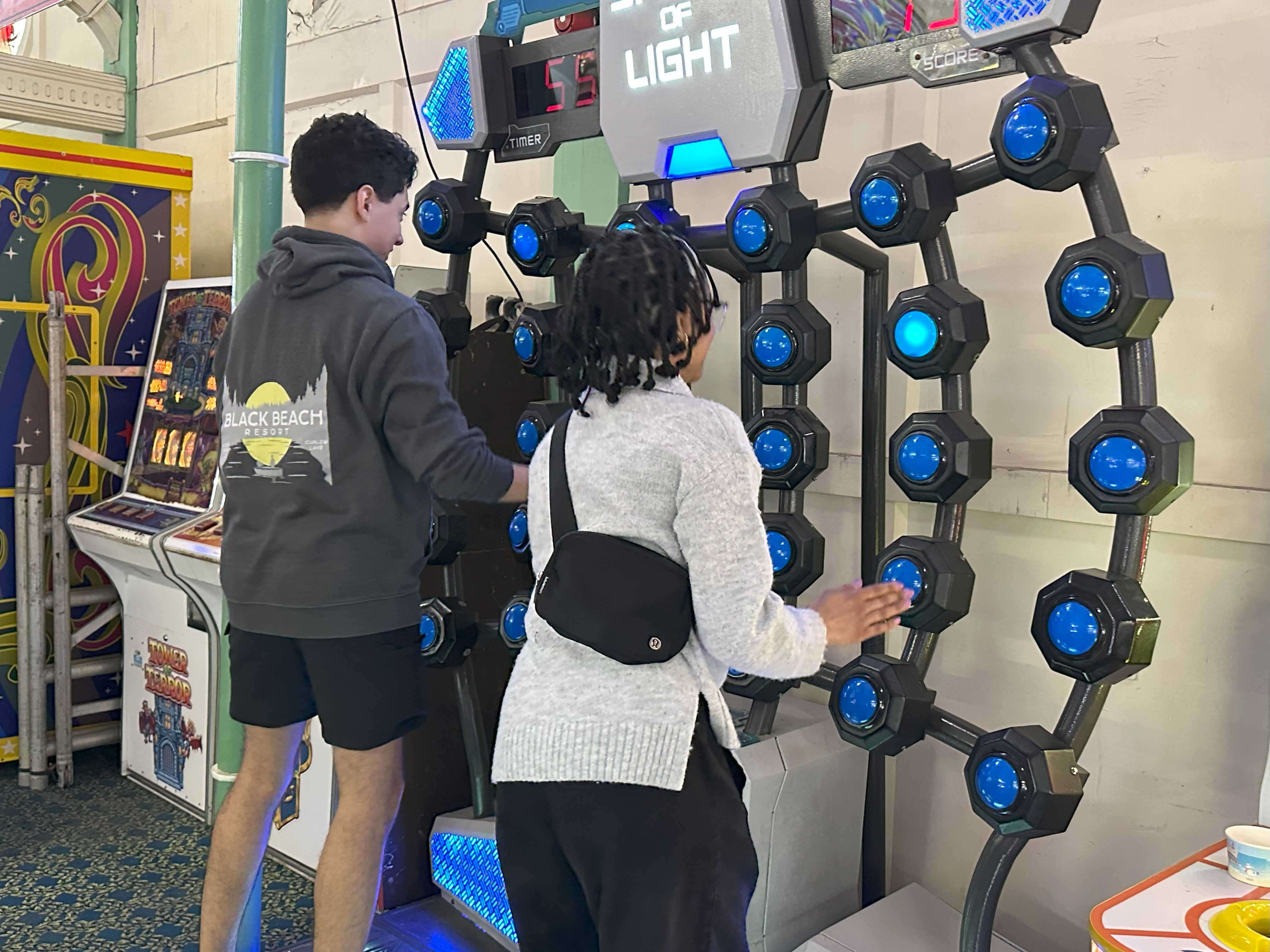
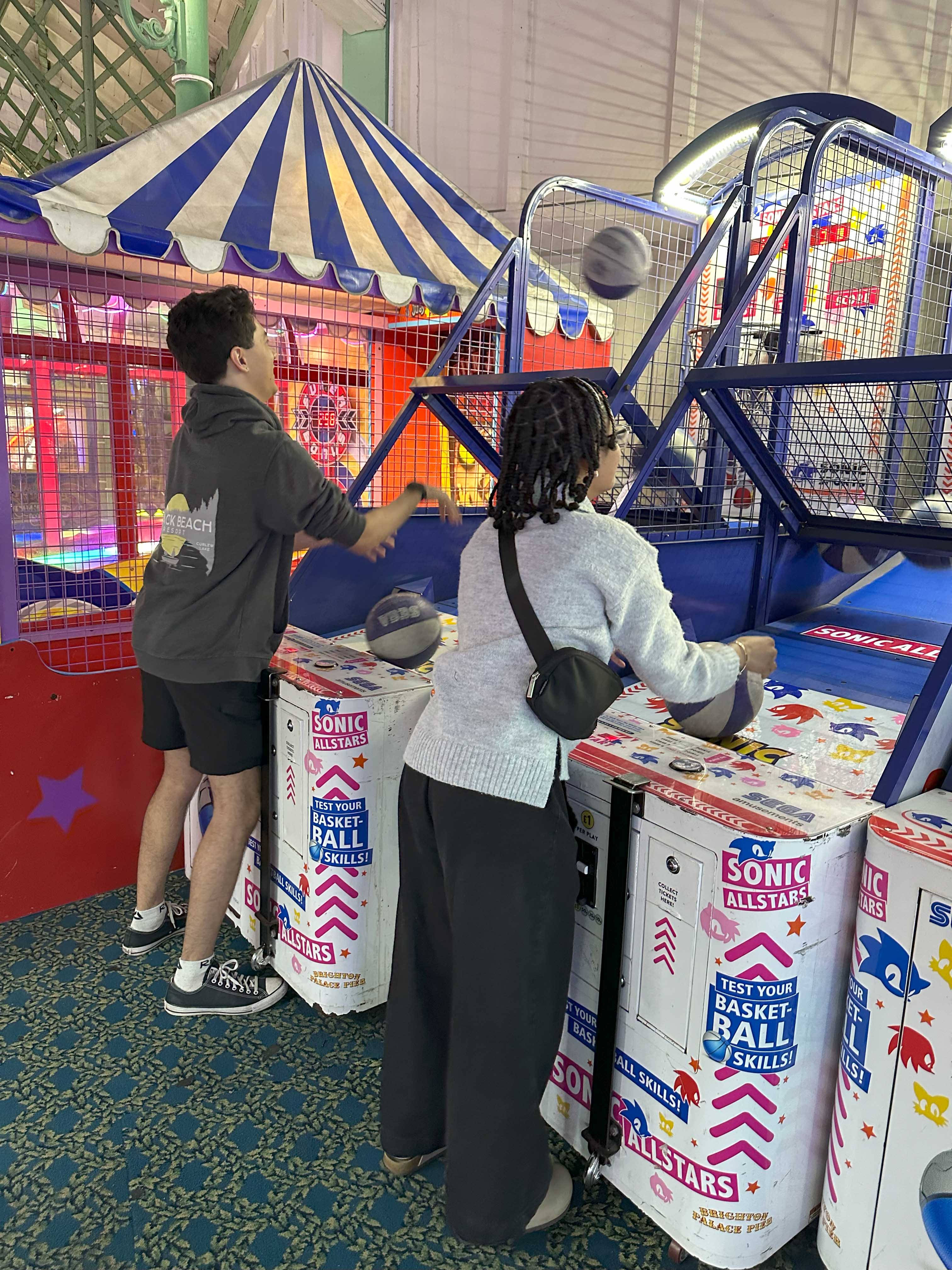
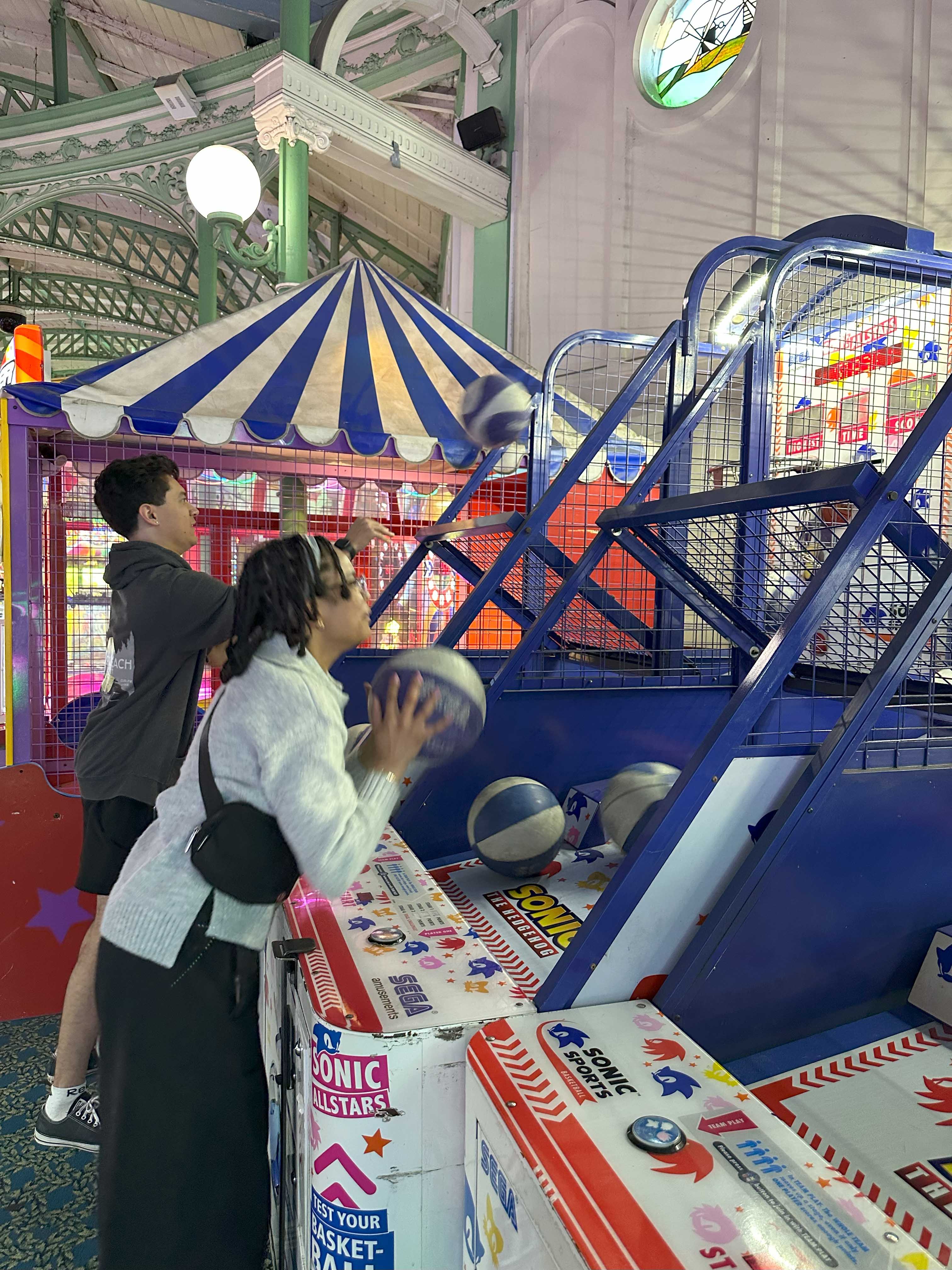
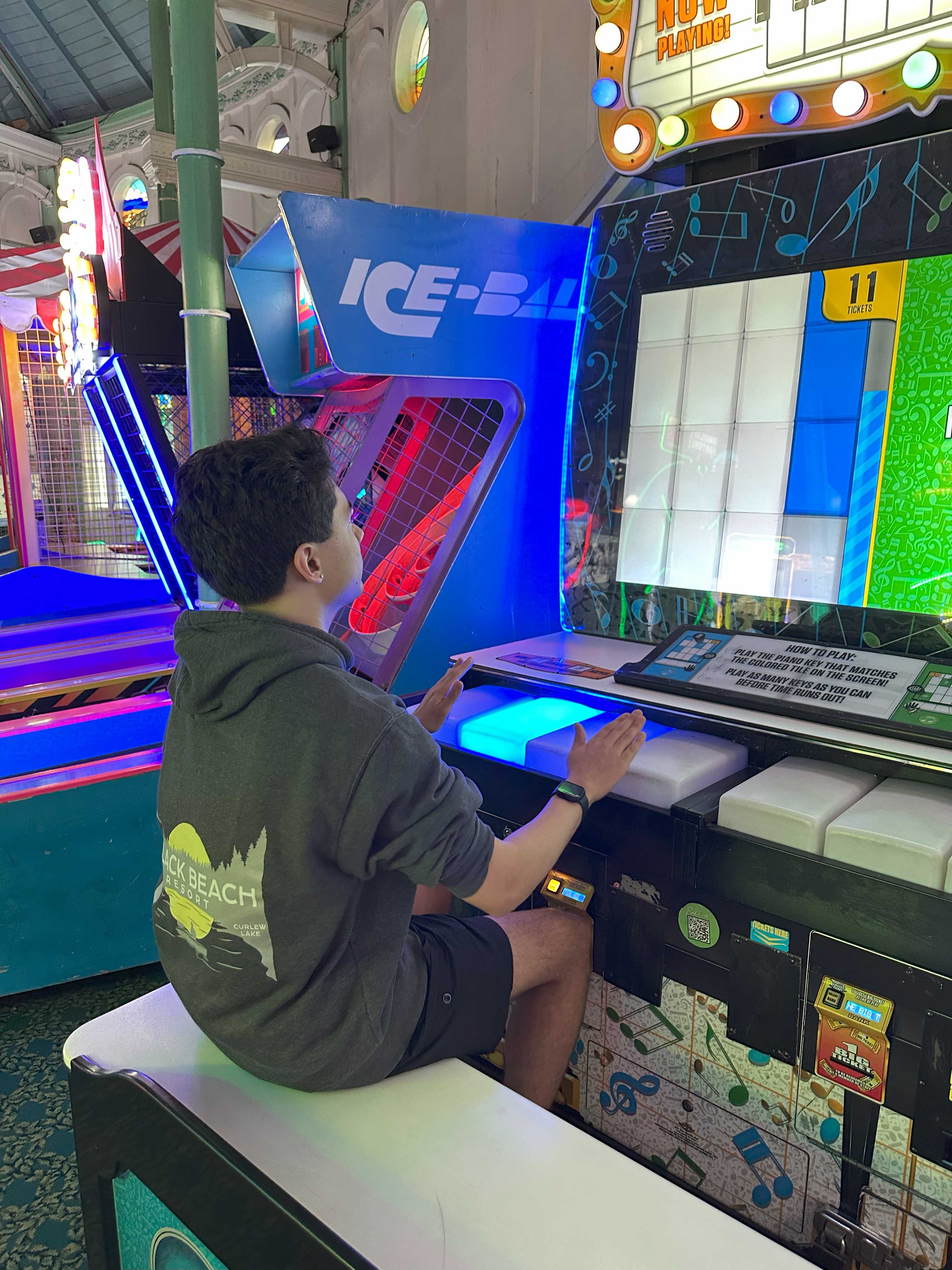
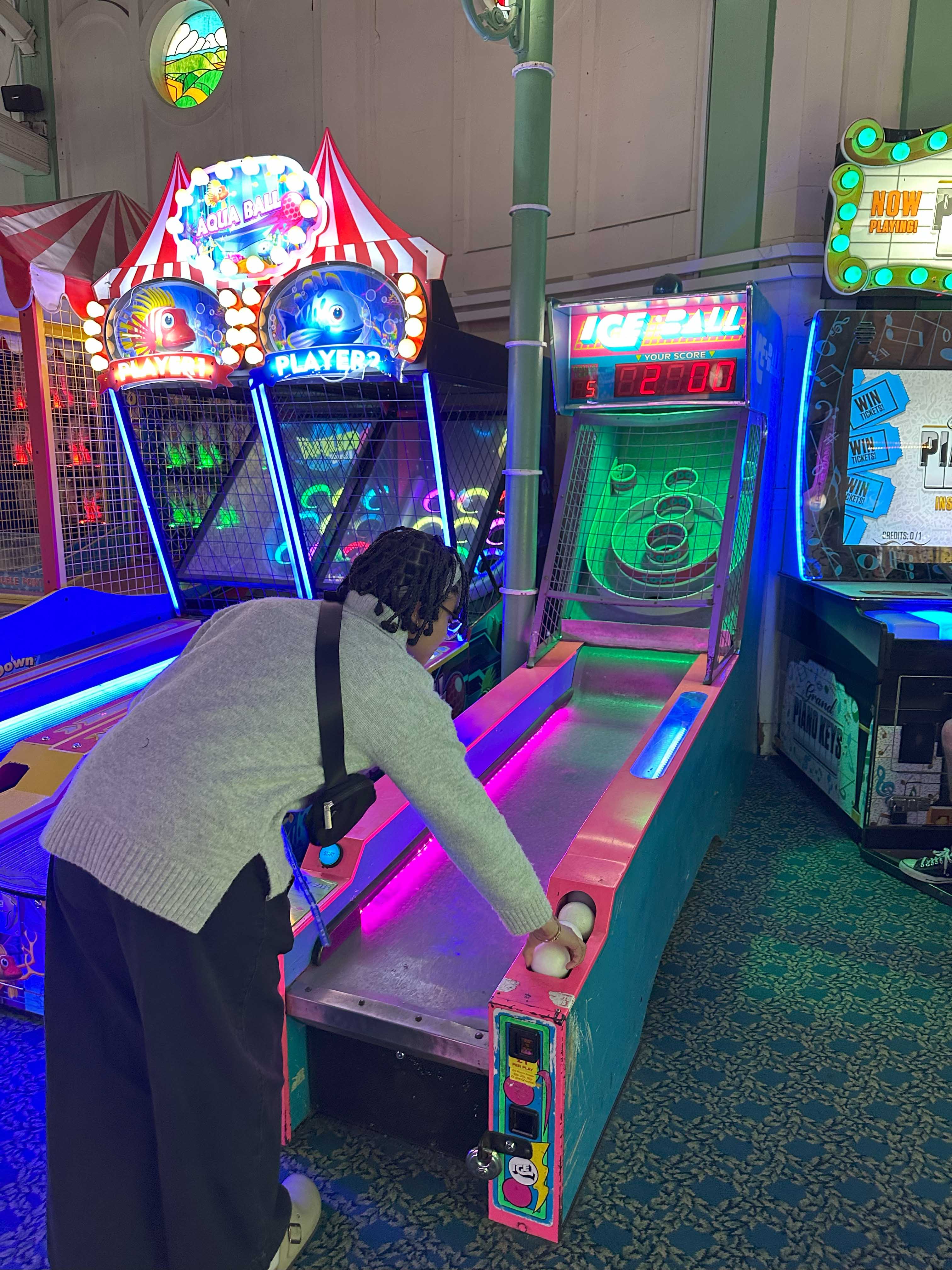
Lou stuck with the penny pushers, ever hopeful, while Dana and Erin took on the ice puck tables in a whirl of laughter and friendly competition.
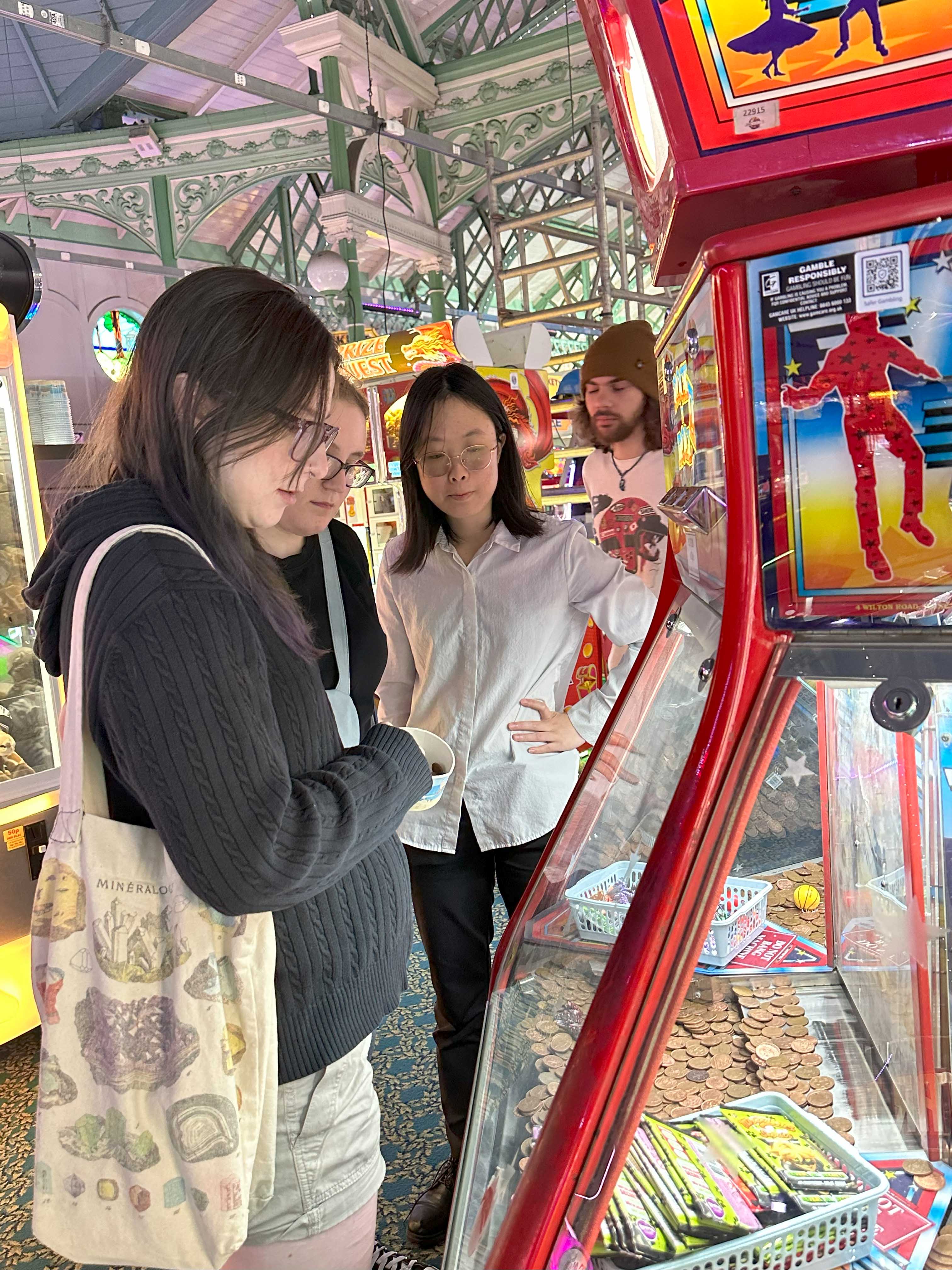
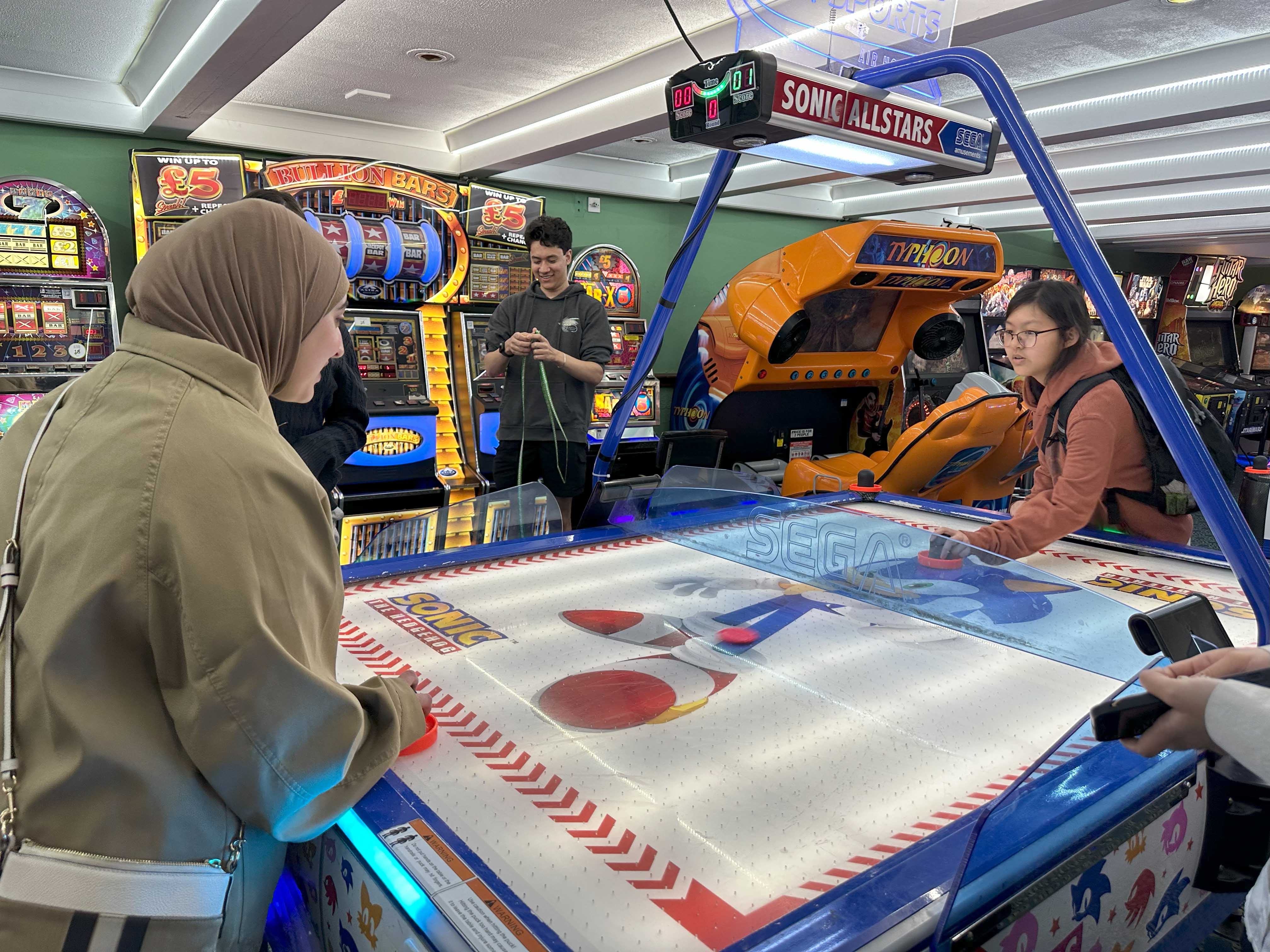
But the evening’s undisputed champion was Keanu, who hit the jackpot on the Deal or No Deal machine—walking away with 200 tickets and a very satisfied grin.


One thing that surprised me about this group is how much they love to walk. Even after a full day of travel and a visit to the pier, they were still eager to explore. So we wandered into town for a little late-night orientation. The mall, unsurprisingly, was closed—but the streets were still buzzing. Though the shops had shut their doors, the bars, clubs, and convenience stores were wide open, and the students happily ducked into Tesco Express. Their first mini-hauls included fruit, donuts, water, sweets, and—yes—sunscreen.
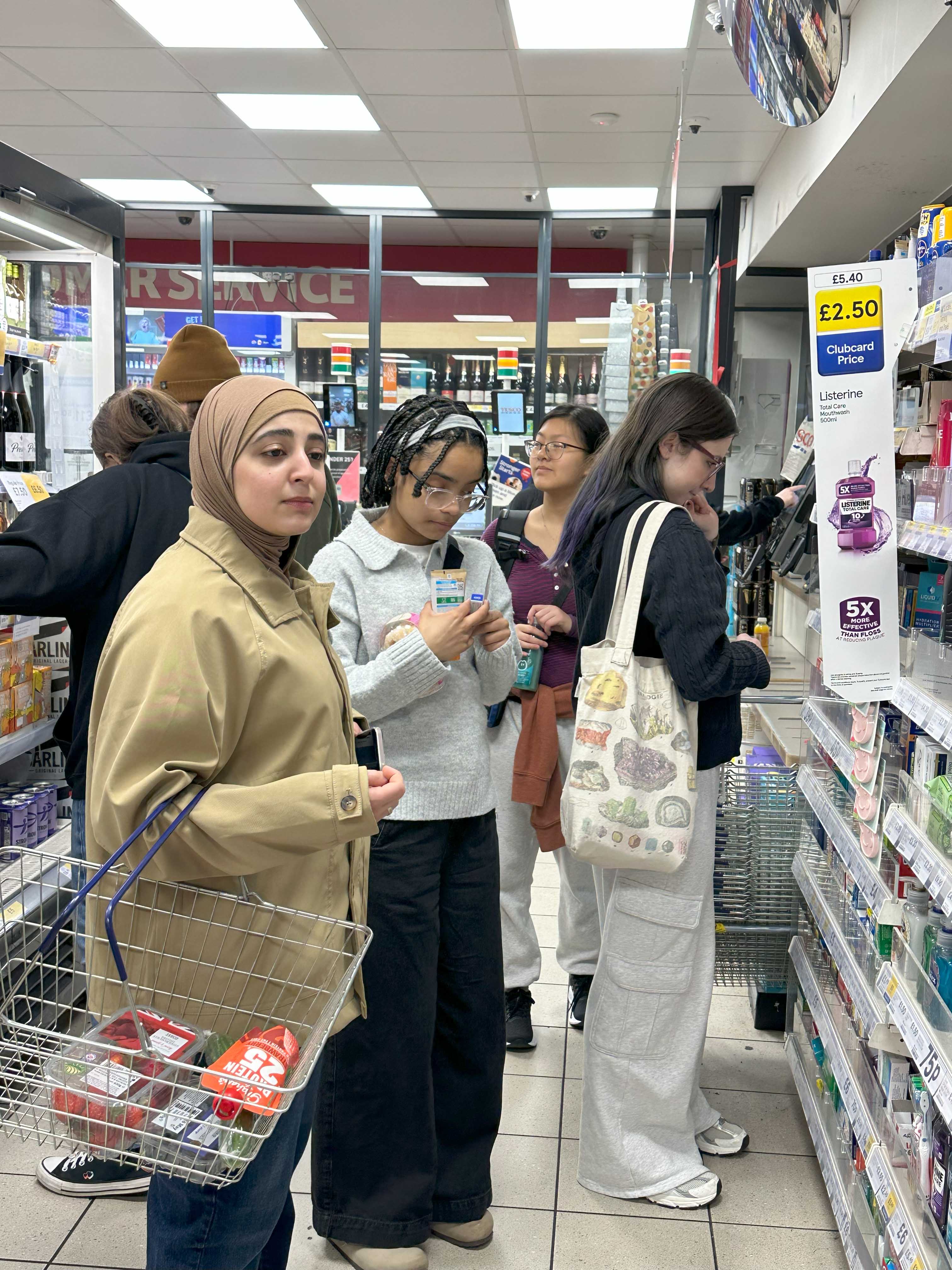
On our way back to the hotel, I led them through the Old Steine to see the fountain, which is already charming by day, but at night becomes something else entirely. With multicolored lights dancing through every spurt of water, it was almost hypnotic.



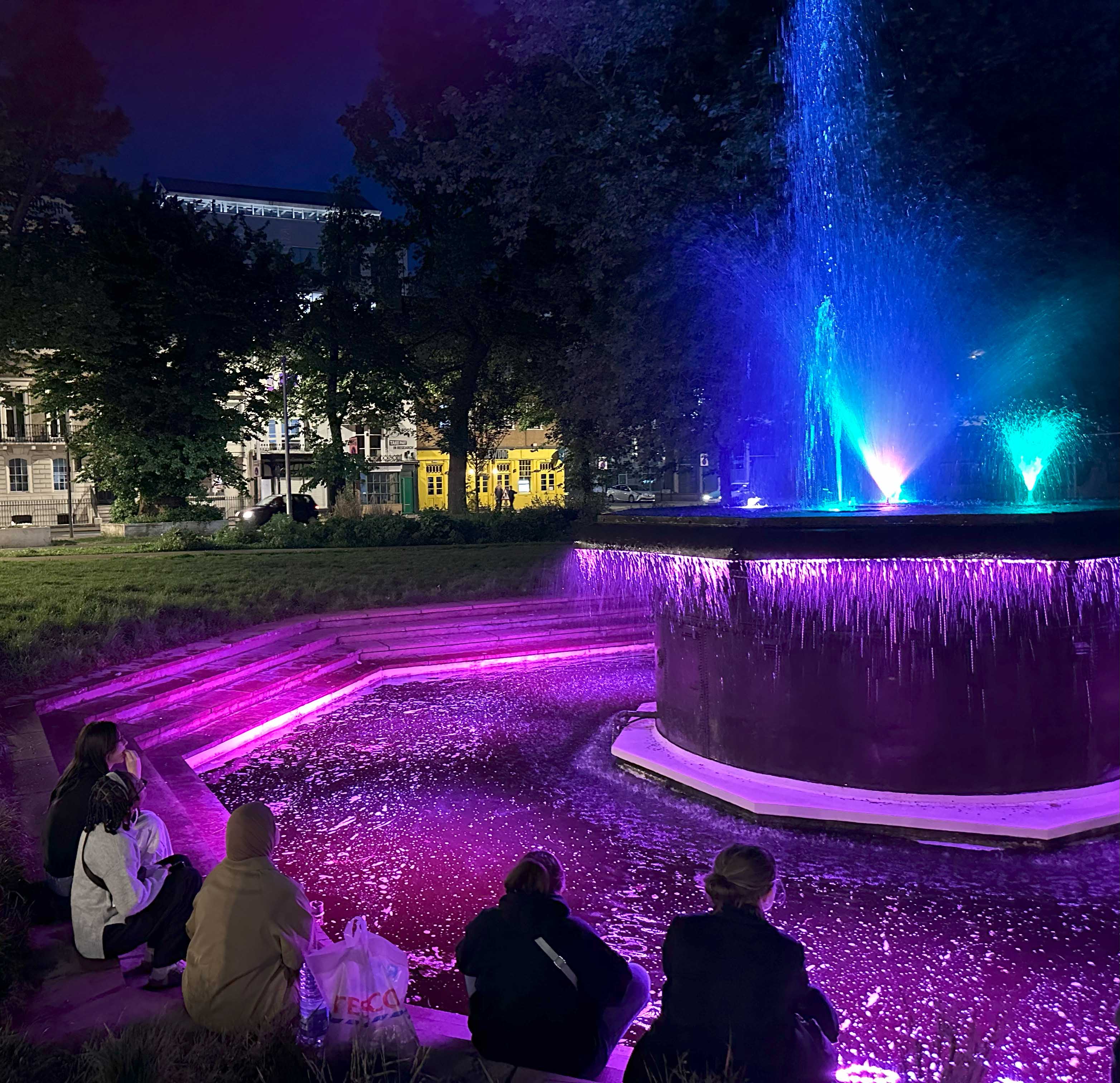
And of course, no night tour would be complete without pausing at the Royal Pavilion. Bathed in soft light, it felt less like a building and more like a story waiting to be told—a perfect end to their very first day in Brighton.

Day 2 – Tuesday May 13
Day two started early—very early. The night before, I casually mentioned to the group that I’d be heading out for a walk along the seafront promenade at 5:30 a.m. and that anyone who happened to be up could join. No pressure, especially since we had a full university day ahead and were scheduled to leave the hotel at 8:00 a.m. sharp. Honestly, I didn’t expect any takers. But to my surprise, at 4:25 a.m., Dana messaged to say she was in. So, at 5:30 a.m., off we went. I took her along my usual westward route, with the last hues of sunrise still streaking the sky. The road beside us buzzed with early commuter traffic, but the promenade itself was quiet—just a few joggers and cyclists sharing the stillness. We passed beachcombers sweeping the sand with metal detectors, and city workers clearing away last night’s remnants to make the place sparkle for a new day of visitors. Dana, ever the blog contributor, took every chance to strike a pose—so don’t be surprised if she shows up more than once here.




Just as I asked, everyone was ready to go at 8:00 a.m.—no reminders needed. I walked the group over to the bus stop to catch the number 25 to the University. As with last year’s crew, this group was quick to point out that all the buses here are double deckers, and the moment the fare was paid, they bolted up the stairs to claim their seats on the top deck. (It’s practically a rite of passage.) The fare was £3 per person—no returns, no student discount this time around. Honestly, what happened to student perks? I decided then and there: we’re taking the train back. That said, everyone enjoyed the view from the top deck.
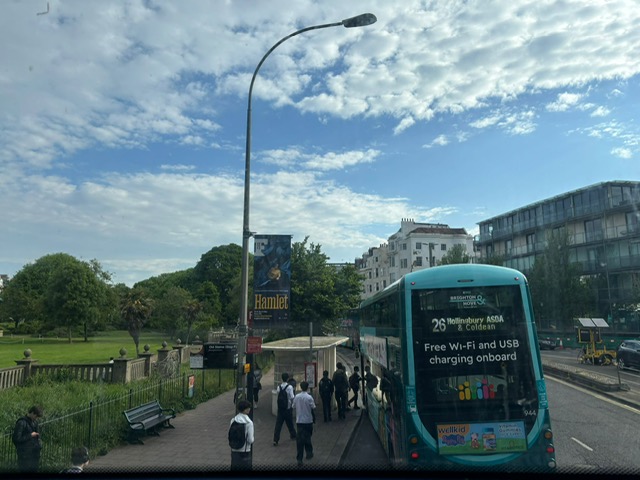
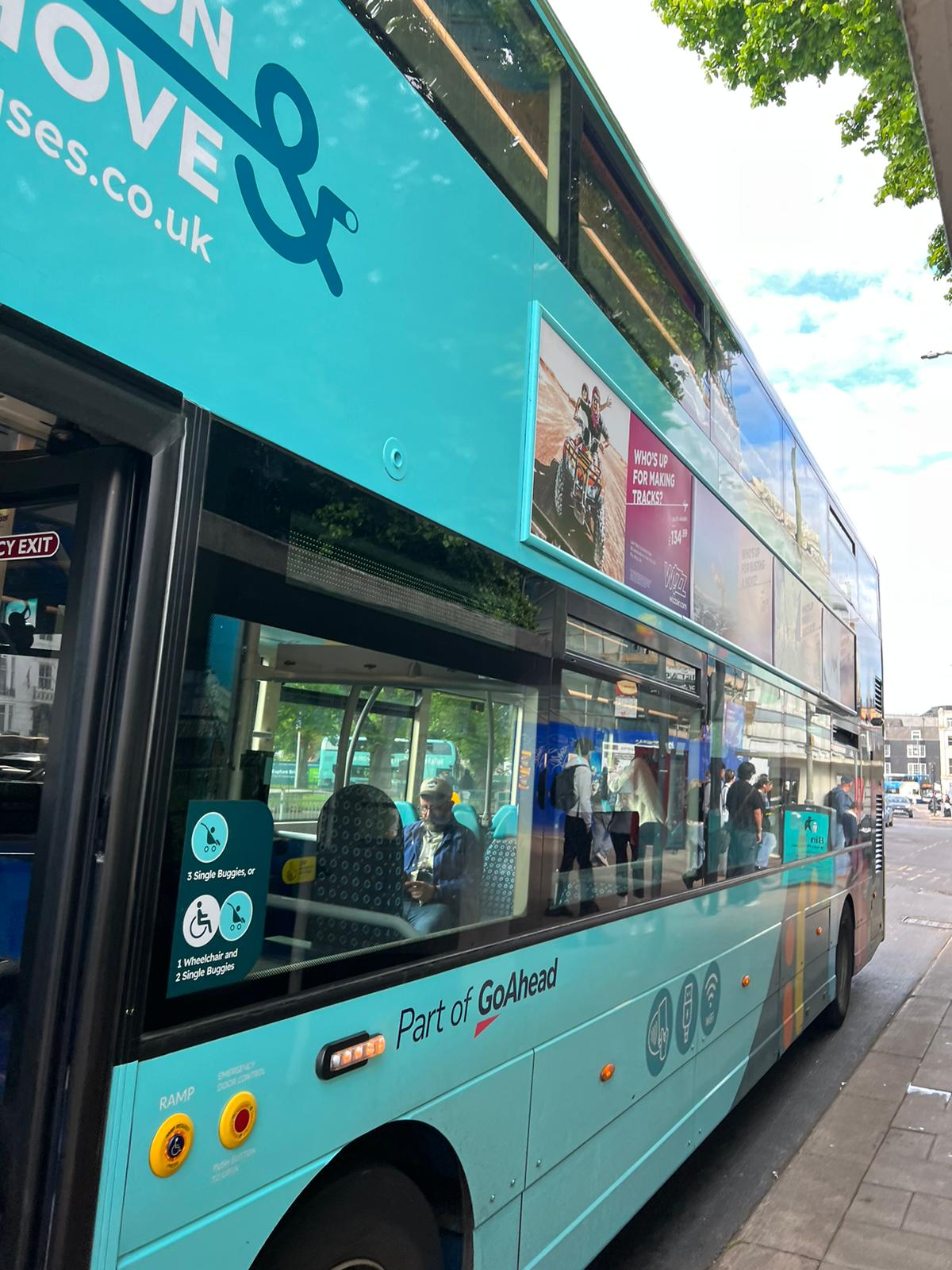
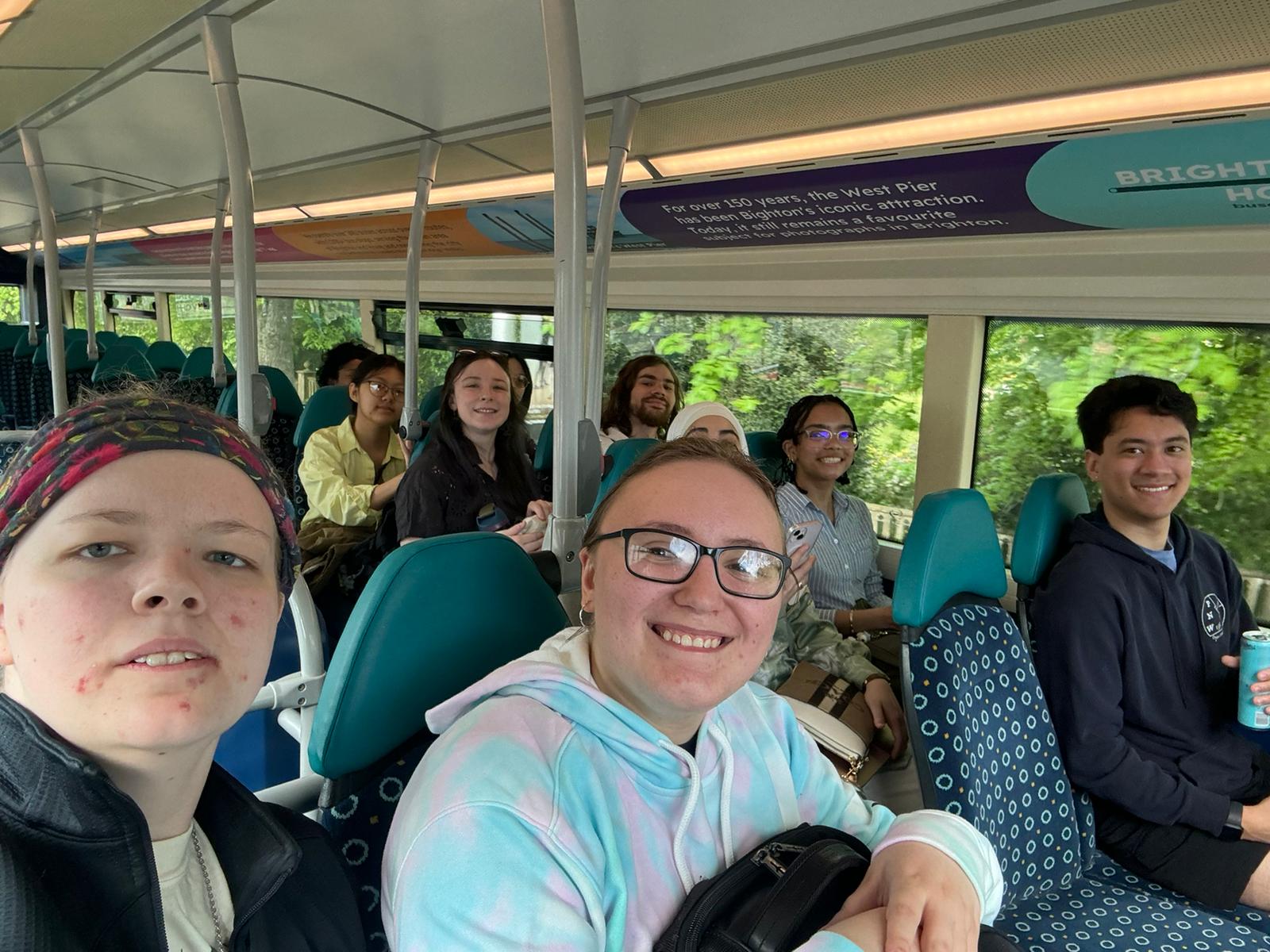
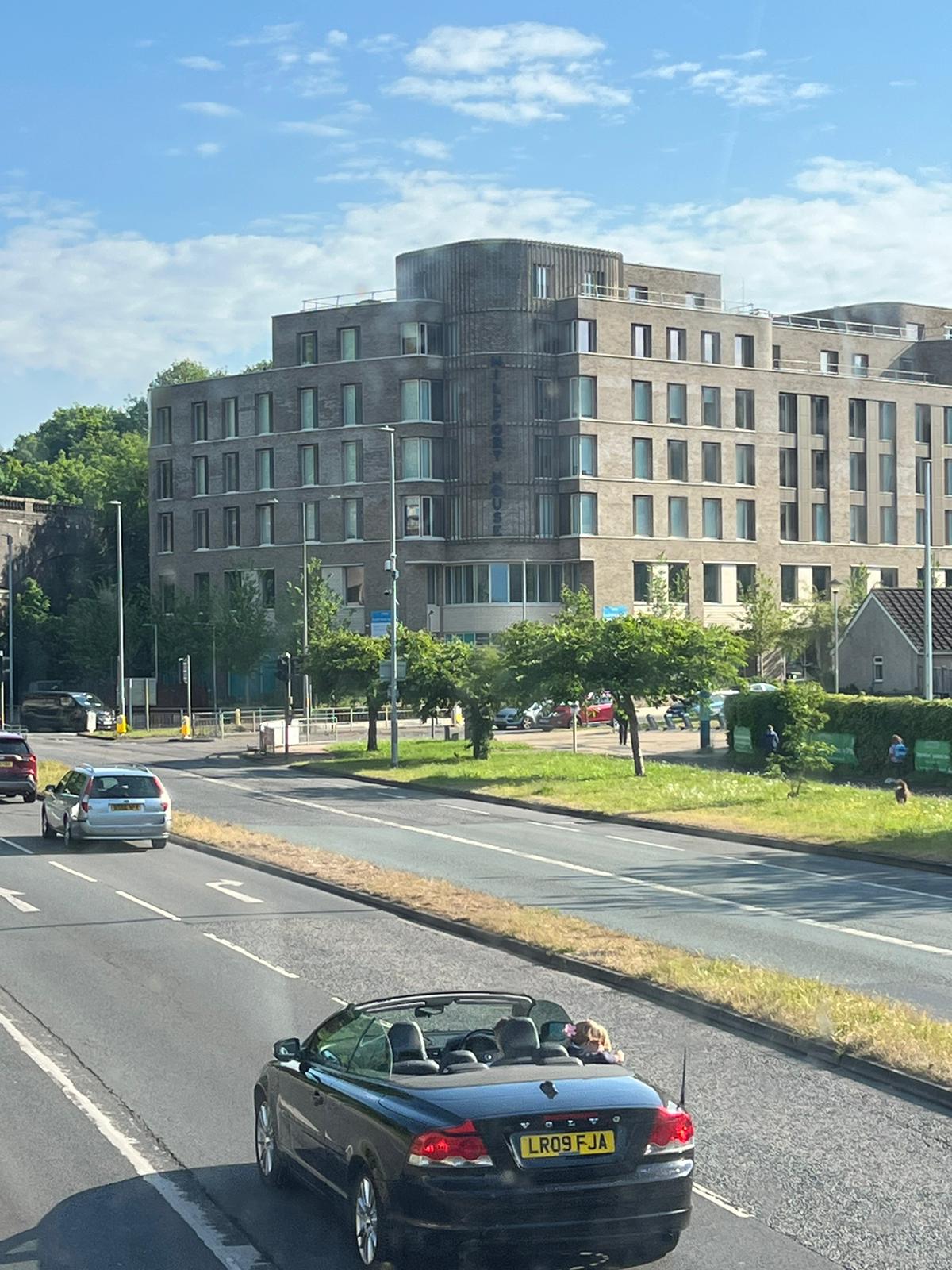
We arrived at the University at 8:50 a.m., and this time I actually knew where we were going—no detours necessary. We made it to the School of Education with time to spare, just enough for the group to take a few photos along the way.


Confidently, I led them to the same room we’d used last year, only to find… a locked door. No one in sight. Not exactly the warm welcome I had envisioned. Then, Wiktoria, with a slightly amused expression, said, “I thought we started at 10:00?” A quick check of the Padlet schedule confirmed it—our session wasn’t until 10:00 a.m. Cue the collective groans as everyone realized they’d sacrificed a precious hour of sleep. That’s when it hit me: I had been looking at last year’s schedule all along. Ooops!
With time to kill, I wandered them over to the student union coffee shop—only to discover it doesn’t open until noon. Not too surprising, really, since it’s attached to one of the four student bars I mentioned in last year’s blog, and let’s be honest, they’re probably not in the business of serving alcohol at 9:00 a.m. to students. So, we roamed a little more and eventually ended up at the Social Impact Coffee Shop that we passed earlier. We settled in there for a while, grateful for the quiet space and a much-needed caffeine fix, and socializing.



From 10:00 a.m. to 4:00 p.m., the group was fully immersed in learning about their placements, expectations for the two weeks ahead, and the structure of the school system in England. (Side note: while England is part of the United Kingdom, the school systems in Scotland, Wales, and Northern Ireland are completely separate—something that often surprises visitors!) They spent time comparing what they learned to their own schooling experiences back in the U.S., as well as what they’ve observed in their UTeach field placements.

They also had a guided campus tour and even squeezed in time to browse the university shop for Sussex memorabilia and go for a drink with the professors before heading back.


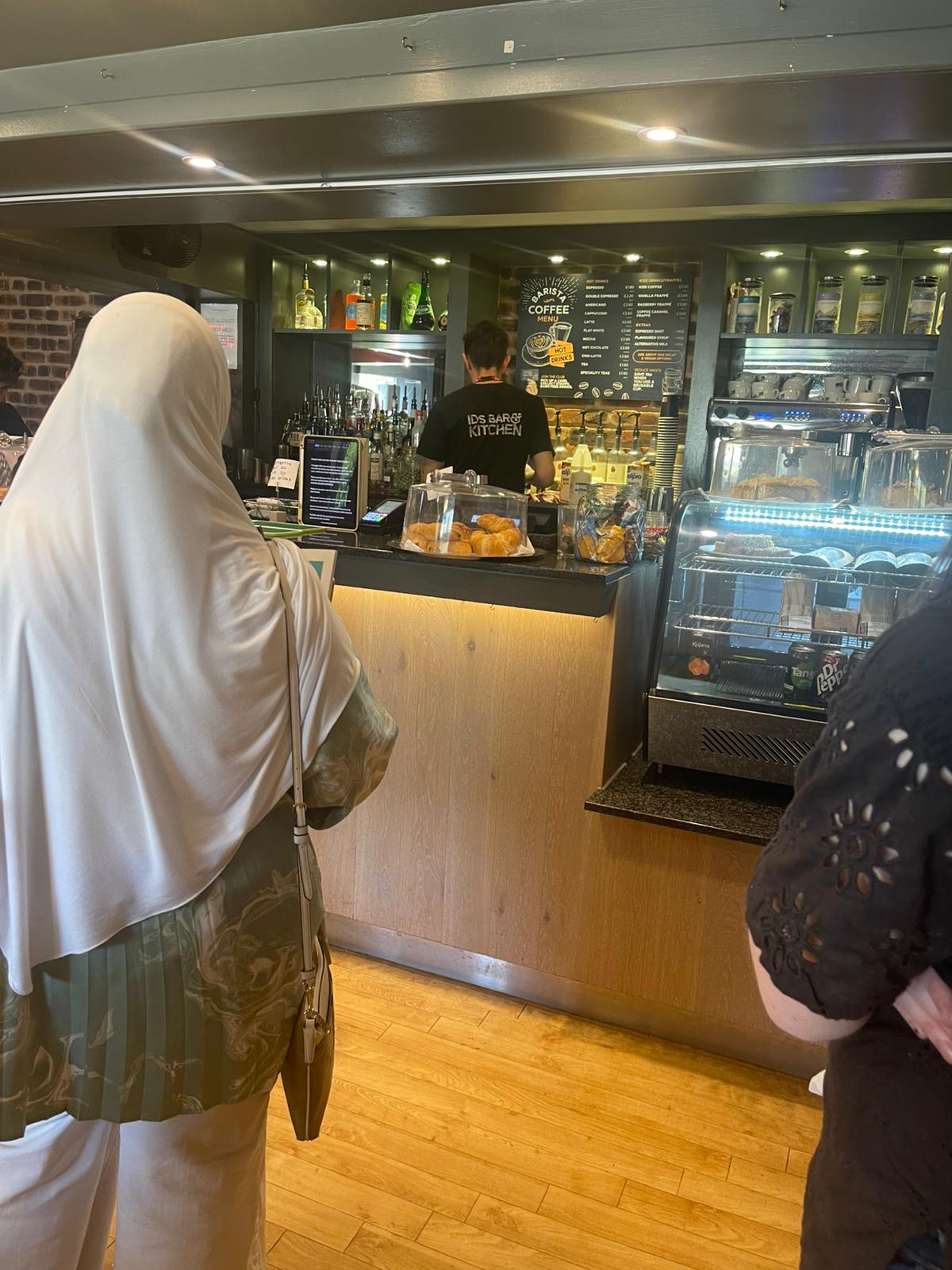


Opting for the train on the way back turned out to be the best decision of the day. A group ticket for the return journey was £25—five pounds cheaper than the bus, and a much smoother ride too. The train ride also added a little variety to their travel experience, view of Brighton from another perspective.
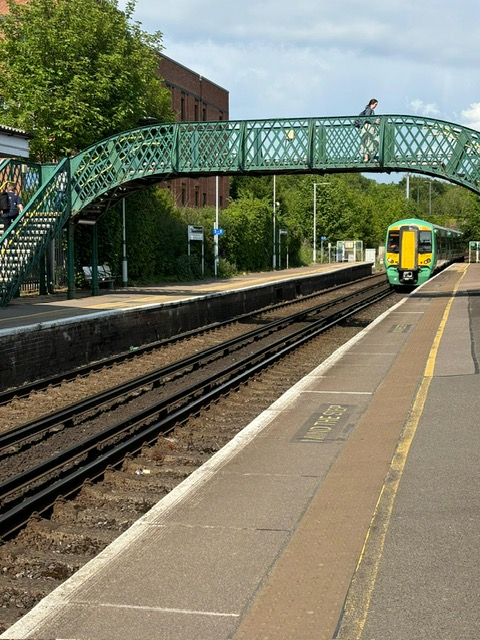
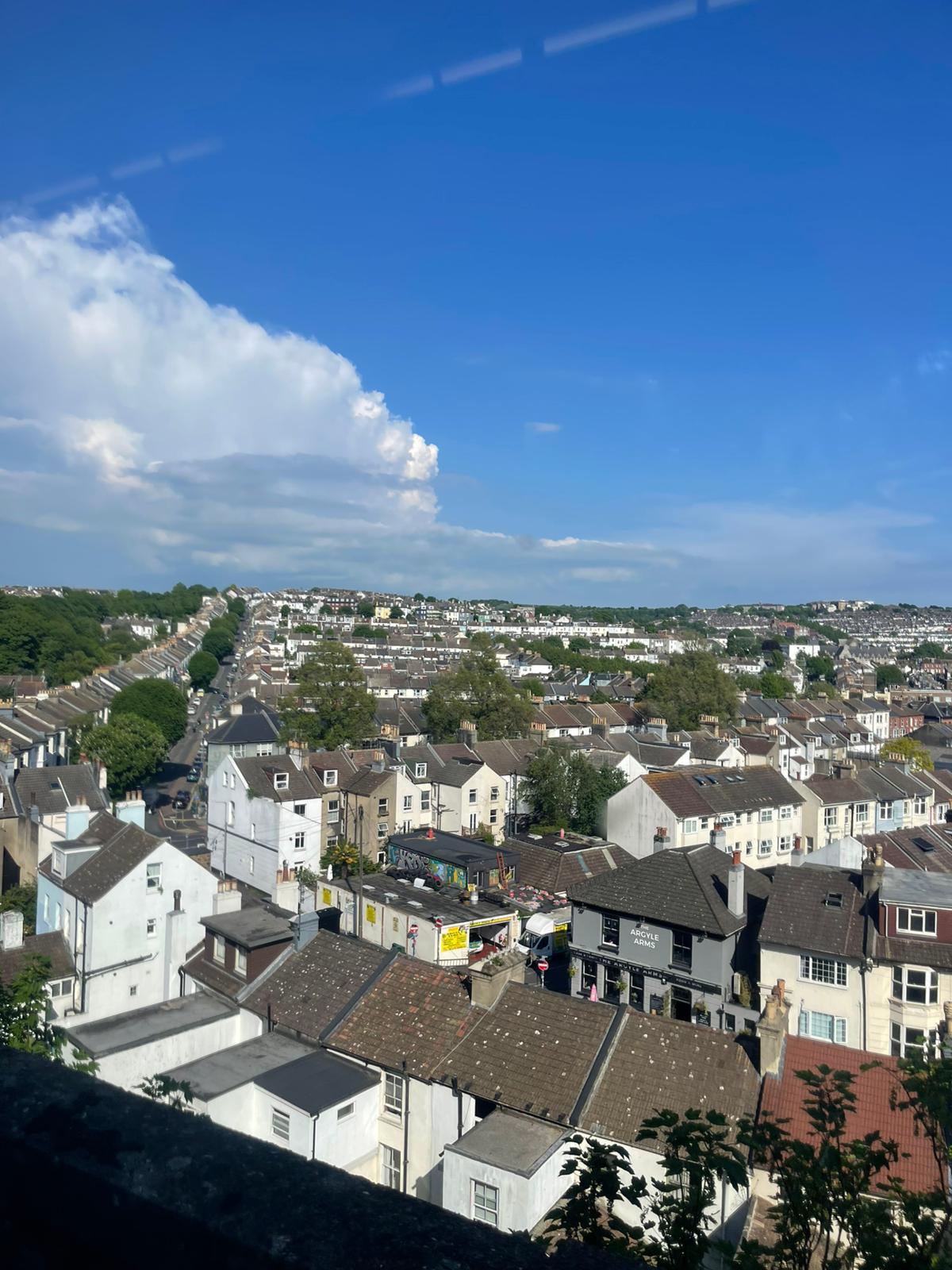

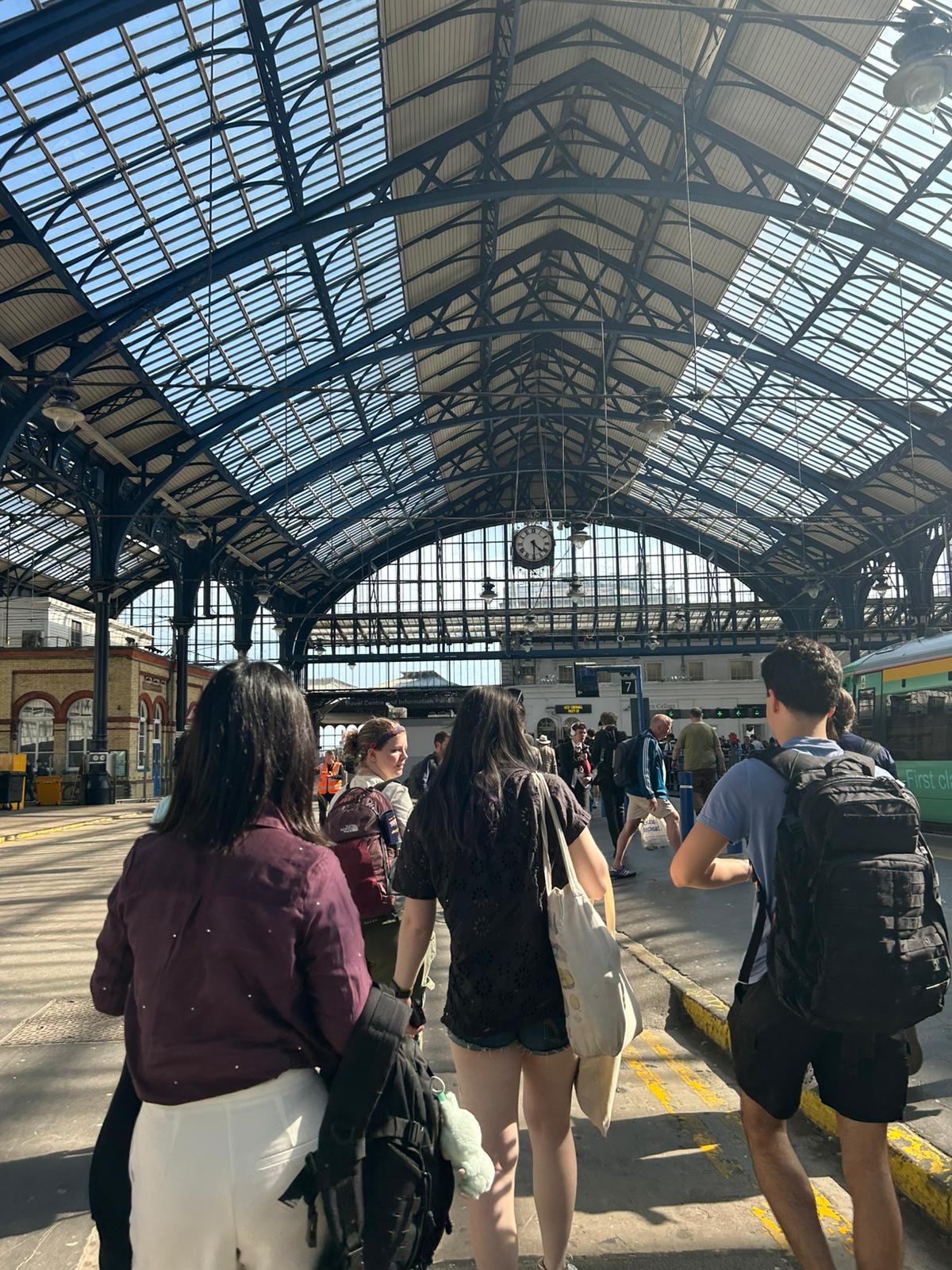
Once back in town, the group was determined to make it to the mall before it closed at 6:30 p.m.—no time to waste! I, on the other hand, headed back to the hotel for a quick reset and let them know that I’d be going for another walk at 7:00 p.m. If anyone was up for joining, I’d meet them in the lobby.

At 7:00 p.m., I made my way down to the lobby—not really expecting anyone to show—but to my surprise, there were Lauren, Dana, and Di, ready and waiting. So off we went, with the goal of reaching Brighton Marina. We didn’t quite make it that far, but the walk itself was absolutely stunning, with plenty of photo opportunities along the way.
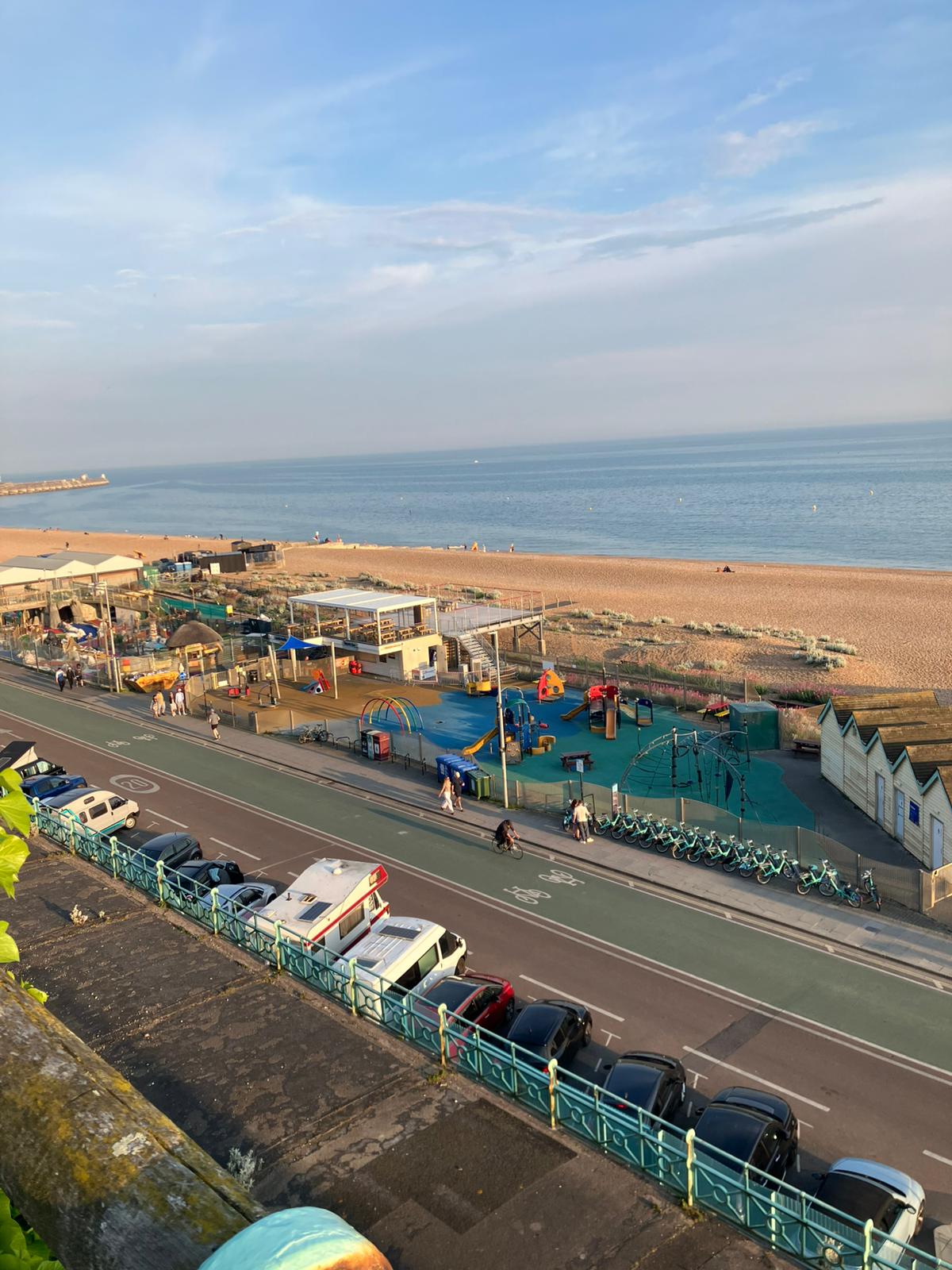




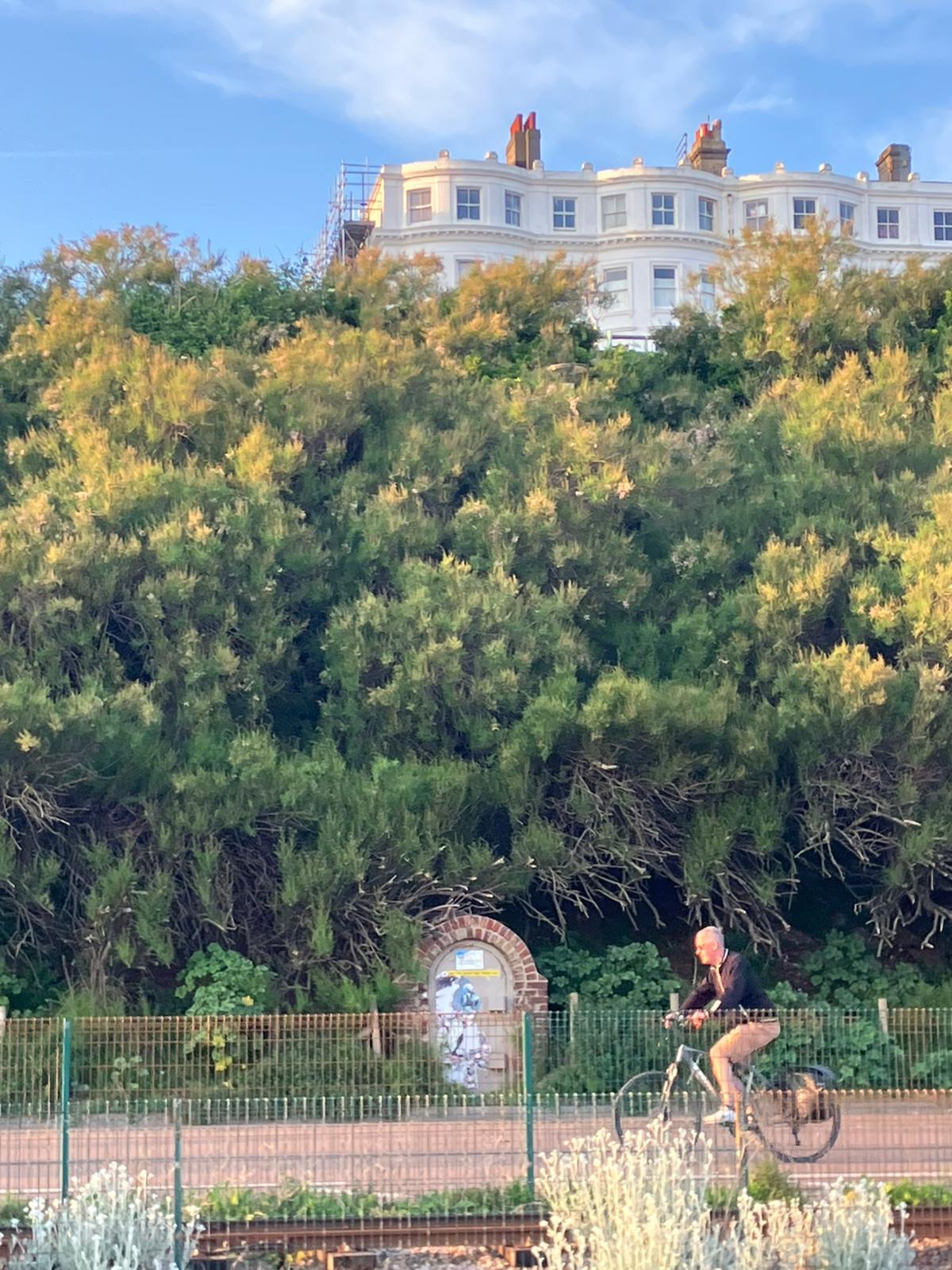
I had previously warned the group about a rather memorable section of the beach I stumbled upon years ago when I first moved into Brighton as a student—the section of the beach with a sign that read, “clothes need not be worn here.” Let’s just say, it was quite the surprise for younger me. Now, the ‘Naturist’ section is clearly marked and slightly more secluded, with tall banks of pebbles forming a natural barrier—though it’s still entirely accessible, should one be so inclined. We were not inclined. So we continued our walk a little further before deciding it was time to turn back.

On the journey back, rather than heading straight up to the road, I decided to take the trio off the beaten path—a winding zig-zag trail framed by interesting vegetation on either side, beginning at the Reading Room, a small, elegant glass pavilion that once offered seaside visitors a quiet space to read, relax, and take in the view. As we climbed a level higher, we came across what looked like the entrance to a large tunnel, its mouth sealed by a tall iron gate. From the outside, it didn’t look particularly promising—more like the way into a dump yard than anything magical.

But just then, a lady sitting casually on the nearby stone wall, book in hand, looked up and asked if we’d like to go in. She explained that this mysterious tunnel was nicknamed the “Rabbit Hole” and led to a private garden inspired by Lewis Carroll’s Alice in Wonderland.
She unlocked the gate, and we followed the tunnel, which had a blue door on the left, and a red door on the right, and we emerged out of the tunnel into a spectacular secret garden.
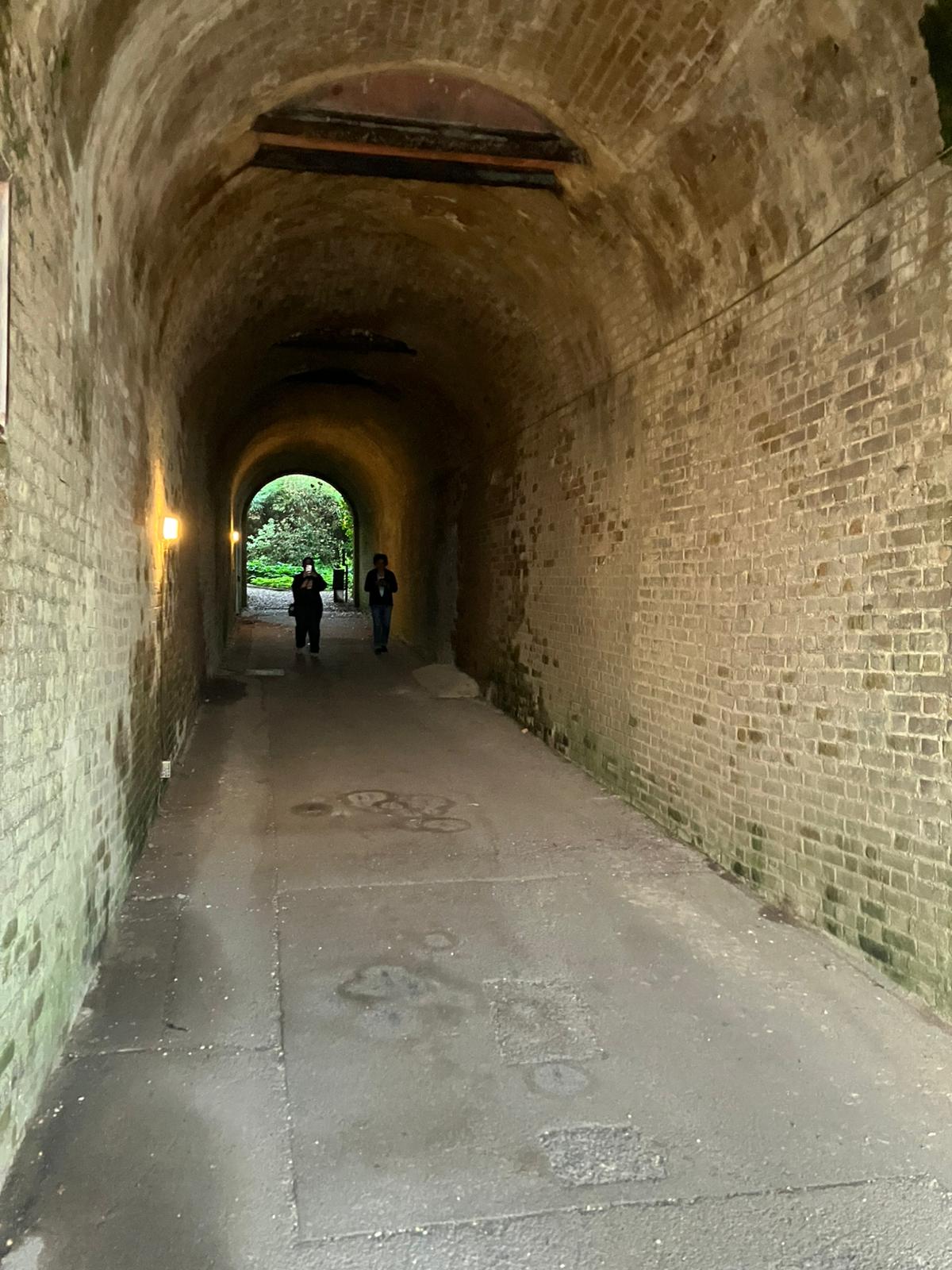
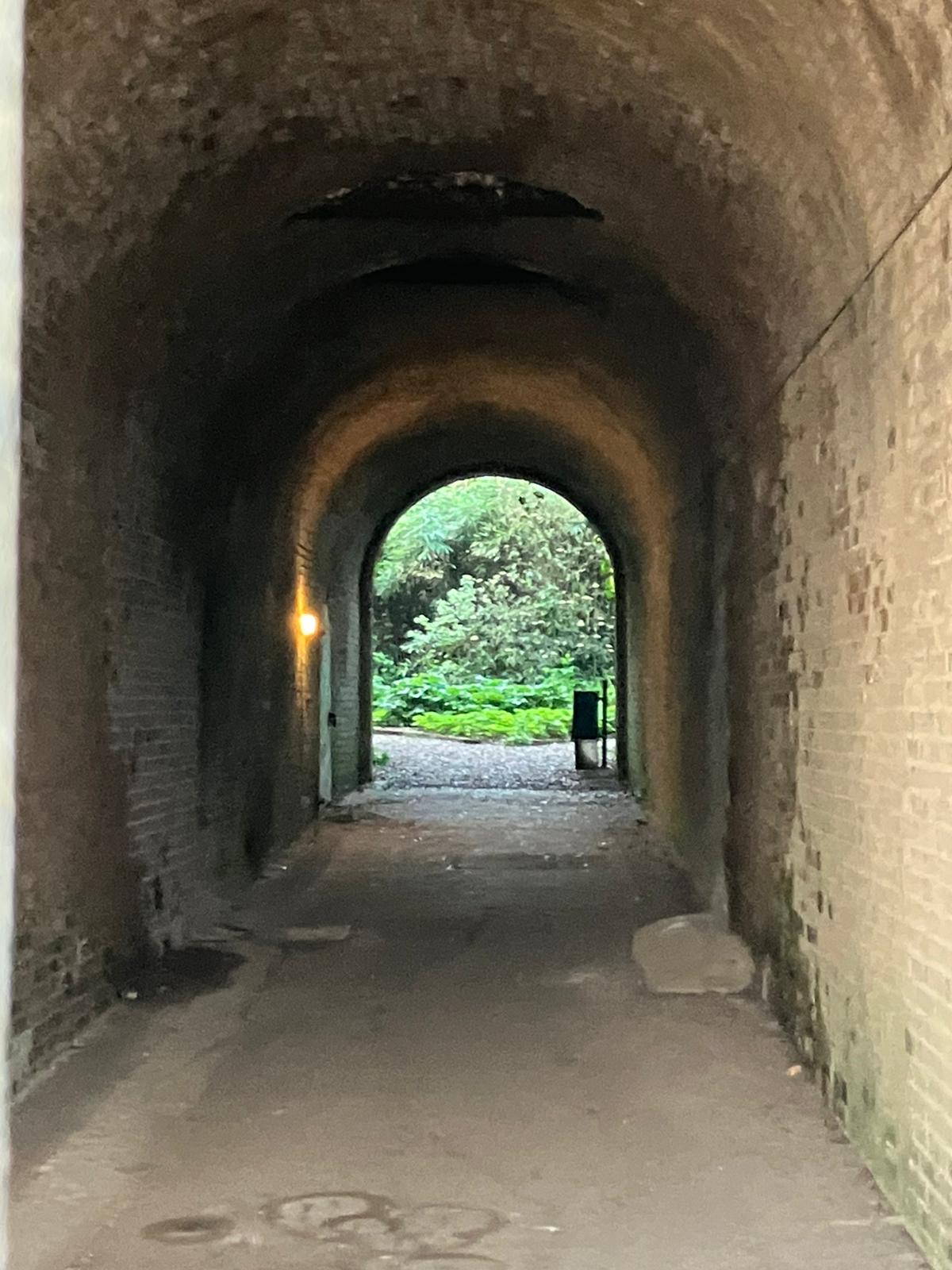
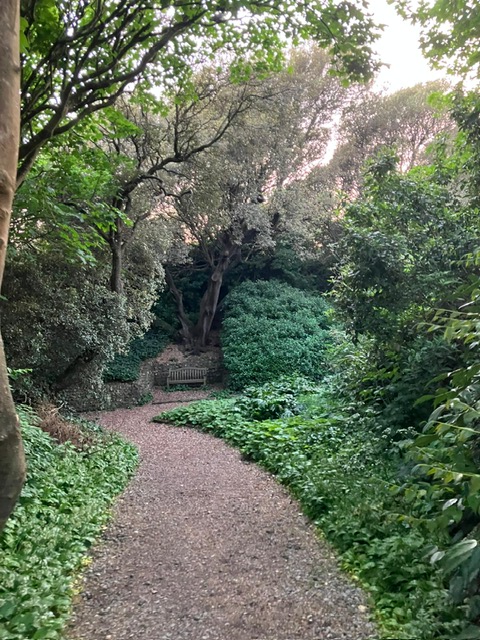
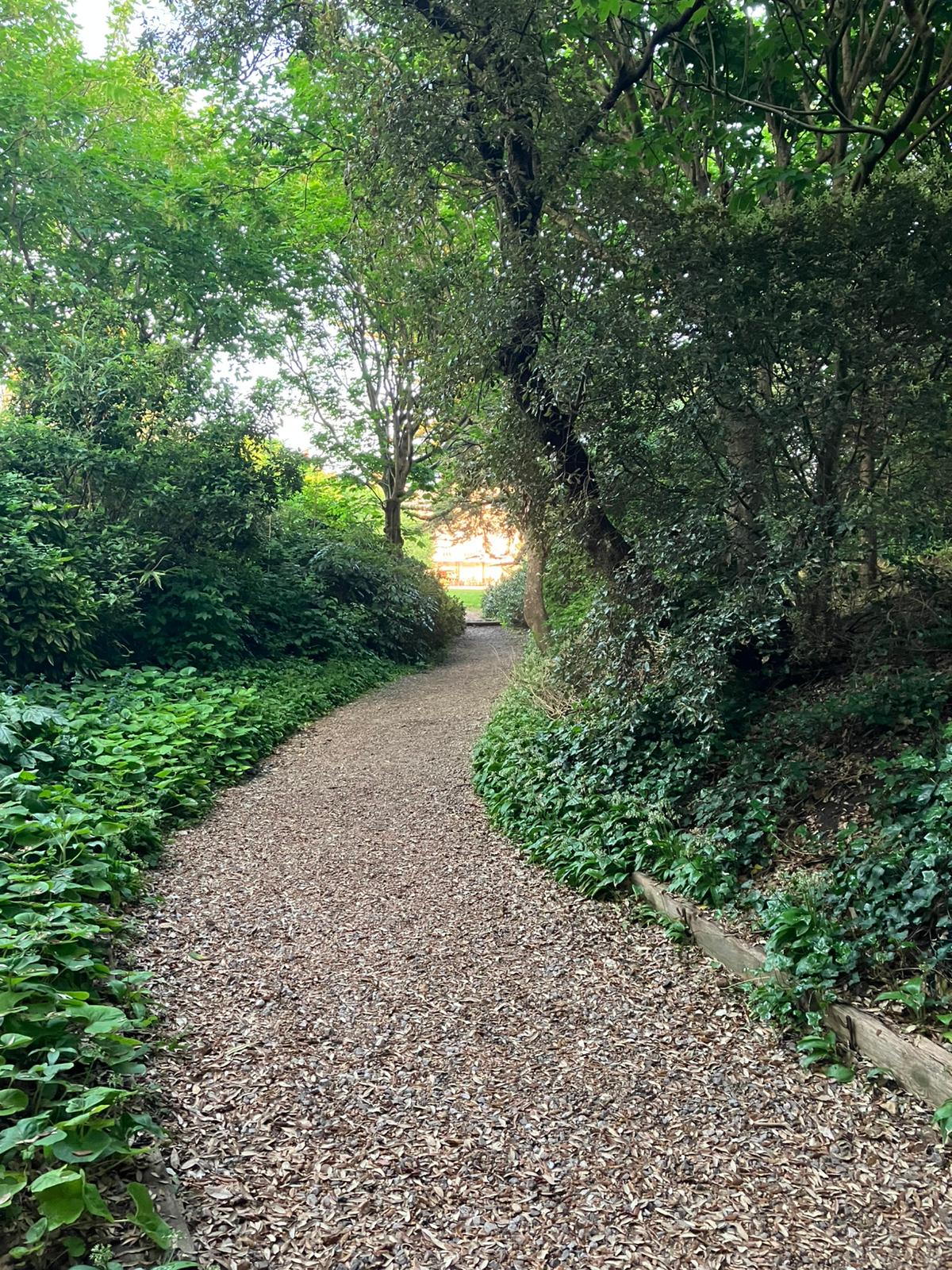
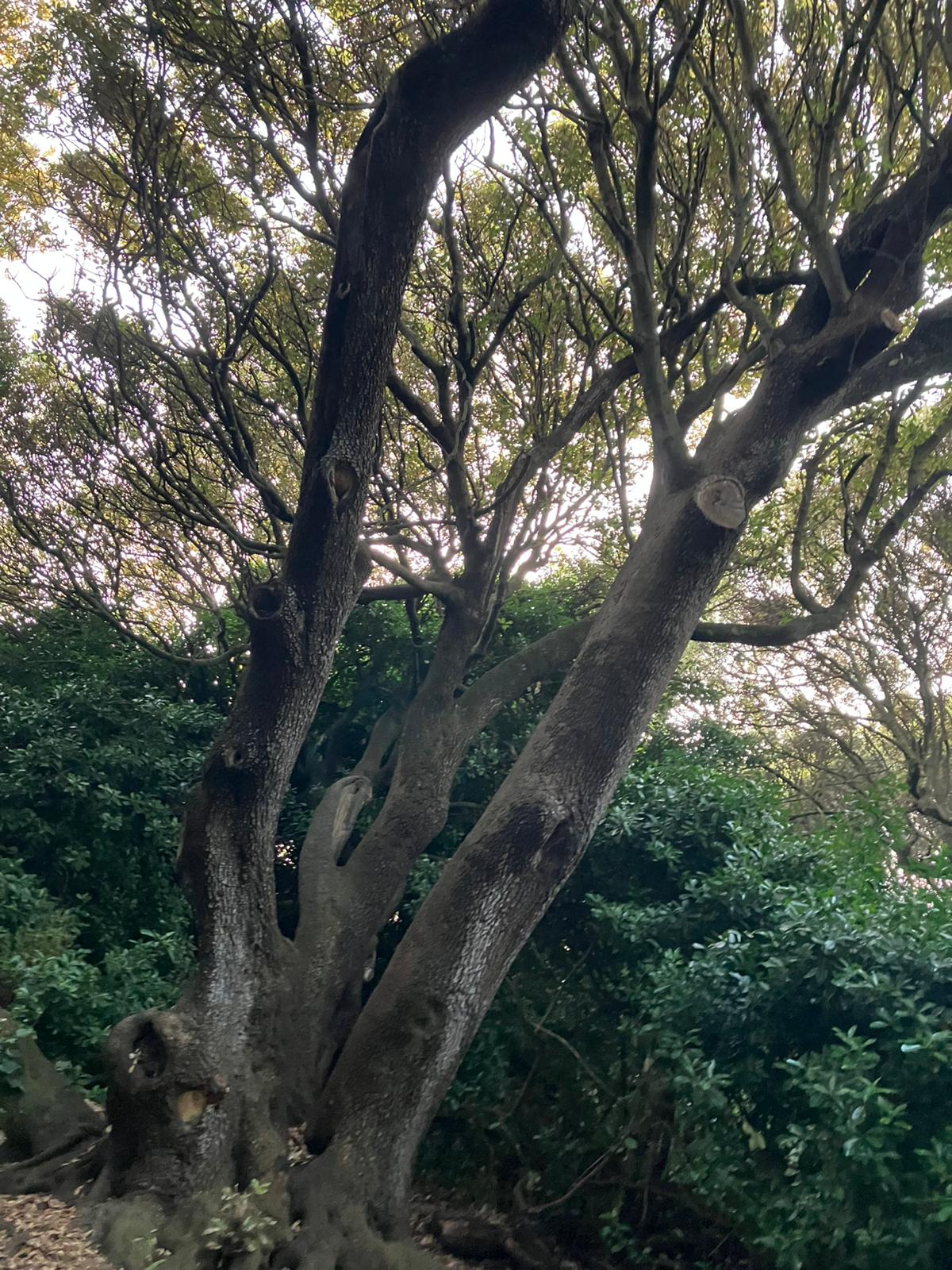

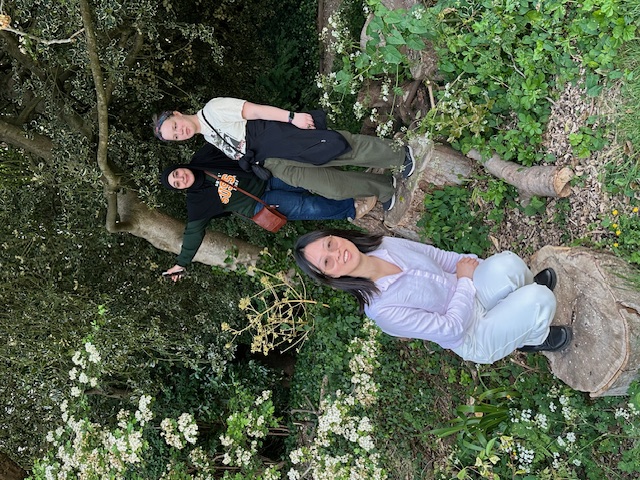



From there, we made our way back to the hotel through Kemp Town, a vibrant and eclectic neighborhood that captures a different side of Brighton’s character. Known for its independent shops, cafés, and vintage flair, Kemp Town also holds a special place in the city’s heart as a center of LGBTQ+ pride and community. Brighton has long been celebrated as one of the UK’s most inclusive and affirming cities, and that spirit is especially visible here. As we walked along James Street, we passed several of the area’s iconic gay pubs such as The Bulldog, one of Brighton’s longest-running gay bars; Affinity Bar, friendly spot known for its live drag-queen performances and laid-back charm; and The Zone Bar, another friendly bar known for karaoke and themed nights. The whole area has a vibrant, welcoming atmosphere that made it easy to see why so many people feel at home in this city. Brighton isn’t just a place to visit—it’s a place where people have found the freedom to truly be themselves.
While we were out walking, the rest of the group had their own evening plans. Emily and Erin opted for a quiet night in and practically stayed tucked away in their room, while Lou, Wiktoria, Keanu, and Mason set off to explore the local pub and club scene.

I can only hope they don’t stay out too late—because tomorrow marks the first of our three school visits, and we are definitely leaving at 8:00 a.m. sharp for a 9:00 a.m. start. I’ve checked the schedule twice this time—no repeat of the classic Day 2 mistakes!
Day 3 – Wednesday May 14
Today marked our very first school visit—Cardinal Newman Catholic School, which last year was the second school we visited as part of this course.
Unlike last year, there were no taxis lined up waiting to whisk us away—we took the bus blending in (somewhat) with the morning crowd, and the school kids.

Riding alongside actual school kids was an experience in itself. I wasn’t quite sure where to get off, but thankfully, a kind Year 10 kid I was seated next to signaled when it was our stop so we wouldn’t miss it. Small gestures of kindness—so appreciated.
Our visit began with a lovely tour of the school, and this year’s highlight was an unexpected gem: we observed a forestry class deep in the woodlands behind the school. We saw kids chopping wood, starting a fire, prepping to boil water for tea and cook noodles—all while learning about forest maintenance and survival skills, and still wearing their school uniforms. Only in England!







We also had the privilege of attending a school assembly, where both kids and teachers gave inspiring talks—an energizing way to begin the day and truly reflective of the school’s welcoming and caring spirit.
The rest of the day was equally well-organized. Our group was split into four, rotating through different year groups: Years 7, 8, 9, 10, and 12 (roughly Grades 6, 7, 8, 9, and 11 in the U.S. system). Years 11 and 13 (Grades 10 and 12) were off on exam leave, only coming in for their national assessments.
The school visit task was designed to be purposeful—each student had a workbook of tasks to guide their experience. They were asked to gather observational data, interact with the kids, and explore how they were learning math and science concepts—data they’ll later discuss back at the university. They were also tasked with identifying the pedagogies teachers were using, and paying attention to how those teachers interacted with kids throughout the lesson.
The interactions our students had with the school kids were quite entertaining—and revealing. Questions like, “Is it true you have to learn the names of all 50 states and their capitals at school?” or “Can you name them?” came up. One even asked, “Do you have a lawn?”—a question that made us all smile. The kids were equally curious about why we were there and what exactly the American students were doing in England.
Everyone got to be in both math and science classes. And yes—just like last year—the group was once again gobsmacked that organic chemistry is taught at the high school level.
My personal takeaway from Cardinal Newman Catholic School this year was its clear and intentional message of equity and inclusivity. All throughout the school, there were posters, signs, and displays that acknowledged and celebrated people’s differences—encouraging tolerance, kindness, and acceptance. I honestly don’t know how I missed these messages last year. Were they always there? Or am I just noticing them now because I’ve been thinking more deeply about those who might be impacted by the ways such messages are fading in parts of the United States? Either way, it left me reflecting on how schools can quietly—but powerfully—shape a culture of compassion.


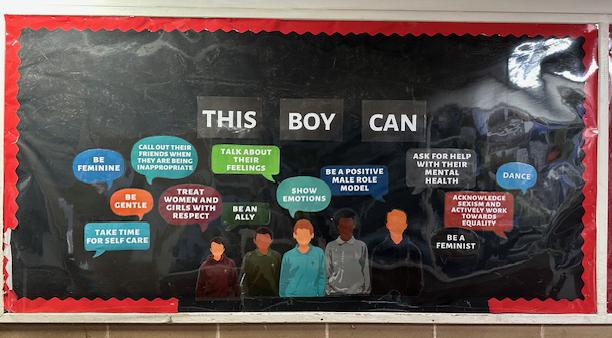
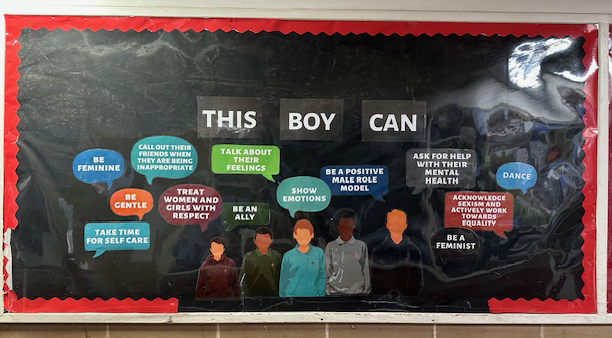
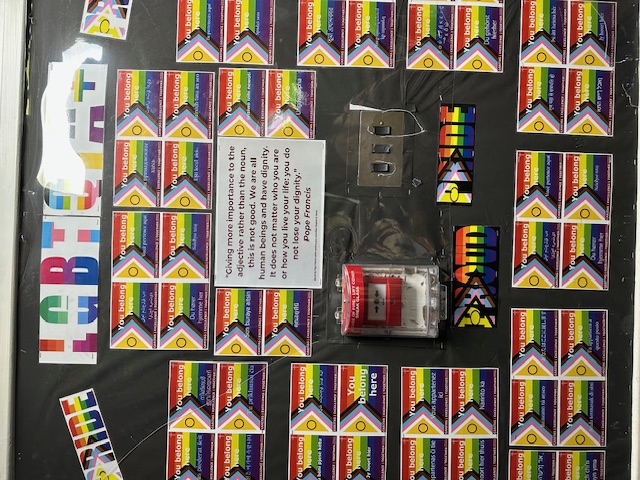

The school experience at the Cardinal Newman Catholic School officially ended for us at 3:15 p.m., even though the school day wrapped up at 15:05. I let the group know we’d be walking back to the hotel—it was a 36-minute walk straight from the school, compared to a 39-minute bus ride plus waiting time and the walk from the bus stop. It just made sense (and besides I needed to get my steps in today having missed the morning walk).

Once we arrived back in the town center, Dana and Emily headed off for a bit of retail therapy, while I took the rest of the group into a classic Brighton Rock shop—always a fun little cultural stop. I left them there to browse and made my way back to the hotel, reminding everyone that tomorrow’s school visit starts earlier, and the bus ride will take 40 minutes, so we’re leaving ahead of today’s schedule. I
As I’m wrapping up this post, photos started coming through on the group chat, giving me a glimpse of what everyone got up to this evening. It looks like Dana, Emily, Erin, Wiktoria, Lauren, and Di spent more time exploring Brighton’s streets and shops, while Mason, Keanu, and Lou found themselves at Honest Burger—and according to Keanu, they had “some of the best burgers” of their lives. Not a bad way to end Day 3!

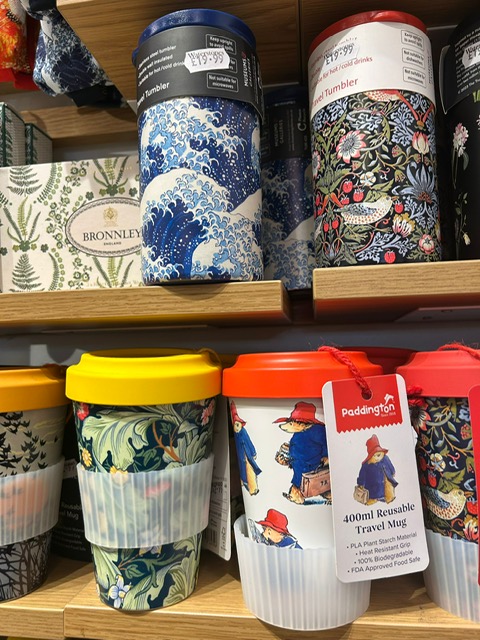

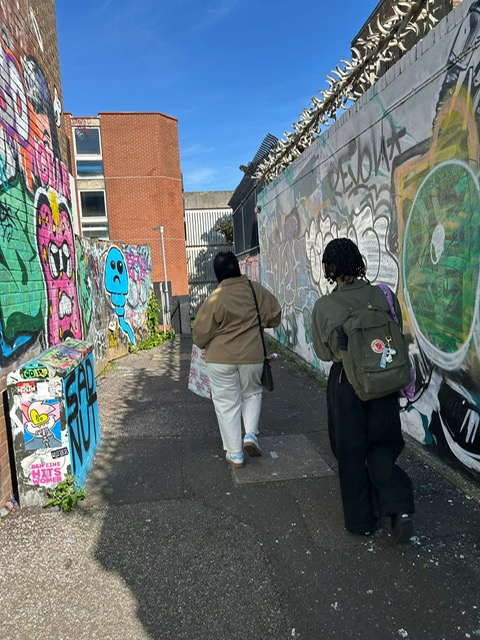
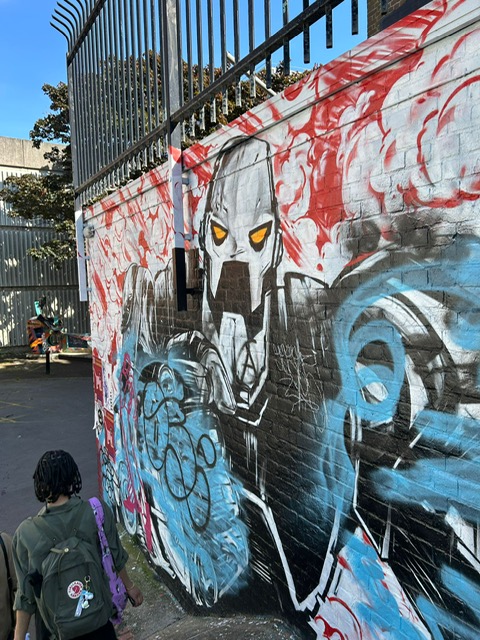
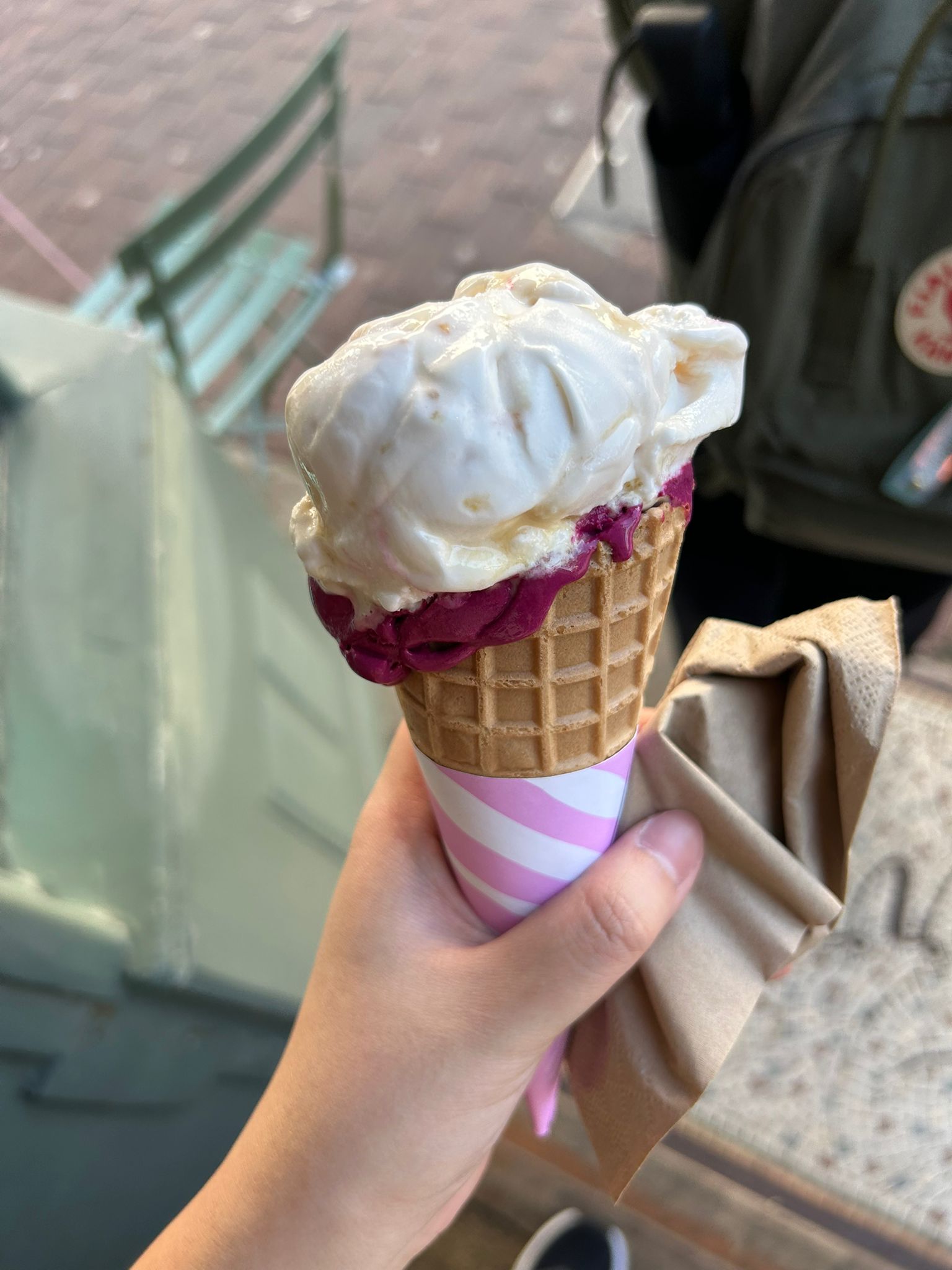

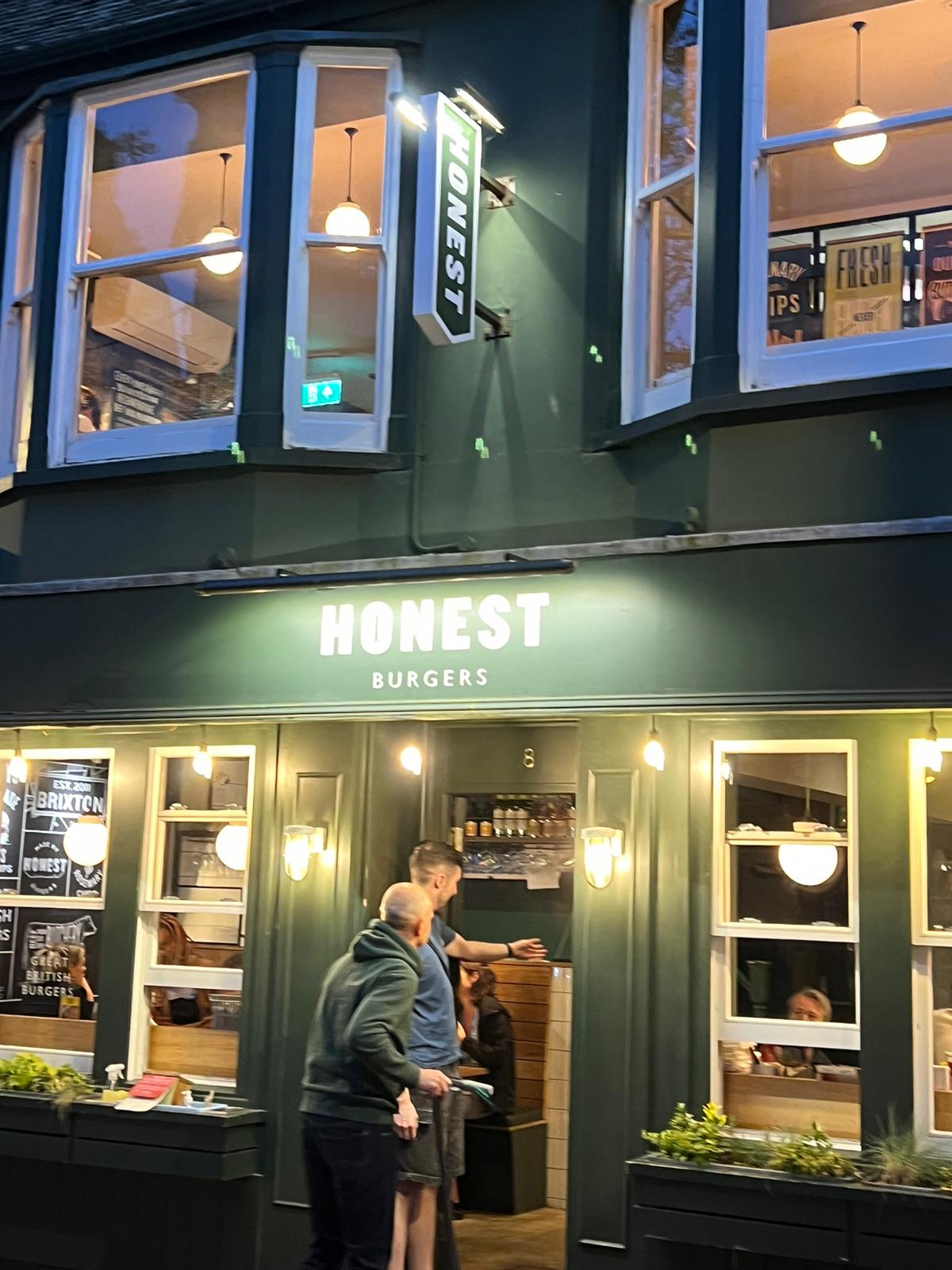

Day 4 – Thursday May 15
Our second school visit took us to Blatchington Mill School—a coeducational secondary school in Hove catering to 11 to 16-year-olds. As with yesterday, we were travelling by bus. We were given clear instructions: catch the 5A or 5B from North Street stop Y, and if we took the 5B, we’d get off at Greyhound Stadium and head in through the Neville Avenue entrance to reception.
The 5B was already waiting as we rounded the corner onto North Road, so we hopped on. It was packed with school kids and morning commuters, which meant we were scattered all over the place—I noticed the group head upstairs as I purchased the tickets, so I followed. The journey was about 40 minutes, and I took the opportunity to answer a few emails. Luckily, Lauren kept an eye out for our stop and called out when we reached Greyhound Stadium. We all scrambled off the bus—well, most of us.
It wasn’t until someone asked, “Where are the rest?” that I realized Mason, Lou, and Erin were still on the bus. We quickly messaged them telling them to get off at the next stop to get to the Neville Avenue entrance and began chasing the bus on foot in the hope of regrouping. Not long after, Erin texted that the three of them had reached reception—but which reception? Turns out, they’d ended up at the other entrance of Blatchington Mill. So, naturally, we made our way there too and found Erin, Mason, and Lou waiting.

We were soon joined by our host, Bonnie Hall, who walked us back across the school to the original reception, where we were officially greeted by Professor Simon Thompson, Head of the School of Education and Social Science at the University of Sussex.

Once we were all settled, Bonnie Hall welcomed us with refreshments and had arranged a thoughtful 40-minute program of presentations. We began with an overview of Blatchington Mill itself, followed by a presentation from the Head of Science, who shared insights into how the science department had navigated post-COVID challenges. It was encouraging to hear how they’ve managed to raise student achievement in recent years. Next, a pair of math teachers presented on strategies and successes in their subject, highlighting collaborative learning and targeted interventions that had helped students bounce back academically after the disruptions of the pandemic.
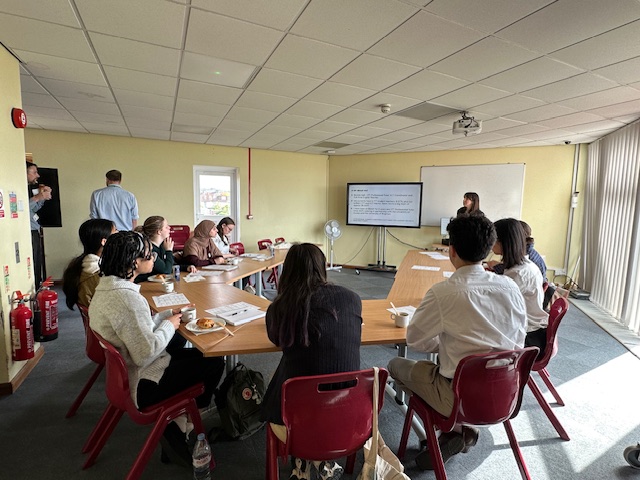

Following the presentations, we were given a tour of the school, led by student teachers who are currently completing their Apprentice Teaching placements (known as PGCE – Post Graduate Certification of Education) at Blatchington Mill.




We split into three smaller groups, each heading off in different directions. I went with Emily and Keanu, and while I wasn’t able to take many photos—since the school was full of students going about their day—I did manage to snap a picture of the canteen.



Emily’s reaction to the food options was priceless. She was genuinely surprised by the variety, noting that it was more like what you’d expect at university, not a secondary school. And then we learned that students paid for their meals using their thumbprint! That little detail alone sparked so many comparisons to the cafeteria experiences back home.
Our tour took us through several parts of the school, including the Design and Technology classrooms, some lively Science labs, and the temporary Food Technology area. We learned that last year, in January, the Food Technology department suffered significant damage due to an arson incident. As a result, they’ve had to relocate to two temporary classrooms housed in a hut on school grounds. Despite the circumstances, the resourcefulness and adaptability of the staff and students were clear.

After the tours were wrapped up, we all reconvened in the teacher training room with Bonnie for some light refreshments. It was a great chance to reflect on what we’d seen and share first impressions before splitting off again to observe lessons in action.
From 11:00 a.m. to 1:20 p.m., everyone had the chance to observe—and in some cases, actively participate in—two full lessons. Mason and Di were placed with Year 9 for math during Period 3 and moved on to a Year 10 math class for Period 4. Keanu, Emily, Erin, and Lou spent their morning in science—first with a lively Year 7 class, followed by Year 10. Dan and Wiktoria had hands-on experience starting in a Year 10 Design and Technology class, then switching to math for the fourth period.
A real highlight was that Lauren, our only computer science major, was placed in a Year 7 computing lesson where she not only observed but helped students with their programming assignments. It was lovely to hear her relate her experience.
At 1:20 p.m., we all regrouped for a proper lunch and had the opportunity to chat with some of the teachers. It was a relaxed, welcoming environment, and a chance for the students to ask questions and learn more about the day-to-day life of English educators.

After lunch, there was time for one more short observation—a science or math lesson. I joined Keanu, Emily, Erin, and Lou to observe a Year 8 science class focused on respiration and breathing. The teacher had prepared a memorable demo using actual sheep lungs and a pump to simulate breathing. It was both fascinating and a bit surreal to watch, especially for those who hadn’t seen anything quite like it before.
But the real highlight of the day came right after—a student focus group meeting where they had the chance to sit down and talk with Blatchington Mill kids. The conversations were wide-ranging and full of laughter. From swapping British and American slang, to getting tips on where to hang out in Brighton (through the eyes of a 15-year-old), to discussing the similarities and differences between schools here and back home—there was never a dull moment.
One thing that stood out was how many of the students’ ideas about life in America came straight from TV shows—which, as I confessed, is exactly how I first learned about the US too. It was a fun and insightful exchange that left everyone smiling and a little more connected.
As we wrapped up our visit to Blatchington Mill School, I asked how the school got its name, and we were told it was from the West Blatchington Windmill, which is just a five-minute walk up the road east of the school gates—in fact, you can see it as soon as you step outside. As we were here anyway, we decided to take the short walk to the windmill. Built in the 1820s, this listed smock mill is unique for its hexagonal design, a rarity since most smock mills are octagonal. It served as a corn mill until 1897, when two of its sails were damaged and it ceased operation. In 1937, the mill was acquired by Hove Corporation and has since been preserved as a historical landmark. Today, it stands as a testament to the area’s rich heritage and offers visitors a charming glimpse into the past.


At the end of the school visit, I told the students I’d walk them to the bus stop and make sure they got on the right one back to the hotel. I planned to walk the rest of the way myself—only about three miles from where we were, which I figured would take about an hour. Lauren immediately said she’d walk too, and while I didn’t expect anyone else to join, Emily, Mason, and even Dana decided they’d walk with me. So we left the other five waiting for the bus and set off on foot, with Lauren confidently taking charge of the route.

For the evening, I gave everyone the freedom to do what they liked. Emily planned a good nap—at least until evening rolled around. The others had scattered plans: some were heading to dinner, others mentioned pubs or clubs, or just crashing early. I introduced Mason to his first-ever sausage roll and a proper Cornish cheese and onion pasty, which made him very happy. Lauren was off to see a show. As for me, I think it won’t be long before I’m fast asleep. Tomorrow, we’re off to Arundel!
Day 5 – Friday May 16
Day 5 marked our first official excursion of the trip—Arundel! I’d purchased our train tickets the night before and sent out the details to the group chat: we’d be catching the 10:13 a.m. train from Brighton Station. It’s only a 17-minute walk from the hotel, so I told everyone we’d leave by 9:45 a.m. to give ourselves plenty of time. Most of the group was on time and ready to go, and I sent them off ahead while I waited back a bit with Dana. Everything seemed to be going smoothly… until just before boarding, when Keanu and Lou suddenly vanished. Despite our frantic texts urging them to hurry, there was no sign of them as the rest of us got on the train. Just as the doors were closing, they appeared—only to watch the train pull away without them. And so, eight of us set off to Arundel, leaving Keanu and Lou behind on the platform.
After a flurry of text messages and some quick thinking, we found out that Keanu and Lou had managed to hop onto a later train. We arranged to meet them at Arundel station, which sounded easy enough—until we realized we had about 40 minutes to kill. So, we waited. And waited. Just hanging out at the station, hoping the weather stayed kind.



Reunited at last, we set off toward Arundel Castle, with plenty of photo ops along the way as the castle slowly came into view. The walk itself was charming—cobblestone paths, quaint houses, and glimpses of the River Arun winding alongside us.





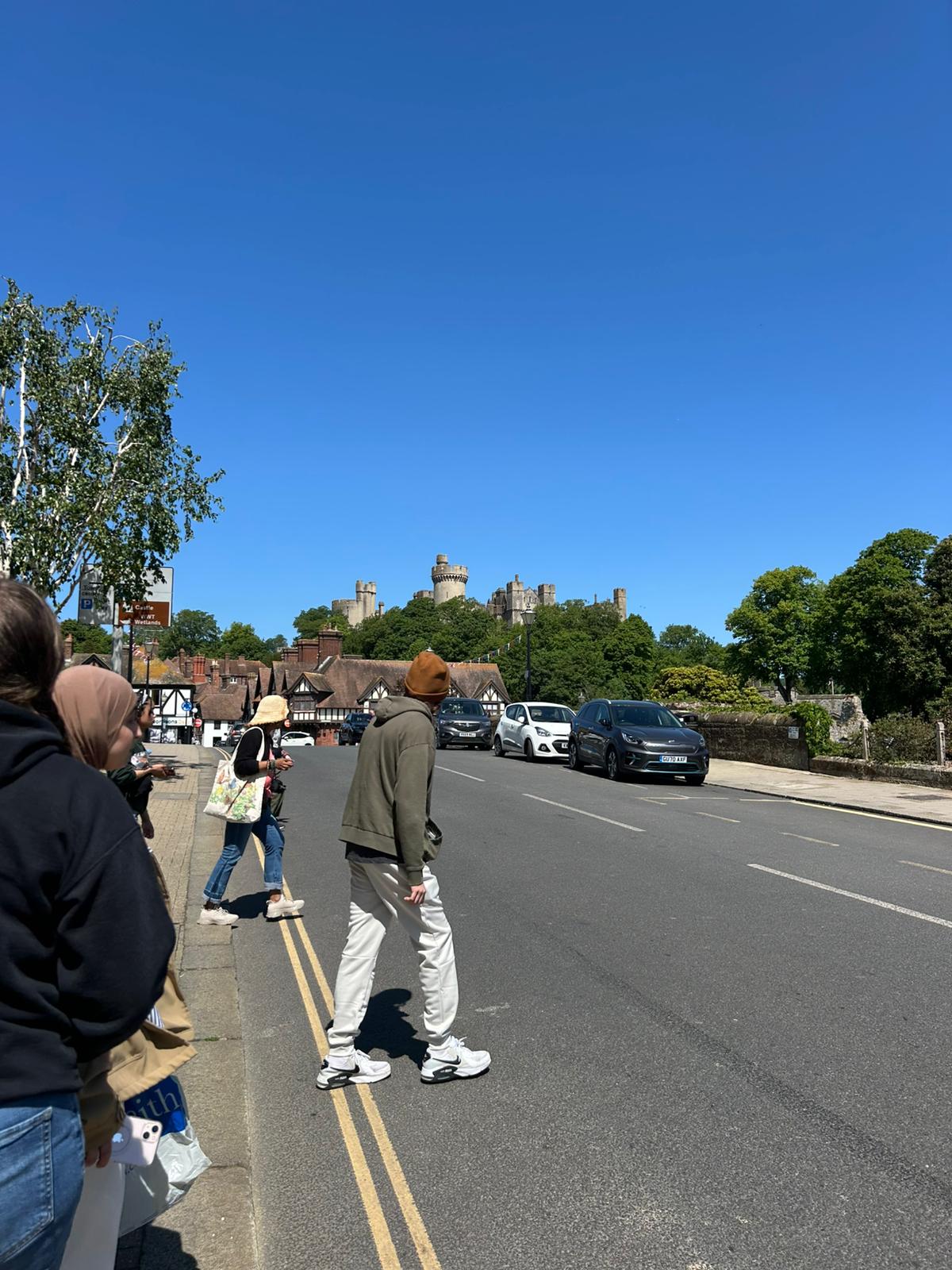
As we got closer, there was a wave of recognition when we passed the red telephone box—the same one that made it into every UMass Lowell cover story about last year’s study abroad trip. Naturally, we couldn’t resist attempting a recreation. It may not have been a perfect match, but it was close enough to capture the spirit—and the nostalgia—of the moment.

Unlike last year, when I let everyone pair off and explore at their own pace, this time we were asked at the entrance to stay together as a group. No complaints though—Arundel Castle had everyone captivated from the start. For many in the group, it was their very first time stepping inside a real castle, and not just any castle—this one is as grand and majestic as they come. From the sweeping staircases to the ornate rooms, every corner sparked curiosity. Unsurprisingly, the cameras came out almost instantly—lots of photos, lots of awe, and lots of “wow, this is actually real” moments. Dana had loads of questions and spent time talking to the volunteer guides, who were so happy to answer questions.






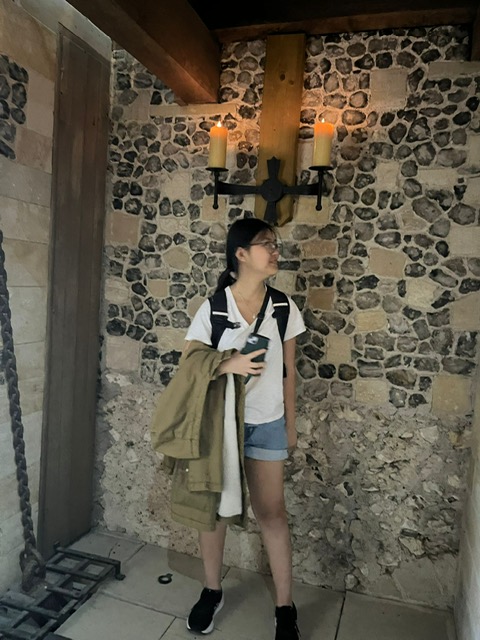


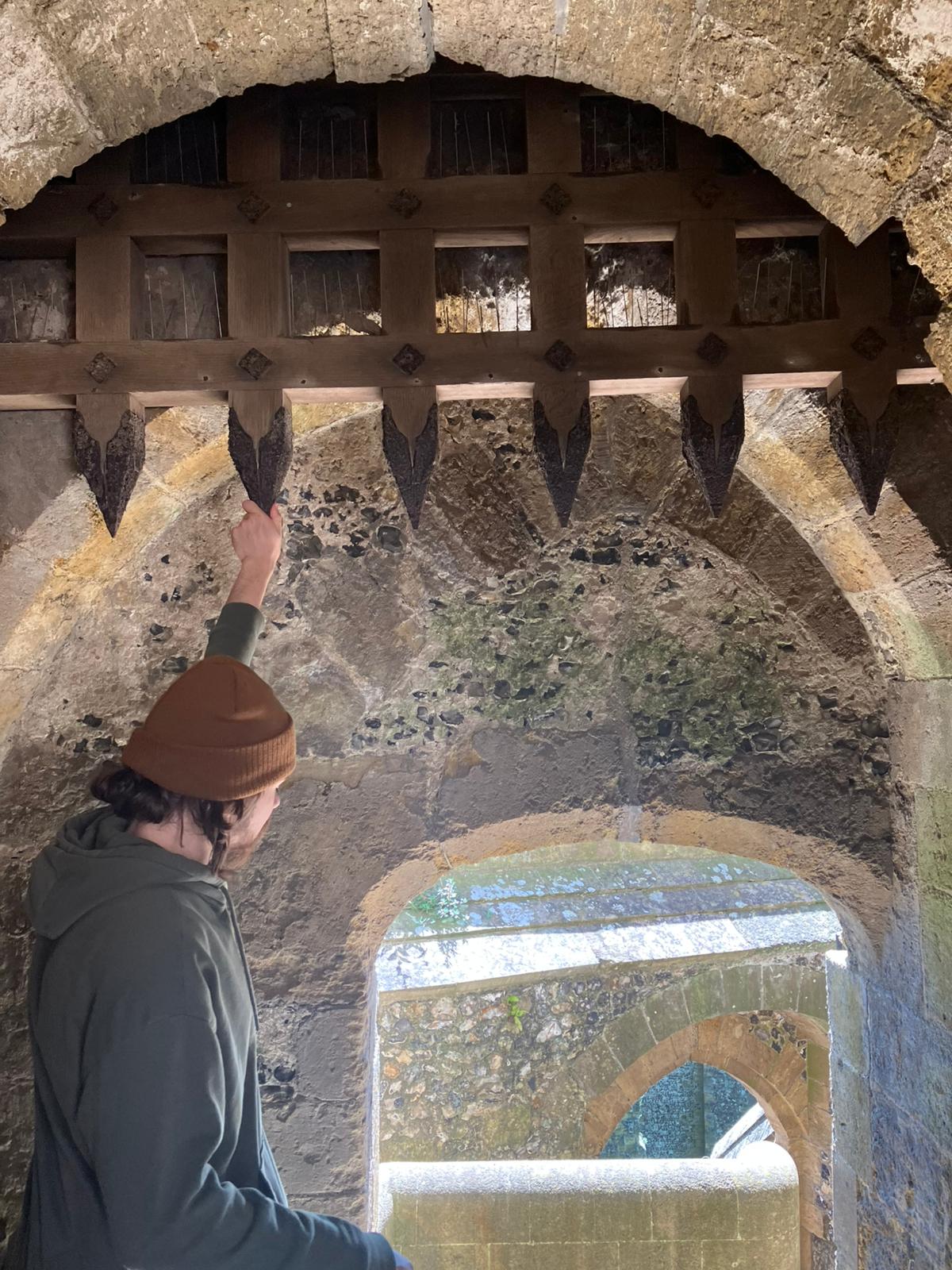
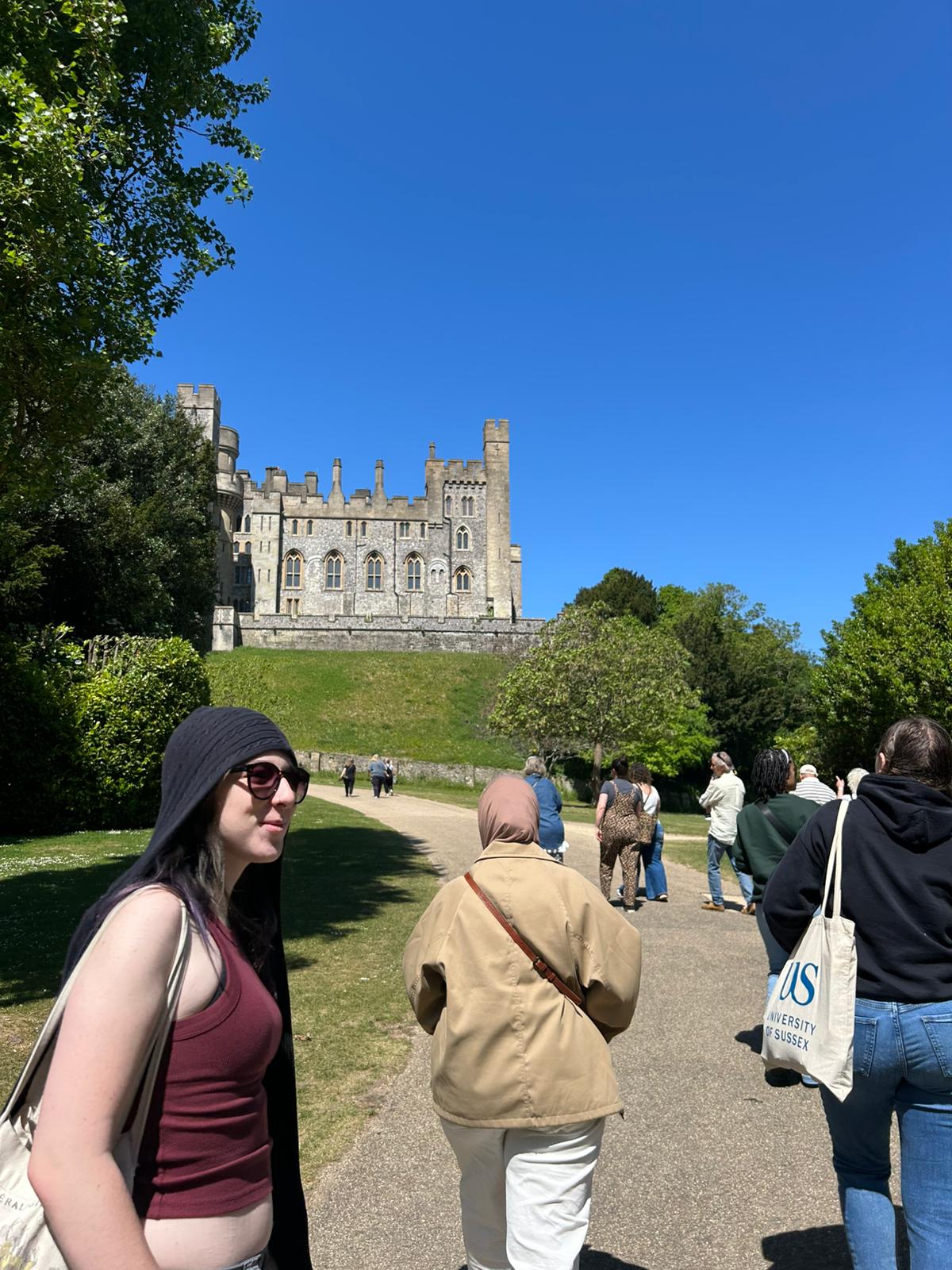
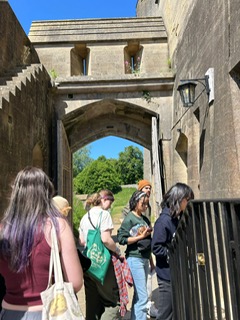


One of the unexpected highlights inside the castle were the dress-up chests scattered throughout the rooms. Filled with medieval-style cloaks, hats, and tunics, they were an open invitation—they didn’t need to be told twice. At every opportunity, someone was slipping into character, posing like royalty or pretending to be a knight defending the realm. It added a playful layer to the visit, and the photos from those moments might just be some of the best from the day.




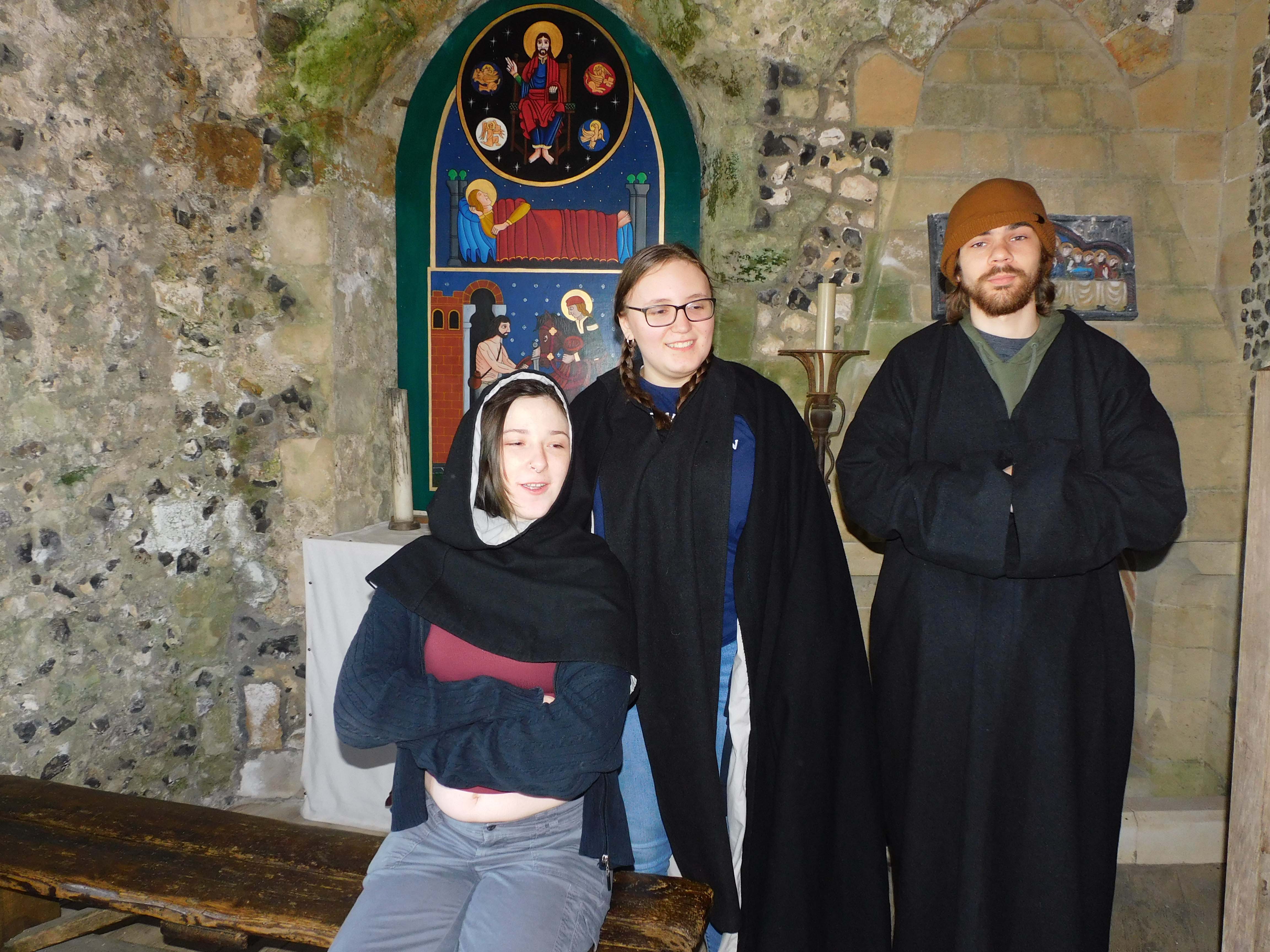

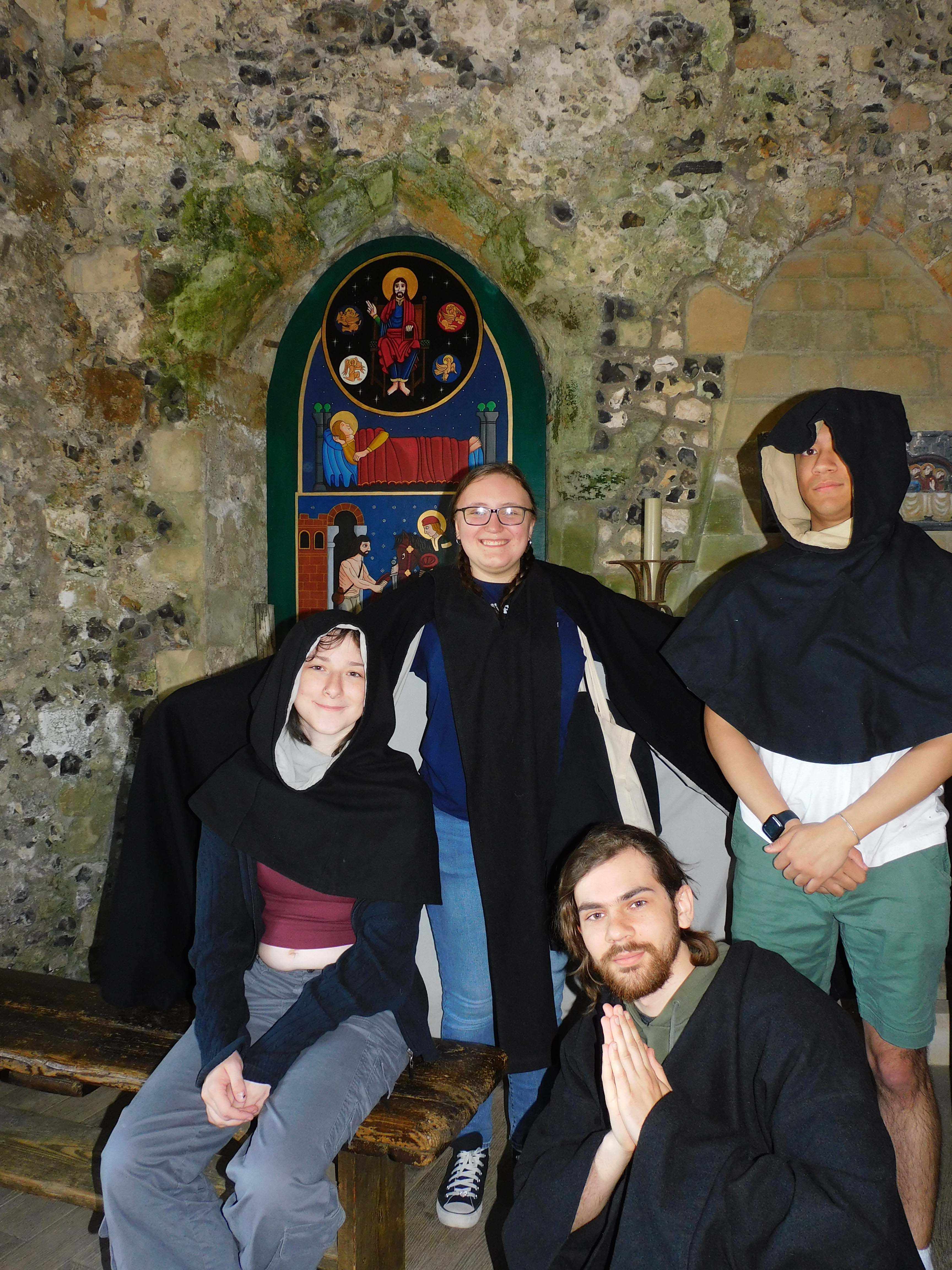

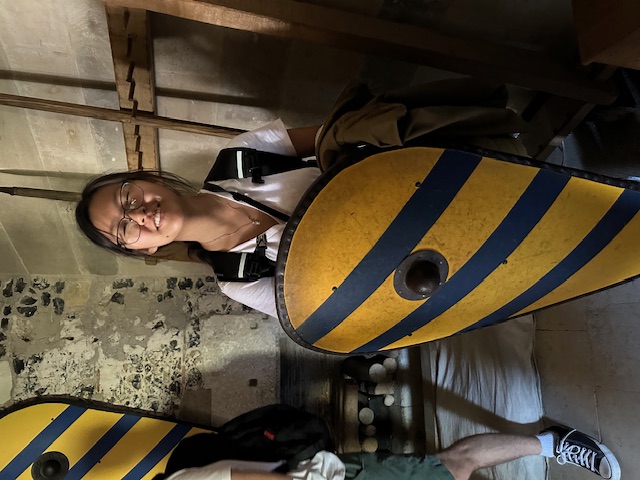




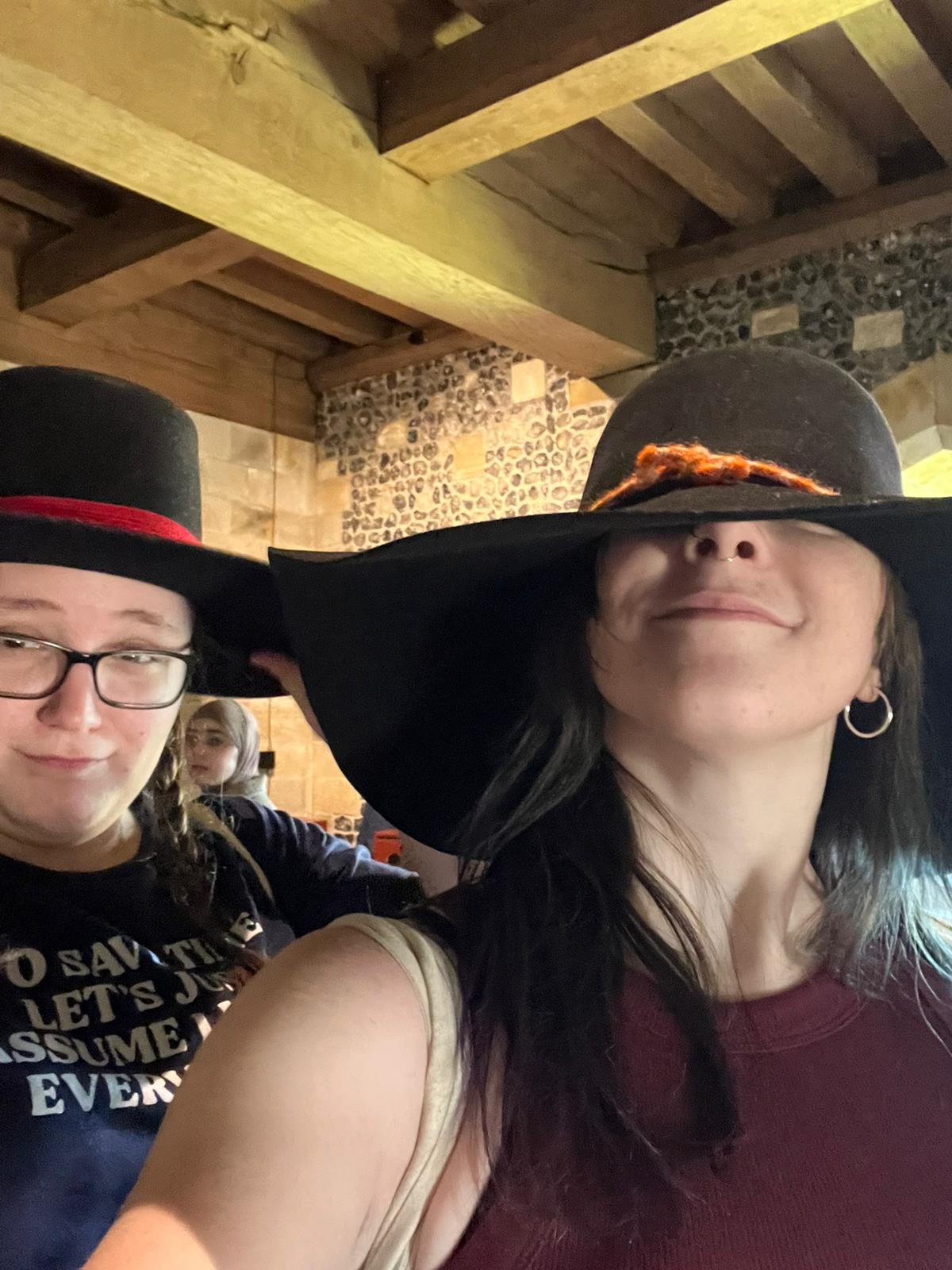
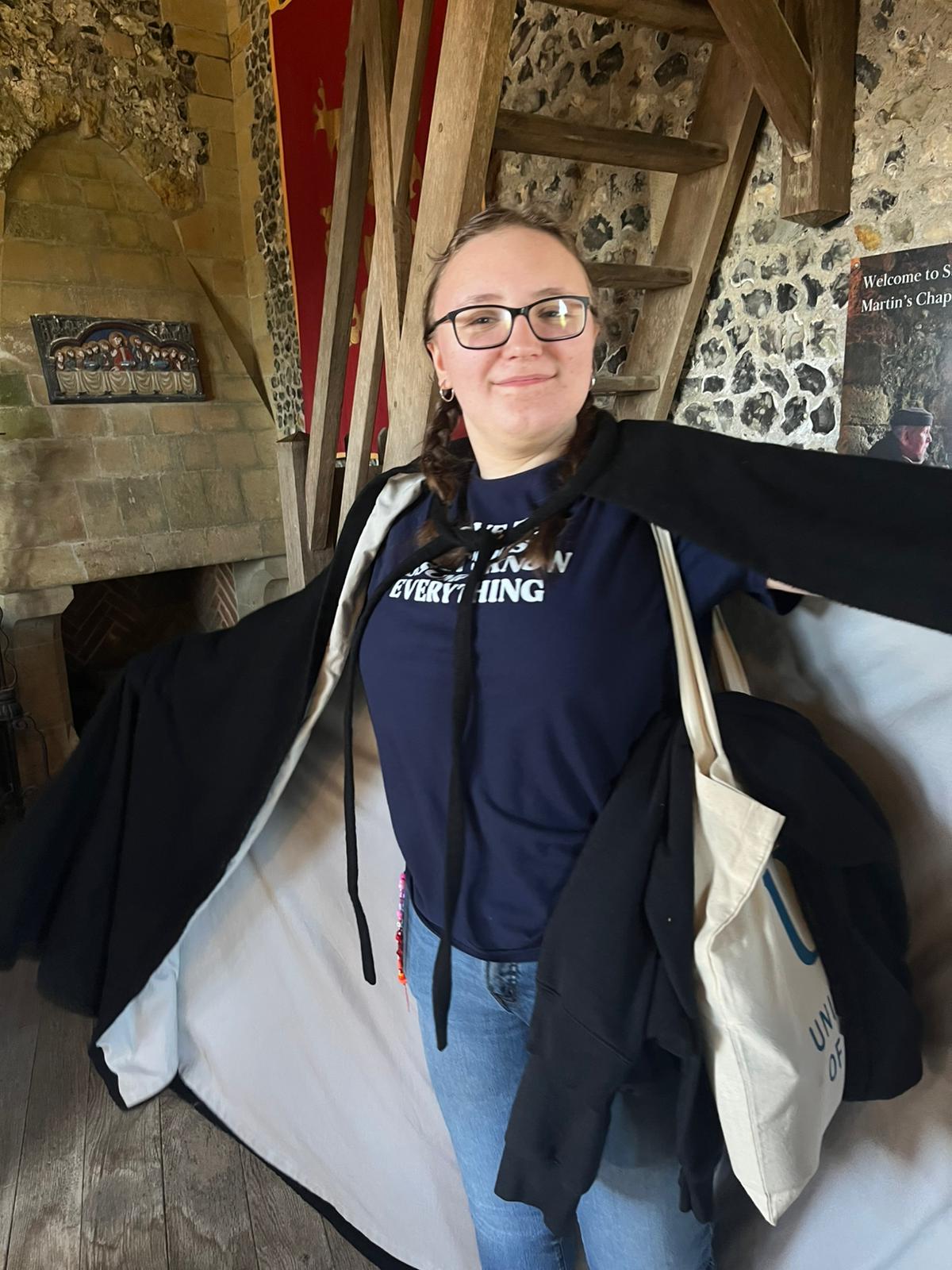
The views from the castle were just as magnificent as I remembered—rolling hills, the winding river, and the rooftops of Arundel stretching out below. I said it last year, and I have no doubt I’ll say it again if we come back next year: it never gets old. It’s the kind of scenery that makes you pause, breathe, and appreciate where you are. Naturally, everyone took full advantage of the photo opportunities—castle walls make an excellent backdrop for everything from serious portraits to goofy group shots. We made our way up The Keep, down The Keep, and explored nearly every room the castle had to offer—except the bedrooms, which required an extra ticket that I did not purchase.
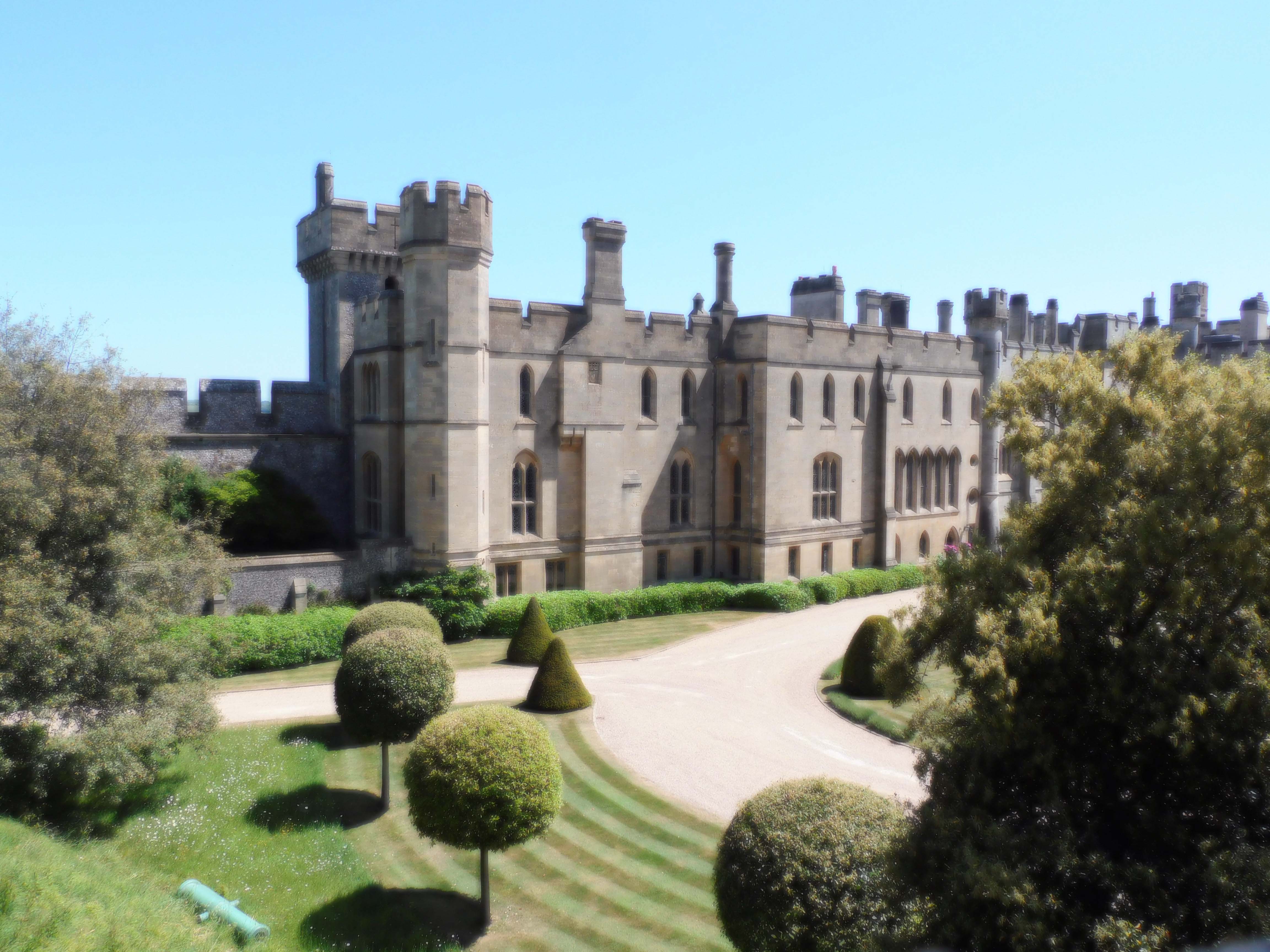







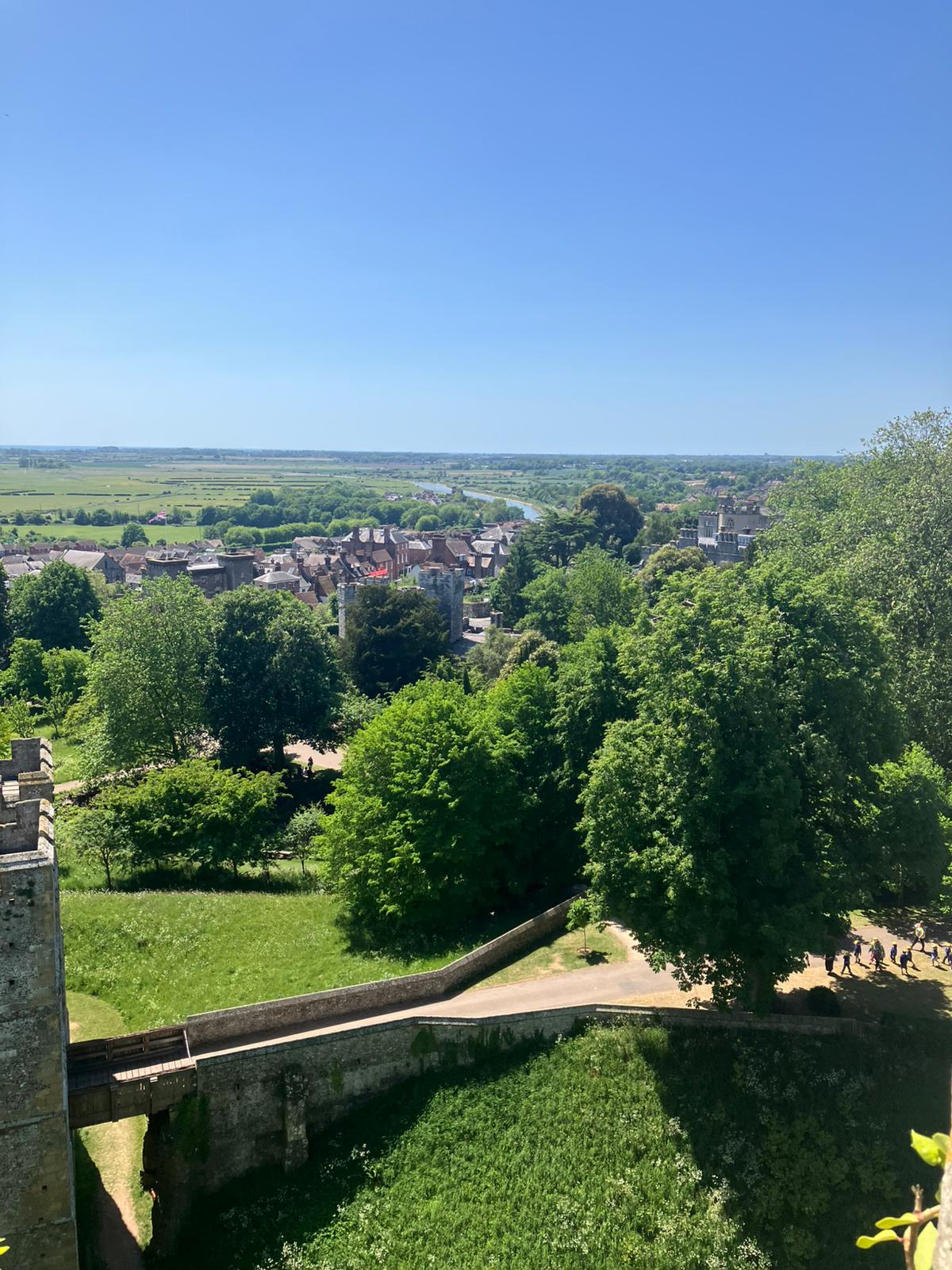

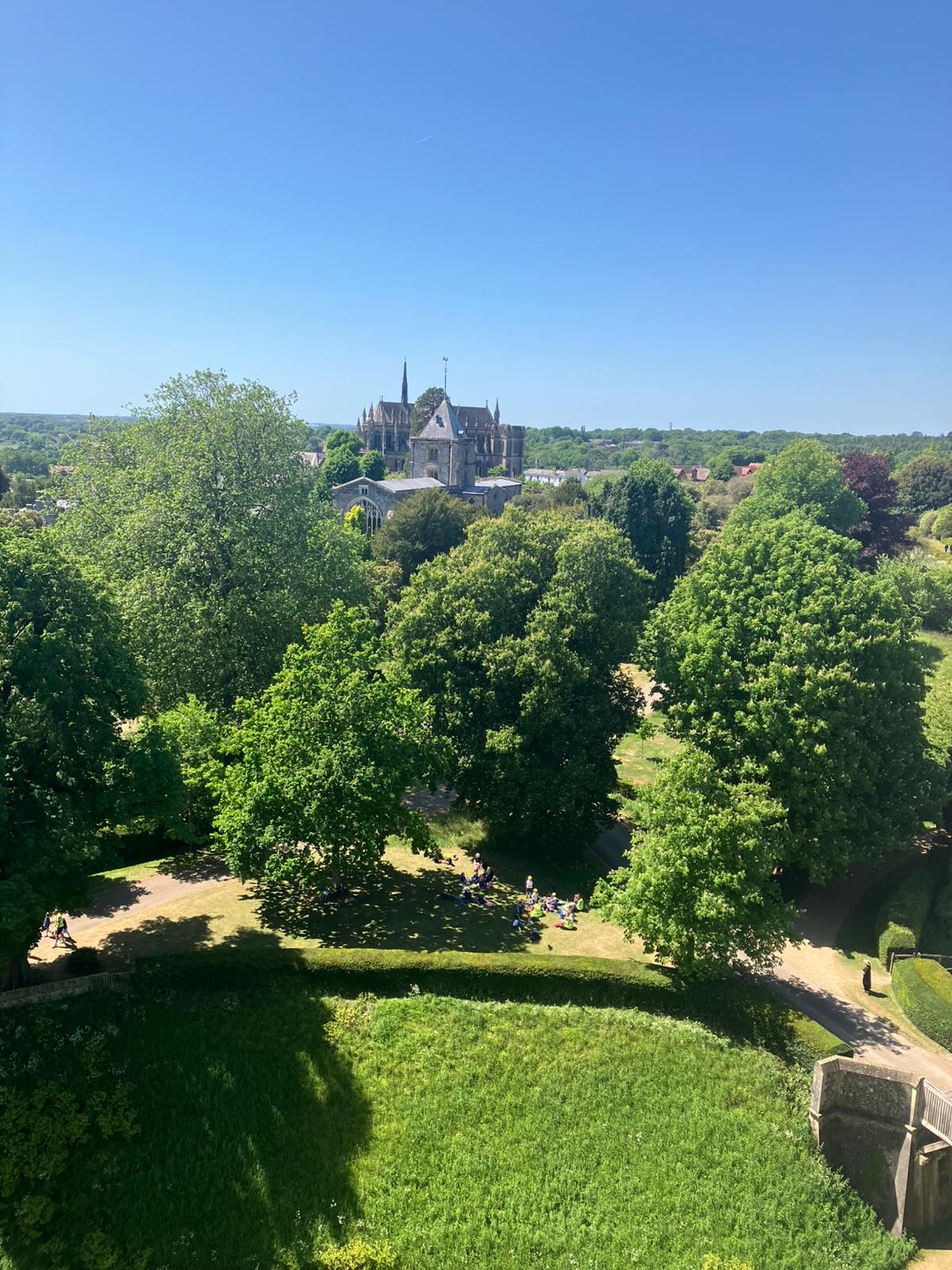

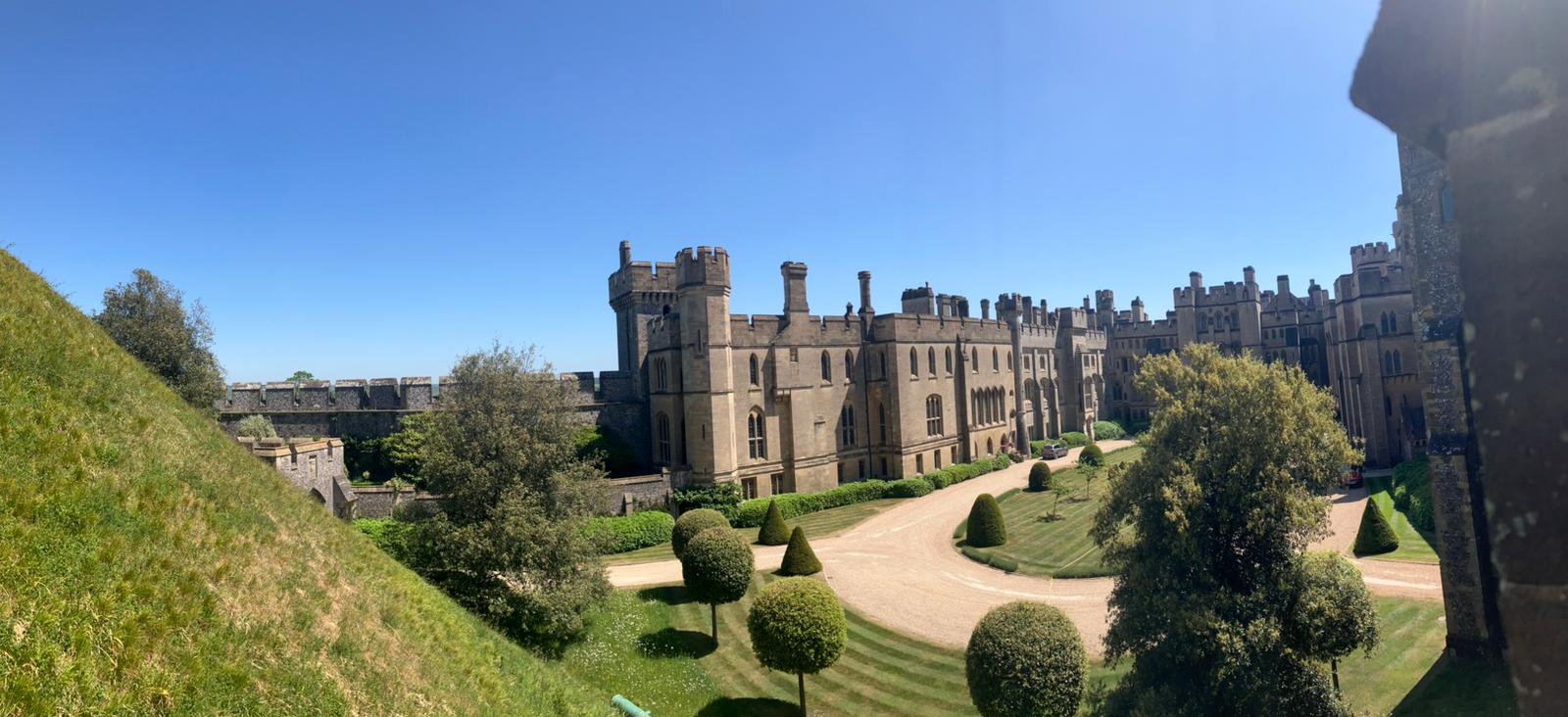
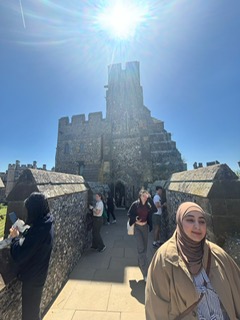
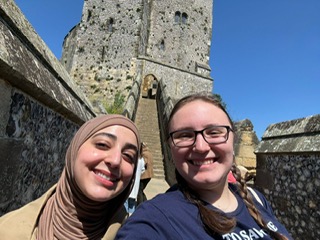

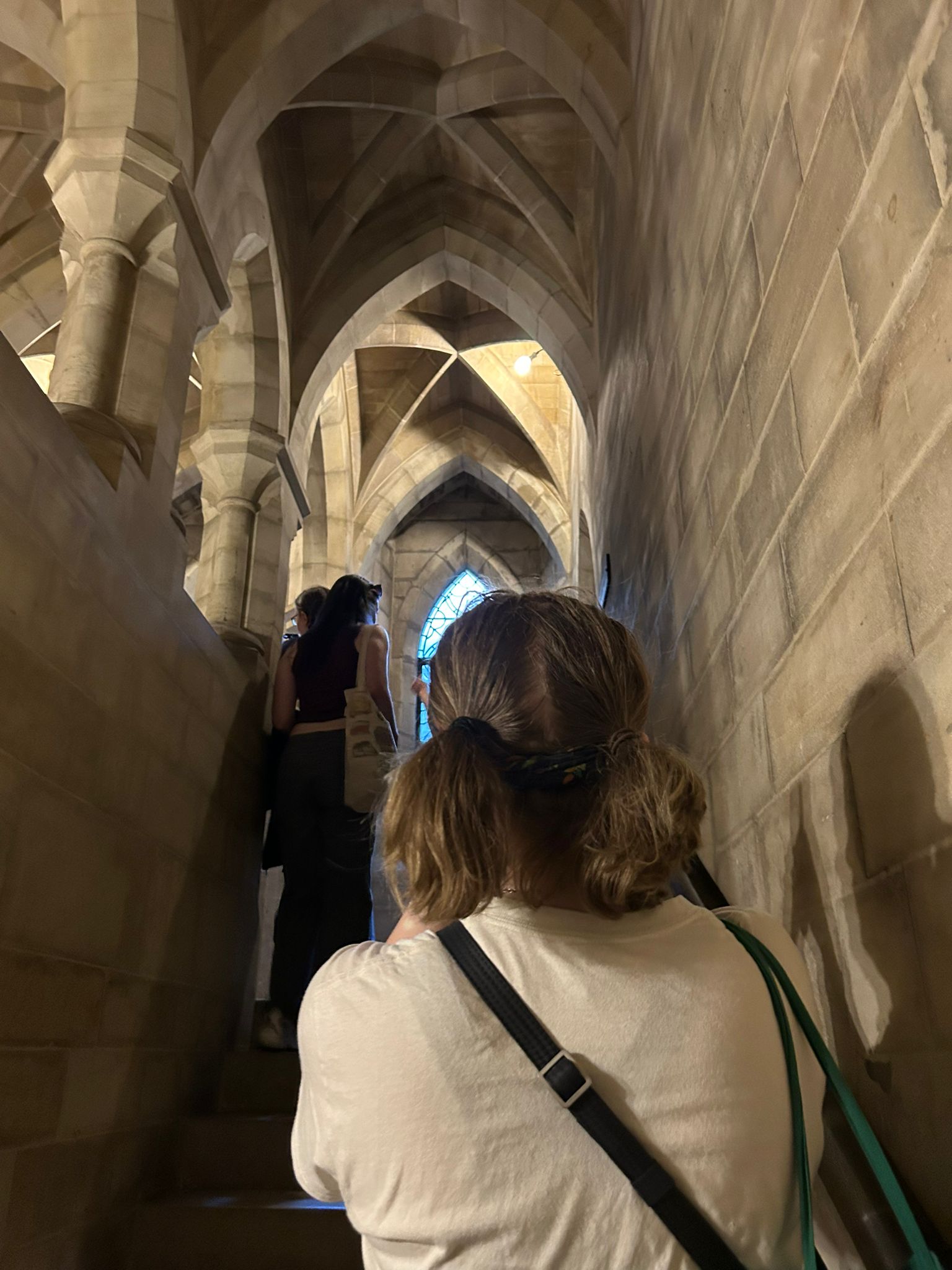


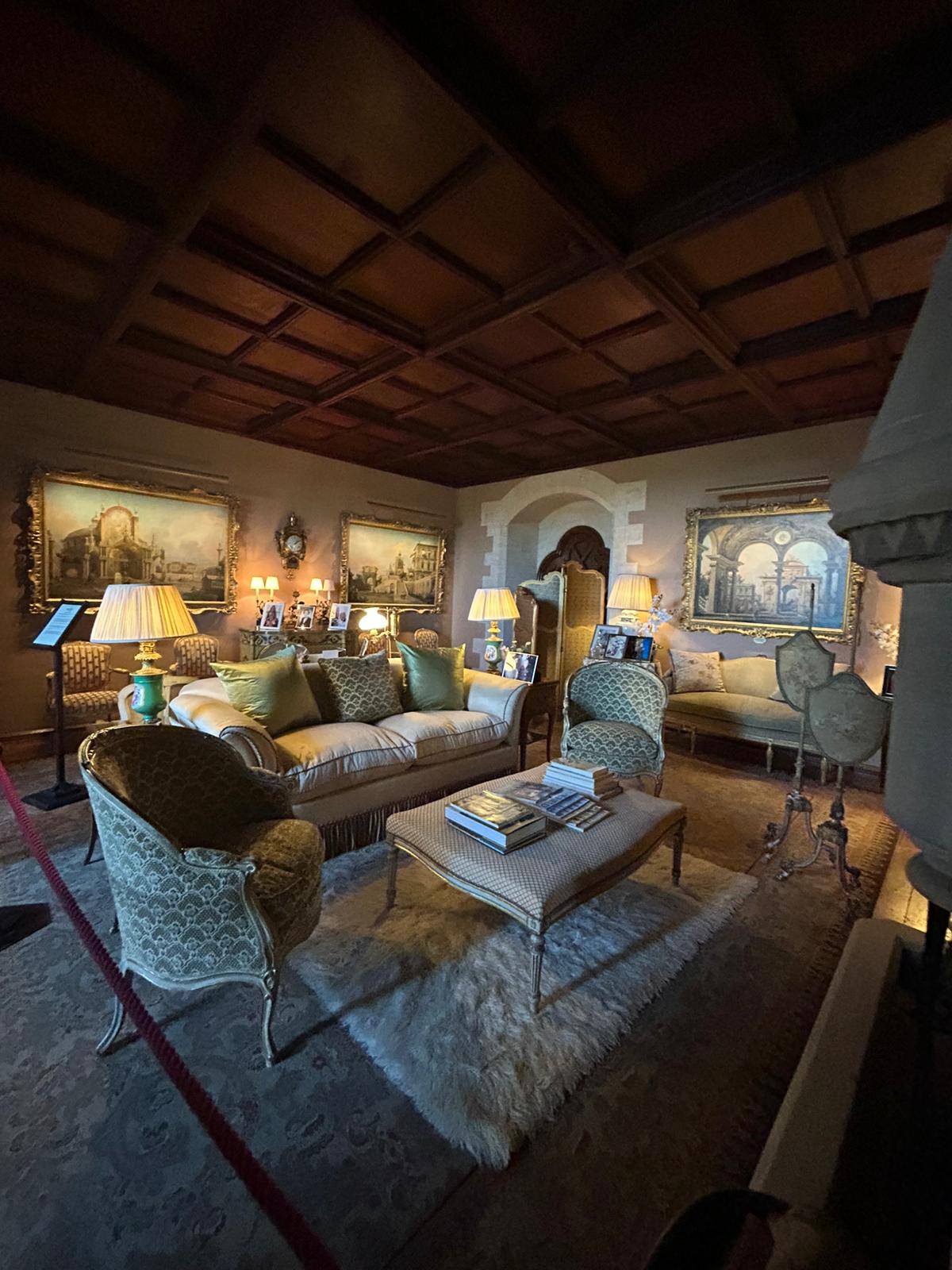
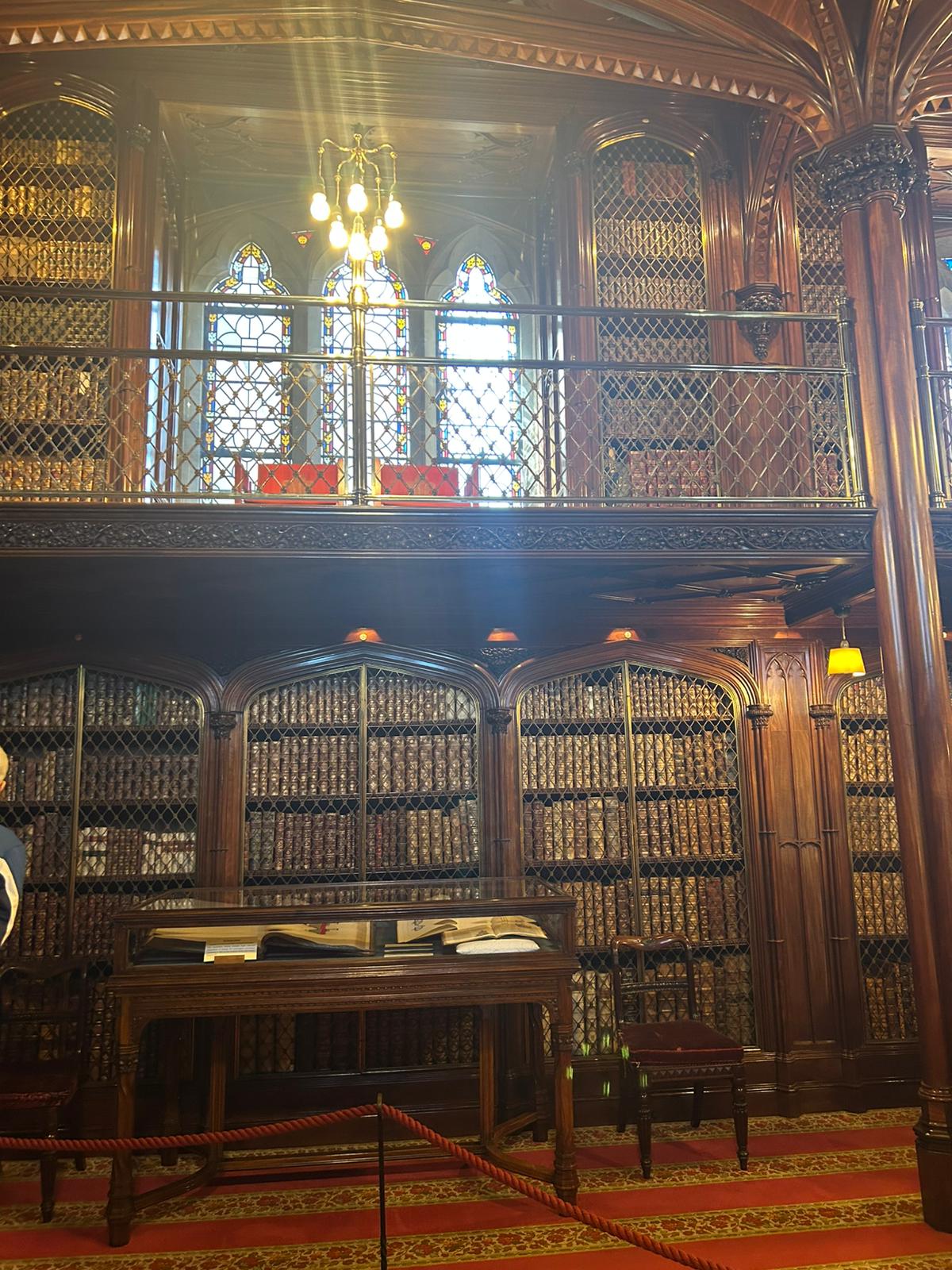
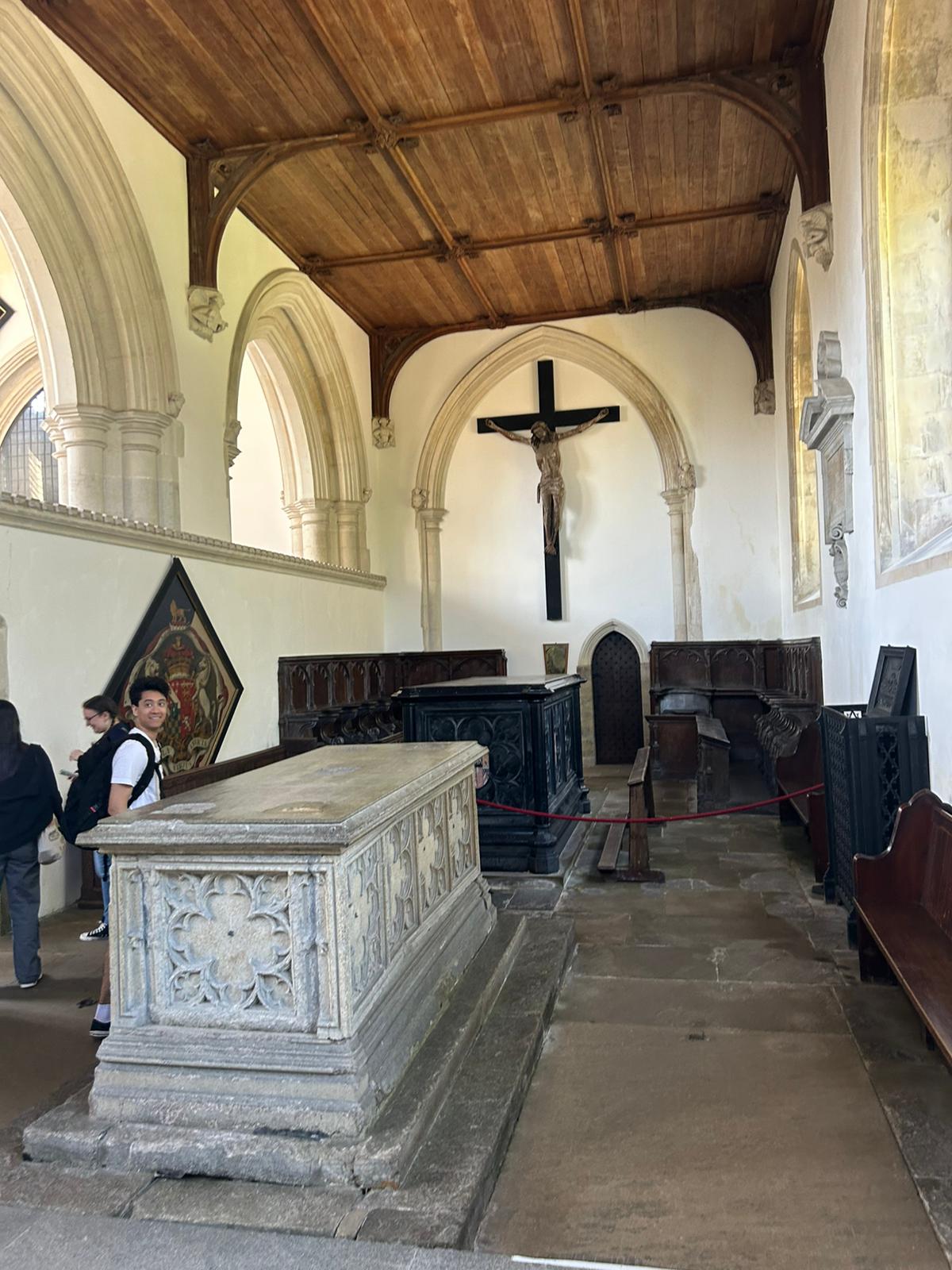
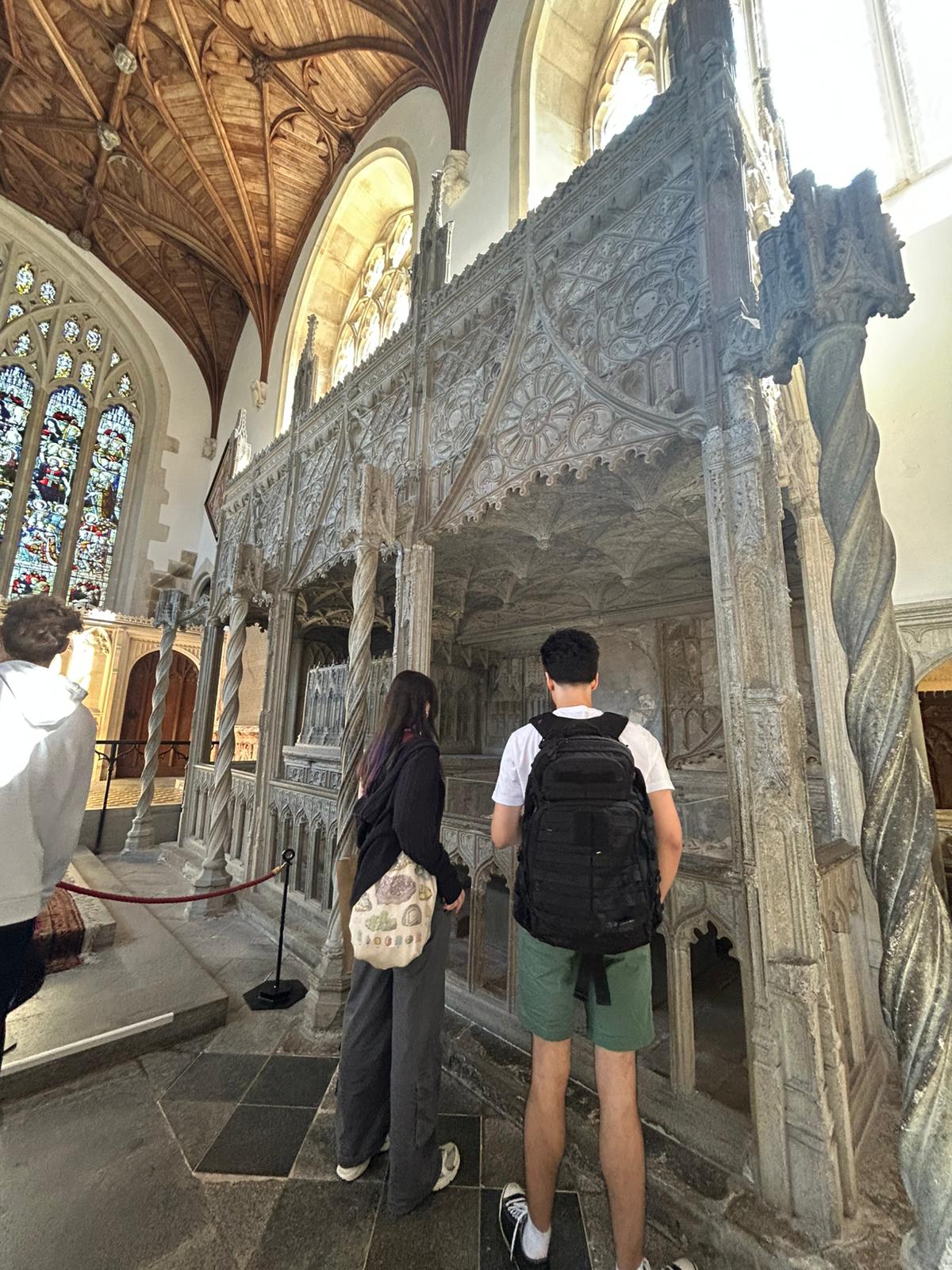


We eventually found ourselves in the castle shop, which, to everyone’s surprise (and amusement), turned out to be just as exciting—if not more so—than some parts of the castle itself. Between the souvenirs, snacks, and quirky finds, quite a few pounds were happily spent.
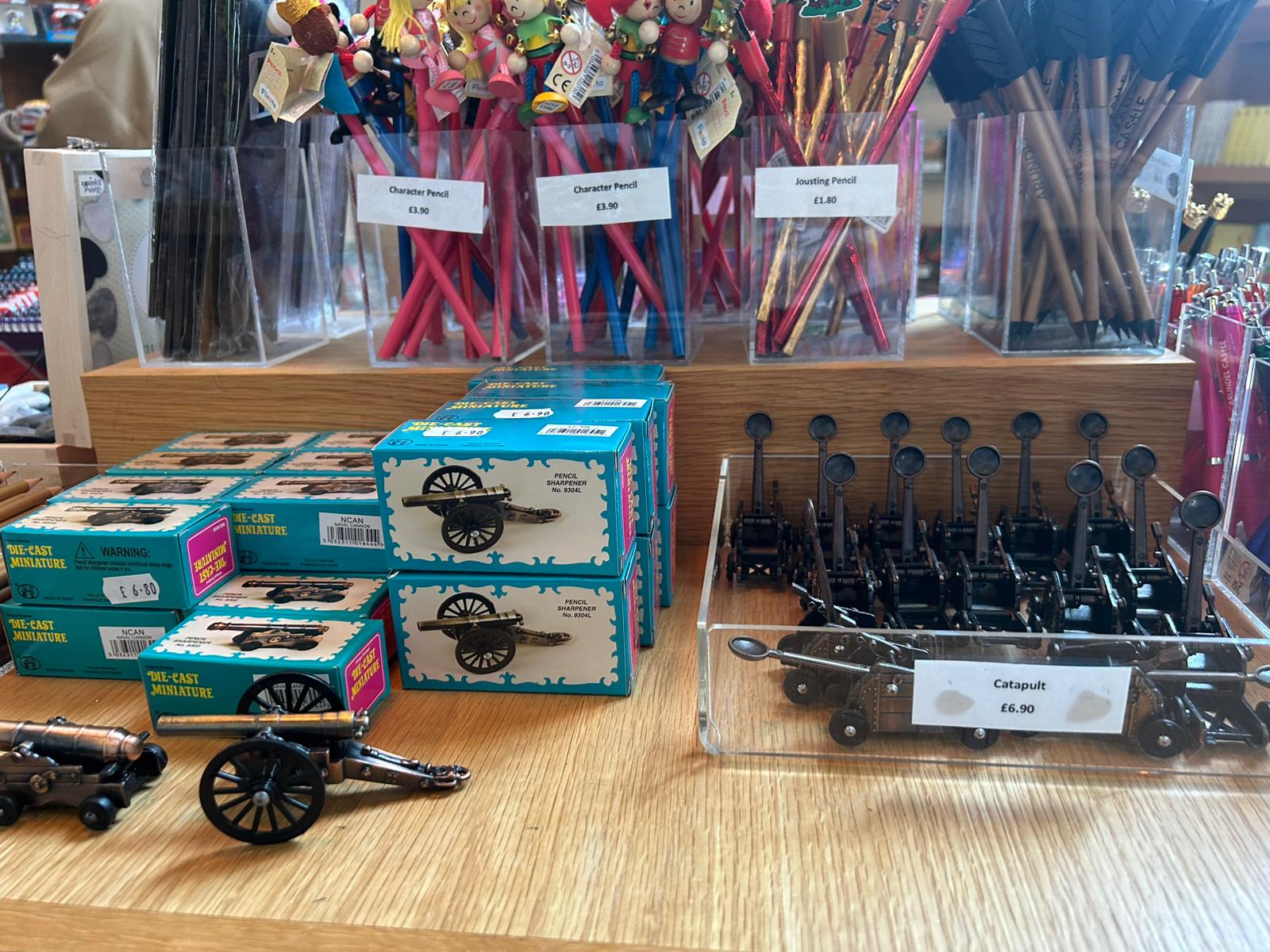
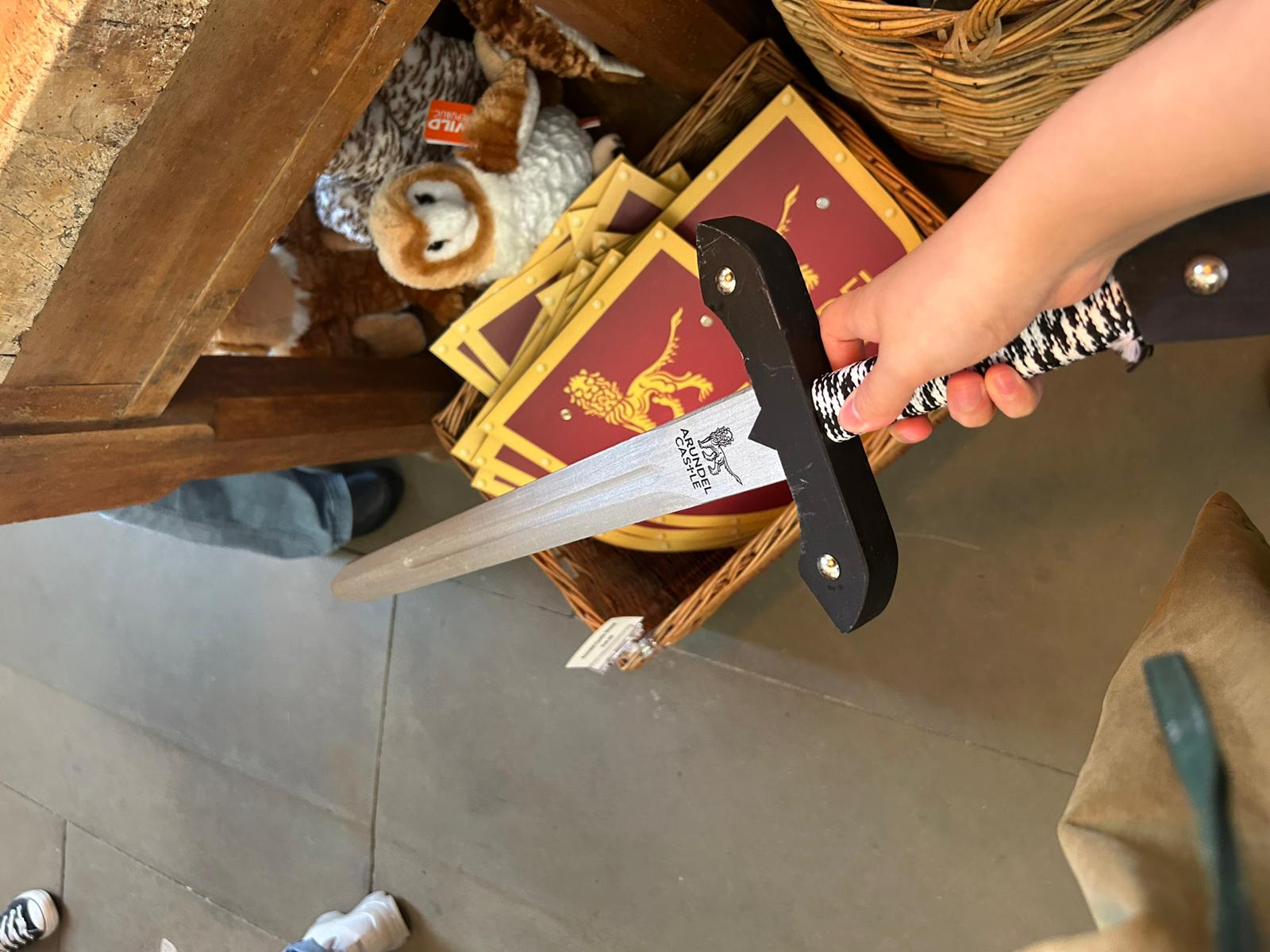
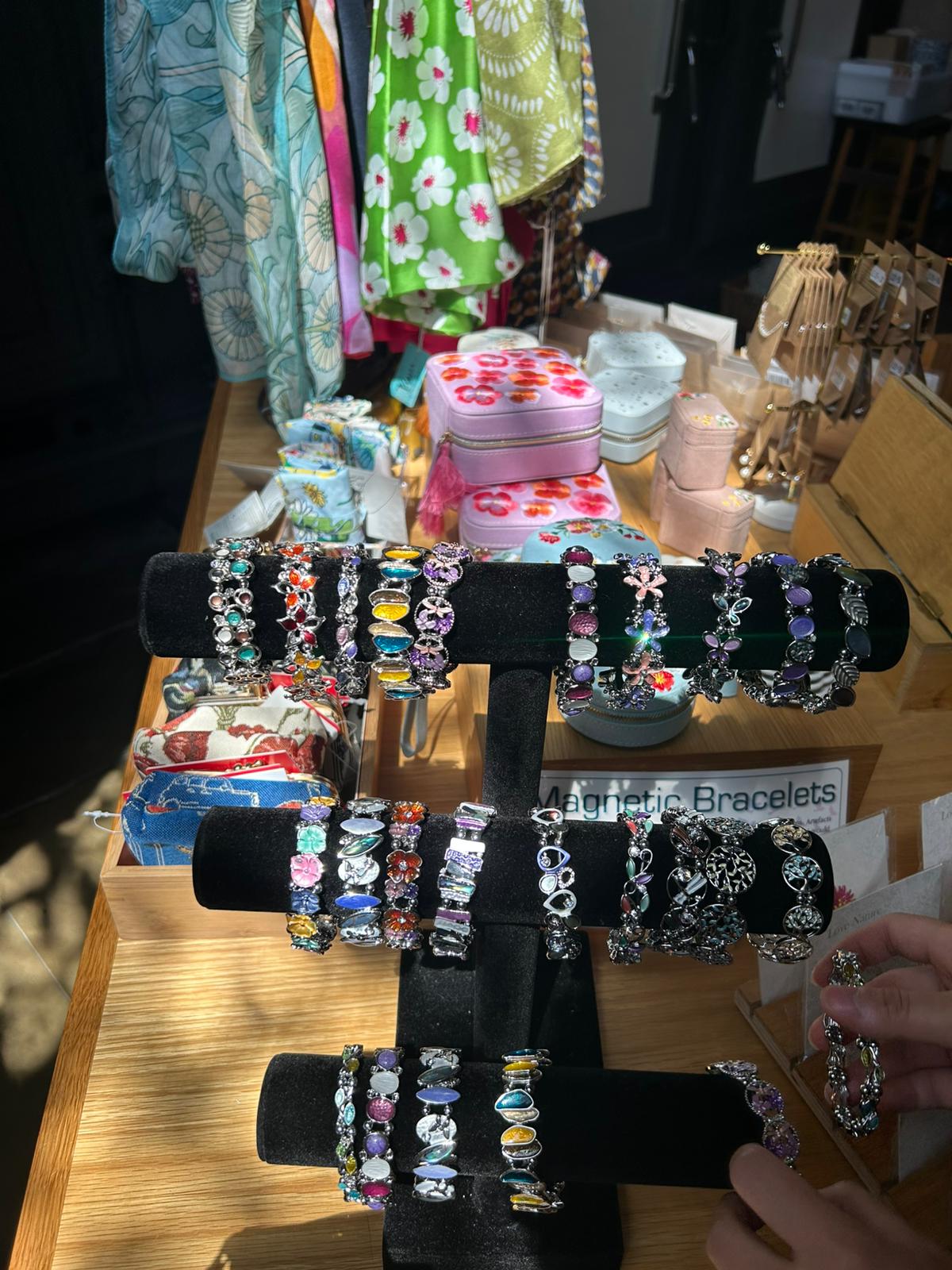
But I knew the best part was still to come—the Gardens—and I was absolutely right. Stepping out into them felt like walking into paradise. In fact, they were even more breathtaking than I remembered from last year. The colors, the layout, the calm—it was all just magical. They all wandered off in every direction, completely absorbed in the beauty around them. And just like last year, the inevitable happened: phones started dying as cameras worked overtime trying to capture it all.
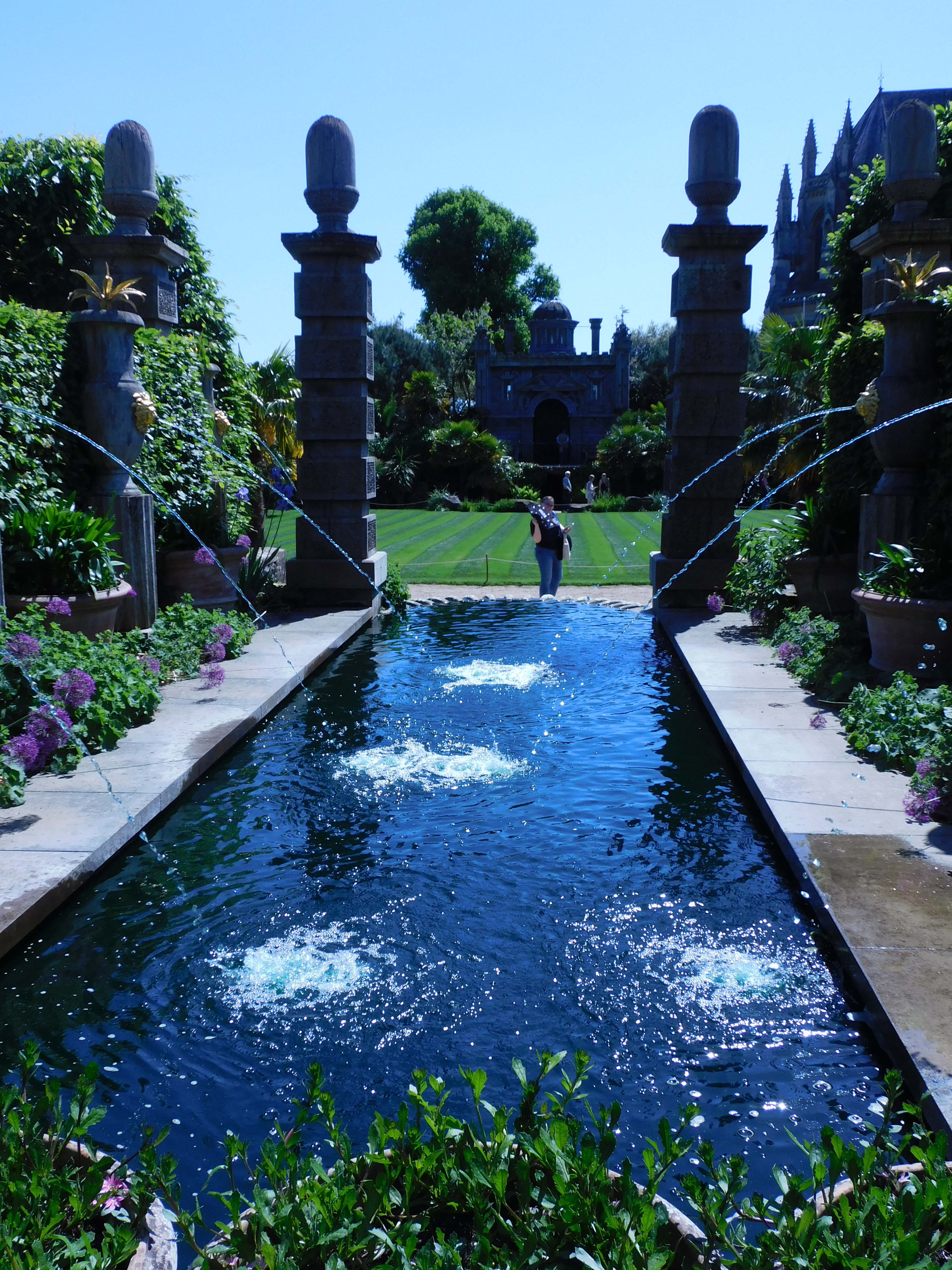




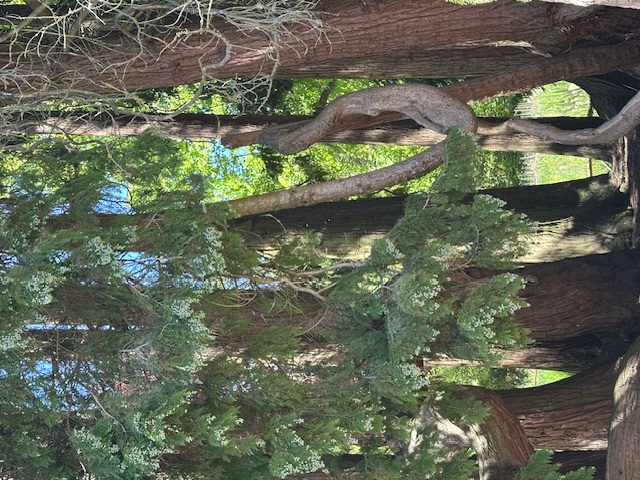

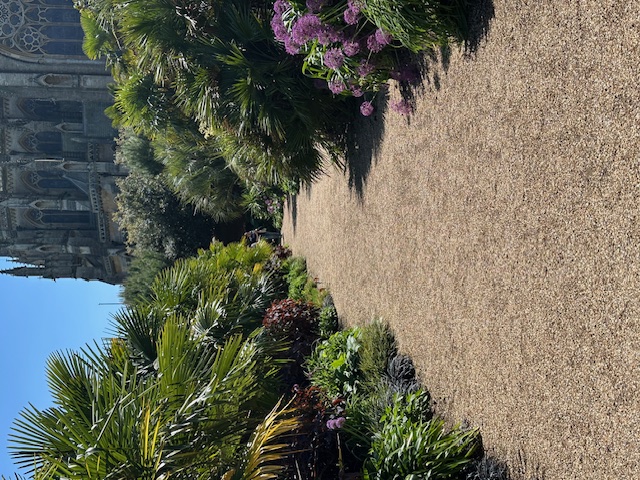
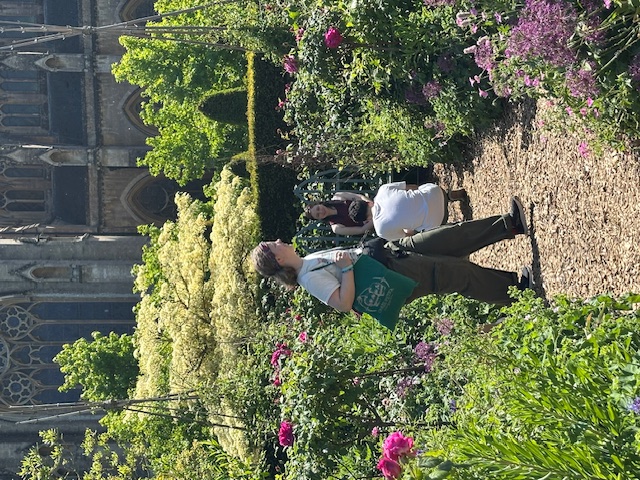


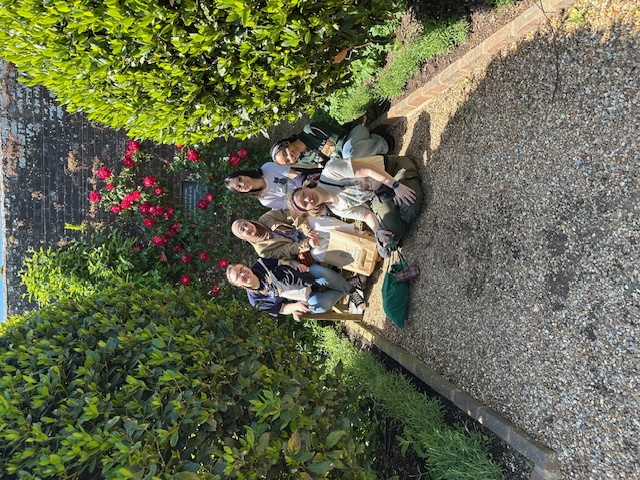

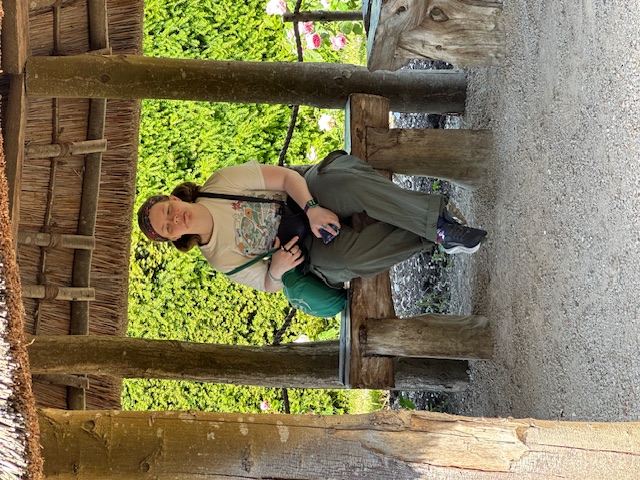


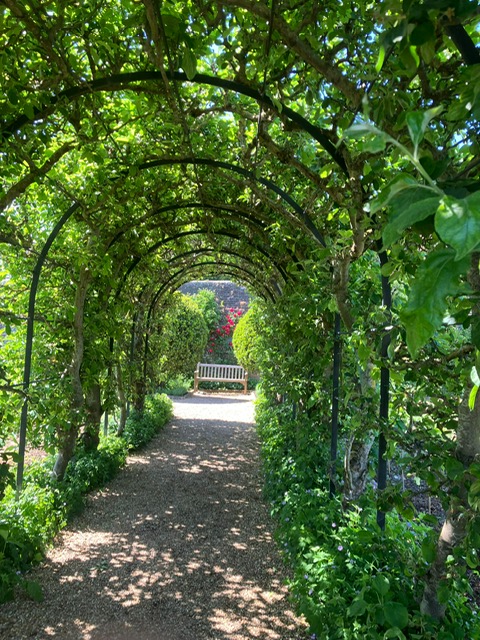
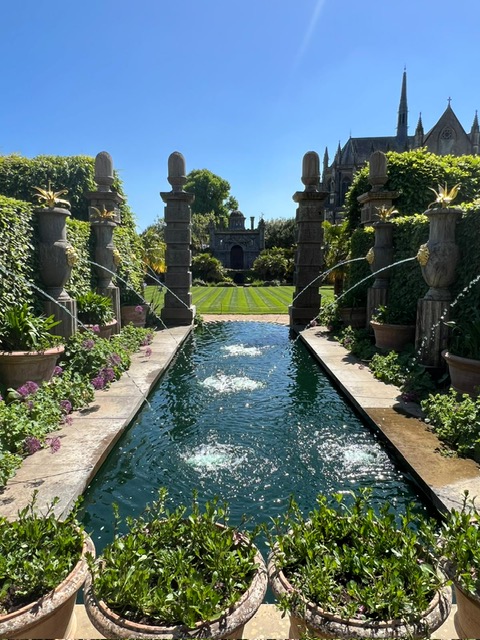
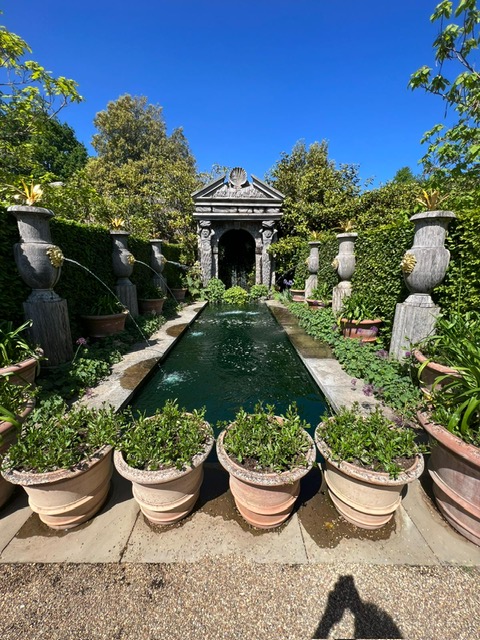
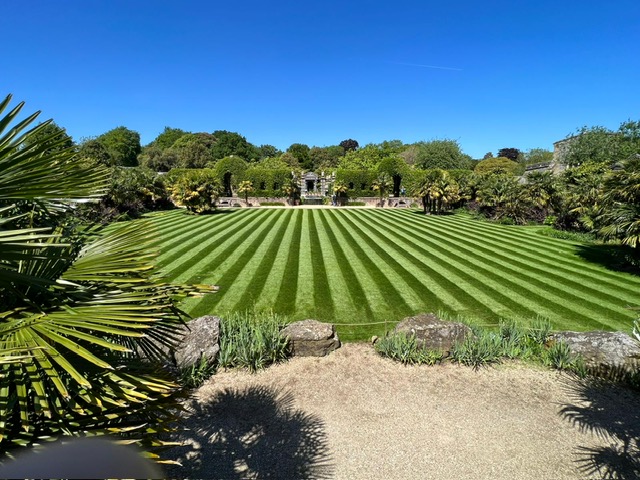
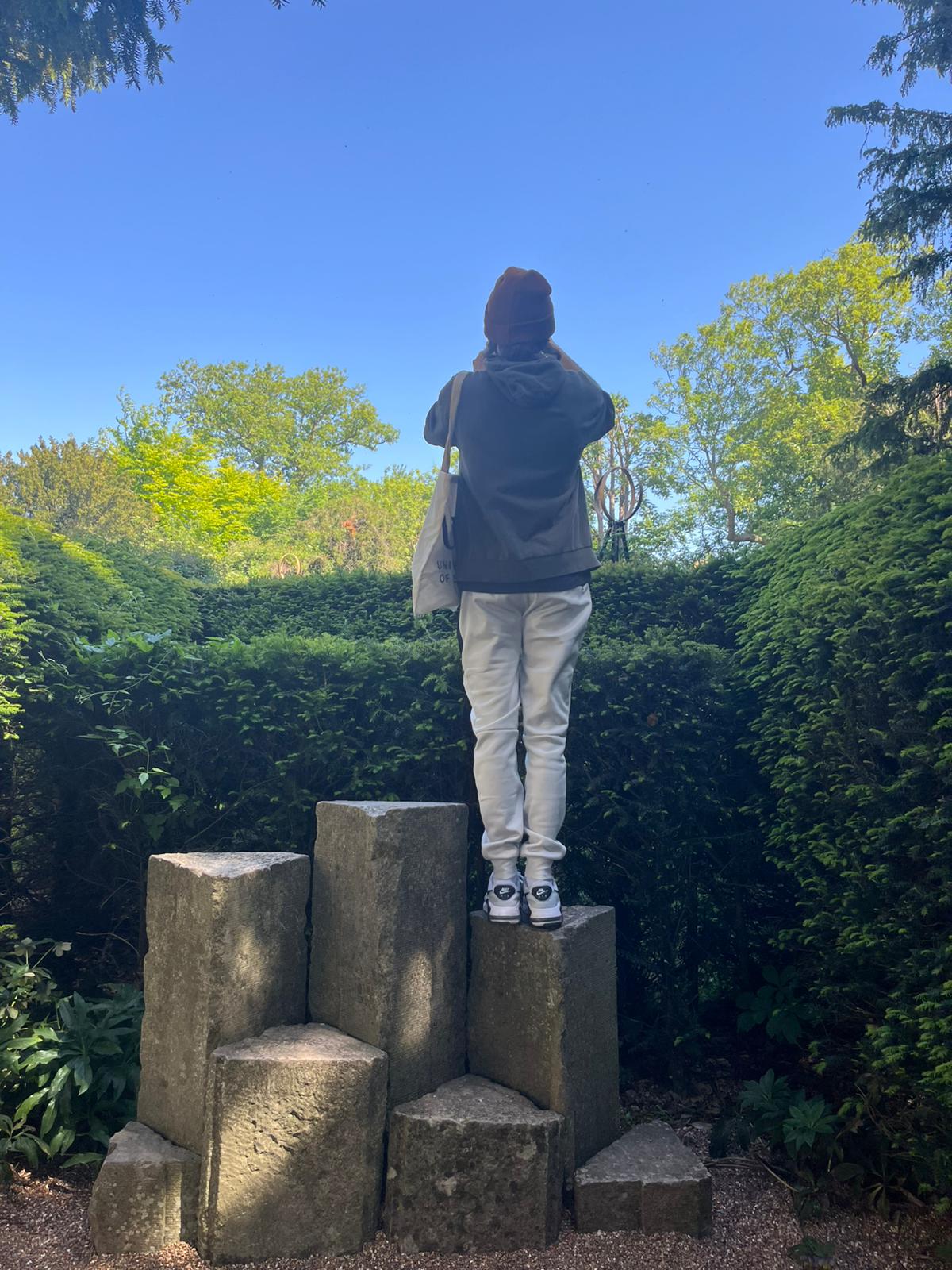
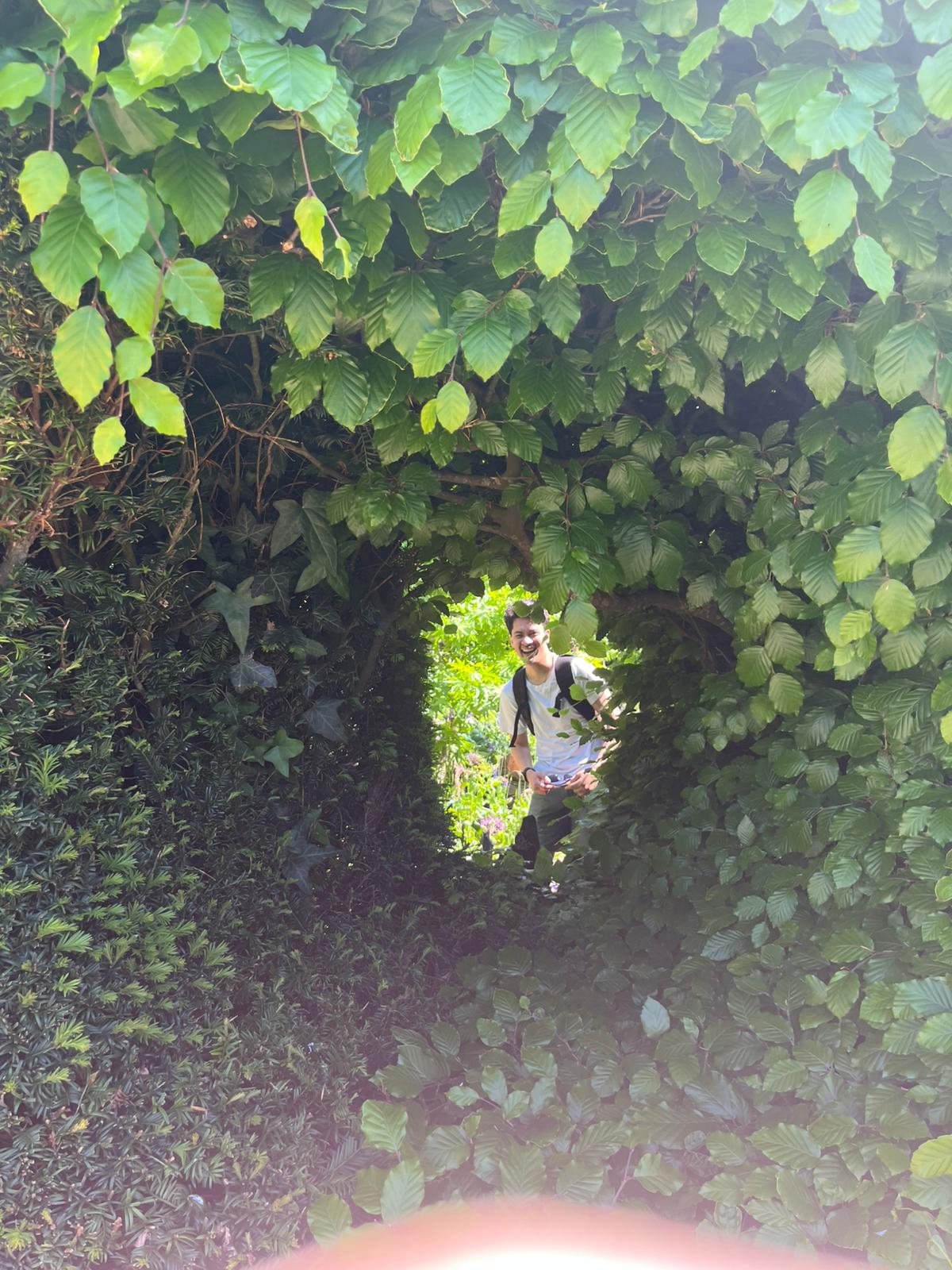
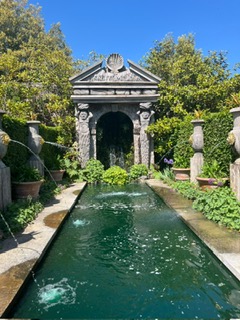
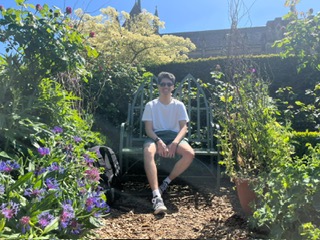
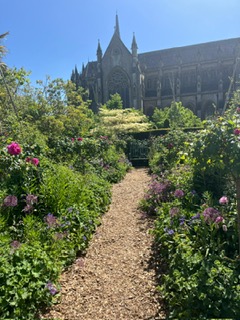
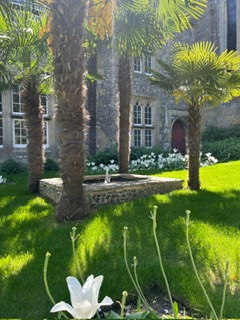
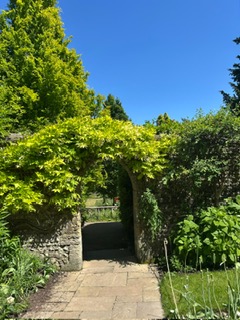
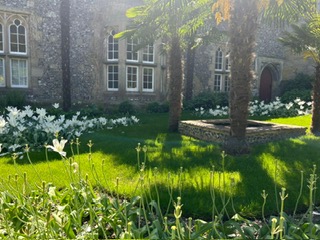




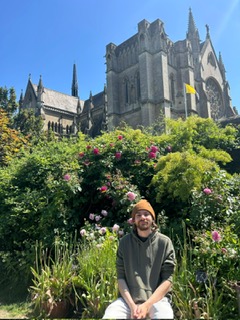
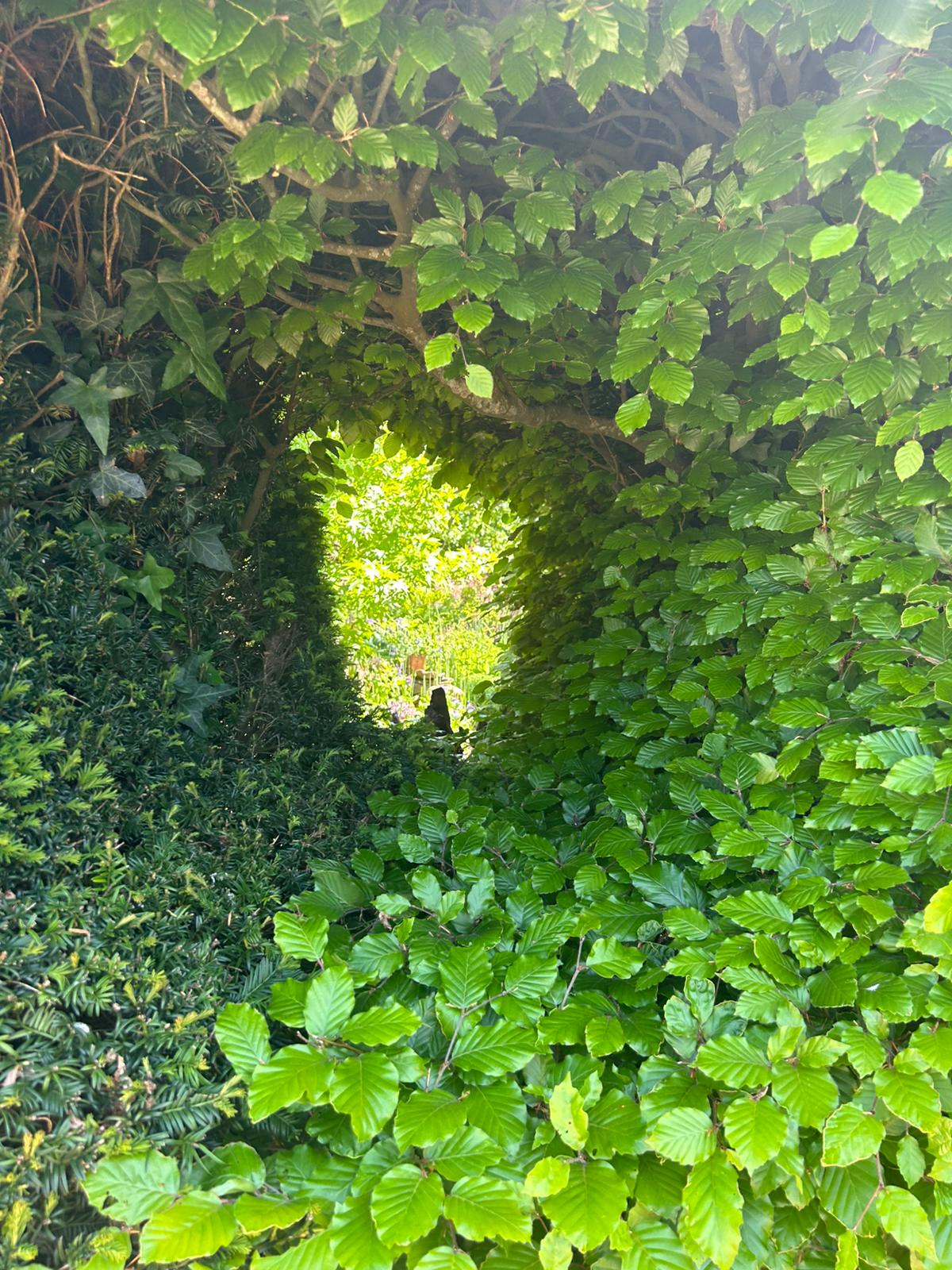
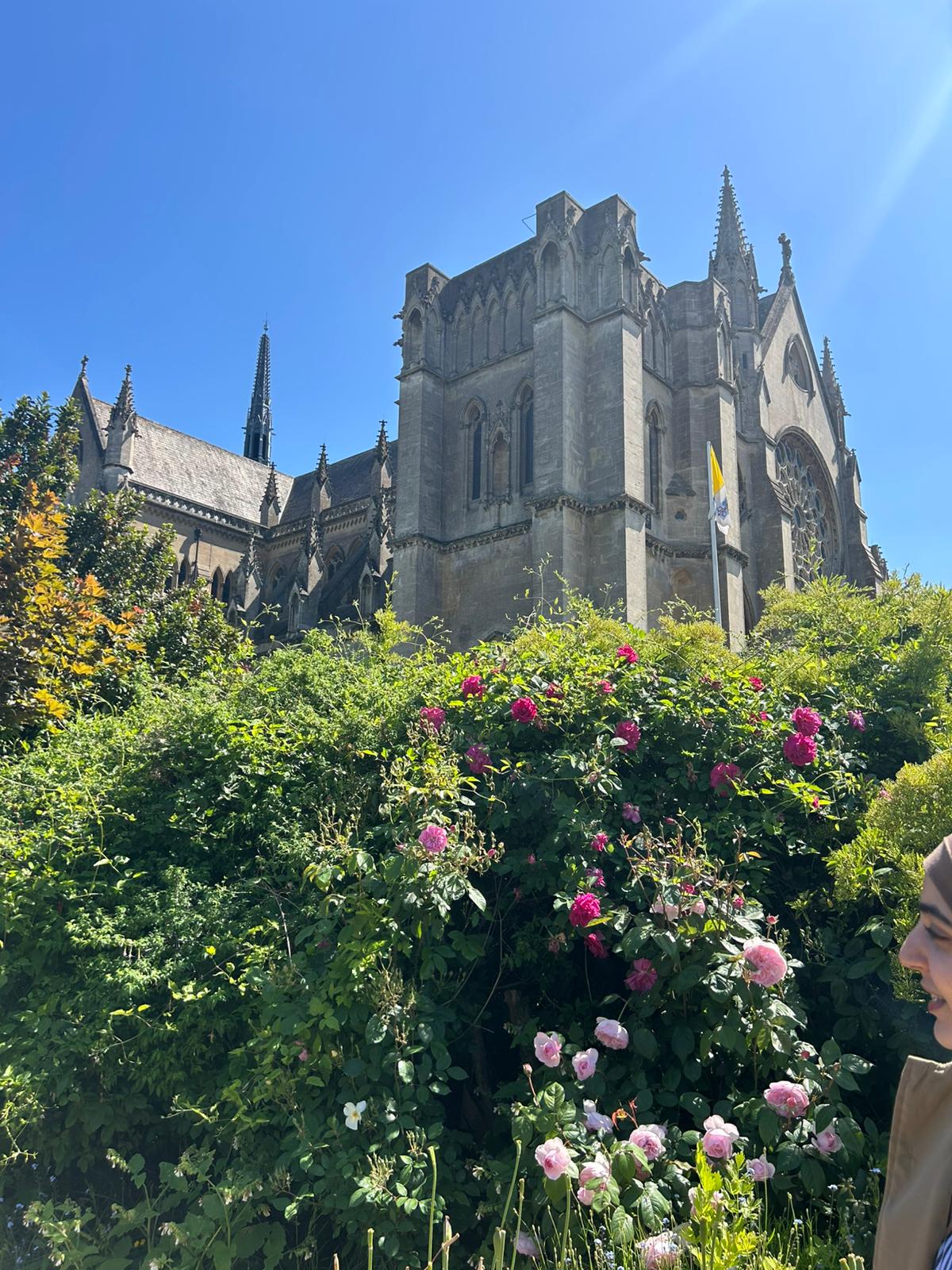

Earlier, I had noticed a small craft fair set up near the castle entrance and told the group we’d swing by after our visit. By the time we finished the gardens, everyone was definitely ready to eat—but that didn’t stop Mason and Wiktoria from wanting to browse the stalls and pick up a quirky little gift or two.



Di and Lauren, however, opted out. They stayed back at the entrance, looking unmistakably hungry… and just a little bit bored. I couldn’t blame them—at that point, I was only thinking about food.

Then came the mile and a quarter walk—to the Black Rabbit pub. Unlike last year, there wasn’t much complaining about the distance. The only real moment came from Wiktoria, who asked how long the walk would take in ‘time’. I told her 15 minutes. And then, about 15 minutes later, when she asked again, I told her—once more—“15 minutes.” That got a good laugh from Lauren, who is always up for a walk. The walk itself was lovely, lined with ducks, the occasional curious waterfowl, and cows grazing peacefully in the fields. One noticeable difference from last year? No bottles of beer being counted on the wall this time around!

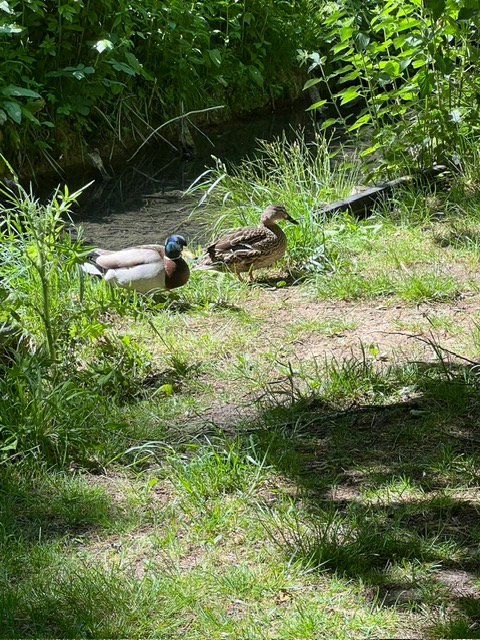
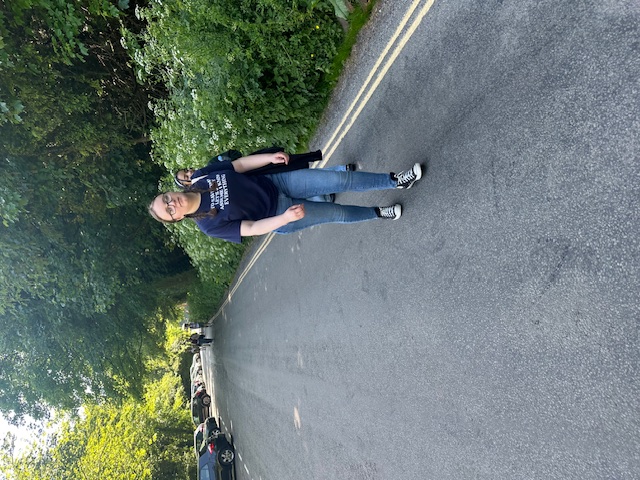




The Black Rabbit was buzzing this year—definitely busier than I remember—but somehow we still managed to gravitate toward the same spots we sat in last year. The food didn’t disappoint. Everyone seemed happy with what they ordered, and the portion sizes hit the spot for most… except Keanu. In a moment that echoed last year’s visit with Prince, and declared he wasn’t quite full. Some traditions really do carry on.




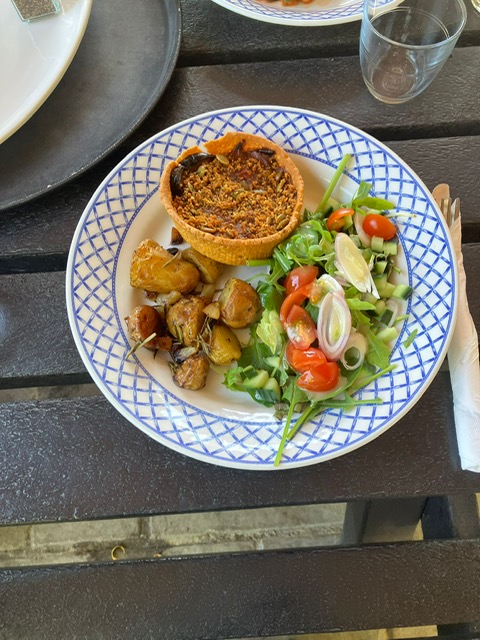
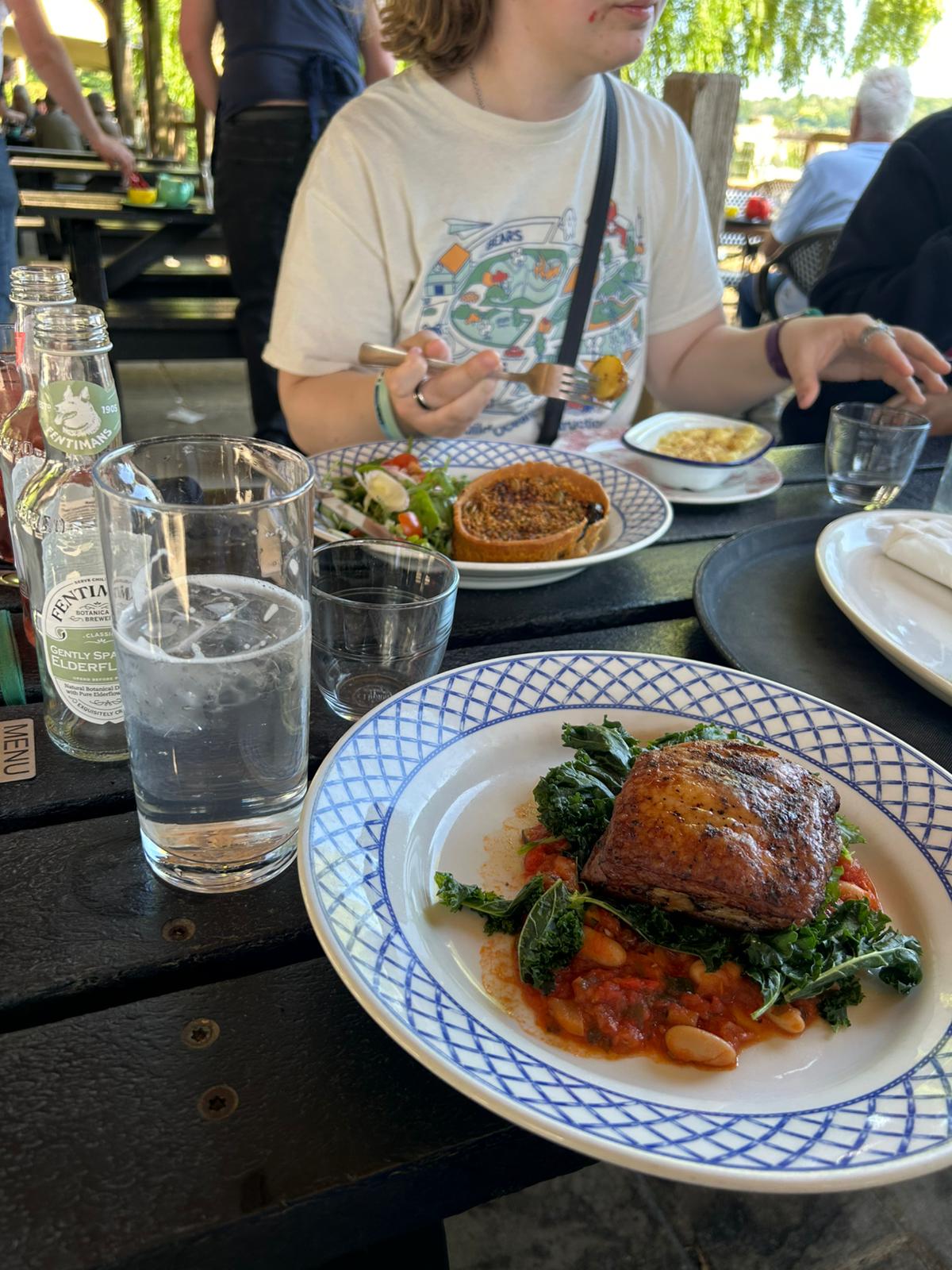
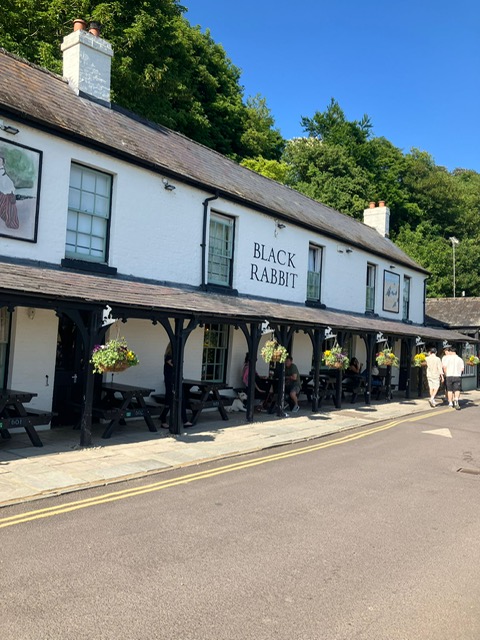

On the way back to town, I decided to take them along a more scenic route by the river—lush, green, and far more interesting than the main road. It was a peaceful, and slightly adventurous end to the day.





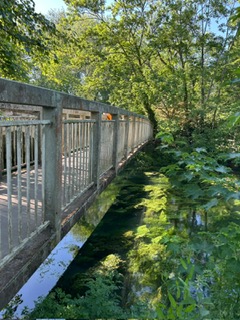
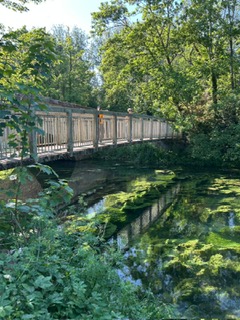
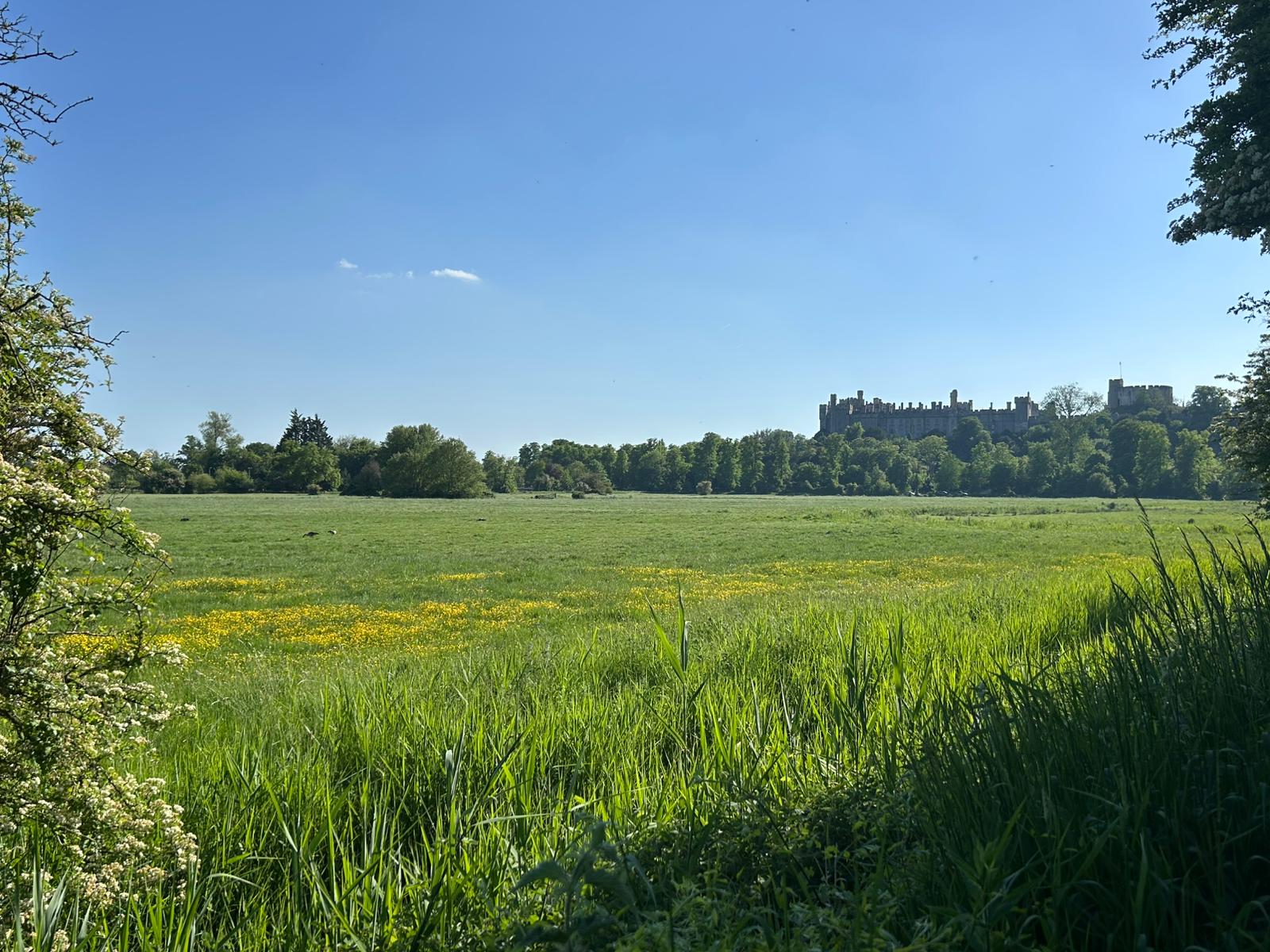
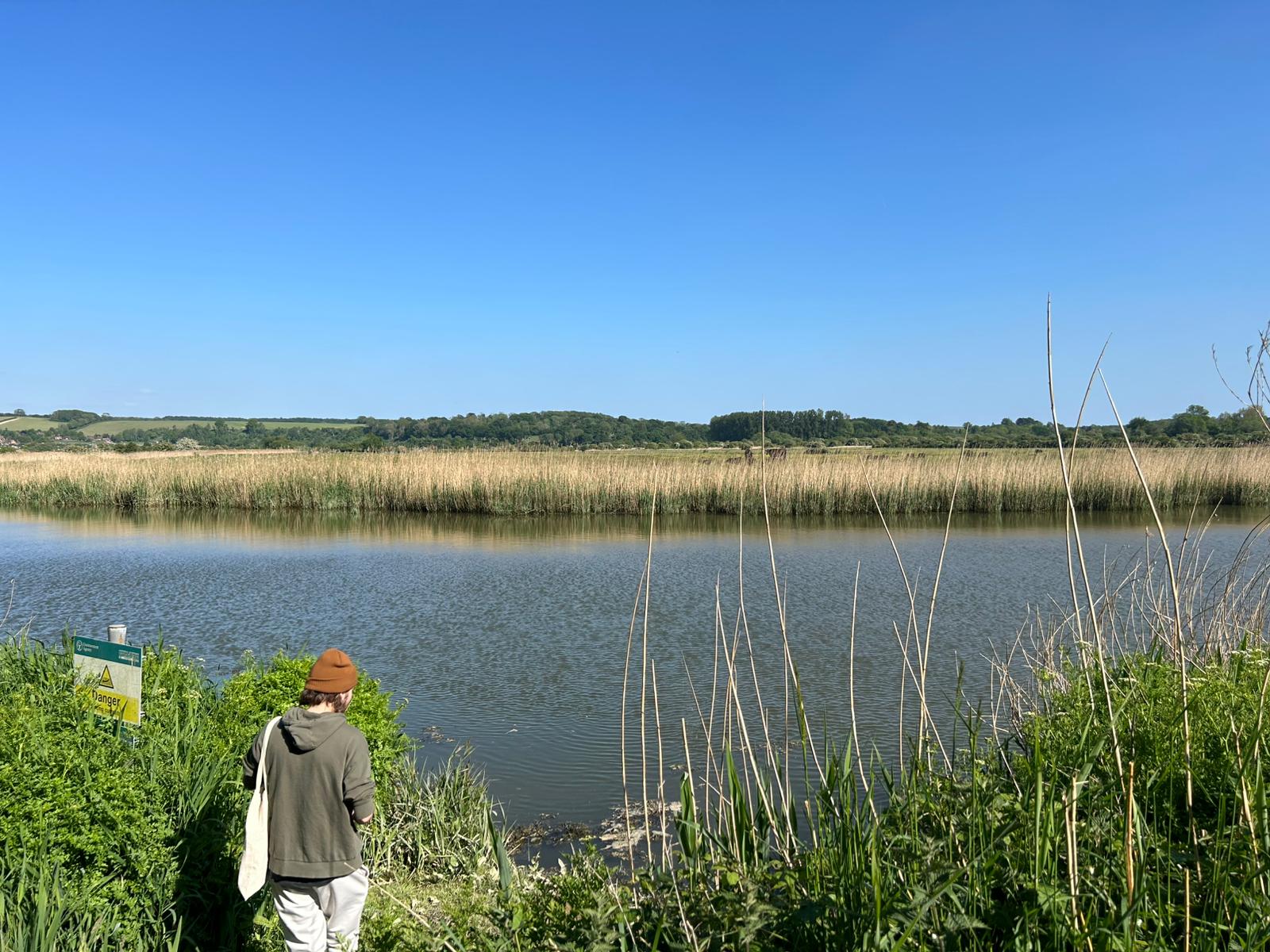
We arrived back in town just after 5:30 p.m. Sadly, the ice cream shop from last year had closed its doors, but luckily another one nearby was still open. So, of course, I treated everyone to ice cream—a well-earned reward after a full day of walking, exploring, and castle-climbing. Perfect end to a perfect day.
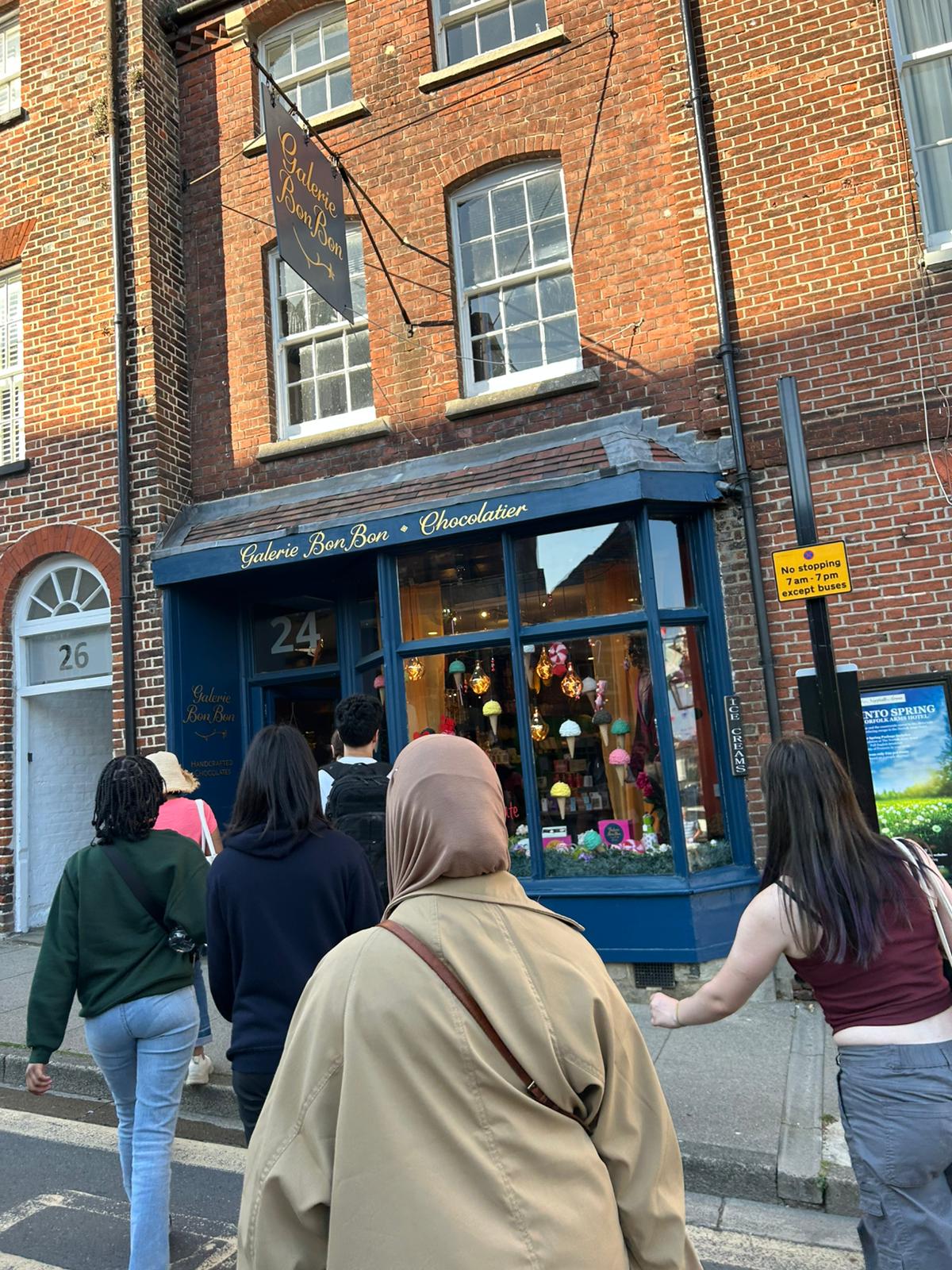



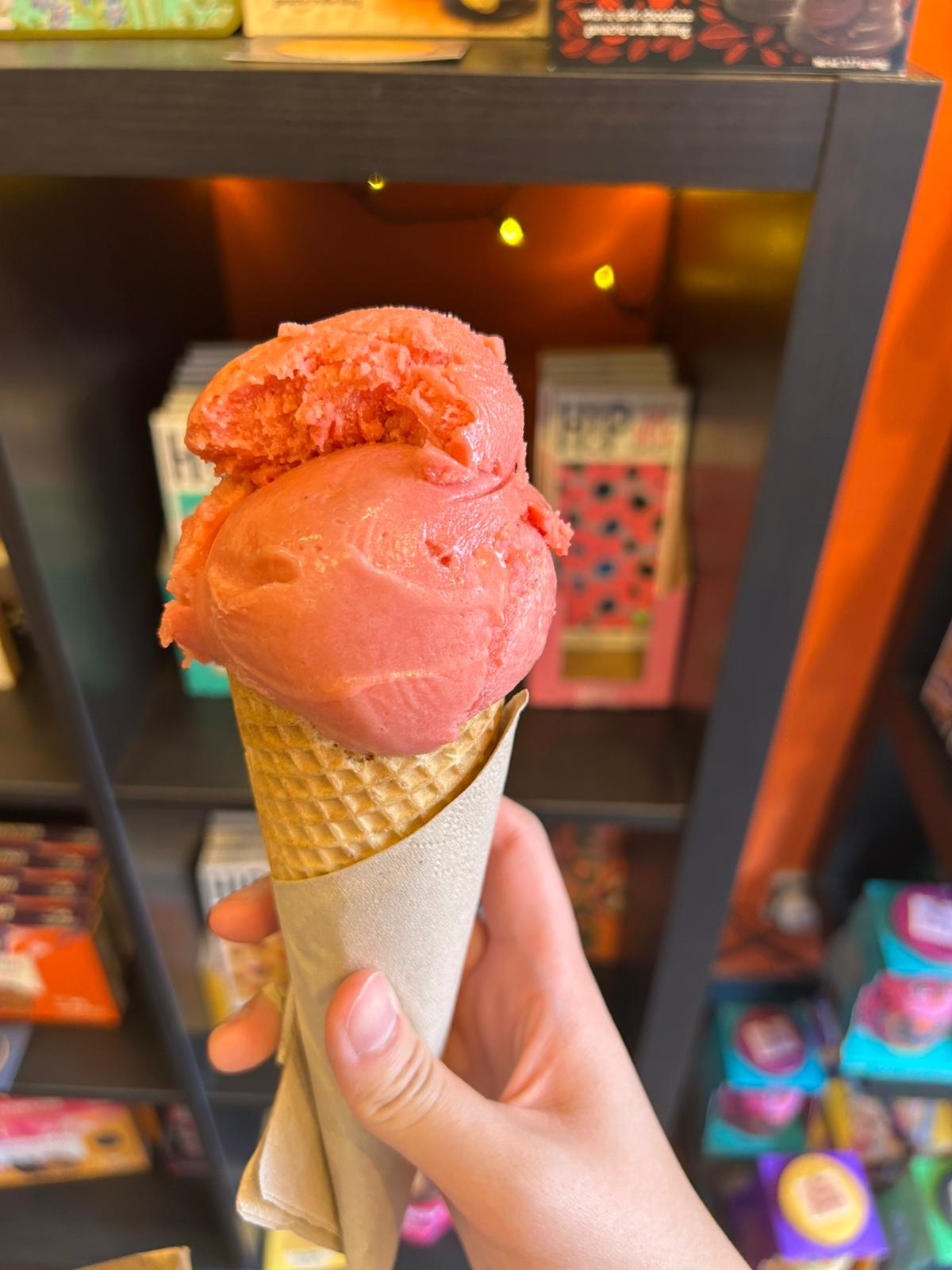
Day 6 – Saturday May 17
Last year, the weekend excursion I planned for the Study Abroad program was a trip to Stonehenge and Bath. It was nice—but the journey from Brighton to Amesbury was long and uncomfortable for the relatively short time we spent at the stones, and the whole experience felt too touristy. We also didn’t get to spend enough time in Bath, which was a shame. So, this year, I scrapped that from the itinerary. Instead—on the suggestion of Dr. Fi Branagh—I added Portsmouth to the schedule.
Portsmouth is the only island city in the United Kingdom, located on Portsea Island. It’s famously known as the “Home of the Royal Navy,” with a rich maritime history spanning over 800 years. The city’s Historic Dockyard is home to some of the most legendary ships in British naval history, including HMS Victory, Nelson’s flagship at the Battle of Trafalgar; the Mary Rose, Henry VIII’s recovered warship; and HMS Warrior, Britain’s first iron-hulled warship. In fact, HMS Warrior is the first thing you spot as you step out of Portsmouth Harbour Station—moored just across from the platforms, an unmistakable reminder that this city’s history is anchored firmly at sea.

As you exit Portsmouth Harbour Station, you’re immediately welcomed by Gunwharf Quays—a buzzing waterfront area where over 90 premium outlet stores await, along with a wide variety of restaurants, bars, and coffee shops offering everything from street food to upscale dining. The area also features a Vue cinema, Hollywood Bowl, a contemporary art gallery, nightclub, and a casino. Interestingly, Gunwharf Quays was once HM Gunwharf, a military installation used for storing and maintaining naval armaments. Today, it’s a vibrant commercial and social hub full of life and energy.
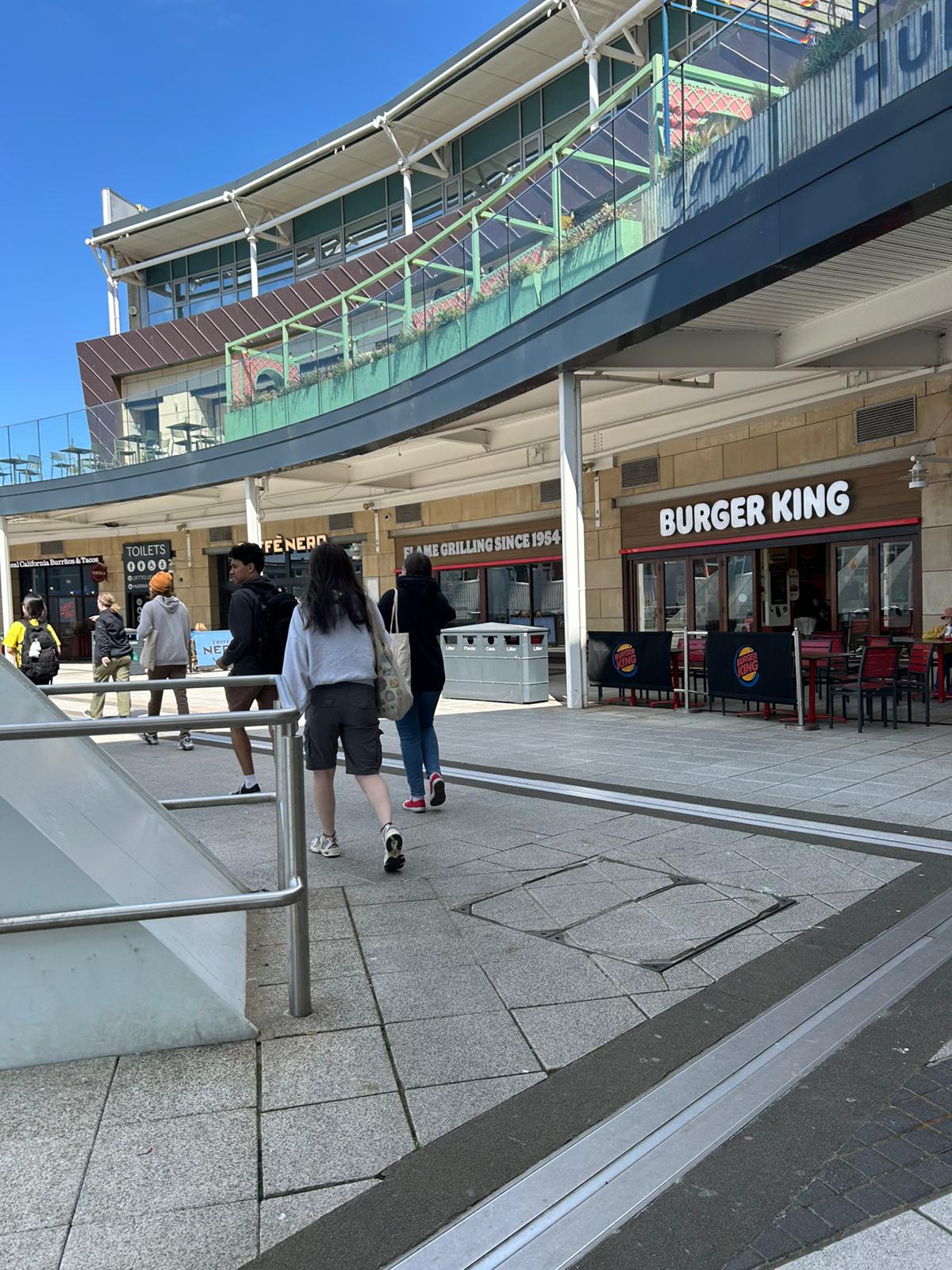
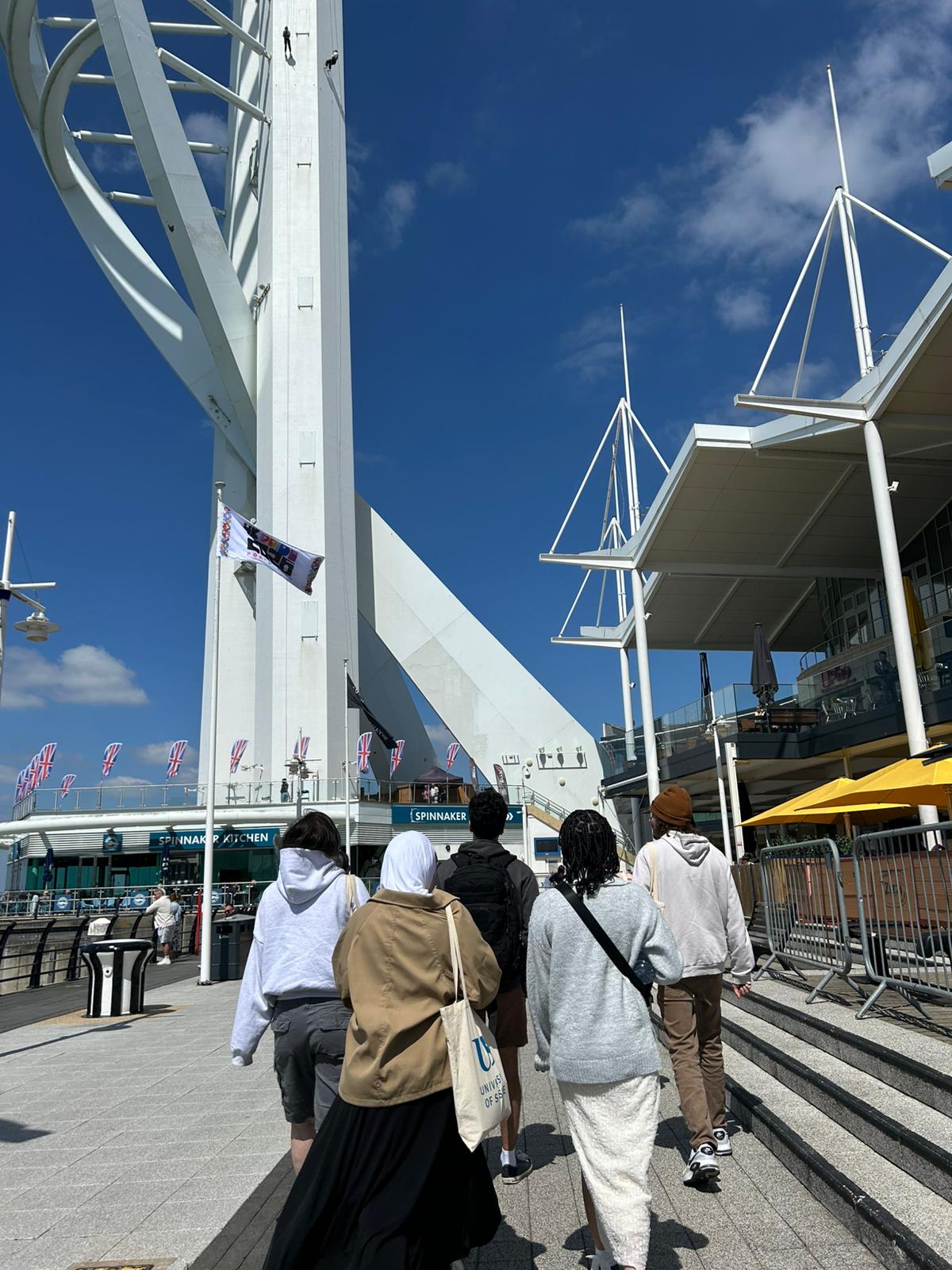
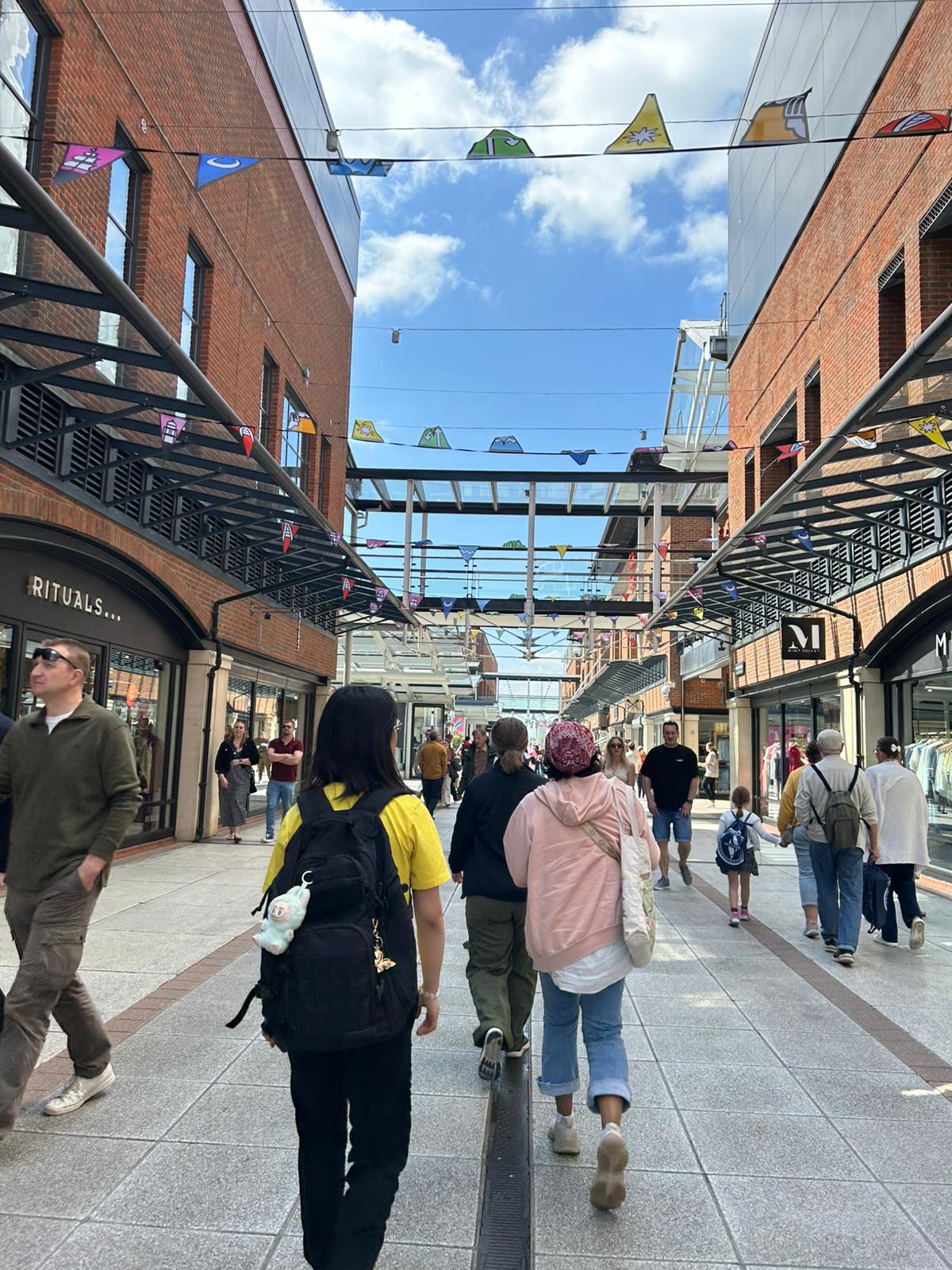
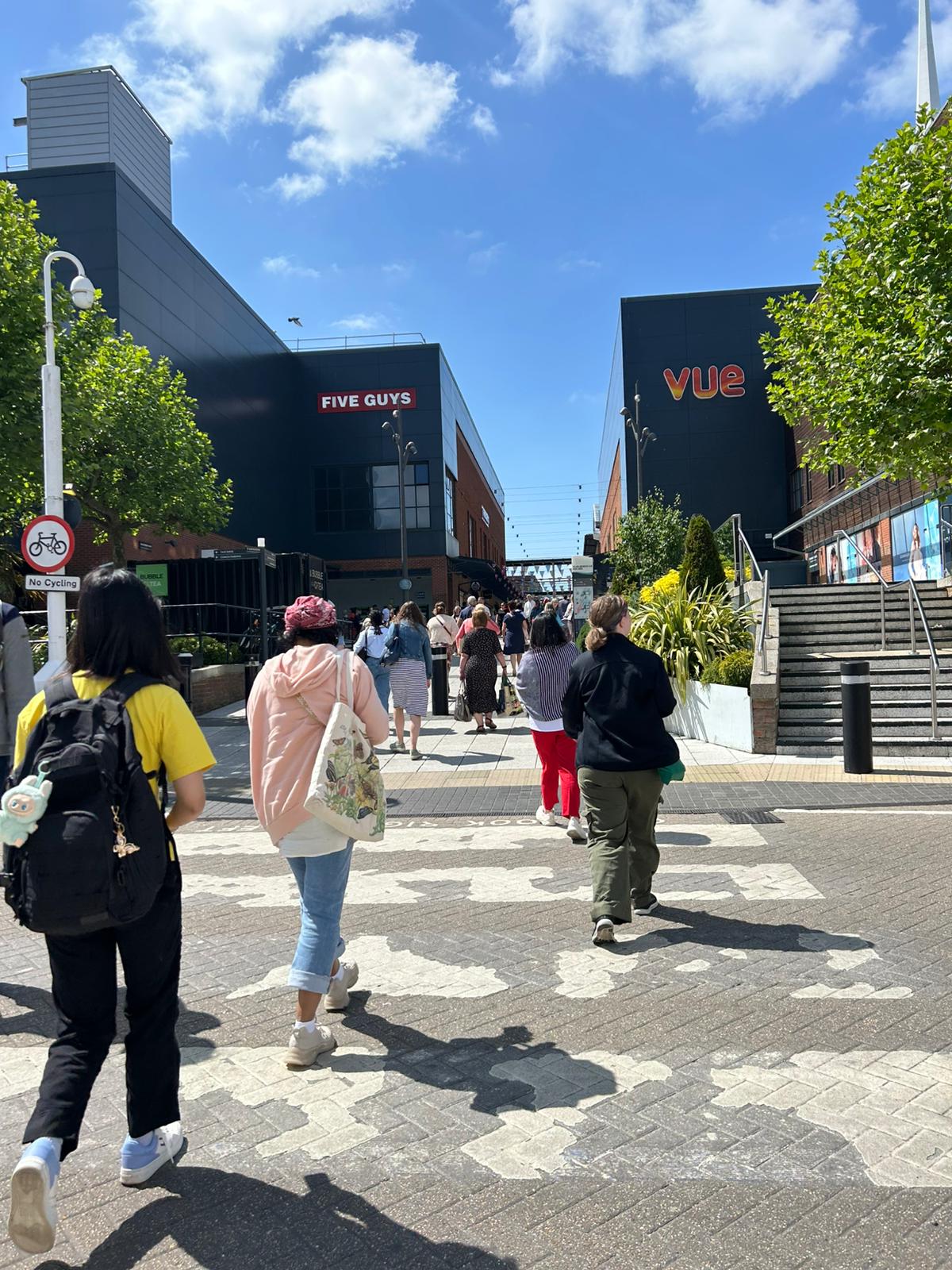

Our first stop in Portsmouth was the iconic Spinnaker Tower, which rises an impressive 170 meters (560 feet) into the sky. Situated right at the edge of Gunwharf Quays, it’s one of the tallest accessible structures in England outside of London. Officially opened in October 2005, the tower’s sleek design resembles a billowing spinnaker sail—perfectly capturing the spirit of Portsmouth’s maritime heritage.

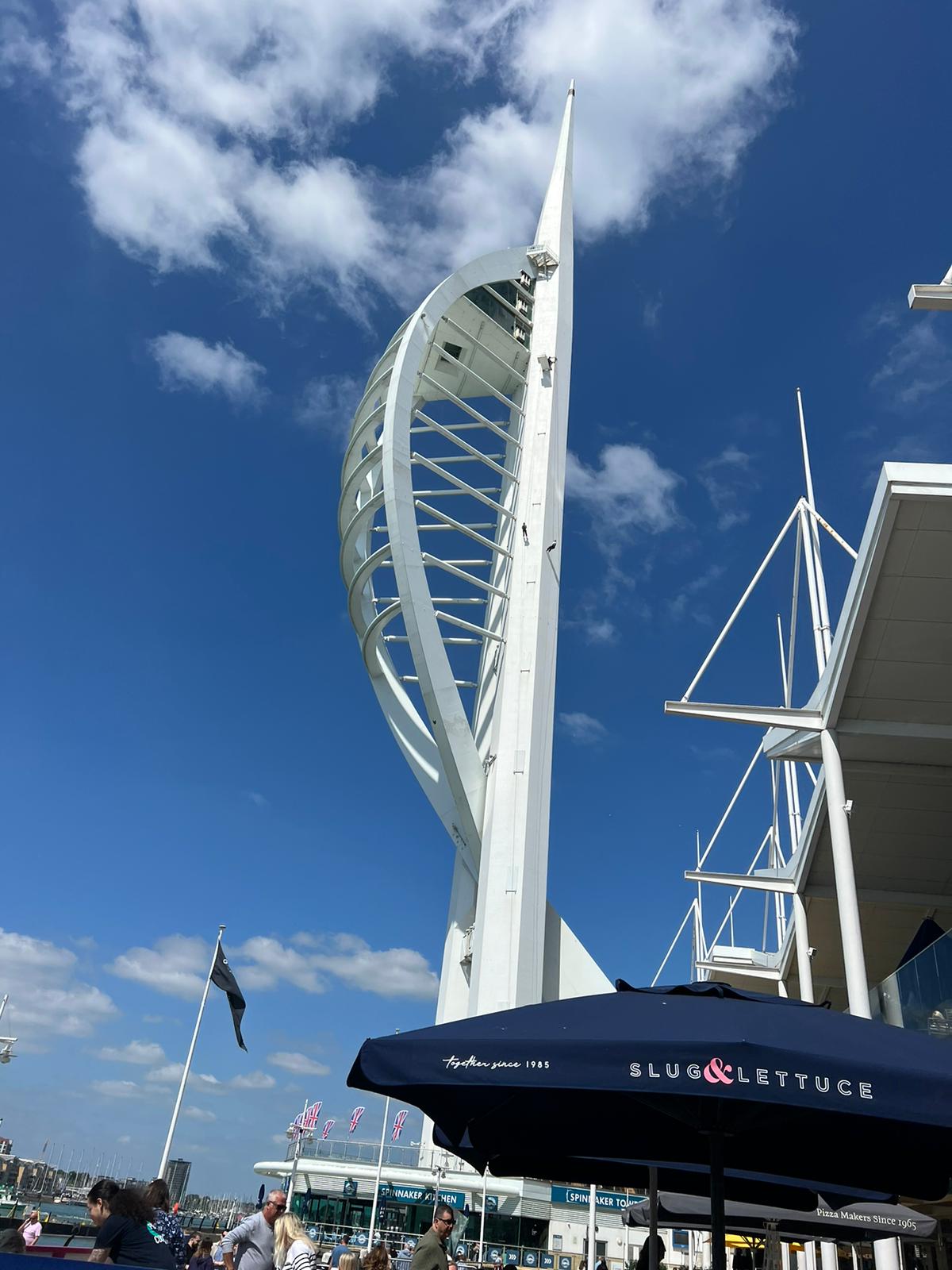
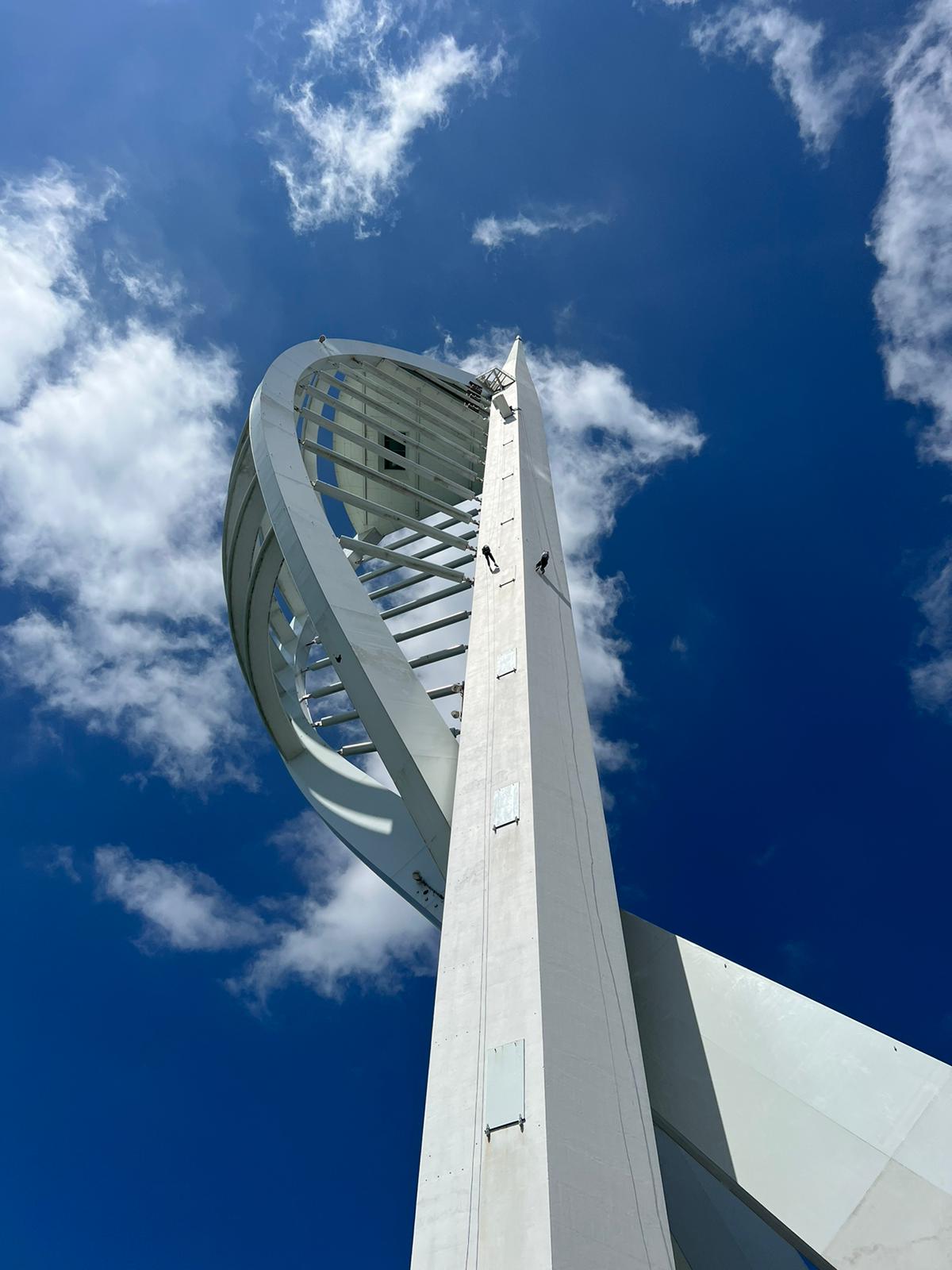
As we approached the tower, we noticed people abseiling down the side—a thrilling sight that immediately caught Mason and Lauren’s attention. They briefly debated whether they should give it a go, but quickly changed their minds after checking the price tag. I purchased tickets for the group (with a student discount—always a win!), and we took the high-speed lift straight to the top.

The view from the top was absolutely breathtaking, as it was a lovely clear day, we could see the panoramic views stretching for miles across the south coast. Phones and cameras came out fast—this was definitely a photo-worthy moment.





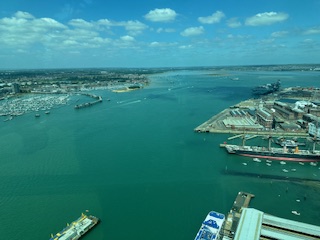
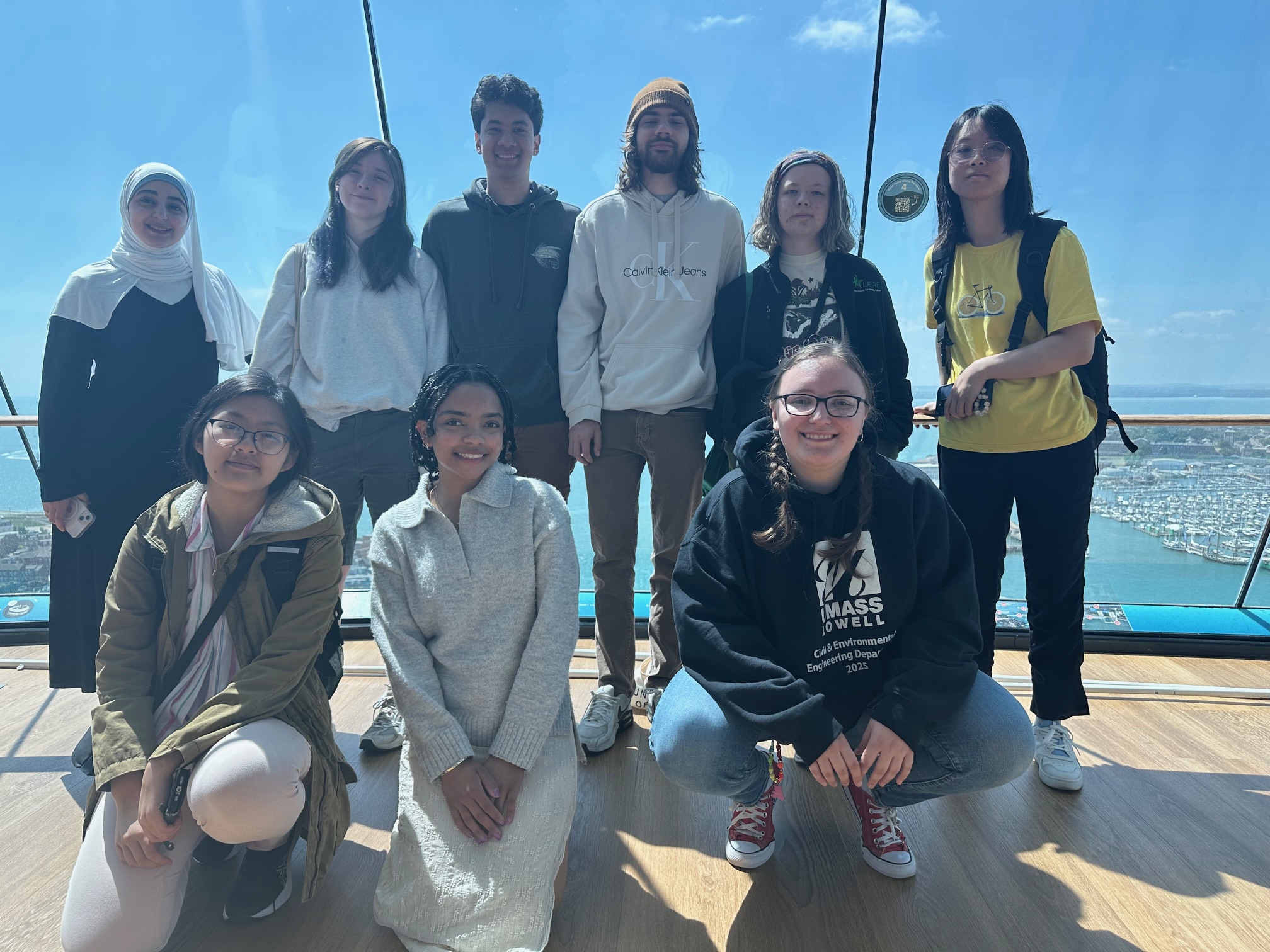
One of the highlights was the Sky Walk, a section of thick glass floor suspended 100 meters above ground. Lauren casually took off her shoes and strolled right across it, even pausing on the center crack without hesitation. The rest of the group was a bit more cautious—some wobbling, some squealing—but in the end, everyone gave it a go.




We all went up the stairs to check out the so-called Sky Garden. I had envisioned something like a greenhouse atmosphere—lush plants, maybe a few flowers. Instead, we found ourselves in another observation room, this one featuring a patch of fake grass carpet and a few token plastic plants. It was, honestly, a bit of a letdown. But to be fair, the views were still great, and it offered a quieter space to take in the scenery from a slightly different angle.
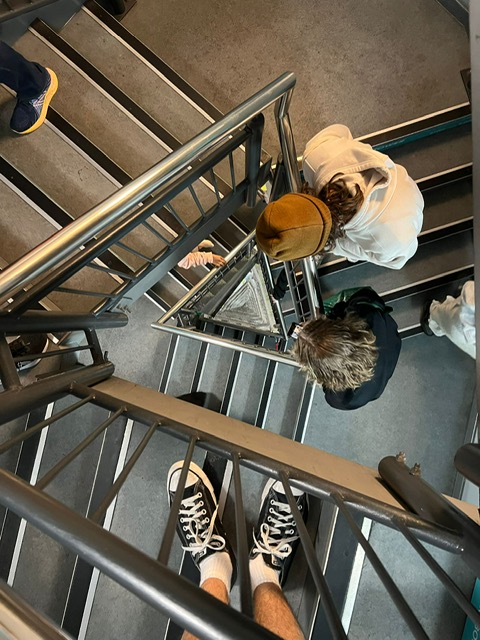
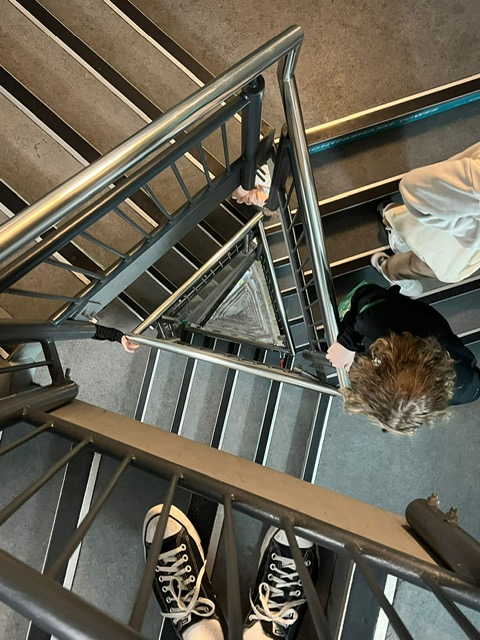

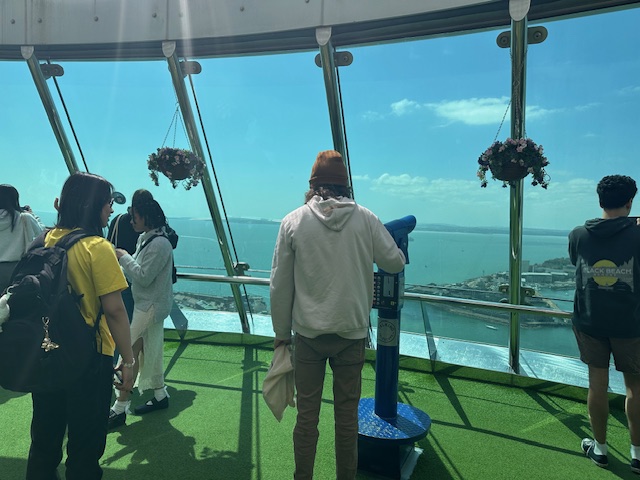

After the Spinnaker Tower visit, it was time to hit the gift shop …




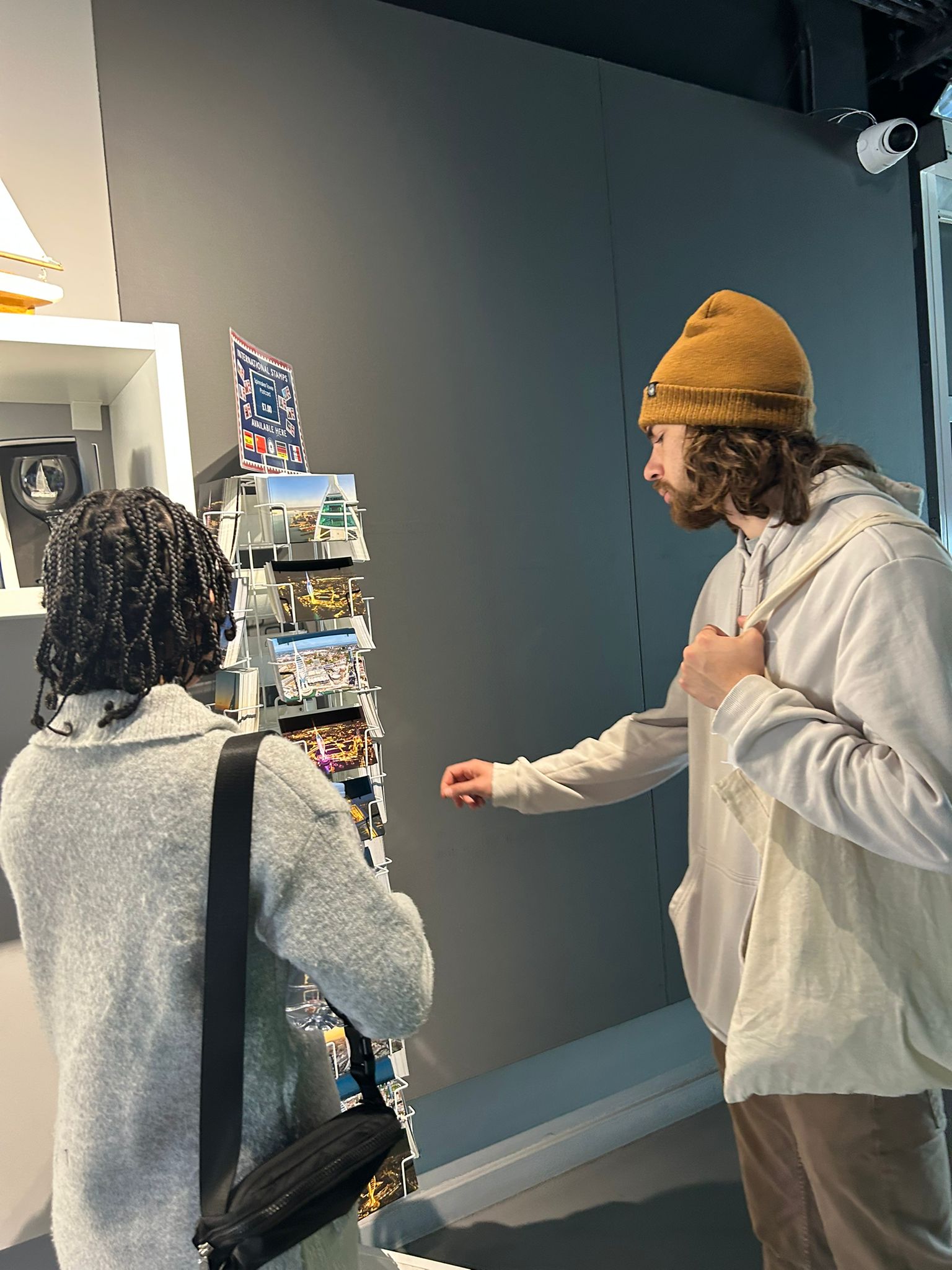
… then I let everyone know they were free to explore Portsmouth on their own and arranged to meet up for afternoon tea. I told them that if anyone wanted to hang out with me, they were welcome to tag along—I was heading to the Historic Dockyard to see the ships, but first, I had my eye on some Cornish pasties we’d passed on the way to the tower. At first, it looked like the whole group was following me. I grabbed a warm Cornish pasty and a cup of tea, and it seemed a few others did the same, picking up either a pasty or some sort of pastry for lunch. Lou and Keanu, however, decided to head off in search of a different lunch spot.

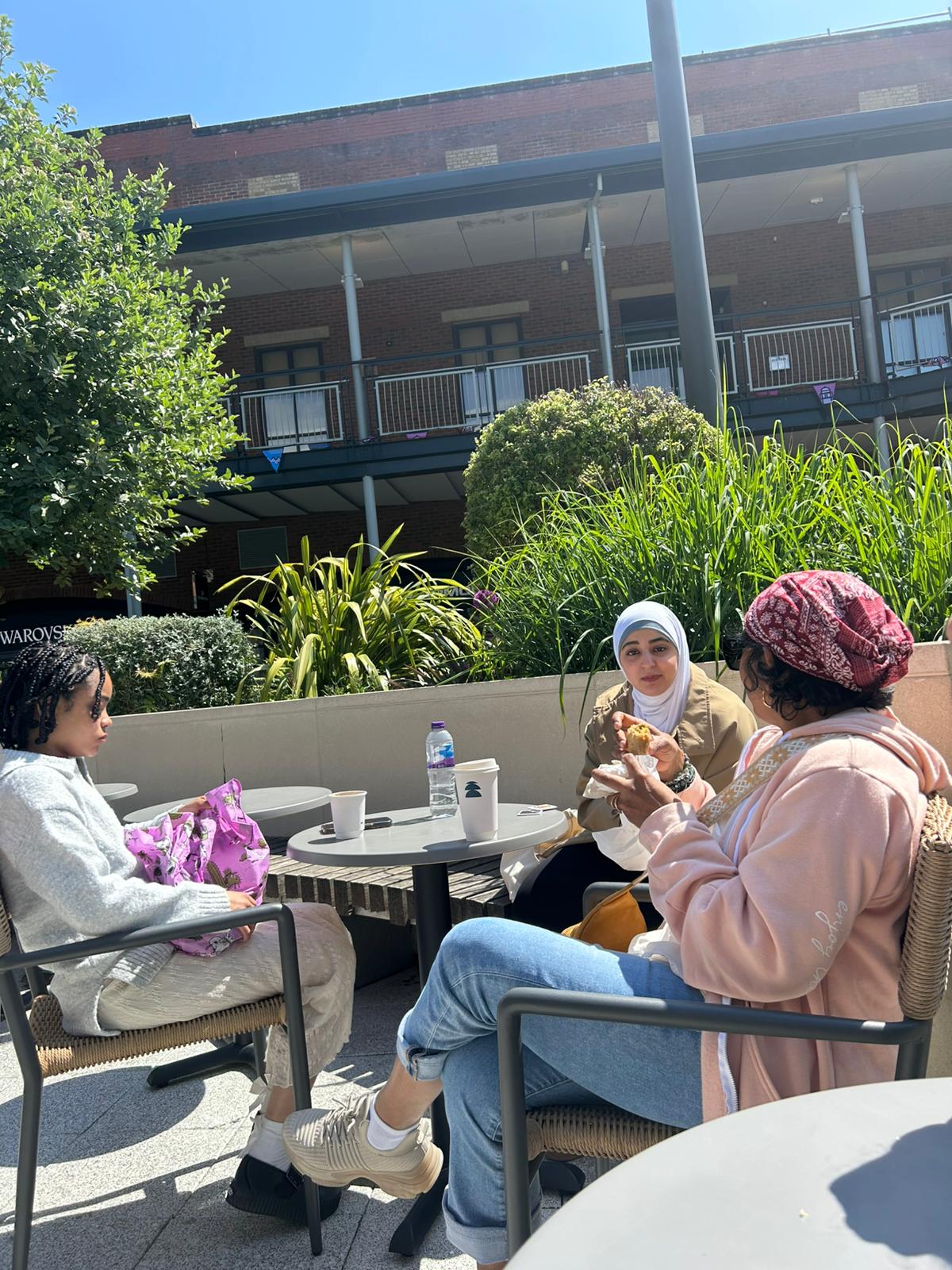

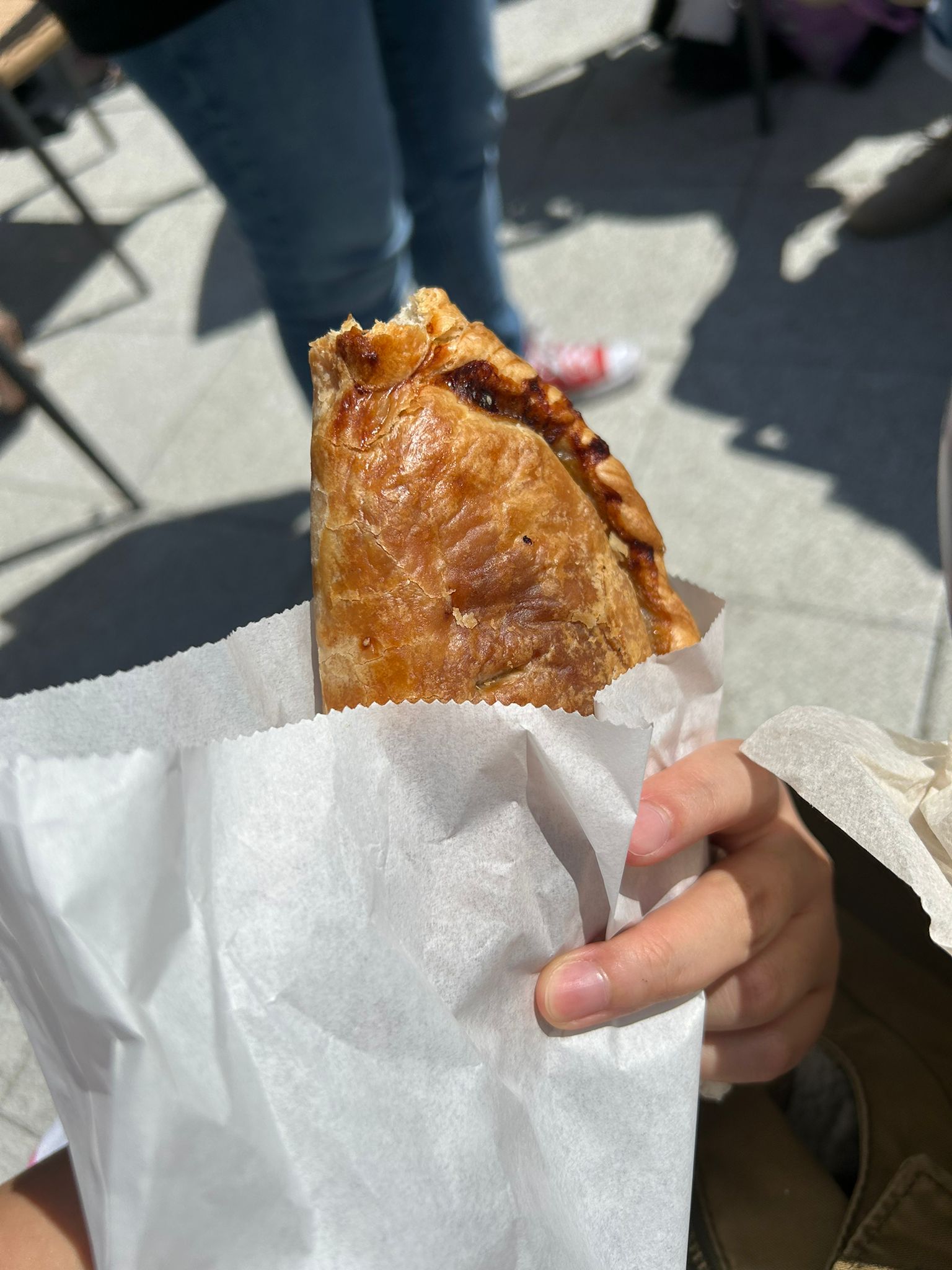
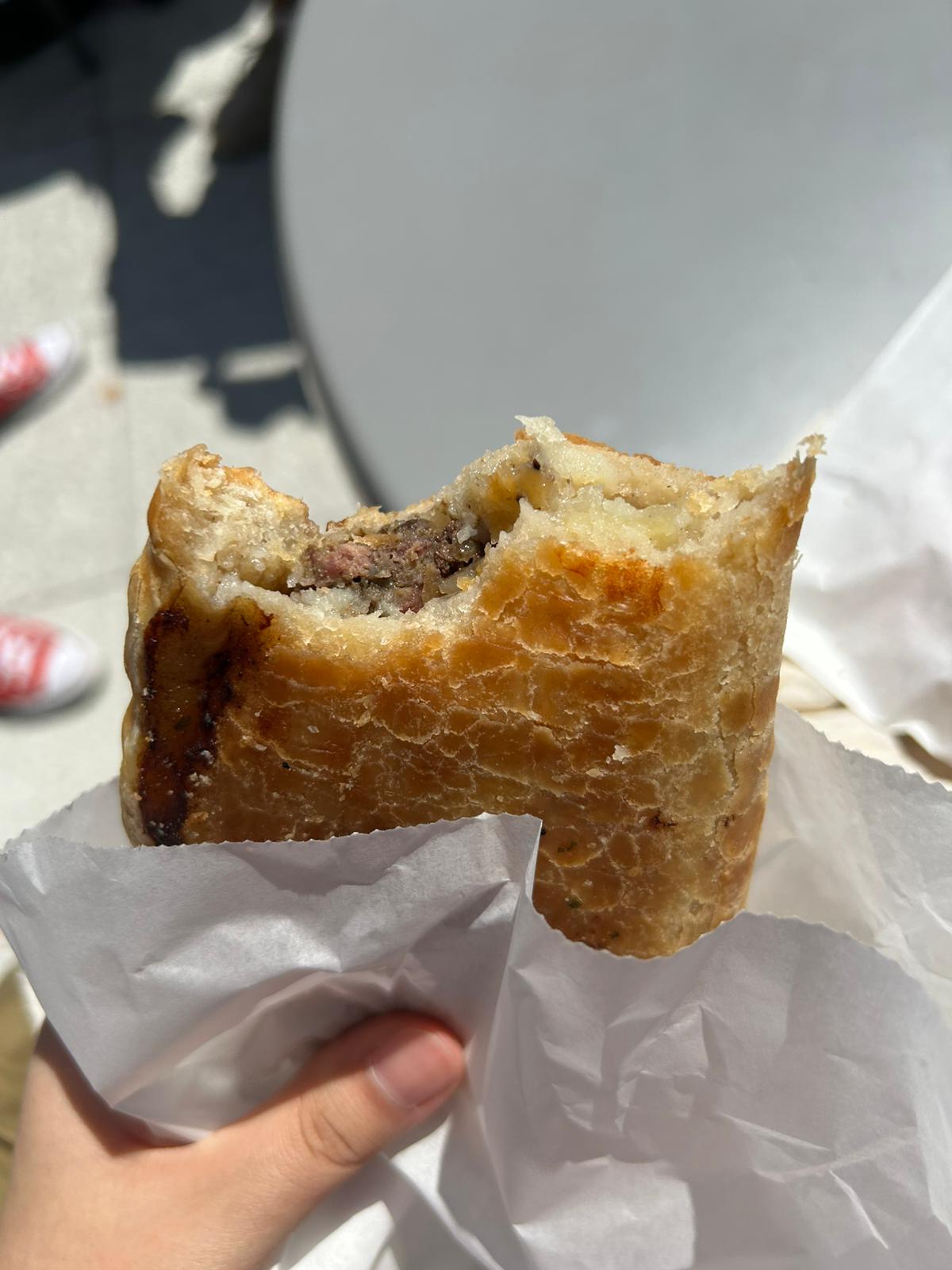
In the end, only Lauren and Dana decided to explore the Dockyard with me. It’s free to wander around the historic site, but it costs about £40 to actually go aboard the ships.
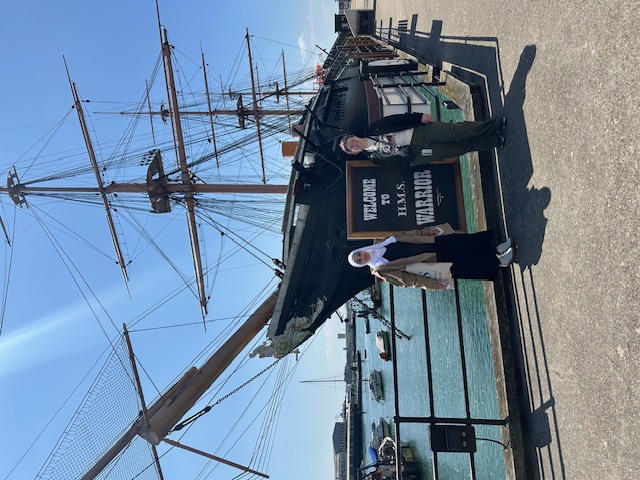
































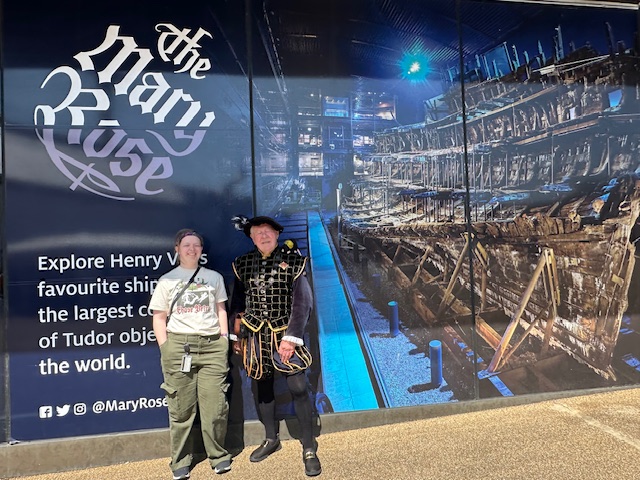
I had already toured the inside of HMS Victory many years ago and could still remember the eerie sense of walking where Lord Nelson once stood—even though no one was allowed to take photos of inside the ship due to Royal Navy secrets, I got some great photos of the ship’s exterior back then. Today, though, it looked like the Victory was under repair. I jokingly asked one of the attendants, “So, has it been out to battle recently?” He chuckled and explained they were renovating it for tourists. I just hope they don’t change it too much—there’s something powerful about its authenticity that you wouldn’t want to lose.




Although we didn’t go inside Victory, Warrior, or see the Mary Rose due to the cost, we still saw plenty. Dana especially enjoyed the gift shops—she seemed to find every possible item worth browsing through.
Meanwhile, the rest of the group had gone off to do their own thing—some were sightseeing around the waterfront, others were hanging out at the mall, and a few had gone in search of fruit stands. Everyone was enjoying the freedom to explore Portsmouth at their own pace.
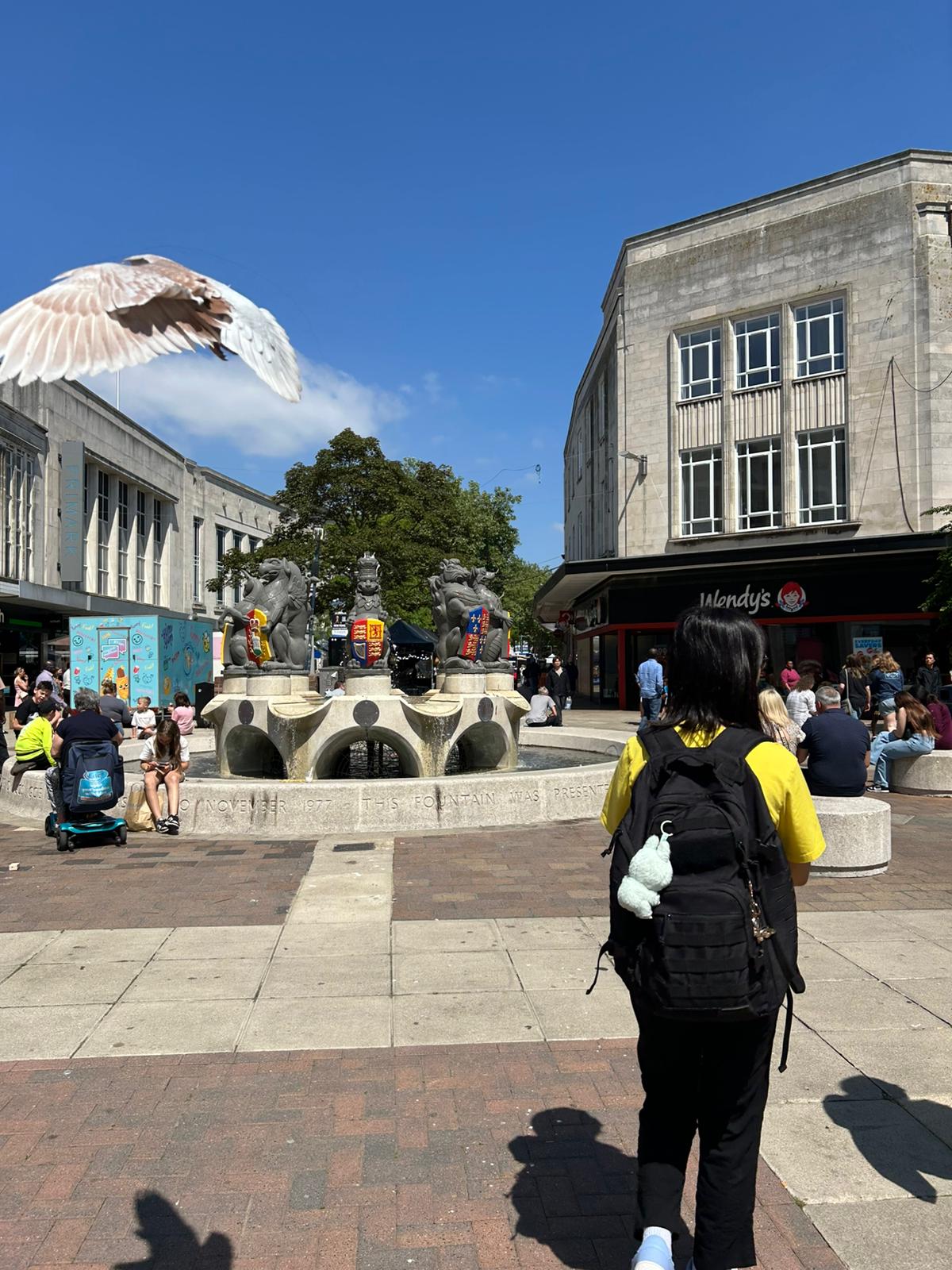
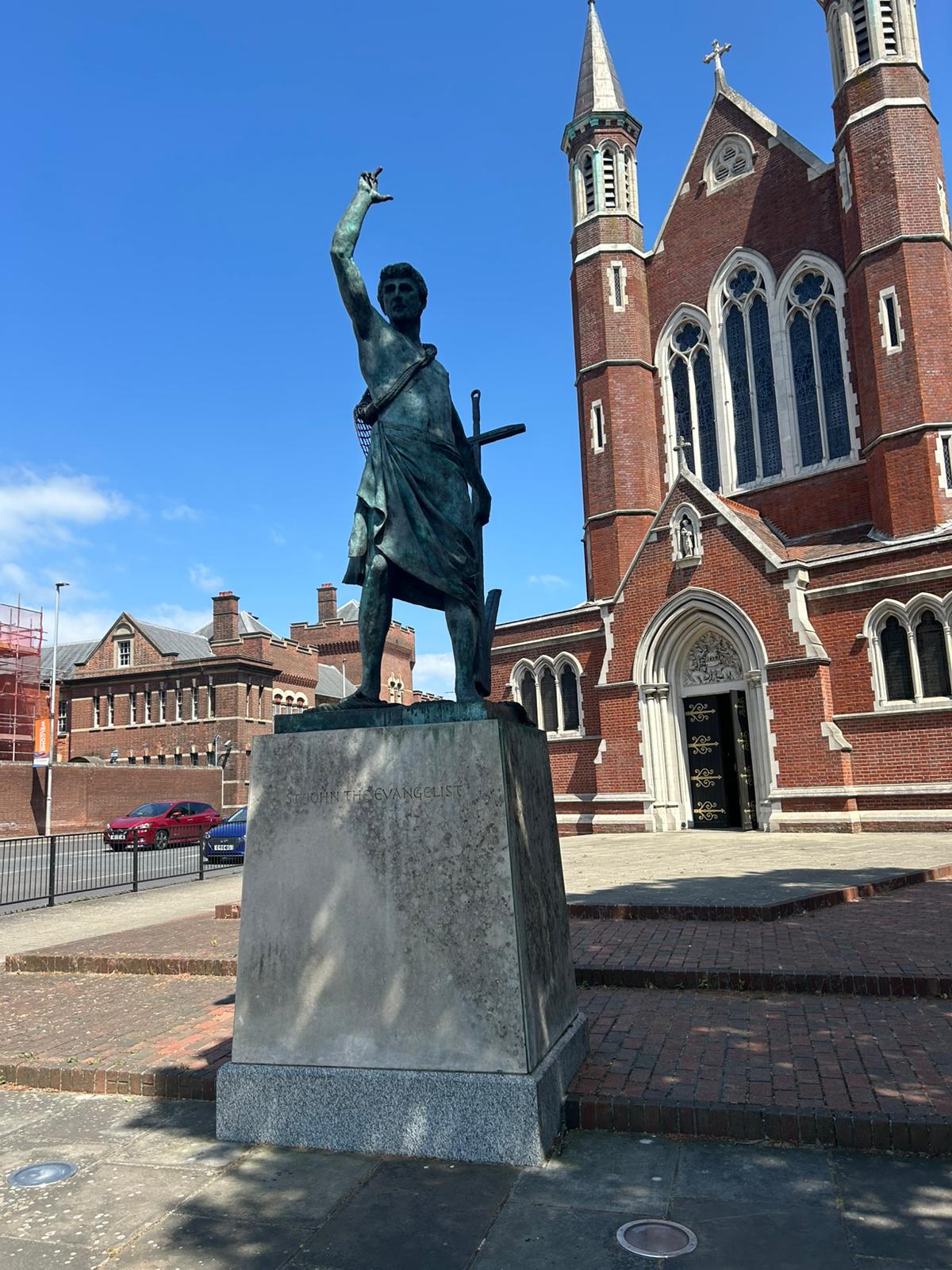
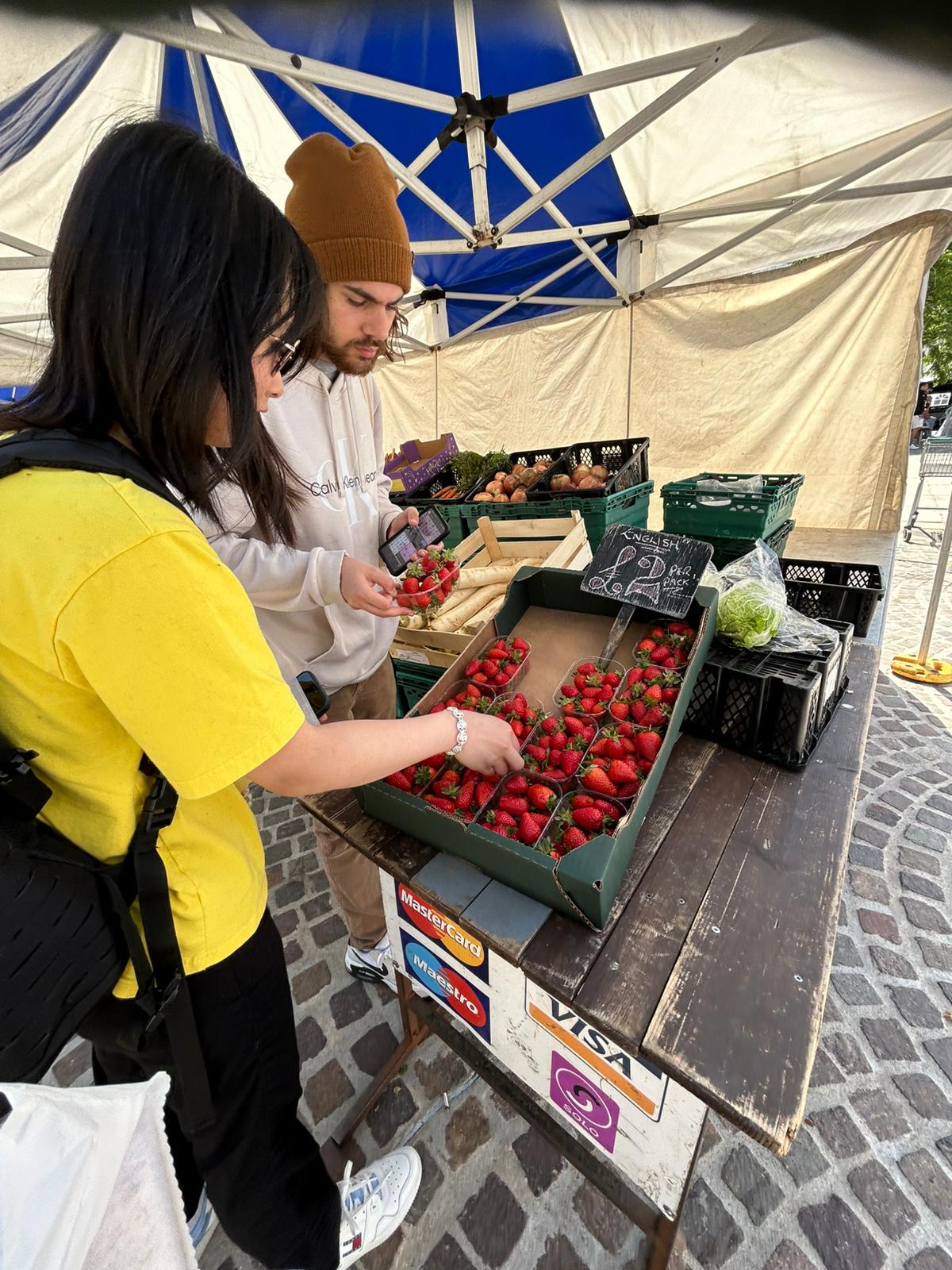
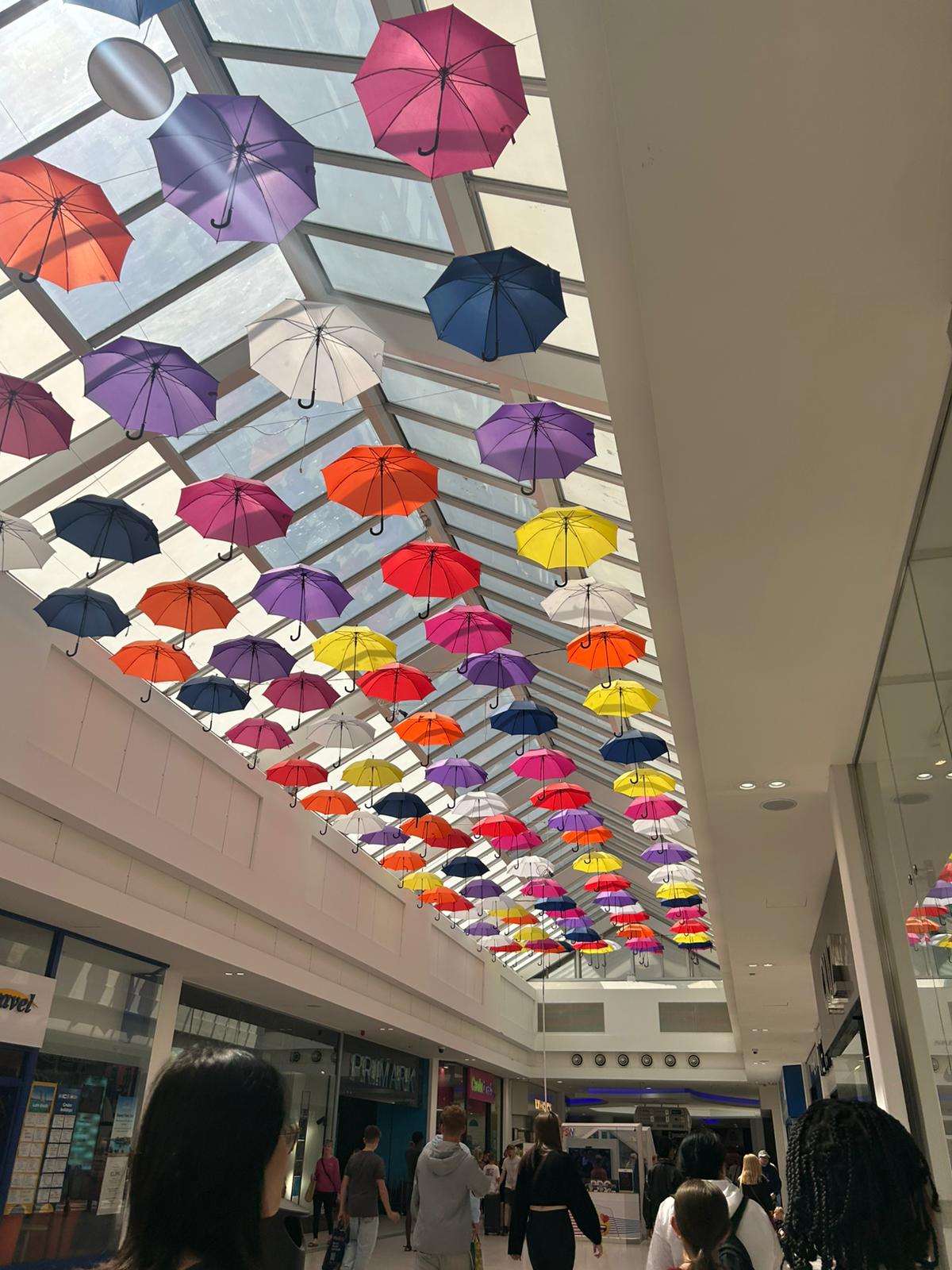
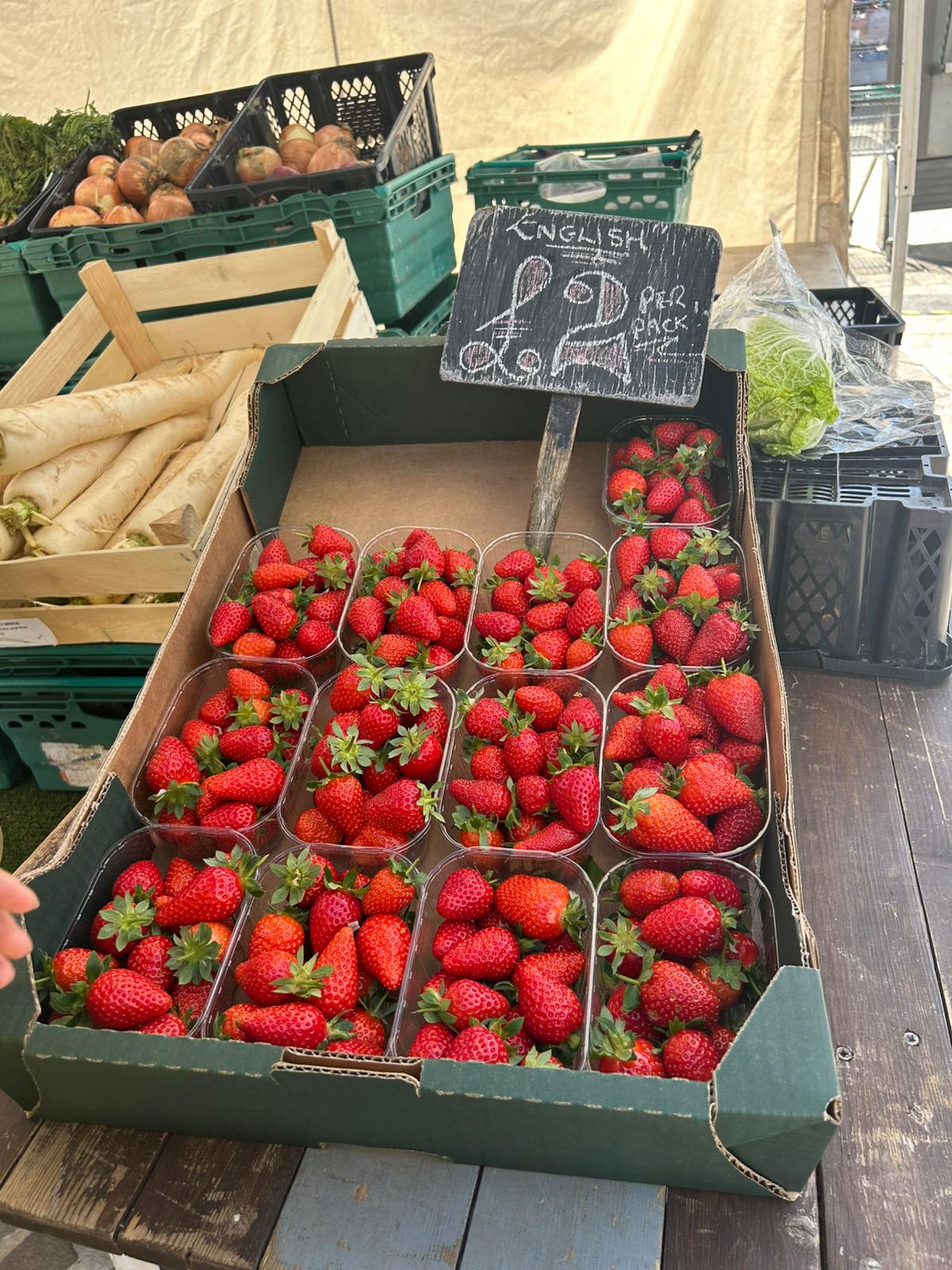
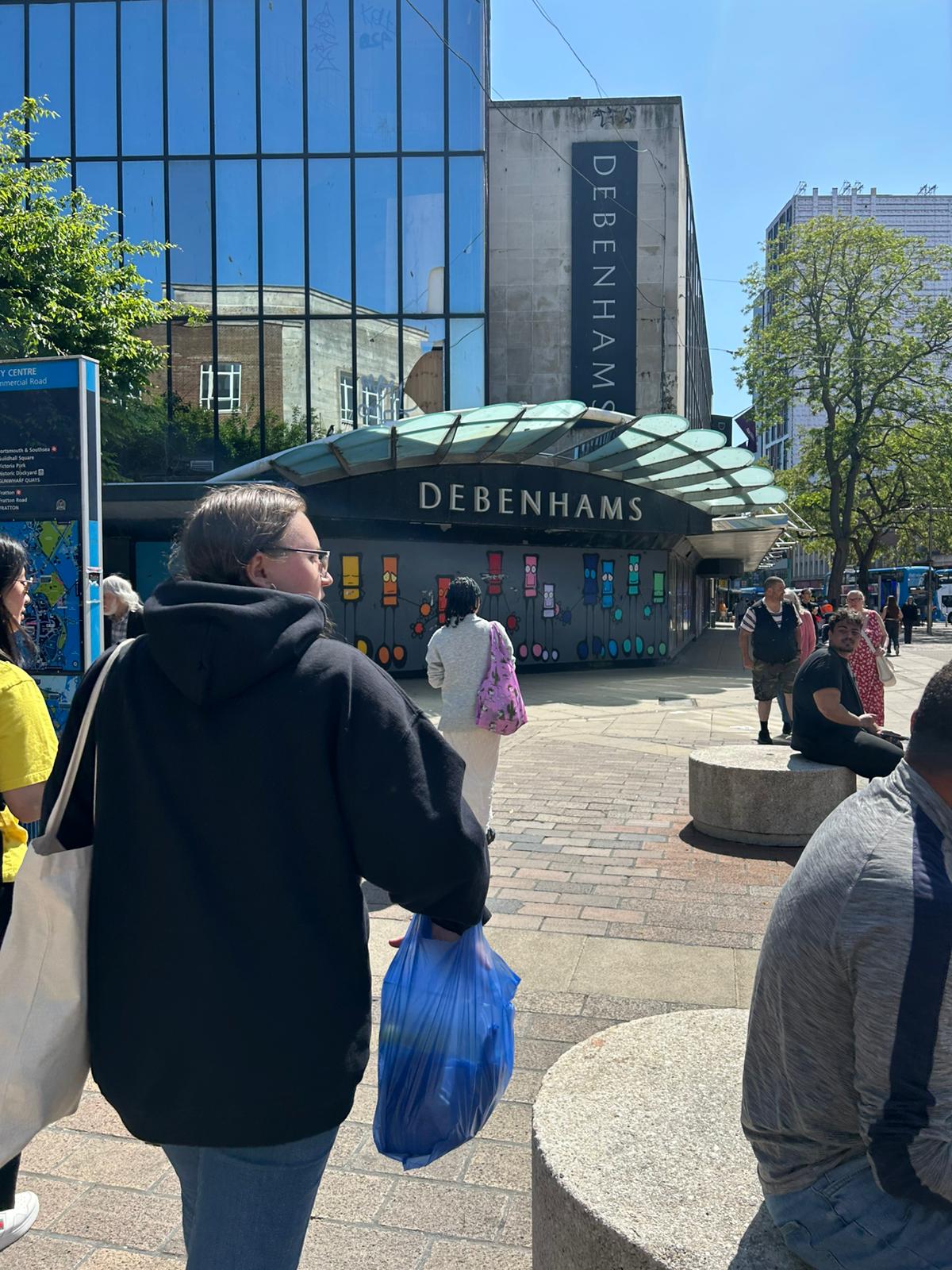
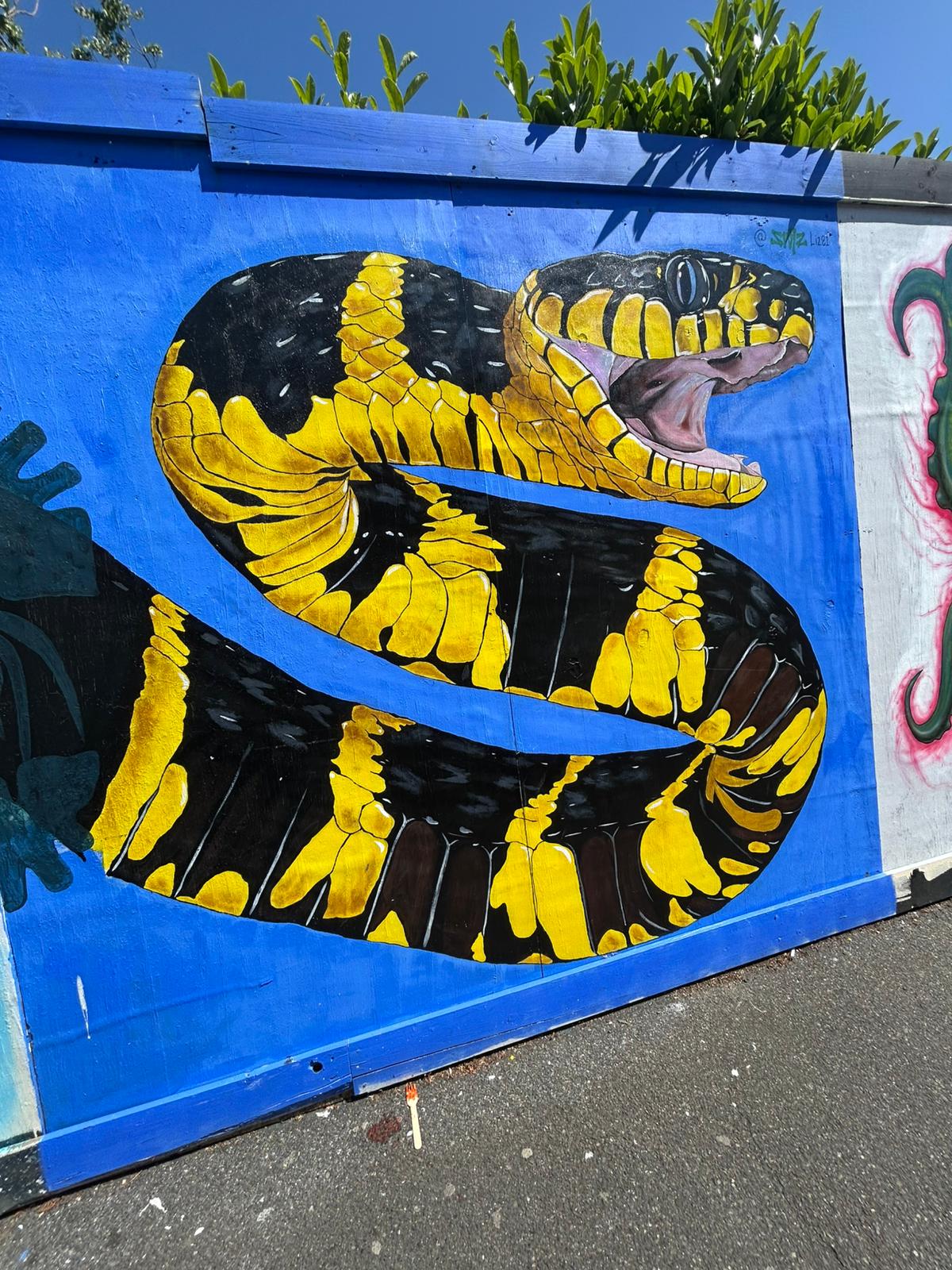
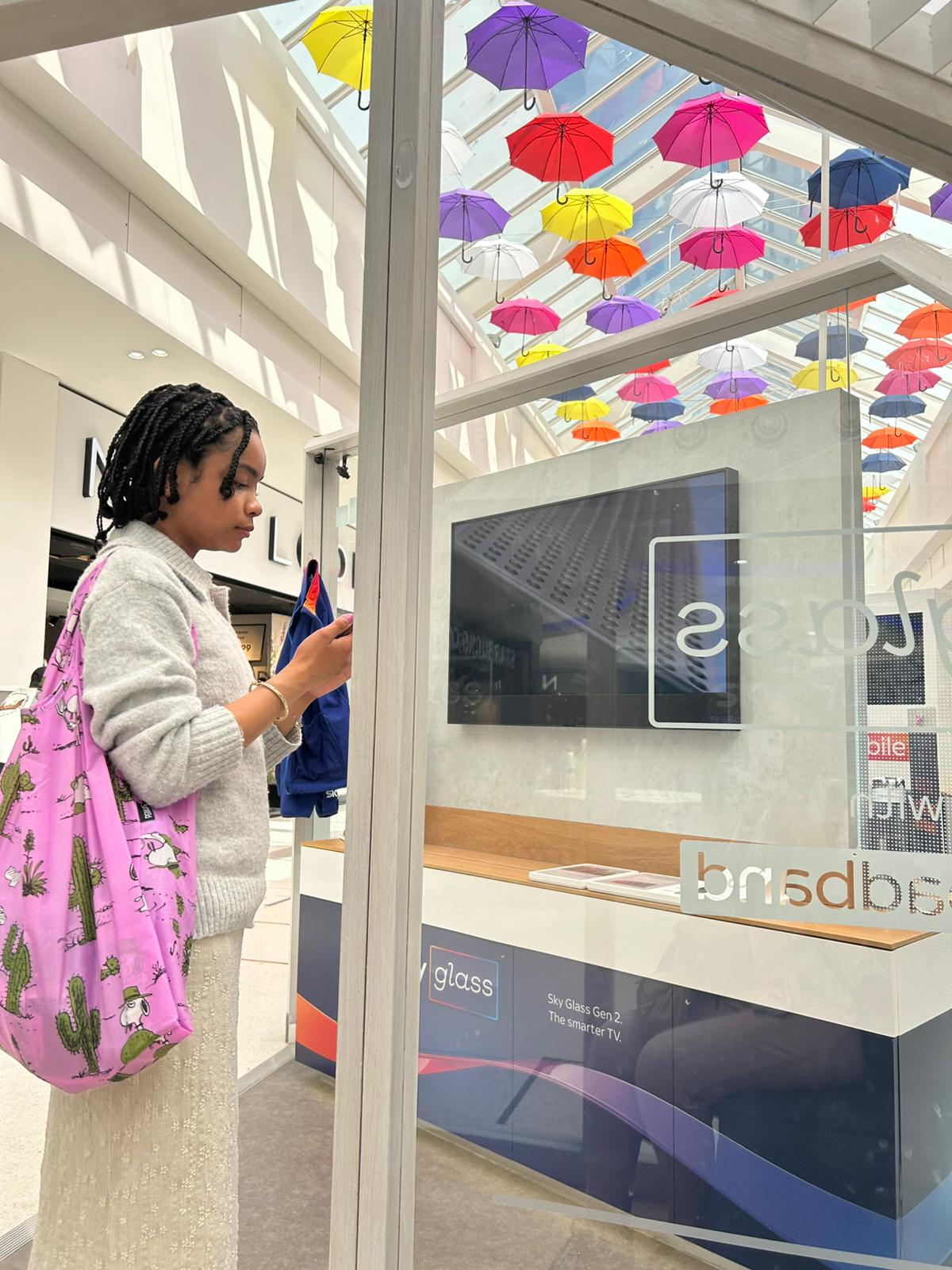
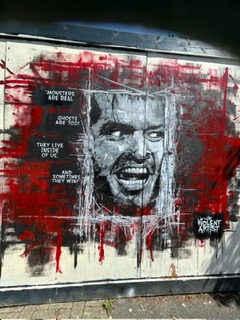

Eventually, we all regrouped at one of the best tea spots in Portsmouth—The Parade—where the group got to enjoy a proper High Tea experience. There were delicate finger sandwiches, freshly baked scones with clotted cream and jam, a tempting selection of cakes, and, of course, their choice of hot beverage to go with it all.















After tea, everyone more or less collapsed onto the park lawn, stretched out in the sun, enjoying a moment of rest before it was time to head back to the station.


On our way there, we passed the pier carnival—and, of course, they couldn’t resist, especially Wiktoria. she saw the rides, and she was heading straight for it. So, we made a quick detour, and they threw themselves into the rides, with the kind of energy only sugar and seaside air can provide.


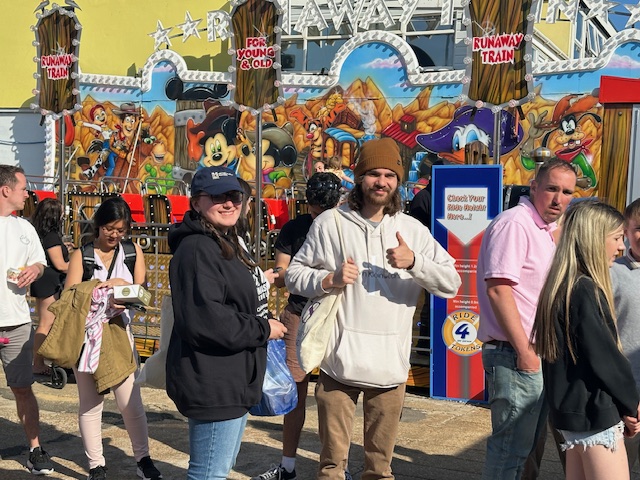



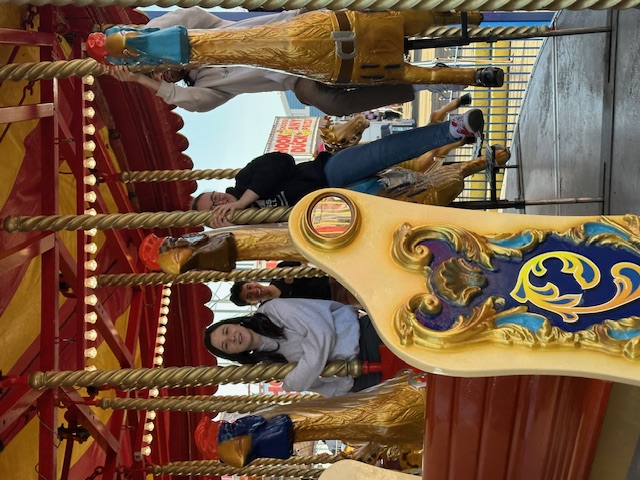



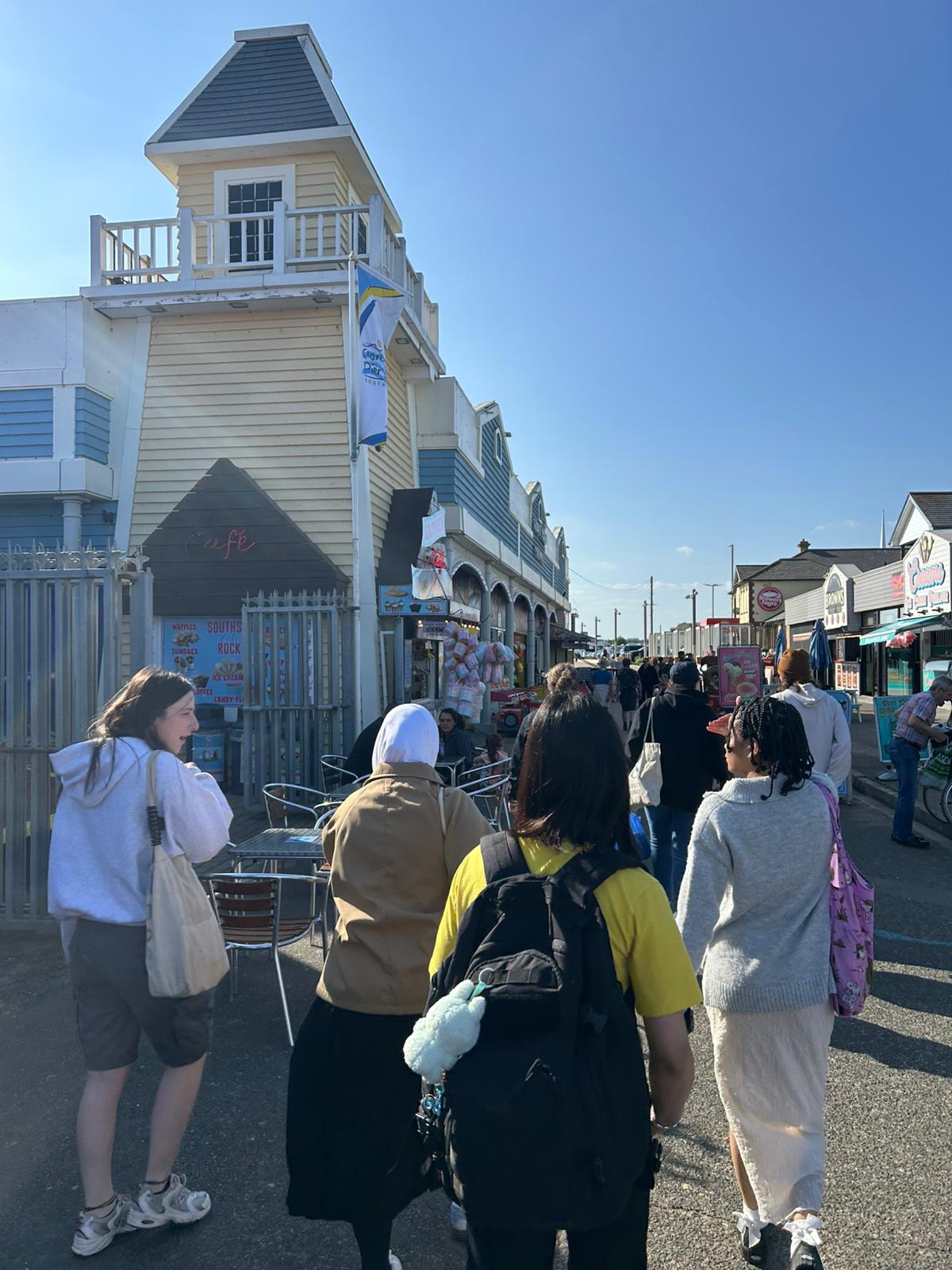
Then it was time to make our way back to the station and return to Brighton—though not without a few final stops to snap photos and take in those last glimpses of Portsmouth. As we walked, I found myself thinking back to when I first visited the city and how much I enjoyed it. I had quietly wondered whether the group would feel the same—but as it turns out, I had nothing to worry about. They genuinely loved it. Note to self—’Add Portsmouth to Study Abroad Brighton 2026!
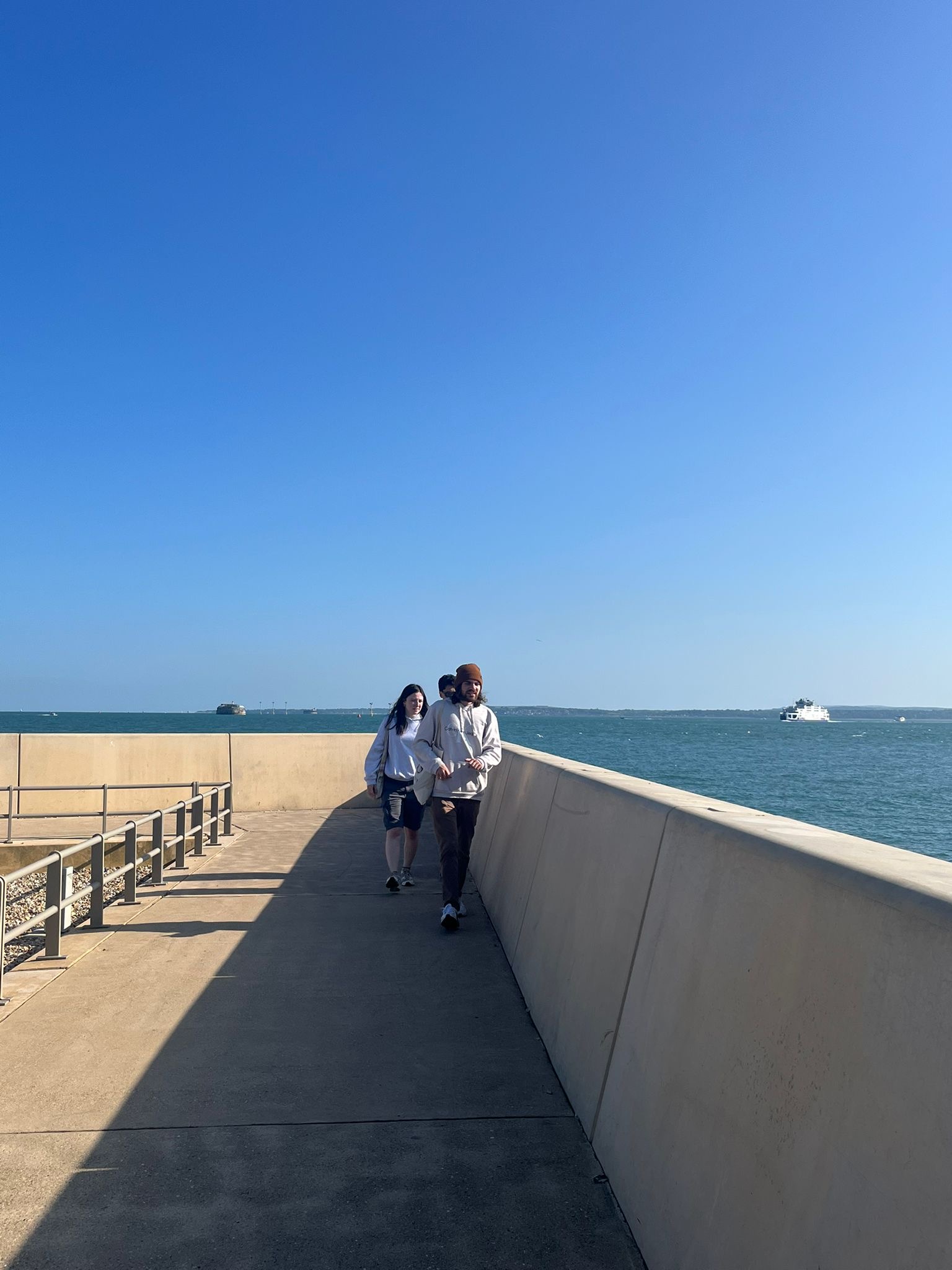

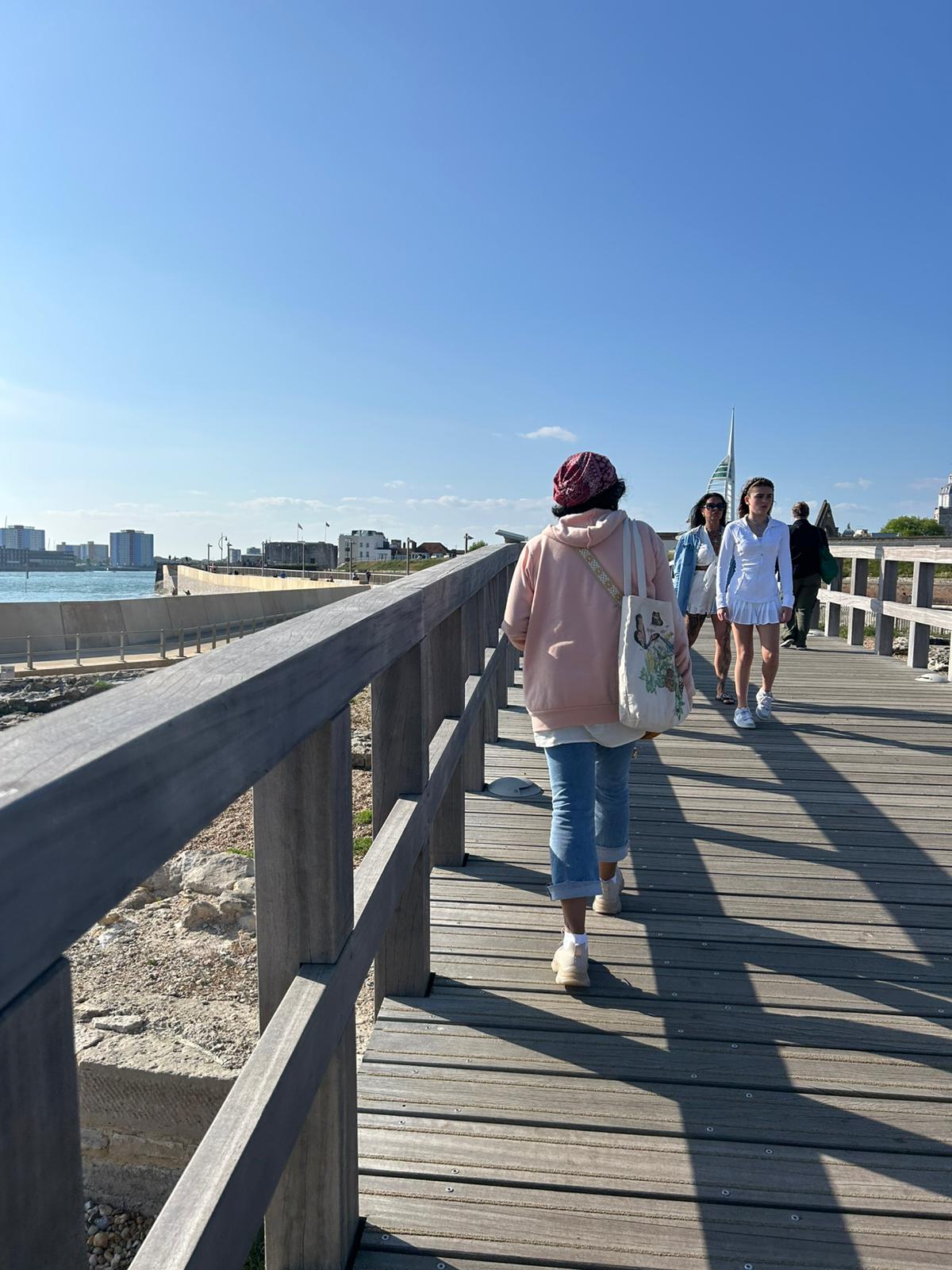




Day 7 – Sunday May 18
Today was our scheduled free day. Last year, I offered a day trip to Cambridge as an option—and I could have done the same again this year. I know this group would’ve loved it, but just like our Stonehenge visit, that trip is a long haul. So instead, I gave them the option of a day trip to Lewes, followed by a visit to Seven Sisters. I told them I’d be heading out to Lewes at 10:00 a.m., and if anyone was waiting in the lobby at that time, they were welcome to come along. Honestly, I was only expecting Lauren. But when I came down, there was Lauren—and also Wiktoria, Di, Dana, and Keanu, who, impressively, had only just gone to bed at 5:00 a.m. after a night out. Emily and Erin showed up with laundry bags in hand and said they’d catch up with us in Lewes once the washing was done.

Mason let me know he’d meet us later at Seven Sisters, he needed more sleep. No word from Lou. So off we went—Keanu, Wiktoria, Lauren, Di, Dana, and I—to Lewes.

It had been a while since I’d last visited Lewes, and I was struck by how much had changed. I’d forgotten how impressive the station was, but Lauren and the others noticed immediately, capturing some great photos.




Stepping out of the station, it’s impossible to miss Lewes Castle towering above the rooftops. Built shortly after the Battle of Hastings by William de Warenne, 1st Earl of Surrey, the castle is a remarkable example of Norman military architecture. Uniquely, it features two mottes—a rarity in England, shared only with Lincoln Castle. The first motte, Brack Mount, was established soon after 1066, followed by the second, known as the Keep, in the late 11th century. Originally constructed with wooden palisades, these were replaced with stone shell keeps in the early 12th century. The castle played a significant role in the Battle of Lewes in 1264, where forces loyal to King Henry III clashed with those of Simon de Montfort. Although we didn’t venture inside, we wandered around the exterior and the gardens, soaking in history and the serene atmosphere.





On our way to the castle, we passed a small playground, and without hesitation, Wiktoria and Dana made a beeline for the swings, their laughter echoing as they embraced the spontaneous joy of the moment. It was a delightful reminder that sometimes, the simplest pleasures—like a quick swing in the park—can become the most memorable parts of a day.
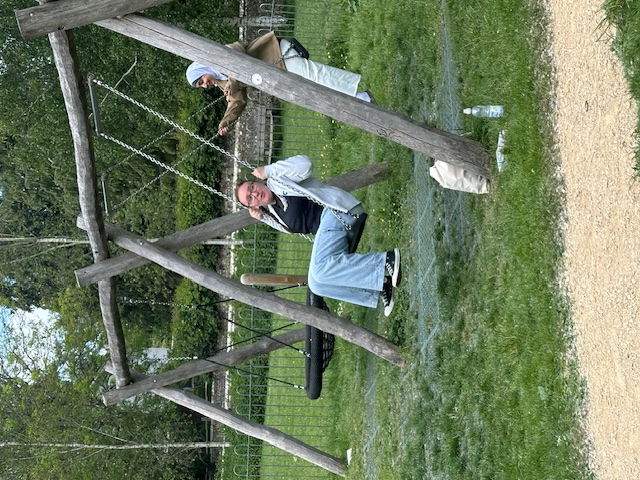



After our castle visit, we made our way to the Fifteenth Century Bookshop, a true haven for bibliophiles. Nestled in a timber-framed building dating back to the 1400s, this shop exudes medieval charm. Specializing in rare and second-hand children’s books, its shelves are brimming with literary treasures, from classic tales to collectible editions. The shop’s creaky floors and low beamed ceilings transport visitors back in time, making it a must-visit for those seeking a nostalgic literary experience.




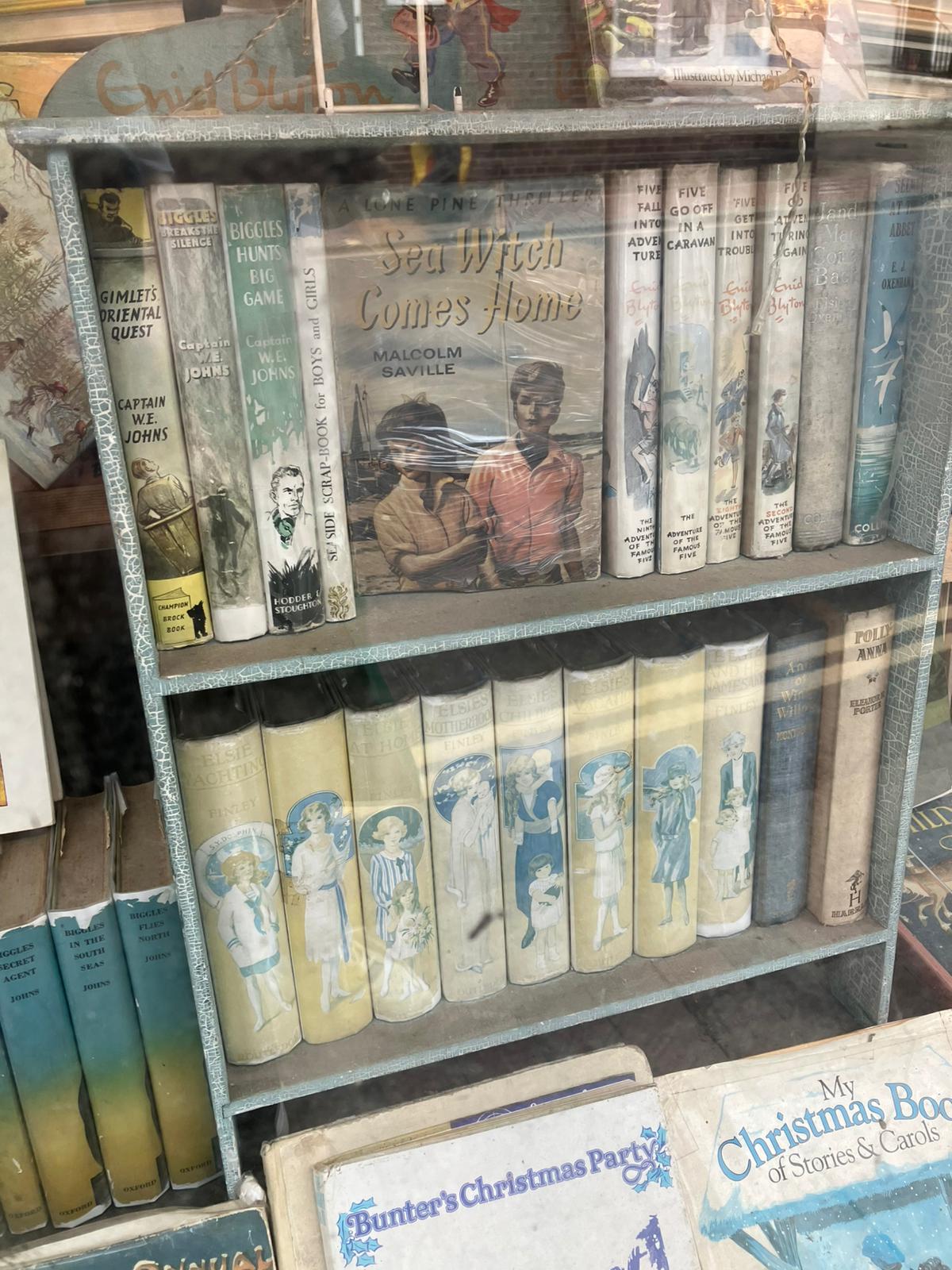
I couldn’t help but reminisce about the time I purchased the complete works of George Bernard Shaw, published in 1938, from this very store decades ago. As much as I wanted to purchase more old books, I knew I’d have to carry them to Seven Sisters, so I made a mental note to return another day. However, that didn’t stop Lauren, Di, Keanu, Dana, and Wiktoria, who each found something special to take home. We ended up staying at the bookshop longer than we had planned, completely engrossed in the literary treasures around us.
Meanwhile, we received word that Mason, Erin, and Emily were on the train to Lewes. We arranged to meet up with them at a specific location in town, so we can all go to lunch, which was at The Snowdrop Inn, a place steeped in history and personal nostalgia. This pub stands as a poignant reminder of the 1836 Lewes Avalanche—the deadliest in British history. On December 27, 1836, a massive snow cornice collapsed from Cliffe Hill, burying a row of cottages known as Boulder Row and claiming eight lives. In 1840, the Snowdrop Inn was built on the disaster site, its name commemorating the tragic event.



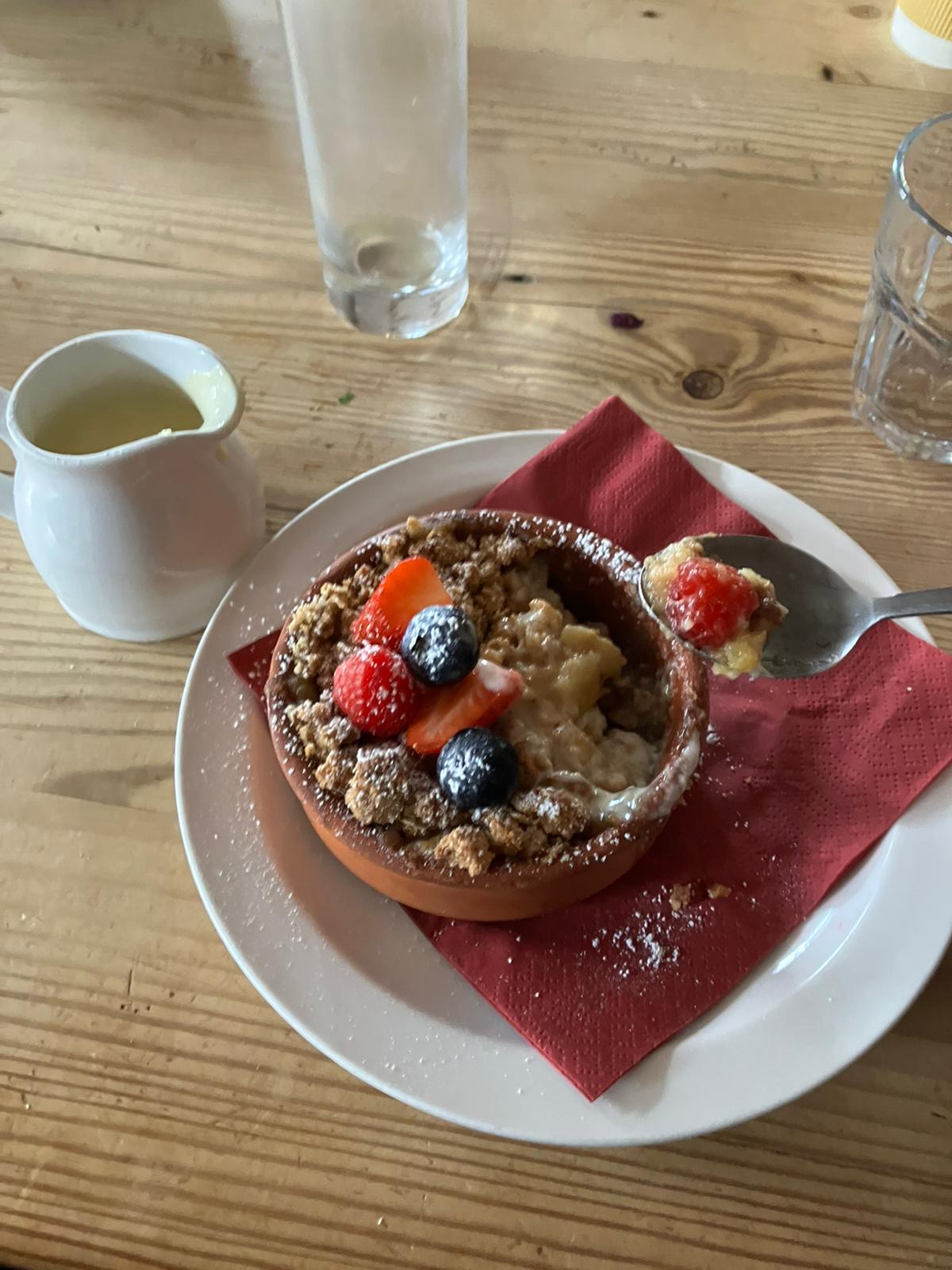

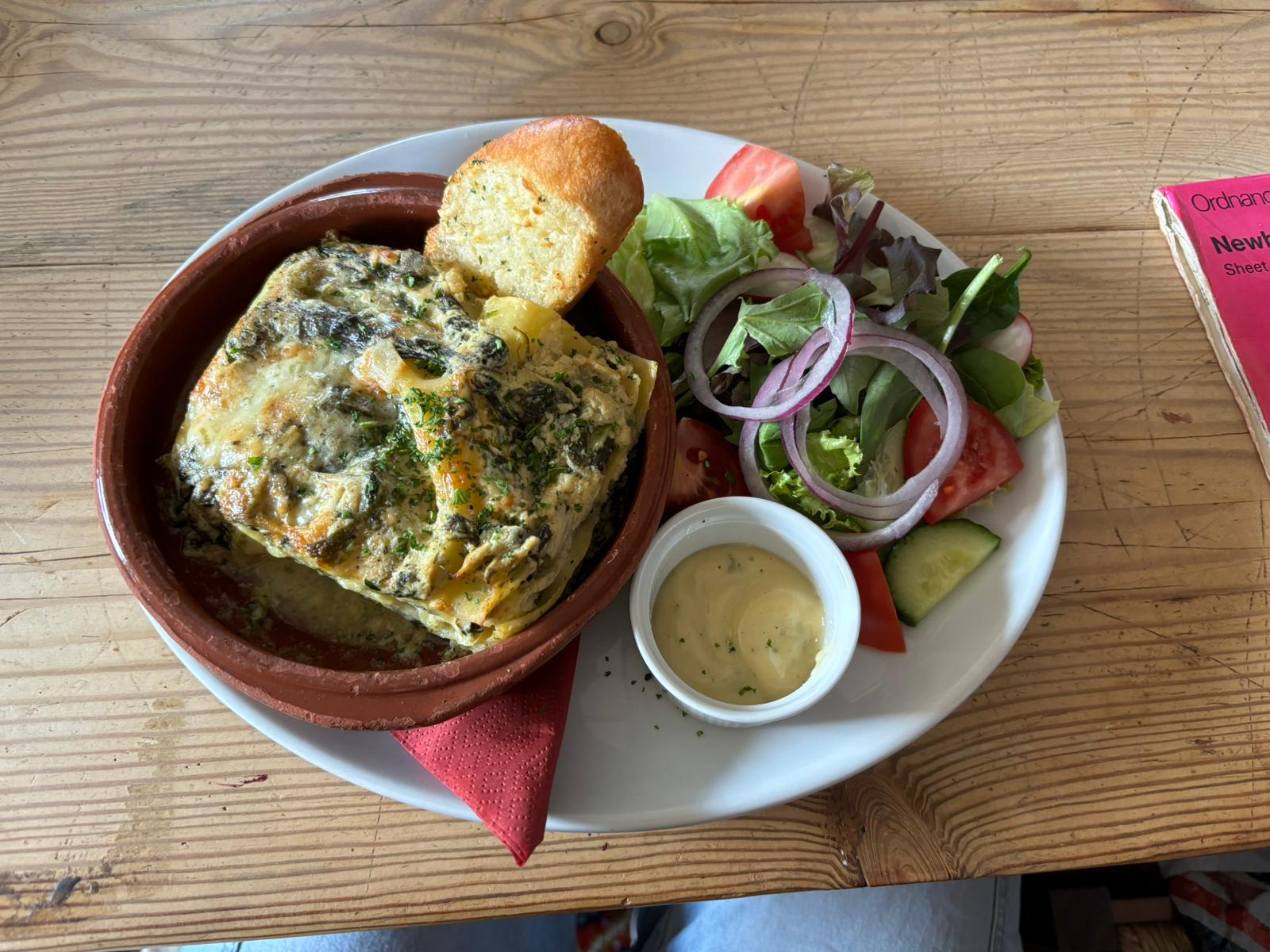
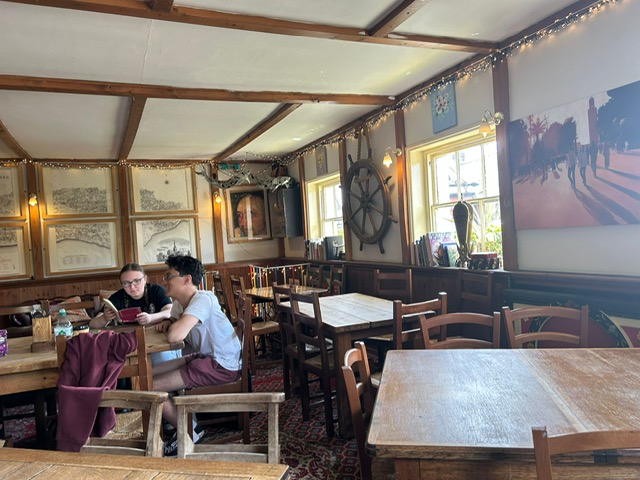
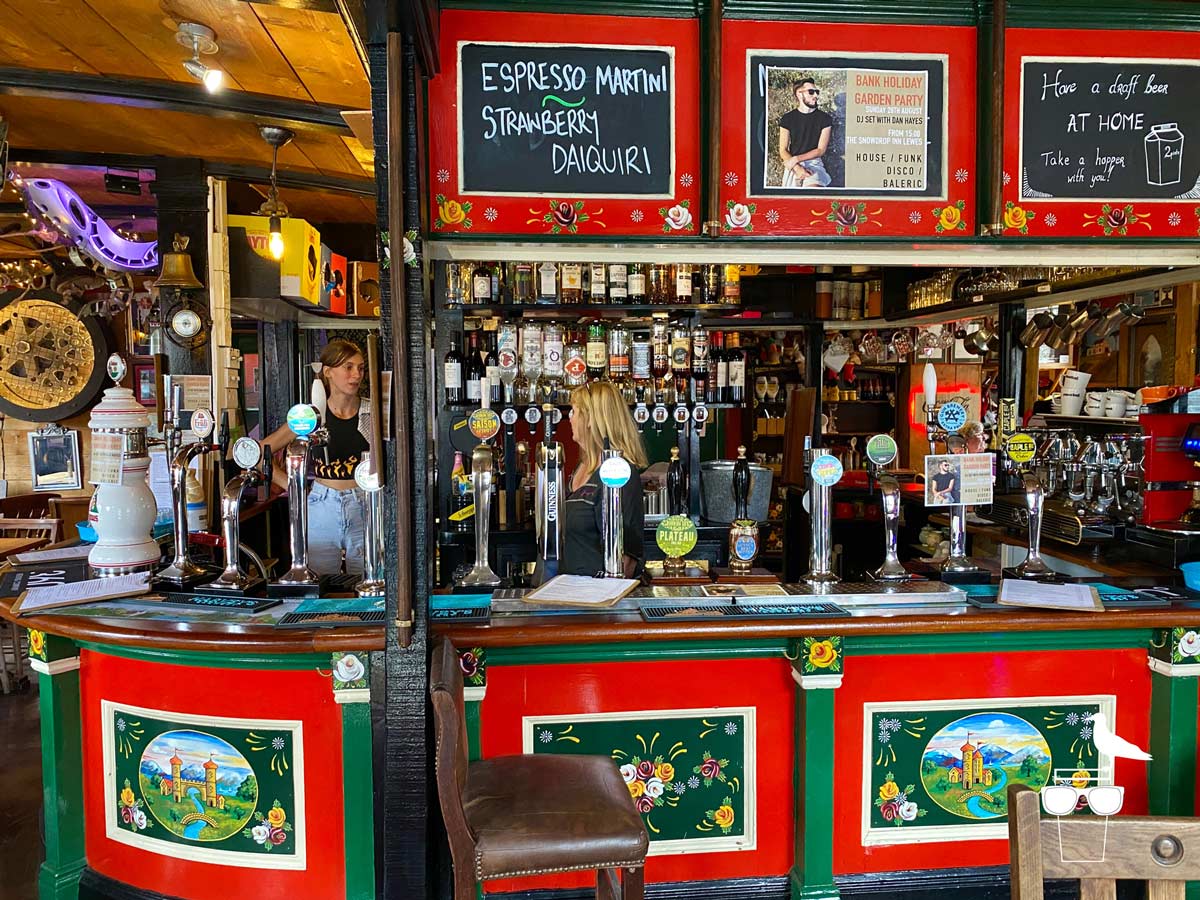
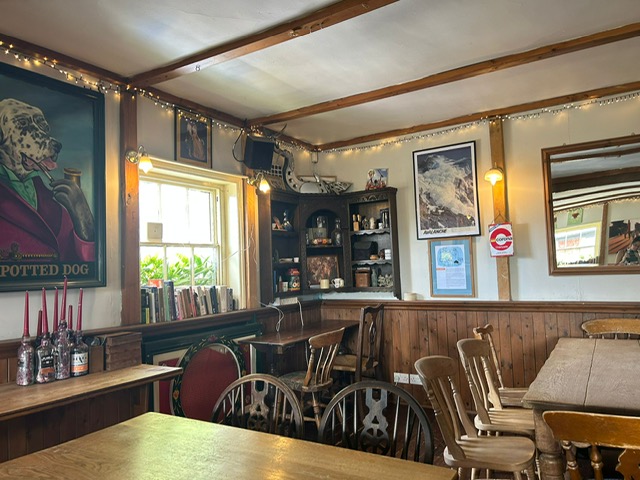
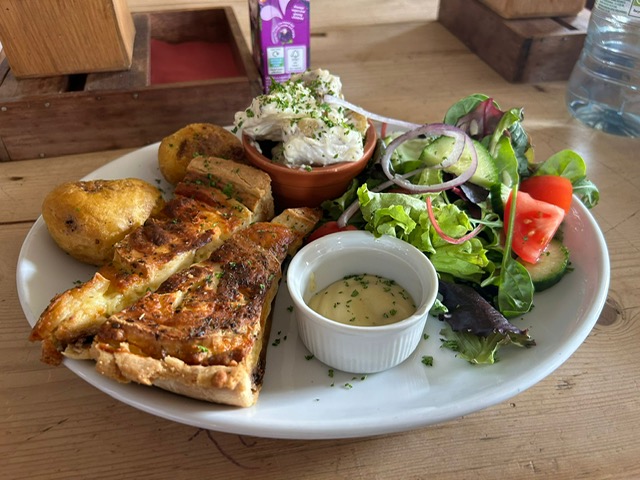
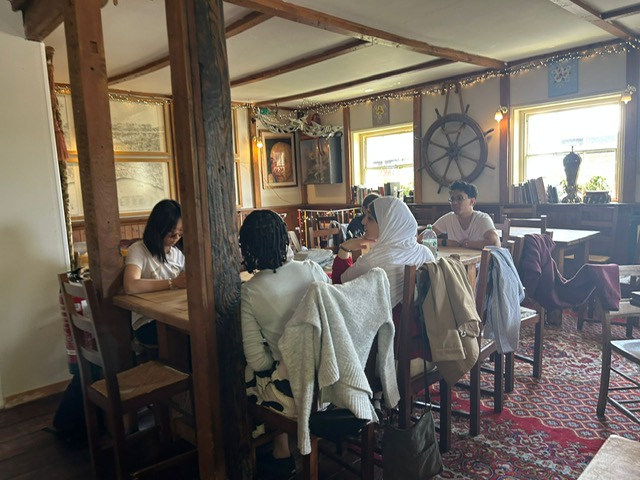

Today, the pub offers a cozy atmosphere with a selection of local ales and hearty meals, serving as both a community gathering spot and a living memorial. For me, it’s more than just a pub; it was my go-to spot during my university days at the University of Sussex—for food, drinks, and the occasional game of pool. I knew this would be the best place to dine in Lewes, and I was not wrong. The food received nothing but praise from everyone. They even experienced Yorkshire Pudding, a concept that was quite new to them, and it was a hit!
After our delightful lunch at The Snowdrop Inn, I gave everyone the option to explore Lewes at their own pace, with plans to reconvene at the station by 3:30 p.m. for our journey to Seaford and onward to Seven Sisters. Mason and Keanu were eager to hike up Cliffe Hill, drawn by its panoramic views.
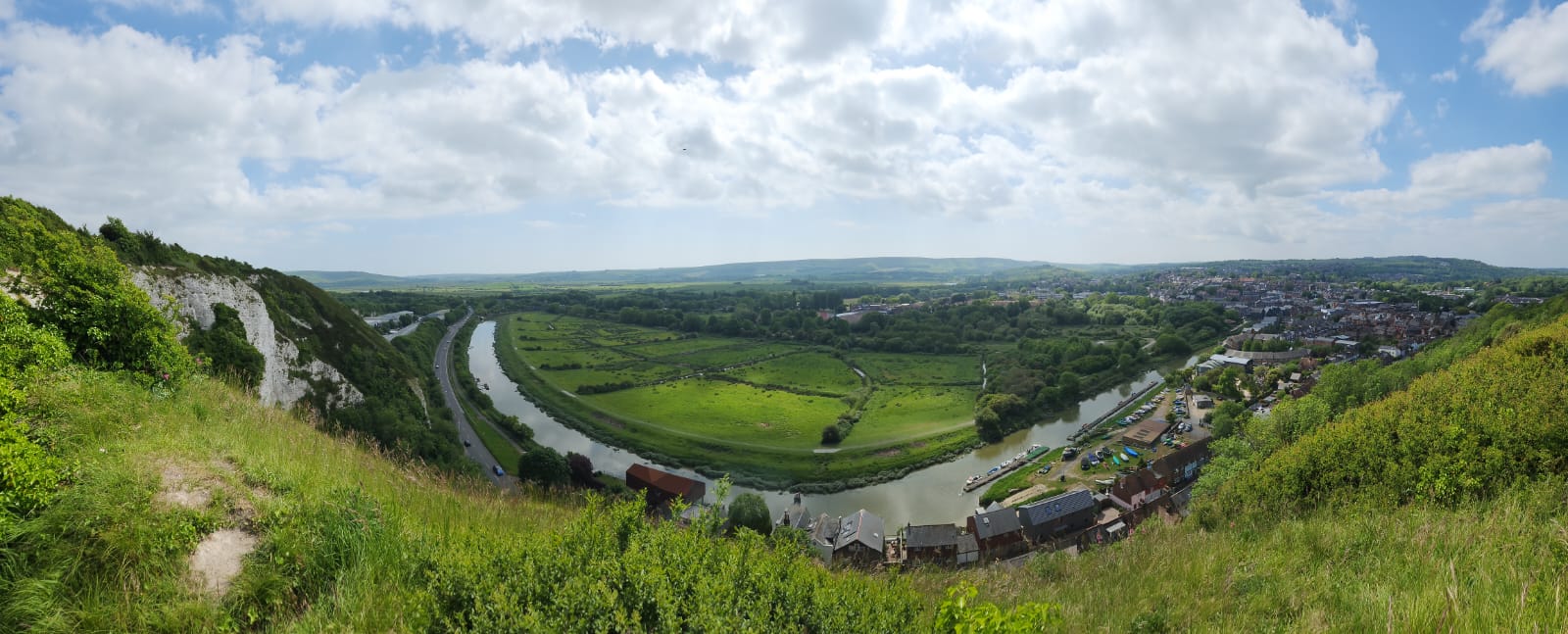
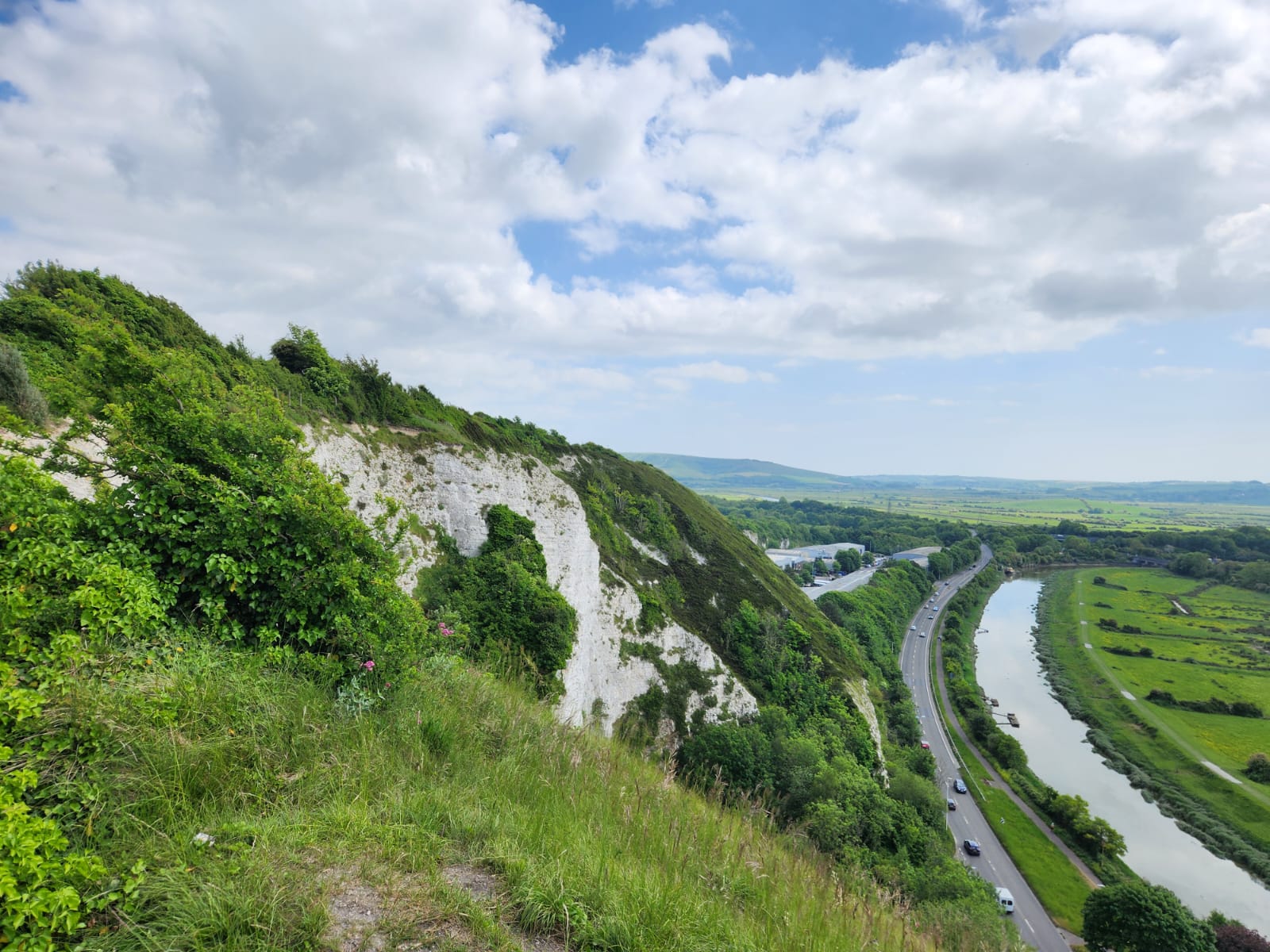
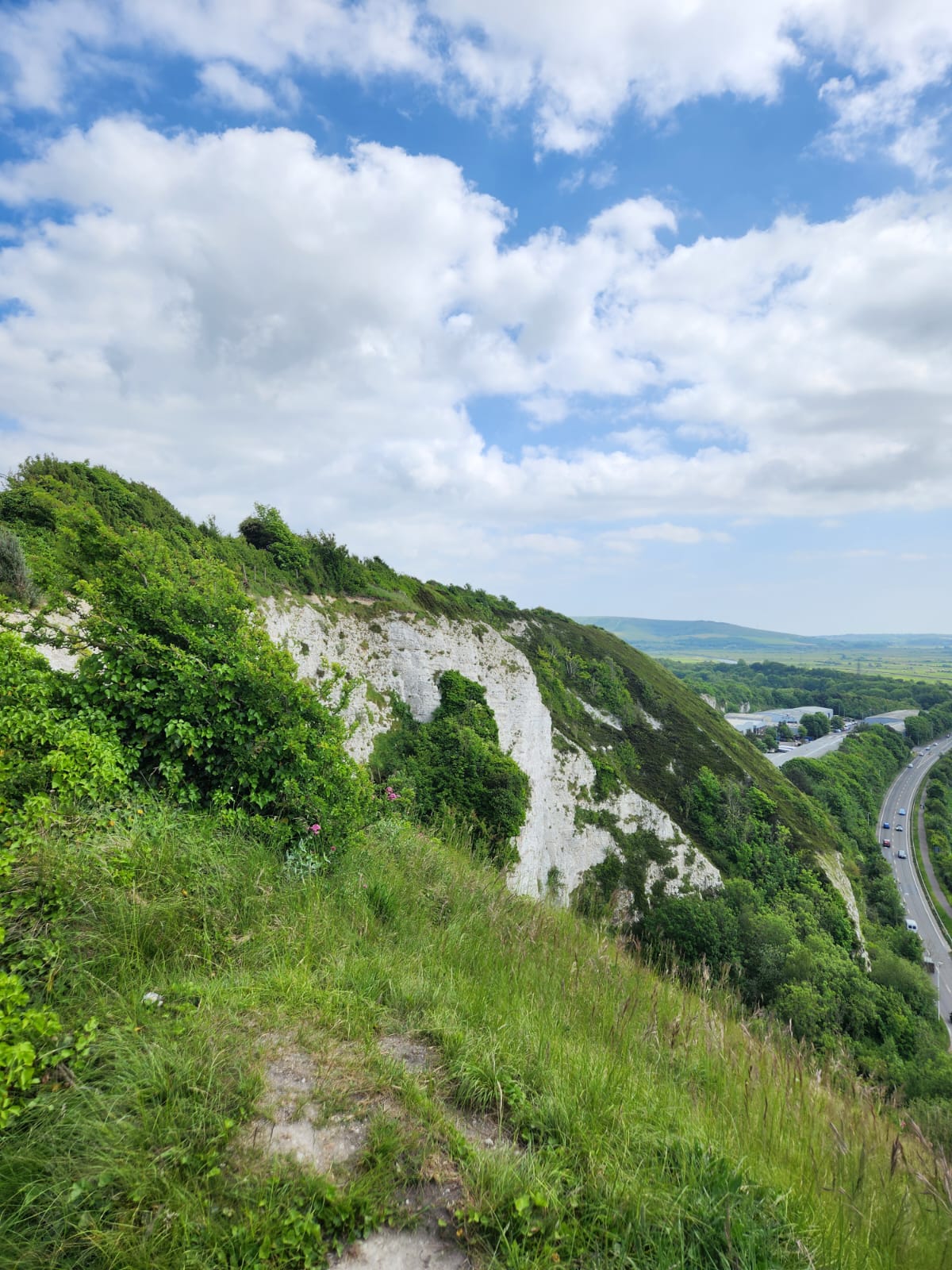

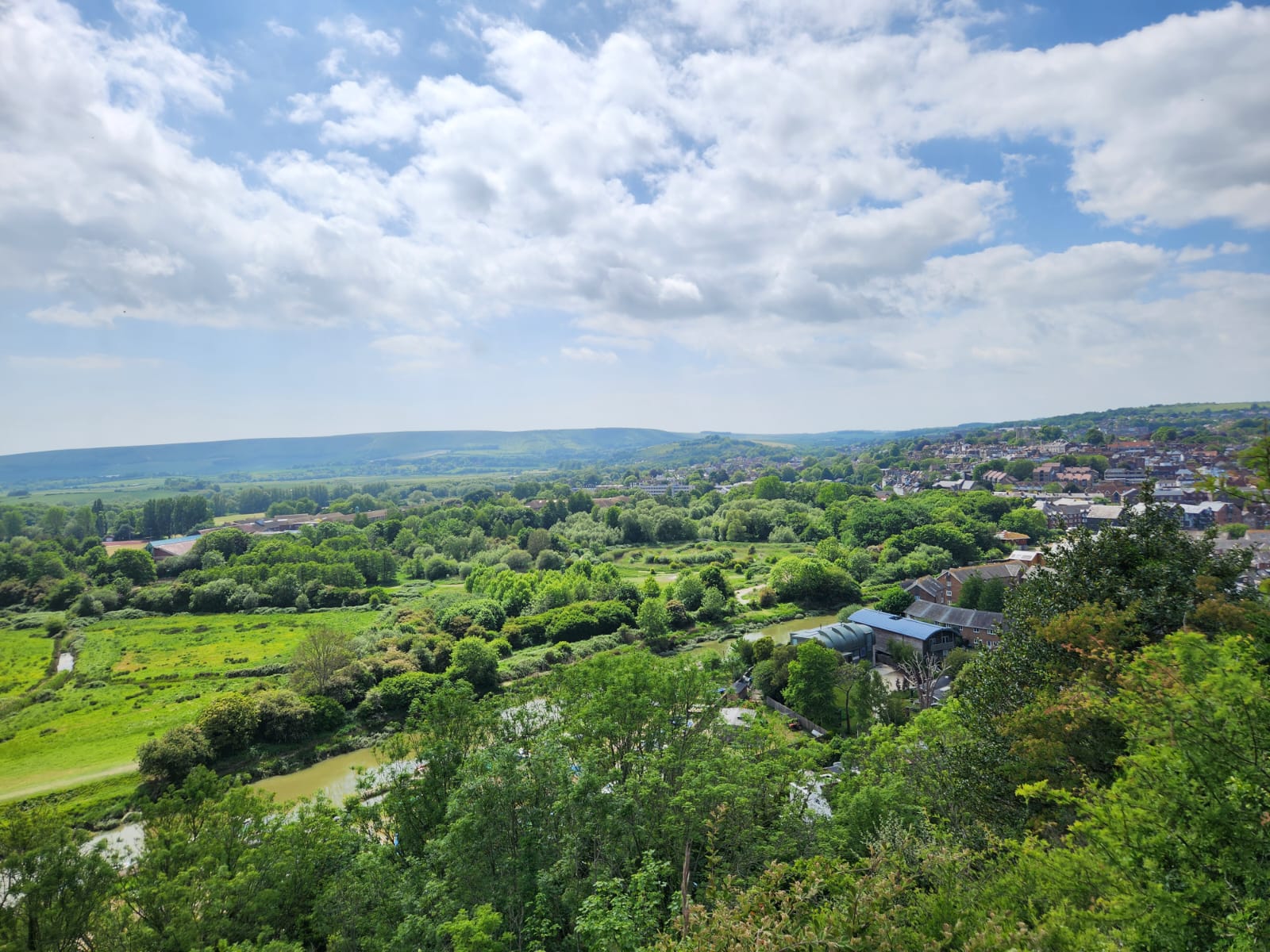


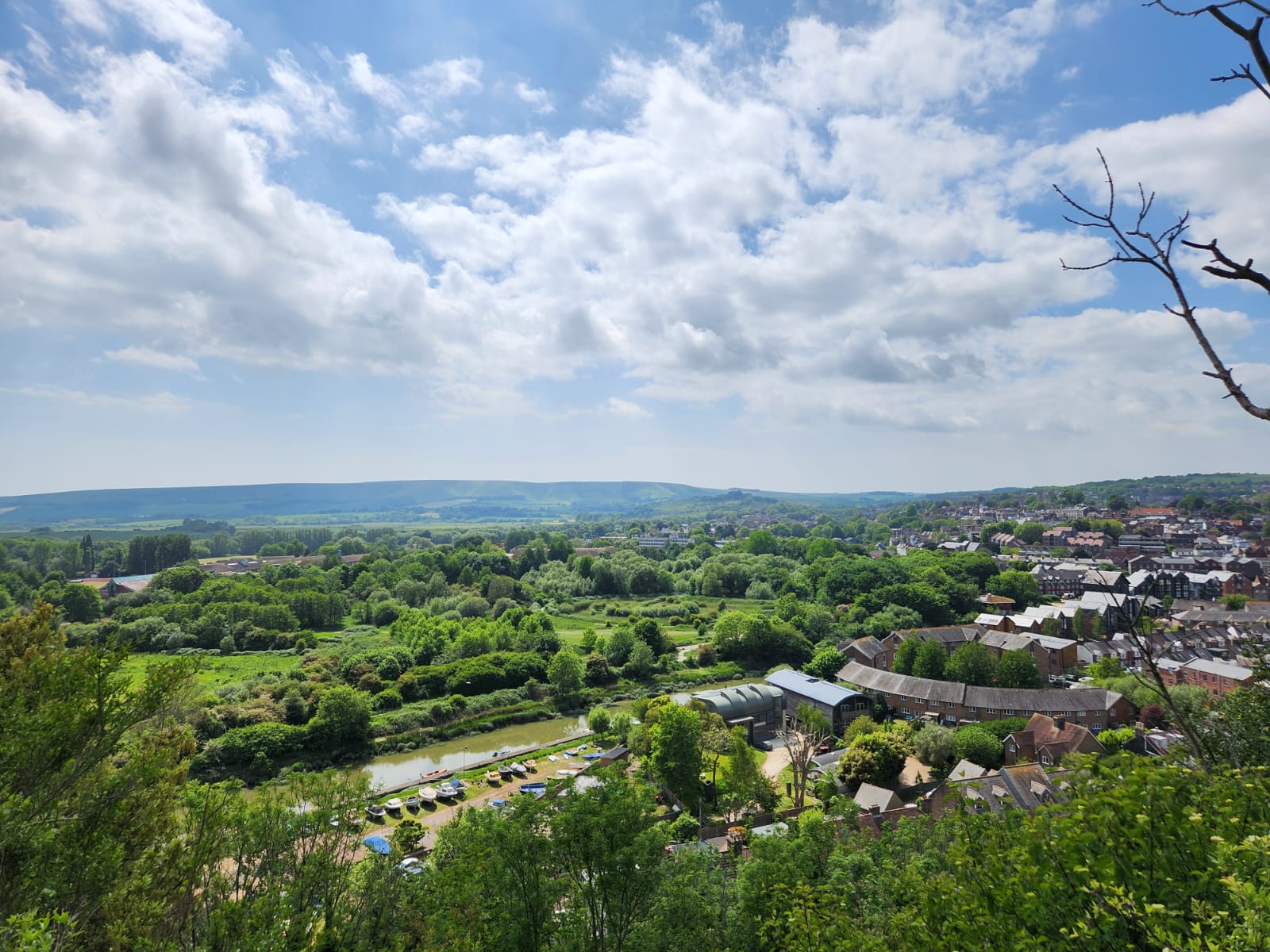
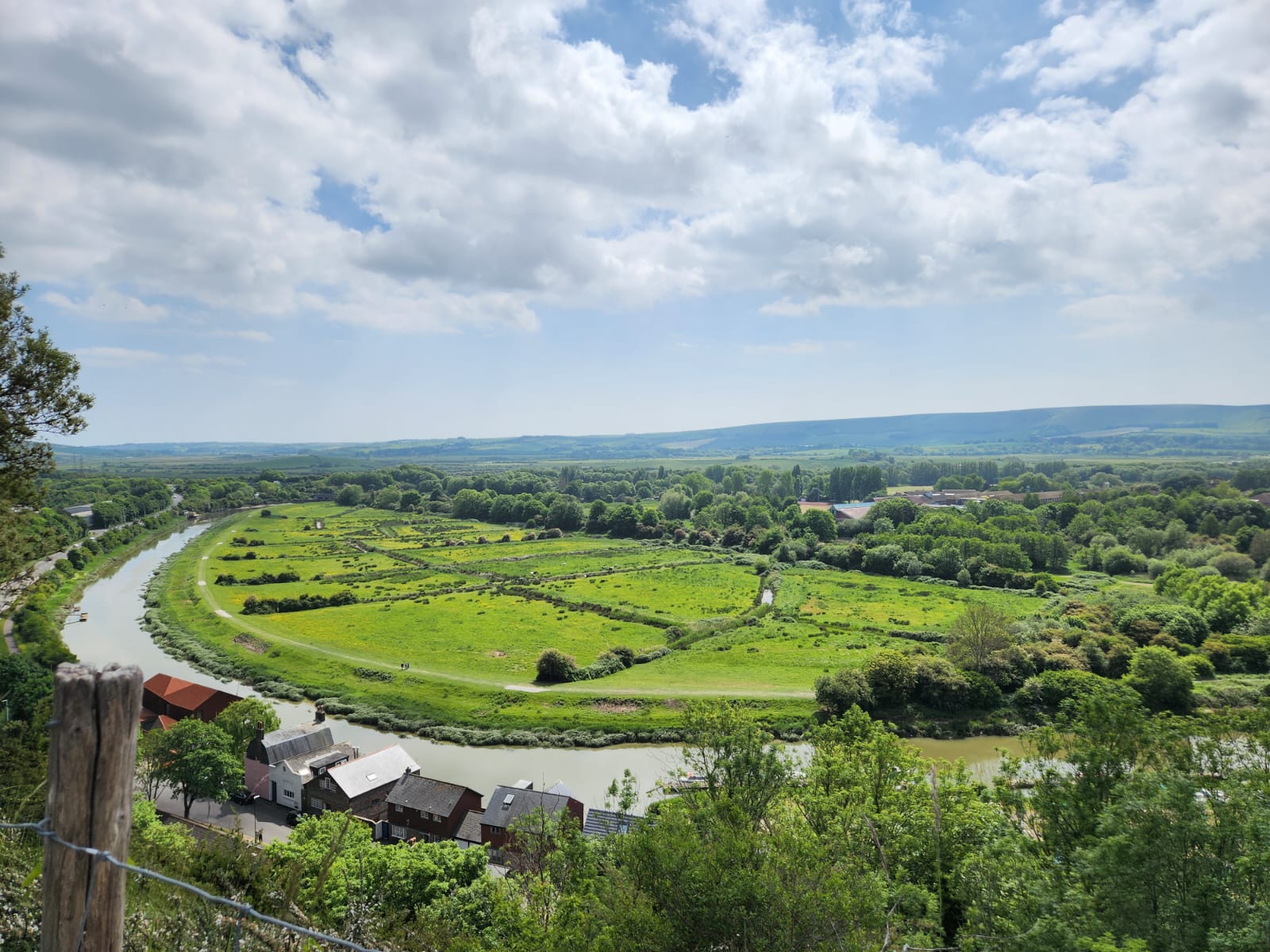

Meanwhile, Wiktoria, Emily, Di, Dana, and Erin decided to delve into the charming boutiques and antique shops that line Cliffe High Street. Lewes is renowned for its vibrant antique scene, with establishments like the Lewes Flea Market and the Lewes Antiques Centre offering a treasure trove of vintage finds. Lauren, ever the book enthusiast, wanted to explore the other bookshops we saw along the way to the Snowdrop Inn. Everyone managed to capture images of the town they found fascinating …
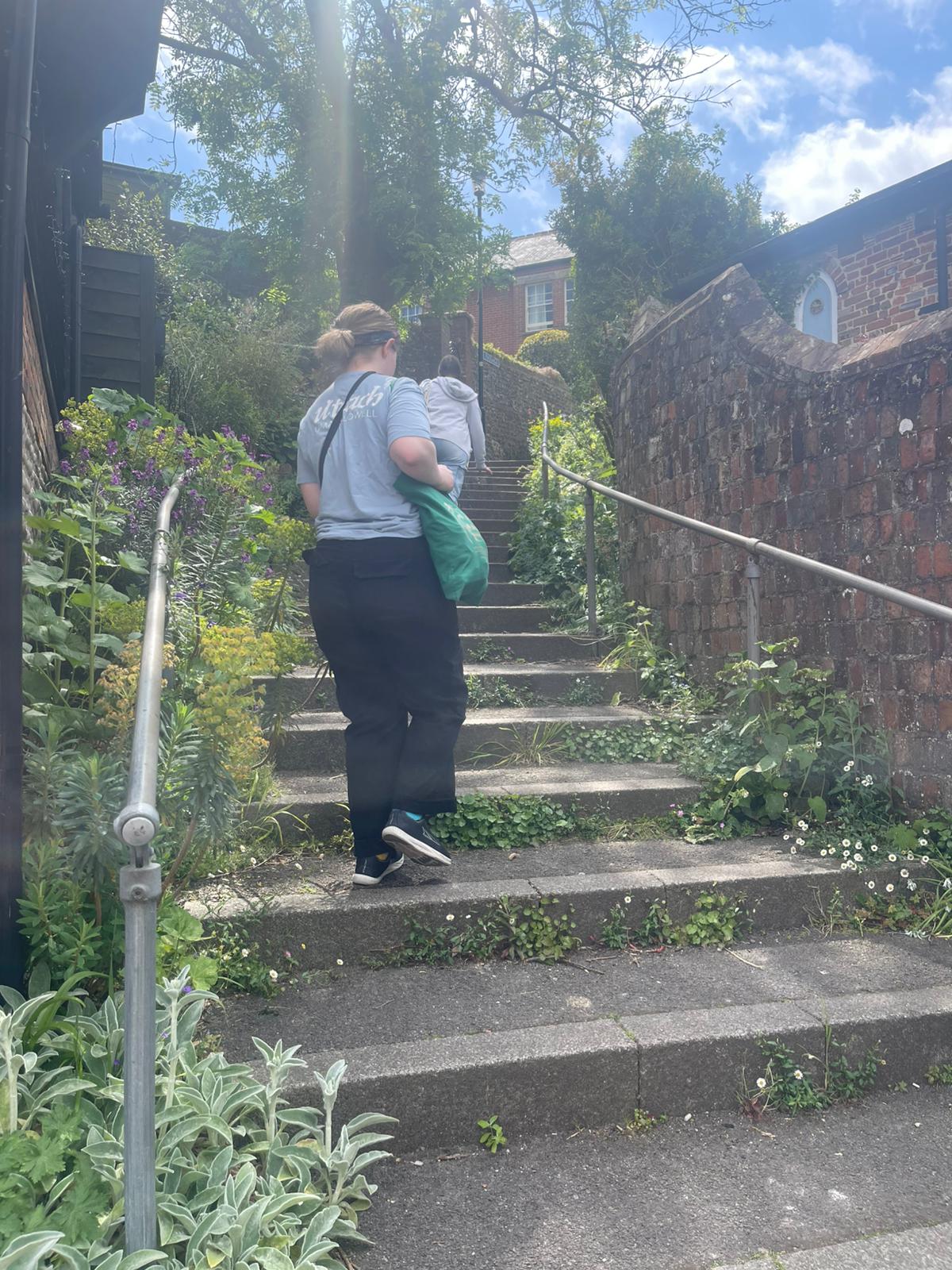

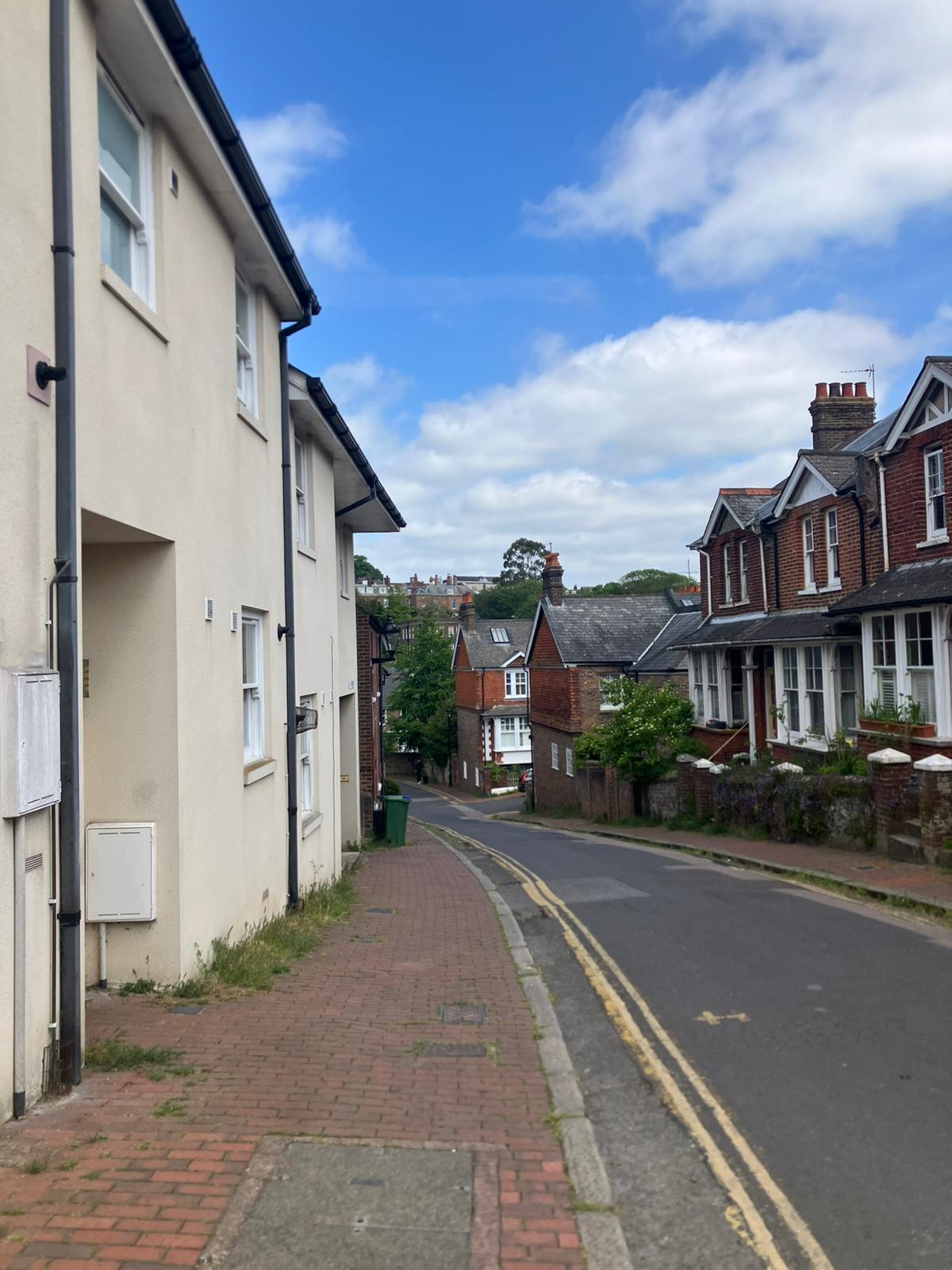
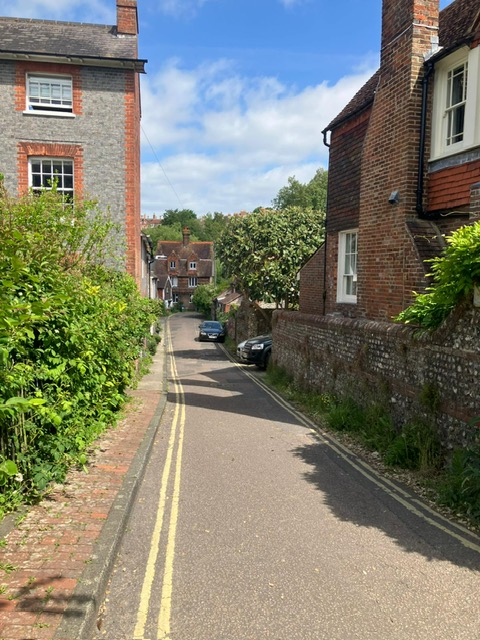



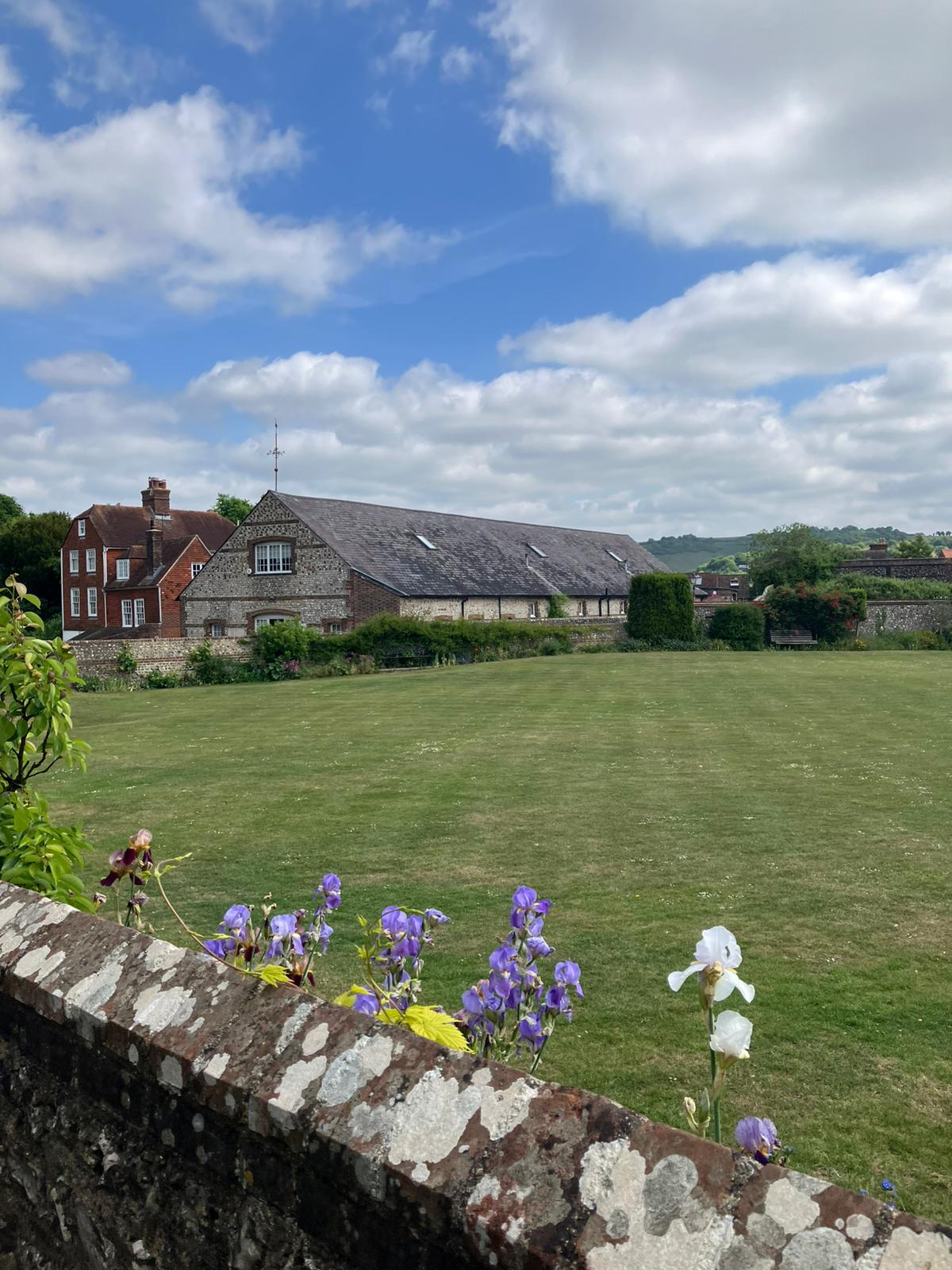
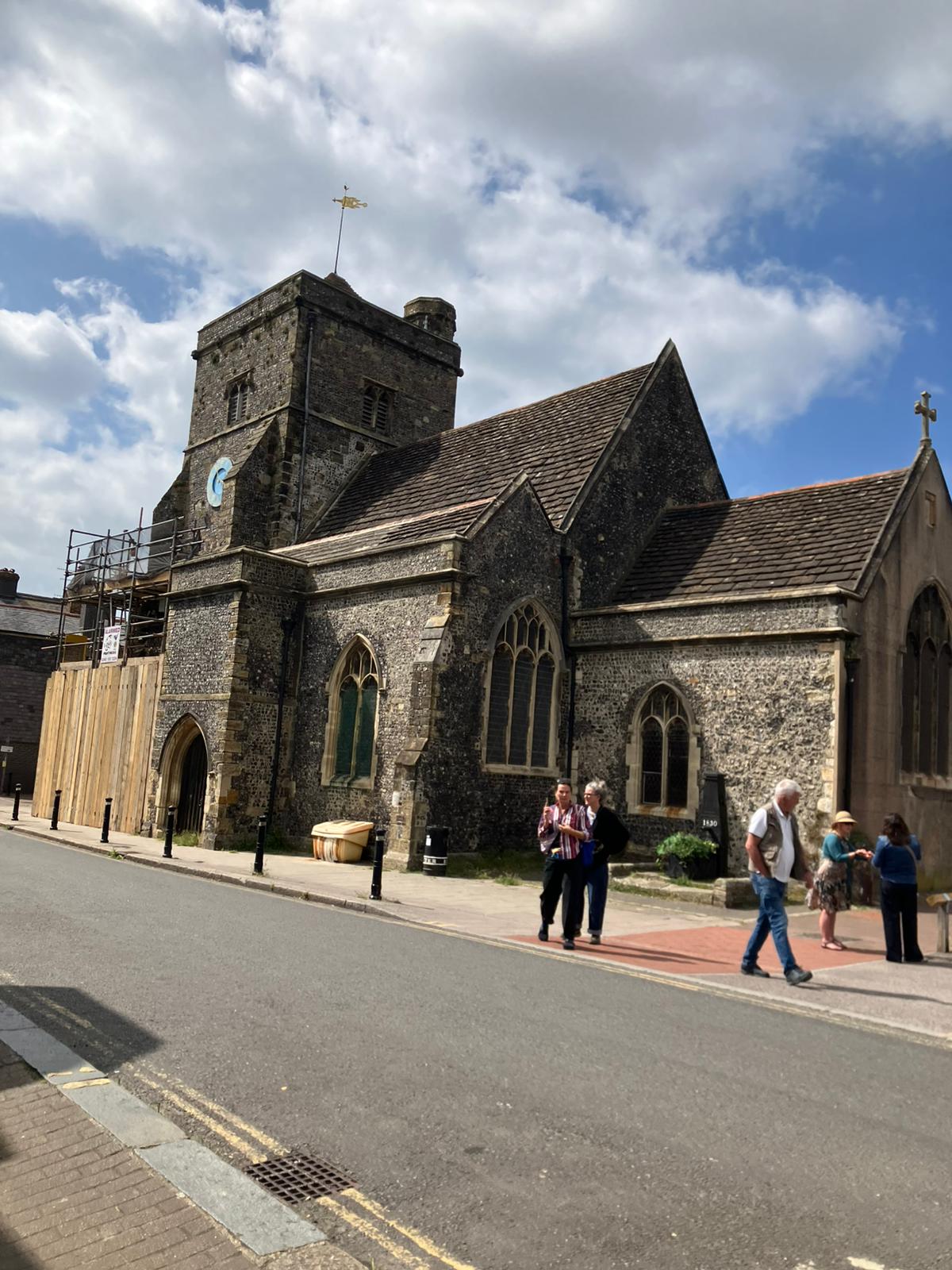
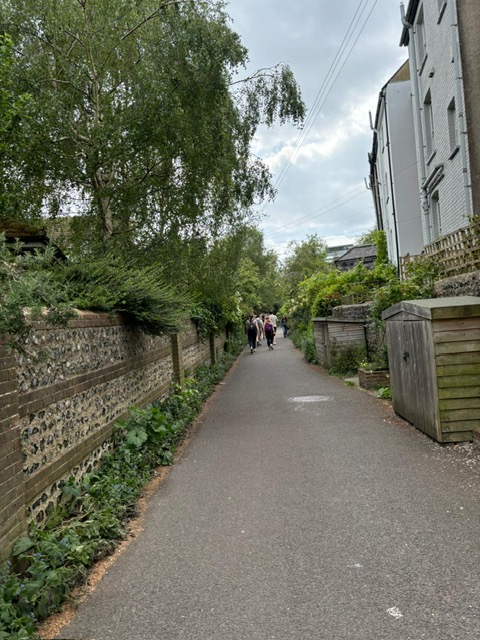
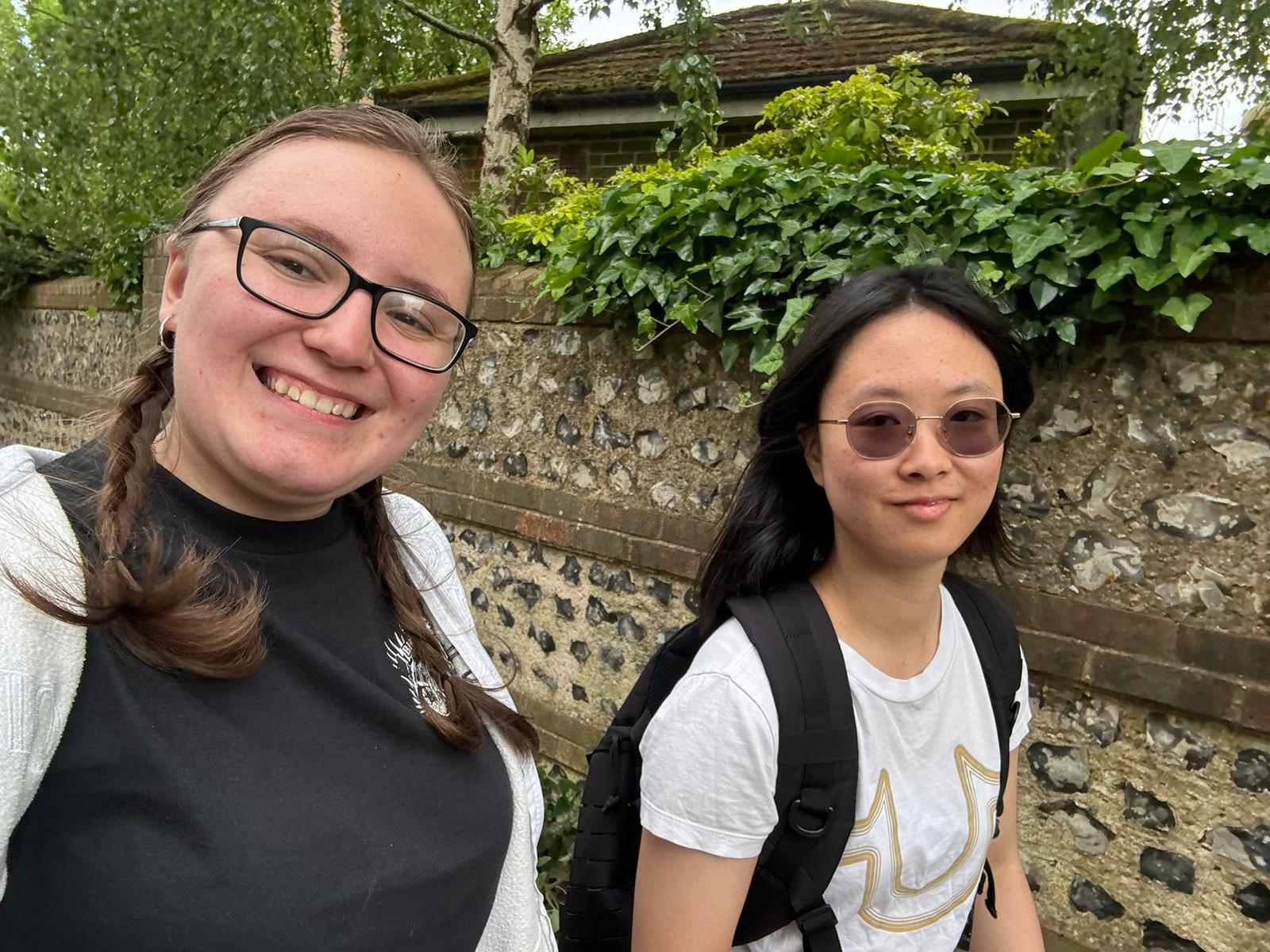
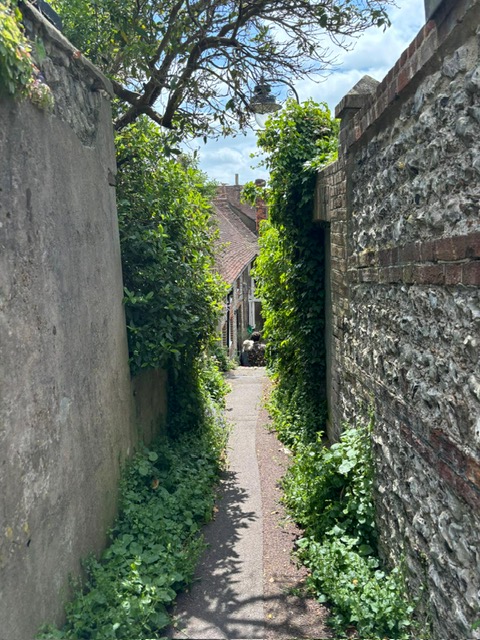
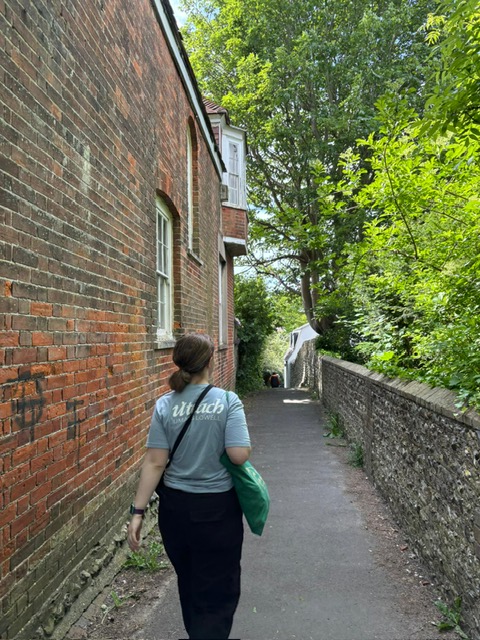
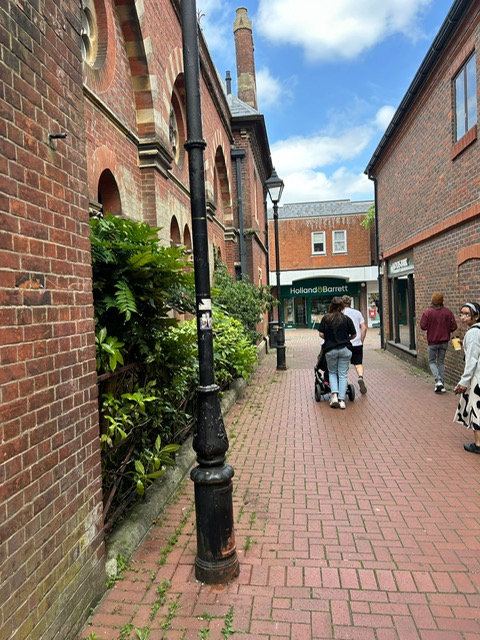
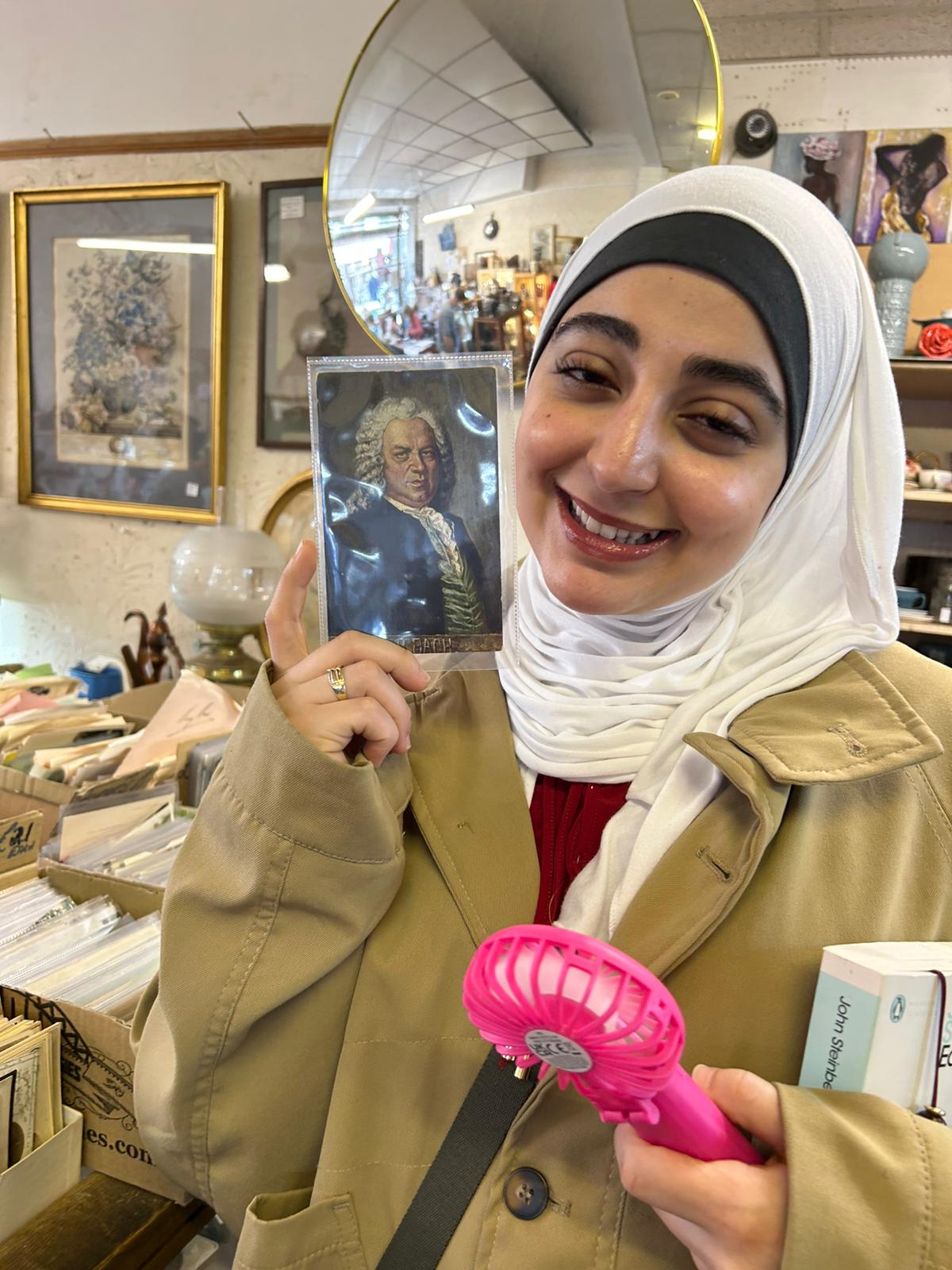
I took this opportunity to wander through Lewes on my own, strolling down memory lane and reminiscing about when I lived in this town. As I meandered through the familiar streets, I received word that Lou had decided to join us for the Seven Sisters excursion.
Embarking on the journey to Seven Sisters via public transport was a novel experience for me; I’d always driven there in the past. Nonetheless, the bus ride was a breathtaking experience for everyone. The South Downs countryside seemed to seep into their very being, leaving them utterly captivated.
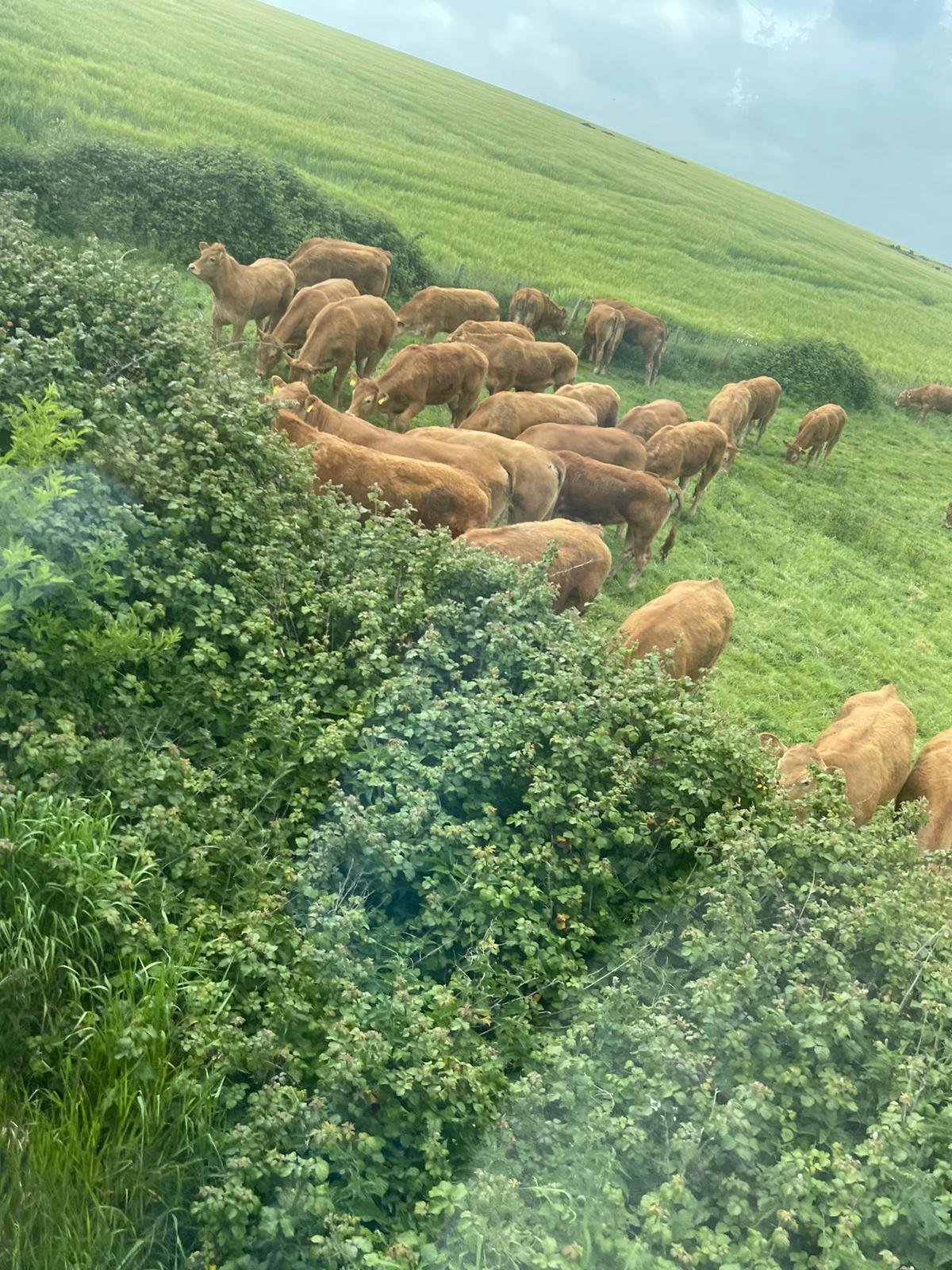
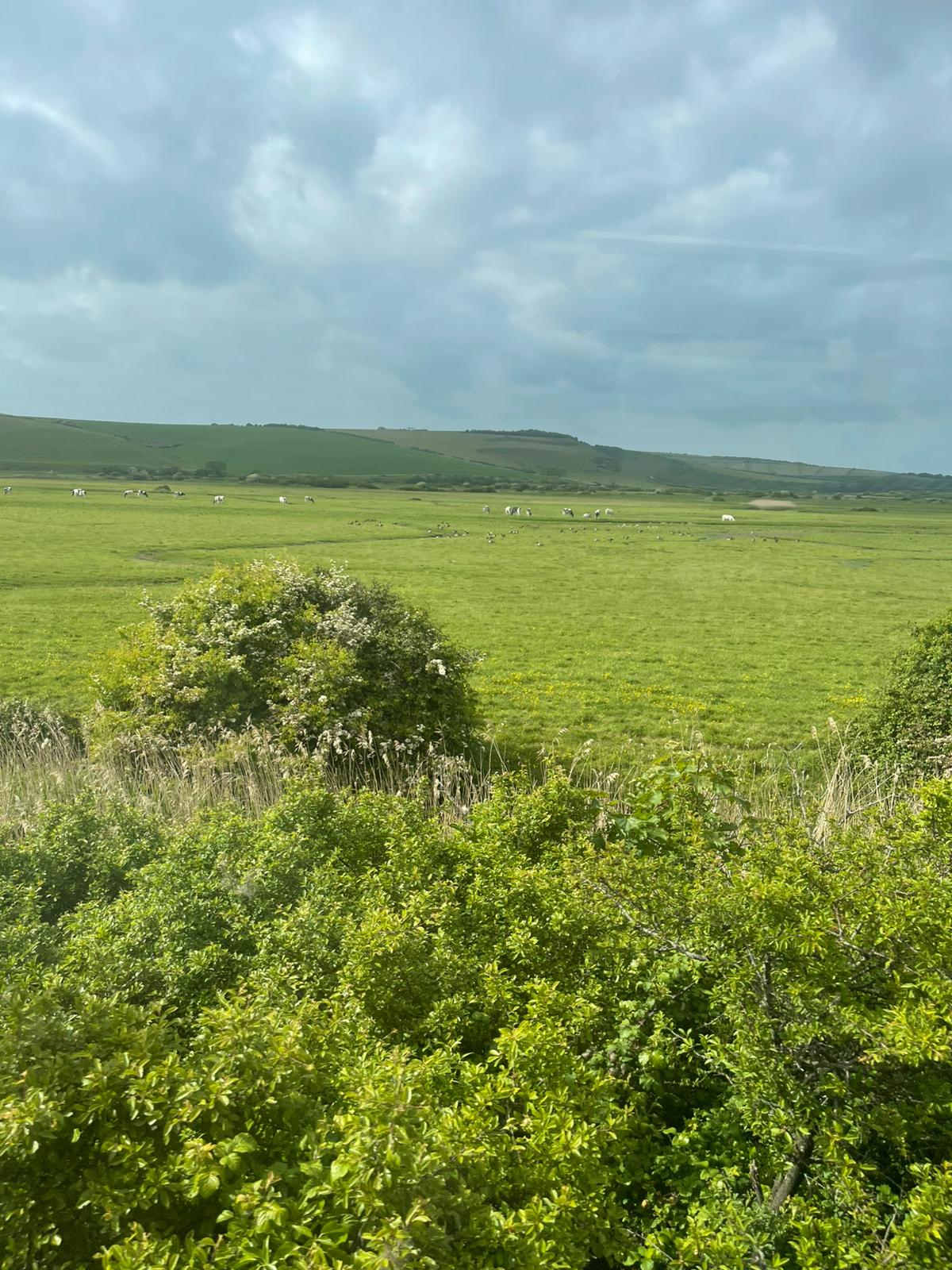
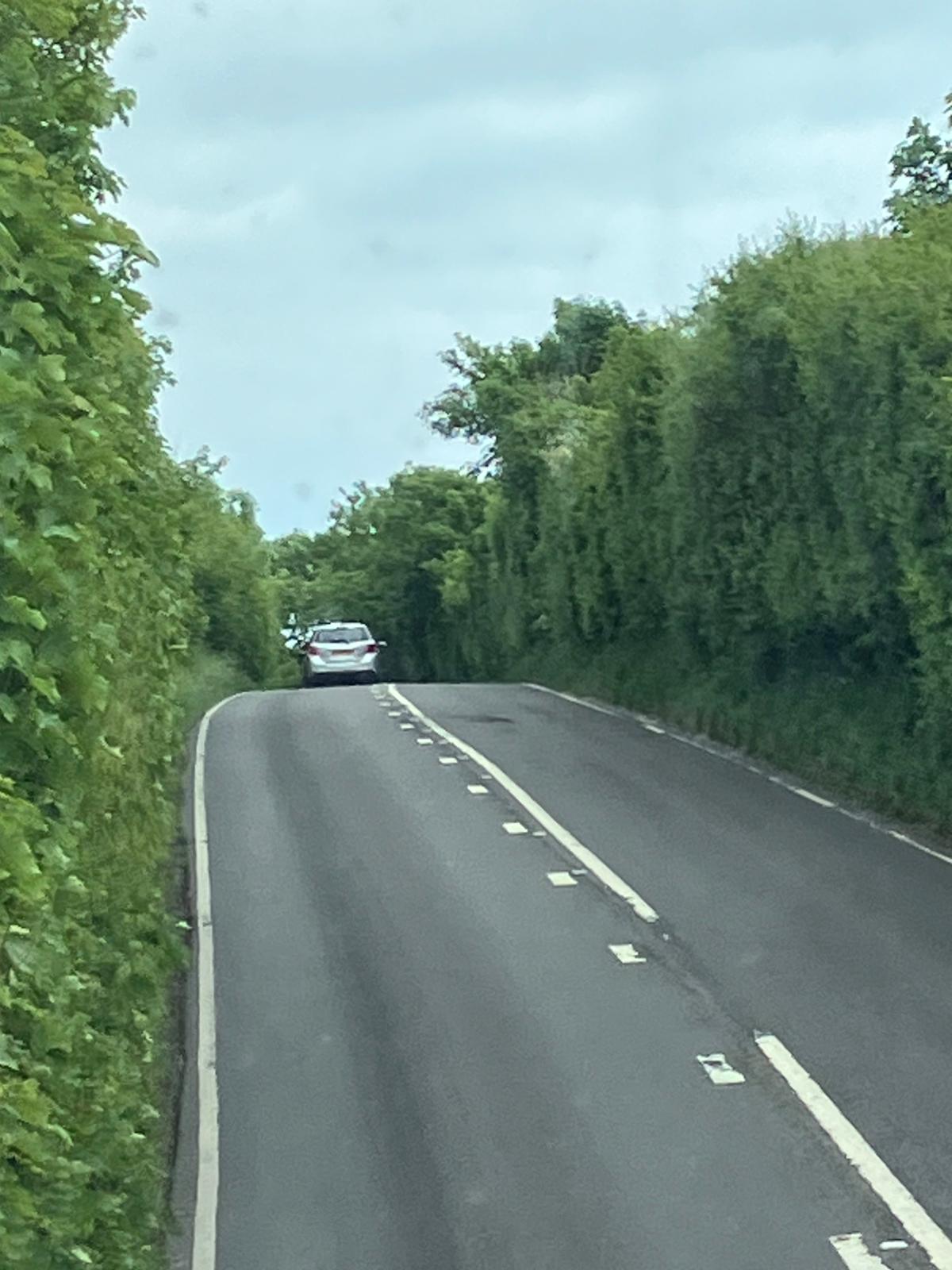
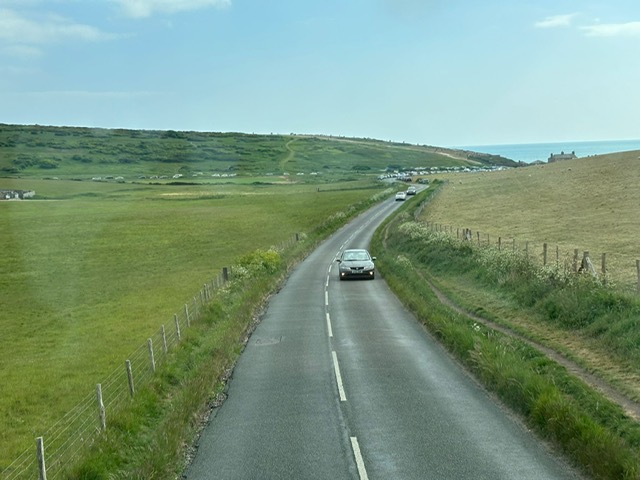
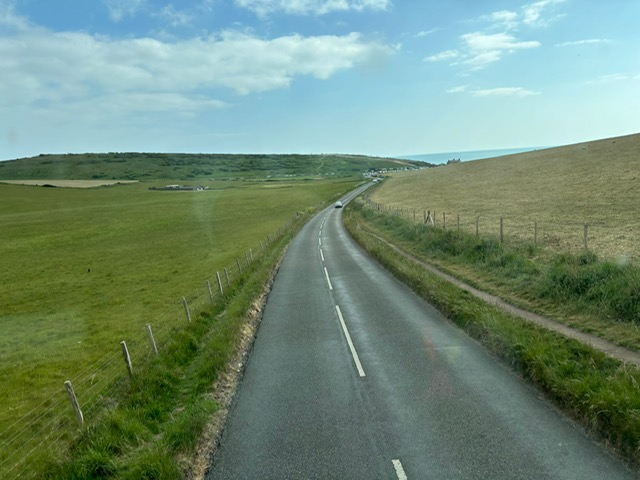
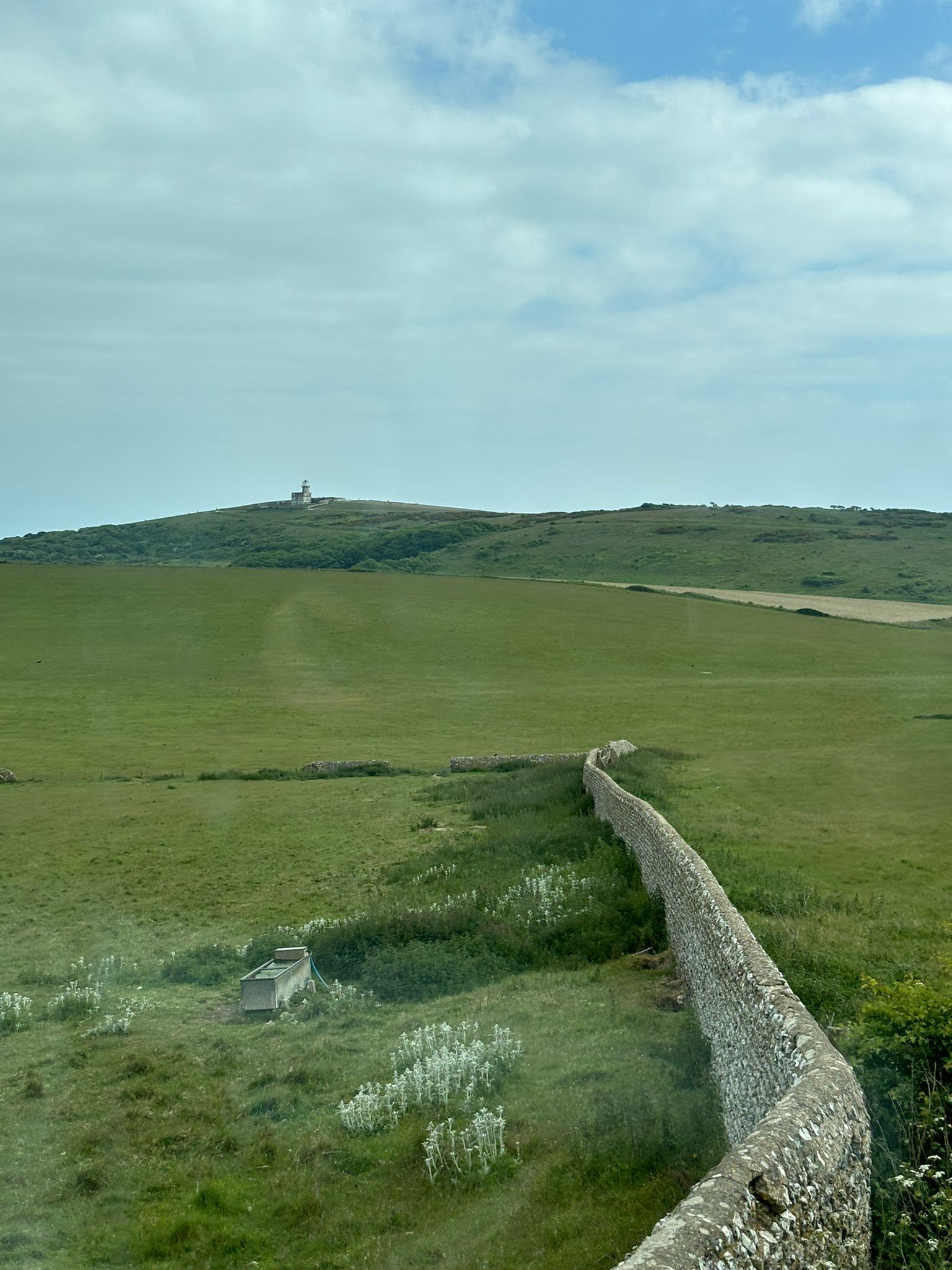
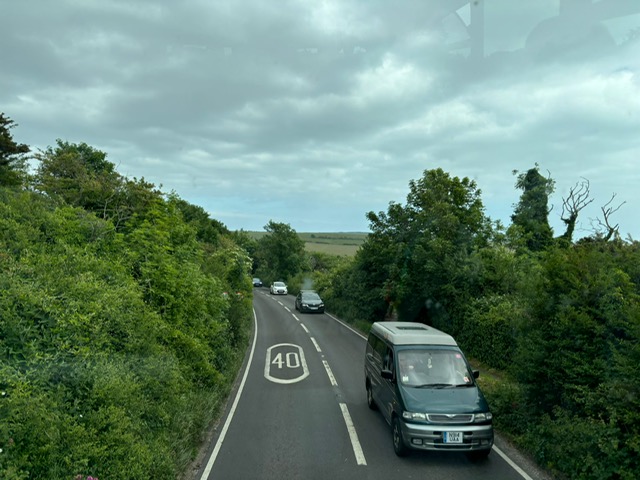
As we traversed the landscape, Dana was particularly struck by the sight of the River Cuckmere meandering through the Seven Sisters Country Park, making its graceful journey towards the English Channel at Cuckmere Haven. She expressed a desire to stop and take it all in. I informed her that we’d be alighting at Birling Gap to view the Seven Sisters. Curious, she asked if the view there would match what she was seeing from the bus. I assured her it would be even more spectacular.
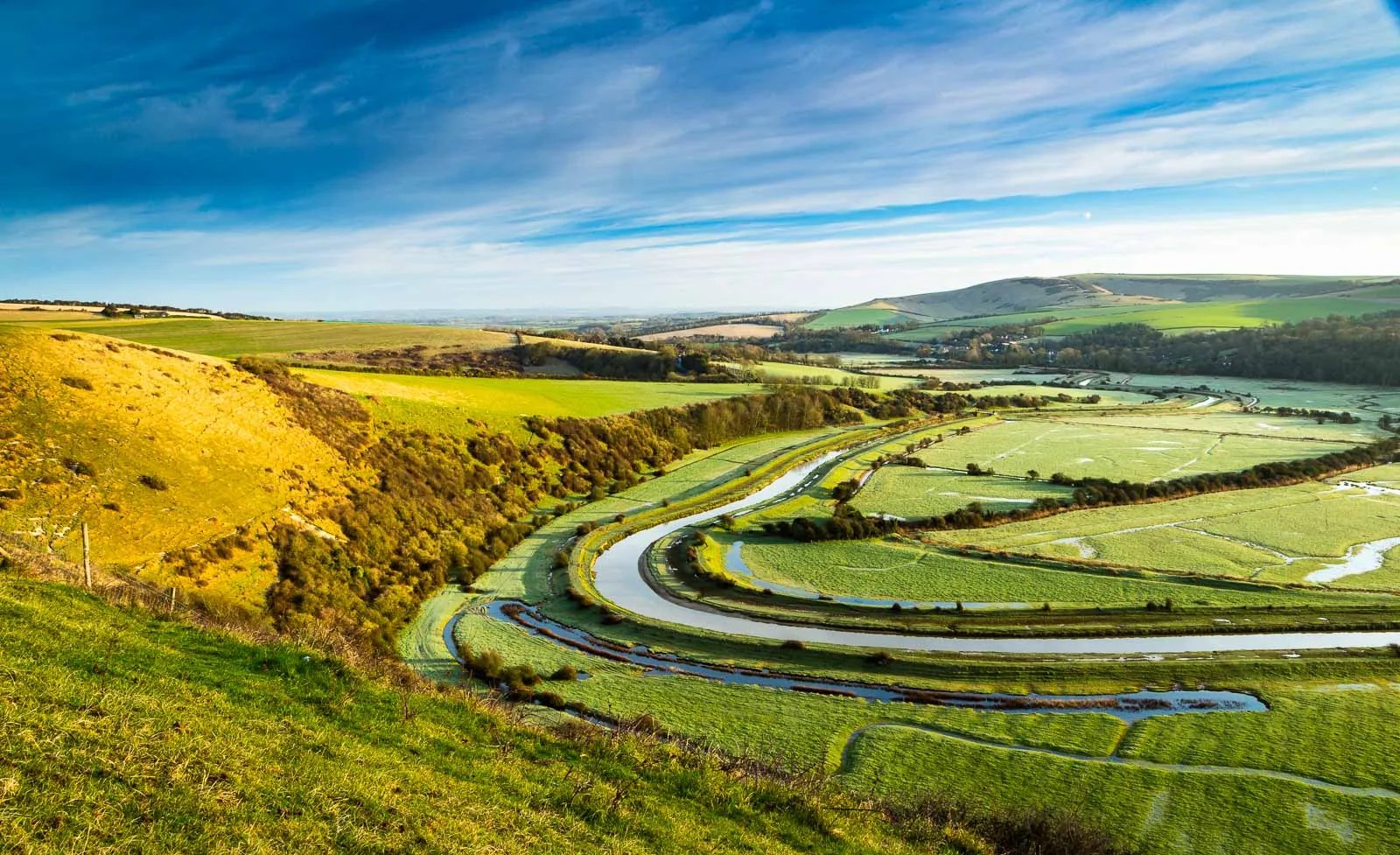
The Seven Sisters are a series of chalk sea cliffs along the English Channel, forming part of the South Downs National Park. These undulating formations—Haven Brow, Short Brow, Rough Brow, Brass Point, Flagstaff Point, Flat Hill, Baily’s Hill, and the emerging Went Hill Brow—are the remnants of ancient dry valleys carved by the sea.

The cliffs are home to wildlife and offer stunning coastal views. Due to natural erosion, the cliffs recede approximately 25–30 centimeters annually, continually reshaping this iconic landscape.
Upon arrival, the group was awestruck by the sheer white cliffs rising dramatically from the sea, the sight was a poignant reminder of nature’s grandeur and the ever-changing landscape shaped by time and tide.
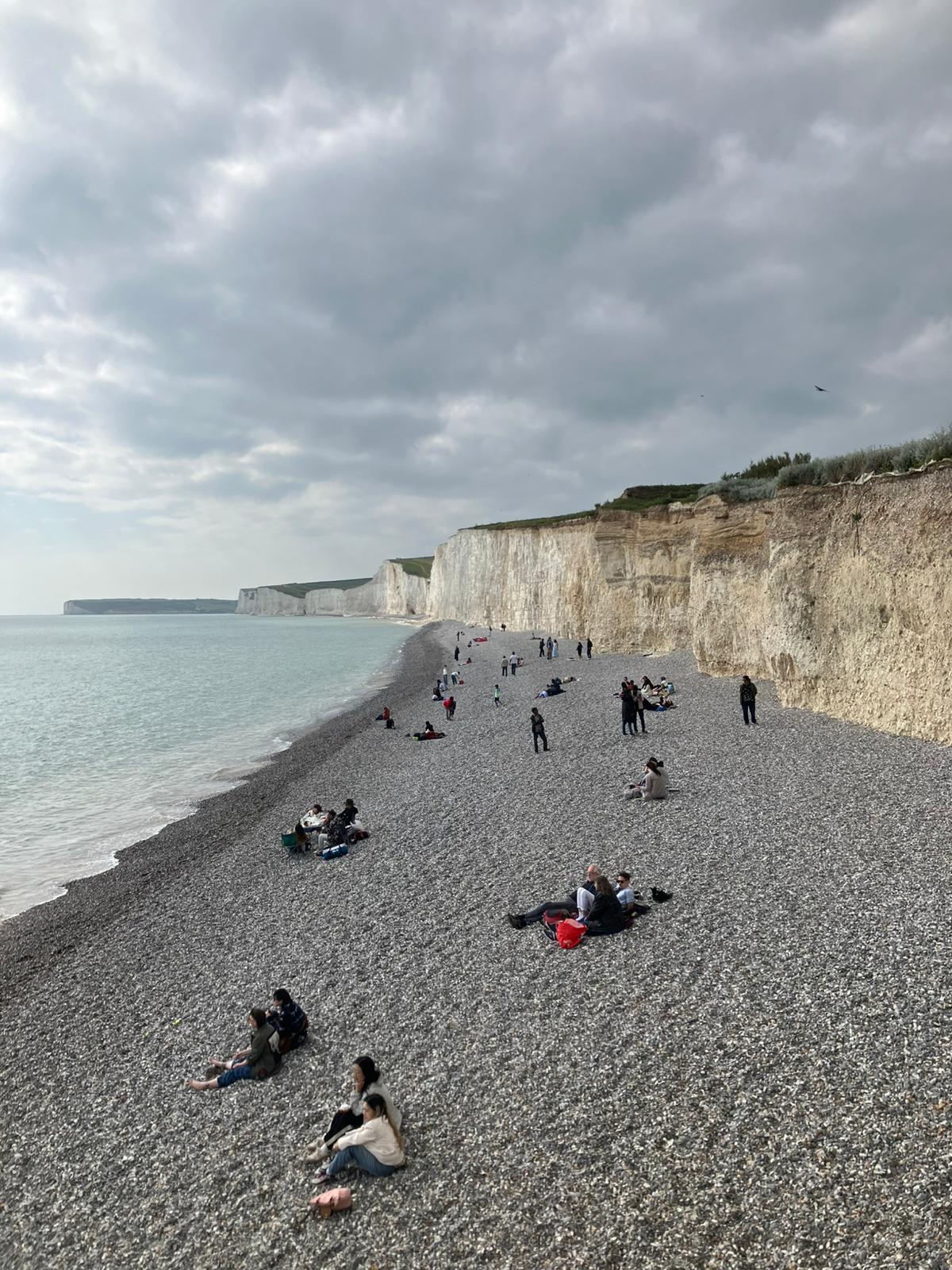
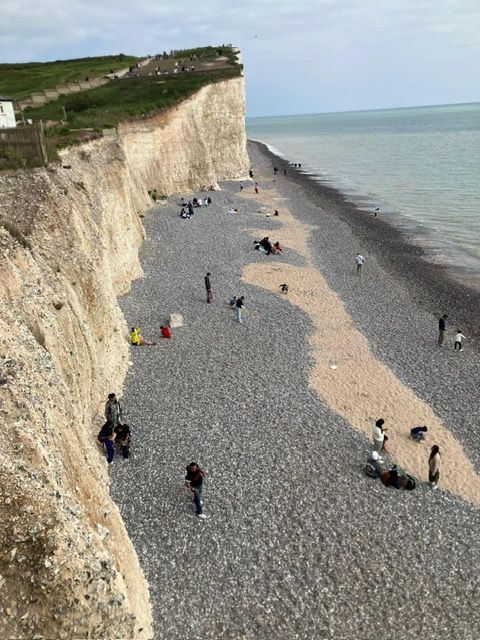
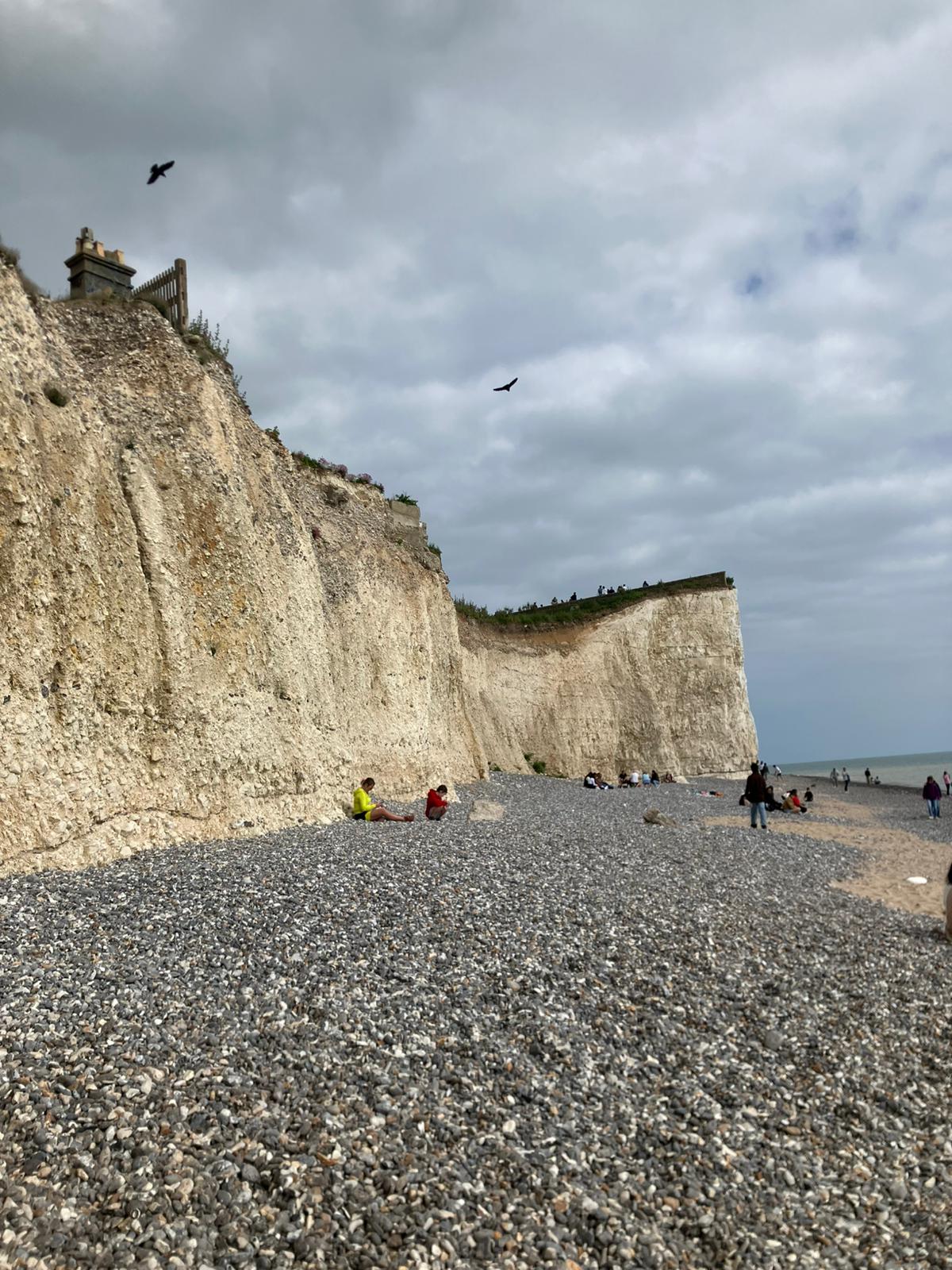
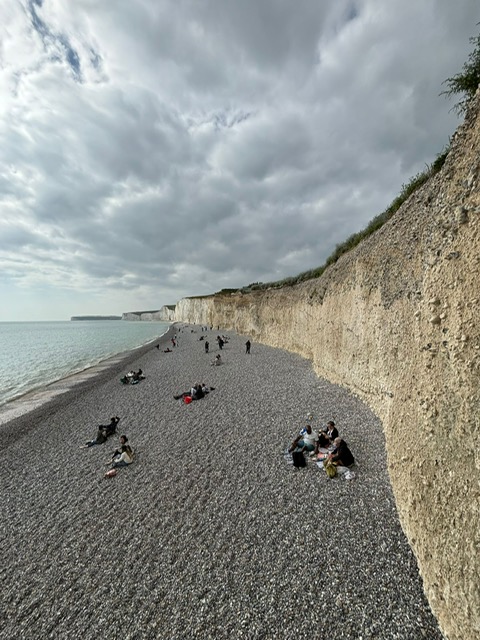
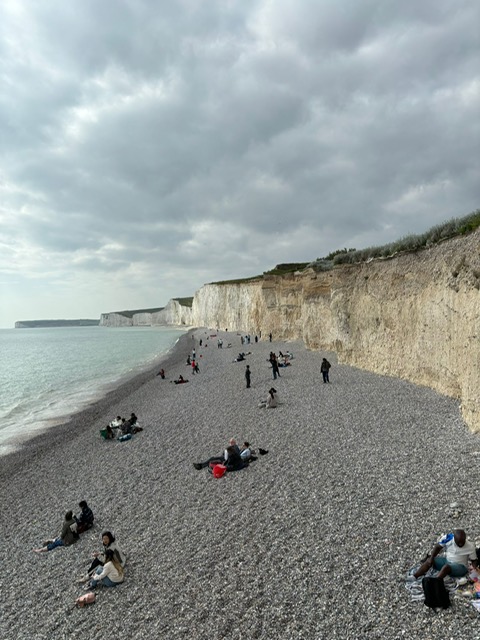
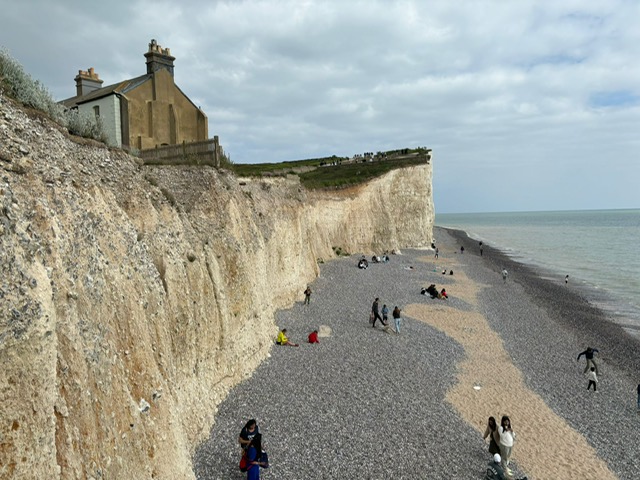
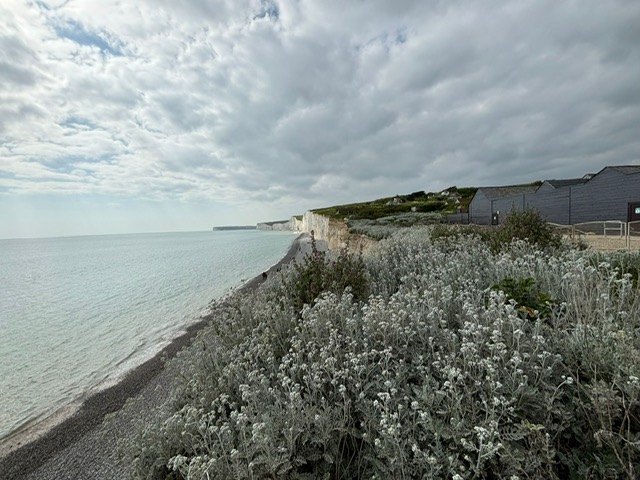
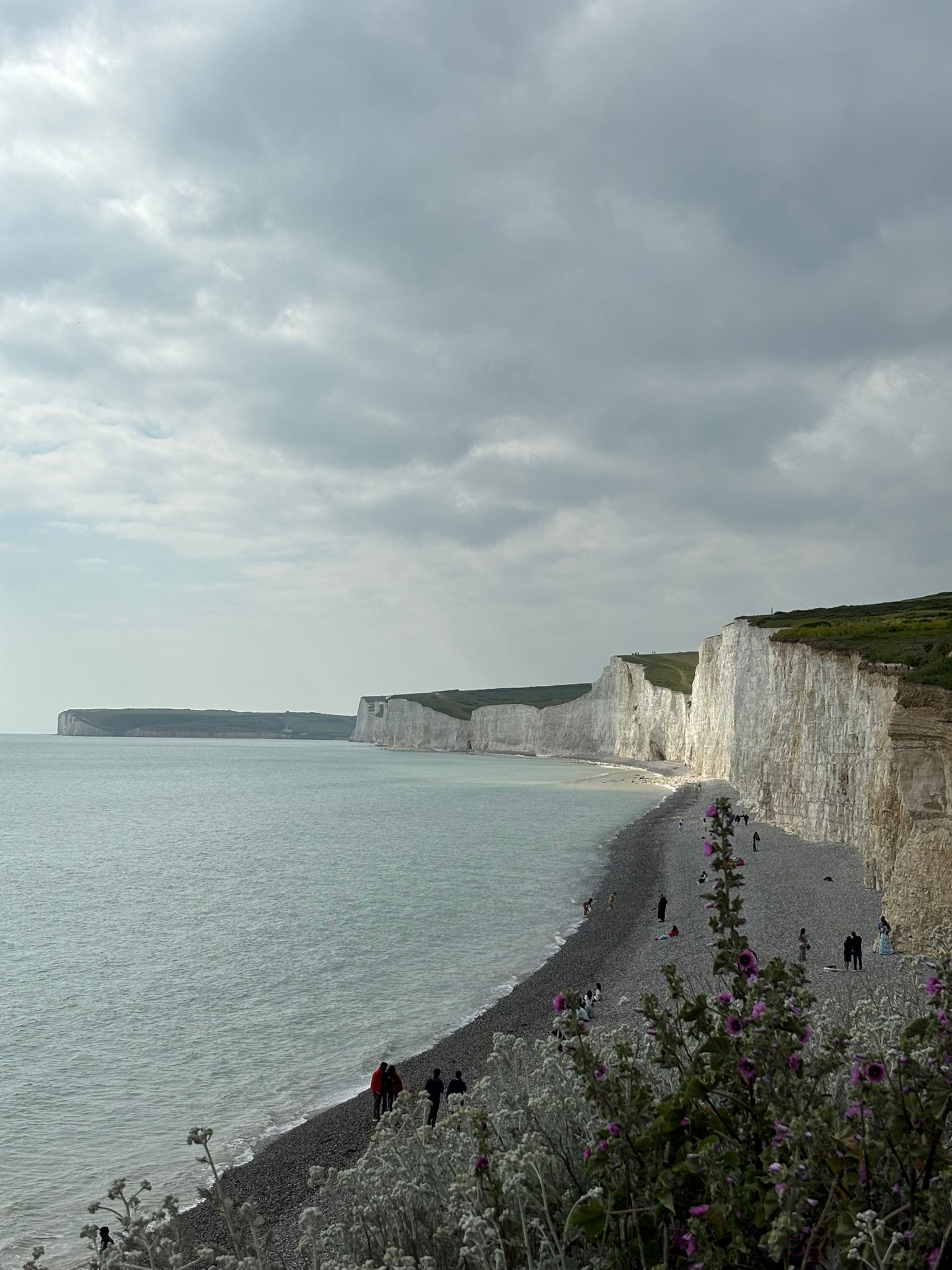
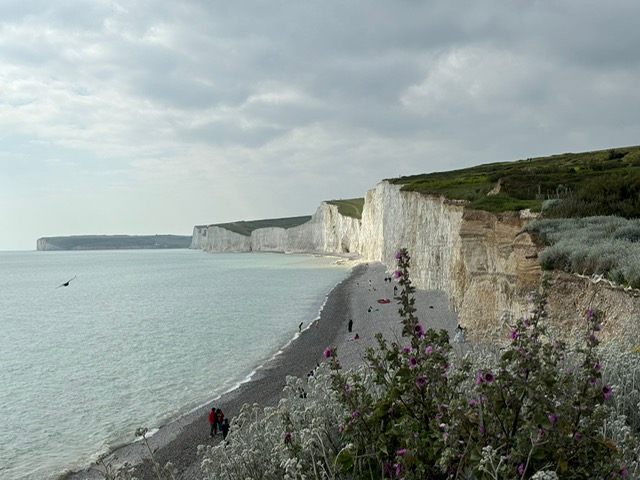

Walking up to the cliff top was an experience in itself. The ascent, though gentle, offered increasingly expansive views with each step, culminating in the breathtaking panorama of the Seven Sisters stretching into the horizon. Once at the top, everyone except Wiktoria felt the pull of the edge. She, however, chose to admire the scenery from a safe distance, taking in the vastness without venturing too close. The others sat near the edge, seemingly at one with nature as they gazed out over the English Channel. I positioned myself a little further back, half-jokingly warning them that their proximity to the edge was making my head spin and suggesting they move away.


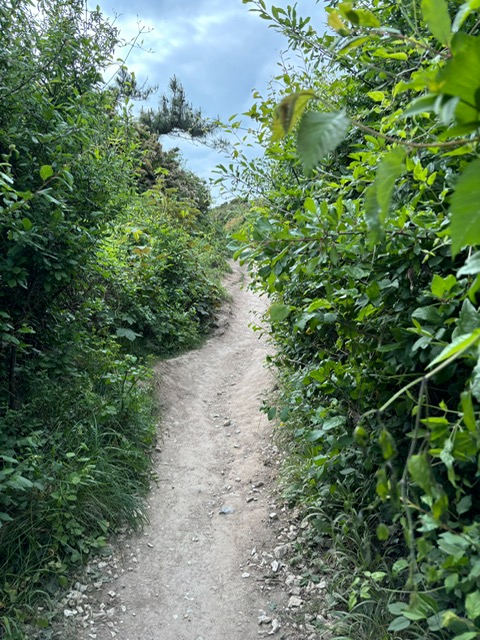
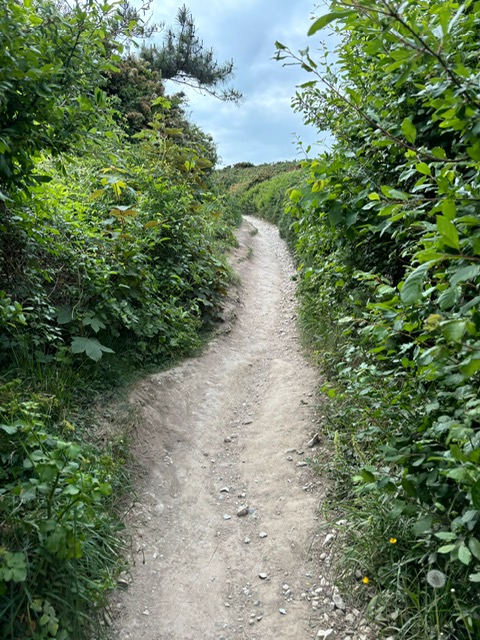
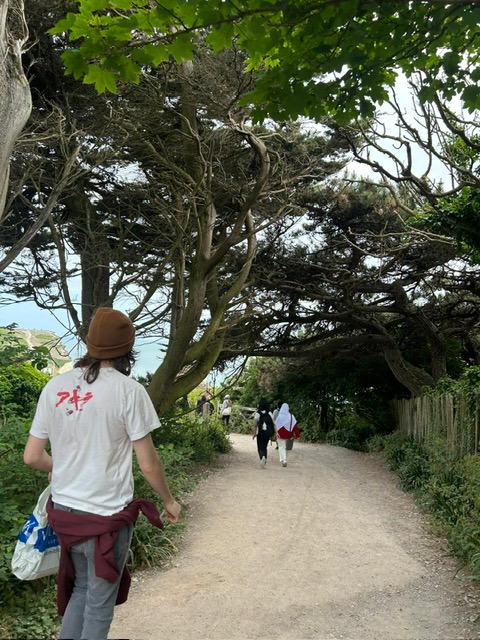









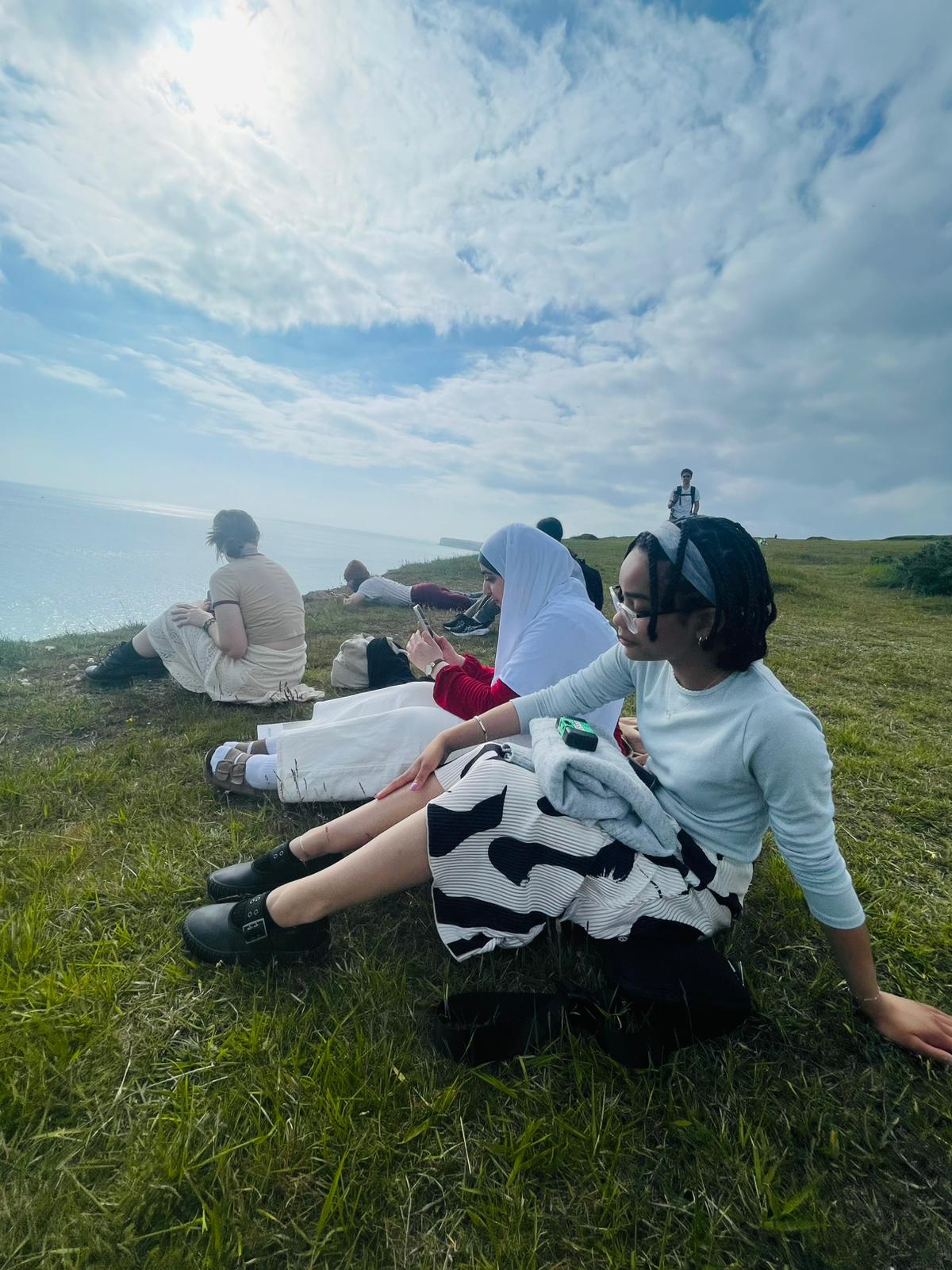
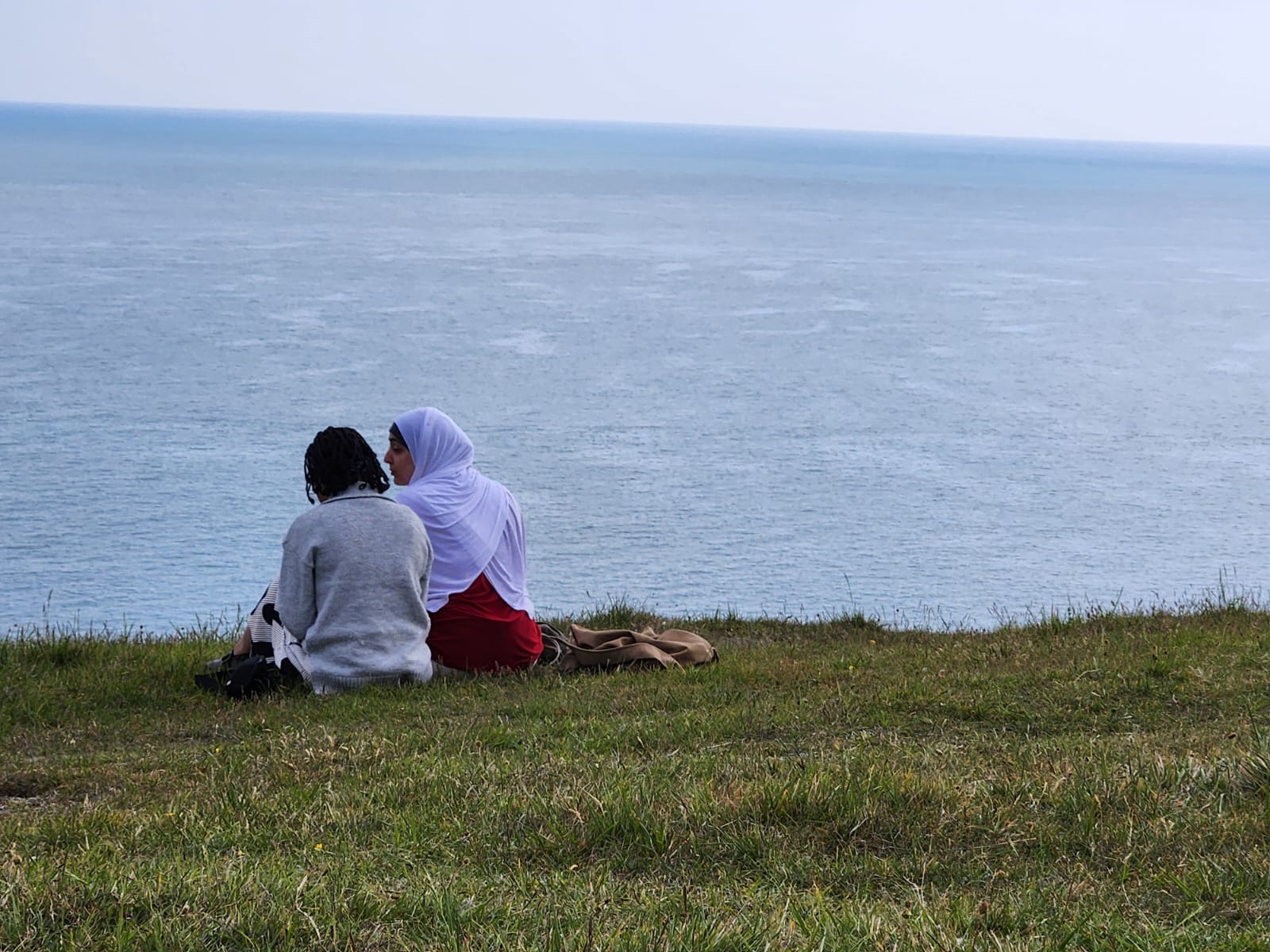
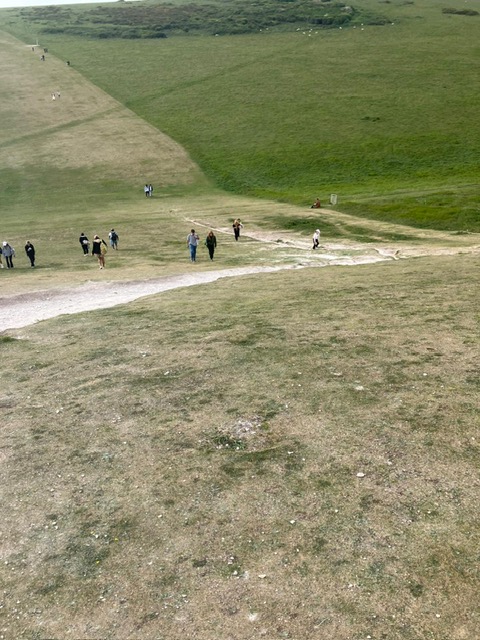


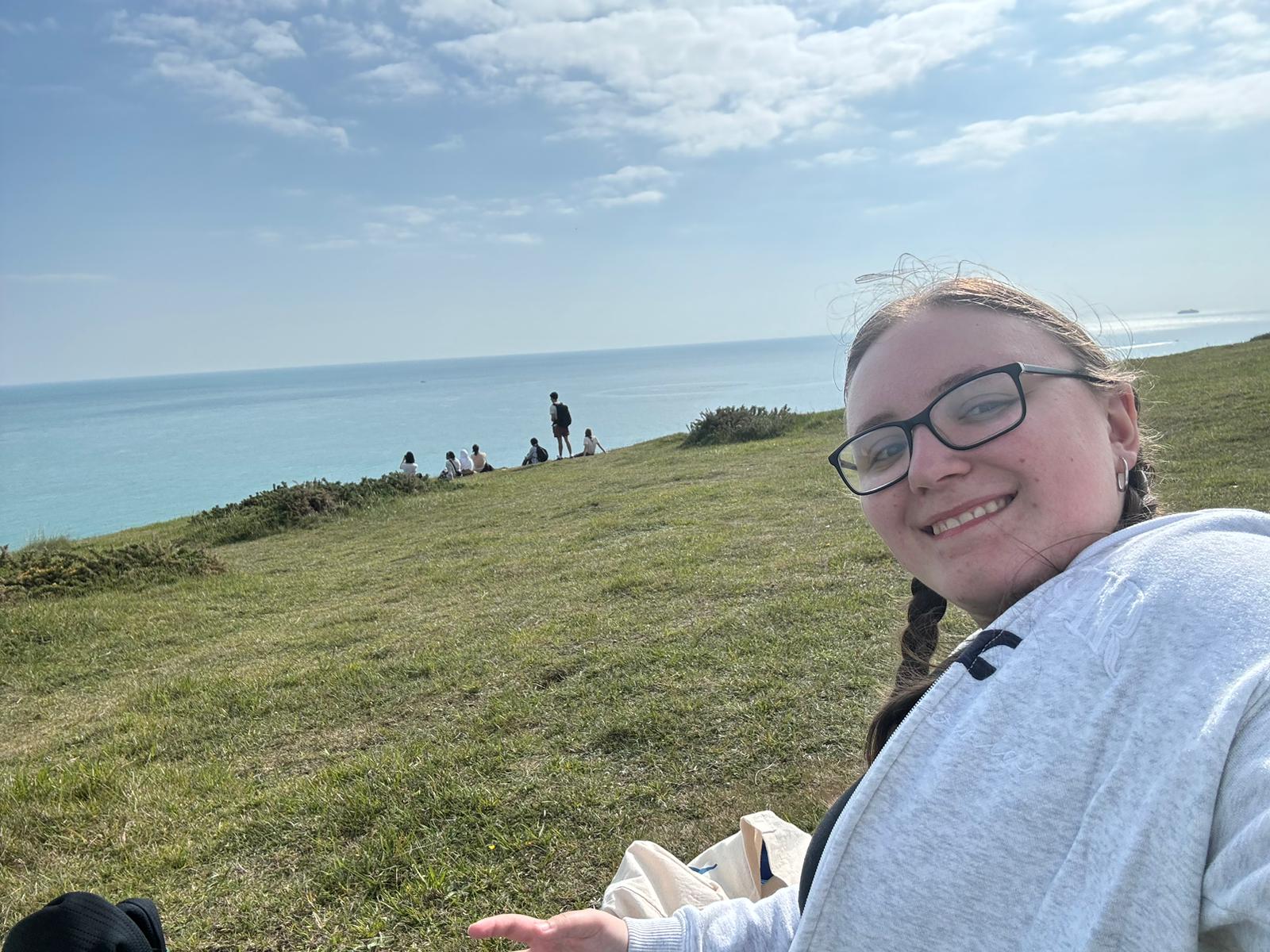

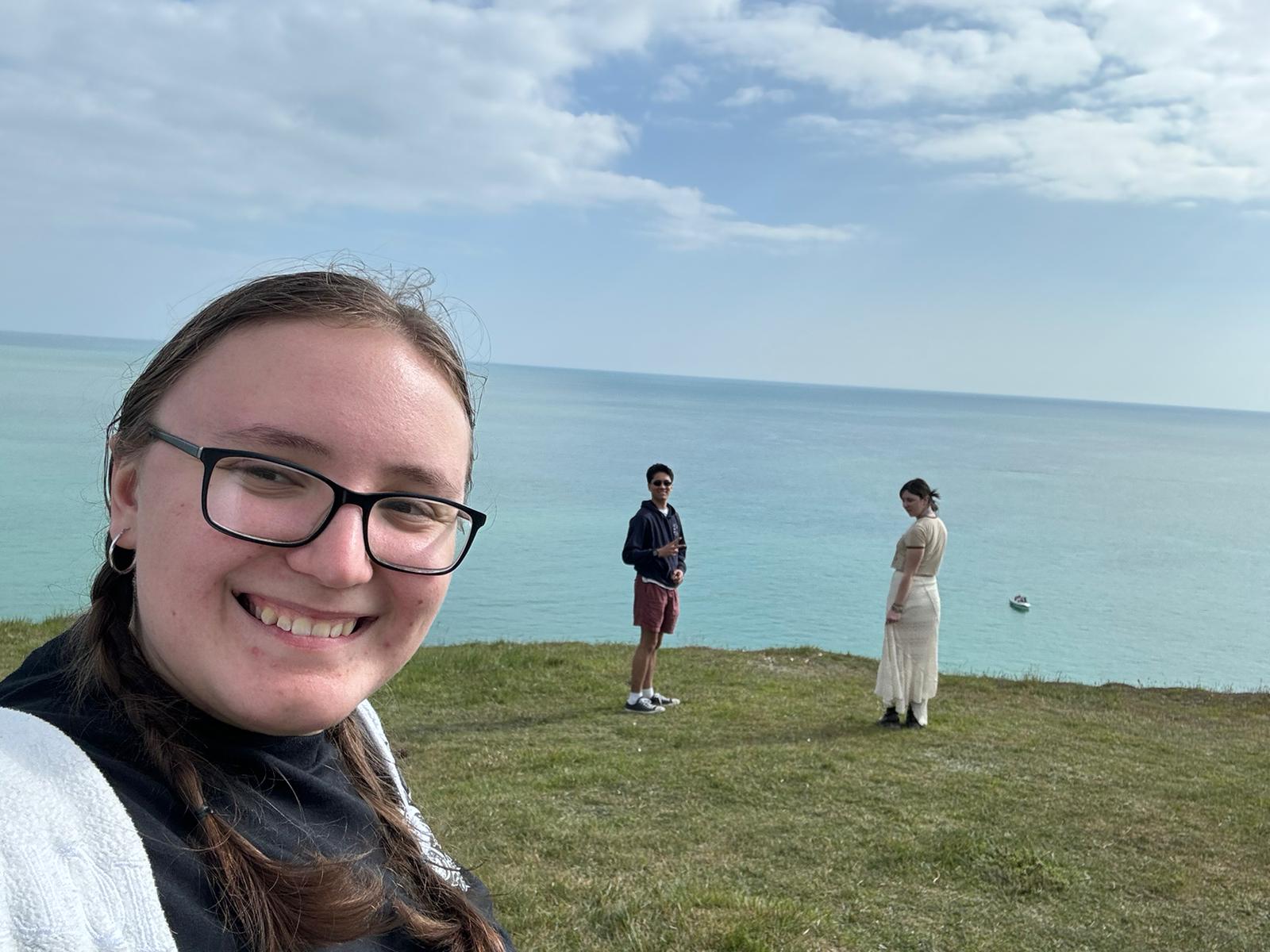
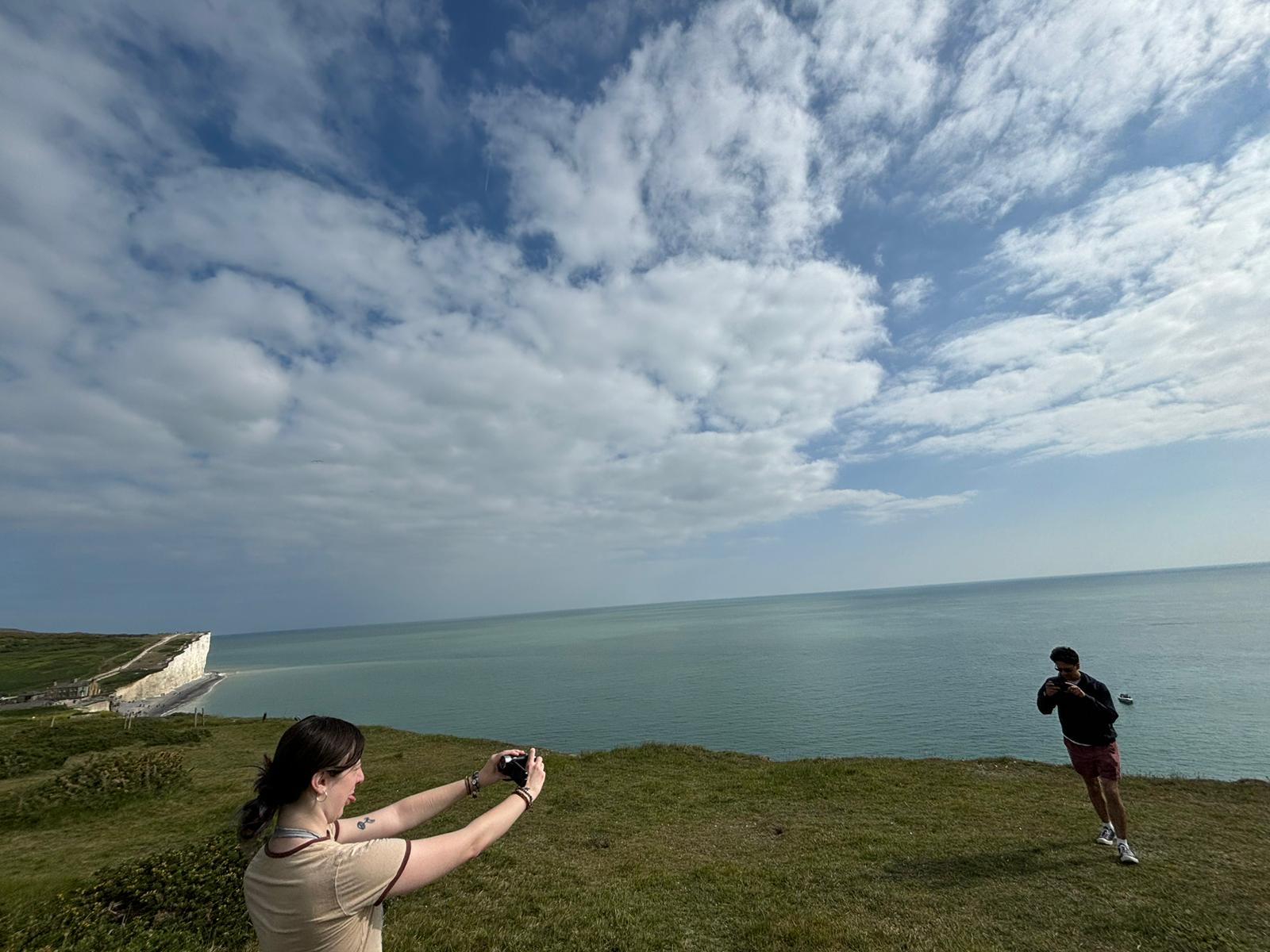
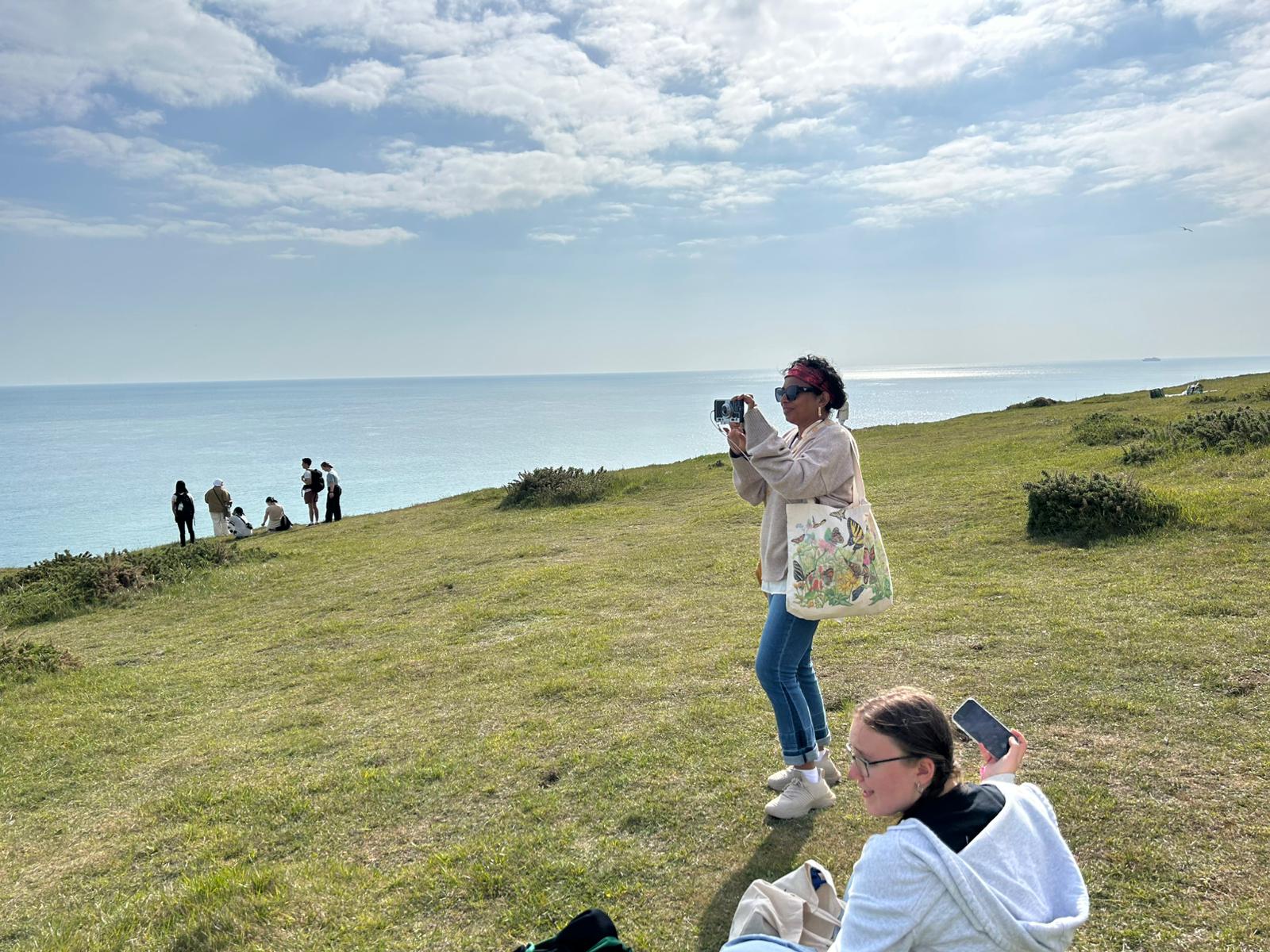
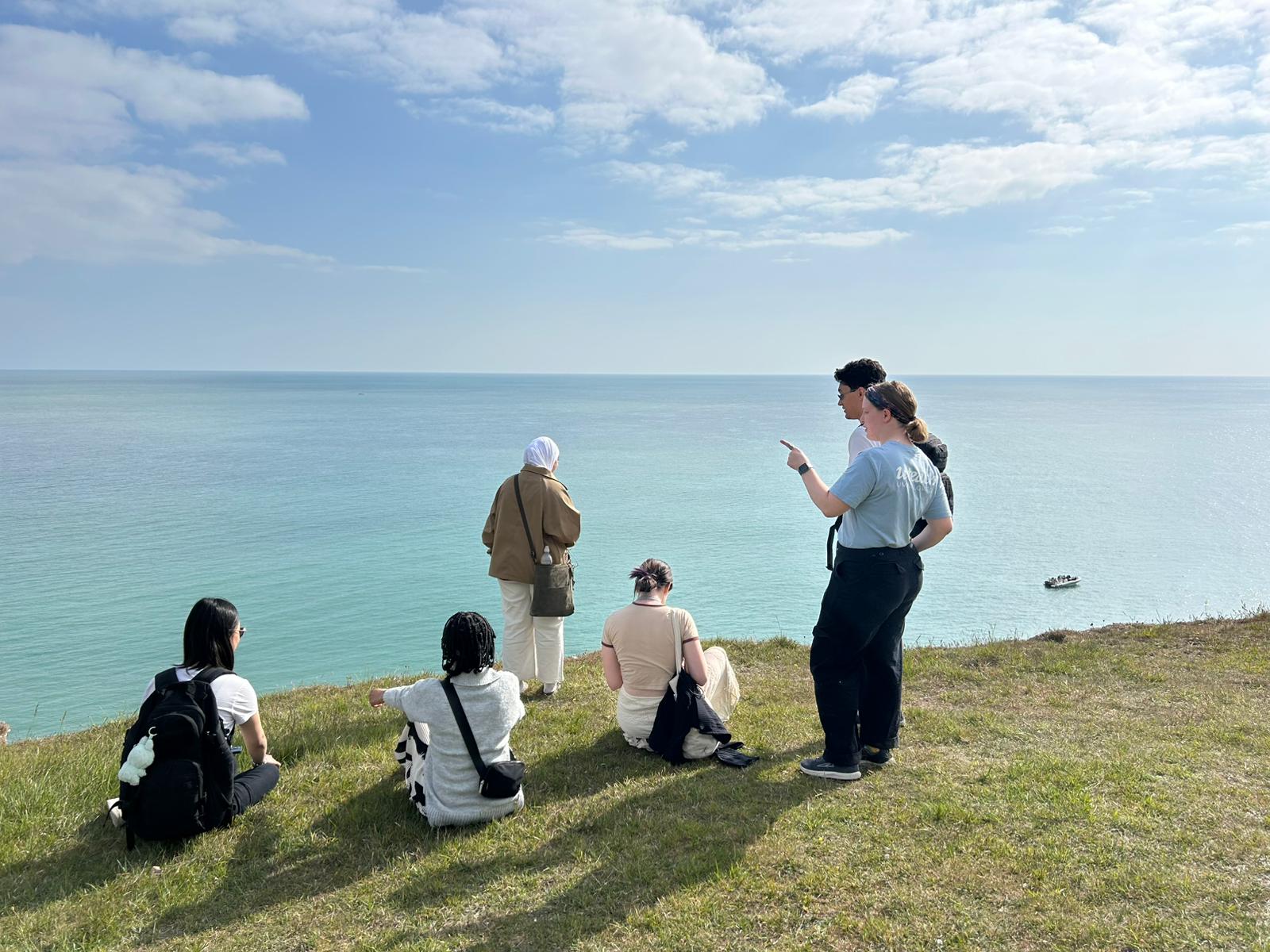
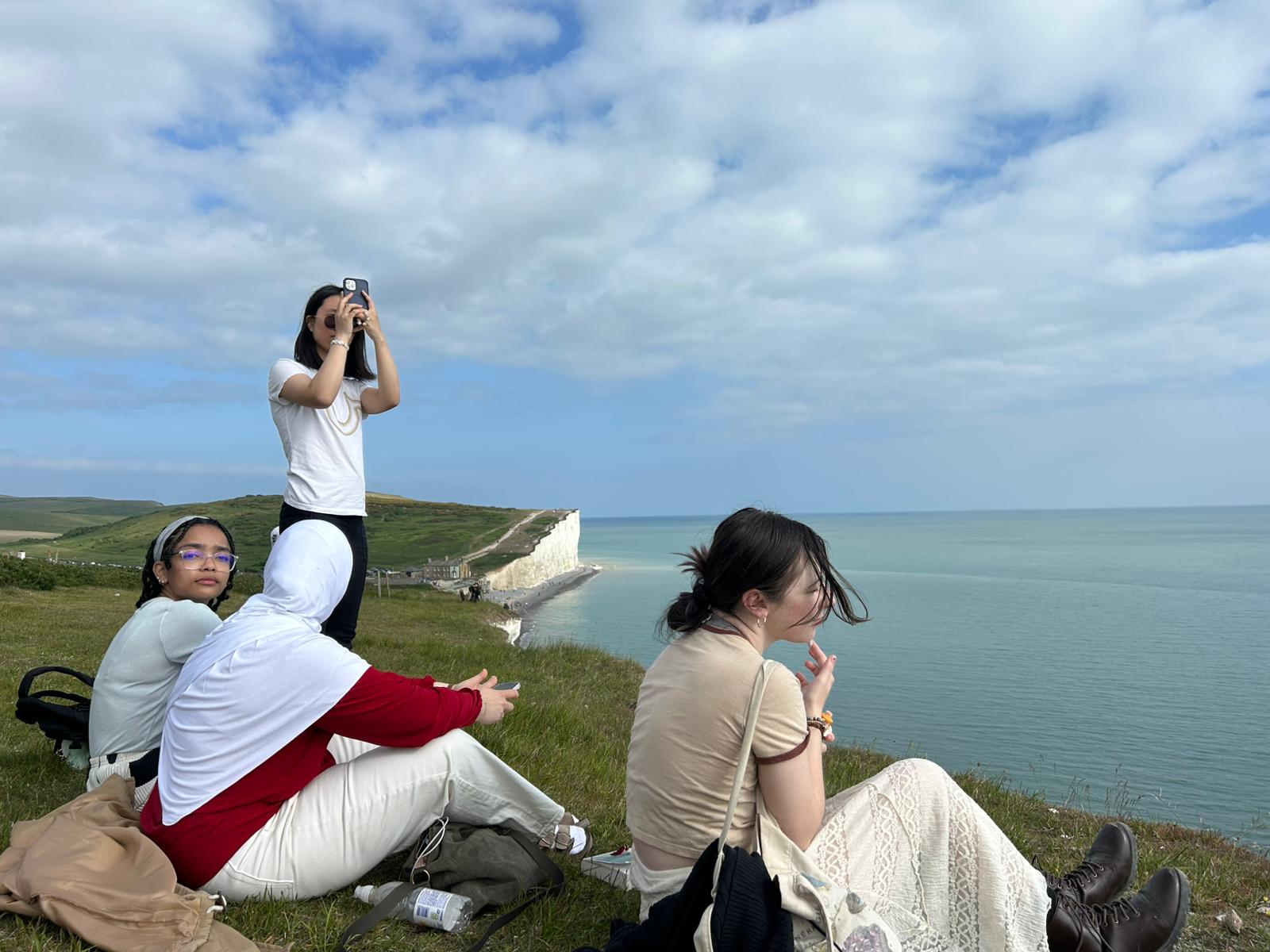
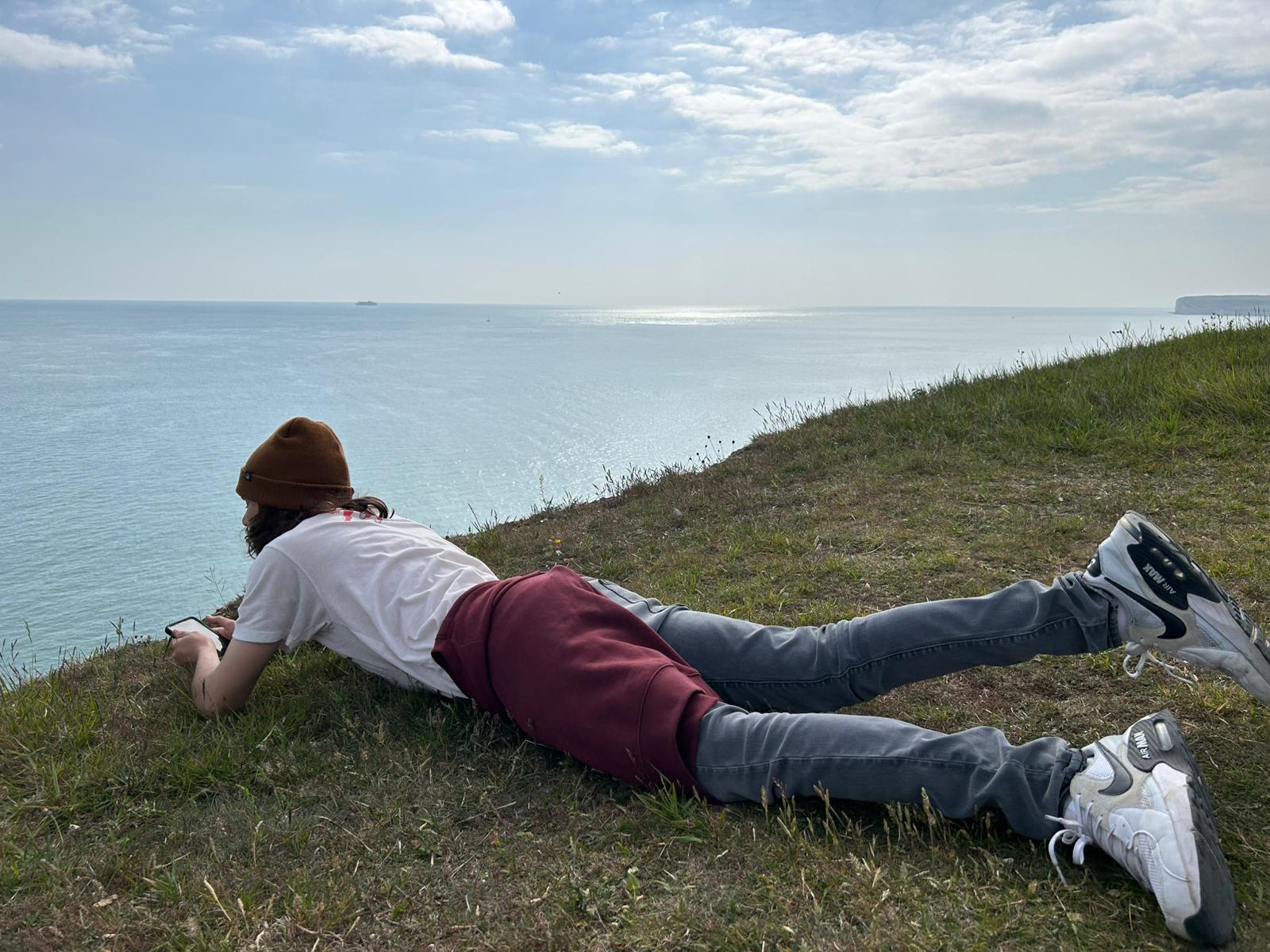
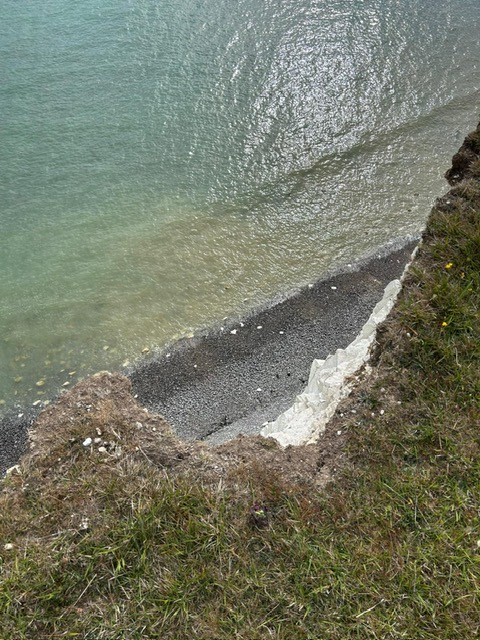
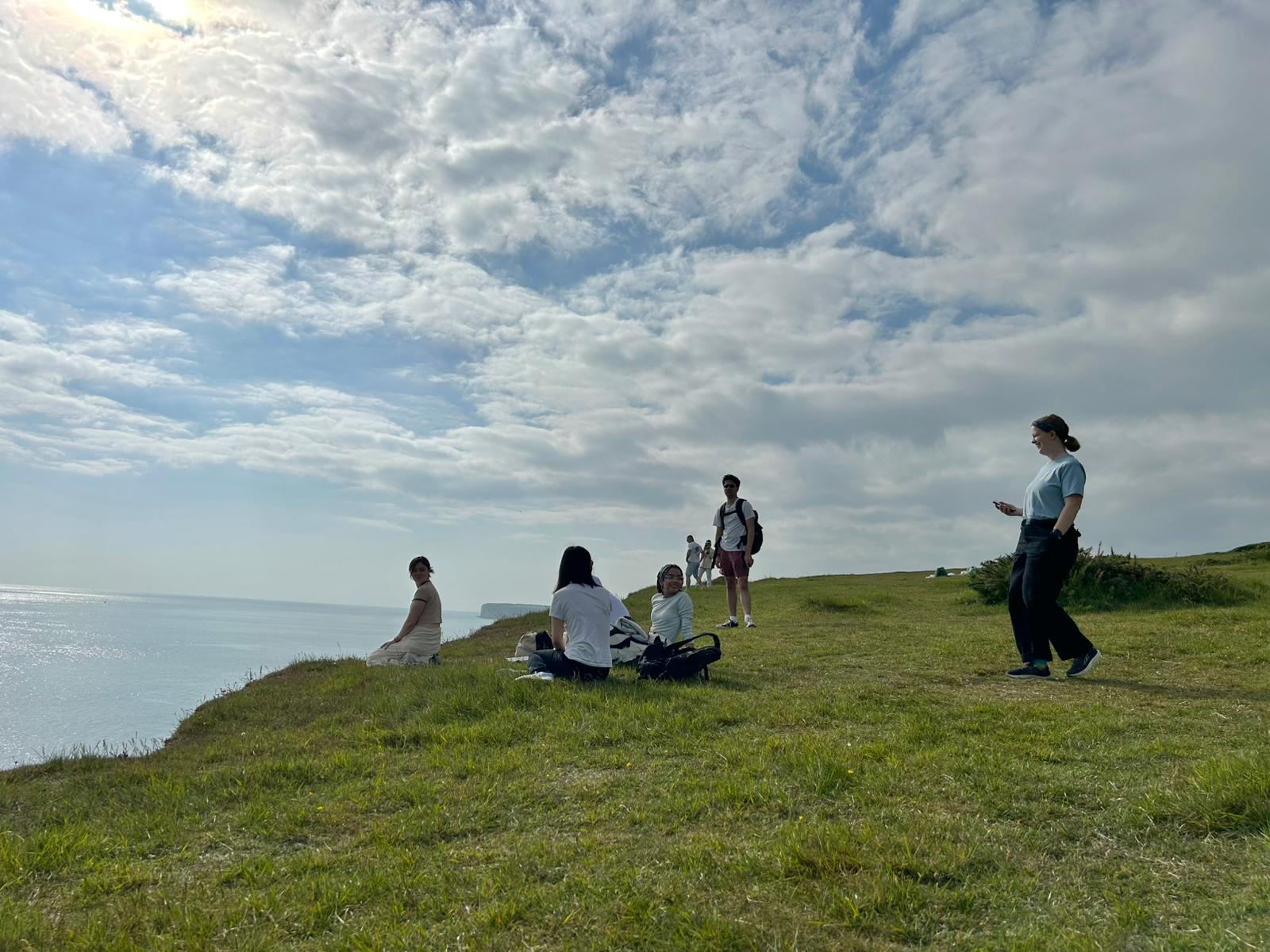
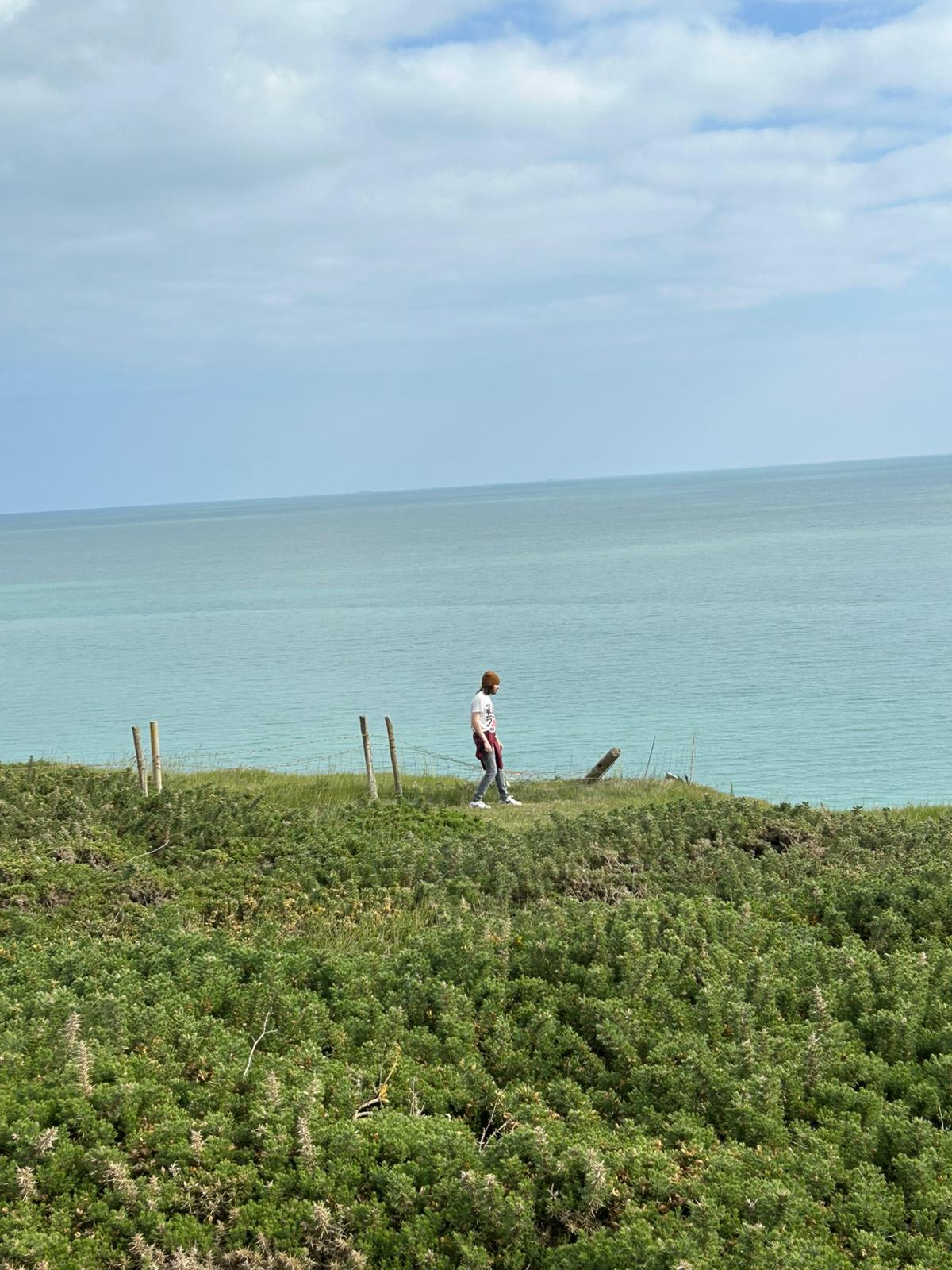

After a while, Wiktoria decided she’d had enough of the heights and made her way to the National Trust gift shop at Birling Gap. I accompanied her, giving the rest of the group more time to relax and explore the cliff tops. Later, we all reconvened for a well-deserved ice cream. I indulged in a classic 99 Flake—soft-serve vanilla ice cream with a Cadbury Flake—while others opted for more adventurous flavors the ice cream van offered.


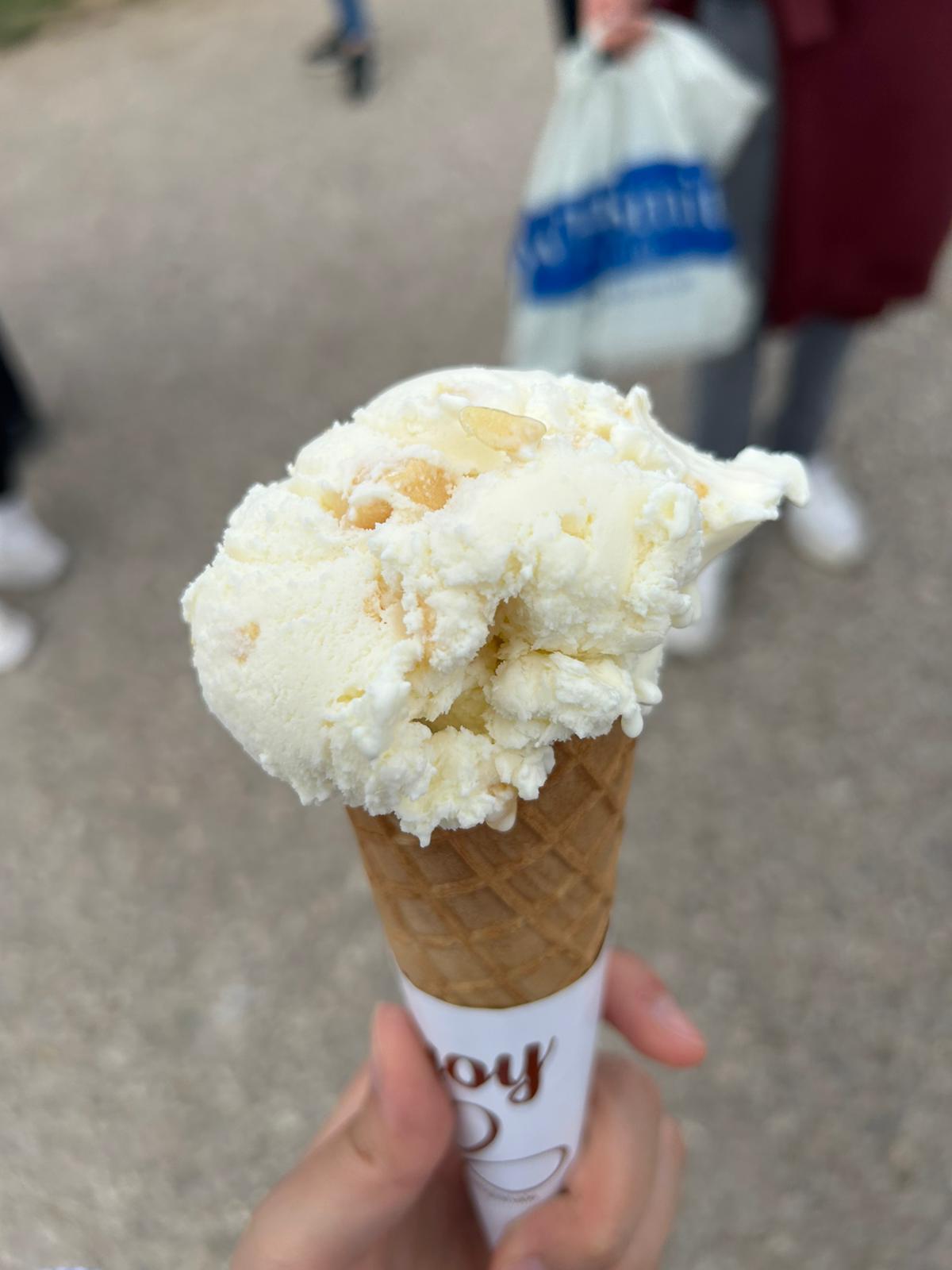

While we waited for the bus to take us back to Brighton, Dana, Mason, and Erin took the opportunity to meet the sheep grazing happily in the nearby fields. These sheep play a vital role in maintaining the chalk grassland habitat of the South Downs.

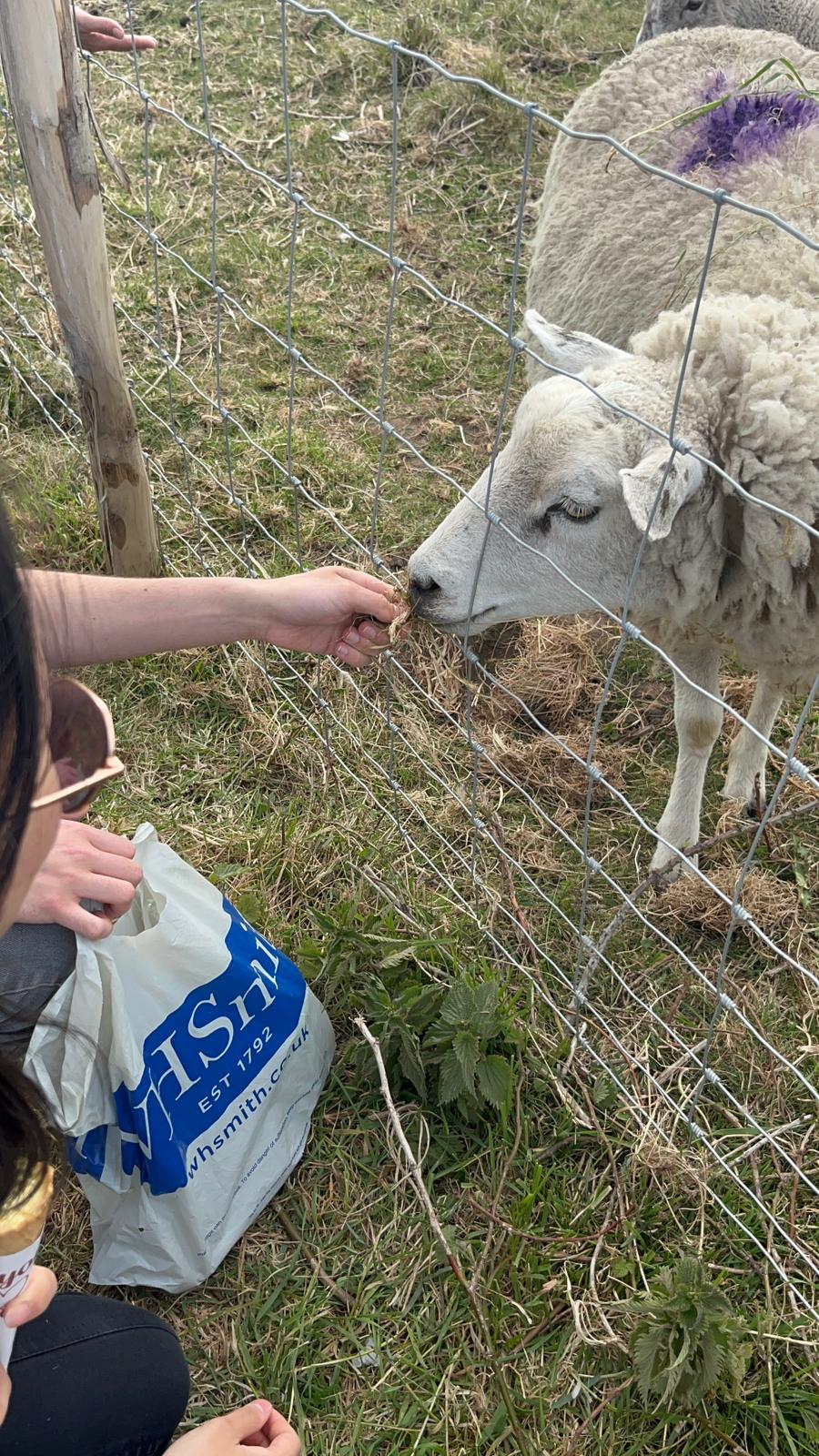
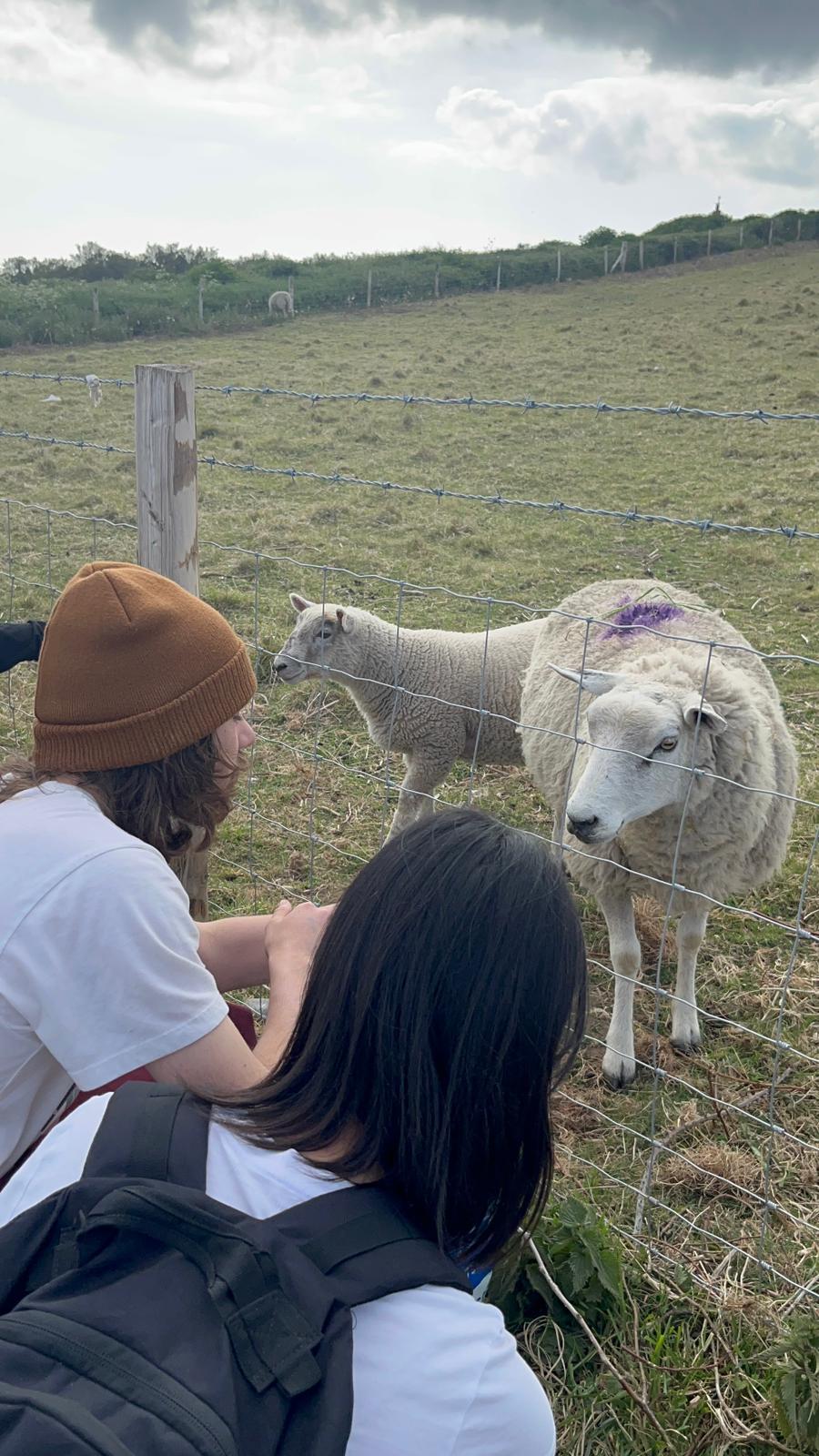
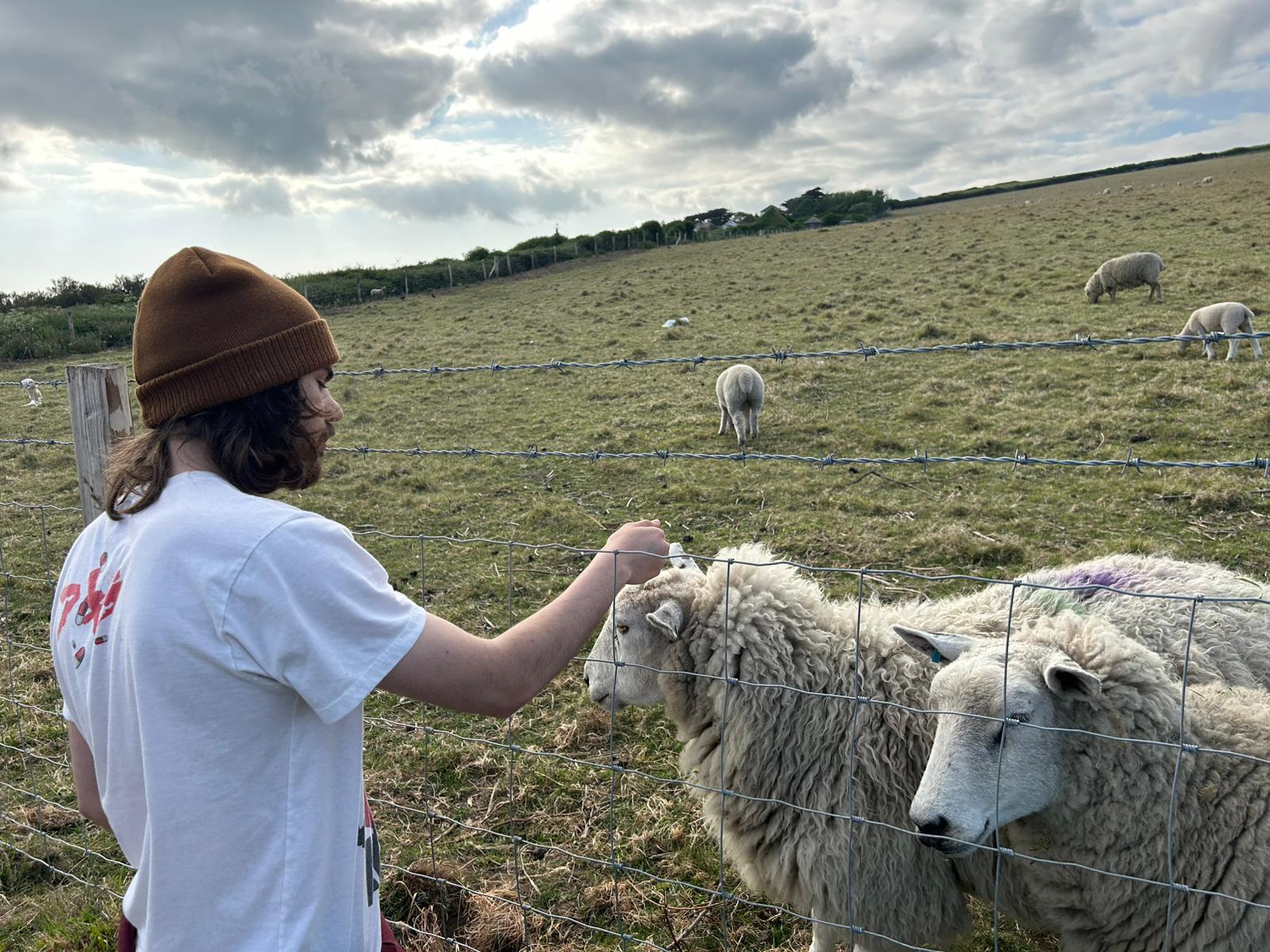
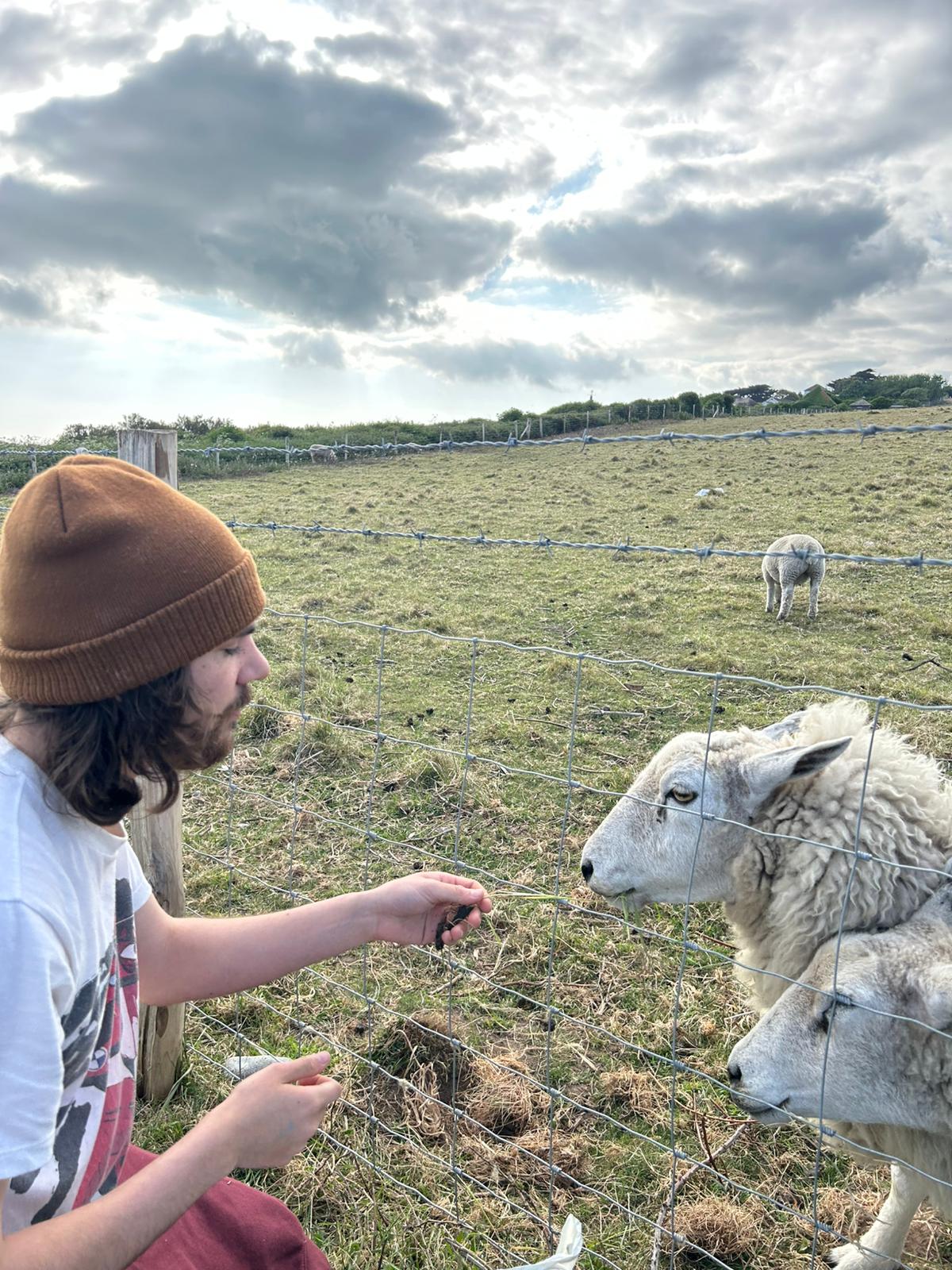
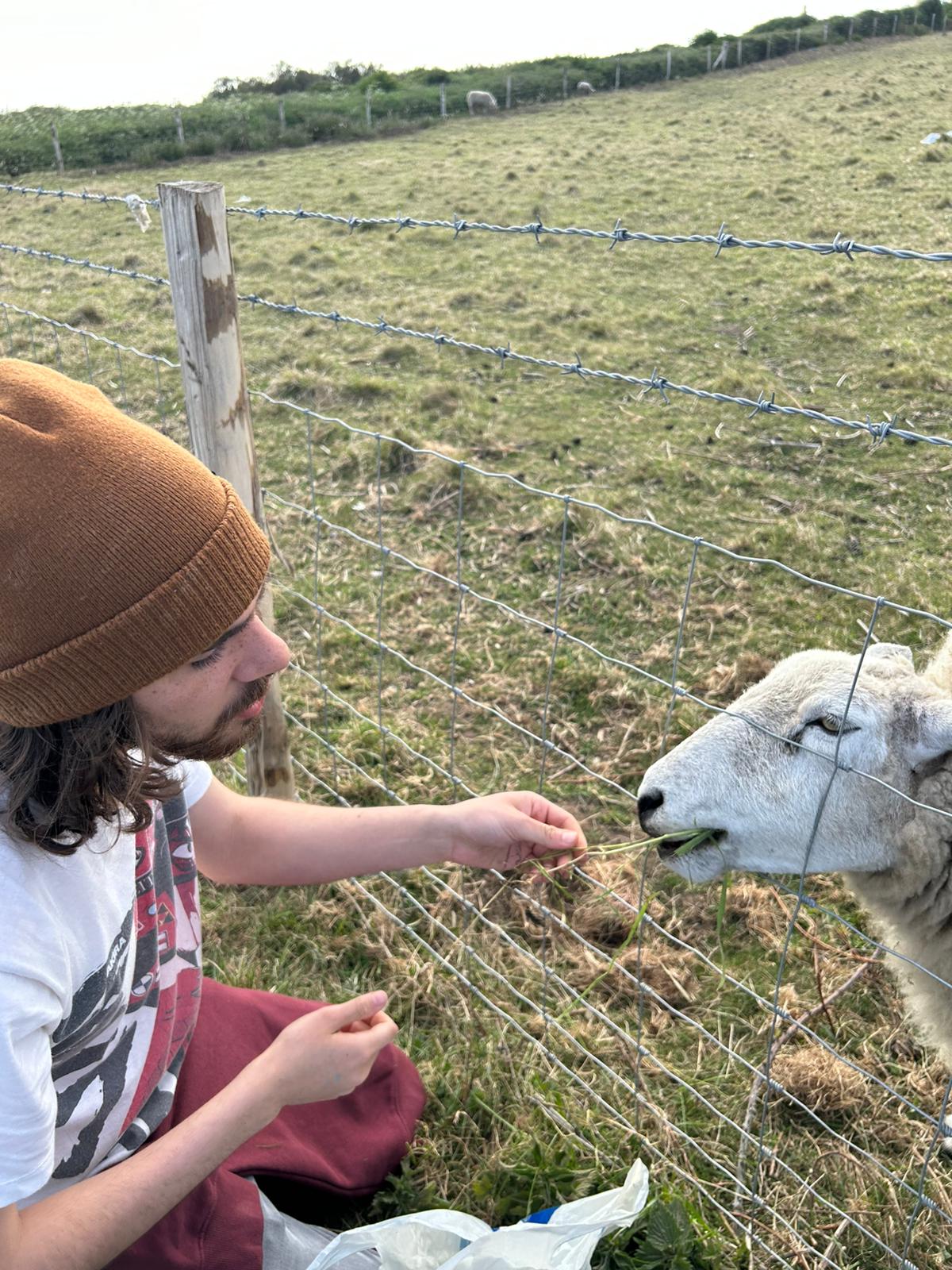
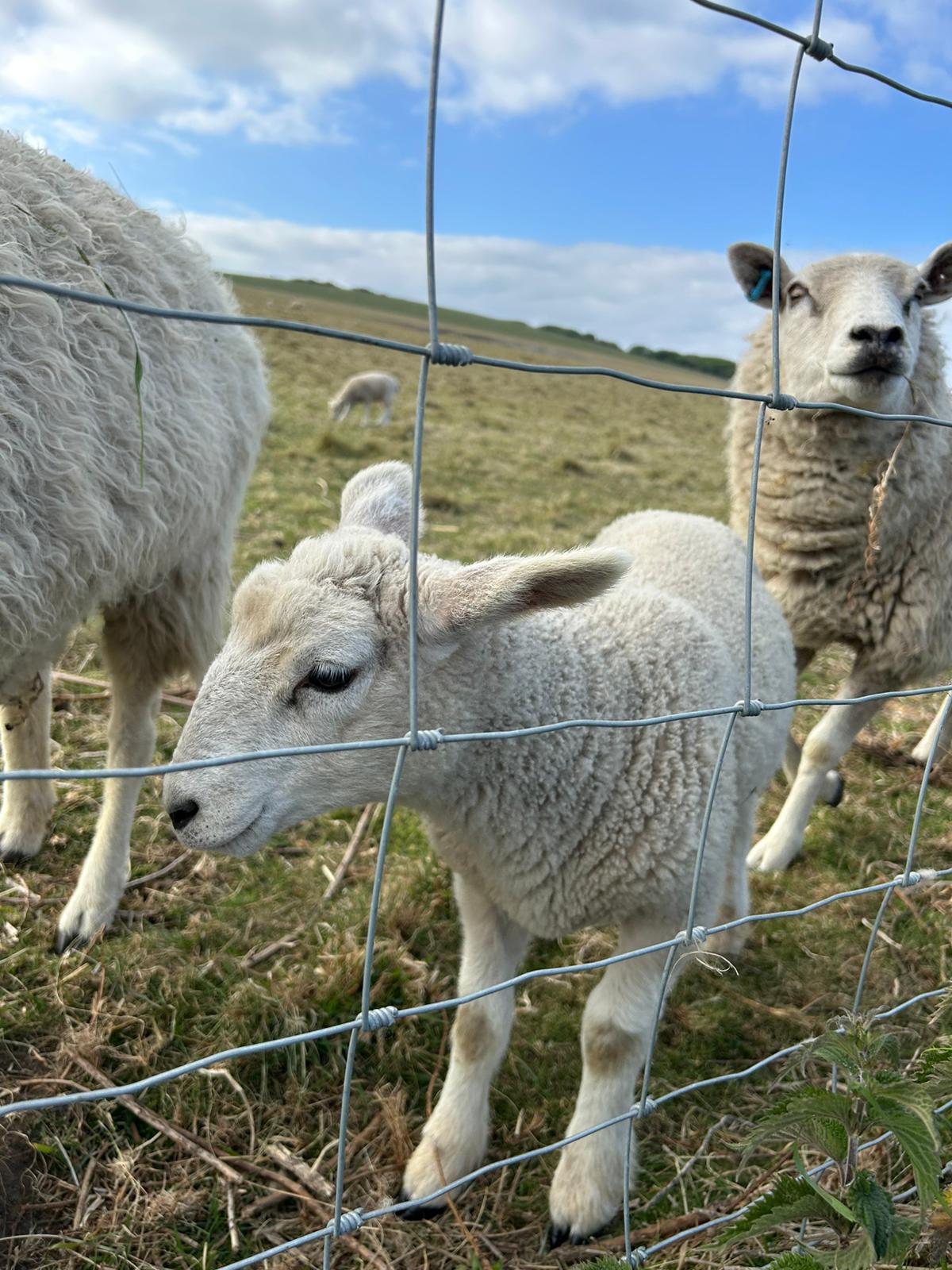
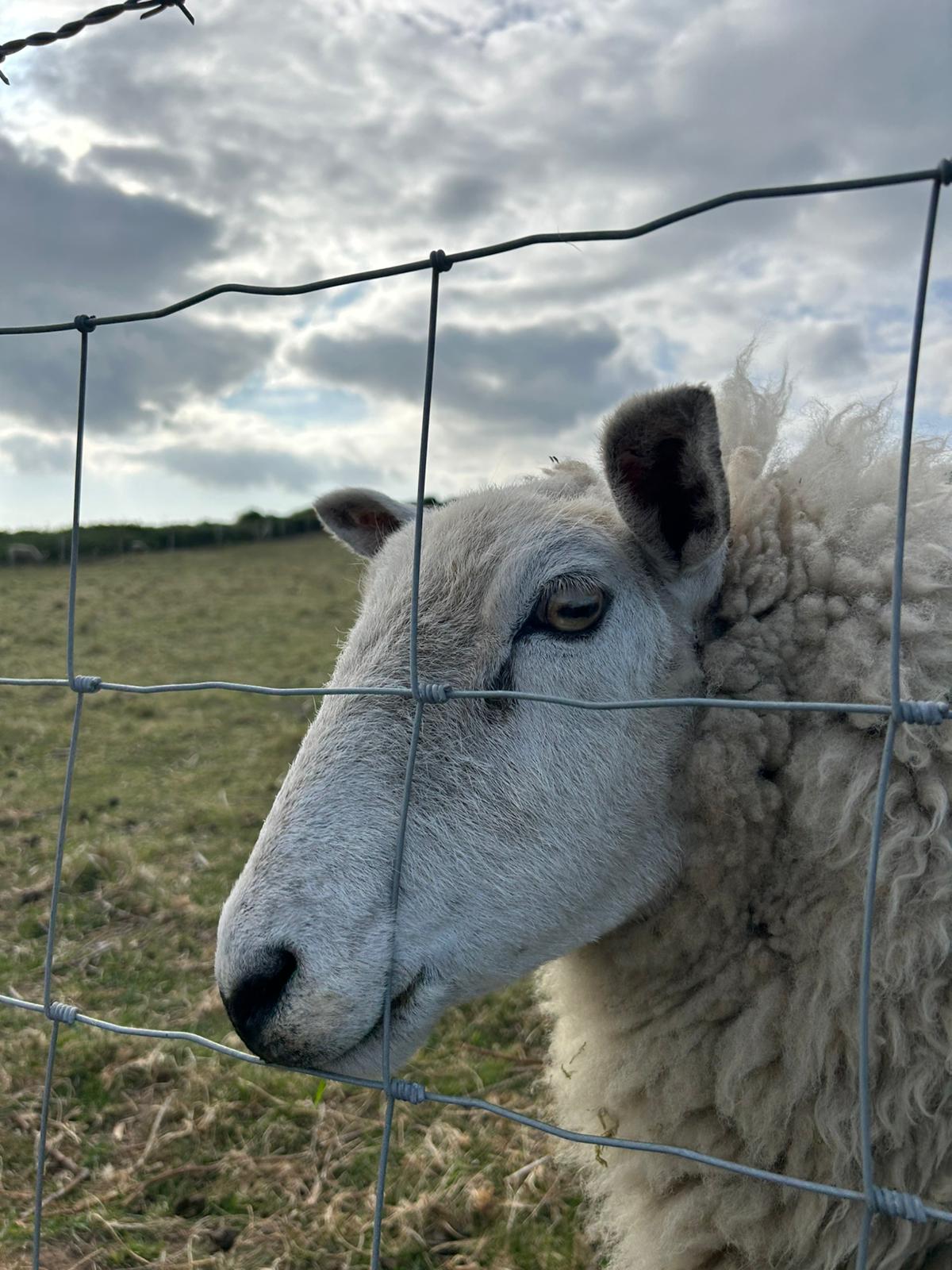
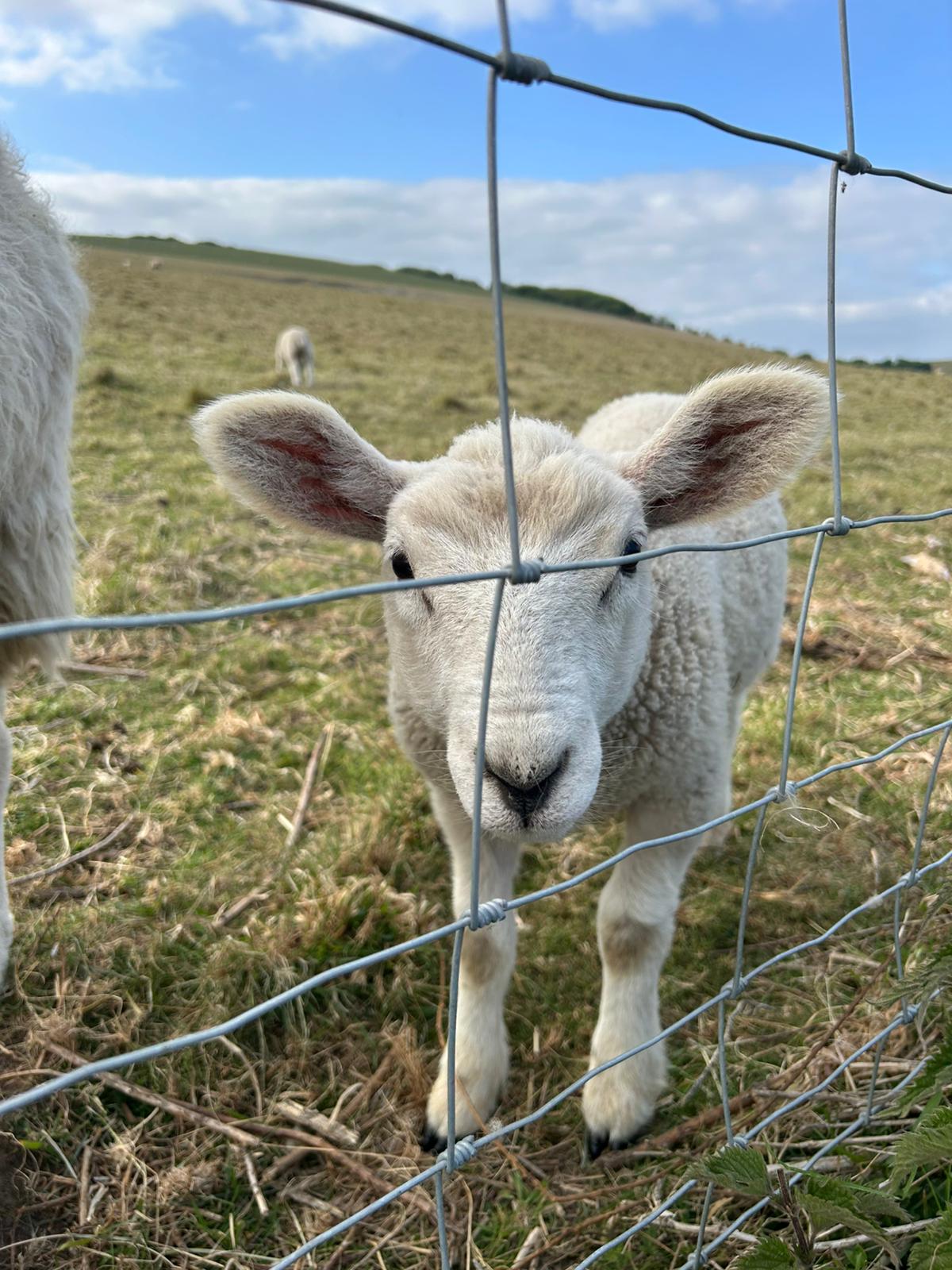
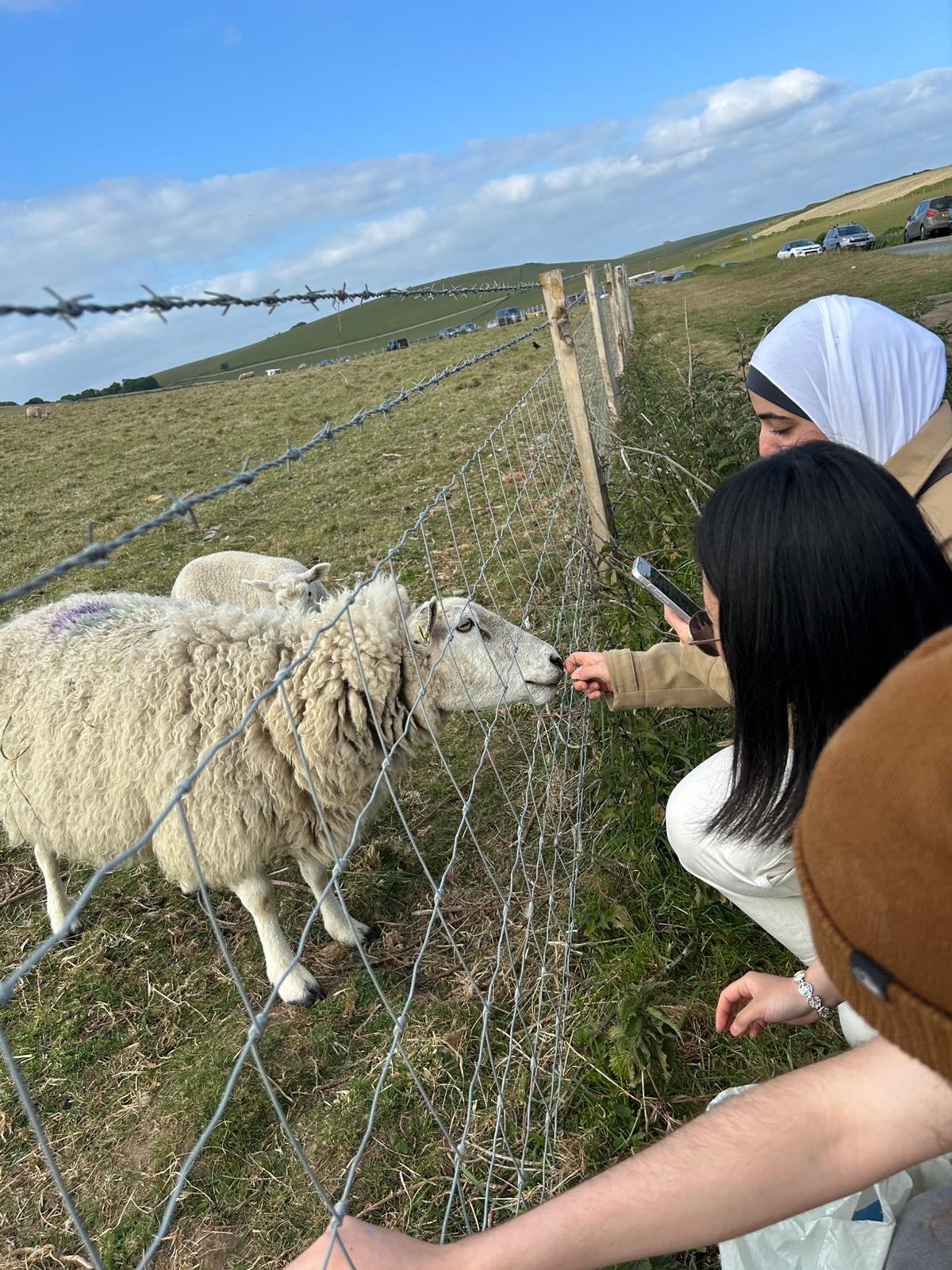
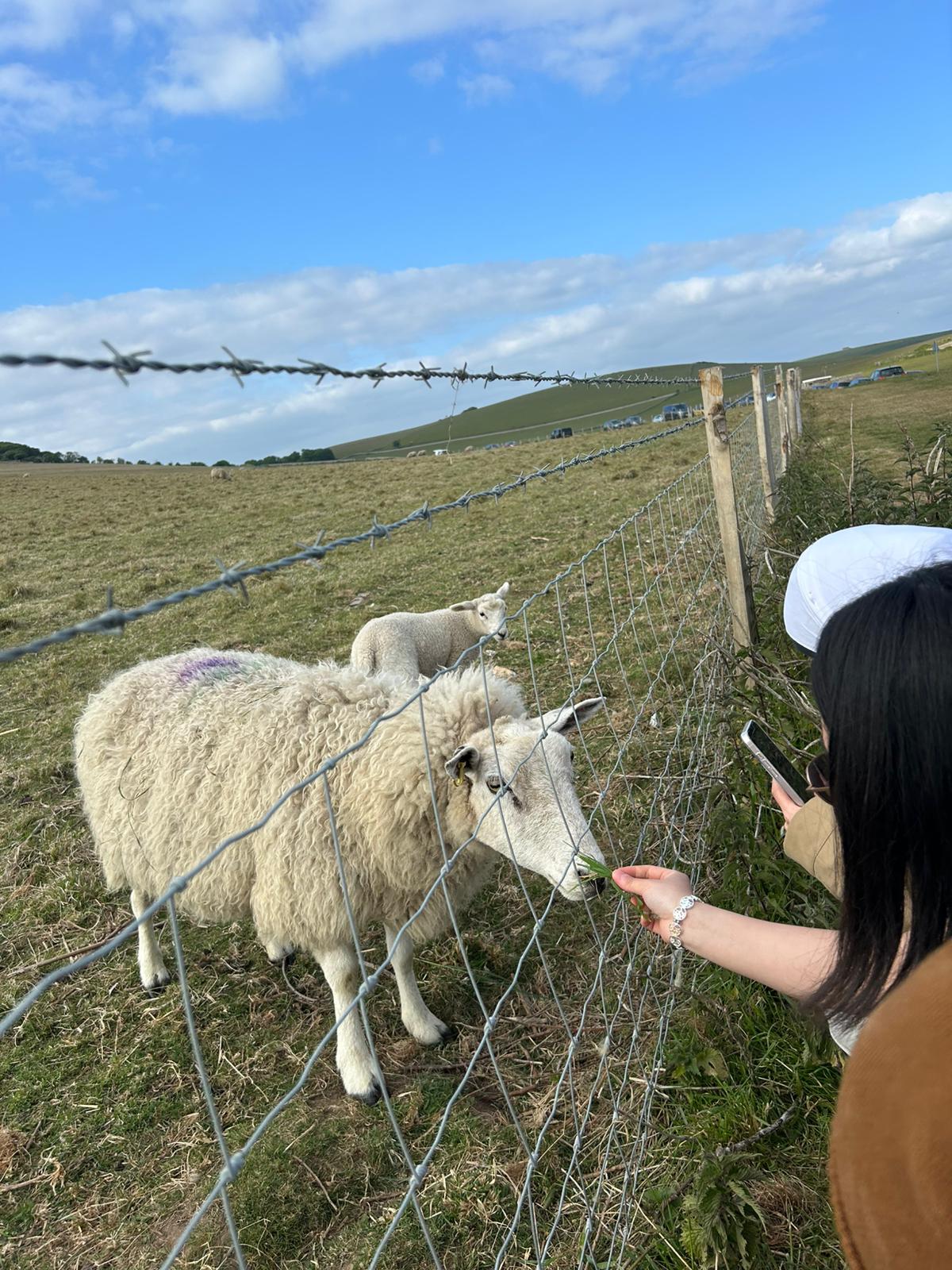
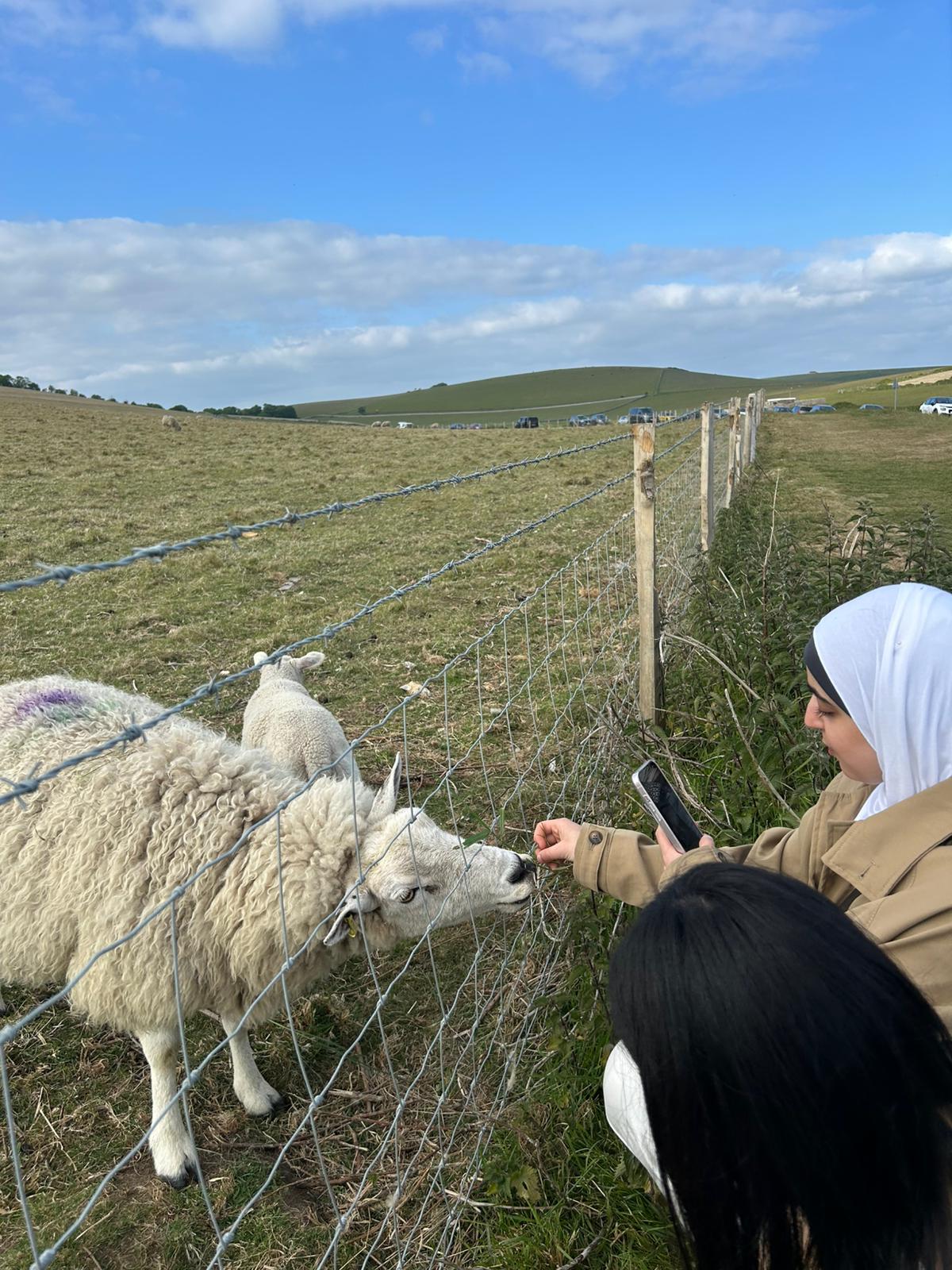
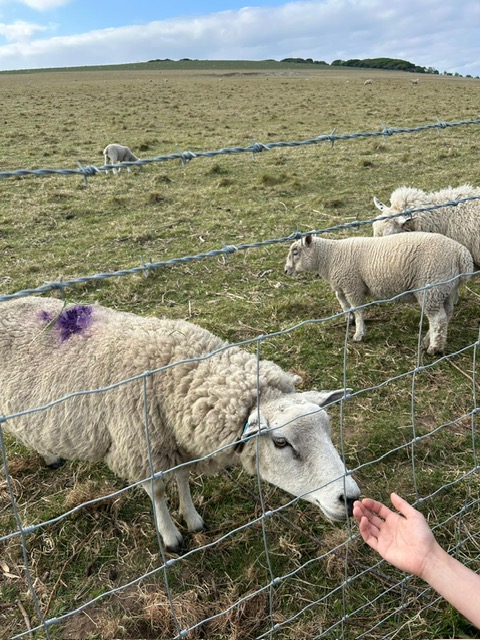
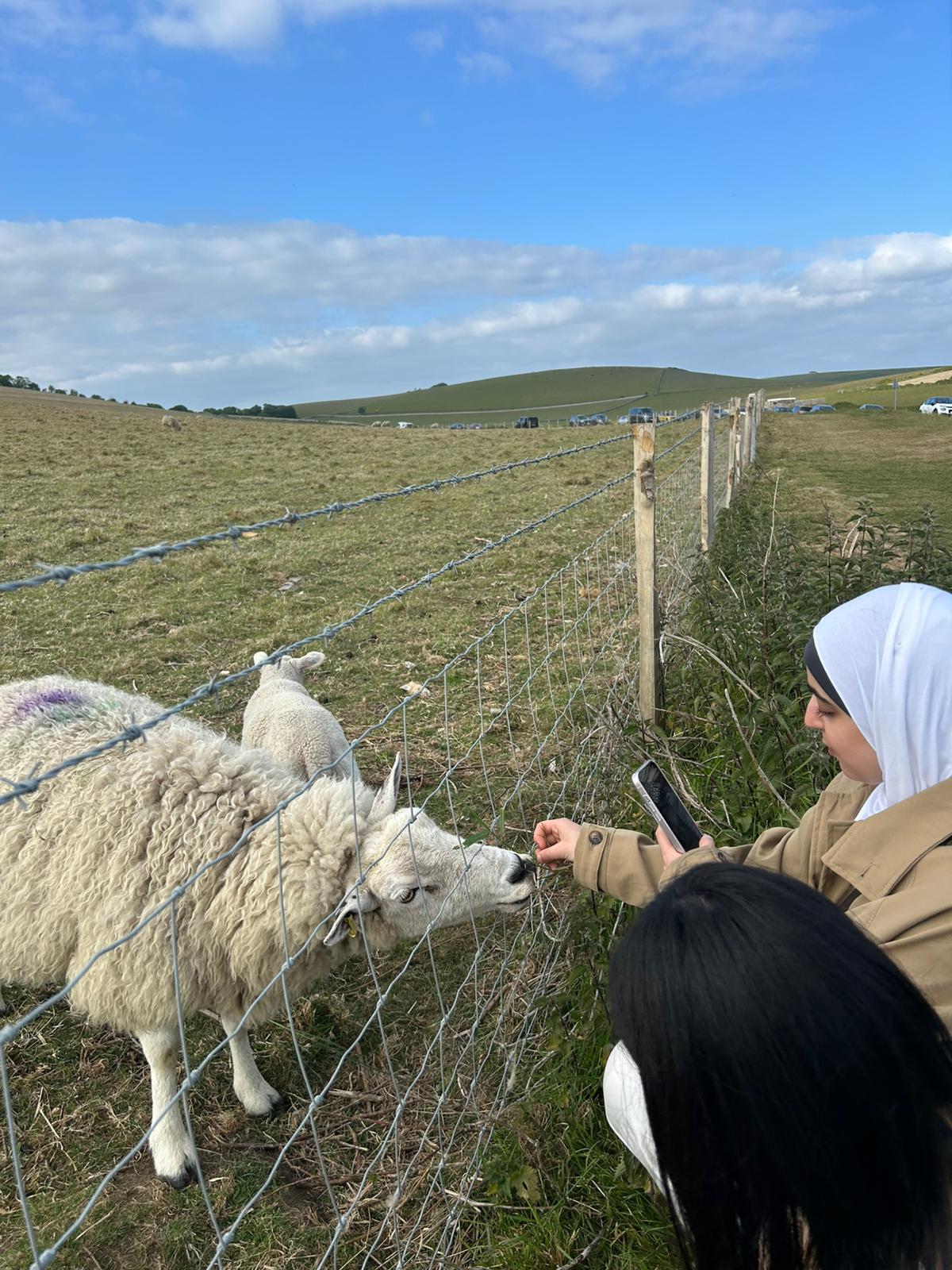
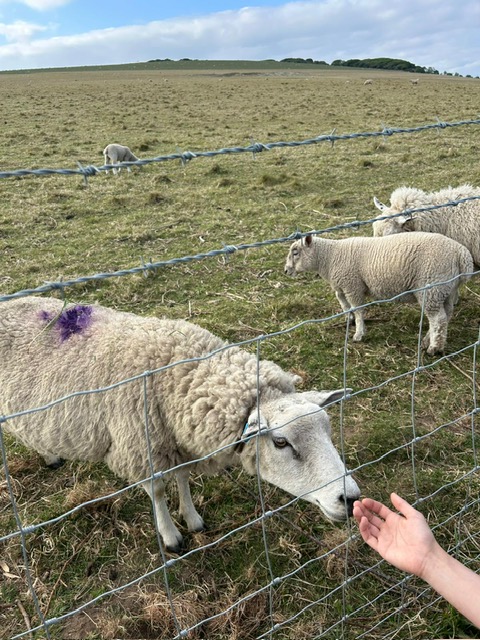
And then, as the sun began to dip lower in the sky, we waited passing time and got the bus back to Brighton.

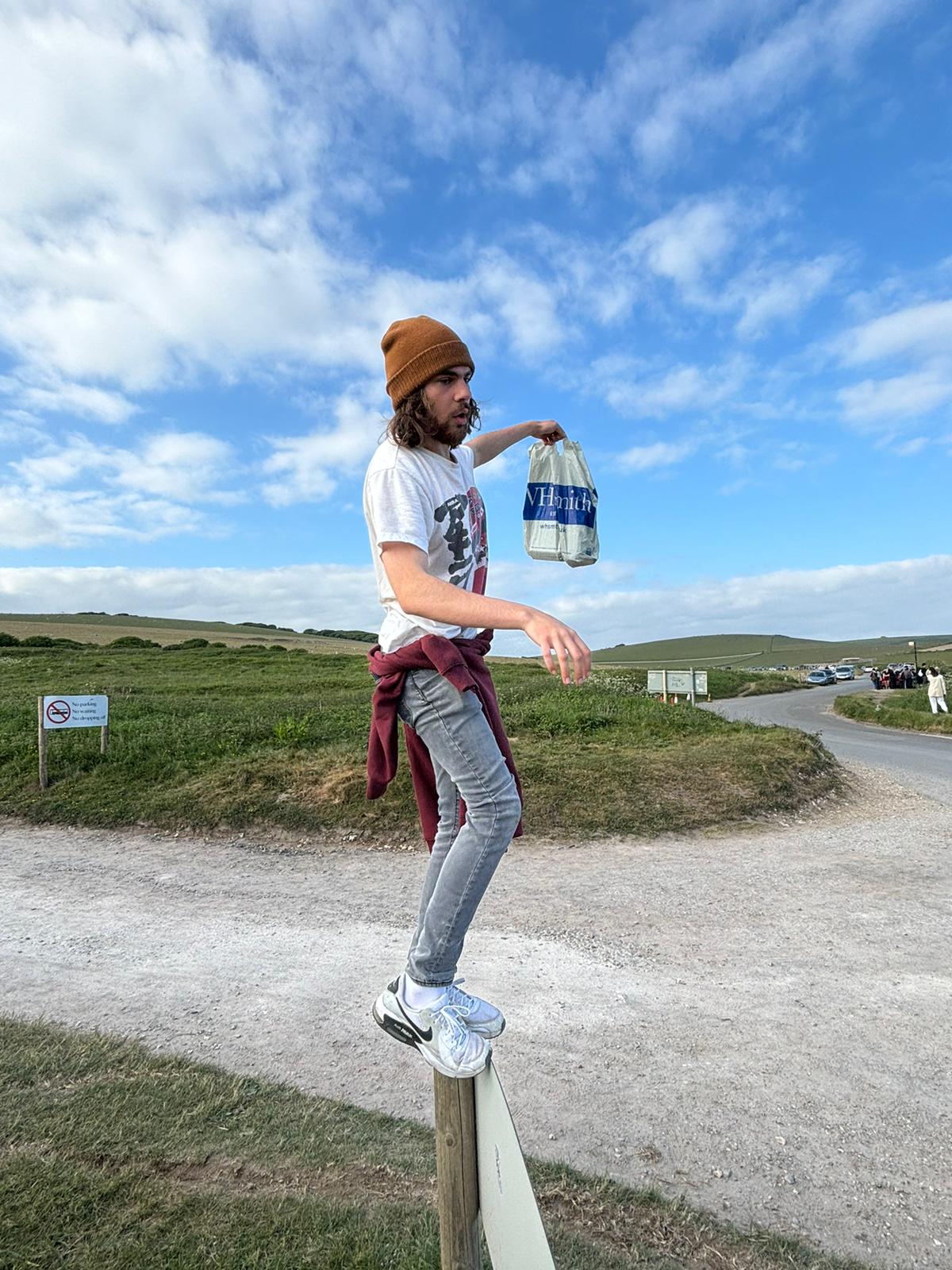
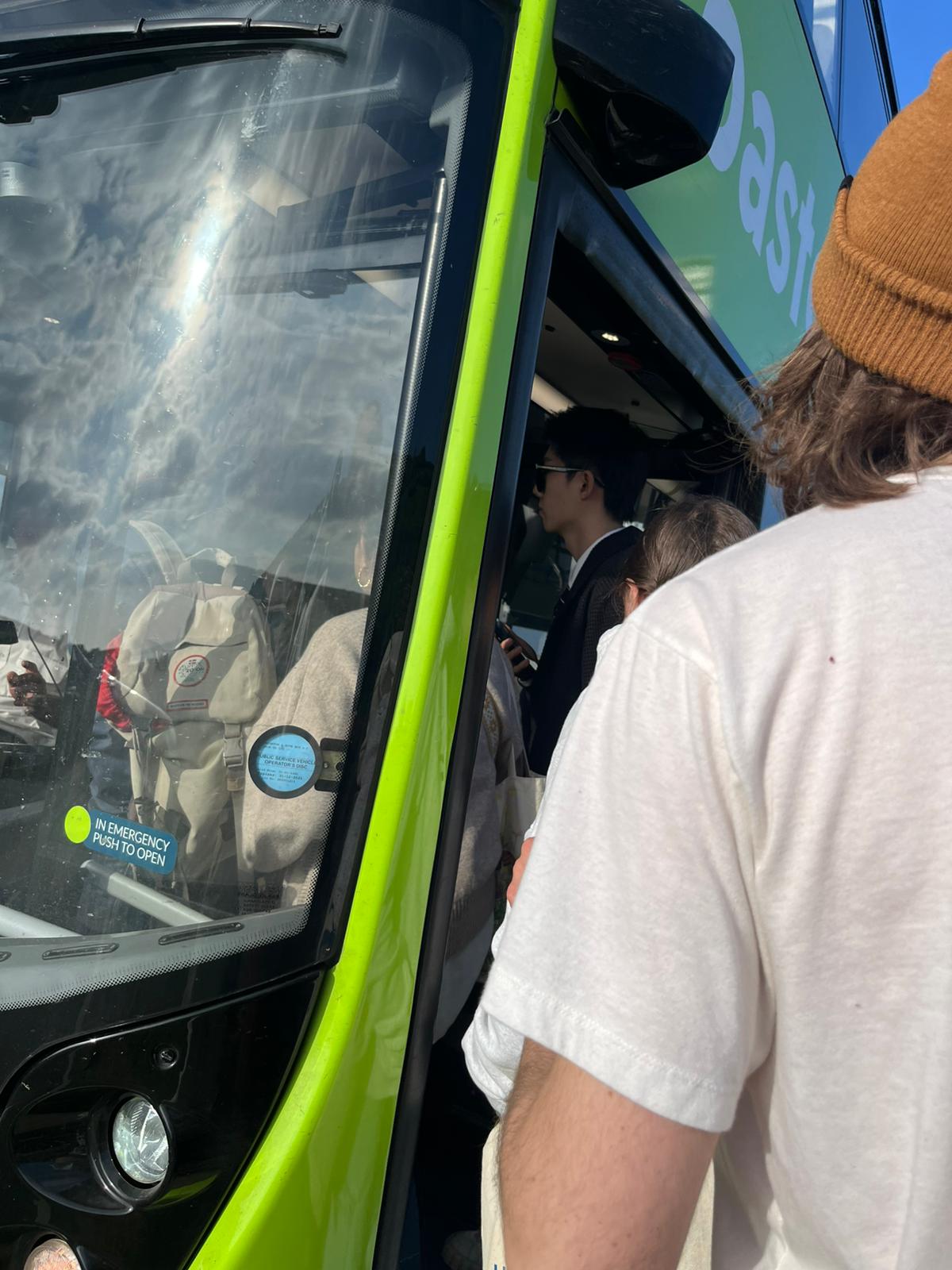
Day 8 – Monday May 19
After three full days of travel—Arundel, Portsmouth, Lewes, and the breathtaking Seven Sisters—combined with late nights out exploring Brighton’s nightlife, lounging on the beach, or playing cards until the hotel staff had to remind them to keep the noise down, it was no surprise that everyone looked a bit worn out this morning. As we waited for the 9:38 a.m. train to take us to the university, there was a noticeable quietness in the group—a rare moment of collective fatigue.

Dr. Branagh had planned a full day of lectures, activities, and discussions. The morning began at 10:00 a.m. with a group reflection on the two school visits so far, followed by time dedicated to organizing the data they had collected to begin answering their research questions for the final project. From there, after a short morning break for a caffeine fix and snacks at 11:15 a.m., the focus shifted to a lecture-discussion on making STEM more accessible. The students were introduced to adaptive STEM teaching and learning pedagogies used across schools in England—an important context for the school visit planned for tomorrow.
After lunch on campus—where everyone got a chance to try food from one of the university cafés—Dr. Branagh shifted gears to focus on the importance of practical work in STEM education. The afternoon session was hands-on, with students designing and exploring STEM activities that could be used in classrooms. The emphasis was on creating interdisciplinary tasks that cut across mathematics, science, and engineering, encouraging them to think creatively about how to make STEM learning engaging, relevant, and inclusive.
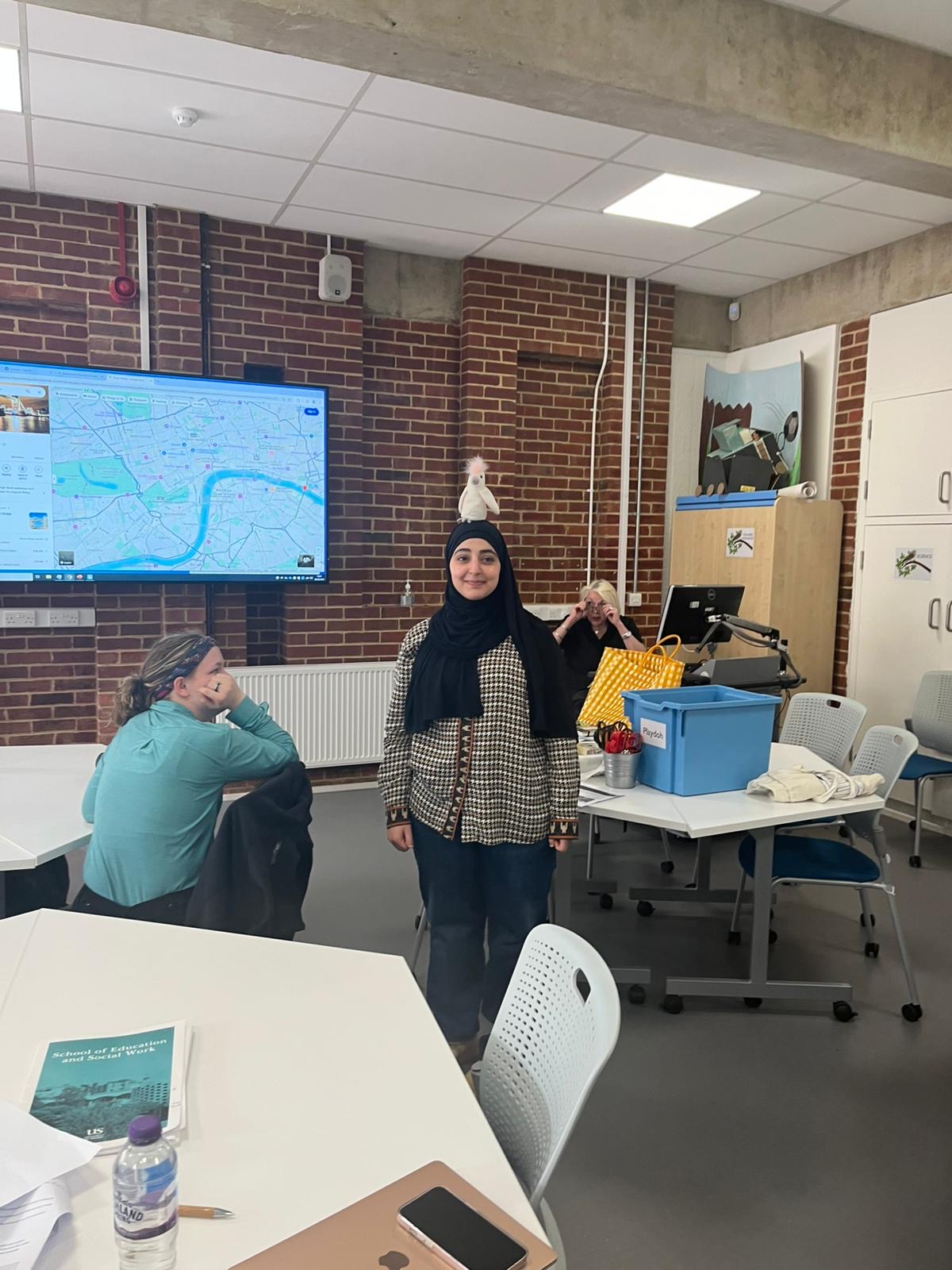













Though they had arrived at the university looking subdued, by the time we wrapped up at 4:00 p.m., the group was visibly re-energized—ready, it seemed, to dive back into Brighton’s vibrant evening scene. It was a bit of a shame, though, that no one showed any interest in going to see Brighton & Hove Albion take on Liverpool. As we got off the train at Brighton station, the town was already buzzing: officials preparing for the crowd, a noticeable increase in police presence, and pubs filled with fans gearing up for the match. I couldn’t help but think this group would have actually enjoyed the game more than last year’s cohort—especially since they’d have witnessed a win. Brighton & Hove Albion beat Liverpool 3–2, and the city was electric with celebration.
Day 9 – Tuesday May 20
Our last school visit was to Brighton Aldridge Community Academy (BACA), a school that’s doing so much more than simply educating students—it’s serving as a lifeline for one of Brighton’s most under-resourced communities.

Located in the heart of East Brighton, BACA stands proudly as a non-selective secondary school that primarily serves a socioeconomically disadvantaged population. This area, known for its high levels of deprivation, often falls under the radar in the otherwise vibrant and affluent city of Brighton. Yet within this challenging context, BACA is building futures with purpose and determination.
What stood out most about BACA is its commitment to transforming education into opportunity. With a strong focus on entrepreneurship, creativity, and sports, the school encourages students to think ambitiously about their future—even when their current circumstances might suggest otherwise. They have partnerships with organizations like the Aldridge Foundation, which supports entrepreneurial education, and they run specialized academies in areas such as cricket and digital media to give students unique avenues for success.
We also learned that BACA is part of Brighton & Hove’s local offer for students with special educational needs and disabilities (SEND). The school strives to be inclusive, supporting students through a dedicated SEND department that tailors learning approaches to individual needs. Their approach reflects a genuine commitment to equity, providing all students—regardless of ability, background, or economic status—the tools they need to thrive.
As we walked through the halls and peeked into classrooms, we could sense the atmosphere of possibility. The students were engaged, the staff passionate, and the school culture warm and focused on growth. BACA may not have the polish of a historic grammar school, but what it does have is a beating heart—deeply rooted in community, care, and a clear belief in its students’ potential.
This visit reminded us why educational equity matters so deeply. Schools like BACA are not just places of learning; they are pillars of their community, helping young people build confidence, resilience, and ambition despite the odds.
On the way back from BACA, several students reflected on how much they connected with the school. Many said it reminded them of the care and support they received in their own schools. One even remarked, “The other schools we visited talk about equity—but BACA actually practices it.”
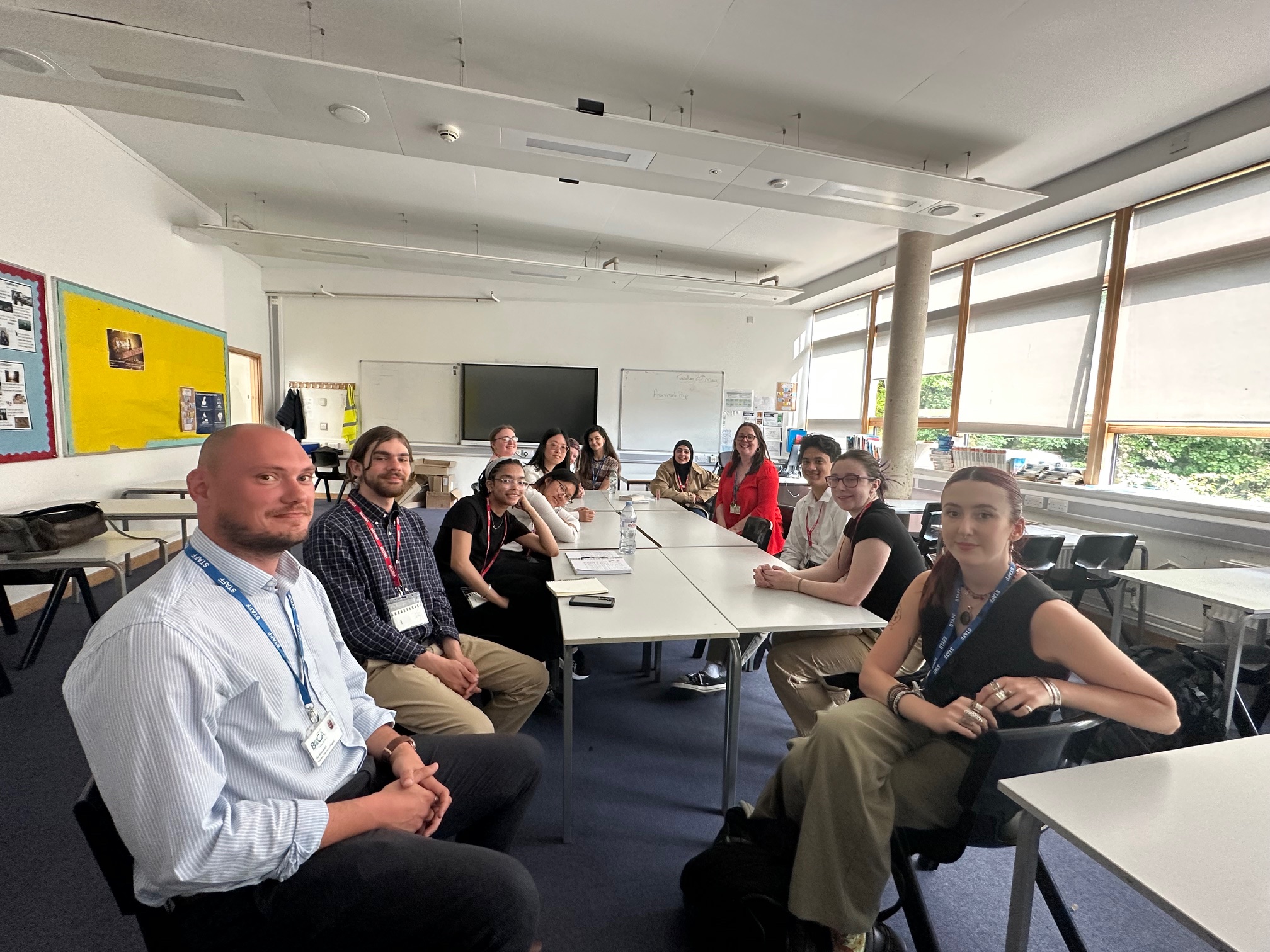



After the school visit, tired and exhausted, we all headed off in different directions—some grabbing dinner at various places, others finally getting around to doing laundry. A quiet evening after a meaningful day.
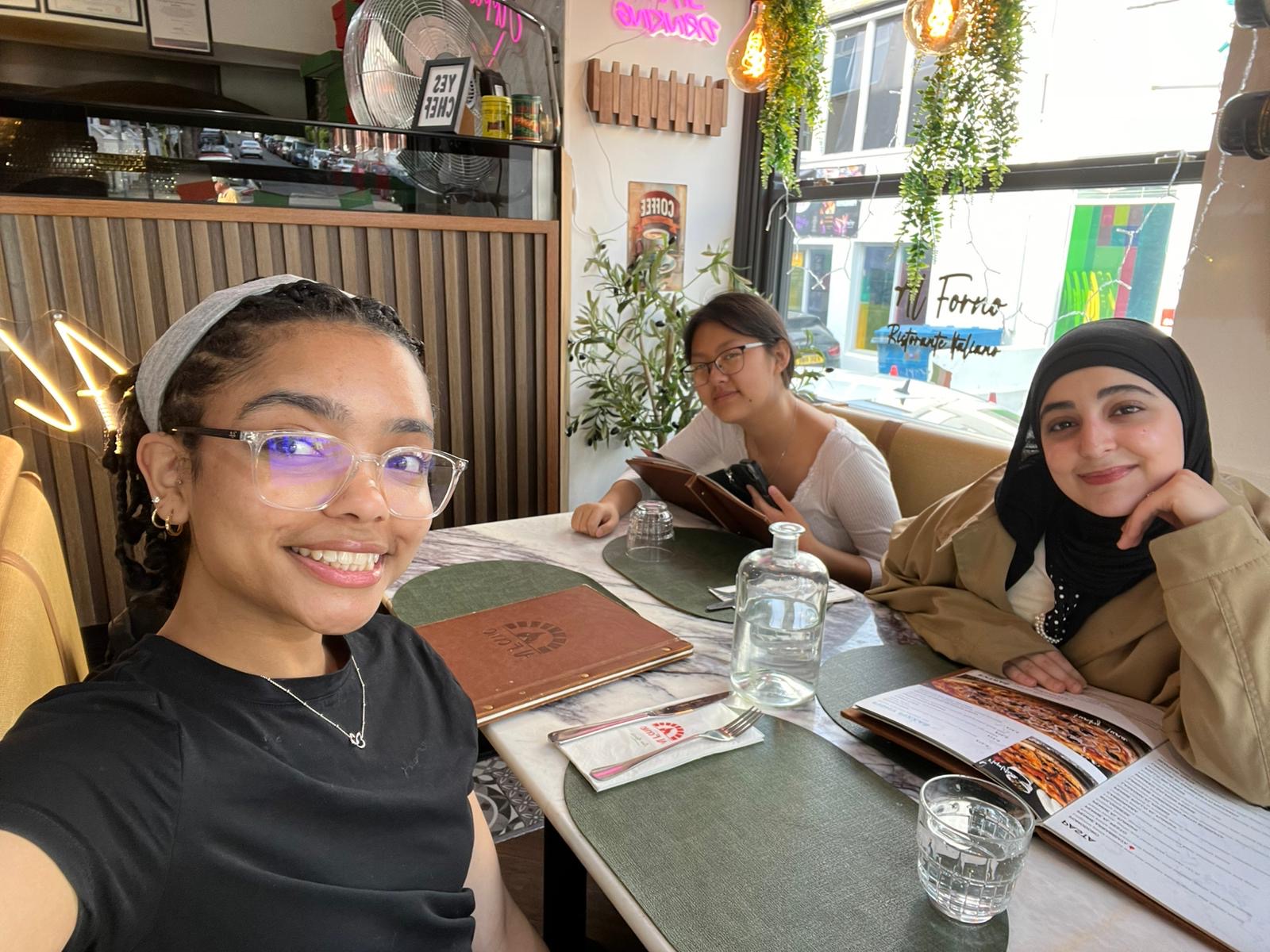
Day 10 – Wednesday May 21
Today was the big day trip to London. Last year, I hadn’t quite managed to plan ahead for our time in the city, so this time I made sure to put together a route the night before. The plan was simple: catch the 10:09 a.m. train from Brighton to London Victoria, follow a scenic and cultural loop from Harrods to Piccadilly Circus, Chinatown (for lunch), Covent Garden, St. Paul’s, the Tower of London, Tower Bridge, and end up at the London Eye in time for our 4:30 p.m. boat tour on the Thames. After the river cruise, we’d walk through Westminster to Buckingham Palace and make our way back to Victoria Station. I’d even purchased One Day Travel Passes for everyone and handed them out the day before, reminding everyone (more than once) not to lose them.
But of course, even the most carefully laid plans come with a few hiccups. That morning, only Dana, Wiktoria, Lauren, Di, and Emily made it to the station on time and boarded the train as planned.
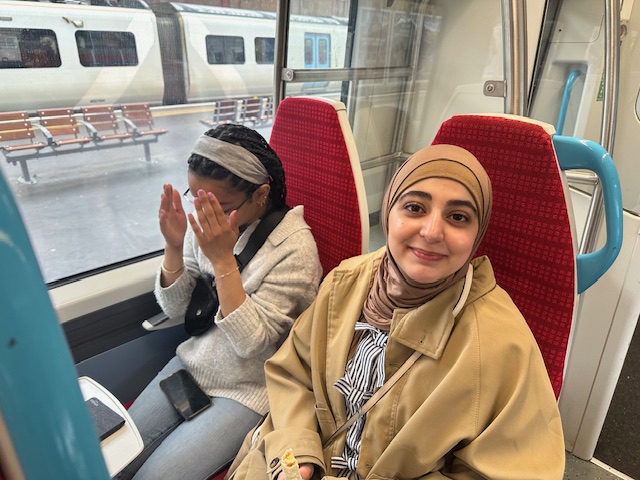
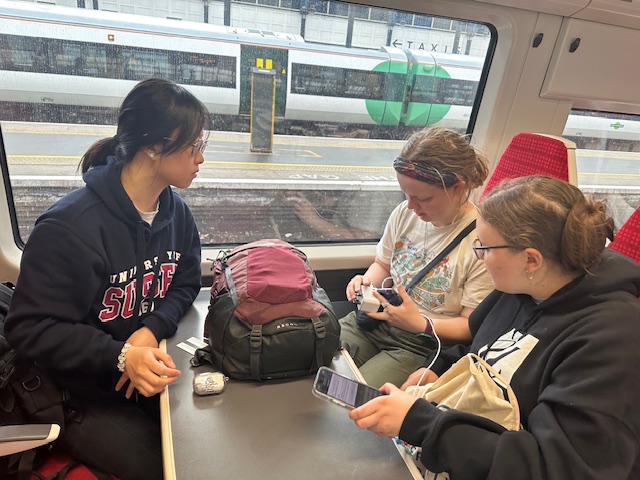
Mason, Lou, and Keanu rolled in with just moments to spare—literally as the train doors were about to close. Erin, however, overslept and missed the train altogether. We messaged her right away and told her to hop on a train to London Bridge and join us using the route I’d sent out in advance. Thank goodness for mobile phones and Google Maps!
The second hiccup came from Keanu—somehow, between receiving his ticket and boarding the train, he managed to lose the One Day Travel Pass I had purchased for him. He assured me that he bought another one, but as we would find out later, it wasn’t quite the same type of ticket. Still, we made it to London Victoria—slightly frazzled, short one Erin, and with one questionable ticket already in play.
Once we arrived at Victoria Station, I gave everyone the choice: explore London on their own or stick with me and follow the planned route. Keanu and Lou didn’t hesitate—they were off on their own London adventure within minutes. The rest of the group decided to stay with me, though Wiktoria and Lauren let me know they wanted to break off later to visit the London Transport Museum, aiming to get there by 2:00 p.m. Fair enough—I just reminded everyone that no matter where they wandered, we were all meeting at the London Eye by 4:30 p.m. sharp for our boat tour.
Meanwhile, Erin had successfully made her way to London Bridge. Since we’d be passing Sloane Square Tube Station early in our route, we asked her to hop on the Tube from London Bridge and meet us there. While making our way through the stylish streets toward Sloane Square, we made a few unofficial stops—because traveling with Dana means there’s always time for shopping. She was in her element, slipping into shops along the way like a seasoned Londoner on a spree.
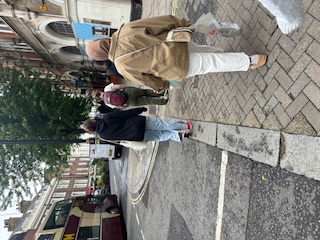
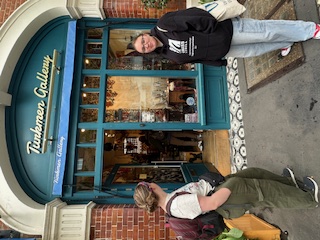
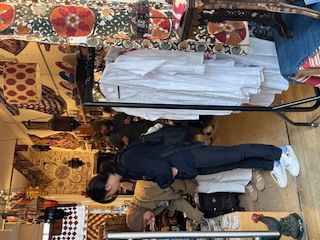
Eventually, we all reunited with Erin at Sloane Square—everyone accounted for, except Keanu and Lou, who were off exploring London on their own. I made a few on-the-fly adjustments to the route, and off we went into the heart of the city.
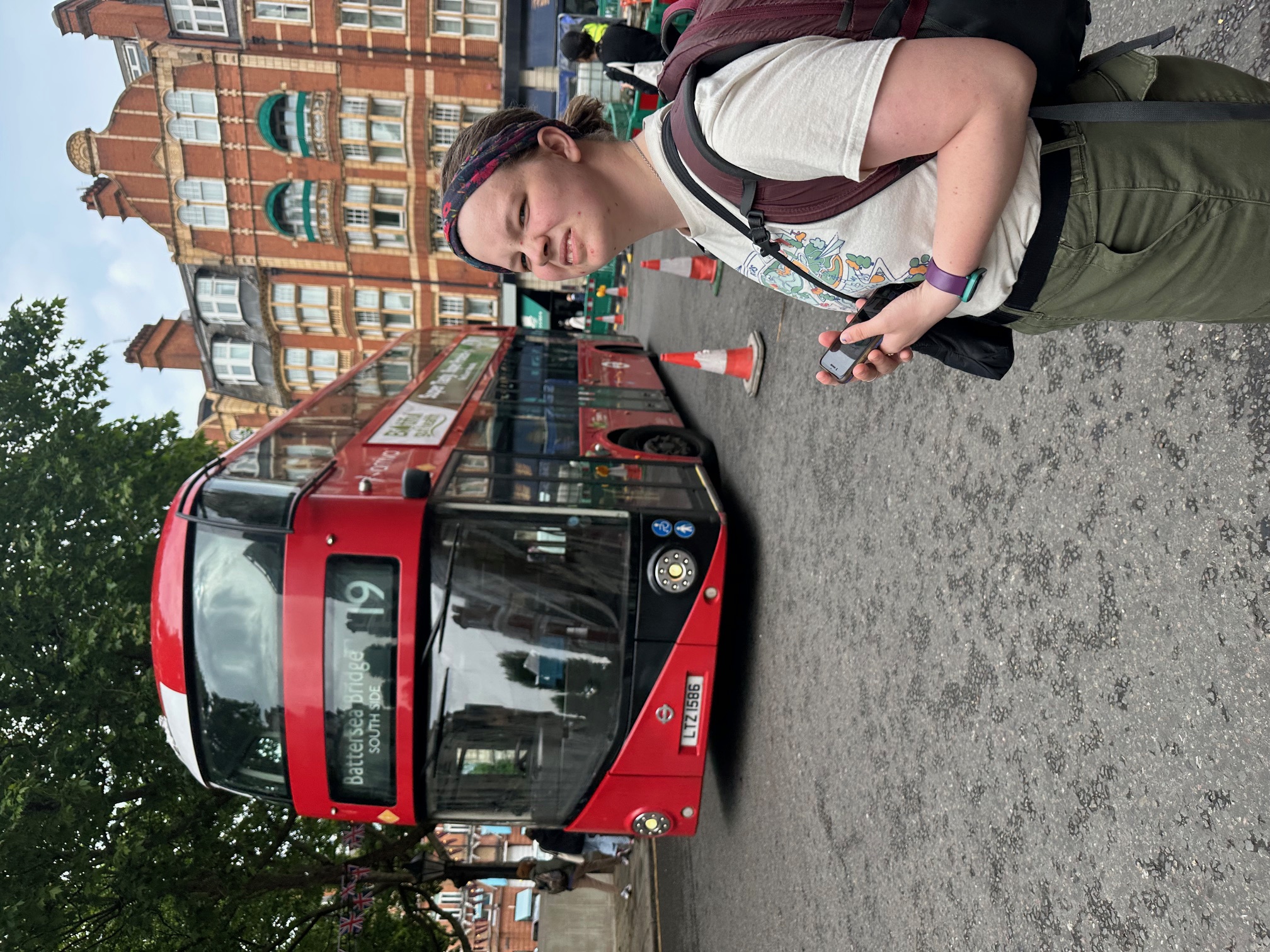
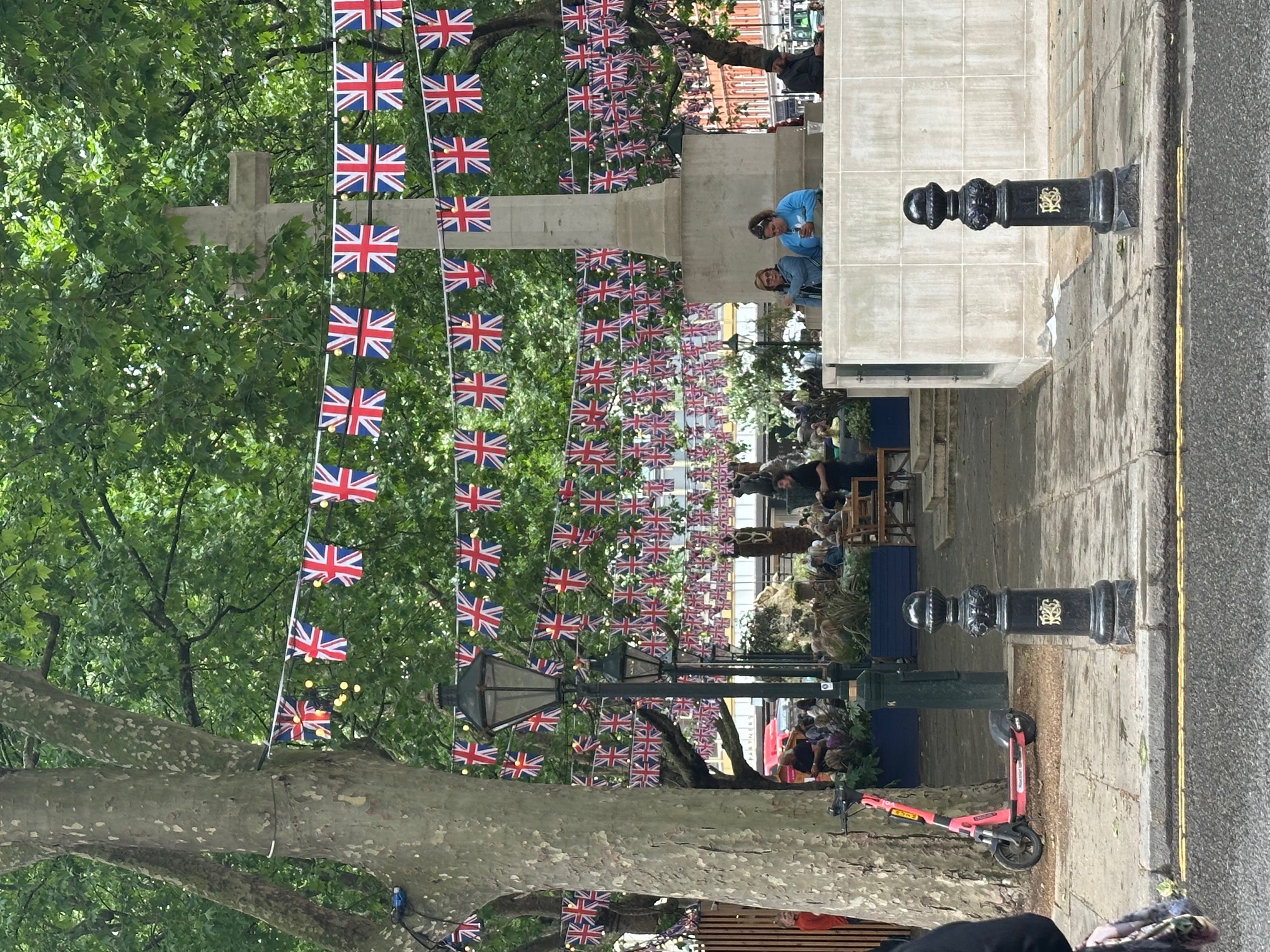
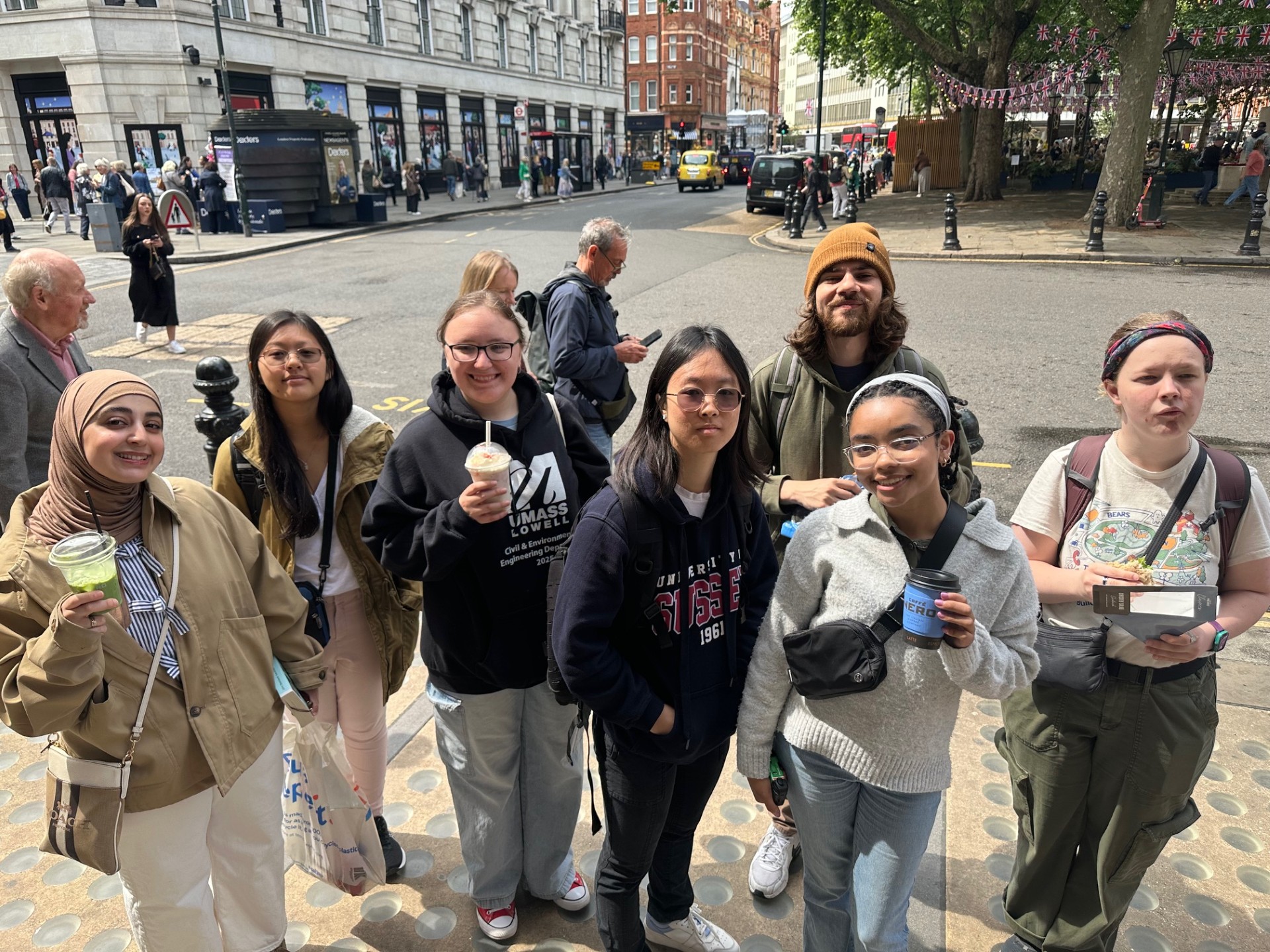
From Sloane Square, we followed the route toward Knightsbridge. I briefly considered skipping Harrods—we were slightly behind schedule—but fate intervened in the form of a Harrods delivery lorry pulling out just as we reached the corner. It felt like a sign. So, with Harrods right there, we took a detour.
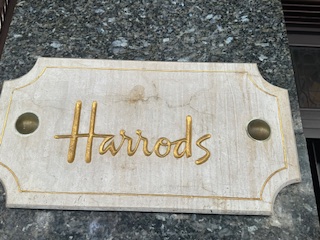
Opened in 1849 by Charles Henry Harrod as a humble grocery store, Harrods has since transformed into the epitome of British luxury retail. With over one million square feet and 330 departments, it’s a palace of opulence offering everything from haute couture to gourmet food… assuming, of course, you’ve got the bank balance to match. I gave the group my honest advice: “Unless you’re carrying at least a thousand pounds, there’s probably not much in there you’ll be able to afford.” Still, I invited them to pop in for a quick browse—ten minutes tops, I said—because there’s more of London to see than the inside of an expensive shop.
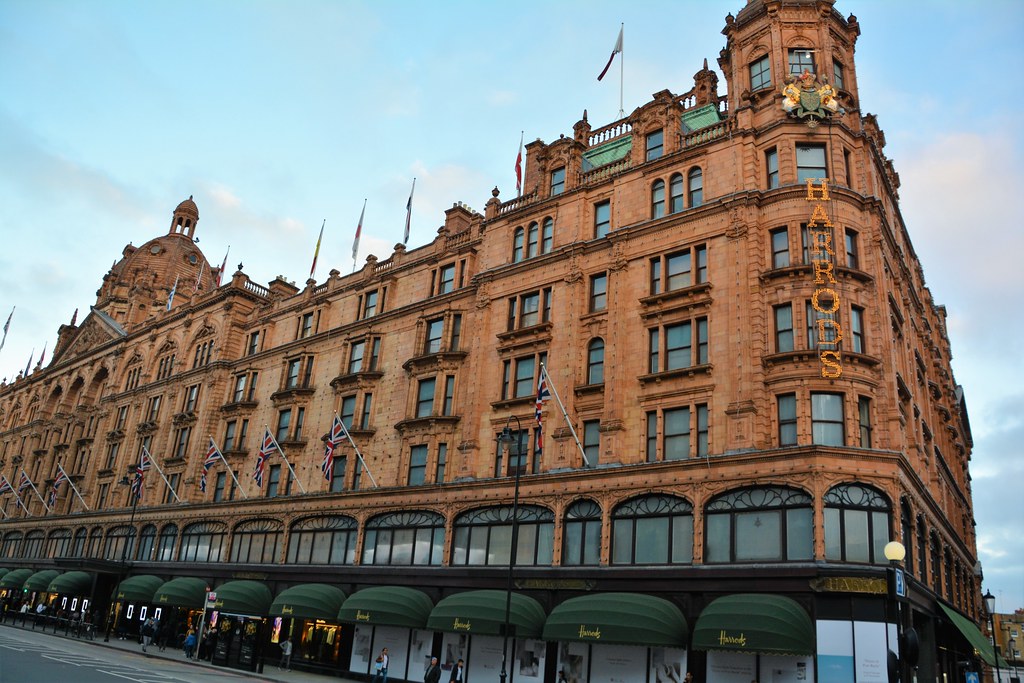

They all nodded and headed in, and was out in the time I gave them, all except Dana our resident shopaholic. She appeared to have found her spiritual home. She lingered just a little longer than the rest. I suspect it was the £3,000 handbag in the display window that finally convinced her to rejoin us.
From Harrods, we walked along Knightsbridge and ended up at the Wellington Arch. Designed by Decimus Burton and constructed between 1826 and 1830, this triumphal arch was originally intended as an outer entrance to Buckingham Palace, commemorating Britain’s victories over Napoleonic France. However, due to budget constraints, its elaborate design was never fully realized.
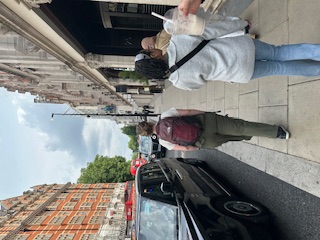
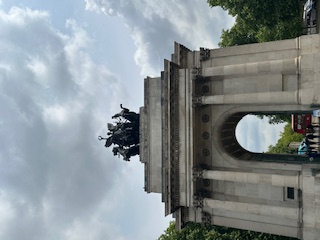
In 1846, a colossal equestrian statue of the Duke of Wellington, sculpted by Matthew Cotes Wyatt, was placed atop the arch. Weighing 40 tons and standing 28 feet high, it was the largest equestrian statue ever made at the time . The statue’s disproportionate size sparked controversy, with critics arguing it overwhelmed the arch’s design. Despite public outcry, the statue remained until 1883, when the arch was relocated to its current position at Hyde Park Corner to alleviate traffic congestion. The statue was then moved to Aldershot, and in 1912, it was replaced by the current bronze quadriga sculpture, depicting the Angel of Peace descending on the chariot of war.
Interestingly, the arch also served as London’s smallest police station in the 20th century, housing ten constables, two sergeants, and even a cat named Snooks until the late 1950s.
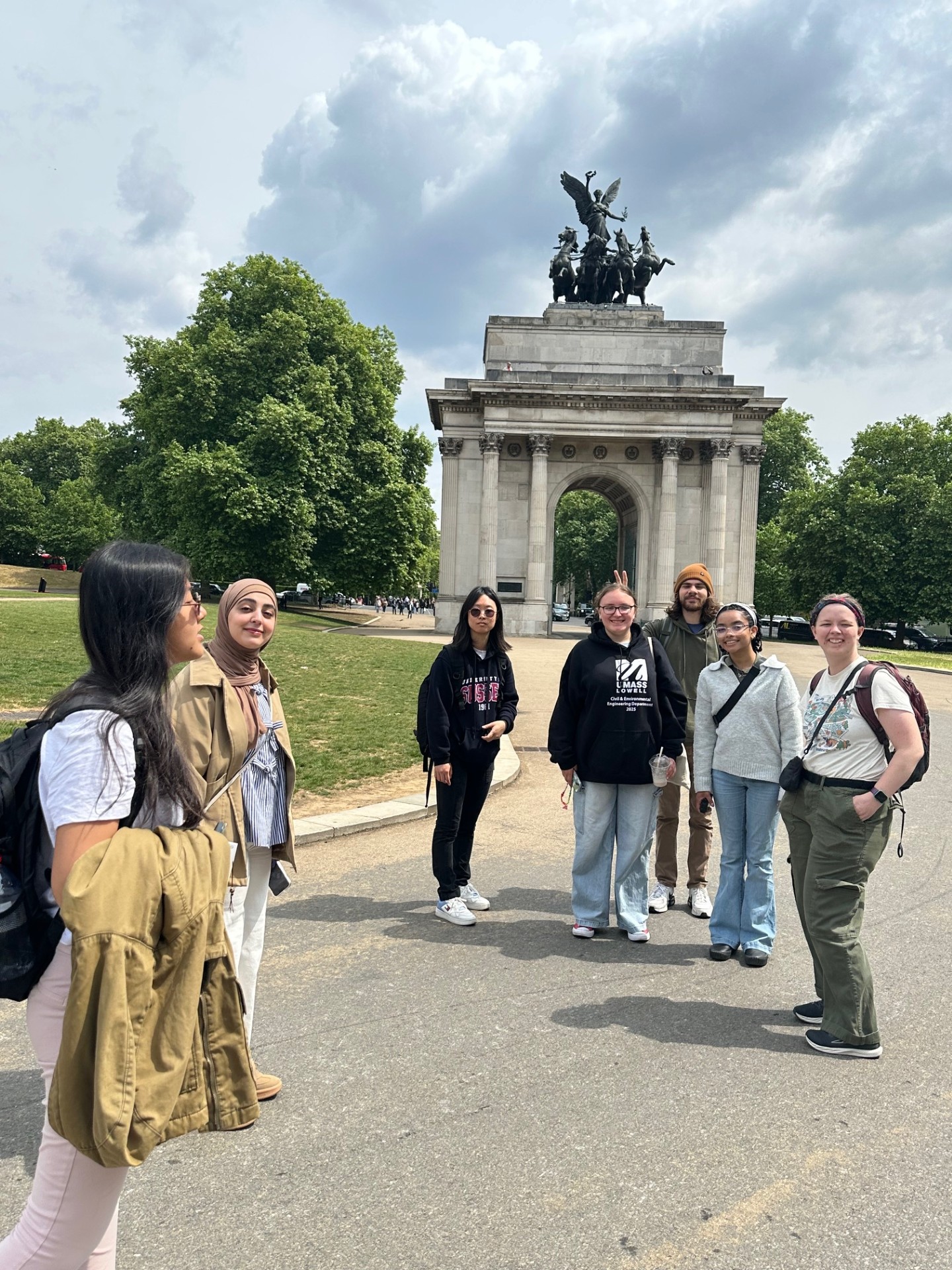
Continuing our journey, we passed through Green Park, one of London’s Royal Parks, known for its mature trees and serene atmosphere. Unlike other Royal Parks, Green Park has no lakes or buildings, offering a peaceful green space amidst the bustling city.
Our route then took us to the Annenberg Courtyard, nestled within Burlington House on Piccadilly. Burlington House, was originally a private mansion built in the 1660s and later became home to several learned societies. Today, it houses the Royal Academy of Arts and five prestigious societies: the Geological Society, Linnean Society, Royal Astronomical Society, Society of Antiquaries, and—much to Emily’s delight—the Royal Society of Chemistry.
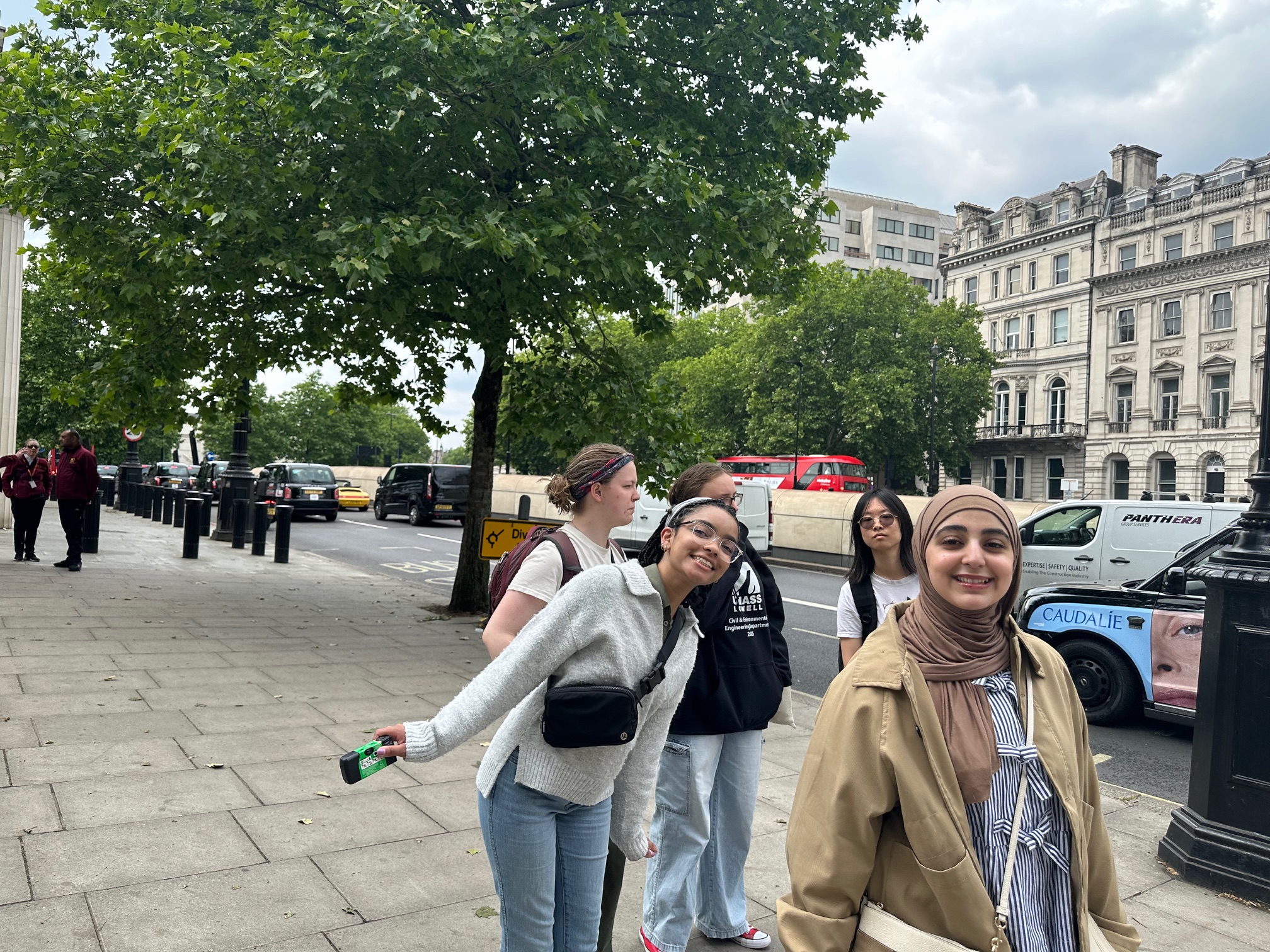
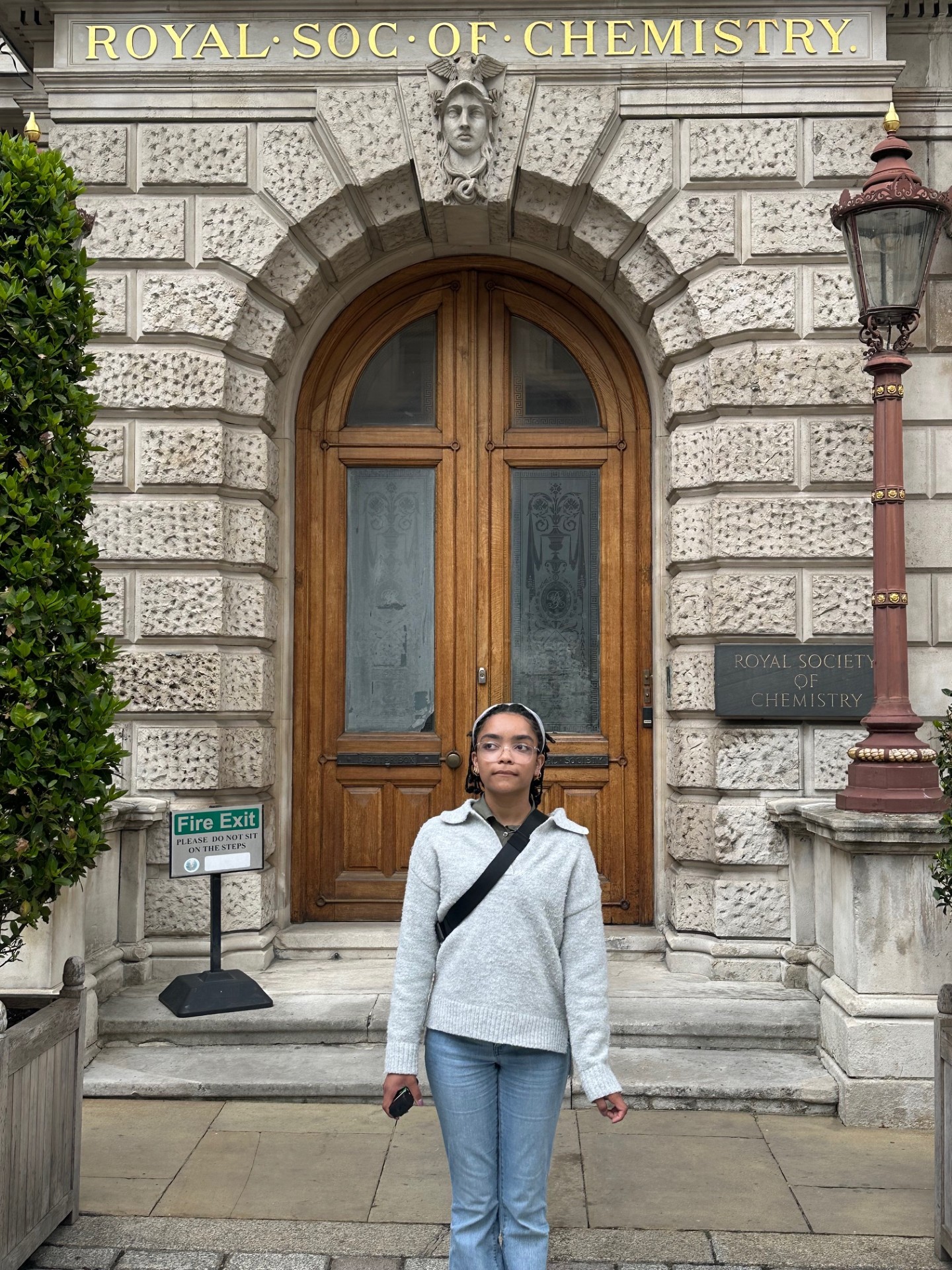
Emily, one of our resident chemistry majors, lit up at the sight of the entrance plaque and promptly posed for a photo in front of the building. It’s not every day you get to stand outside one of the most esteemed scientific institutions in the world while on a casual stroll through London.
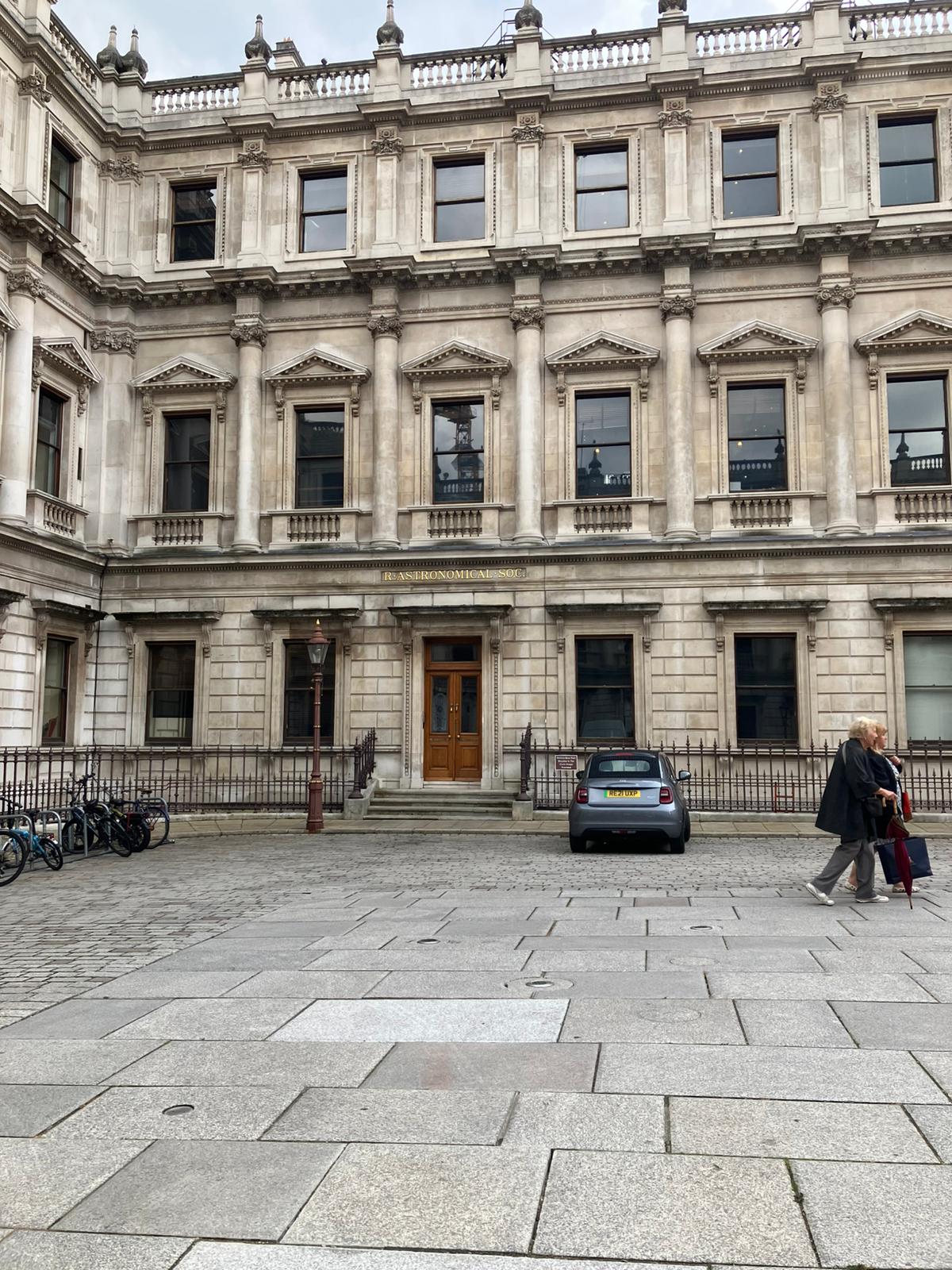
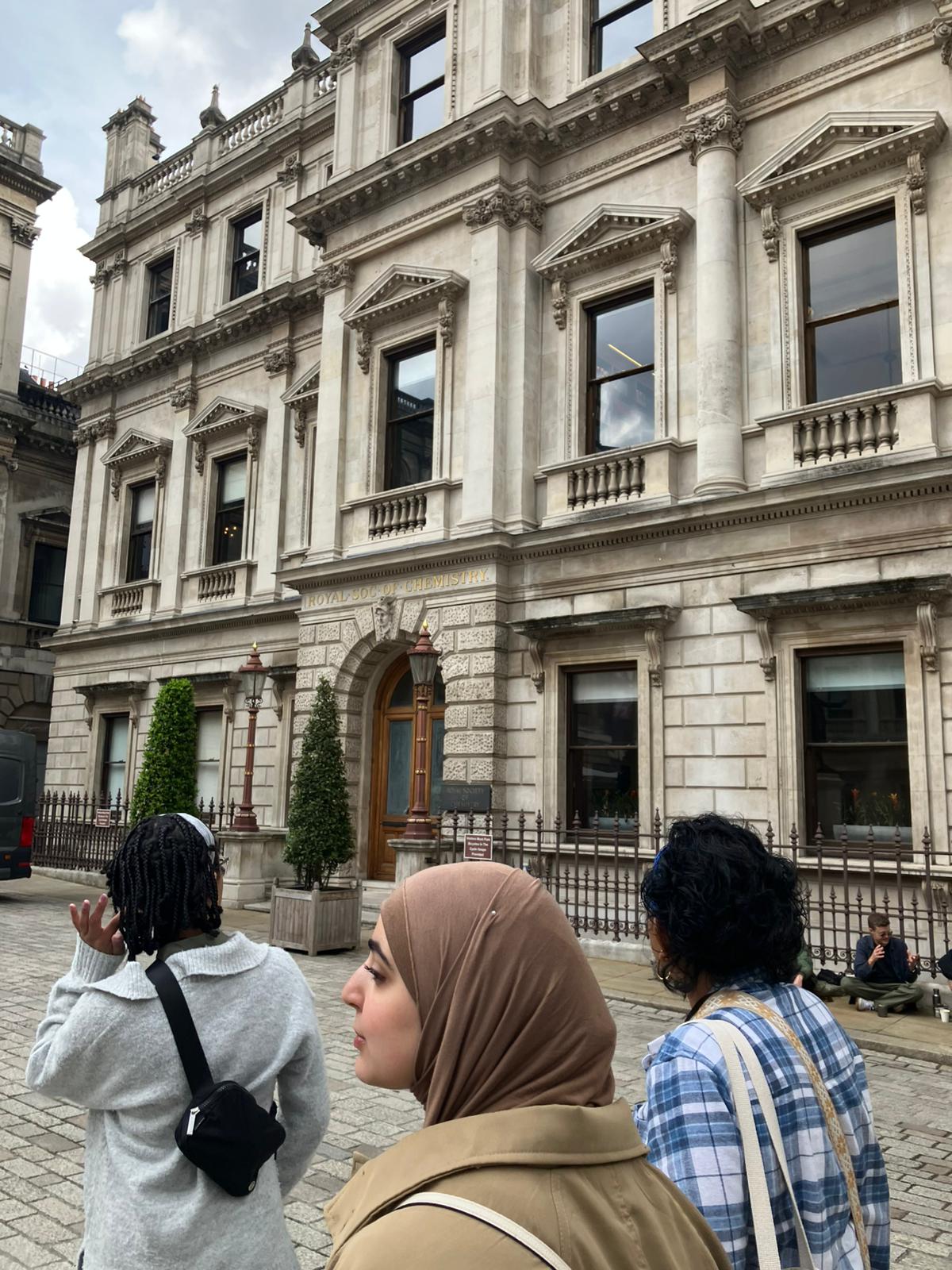
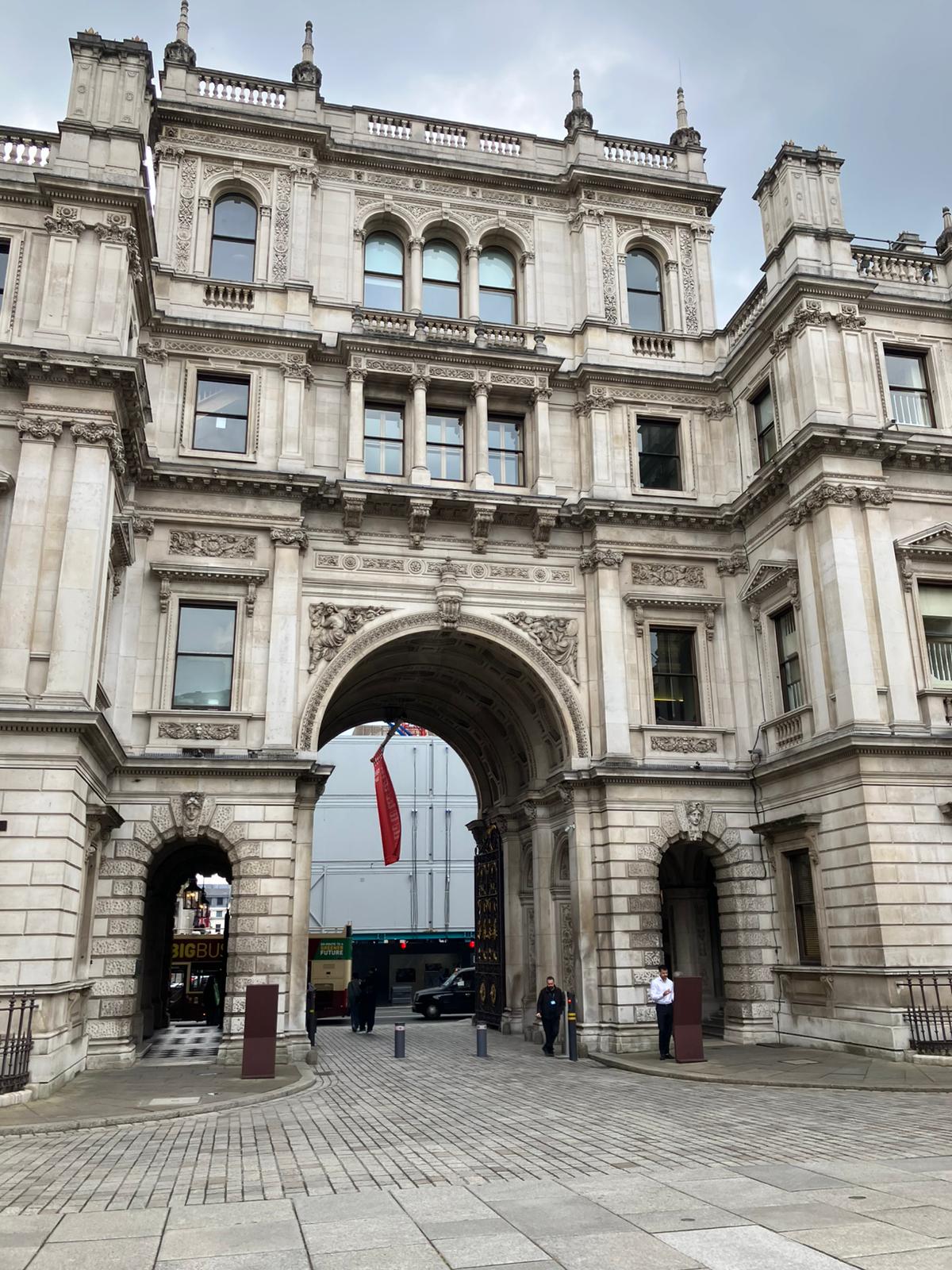
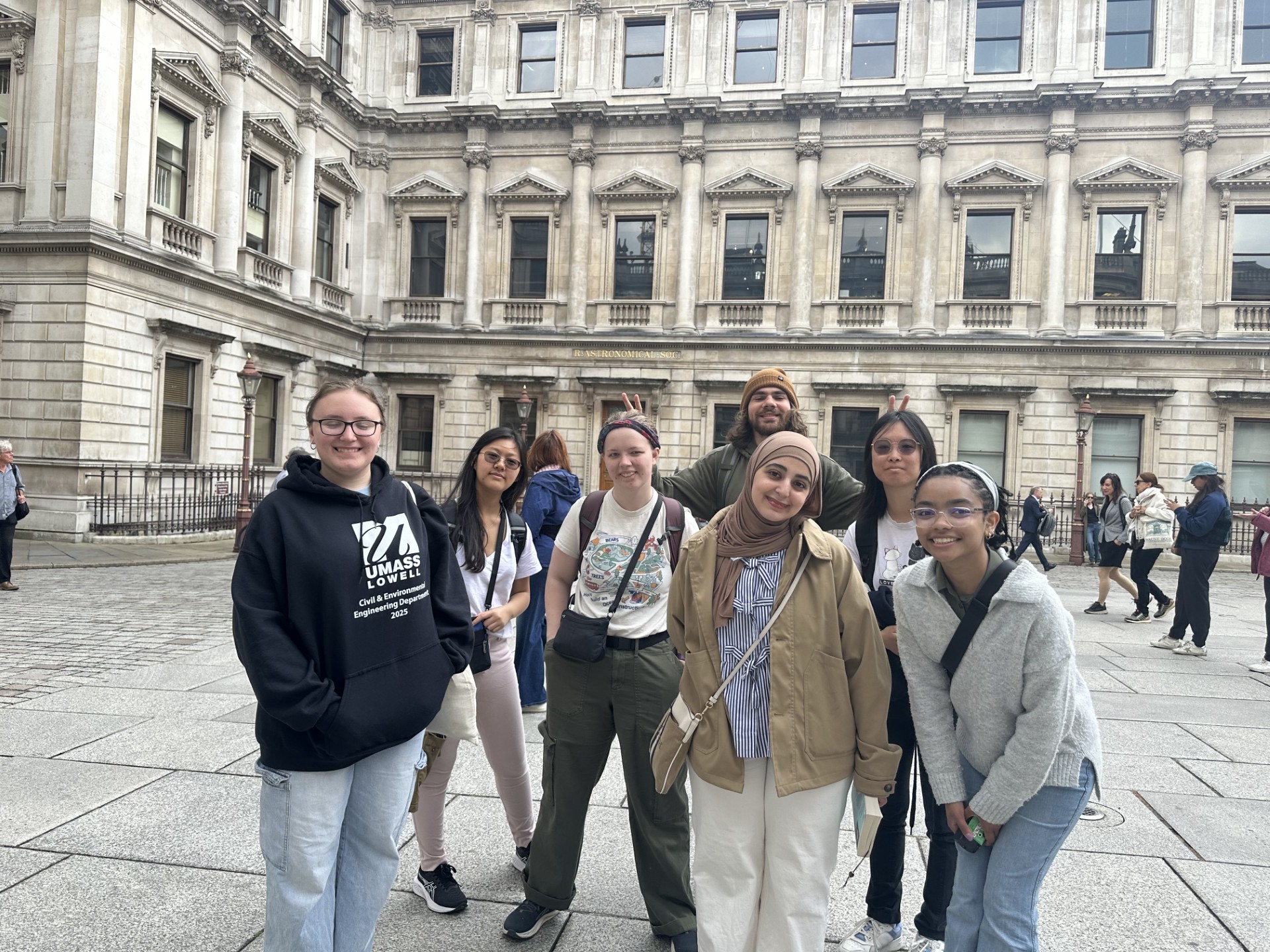
The courtyard itself was redesigned and dedicated as the Annenberg Courtyard in 2002, named after philanthropists Walter and Leonore Annenberg. At its center stands a statue of Sir Joshua Reynolds, the first president of the Royal Academy, sculpted by Alfred Drury in 1931. Surrounding the statue are 17 water jets and 11 ground-level lights, arranged to reflect the pattern of the planets and stars over London on the night of Reynolds’ birth—July 16, 1723. The space often features contemporary art installations as well, blending historic and modern creativity in one elegant square.
After soaking in the artistic and scientific ambiance of the Annenberg Courtyard, we crossed the road to check out Fortnum & Mason, the iconic department store at 181 Piccadilly.
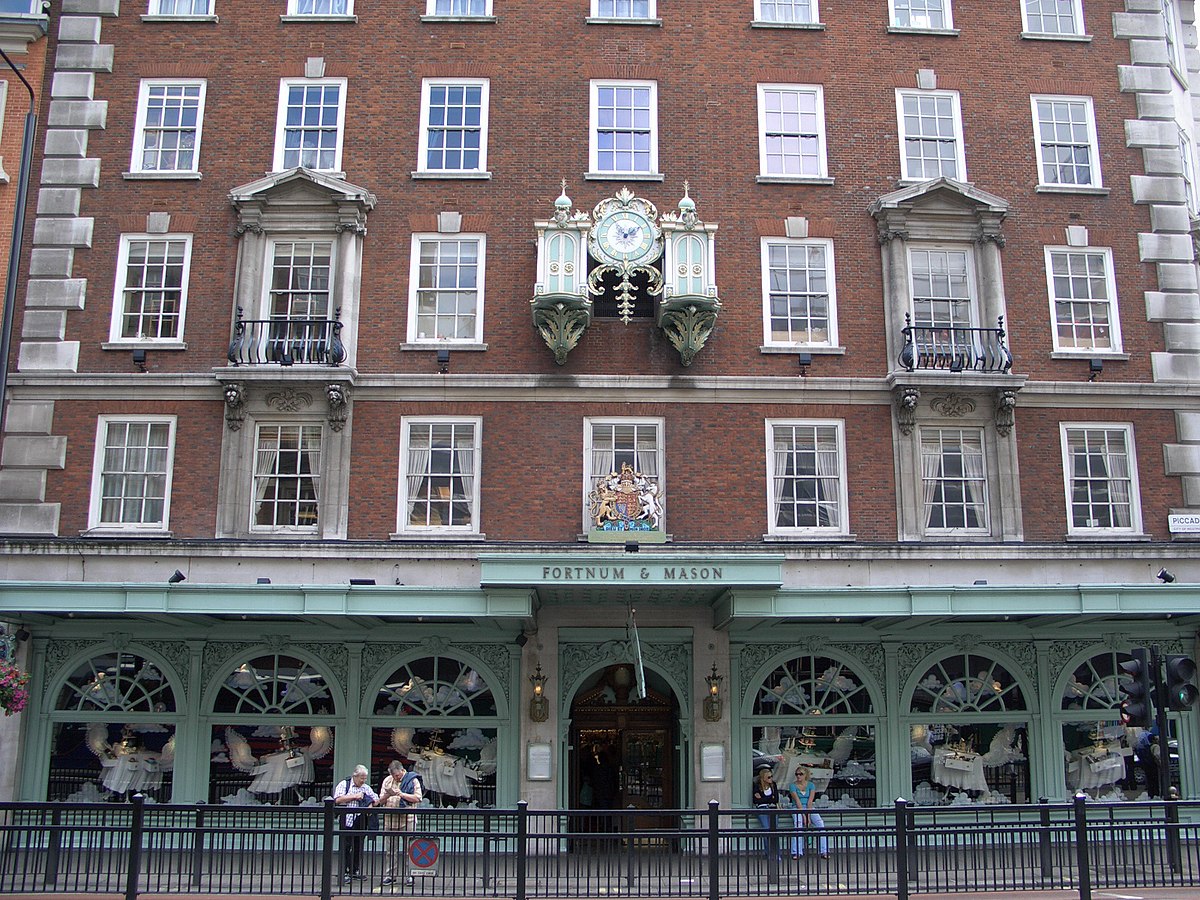
Founded in 1707 by William Fortnum, a footman to Queen Anne, and his landlord Hugh Mason, the store began as a humble grocery shop. Fortnum’s entrepreneurial spirit was evident early on; he capitalized on the royal household’s demand for fresh candles by reselling the half-used wax, laying the foundation for the business.
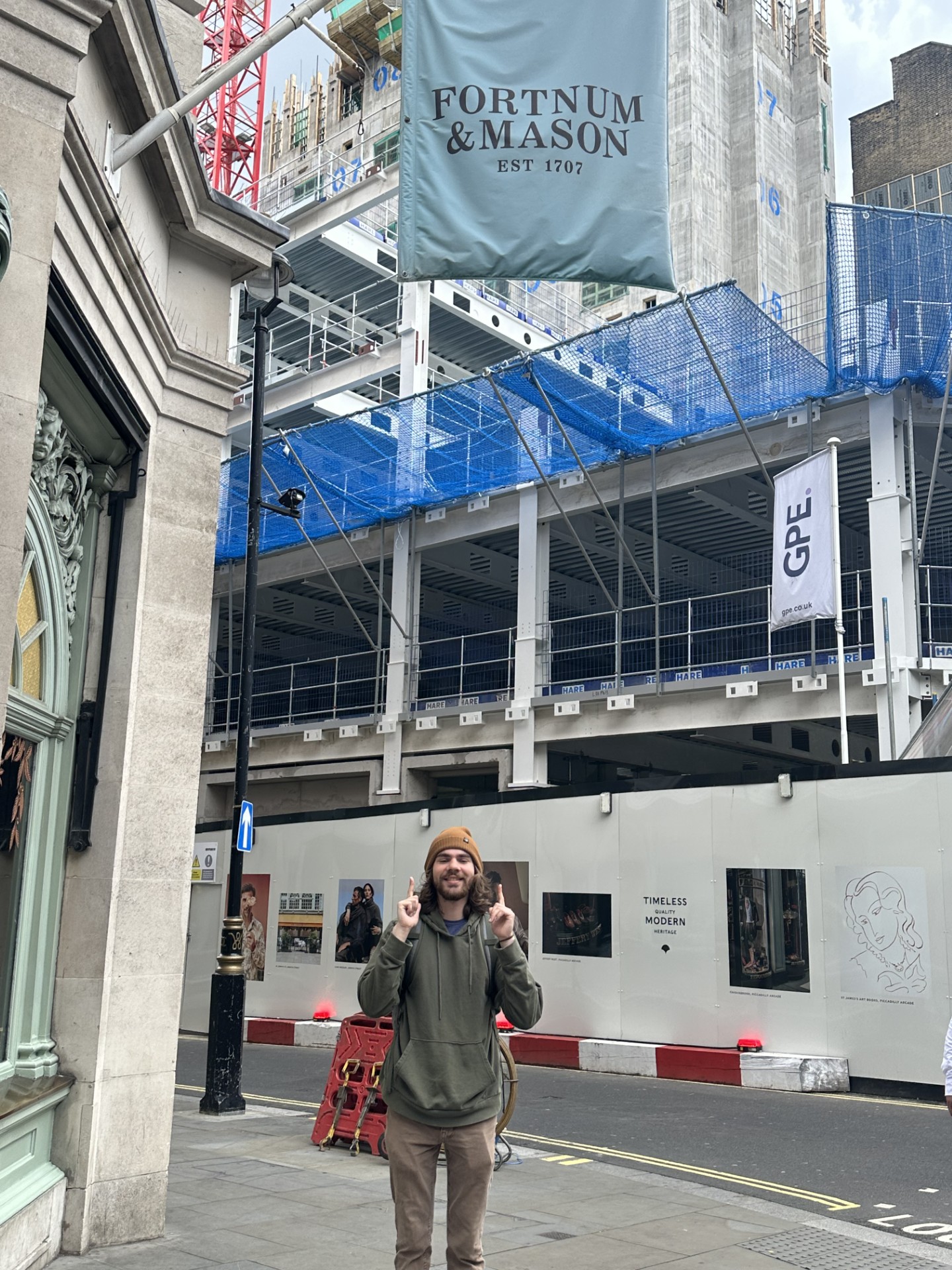
As we approached, Mason couldn’t resist posing proudly beneath the store’s sign that bore his name—a photo opportunity too perfect to pass up. Inside, the store’s opulent interiors and elegantly arranged displays captivated everyone.
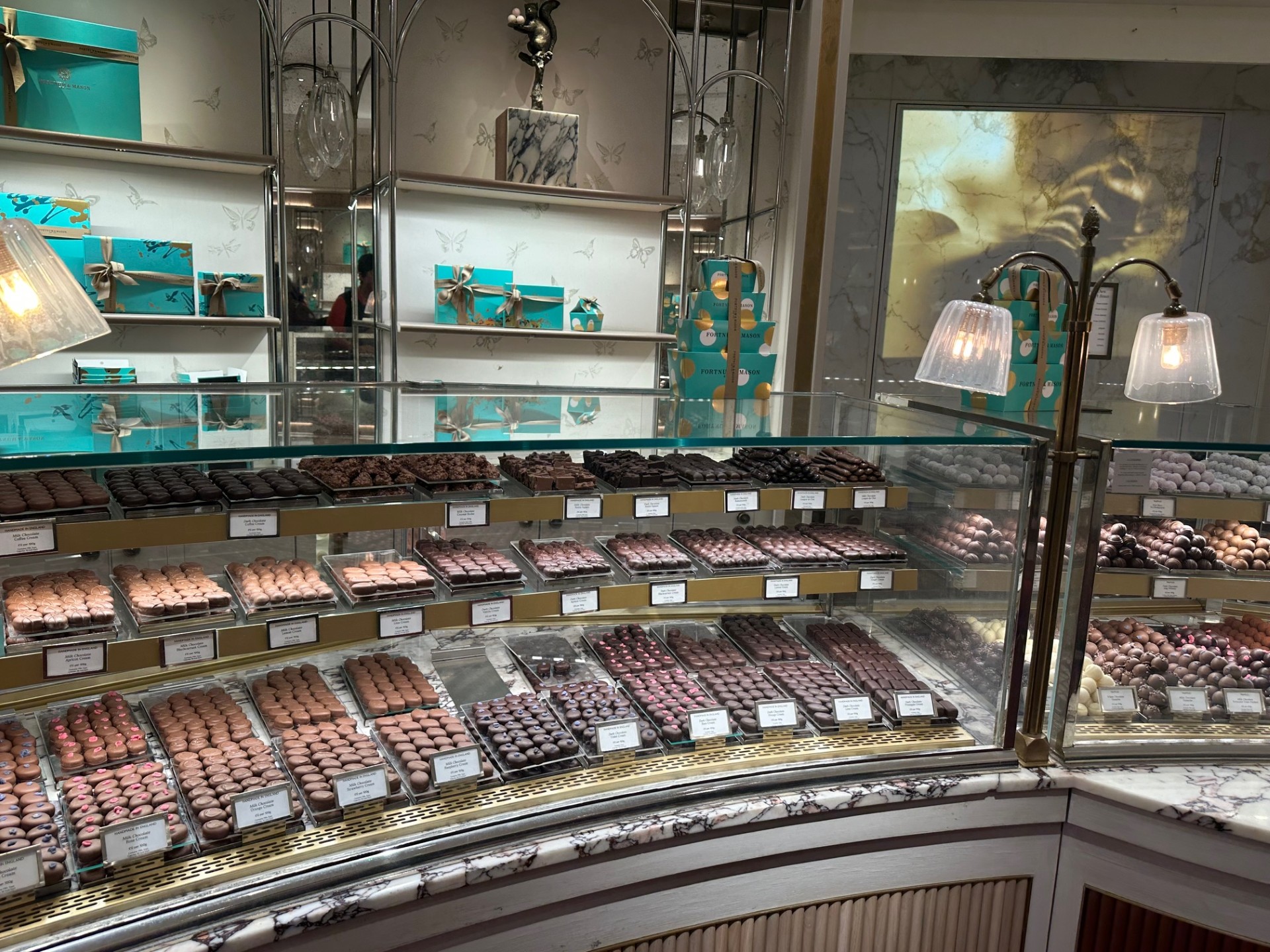
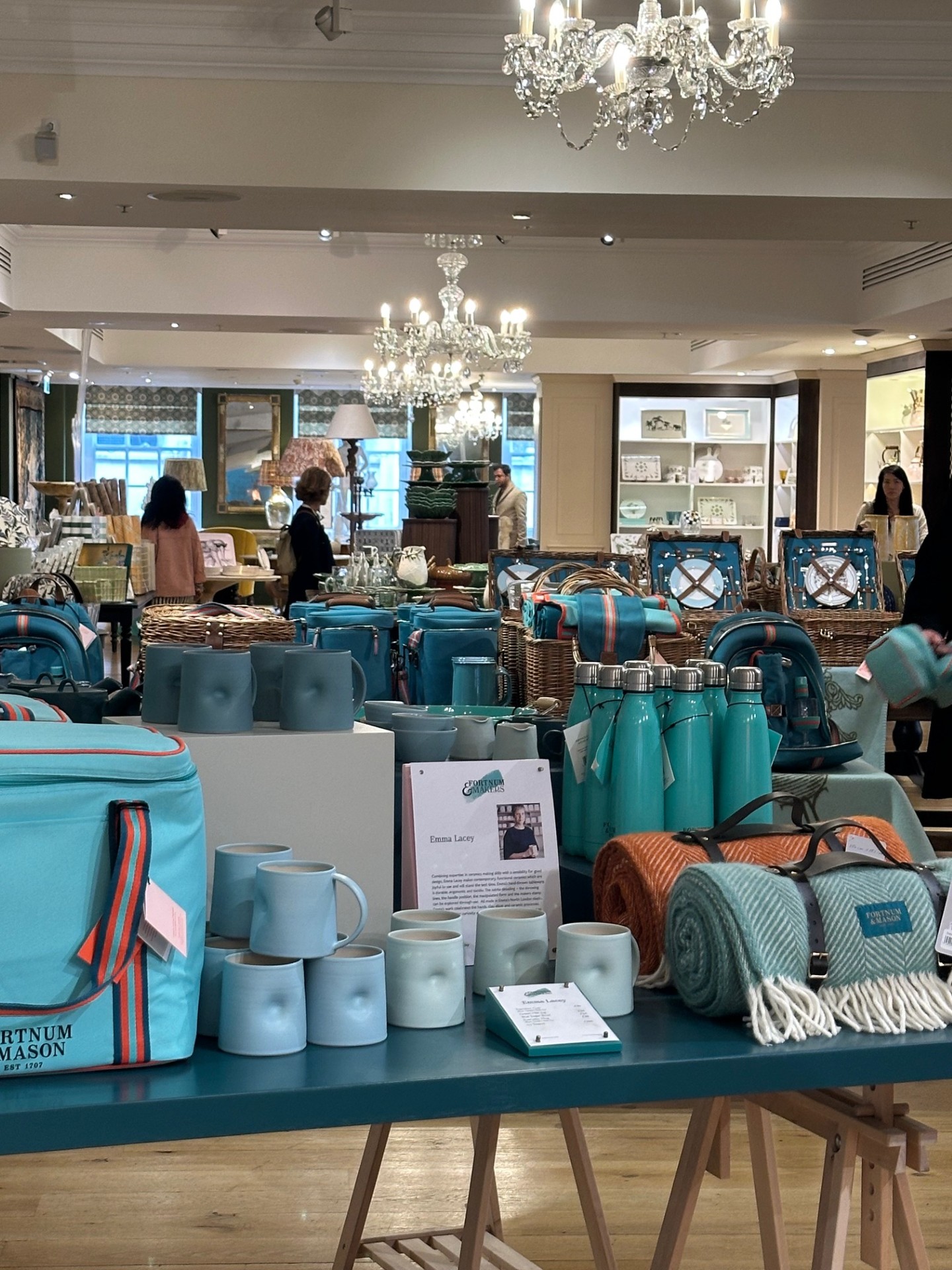
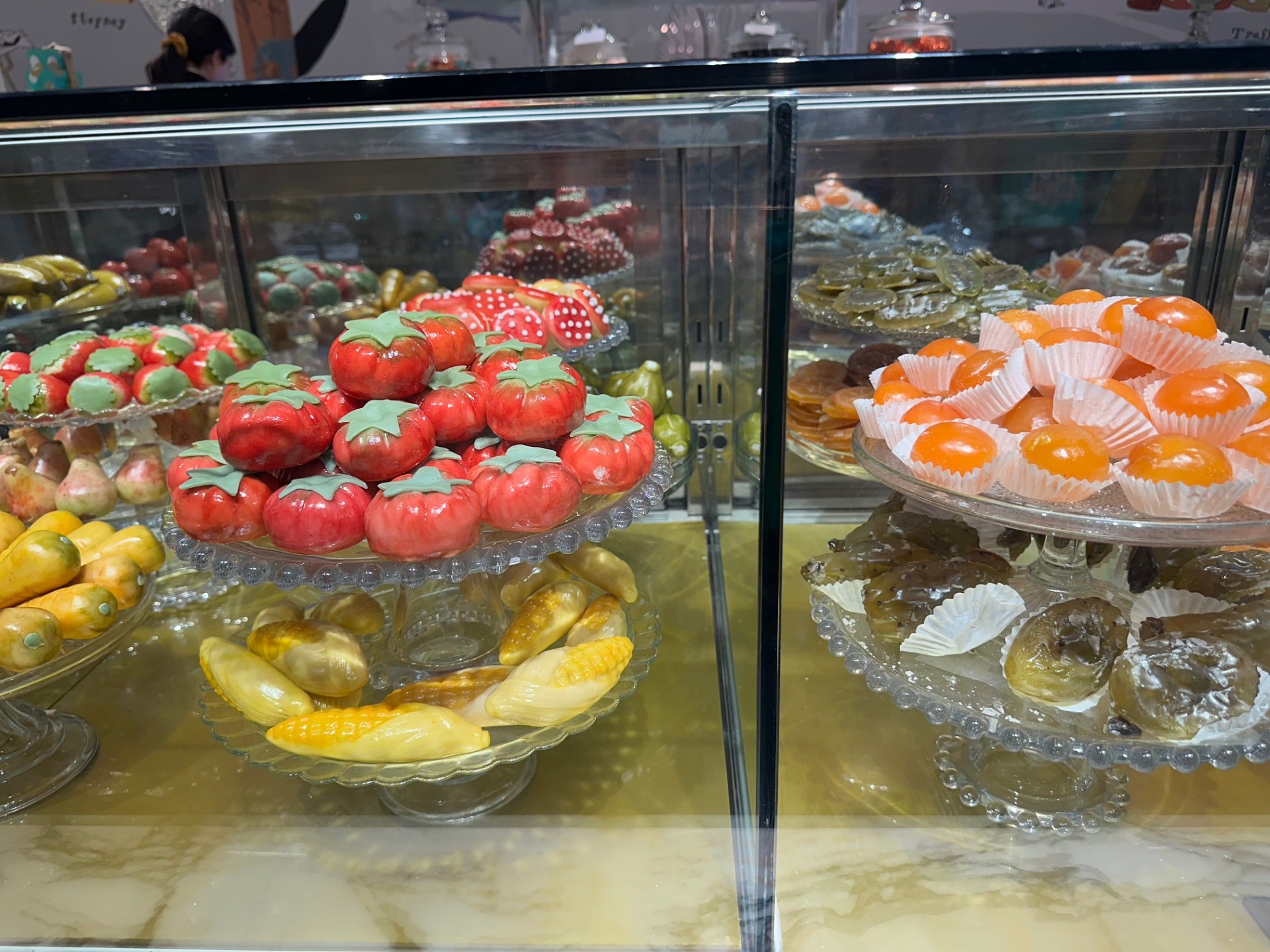
Despite its reputation for luxury, Fortnum & Mason offers an array of affordable treats. Wiktoria, Mason, and Lauren picked up charming tins of tea, biscuits, and sweets as gifts. The confectionery section, although mouthwatering, I am and always will be a Cadburys gal.
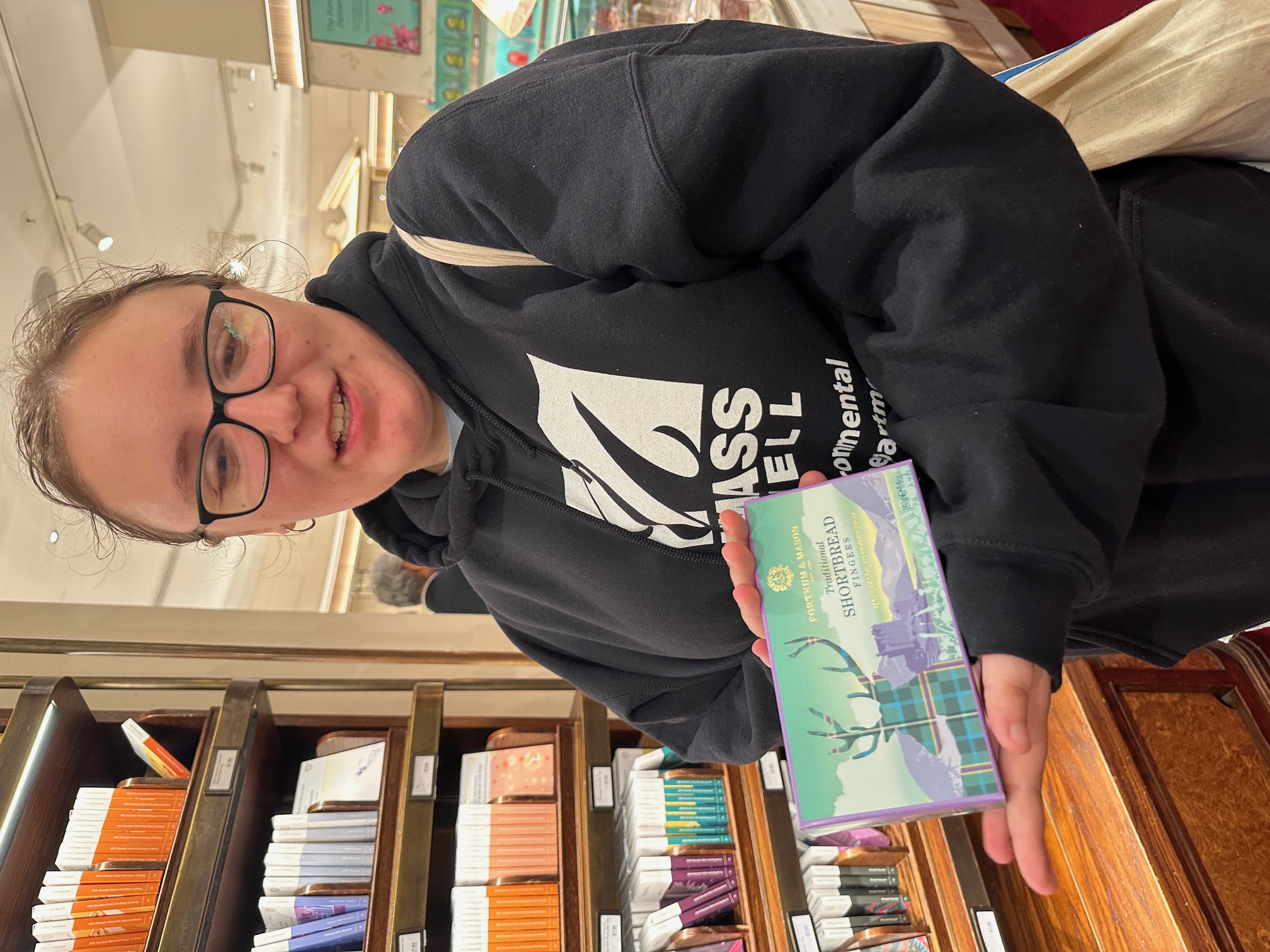
After our brief but memorable visit to Fortnum & Mason, we continued our journey towards the vibrant energy of Piccadilly Circus. Along the way, everyone wanted to stop at the souvenir stand next to The Ritz to buy more London-themed gifts and to have a photo taken beneath the iconic Ritz Hotel sign.
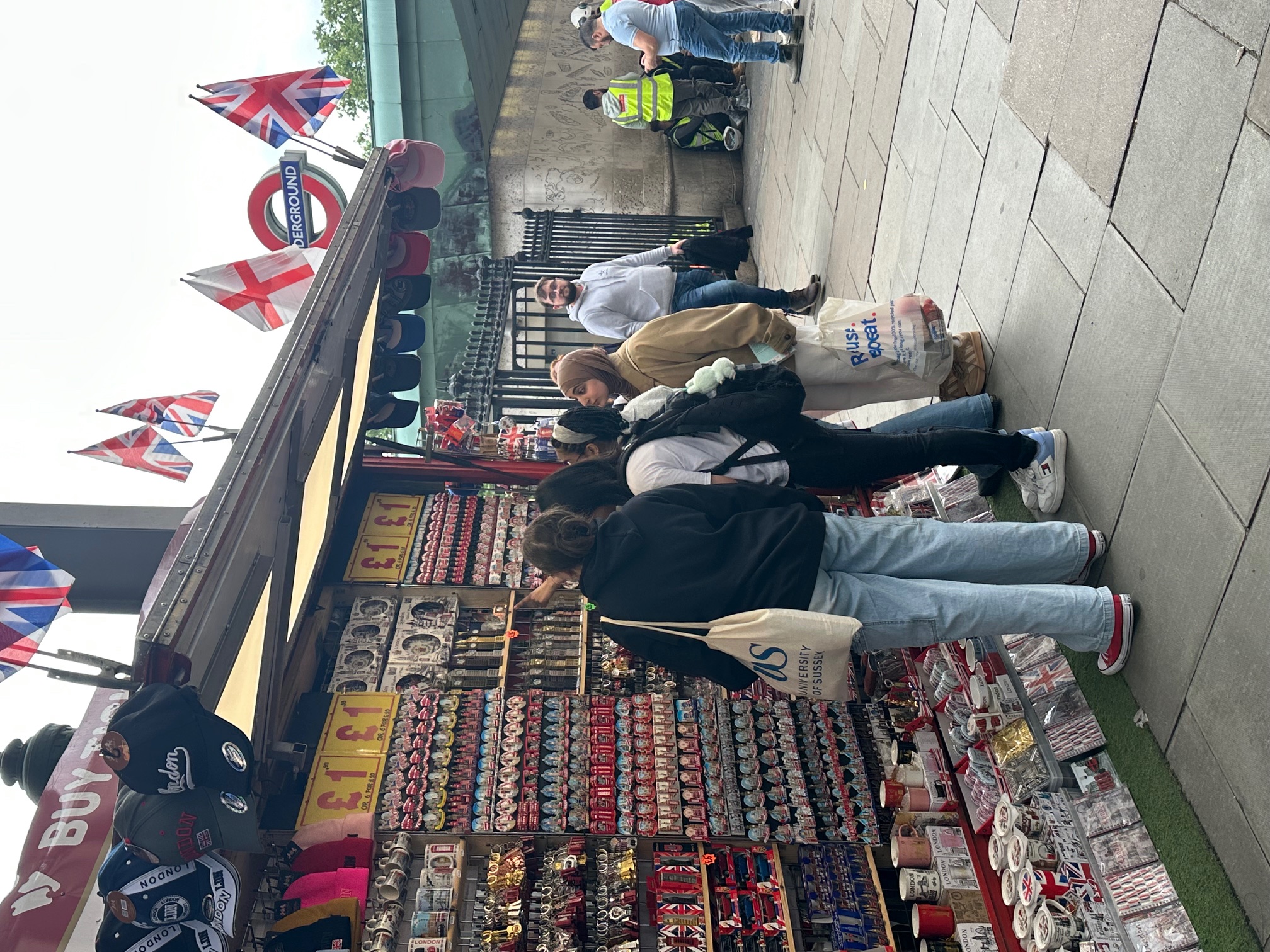
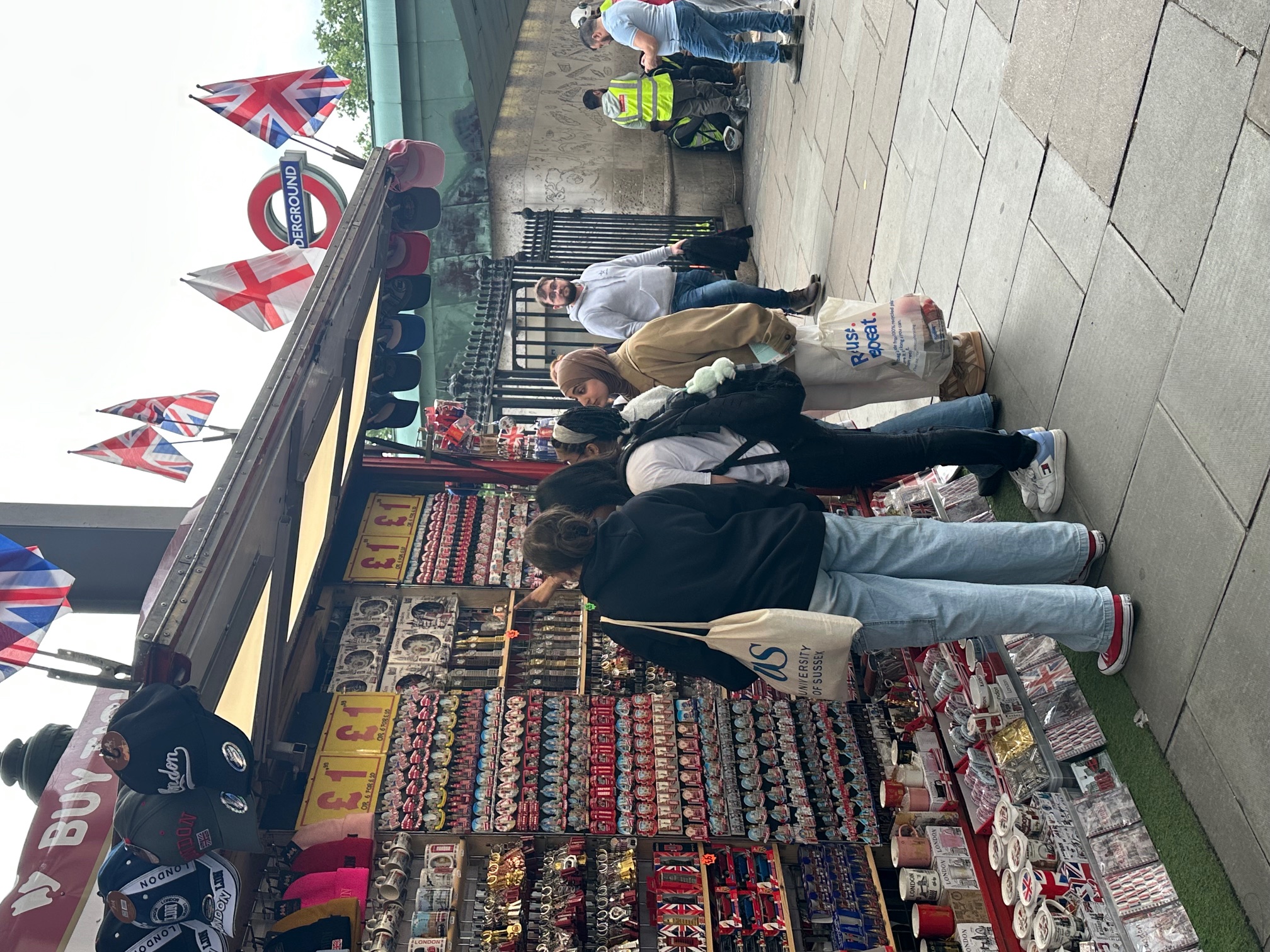
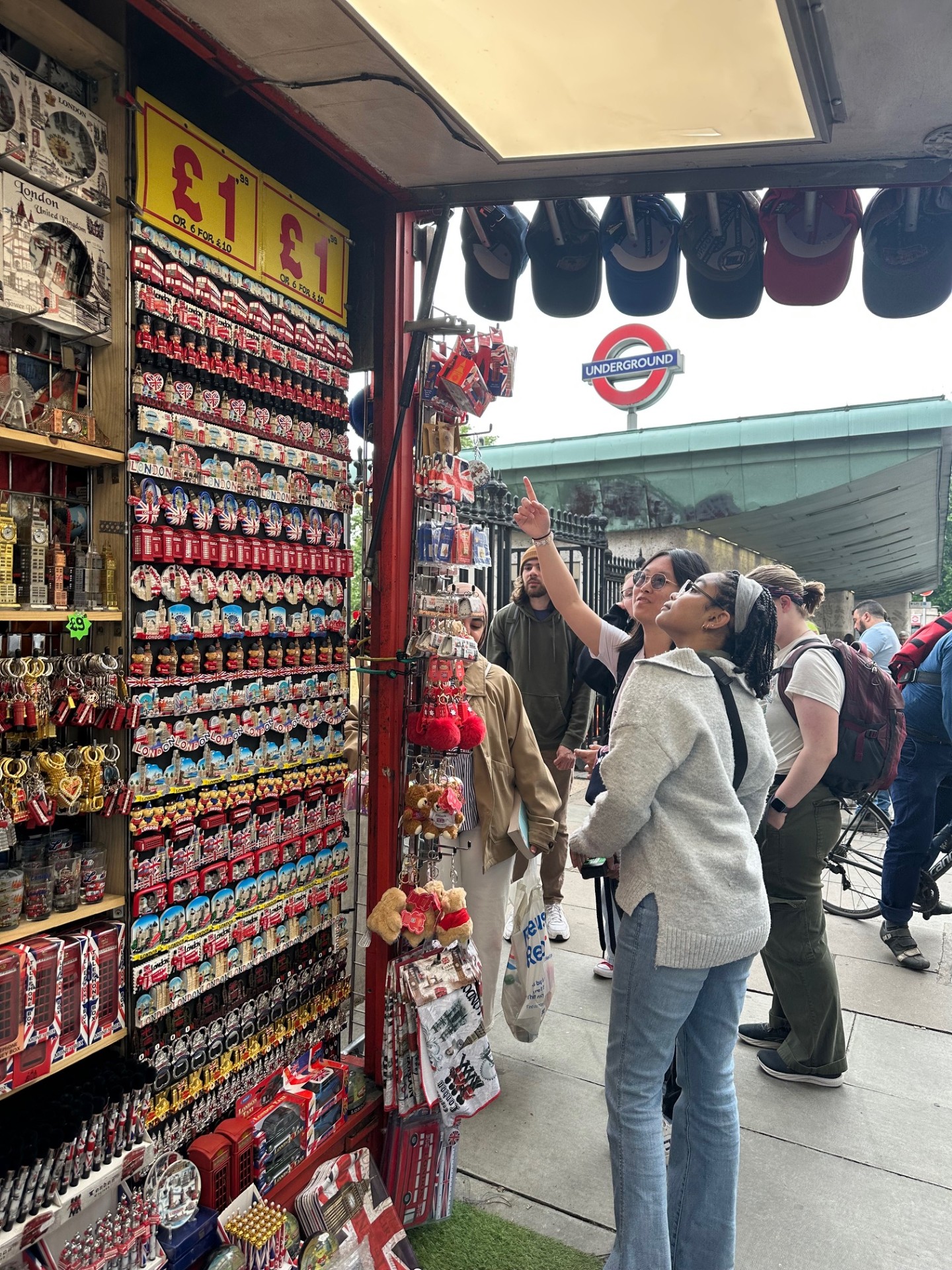
The Ritz London, located at 150 Piccadilly, is a symbol of high society and grandeur. Opened in 1906 by Swiss hotelier César Ritz, the hotel was designed in the neoclassical Louis XVI style by architects Charles Mewès and Arthur Davis. It quickly became a favorite among royalty, politicians, and celebrities. Notably, during World War II, the Ritz served as a meeting place for prominent figures such as Winston Churchill, Dwight Eisenhower, and Charles de Gaulle, who convened in the hotel’s Marie Antoinette Suite to discuss military operations. The hotel’s Palm Court is famous for hosting the quintessentially British “Tea at the Ritz,” a tradition that has attracted guests like Charlie Chaplin and Queen Elizabeth The Queen Mother.
I had them pause for photos under the Ritz sign, the grandeur of the hotel’s façade provided a stunning backdrop, capturing a moment of our London adventure that blended contemporary exploration with a touch of historical elegance.
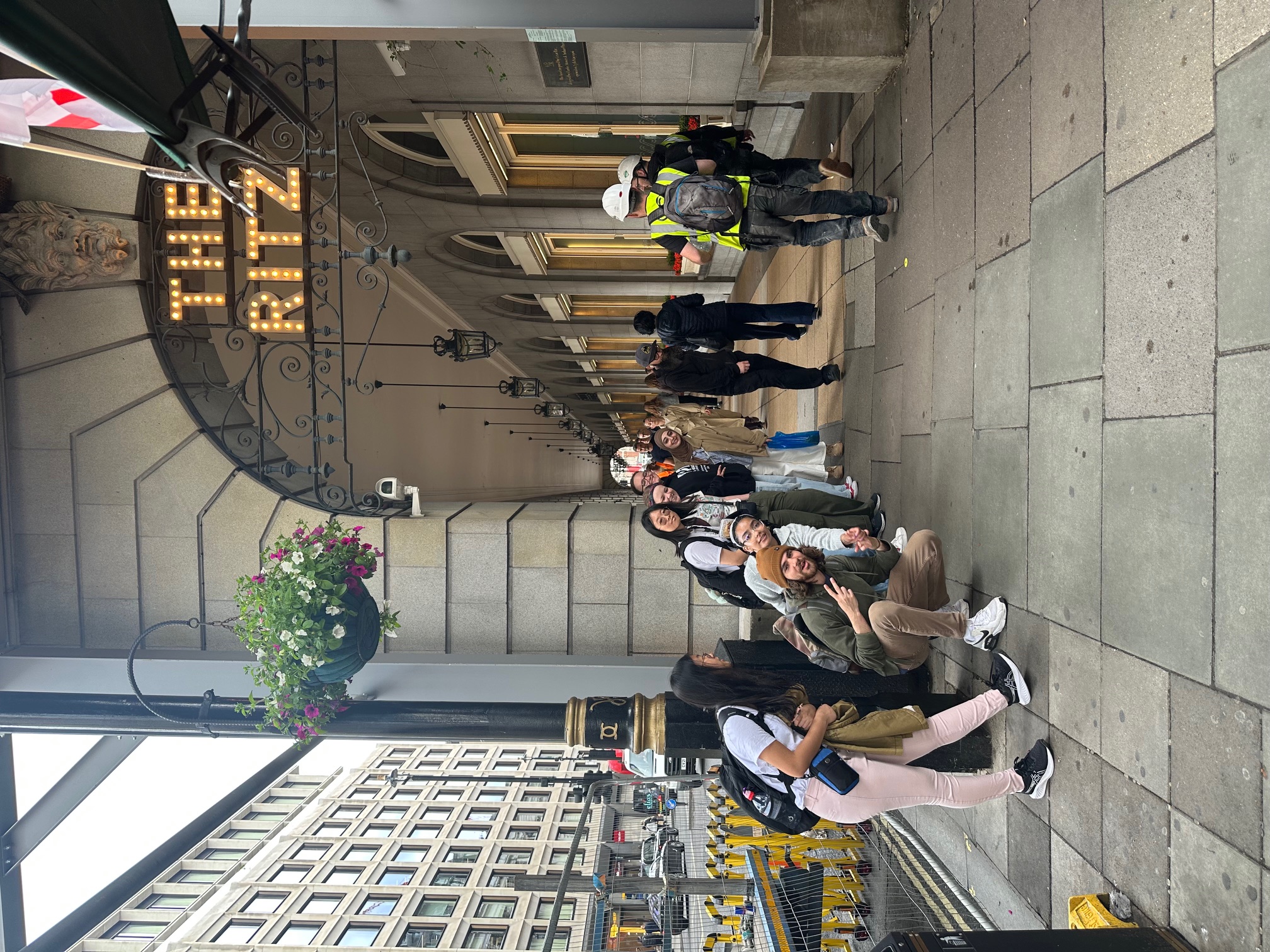
Last year, during our London visit, Piccadilly Circus was buzzing—crowds gathered shoulder to shoulder to watch street. This time around, it wasn’t quite as packed, but it was still its usual lively self.
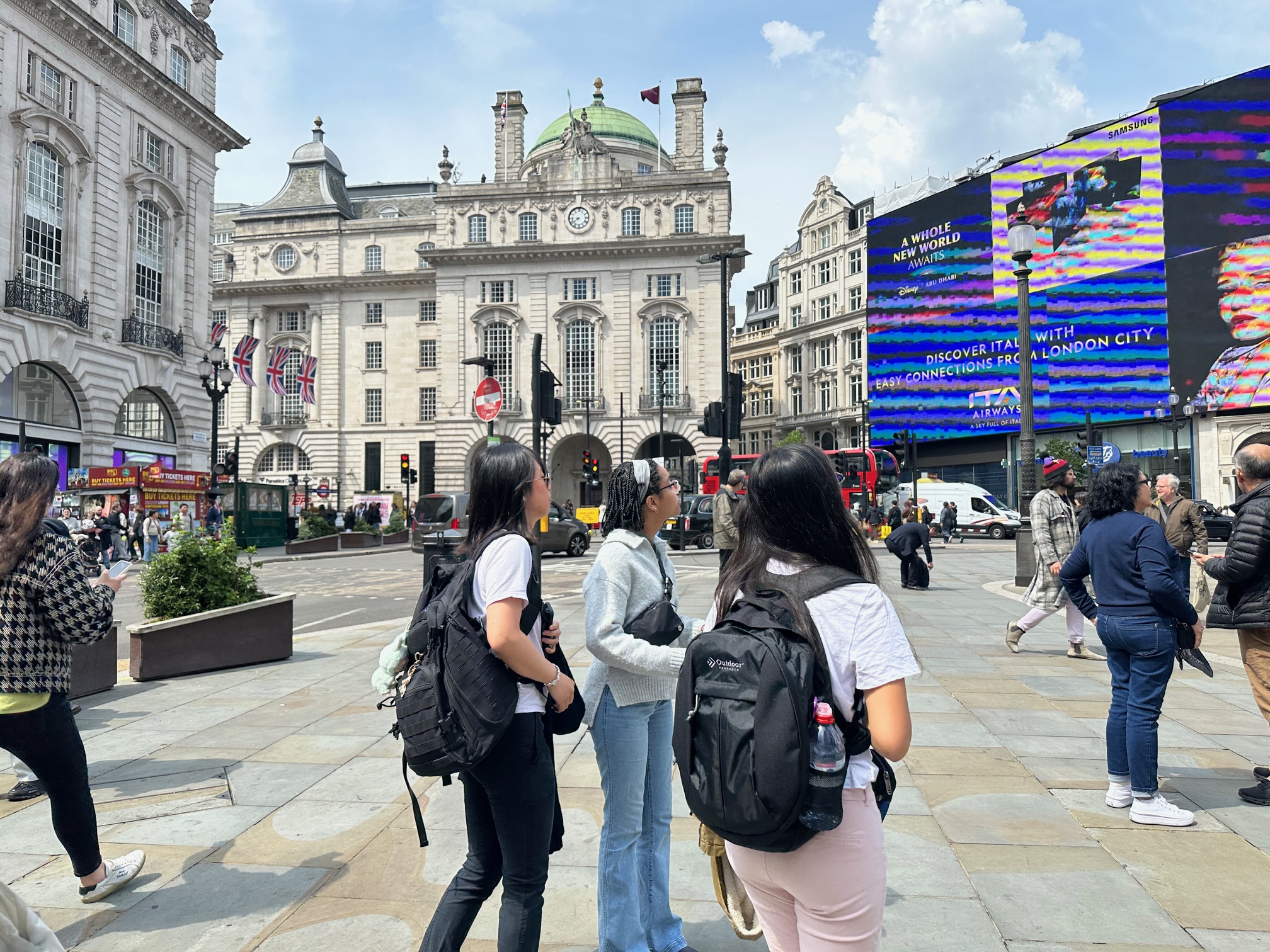
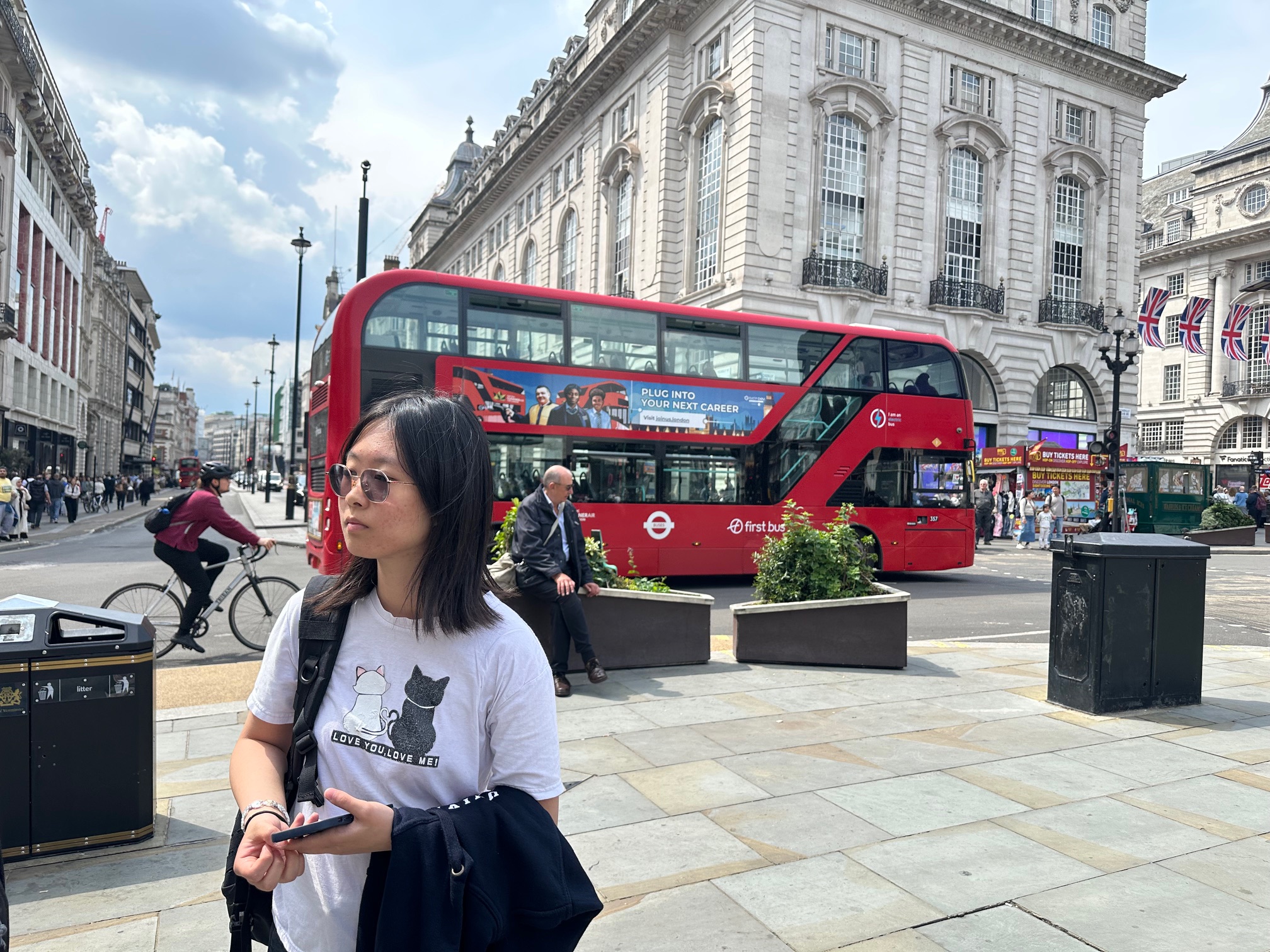
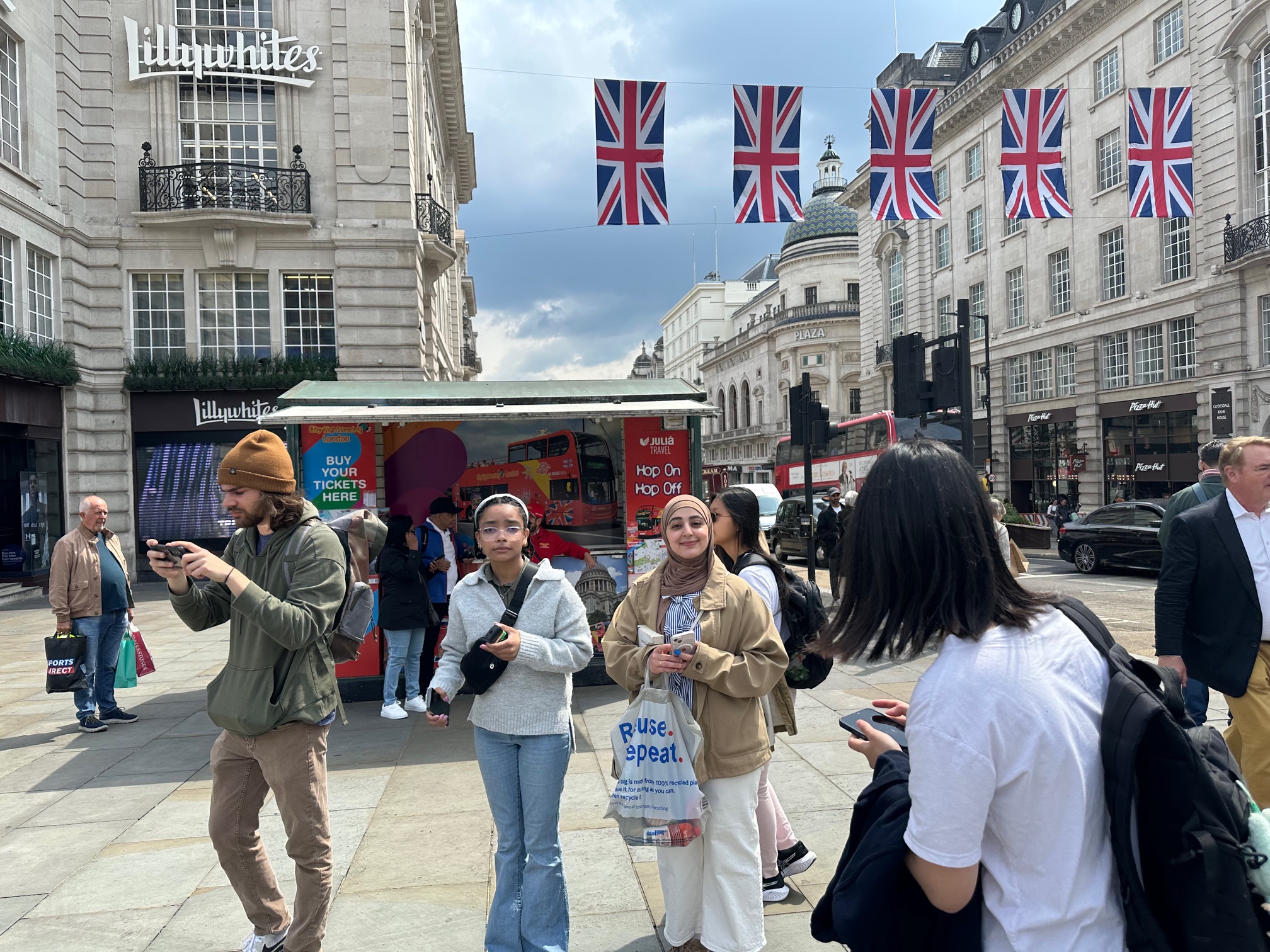
Piccadilly Circus has been a major London landmark since 1819, when it was created to connect Regent Street with Piccadilly. The name “circus” refers to a circular open space, though the area has changed shape significantly over the years. At its center stands the Shaftesbury Memorial Fountain, erected in 1893 to honor the philanthropic Earl of Shaftesbury. Topped by the famous winged statue popularly known as Eros (though technically it’s Anteros, the god of selfless love), the fountain is one of London’s most recognizable meeting points.
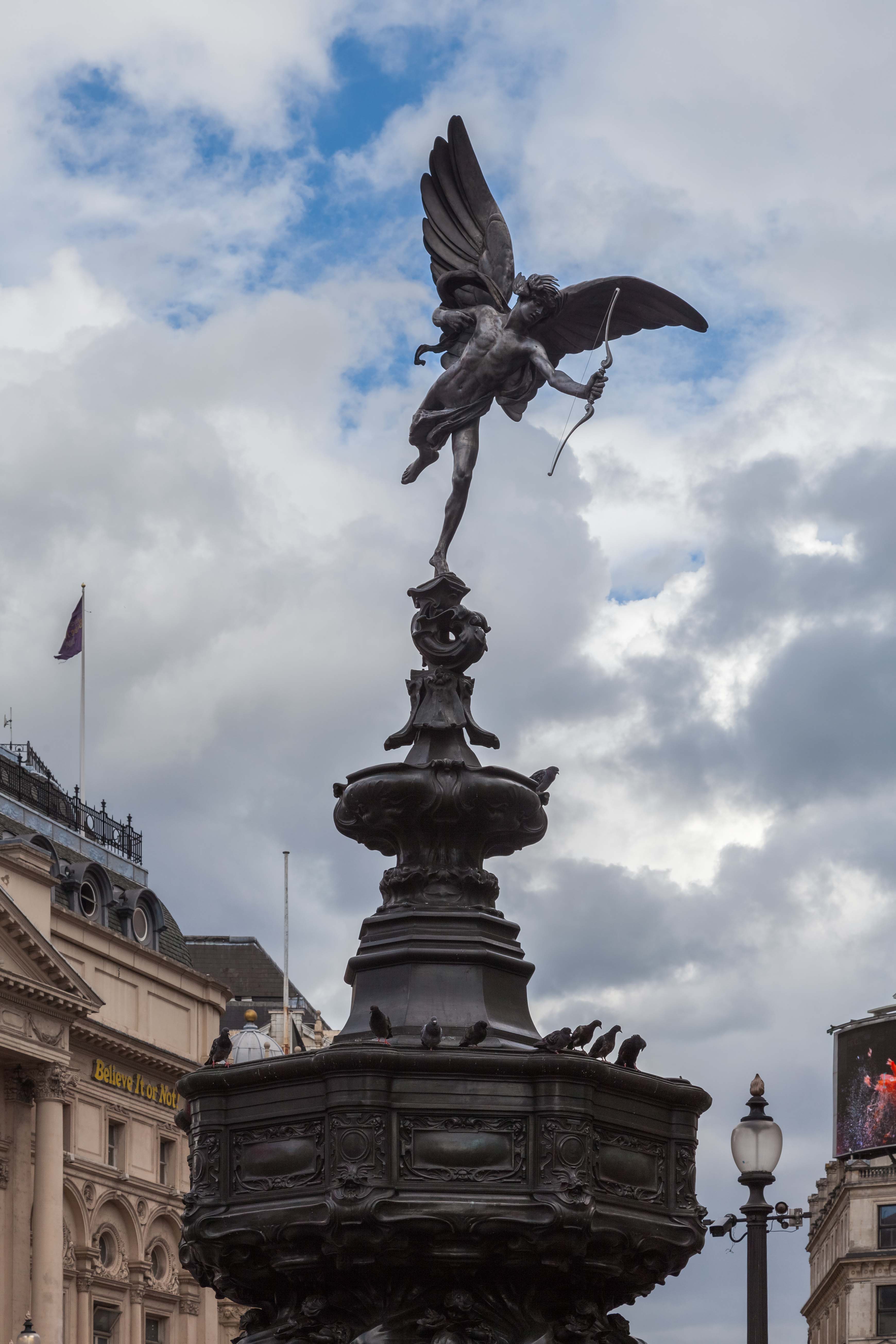
Even if the performers weren’t in full swing during our visit, the students still soaked in the energy, posed for a few photos, and Wiktoria, the New Yorker among us, commented on how it felt a little like Times Square.
By now, it was just after 2:00 p.m., and Wiktoria and Lauren peeled off to visit the London Transport Museum as planned. The rest of us continued toward Chinatown in search of lunch. Stopping for a brief moment in the LEGO store.
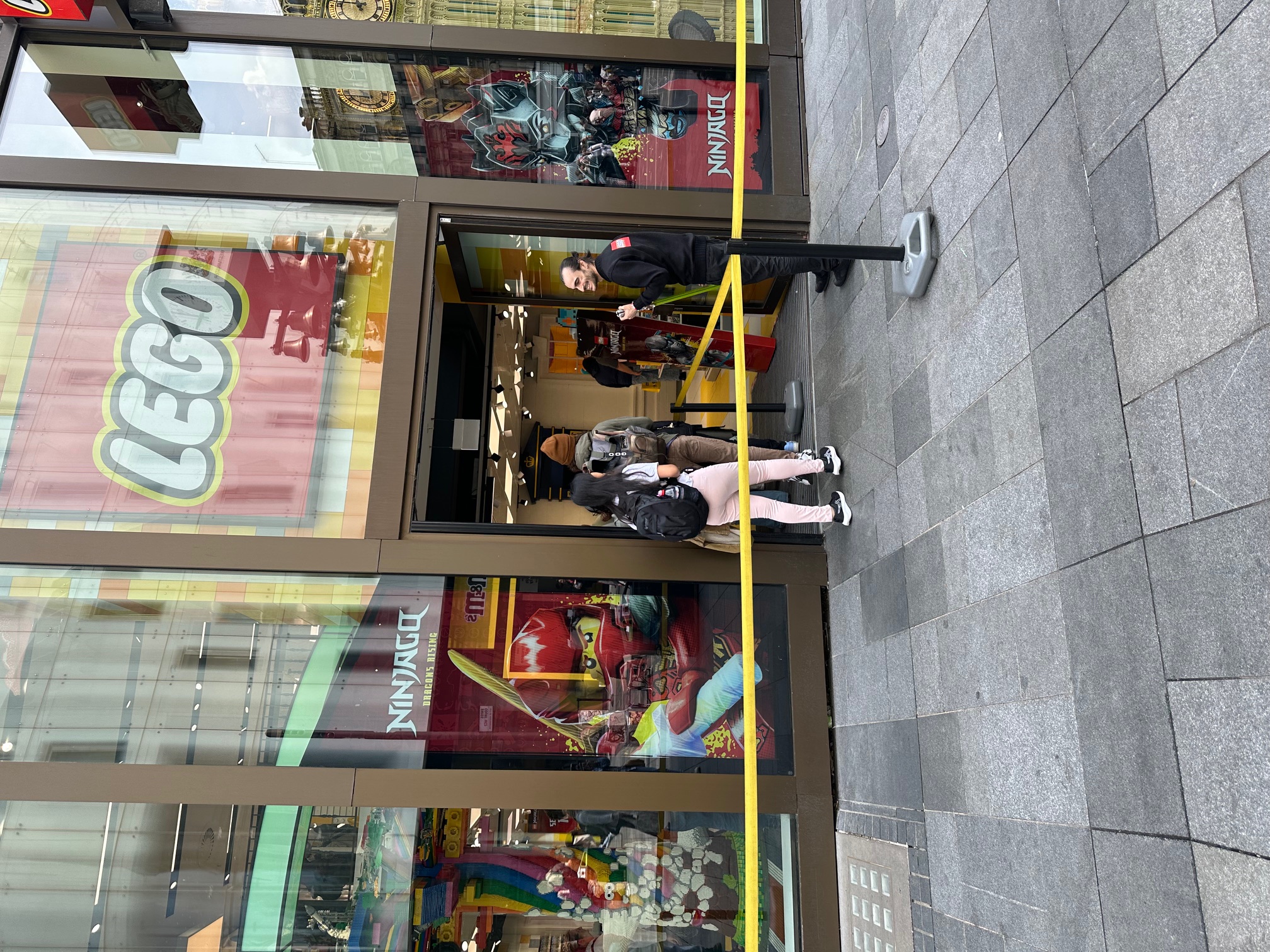
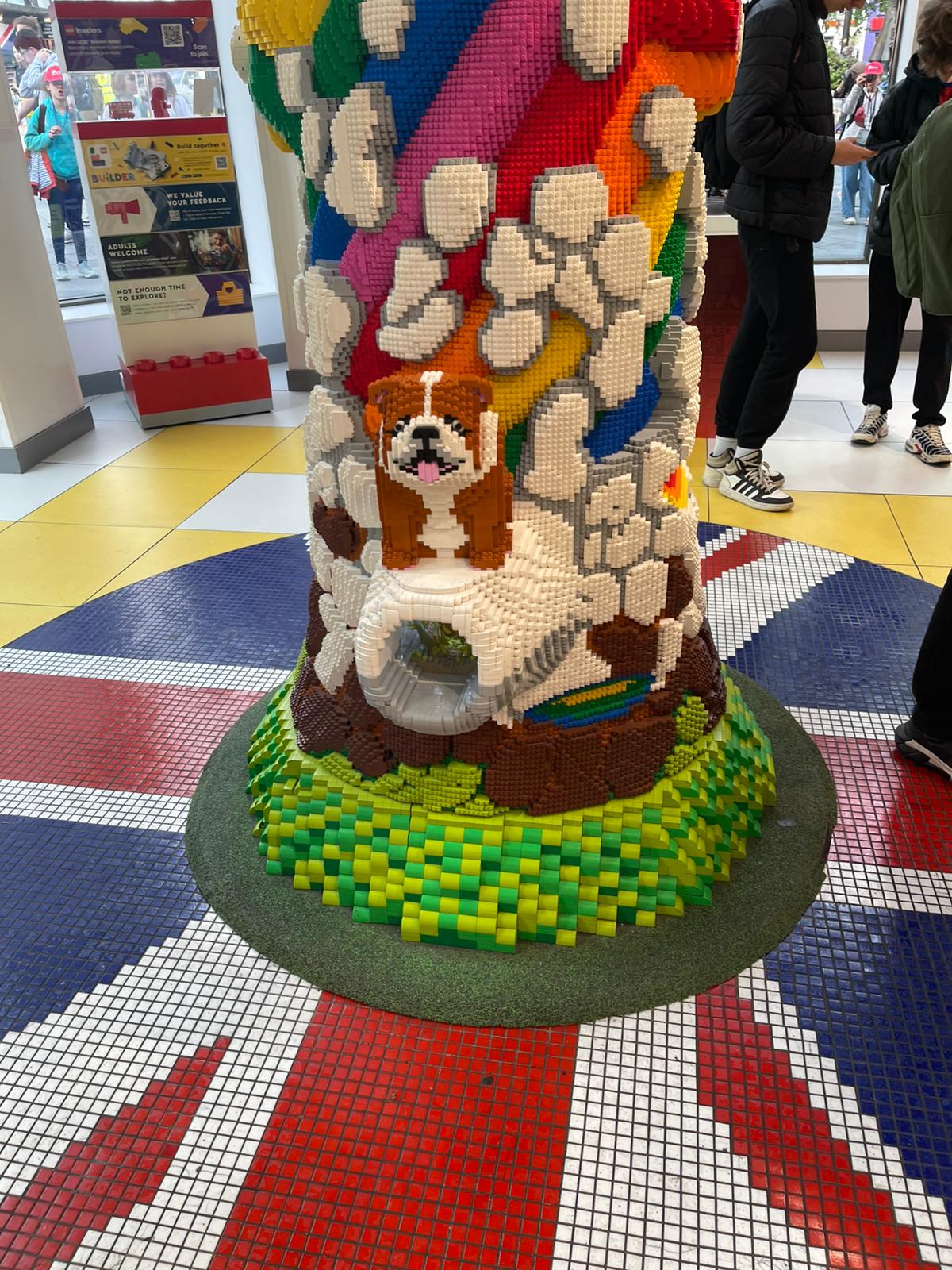
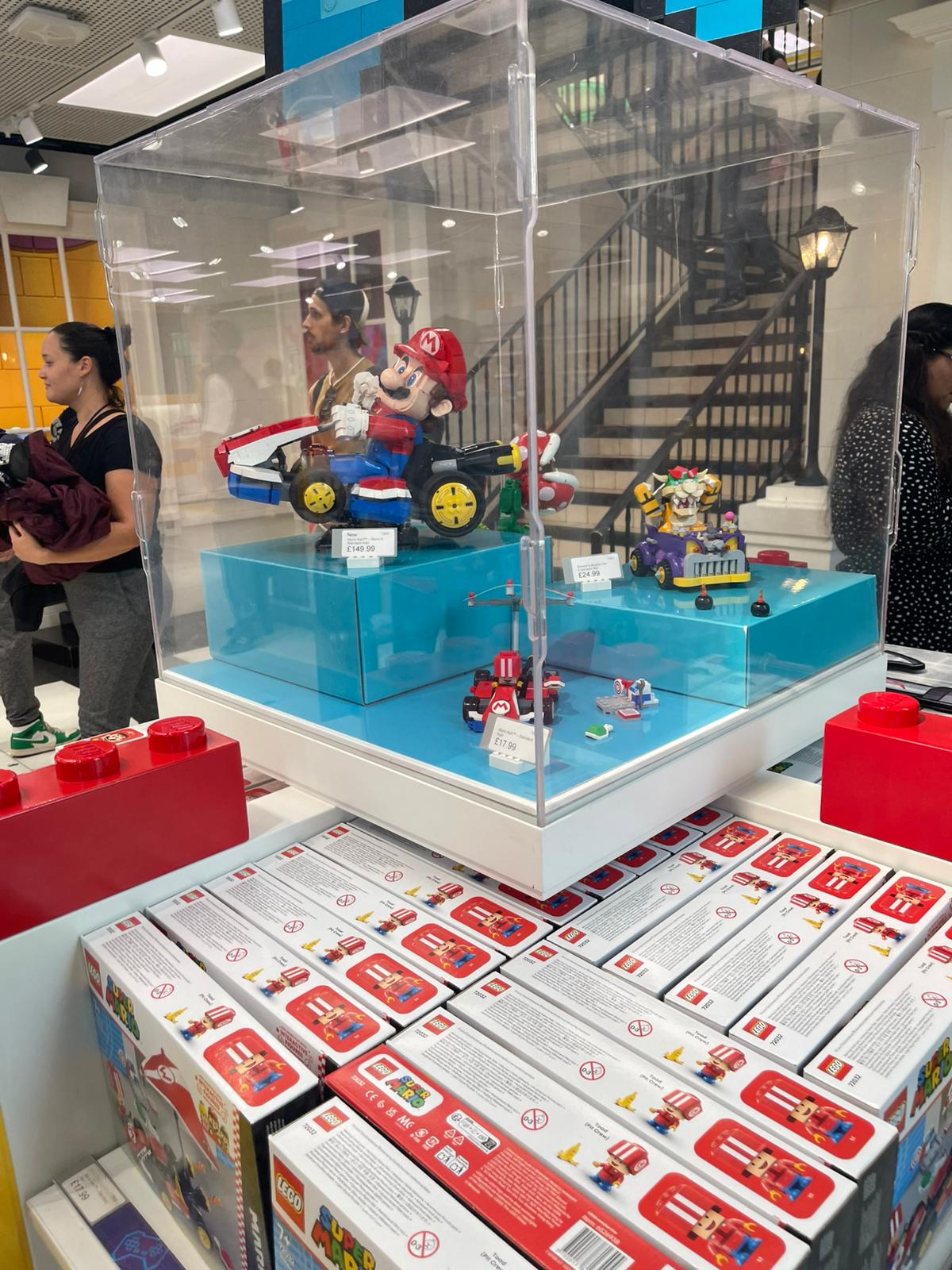
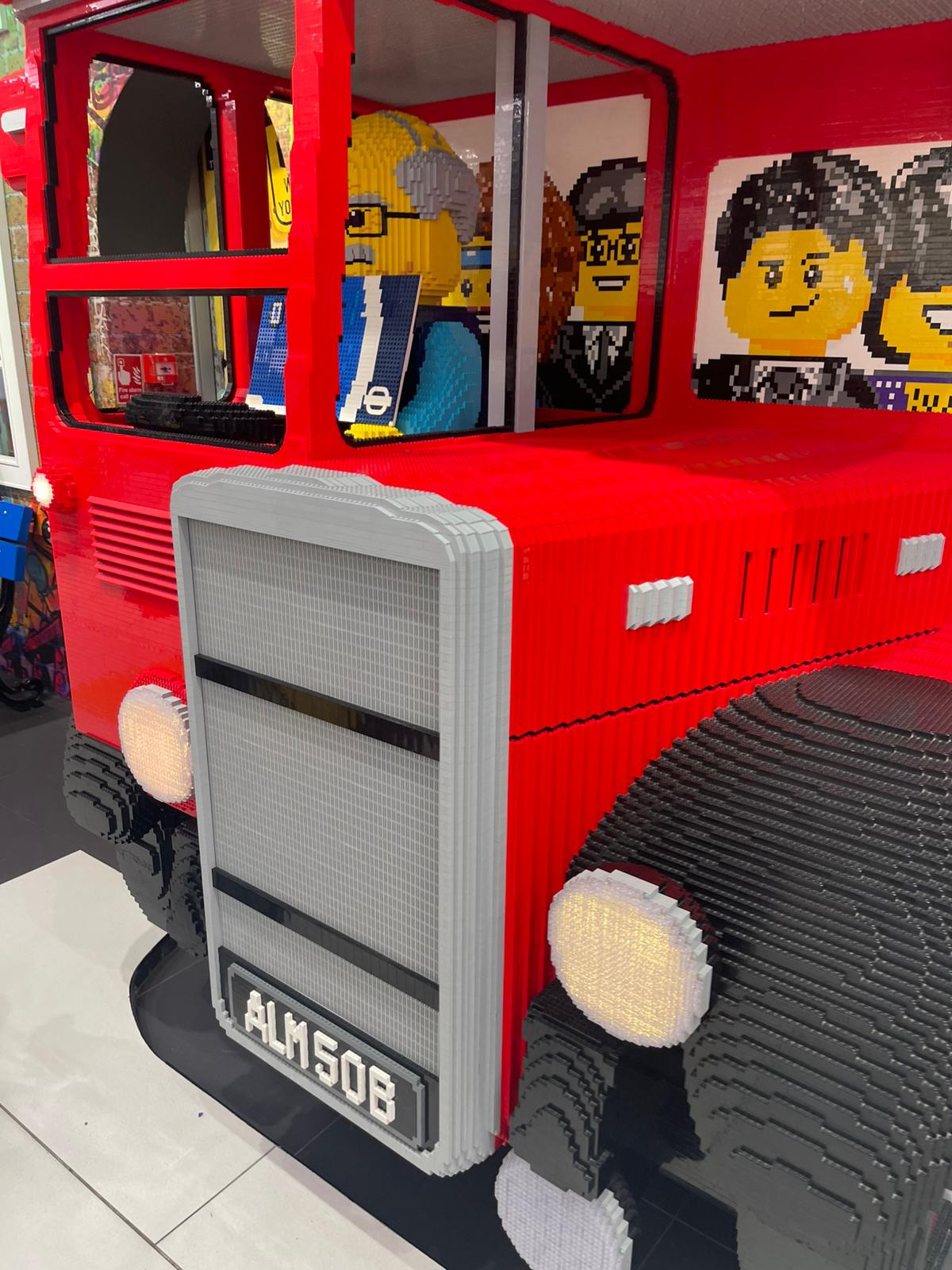
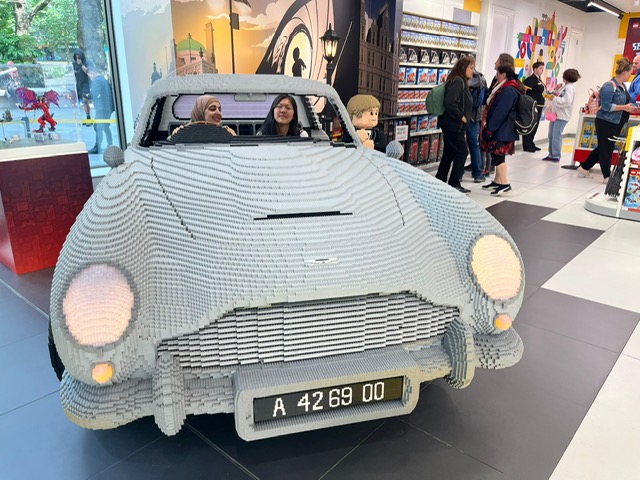
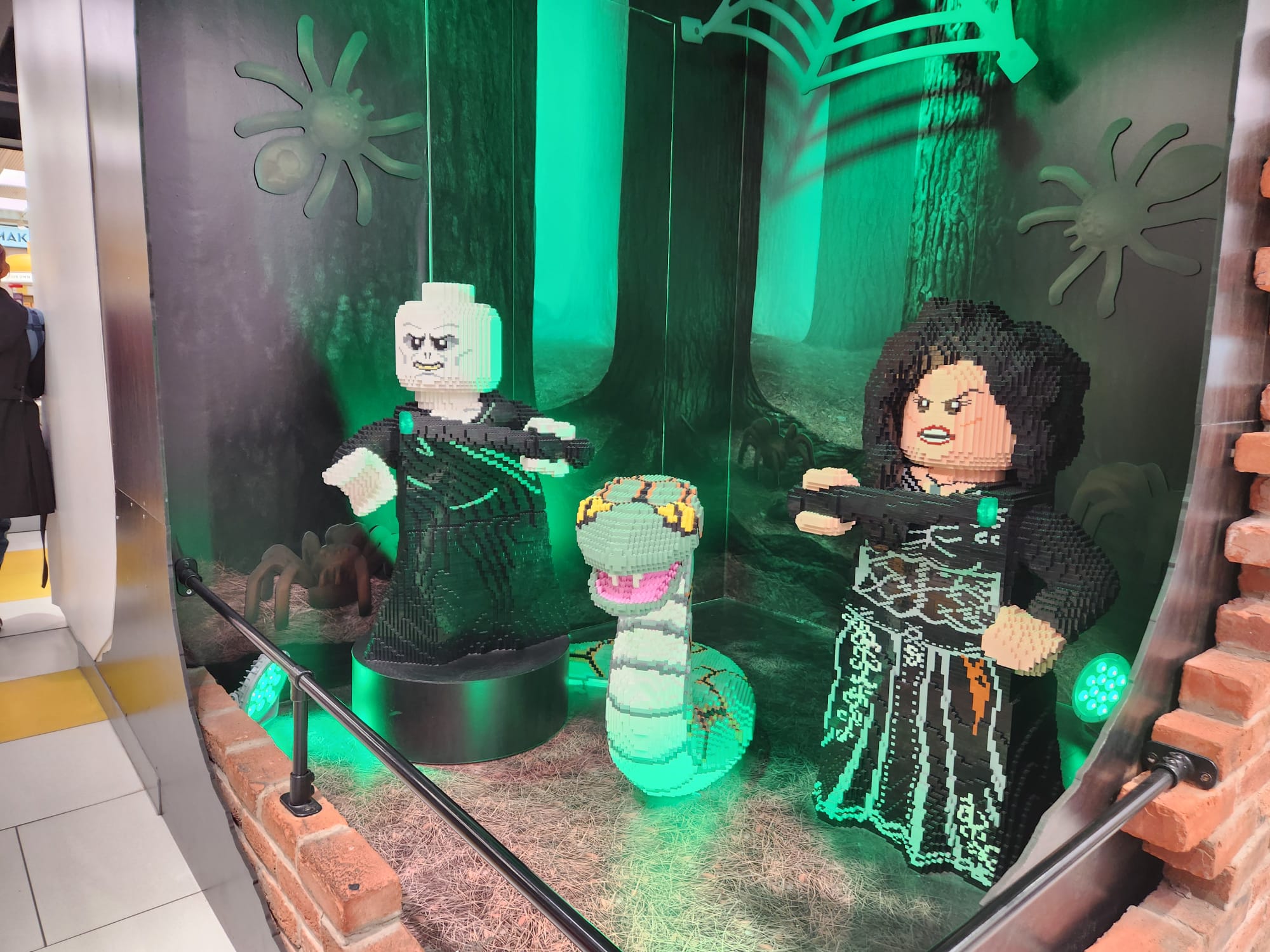
We didn’t quite make it to the heart of Chinatown—those beautifully ornate gates and tightly packed restaurants—but we stopped at an all-you-can-eat buffet just on the edge, and let’s just say: no one left hungry. Everyone took full advantage of the “all you can eat” part, piling plates high and then going back for seconds.
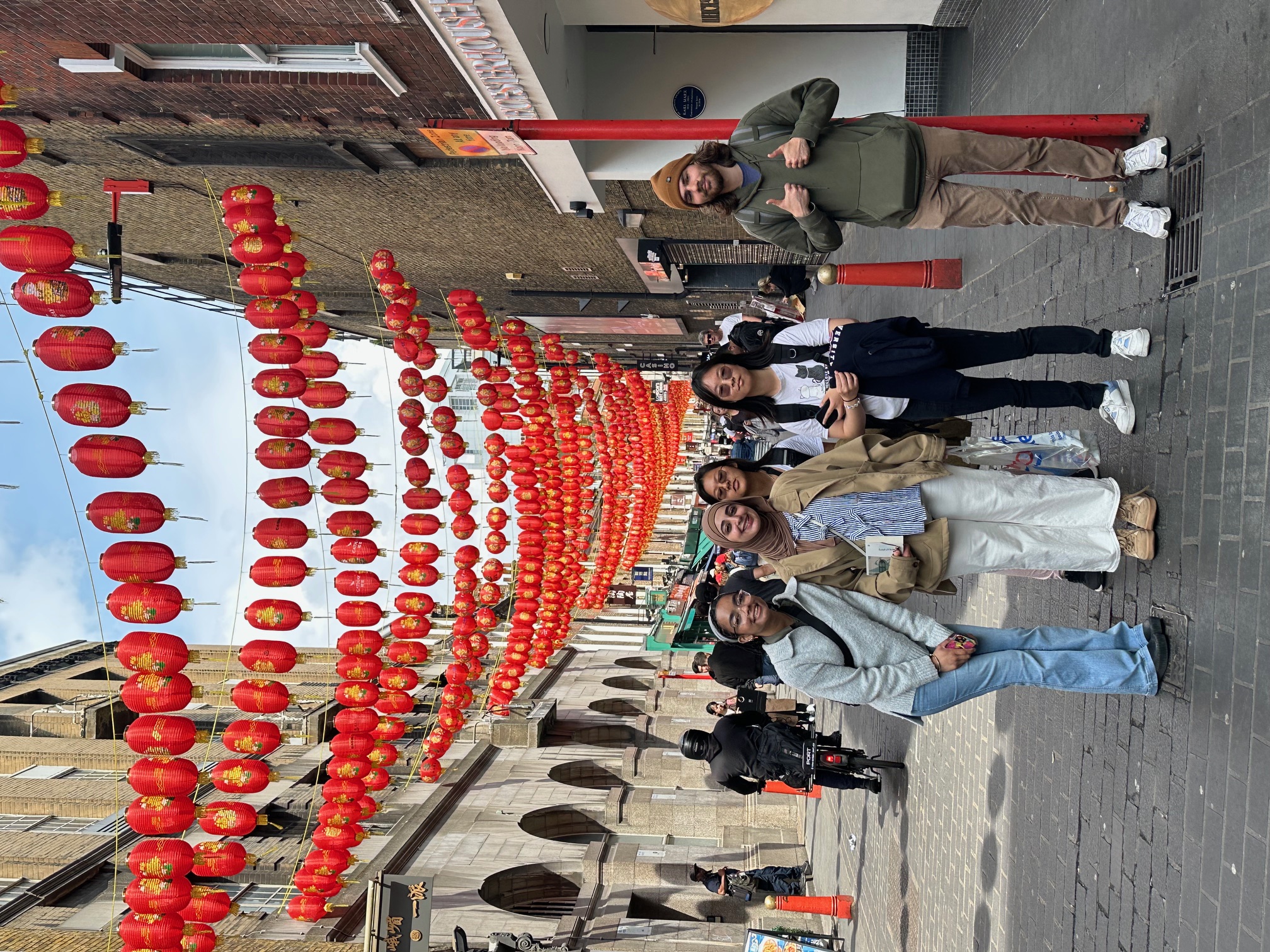
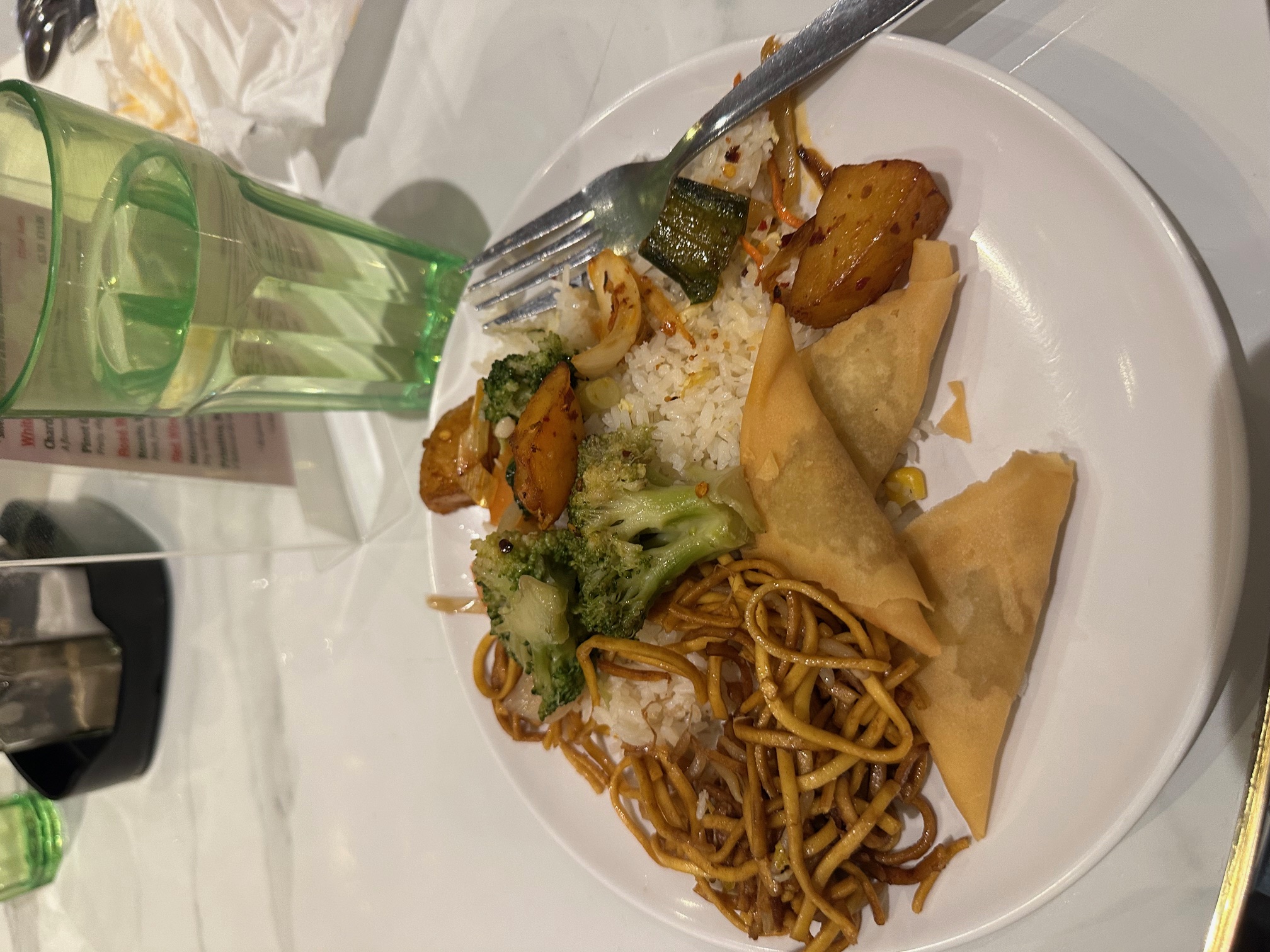
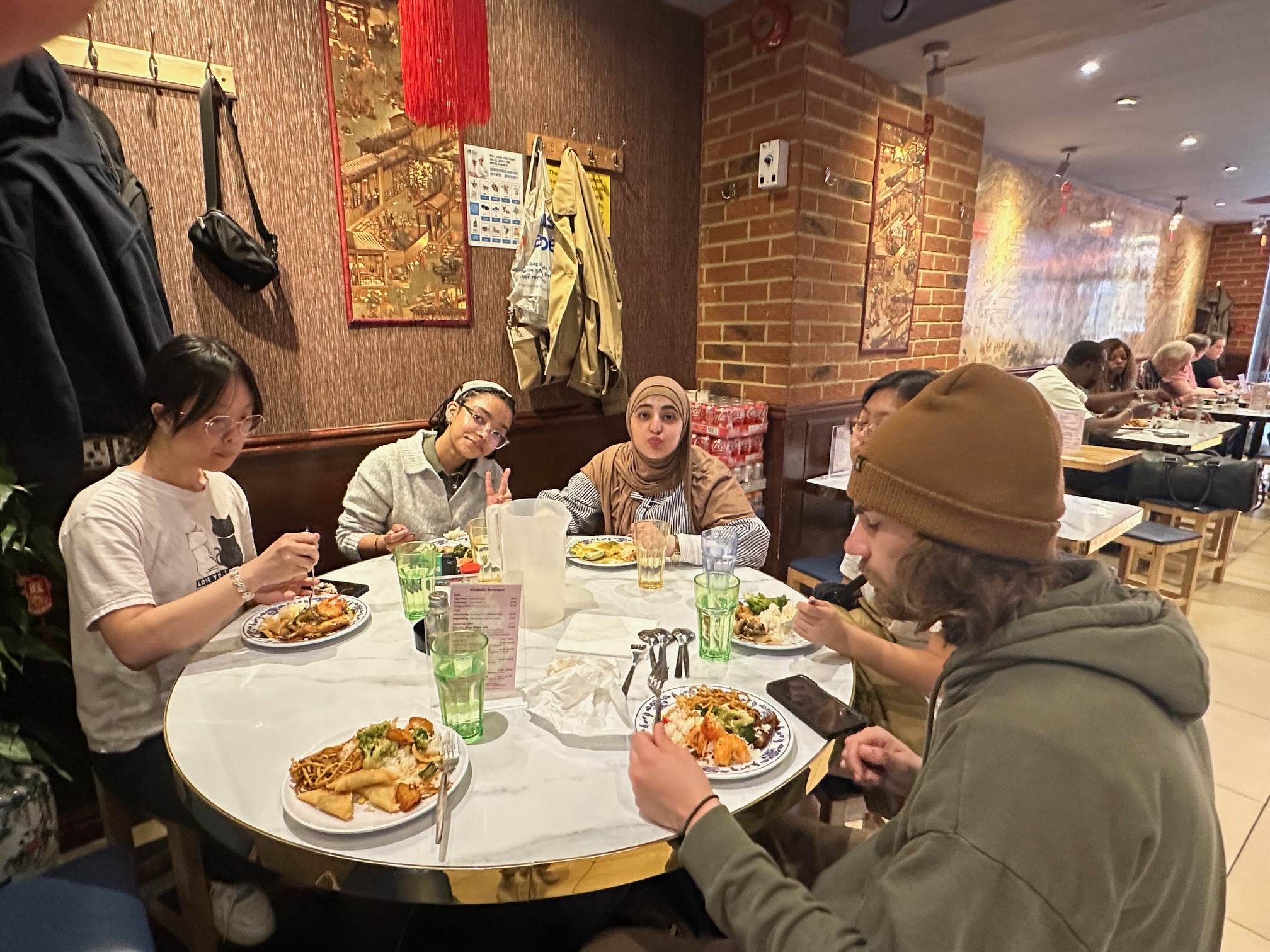
After lunch, Dana, Di, Emily, and Erin spotted a Chinese grocery store and made a beeline for it. They disappeared into its aisles and spent a good chunk of time exploring the shelves, checking out snacks, sauces, and sweets with a level of fascination that suggested they were now fully invested in the idea of importing half the store back to the U.S.
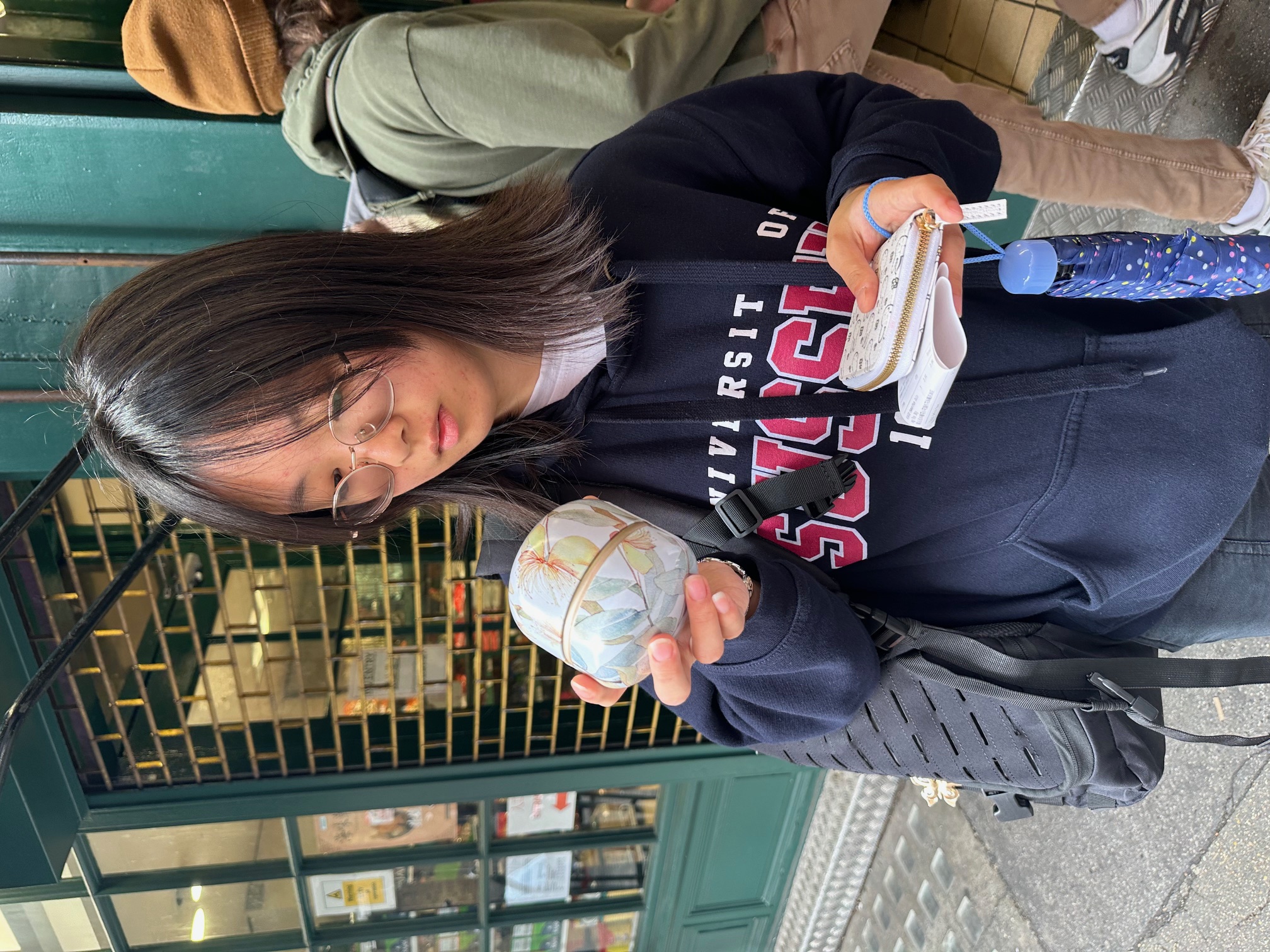
London’s Chinatown, tucked between Leicester Square and Soho, has been a vibrant cultural hub since the 1950s, though its roots go back to Limehouse in East London. Today’s Chinatown is filled with bold red lanterns, bakeries, herbal medicine shops, and restaurants serving everything from hand-pulled noodles to roast duck. We didn’t venture deep, but even skimming the edges gave a sense of its rich energy and flavor.
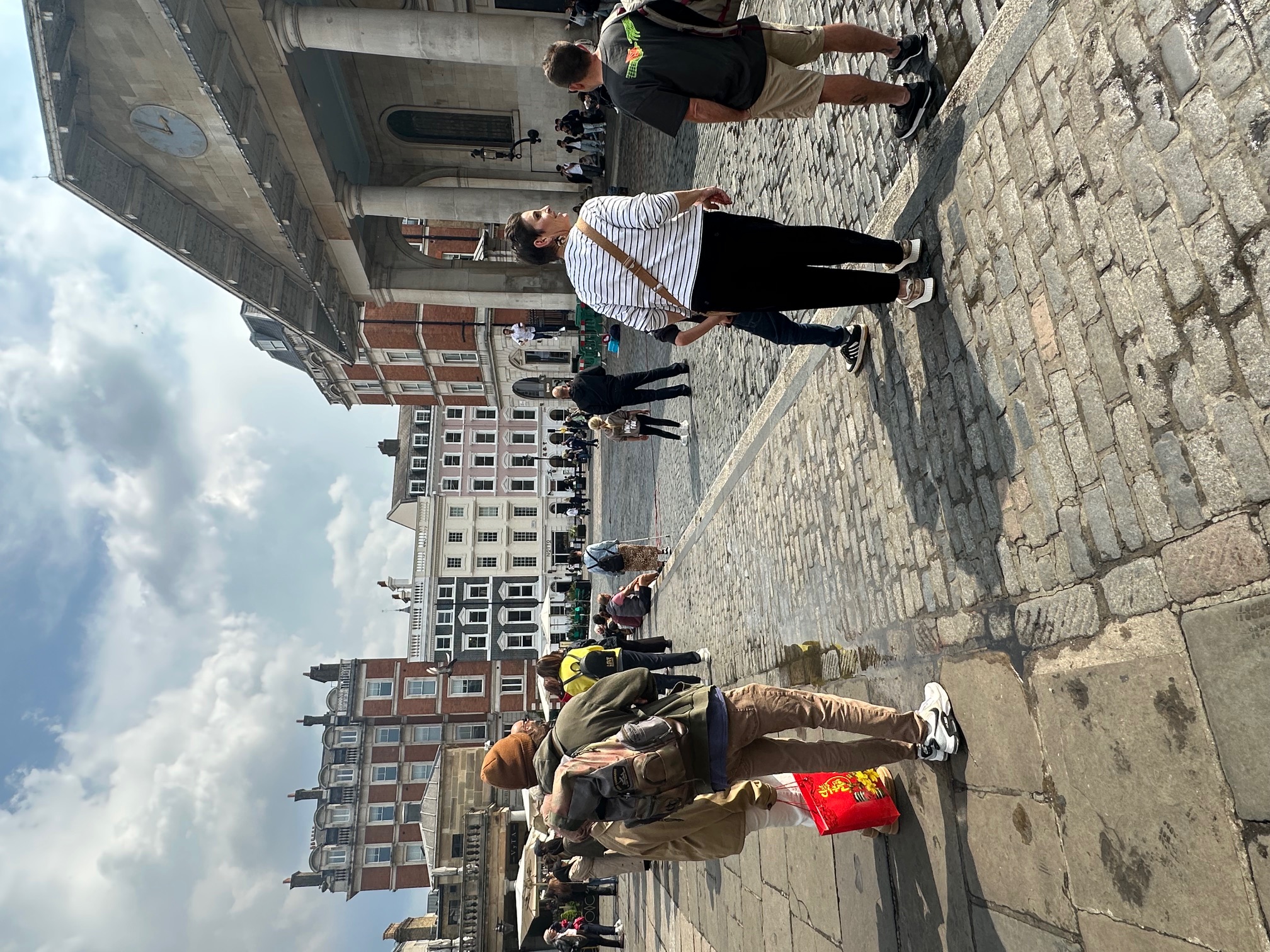
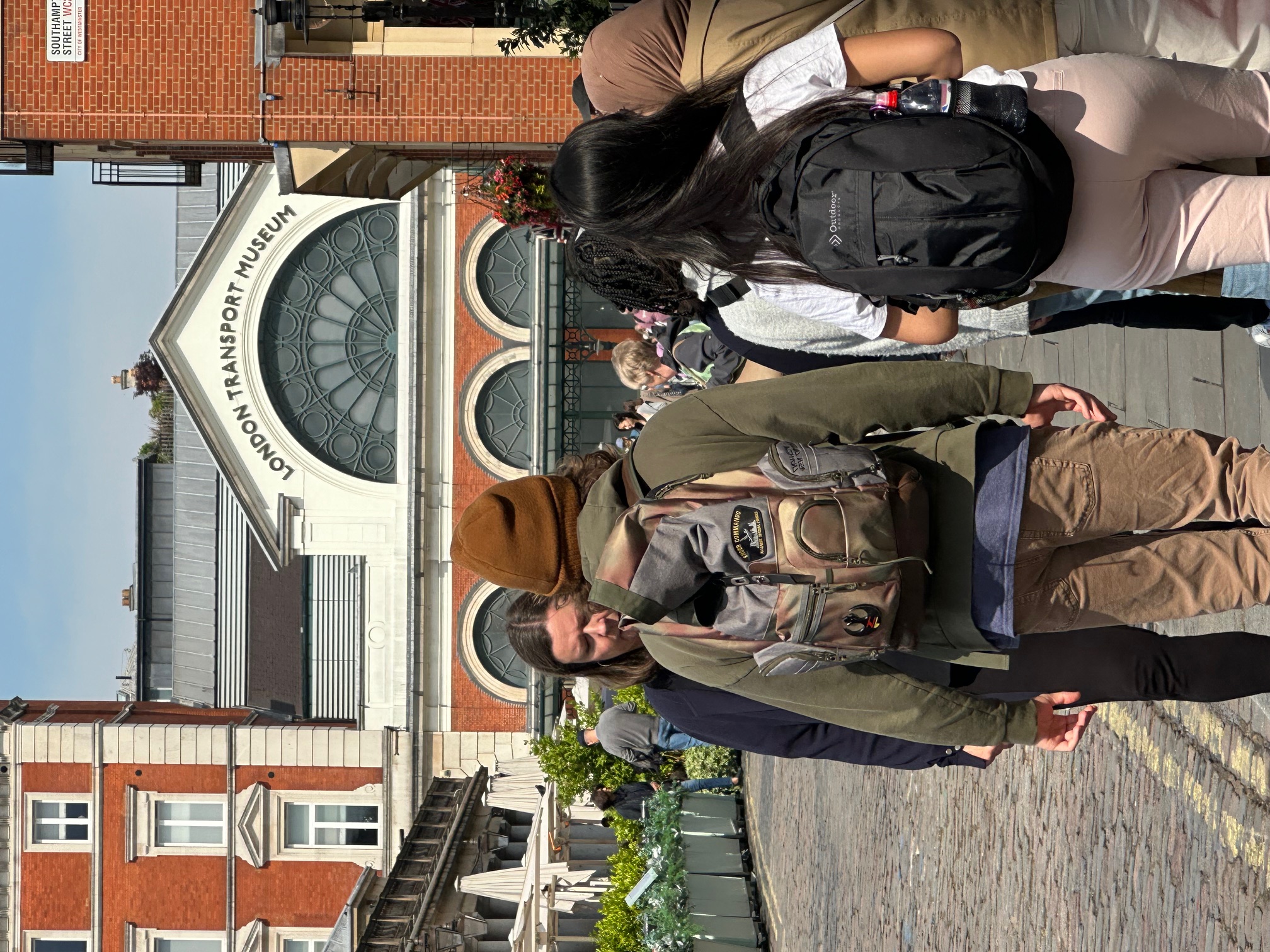
Keeping an eye on the time—with our boat ride fast approaching—I decided not to take the group into the busy center of Chinatown. Instead, we looped around toward Covent Garden. Originally a 17th-century fruit and vegetable market, it’s since transformed into one of London’s liveliest areas—street performers, boutique shops, quirky market stalls, and of course, tourists sprawled across the stone benches enjoying gelato or snapping photos under the iconic arches.
Covent Garden itself was buzzing, as always. On our way, we passed the entrance to the London Transport Museum, and I pointed it out, saying, “That’s where Lauren and Wiktoria are probably out right now.” Judging by the photos they later shared, they really did—giant vintage buses, old Tube maps, and interactive exhibits clearly hit the mark.
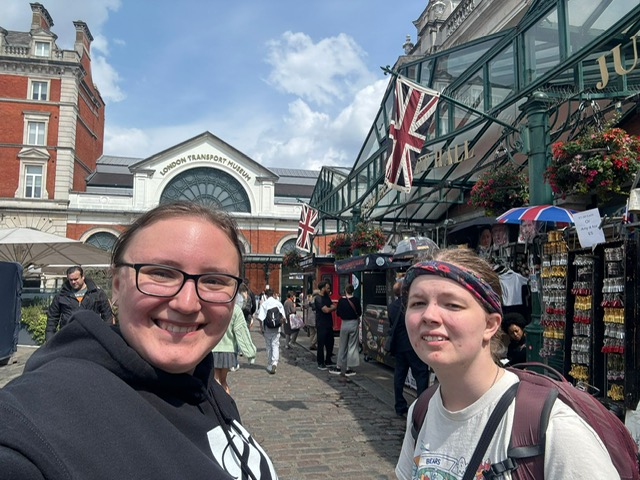
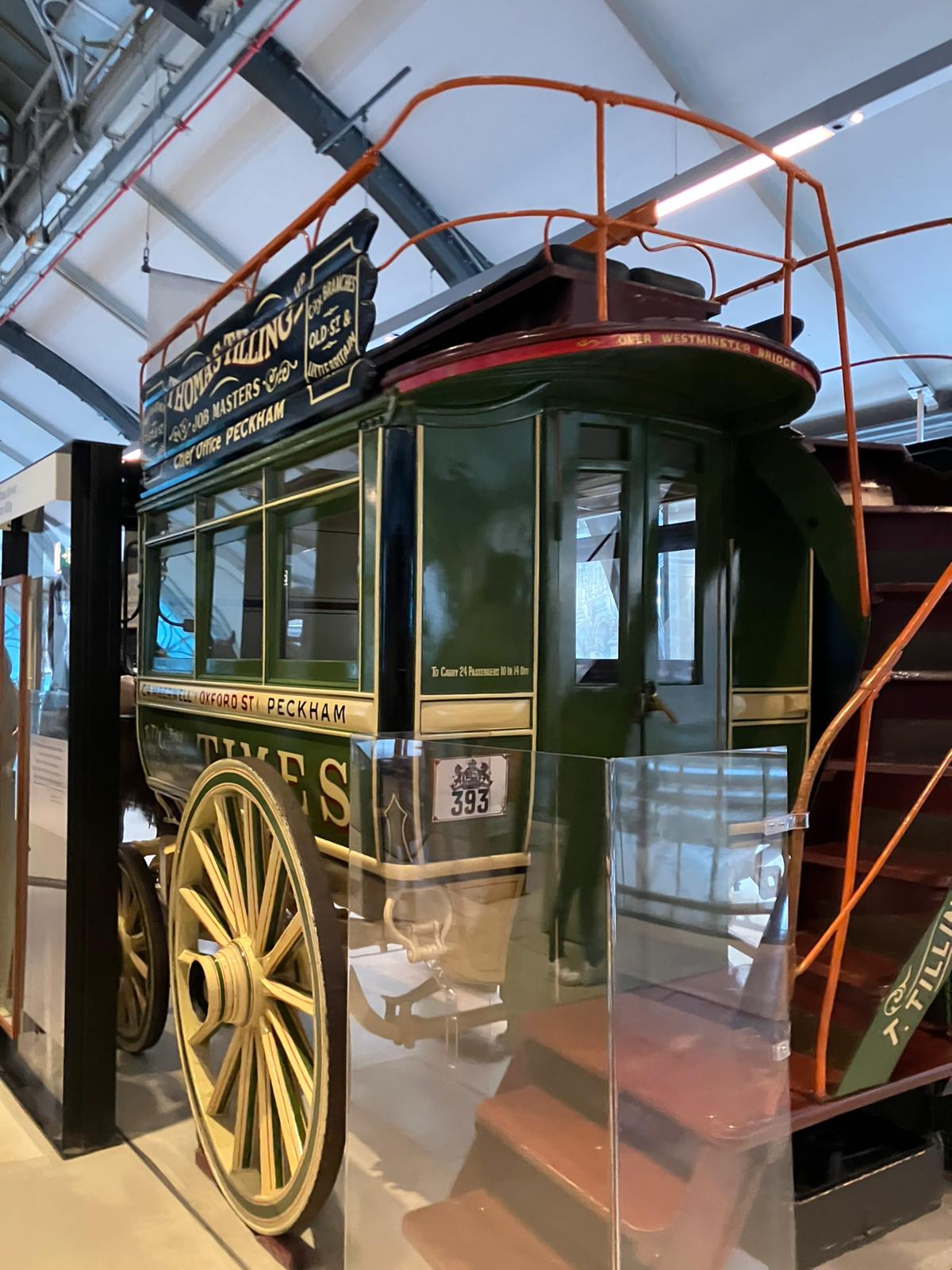
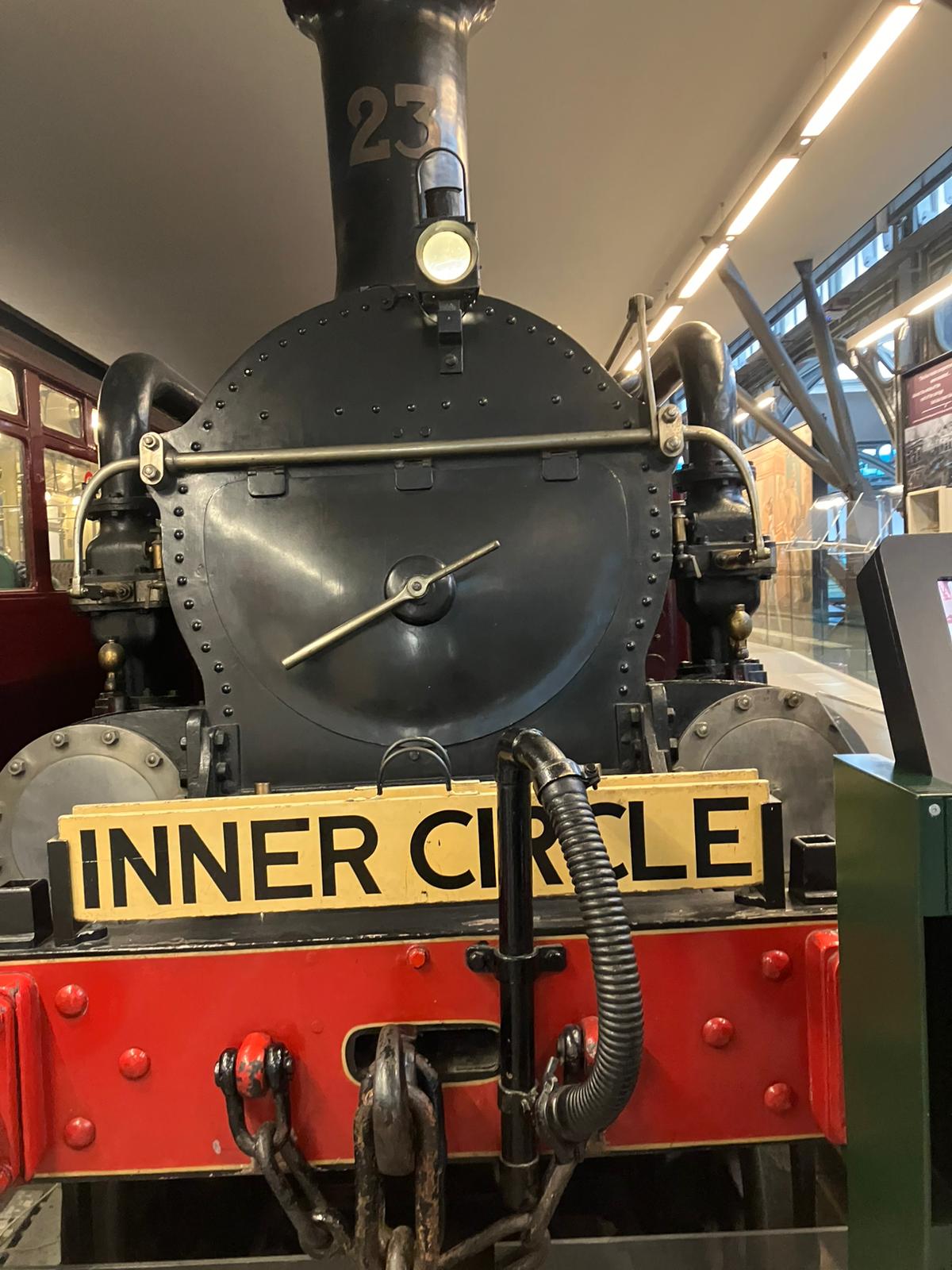
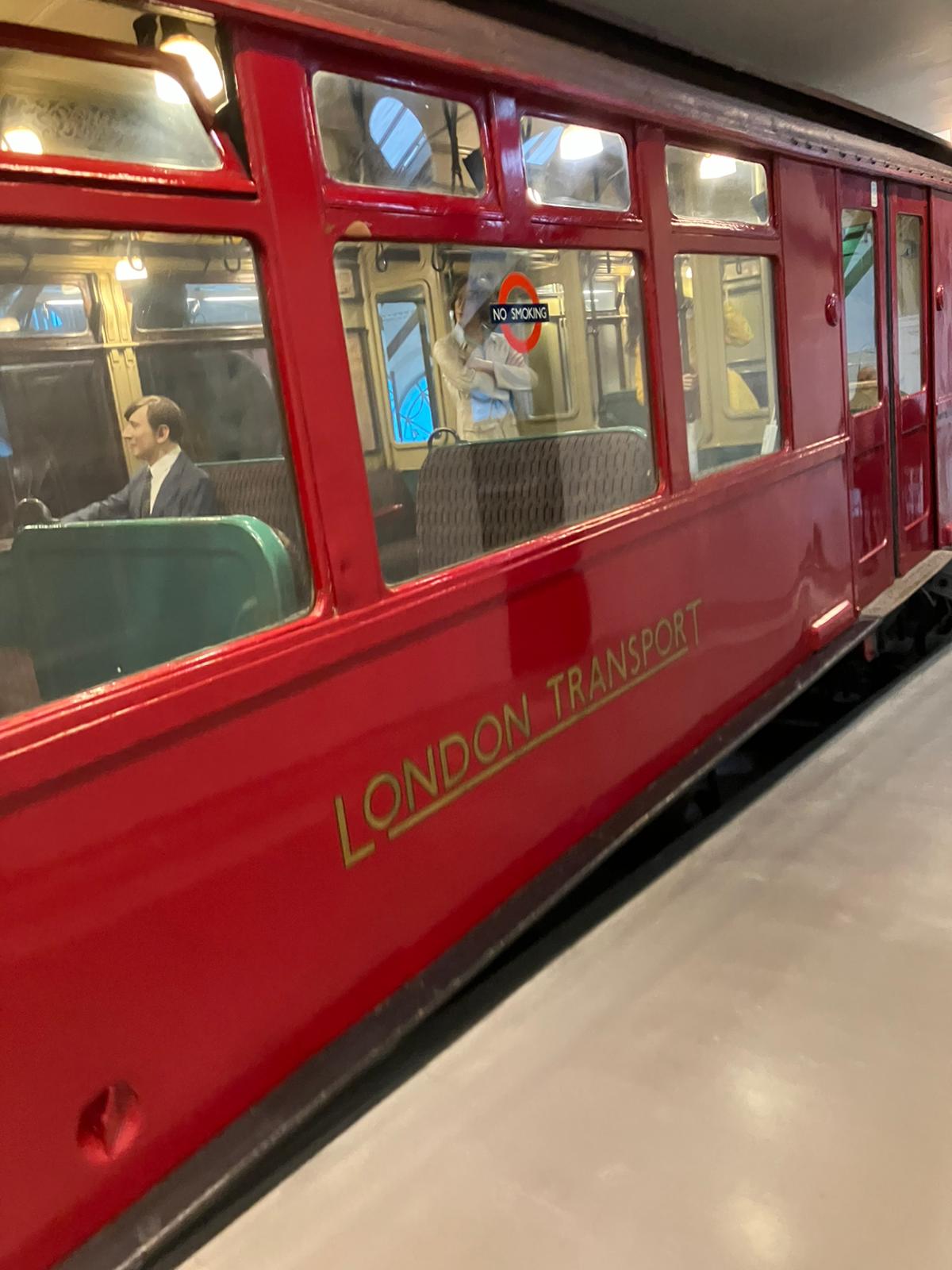
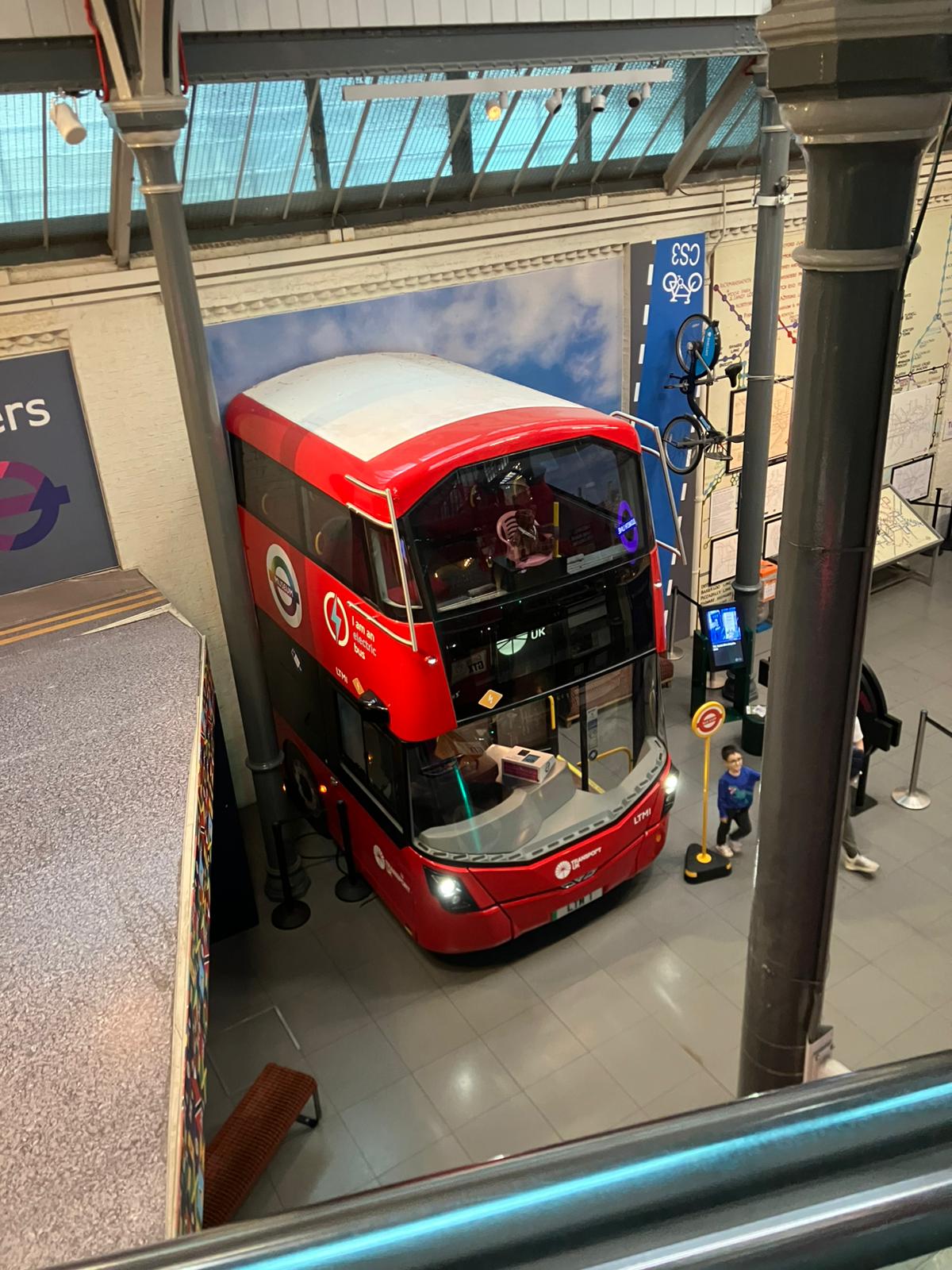
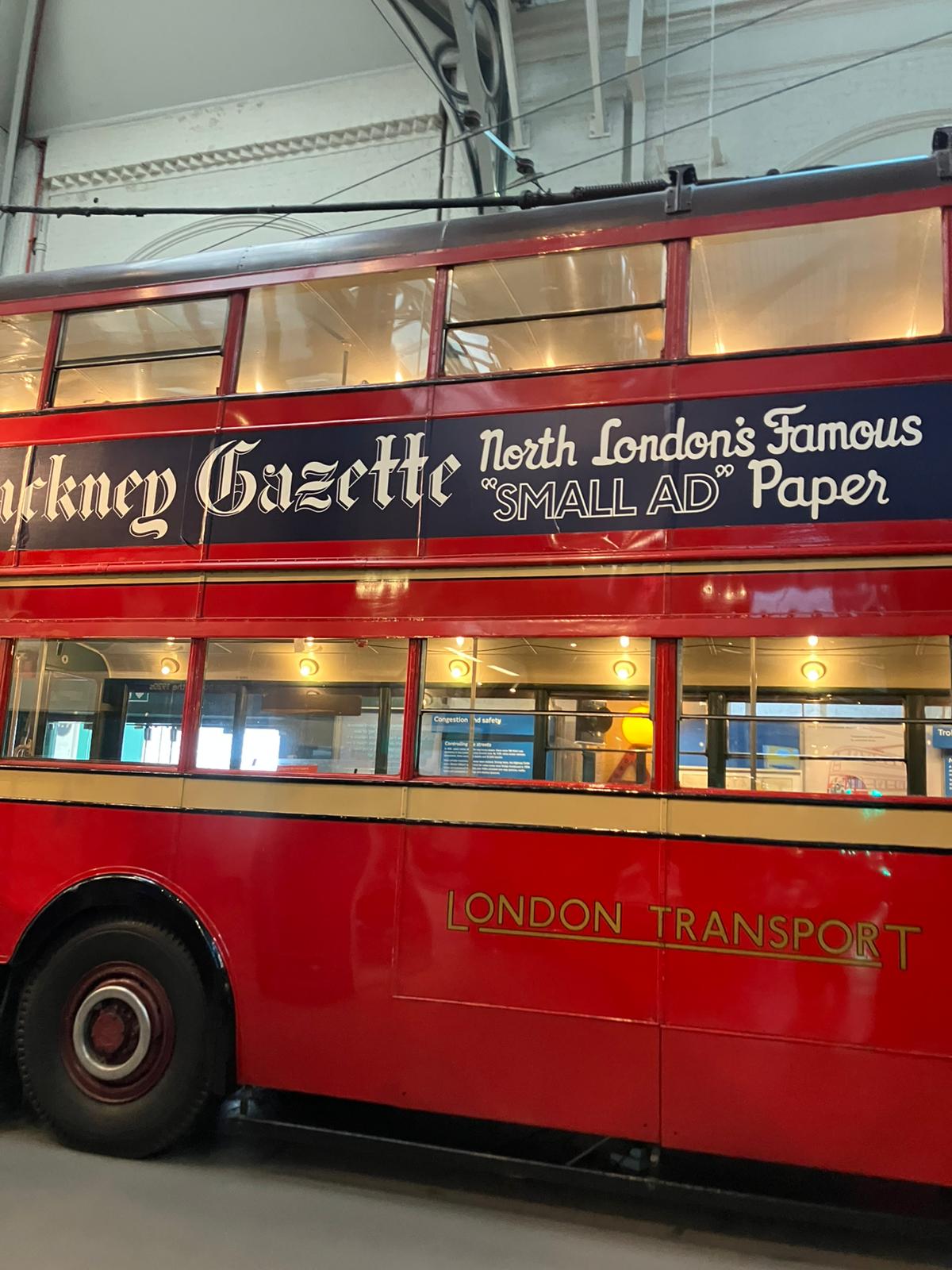
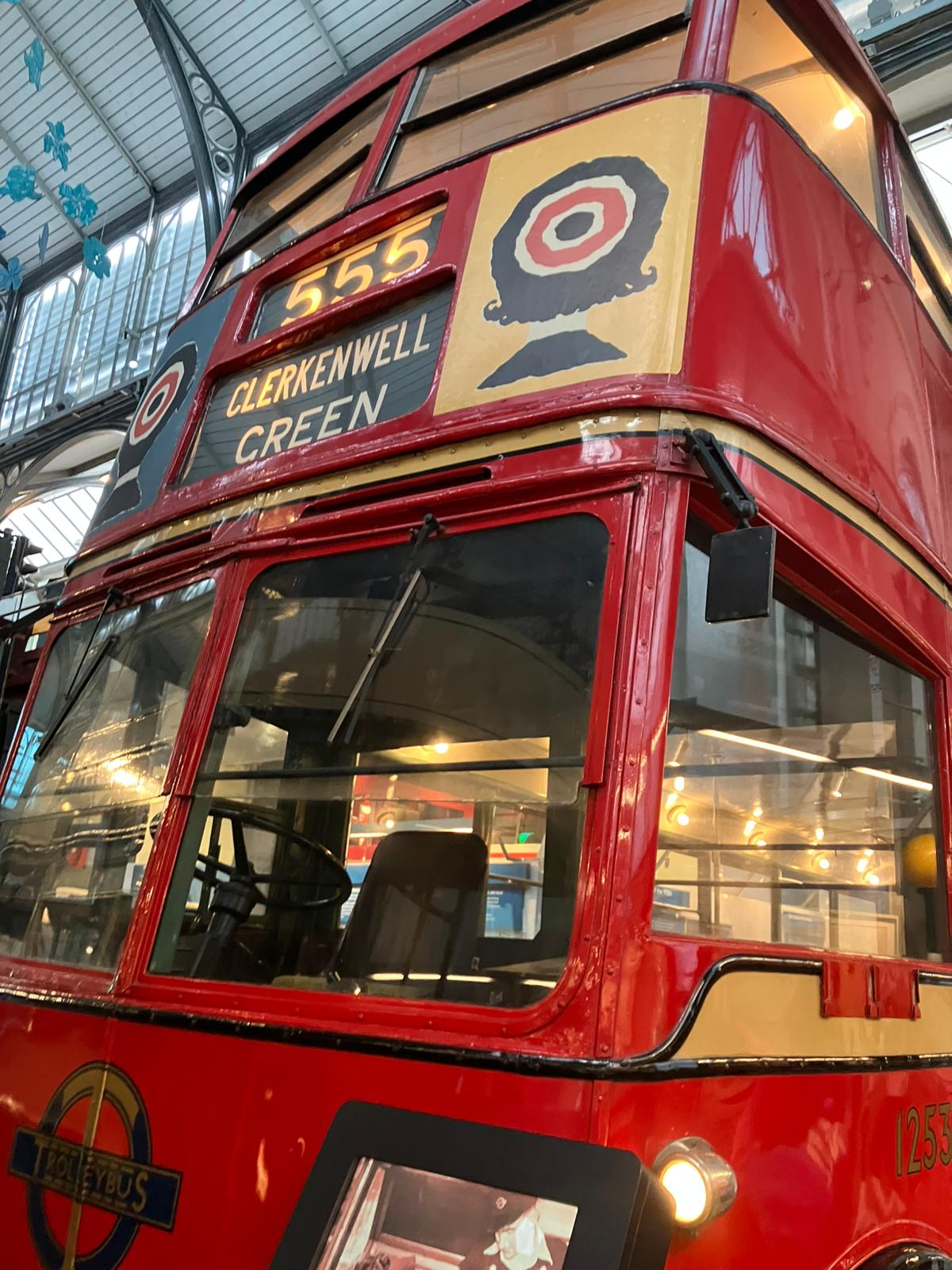
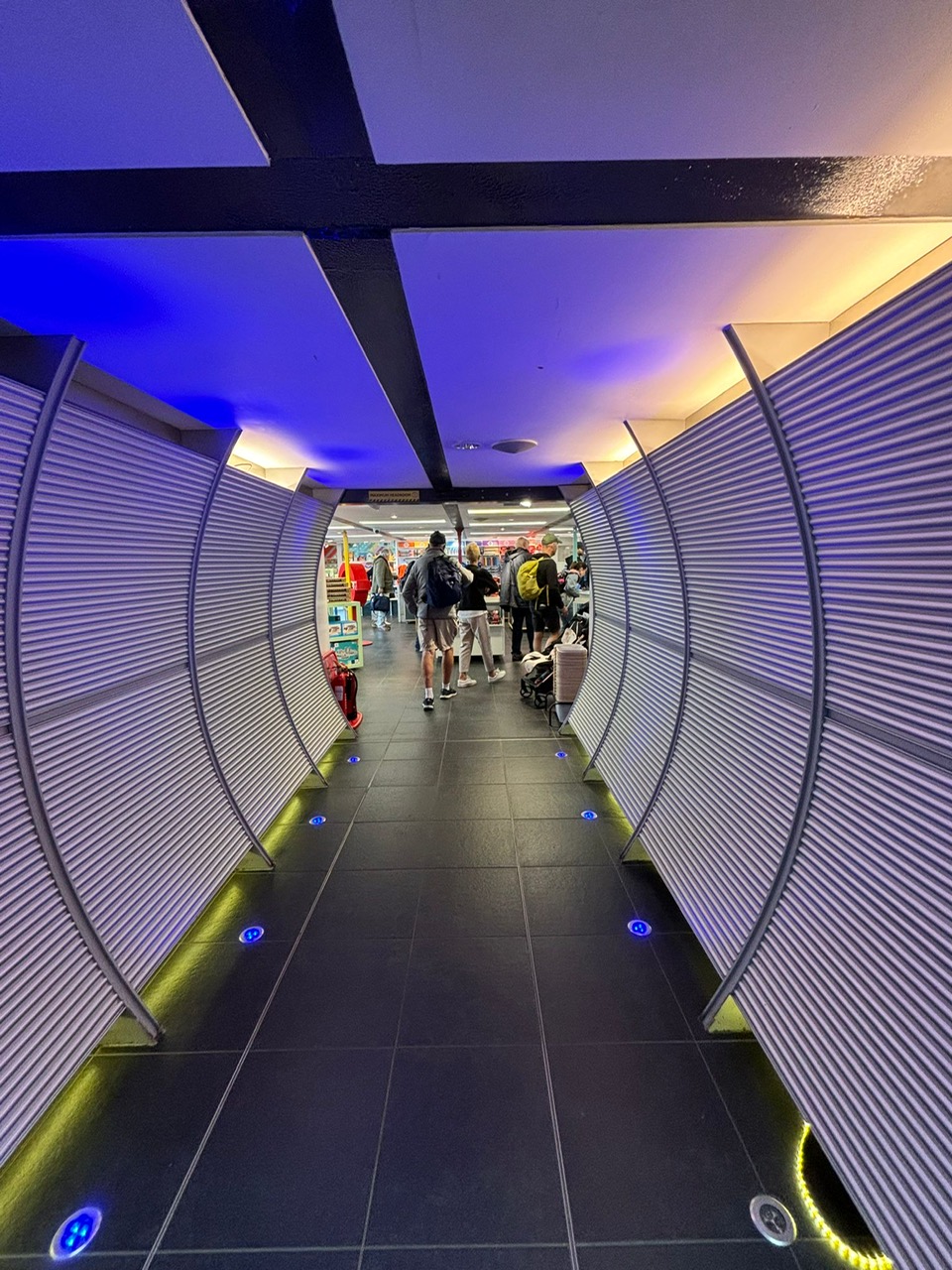
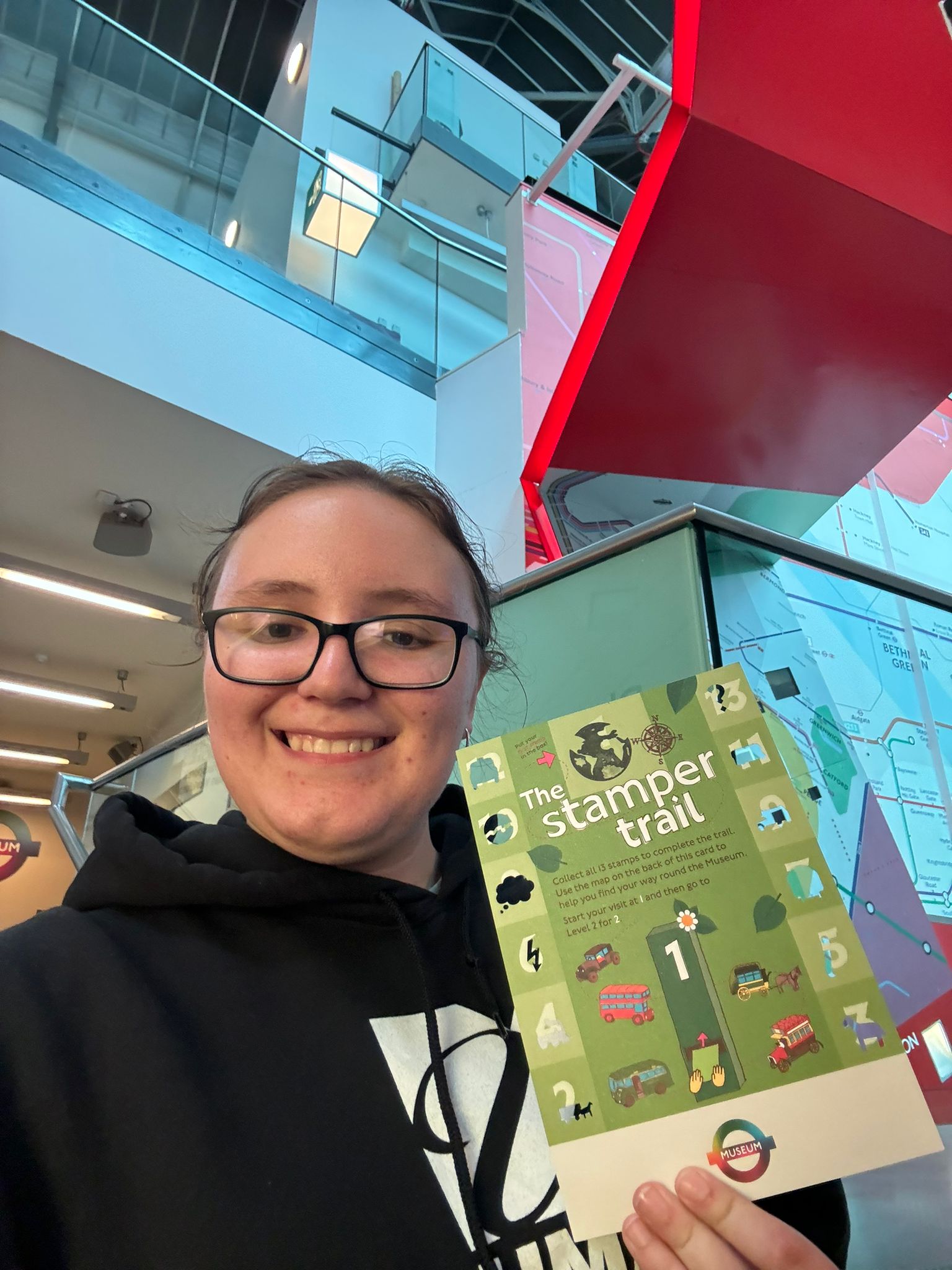
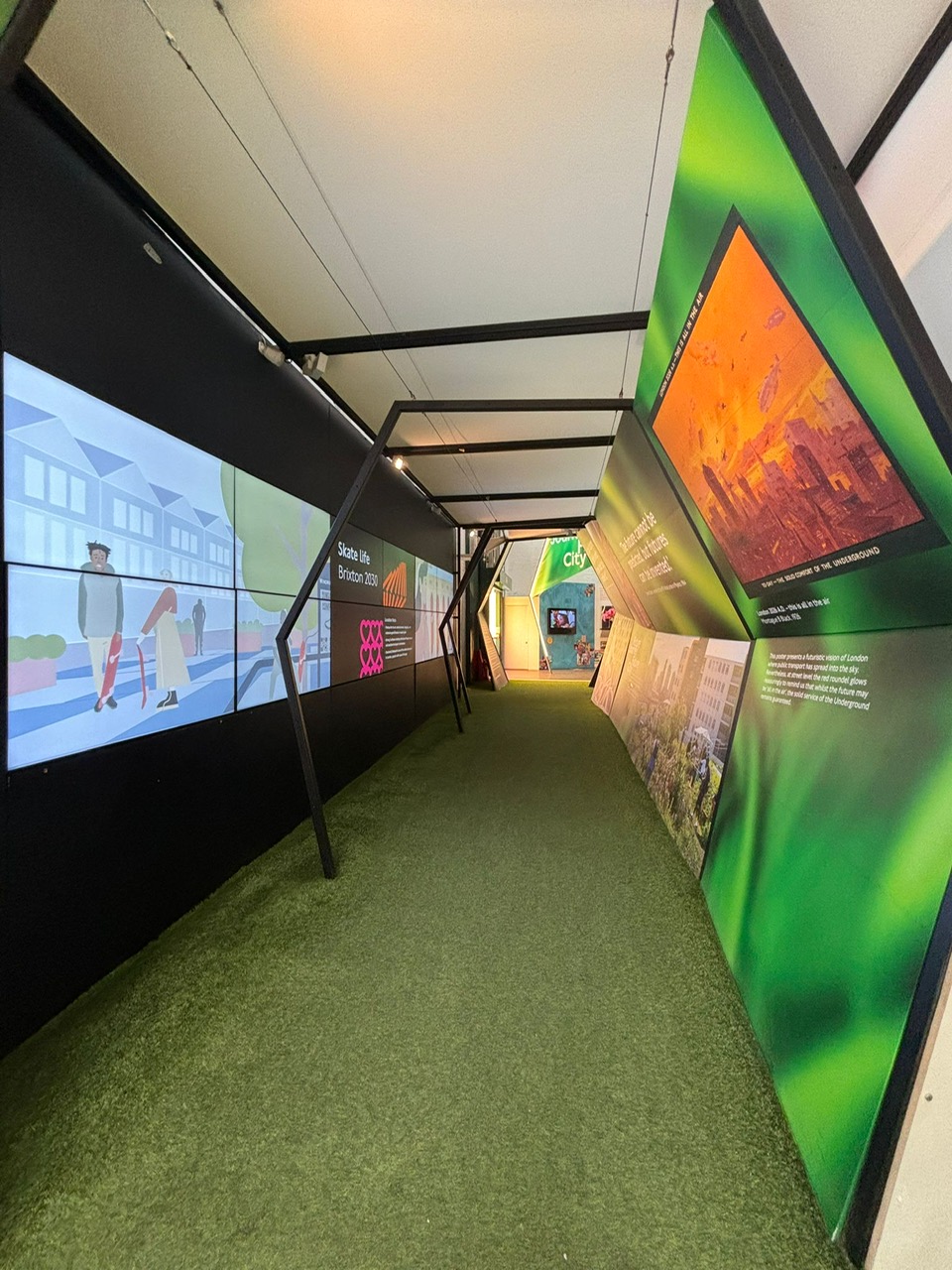
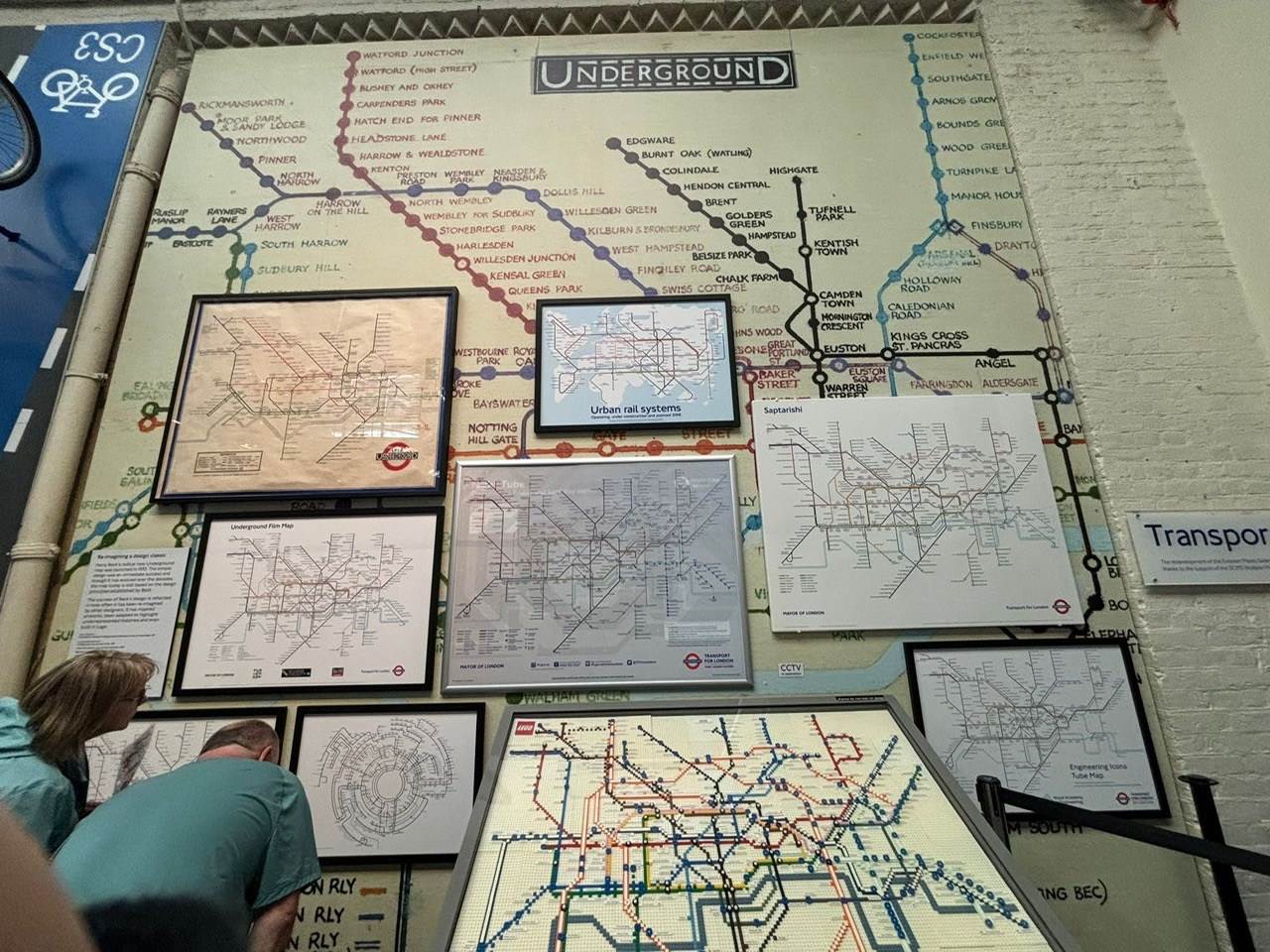
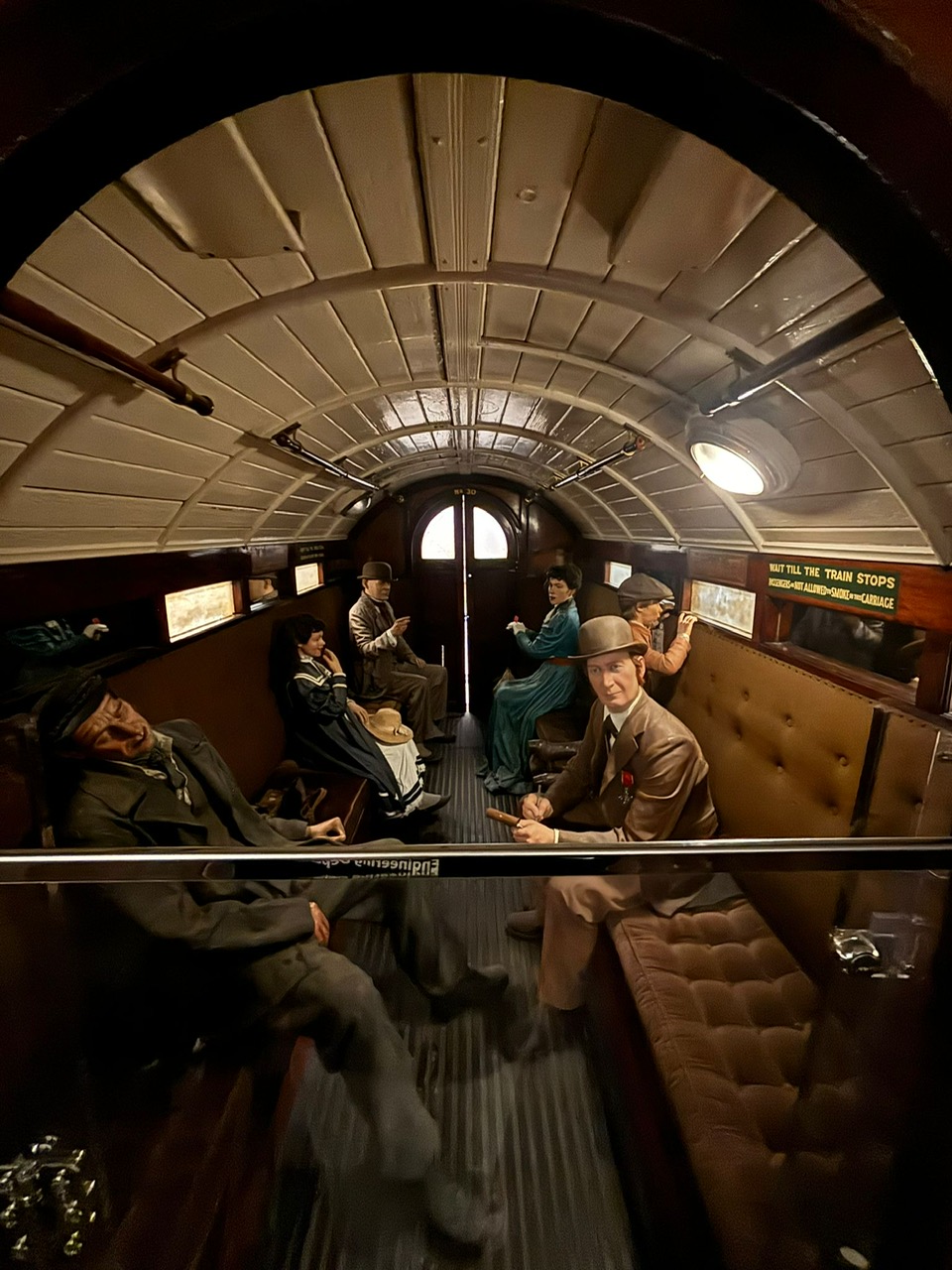
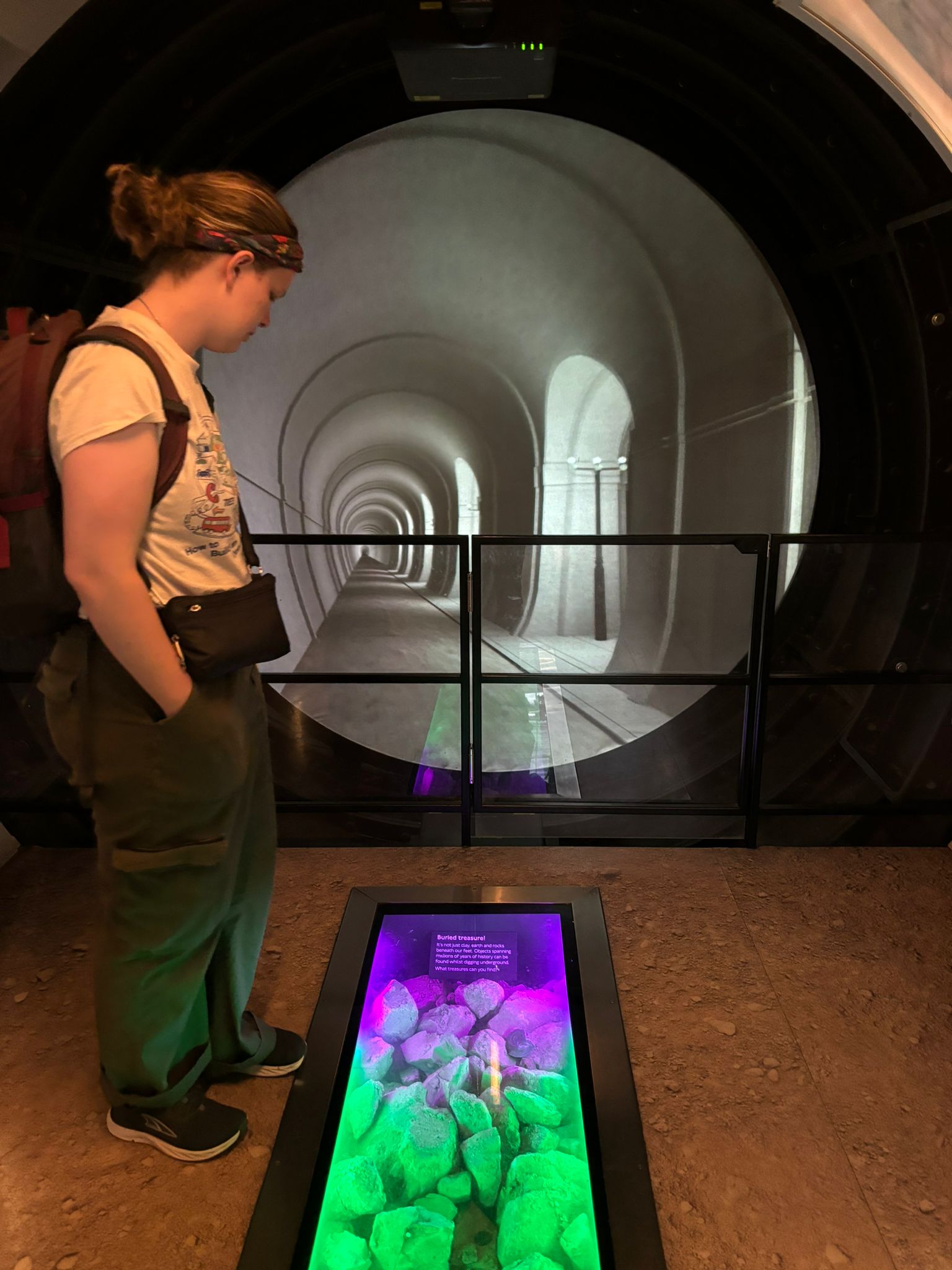
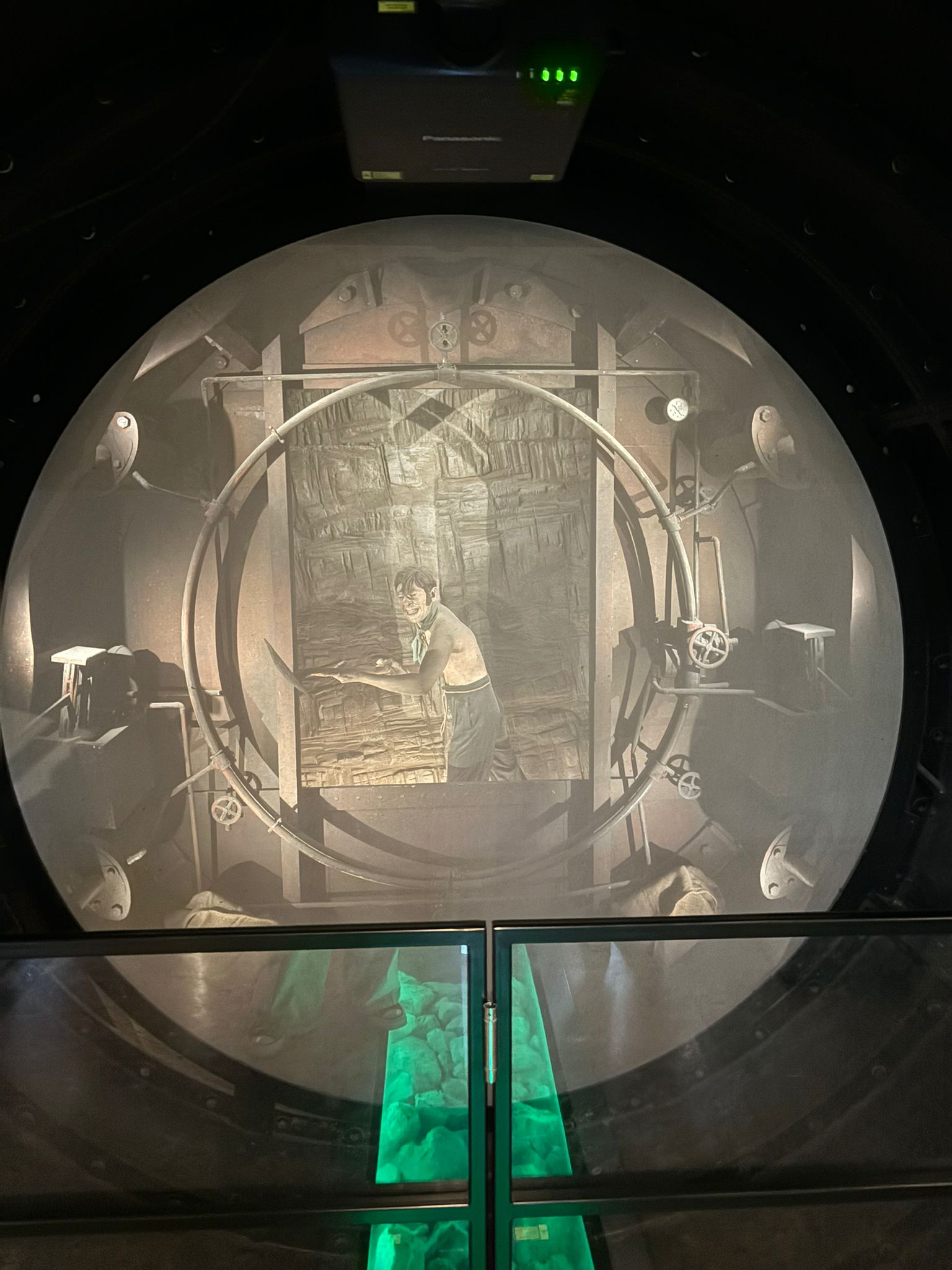
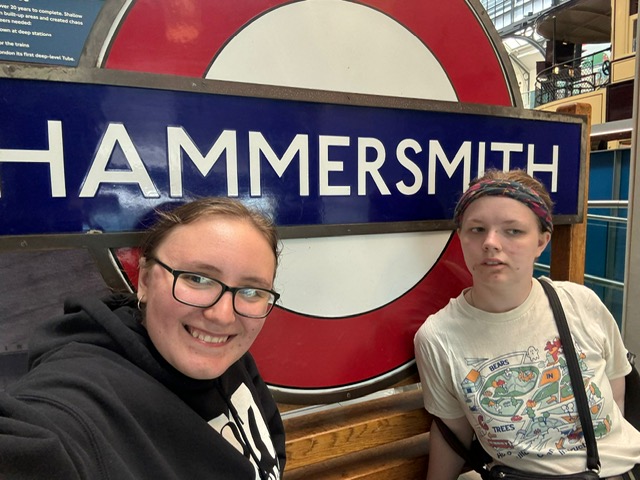
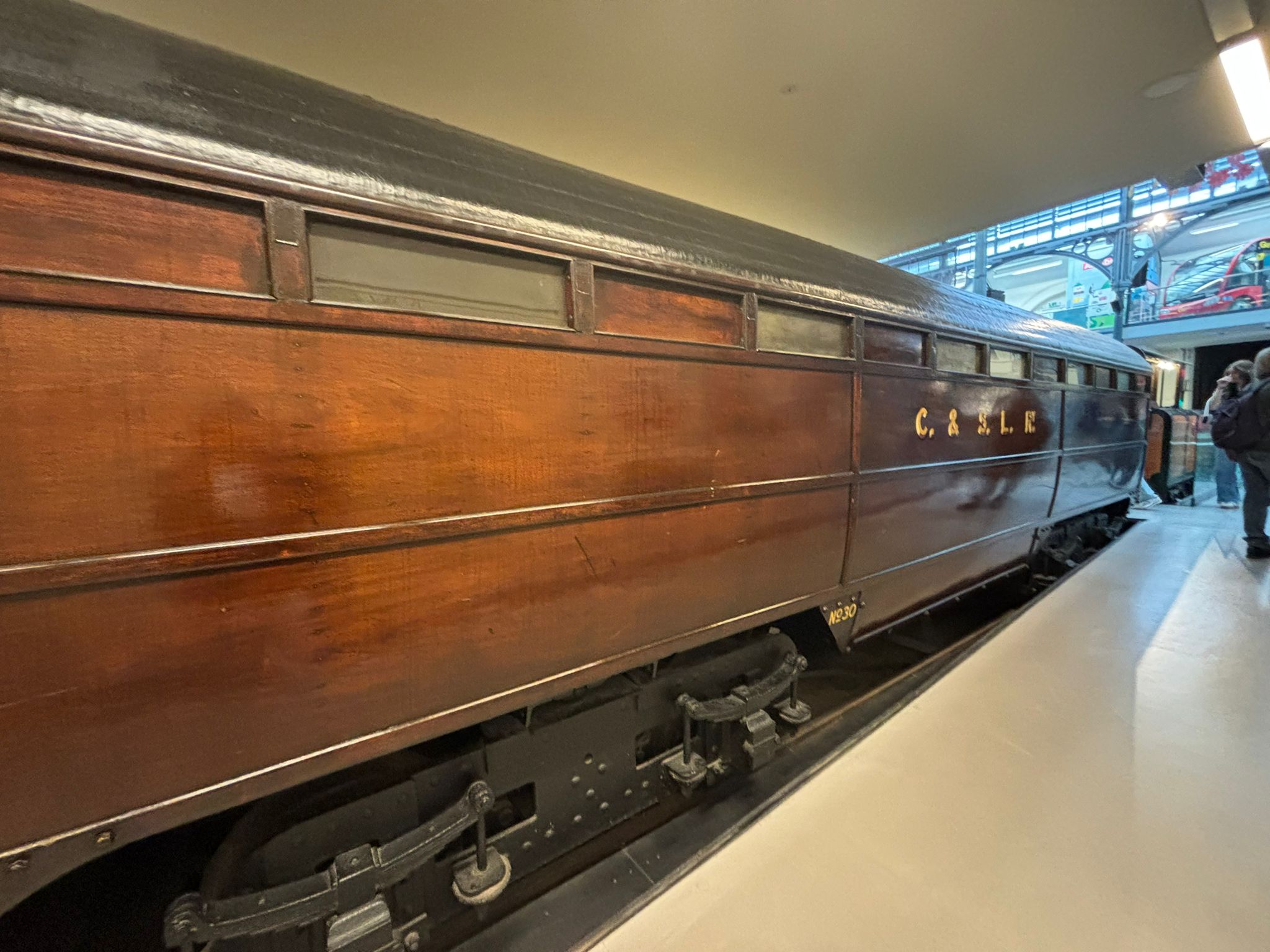
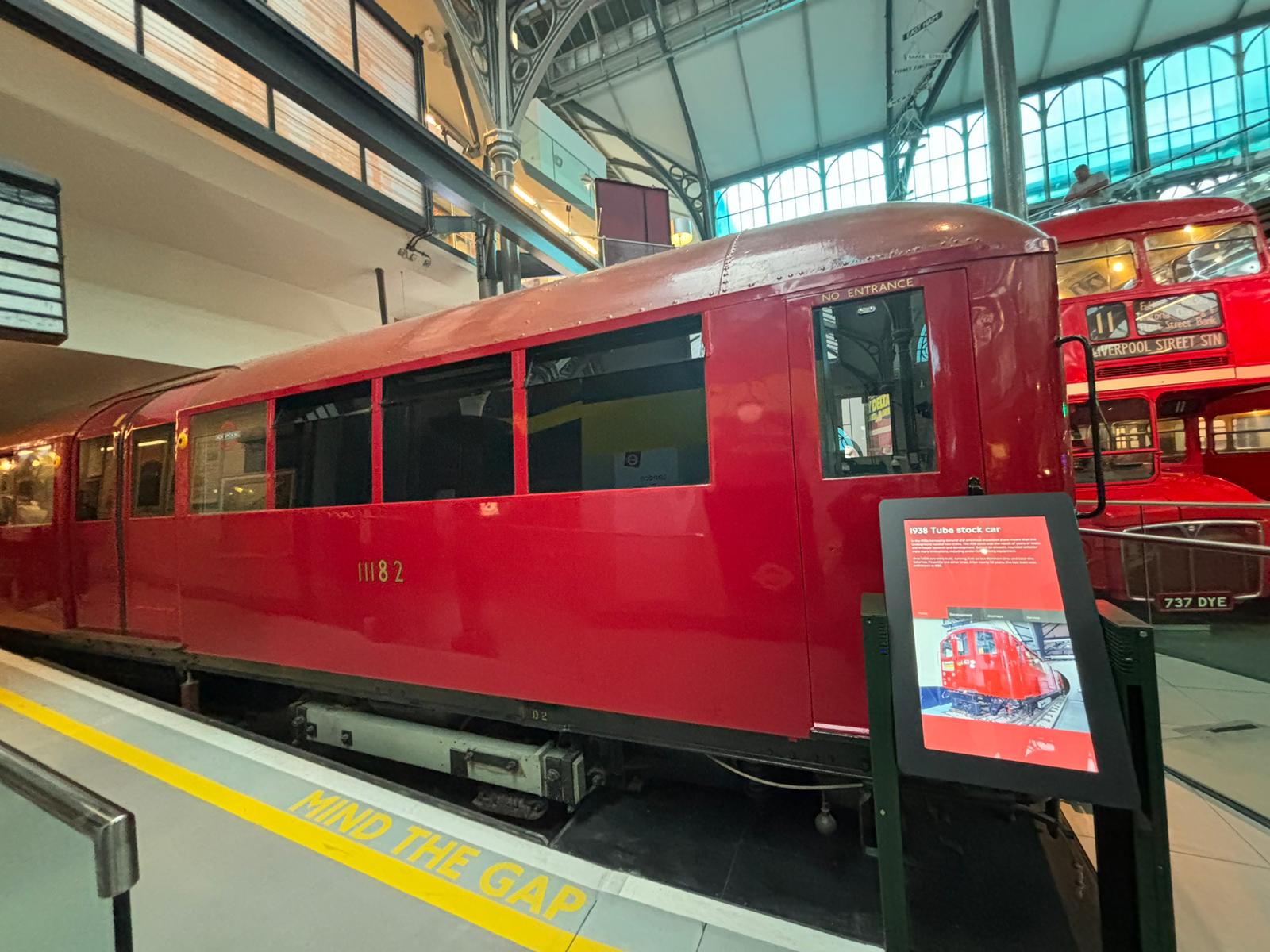
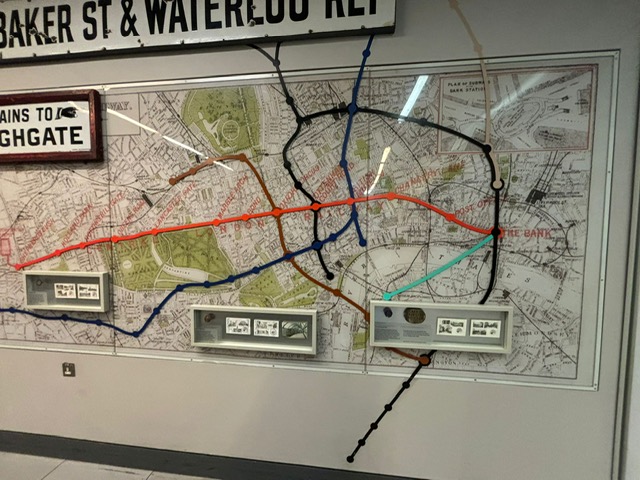
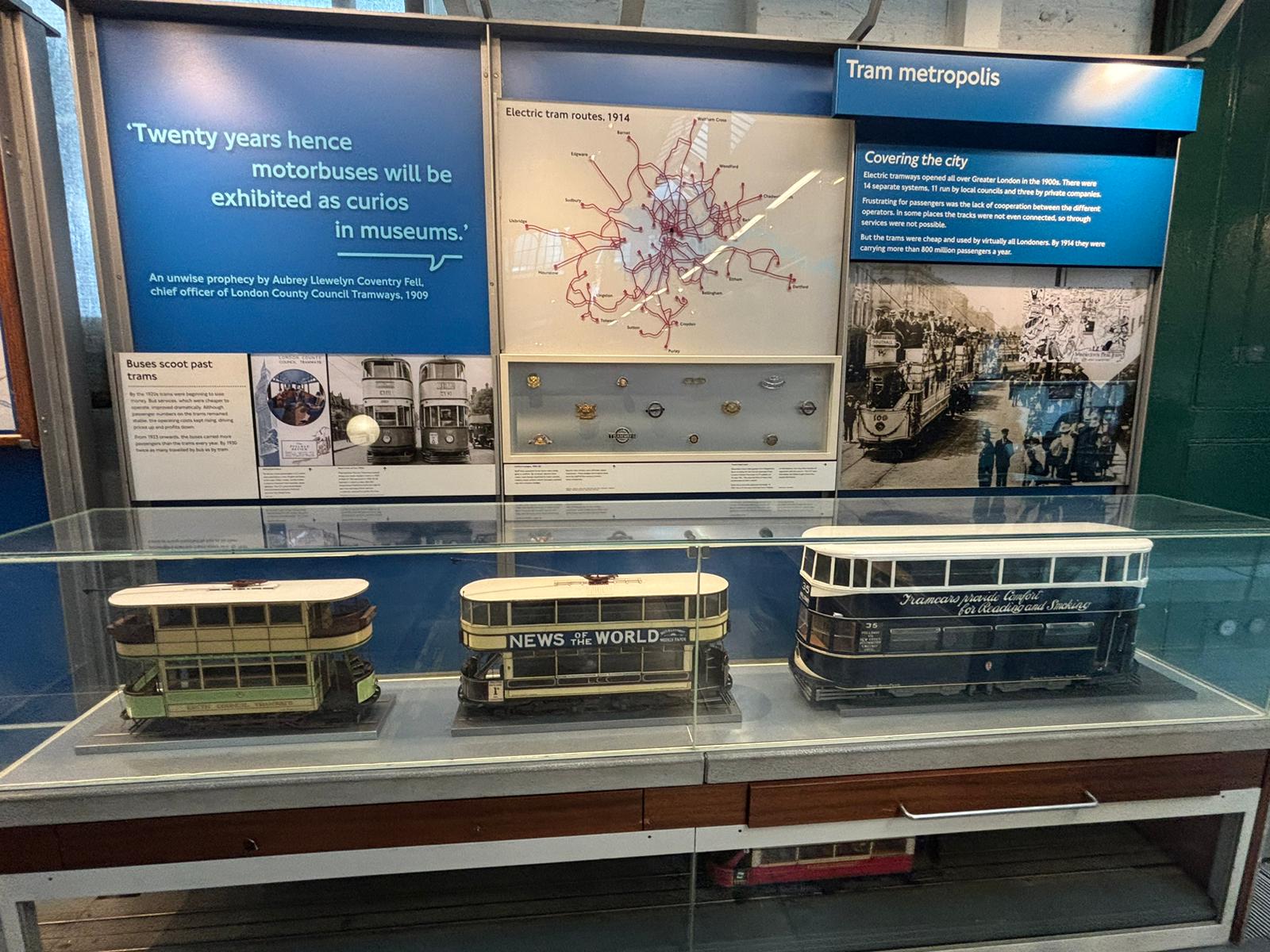
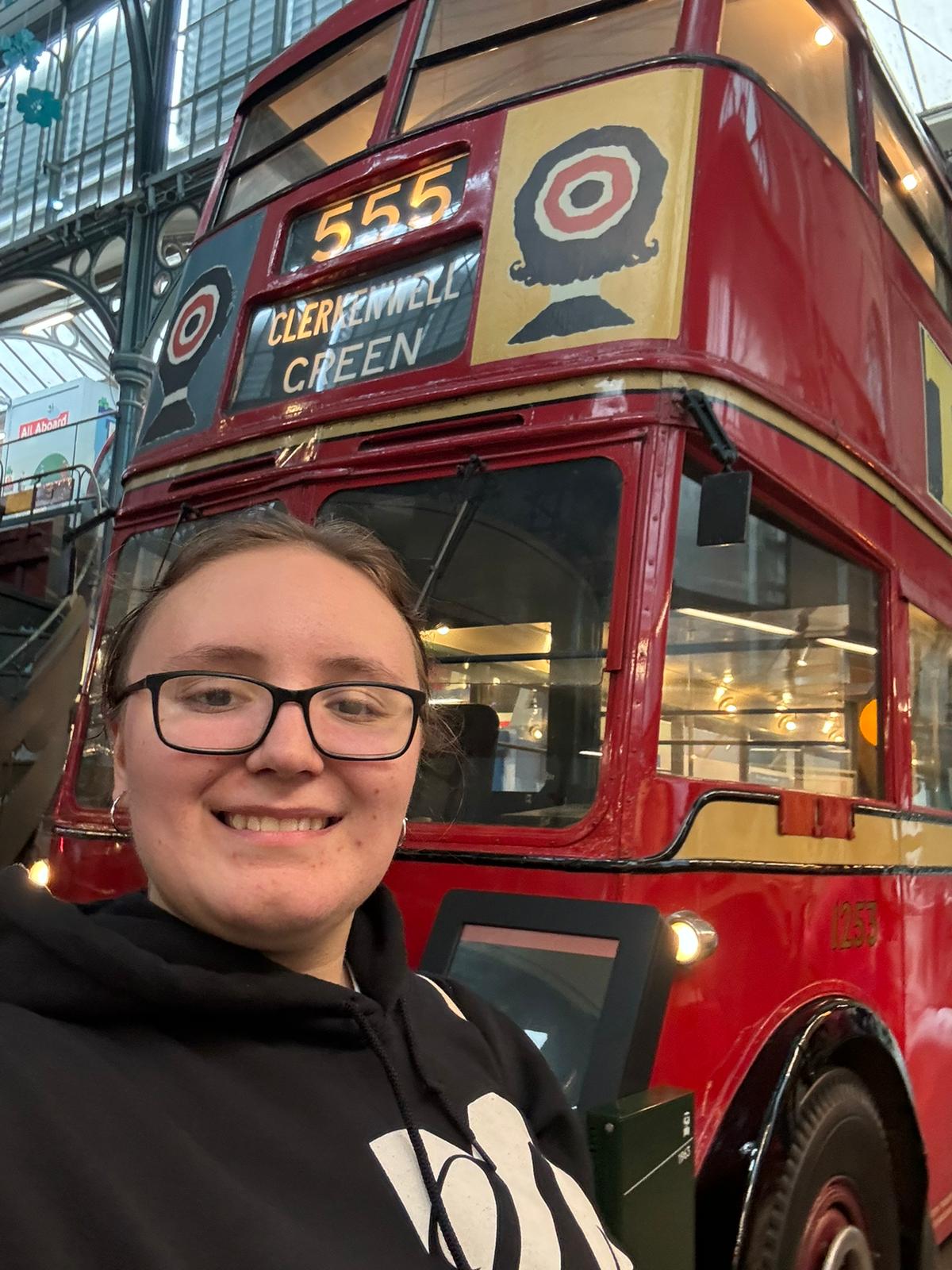
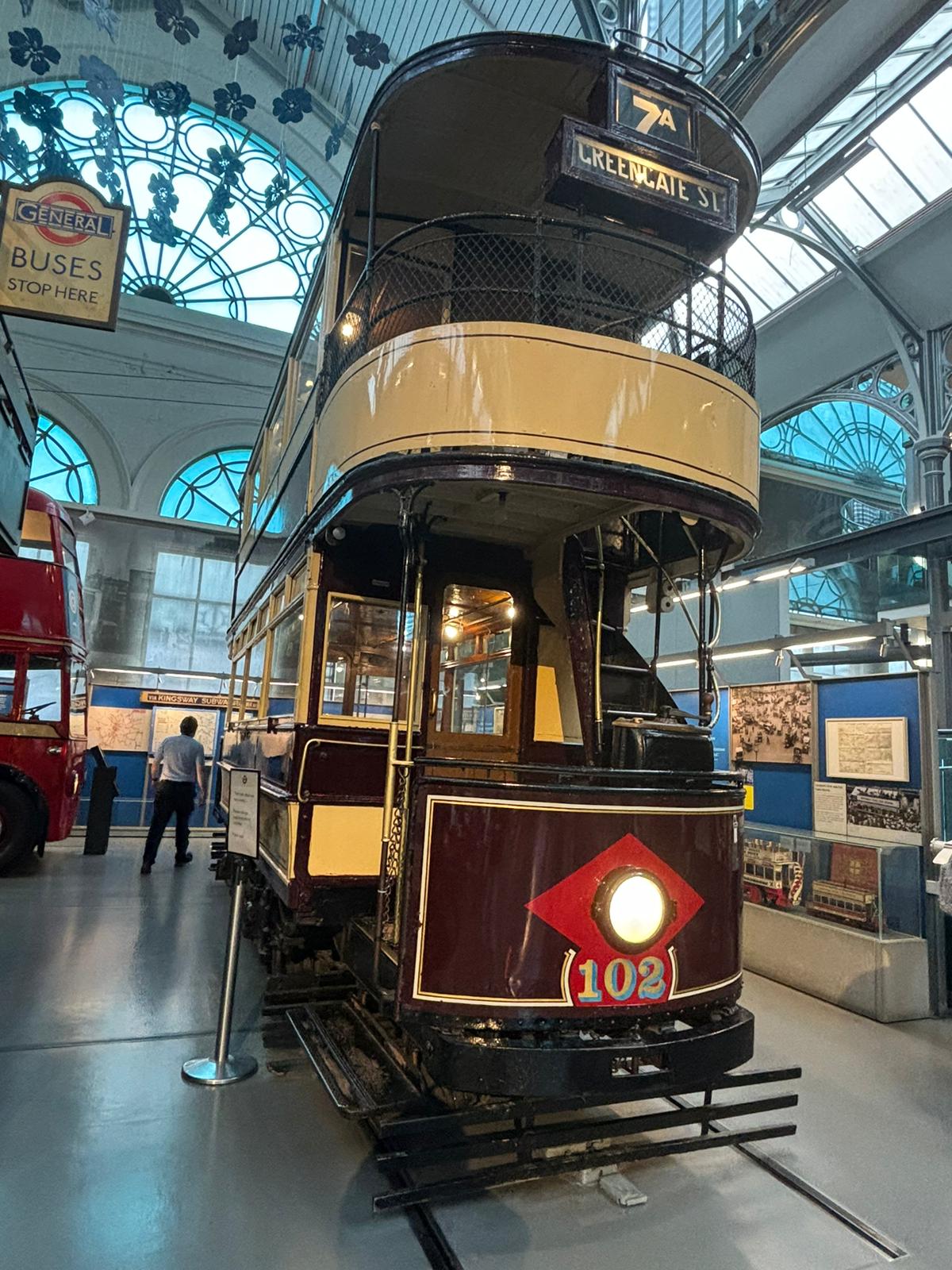
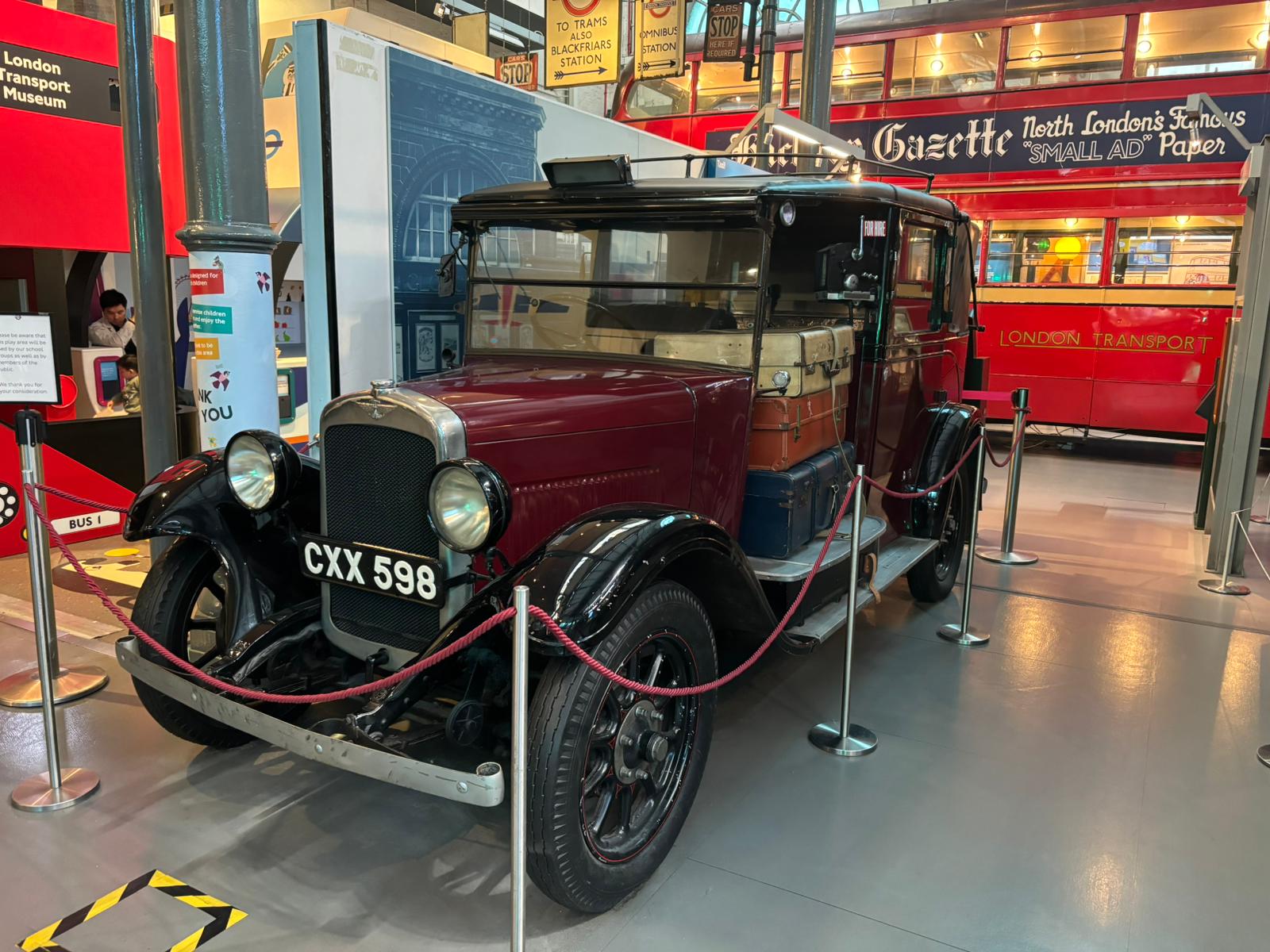
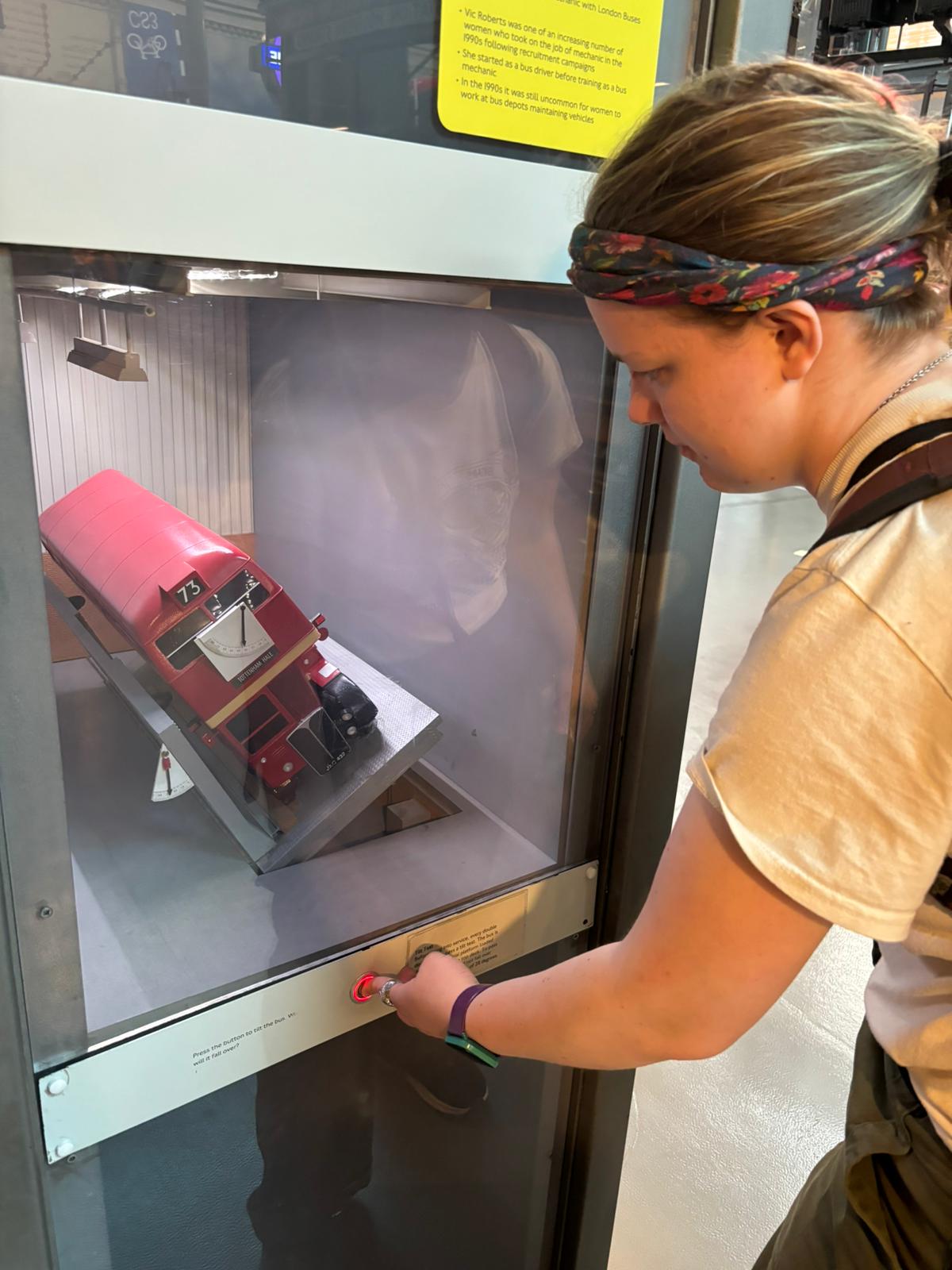
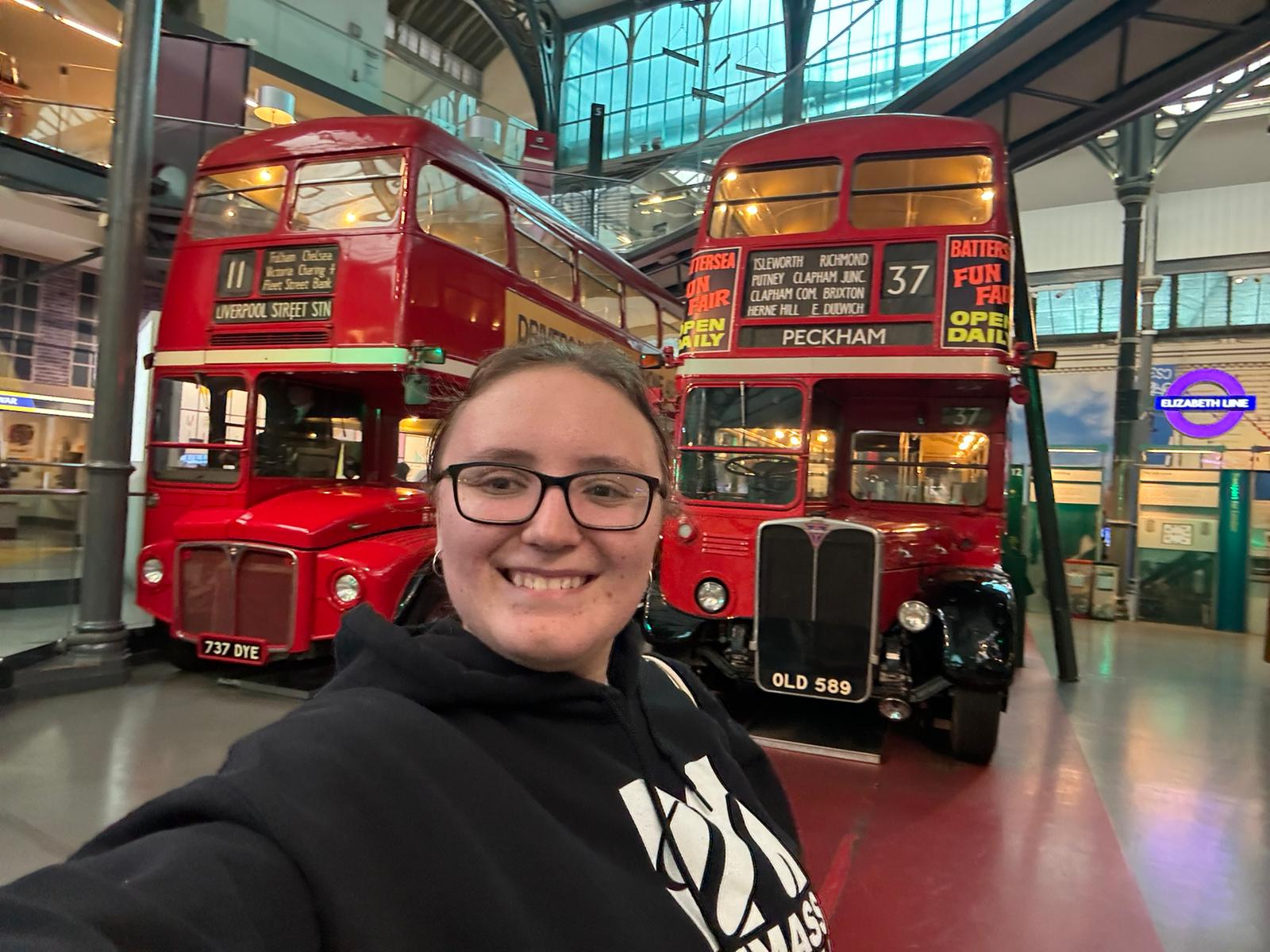
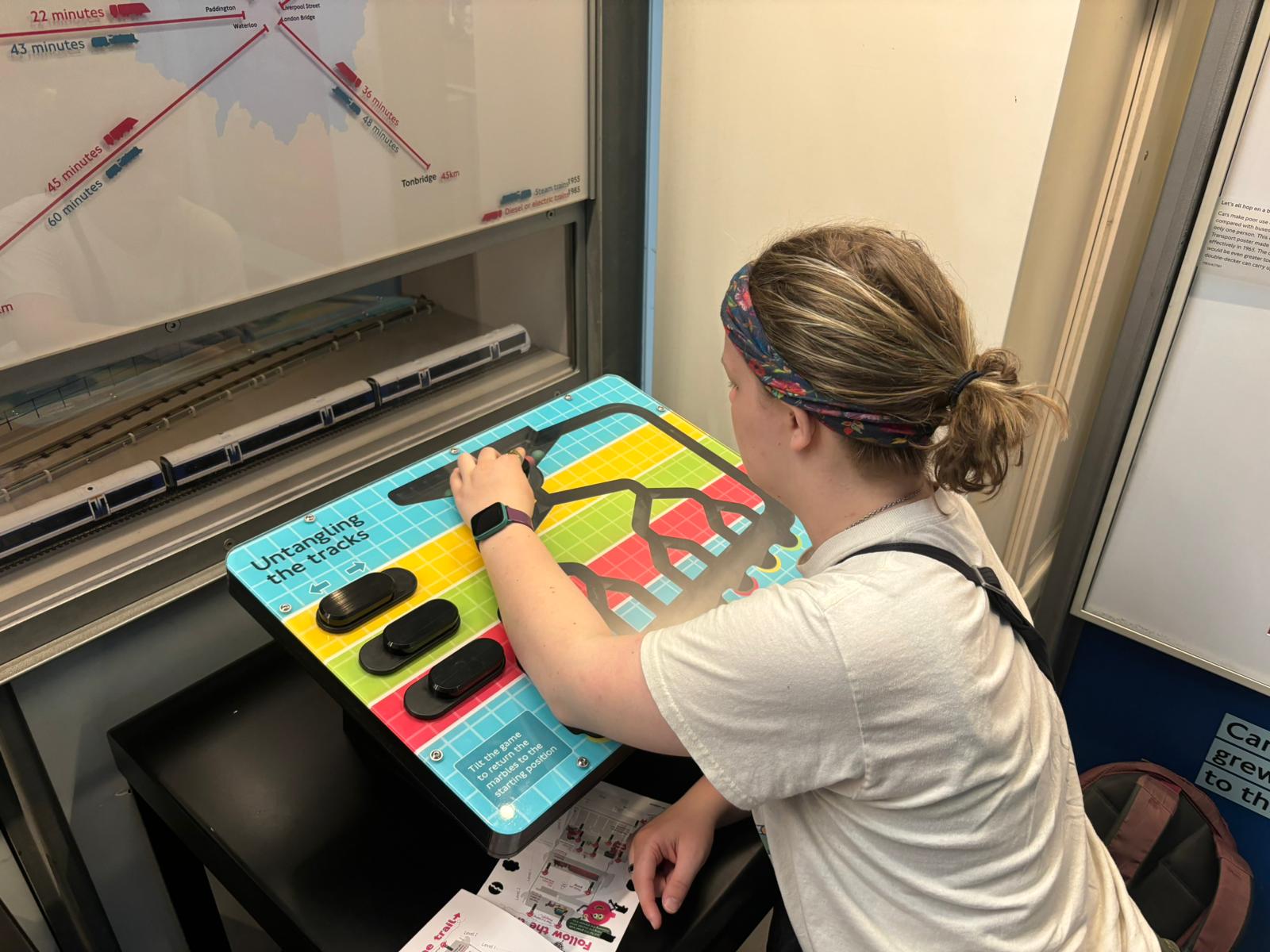

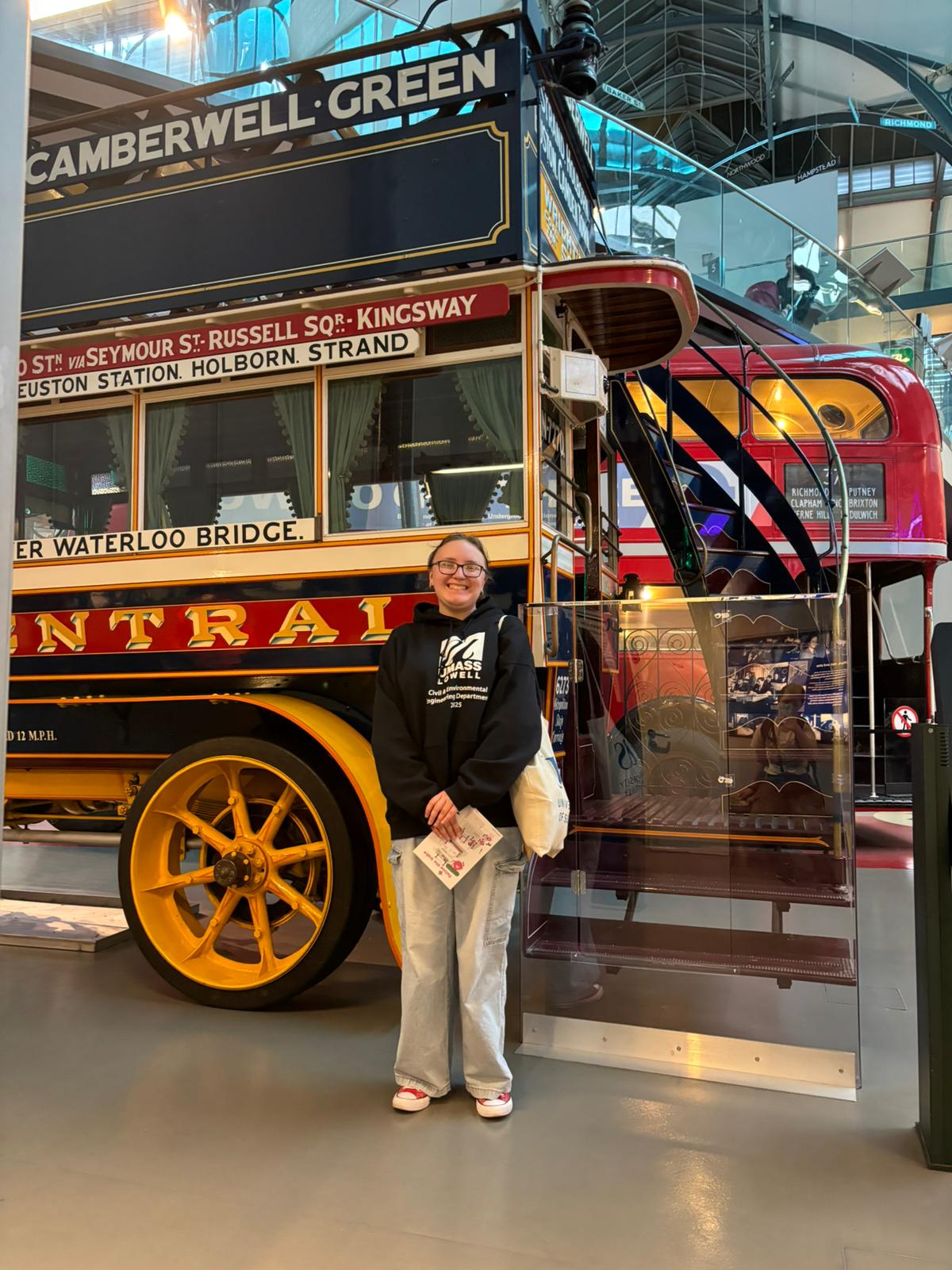
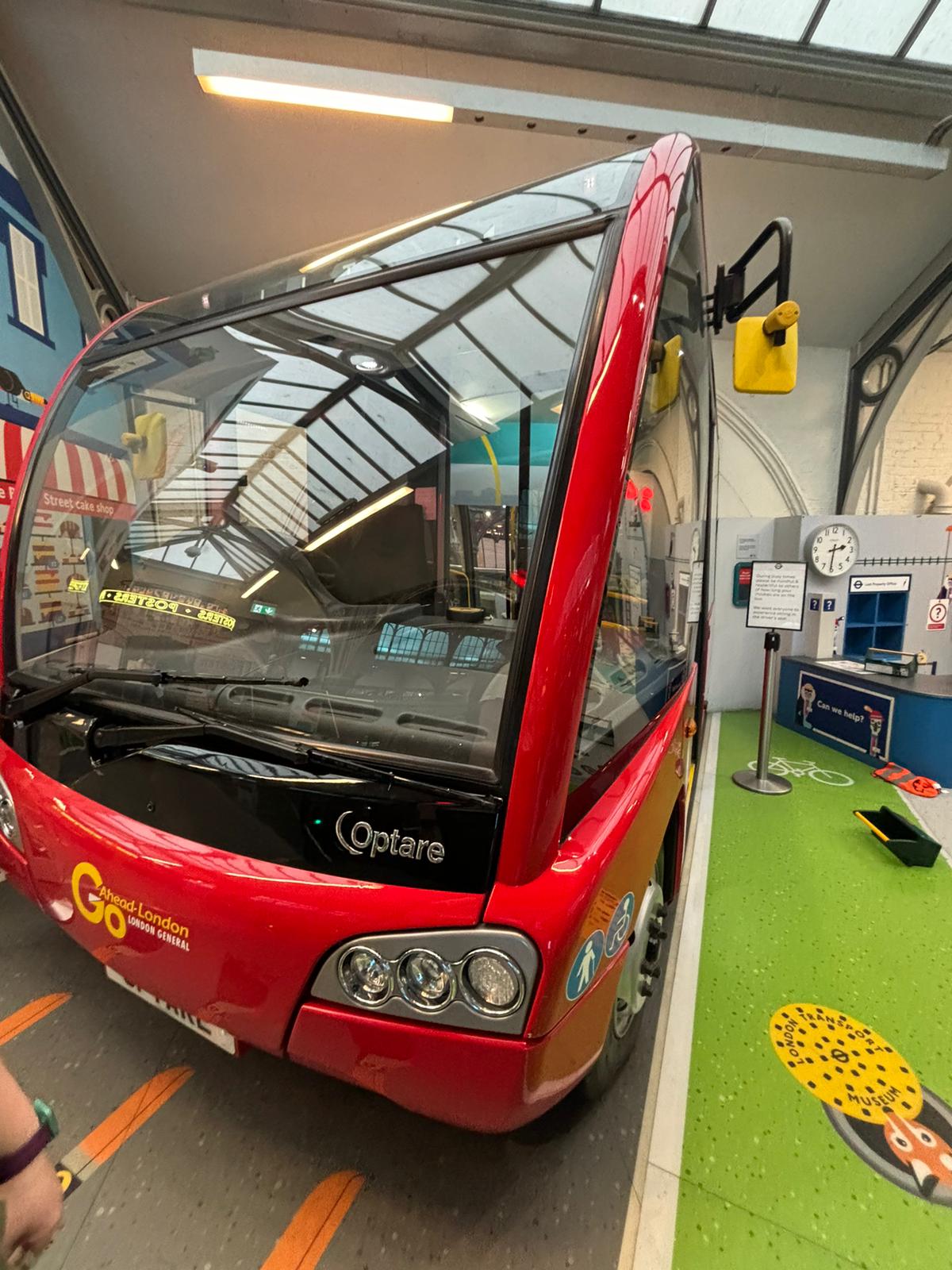
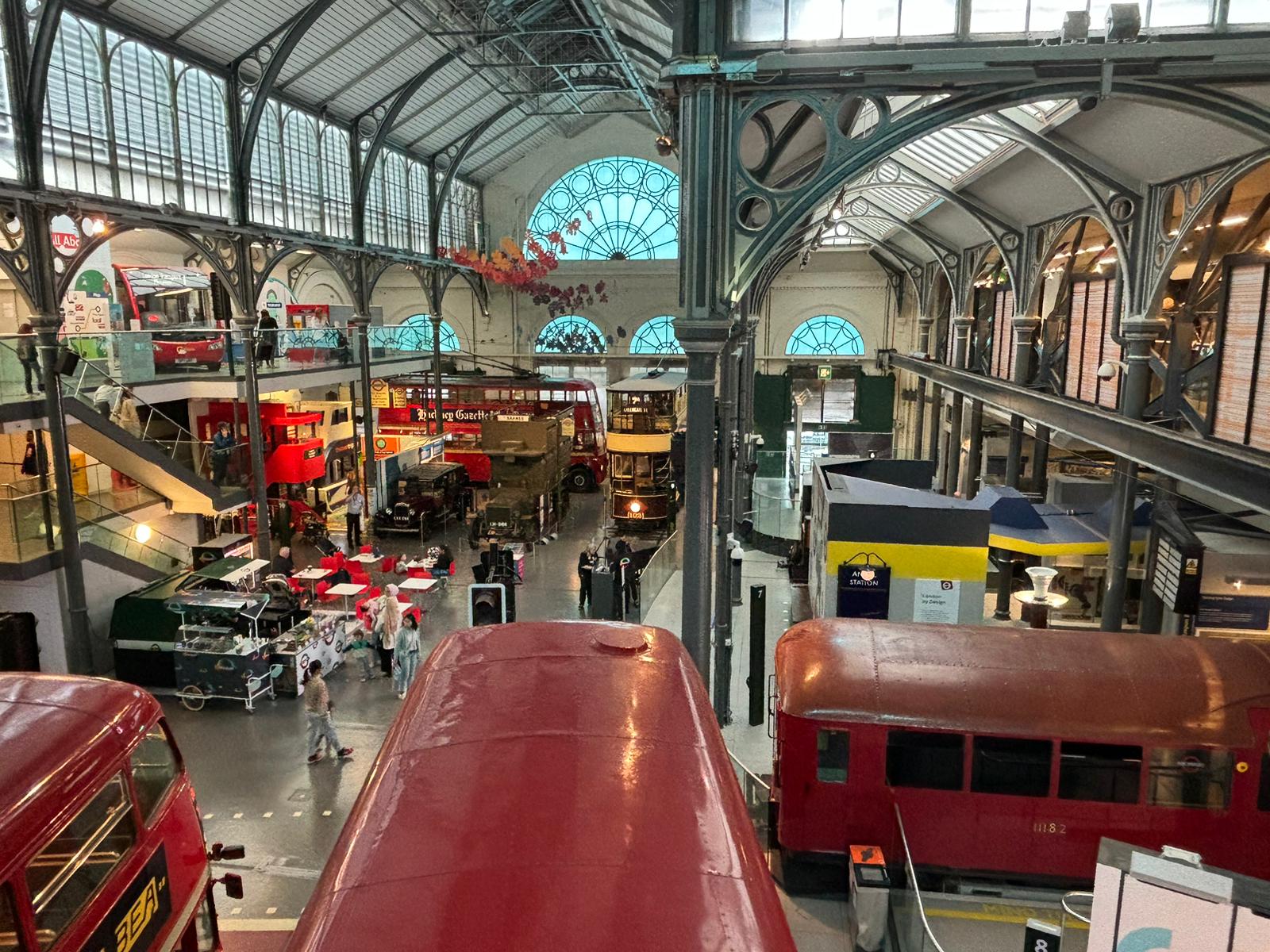
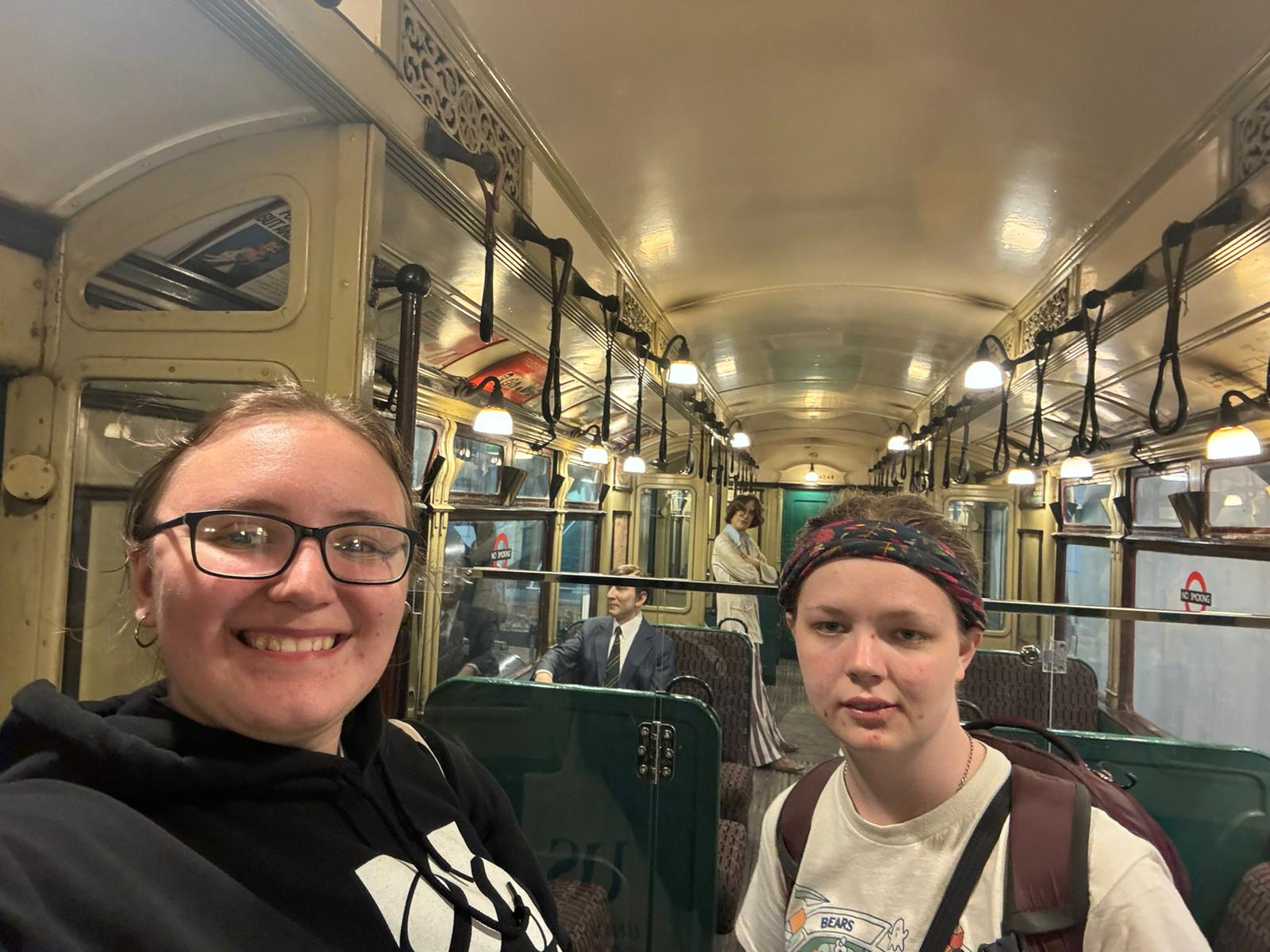
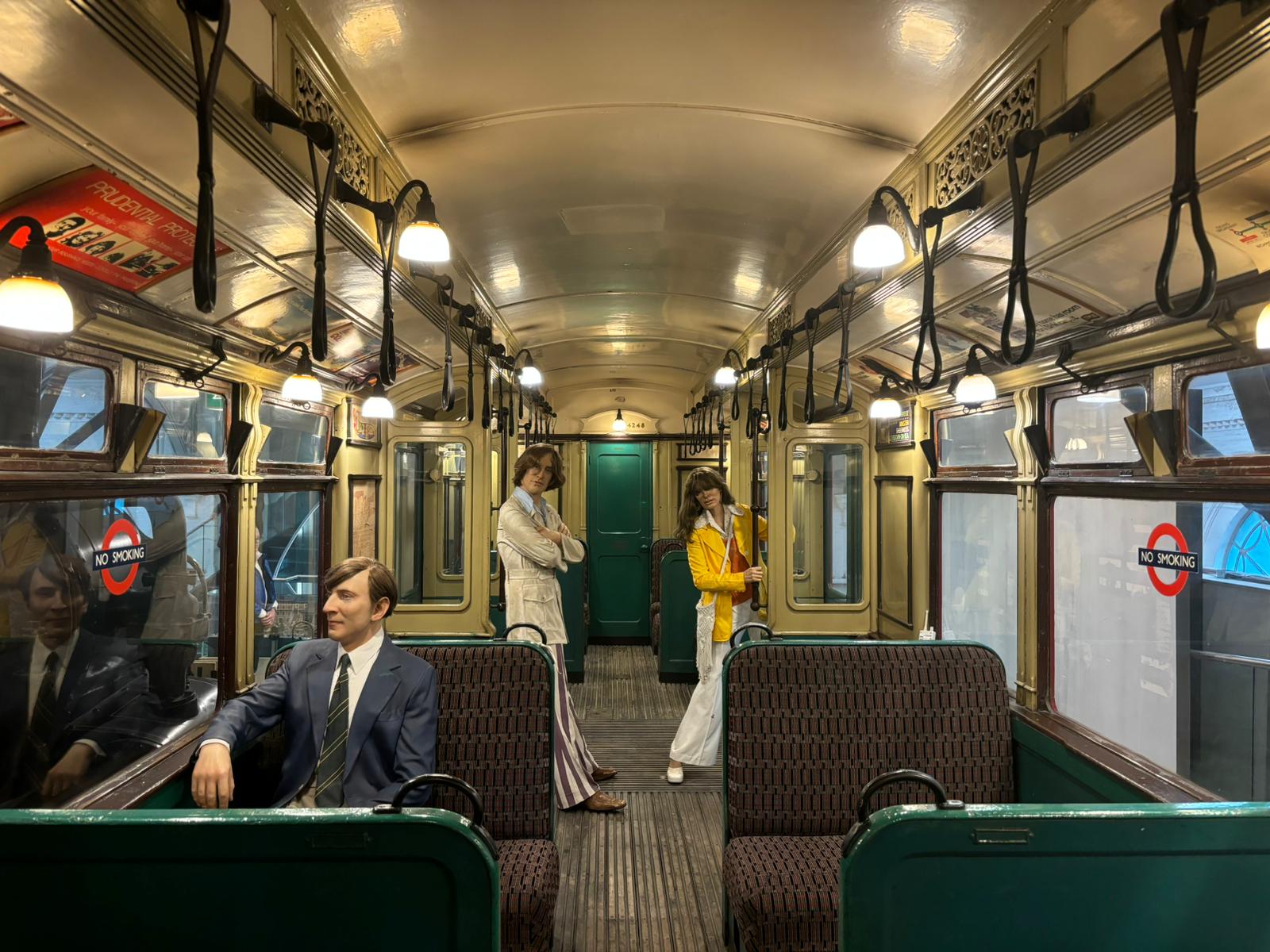
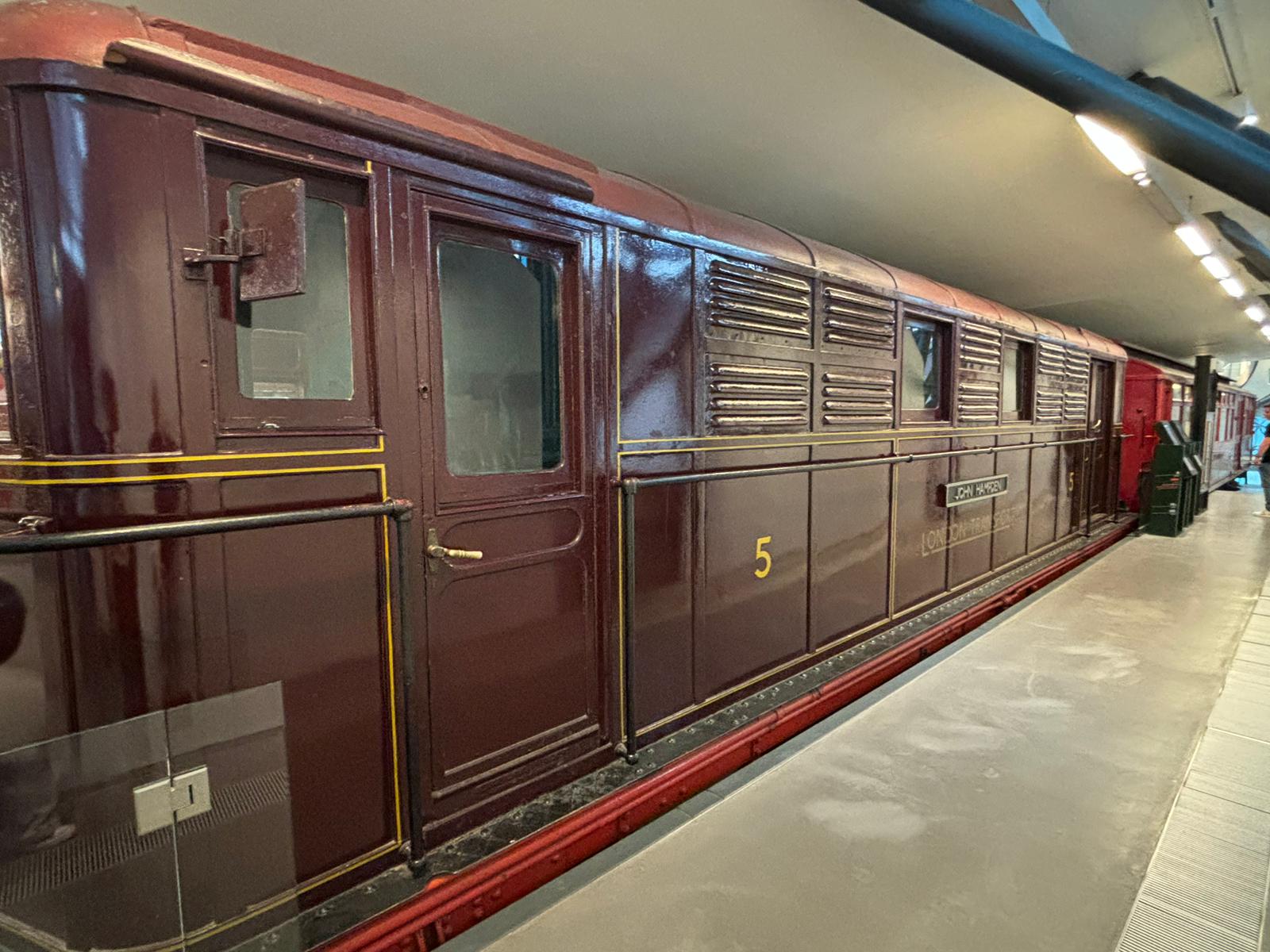
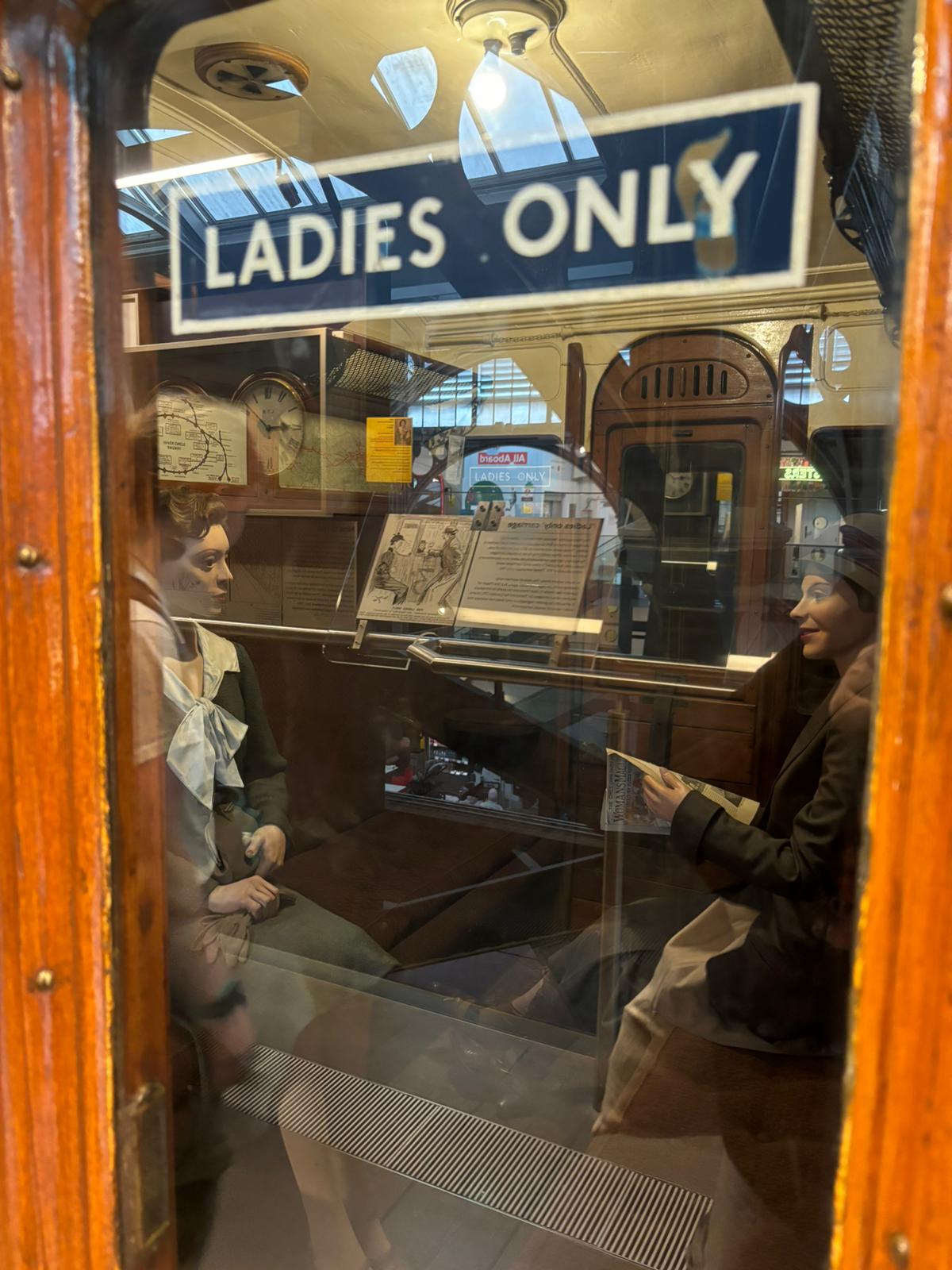
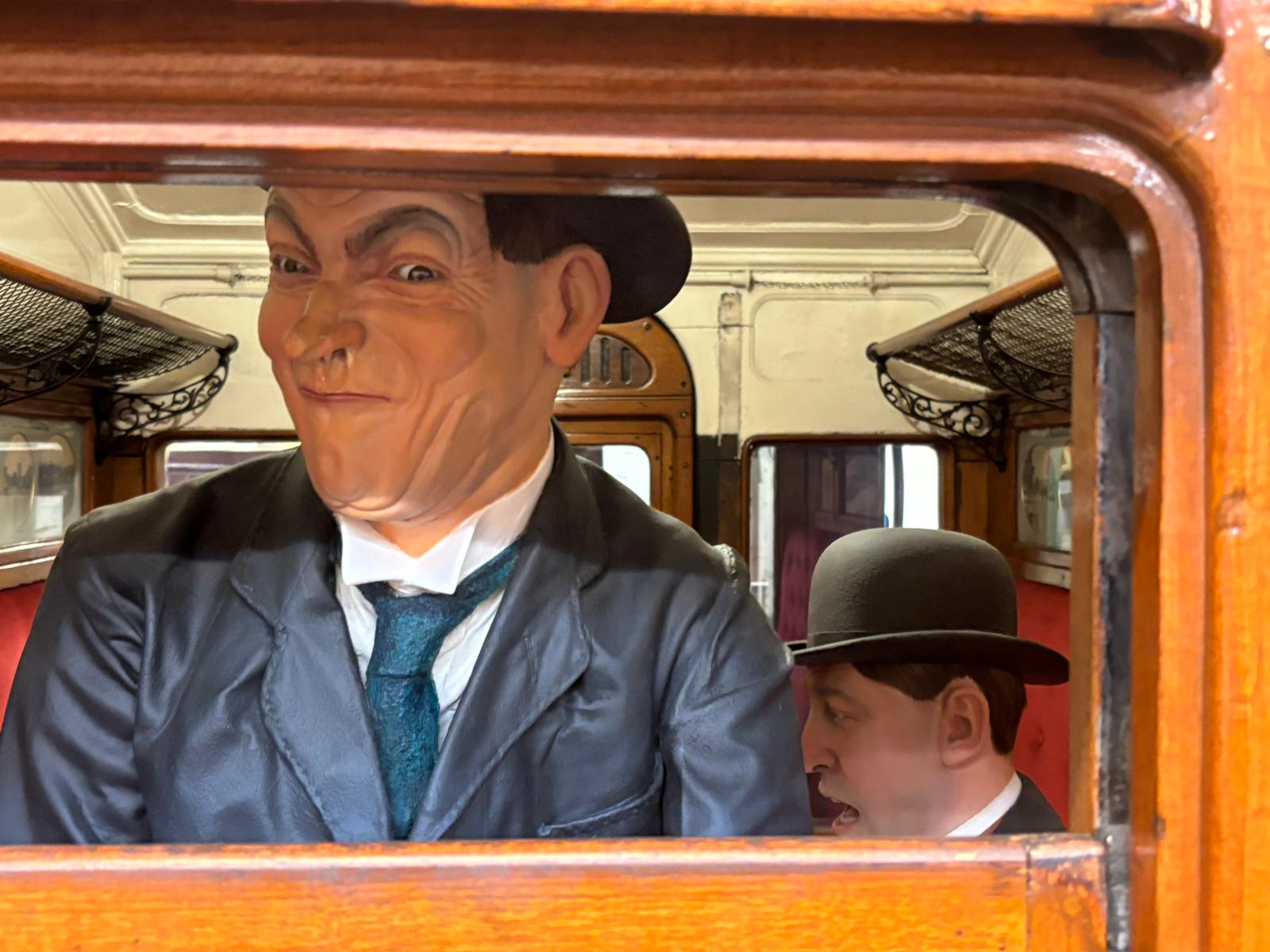
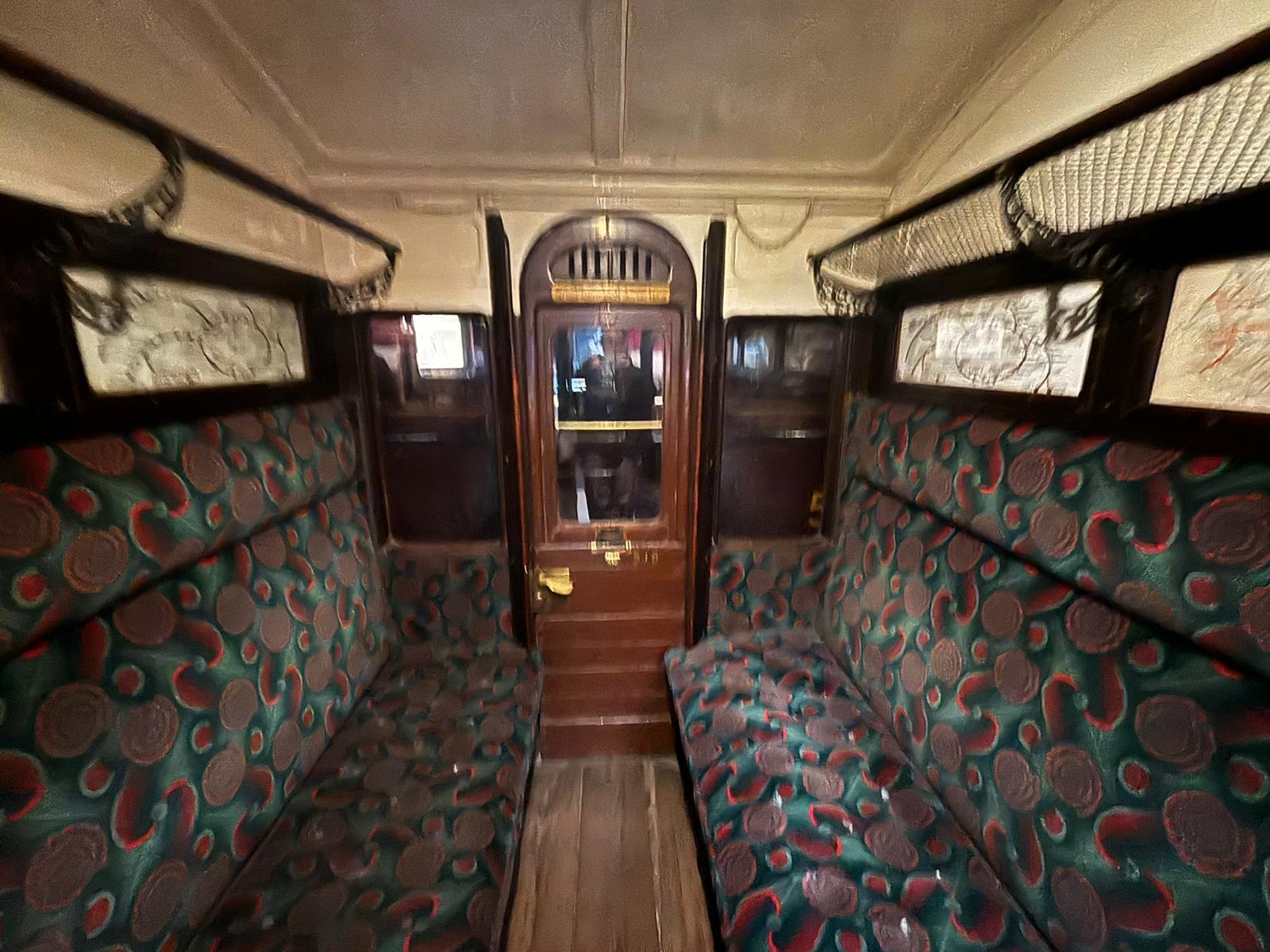
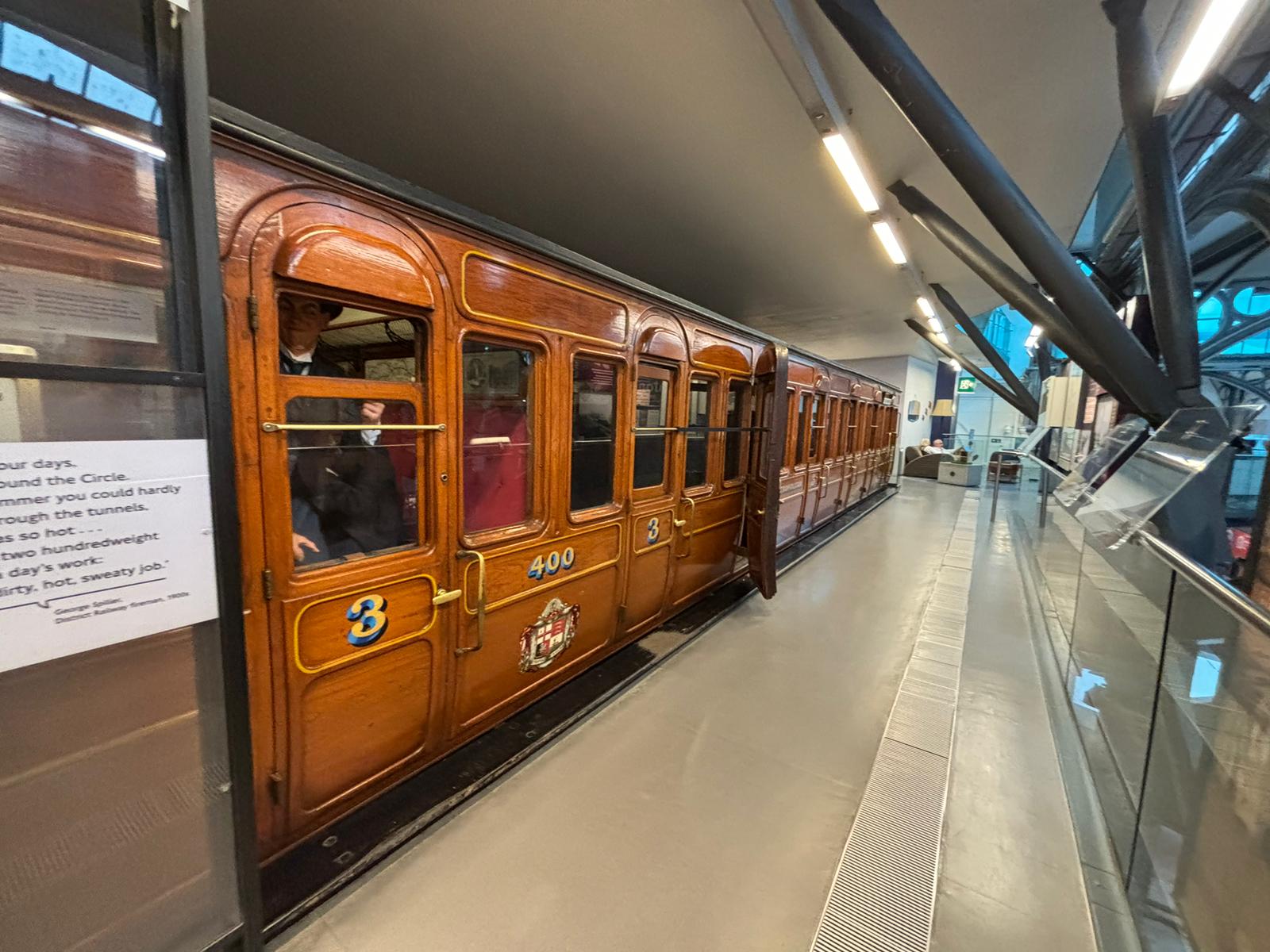
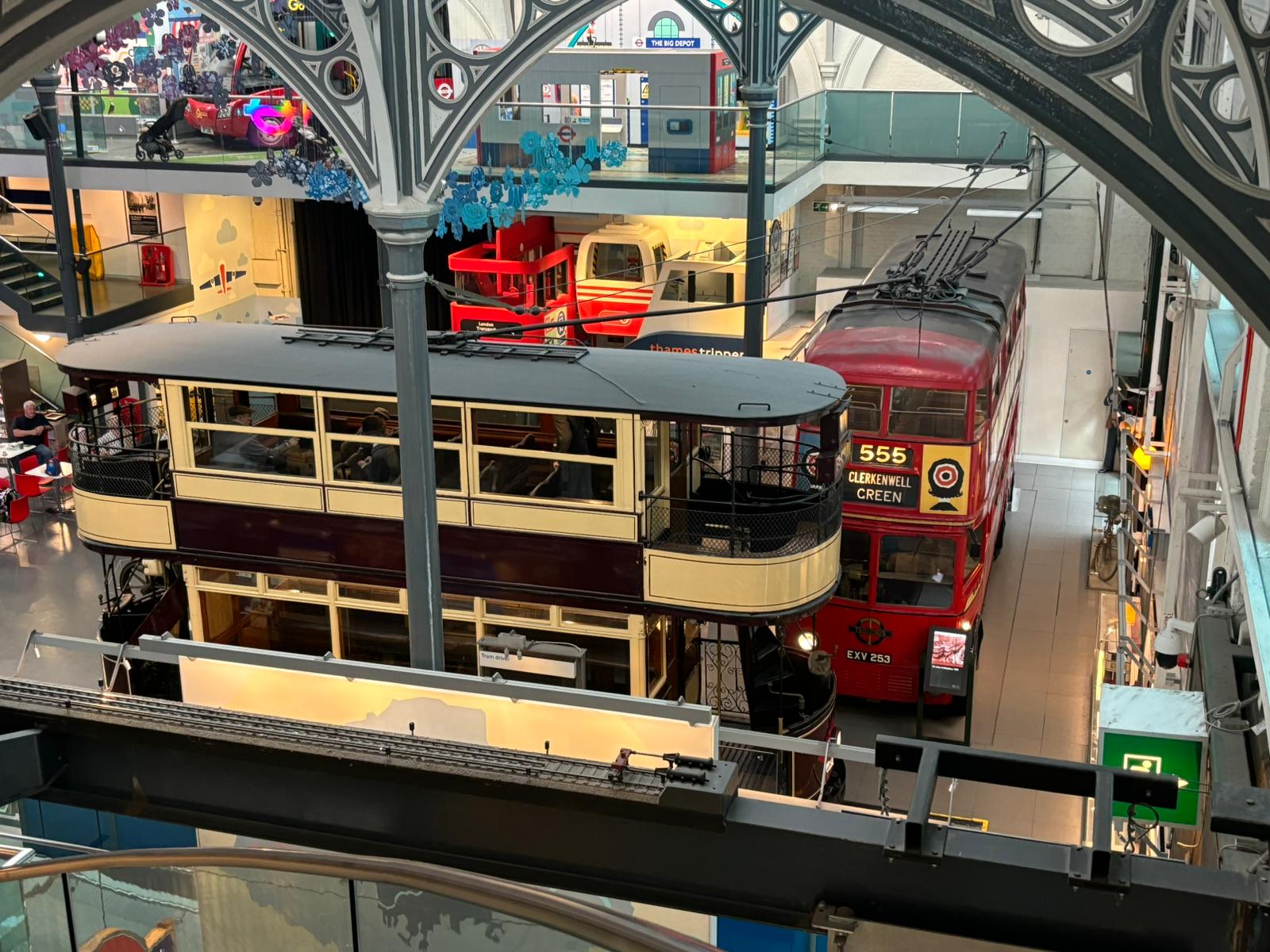
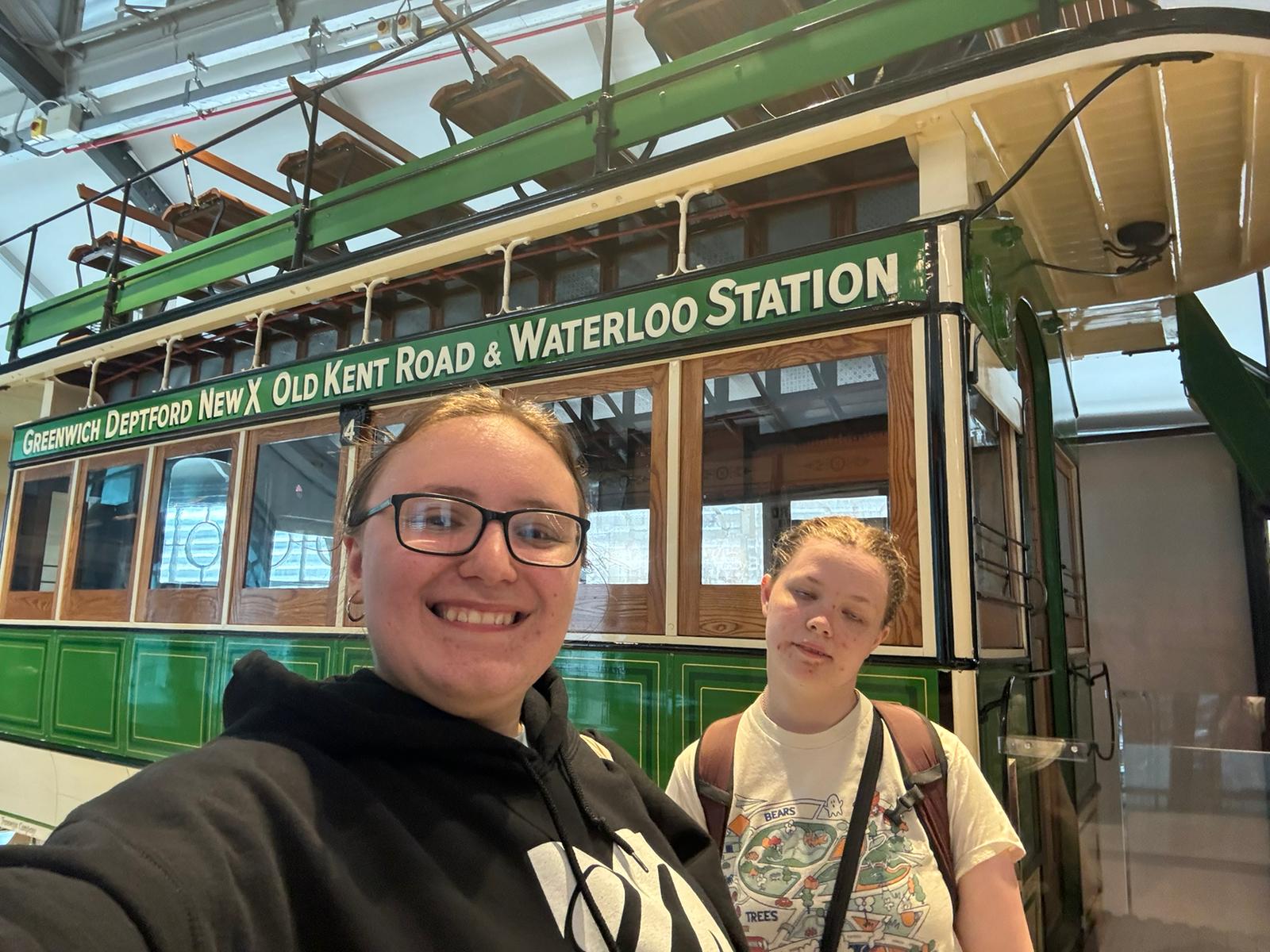
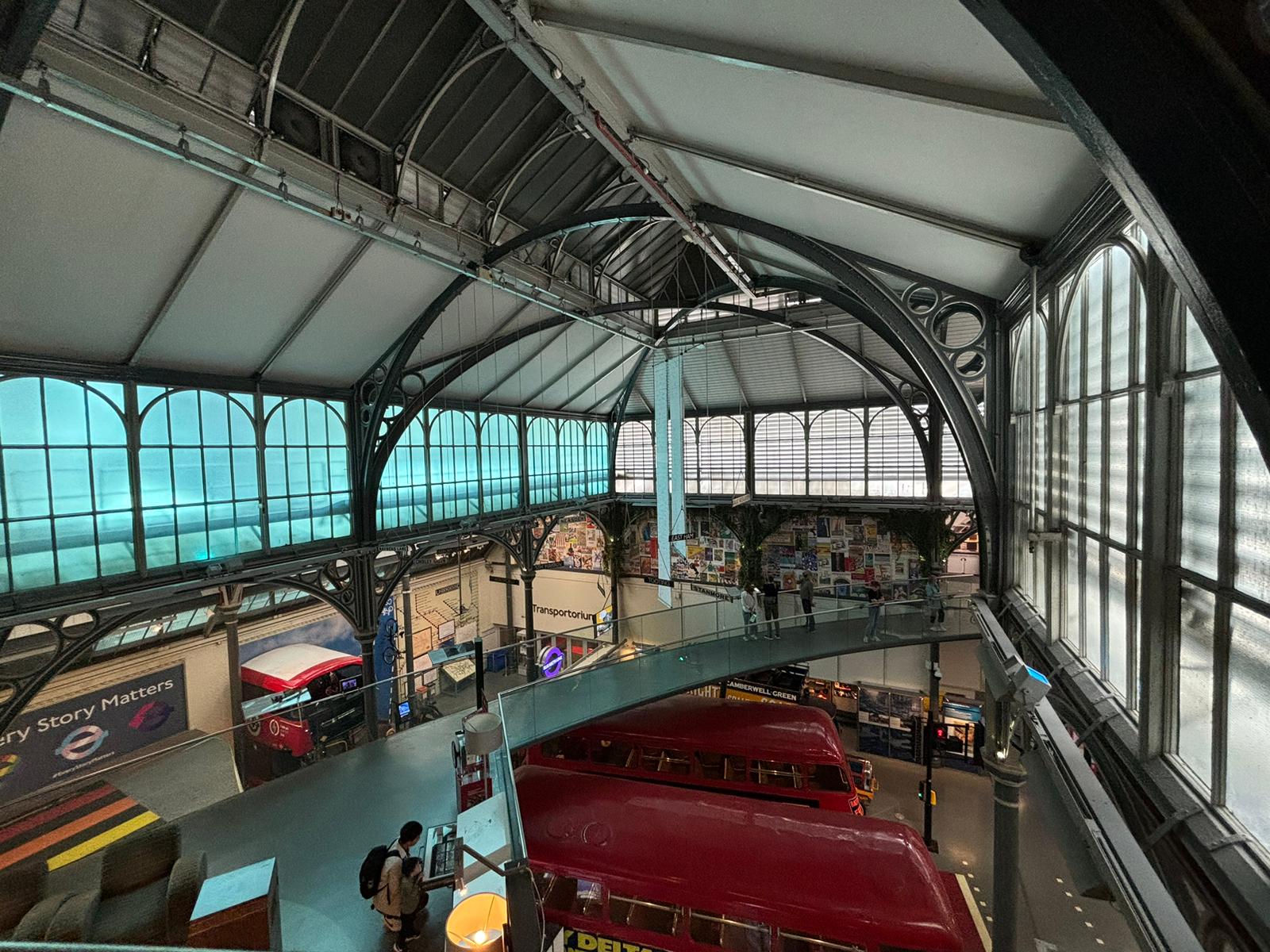
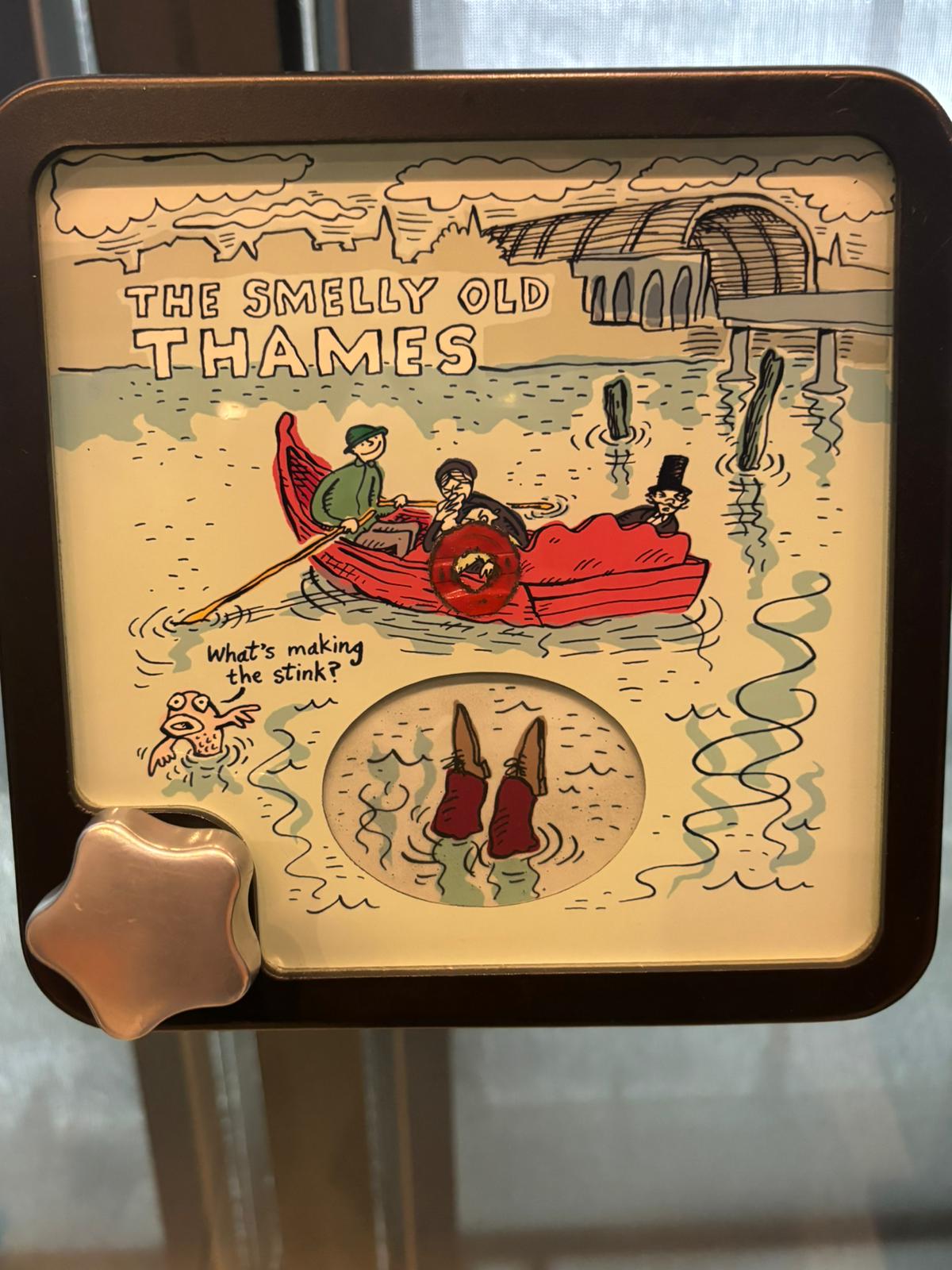
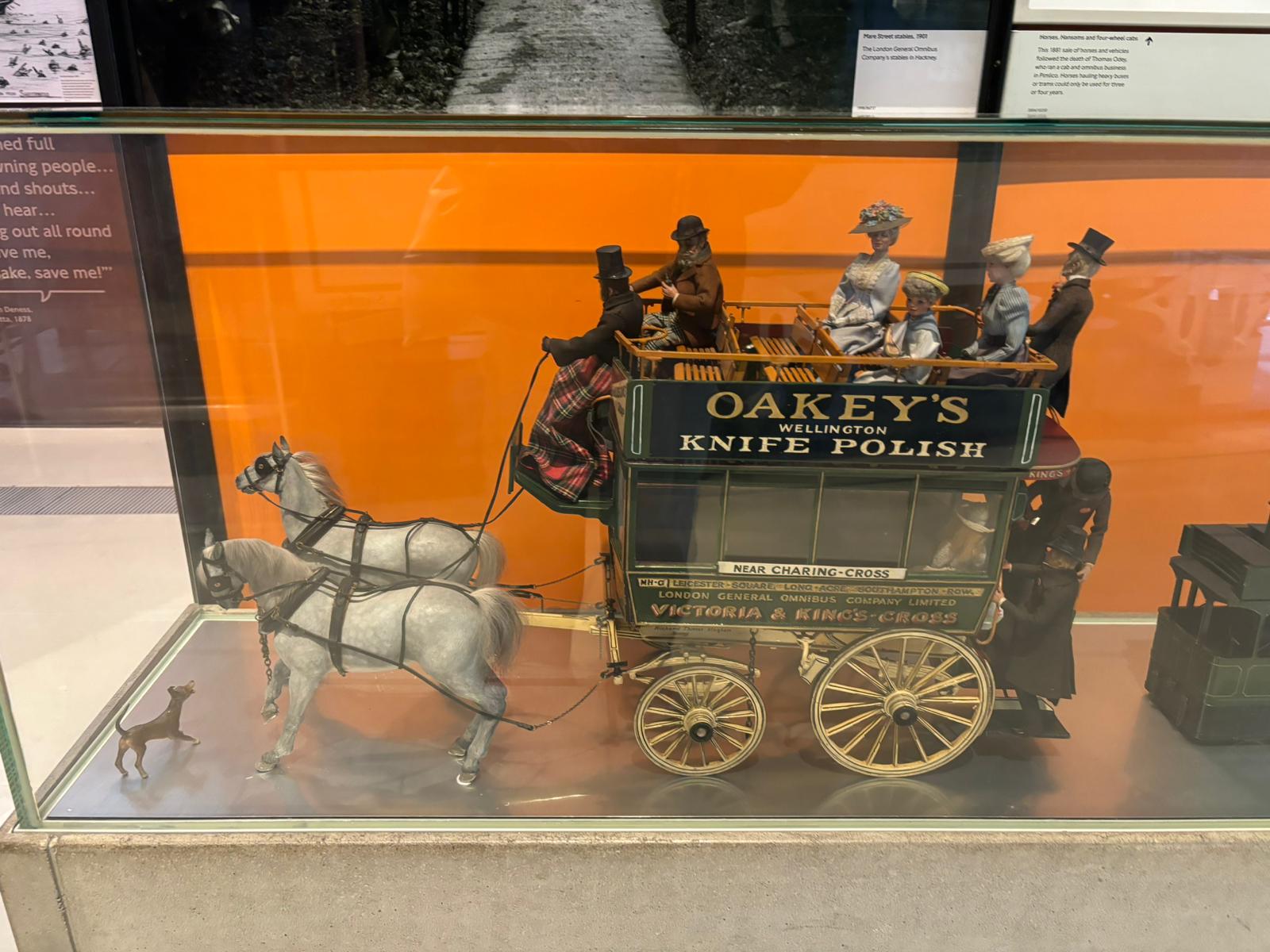
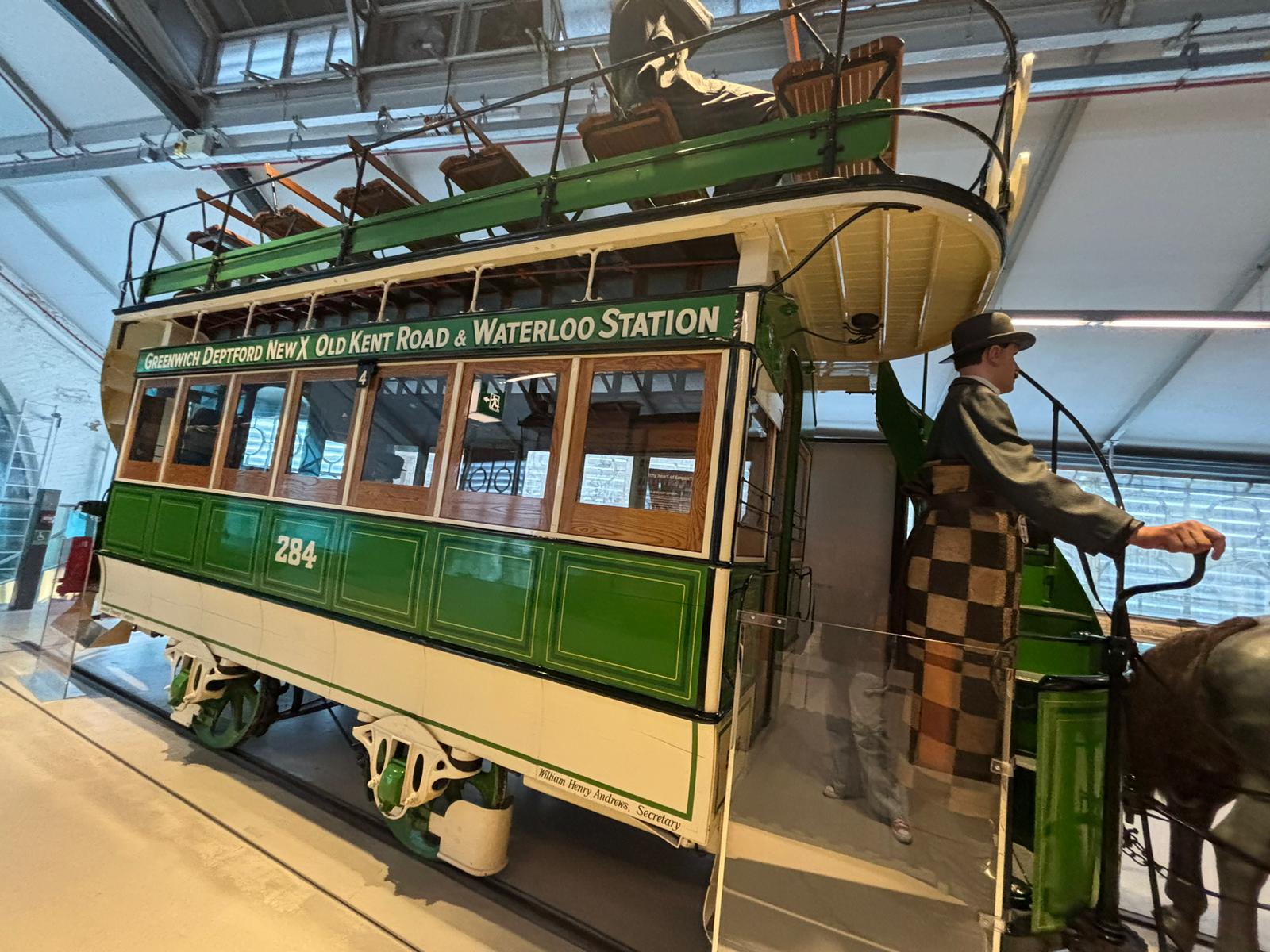
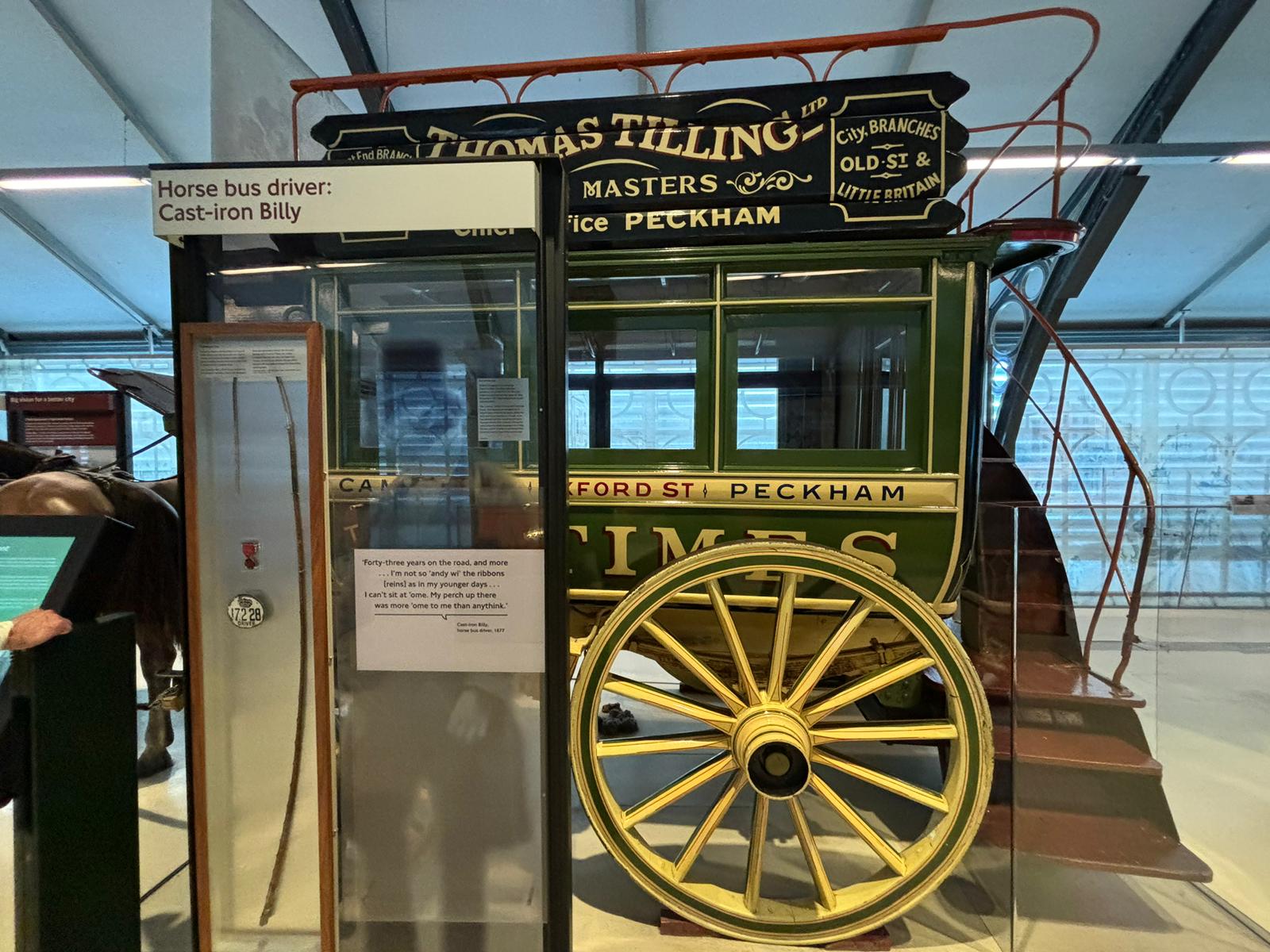
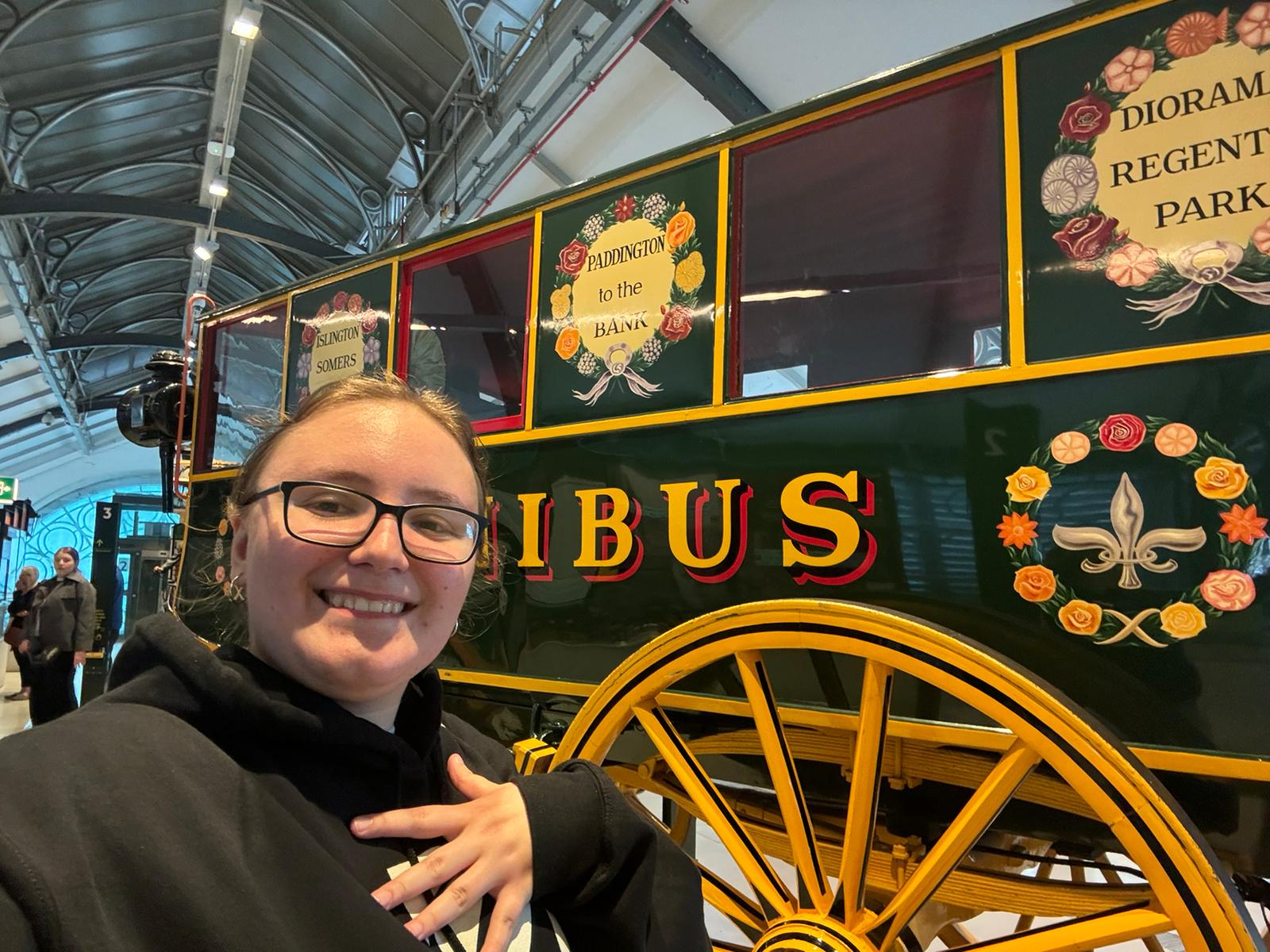
From Covent Garden, I led the group through a maze of bustling streets and narrow alleys, eventually crossing the serene Victoria Embankment Gardens to reach the Embankment. Though it was approaching 4:00 p.m., we still had time to pause for photos and soak in the surroundings.
The Victoria Embankment Gardens, established in the 1870s, are a testament to Victorian urban planning. Part of Sir Joseph Bazalgette’s grand scheme to modernize London’s sewer system and alleviate traffic congestion, these gardens were created on reclaimed land from the Thames. They offer a peaceful retreat amidst the city’s hustle, adorned with statues and memorials. Notable among these is the York Watergate, built in 1626 as a river entrance for the Duke of Buckingham’s mansion. Now situated over 100 meters from the river, it serves as a poignant reminder of the Thames’ historical breadth.
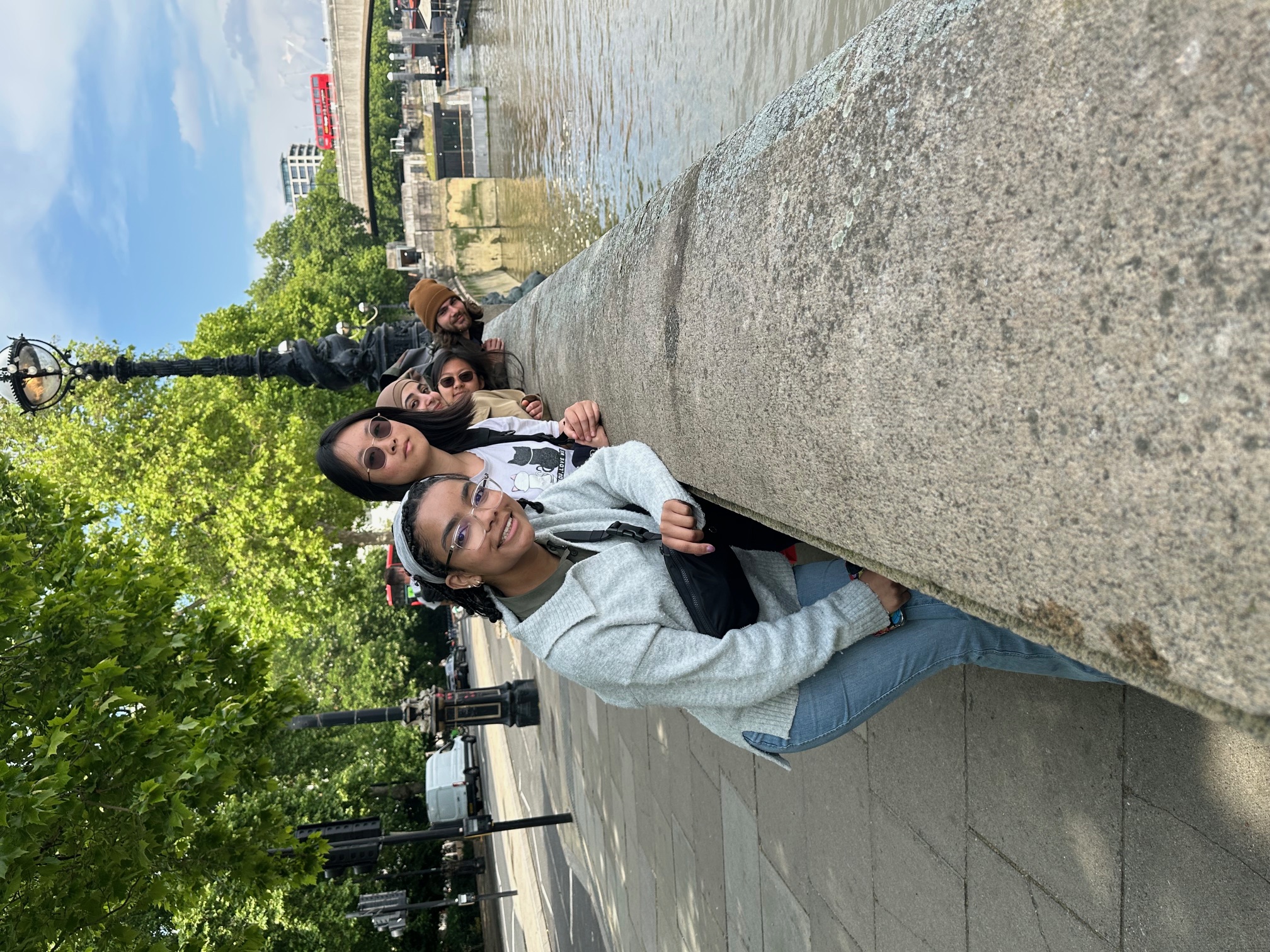
As we continued along the Embankment, we encountered Cleopatra’s Needle, an ancient Egyptian obelisk that stands as one of London’s oldest monuments. Erected around 1450 BC in Heliopolis for Pharaoh Thutmose III, it was later moved to Alexandria and eventually gifted to Britain in 1819. However, it wasn’t until 1878 that it was erected in London, following a perilous sea journey that nearly ended in disaster. Flanked by two bronze sphinxes, the obelisk bears inscriptions honoring Thutmose III and Ramesses II. Interestingly, the sphinxes appear to be gazing at the Needle rather than guarding it, due to their reversed installation.
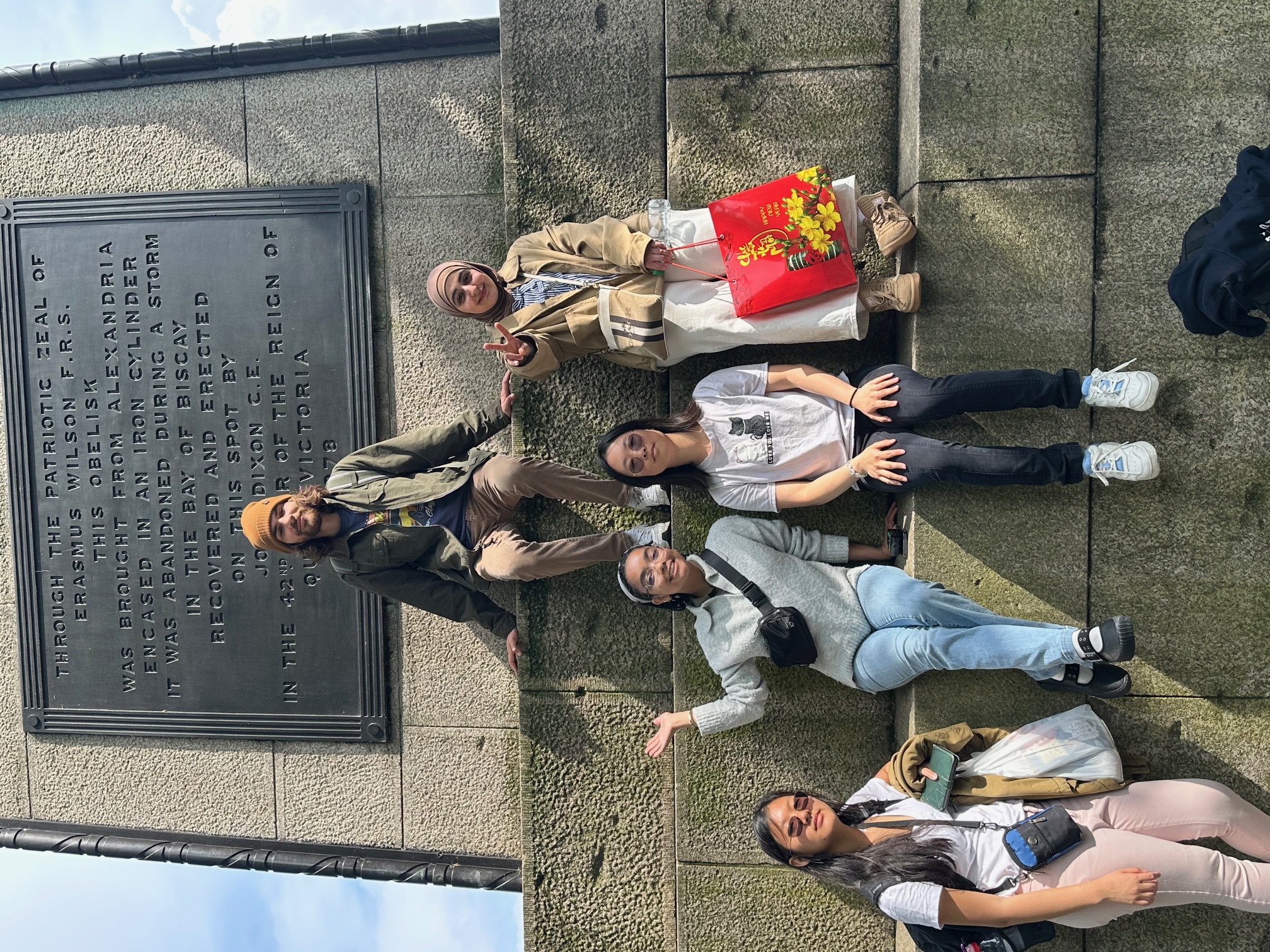
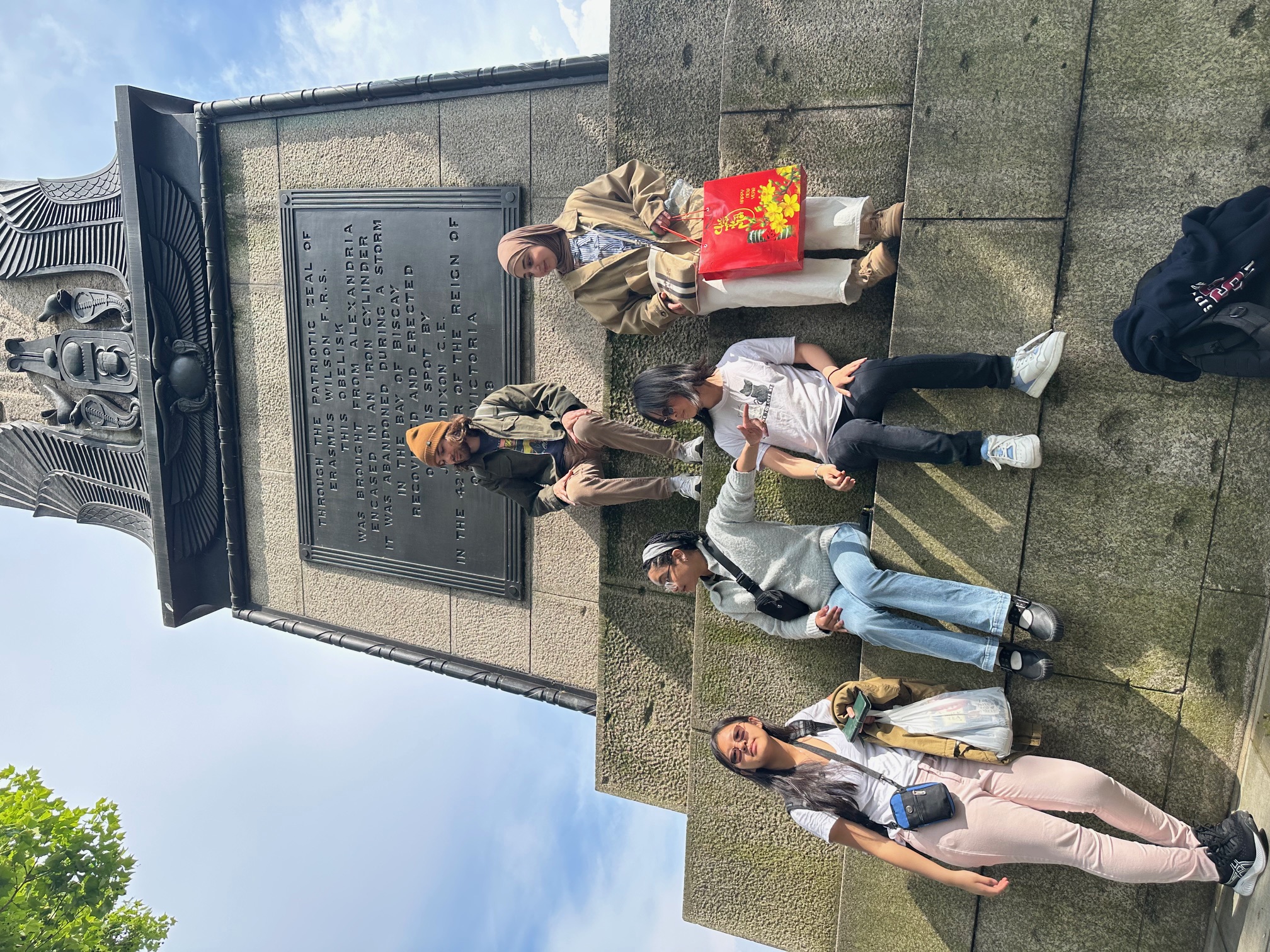
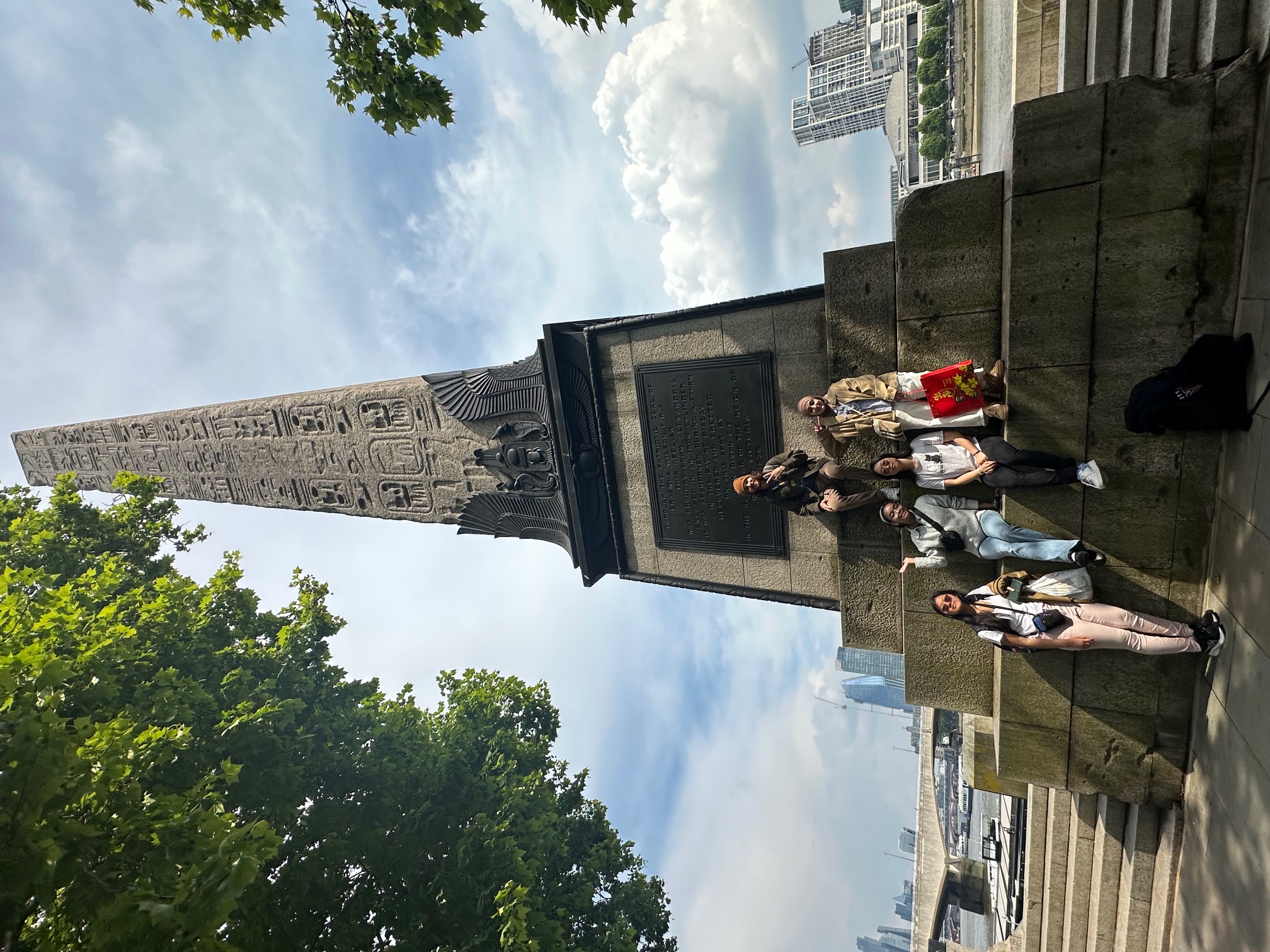
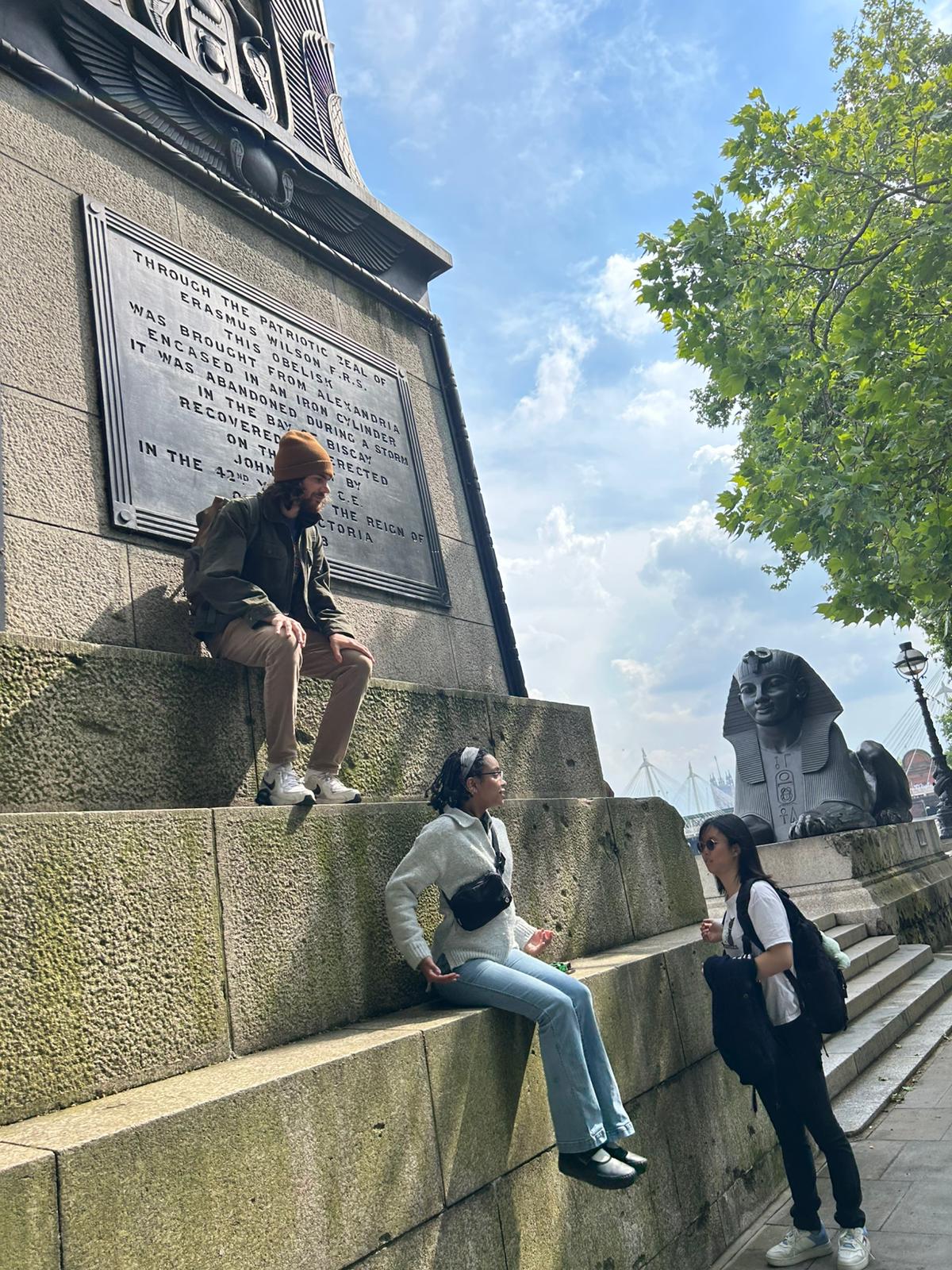
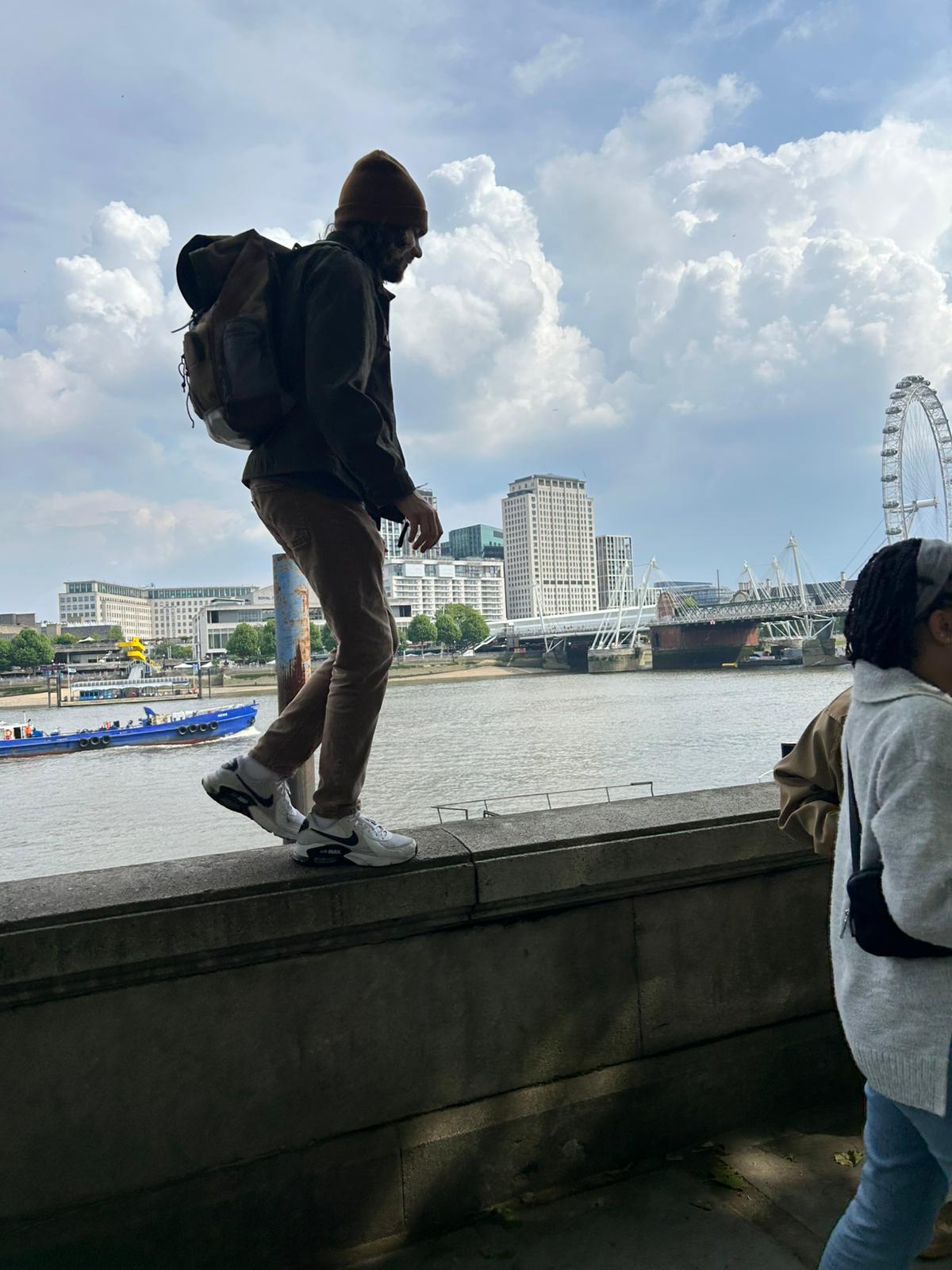
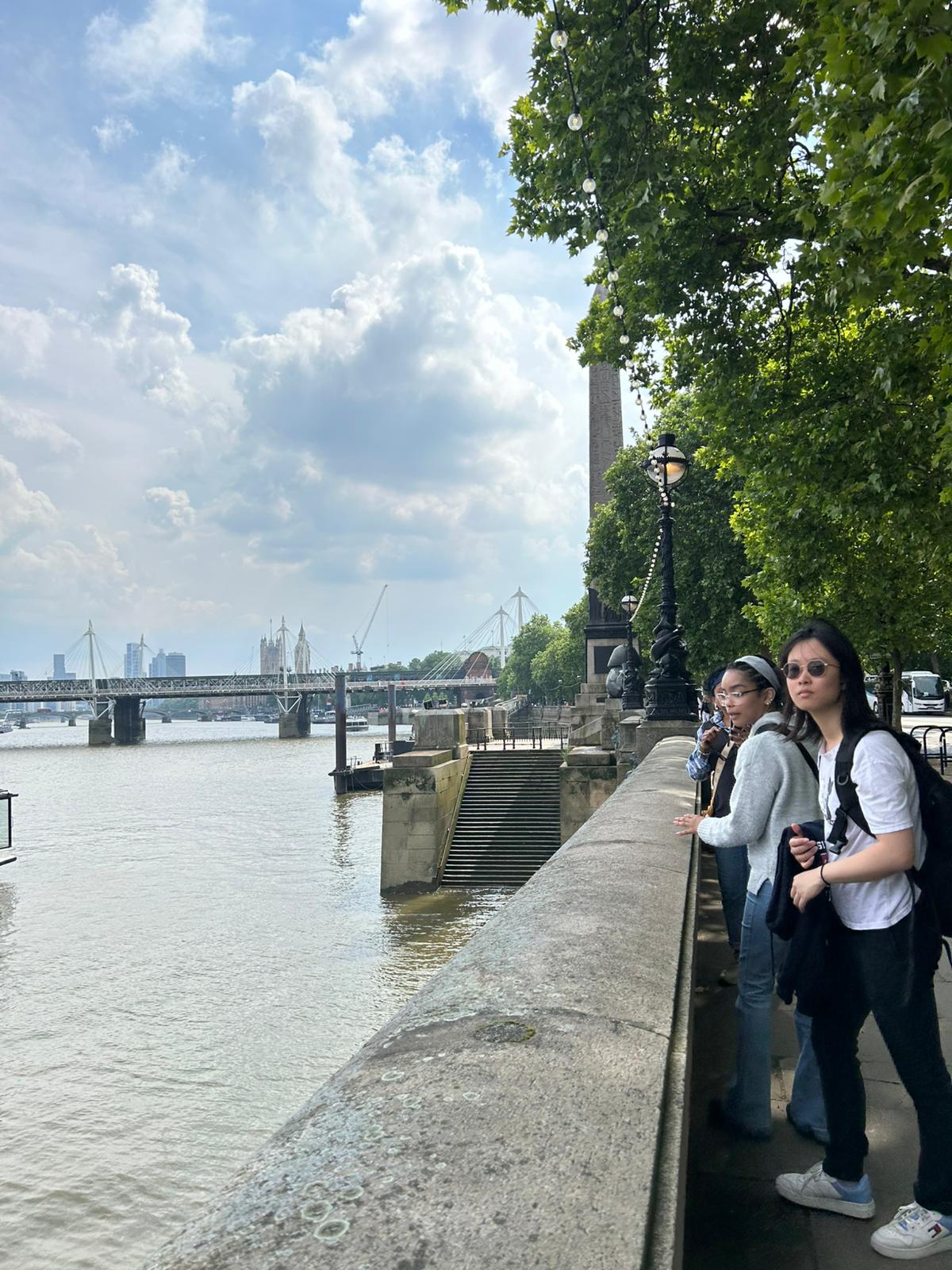
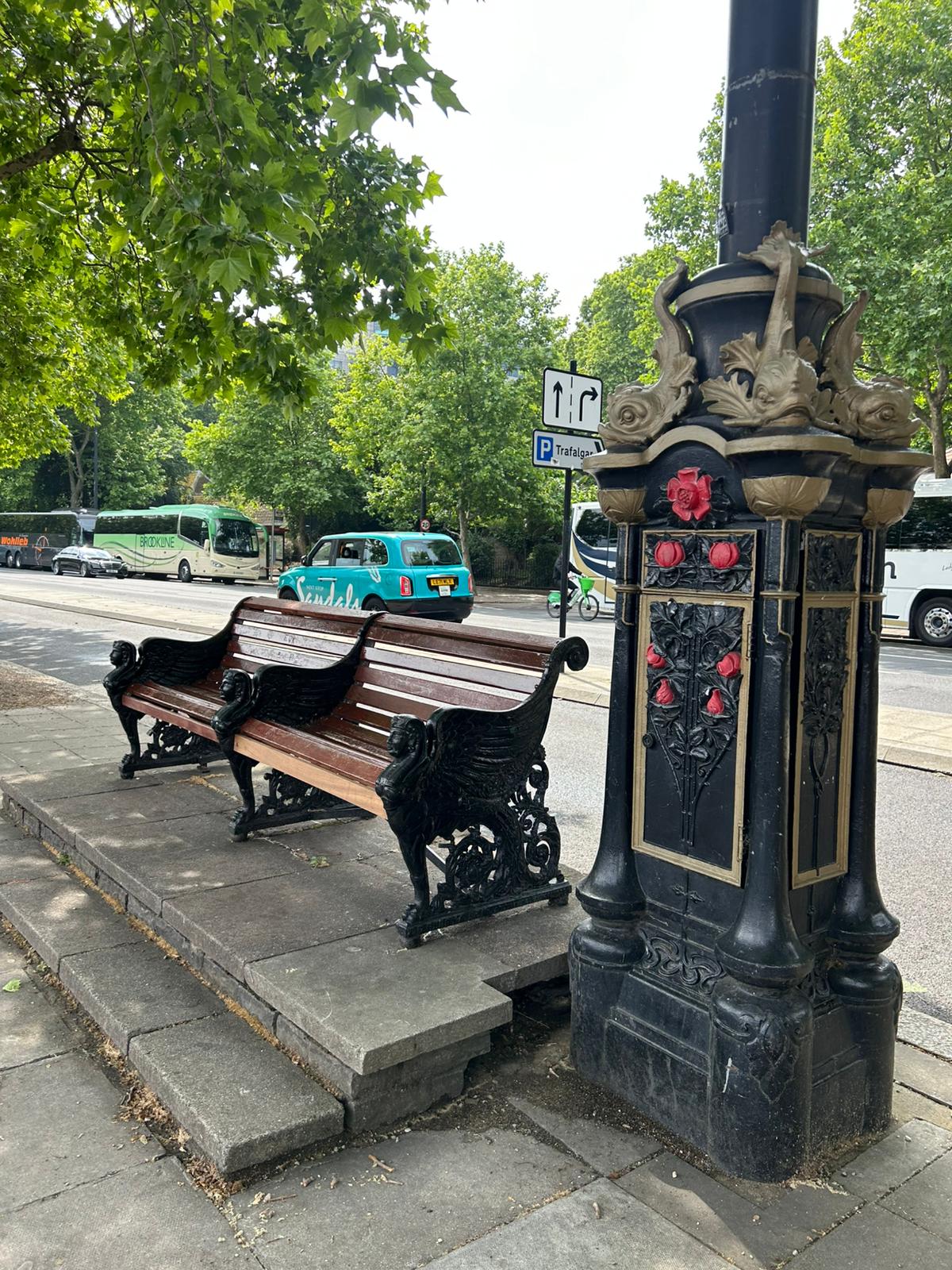
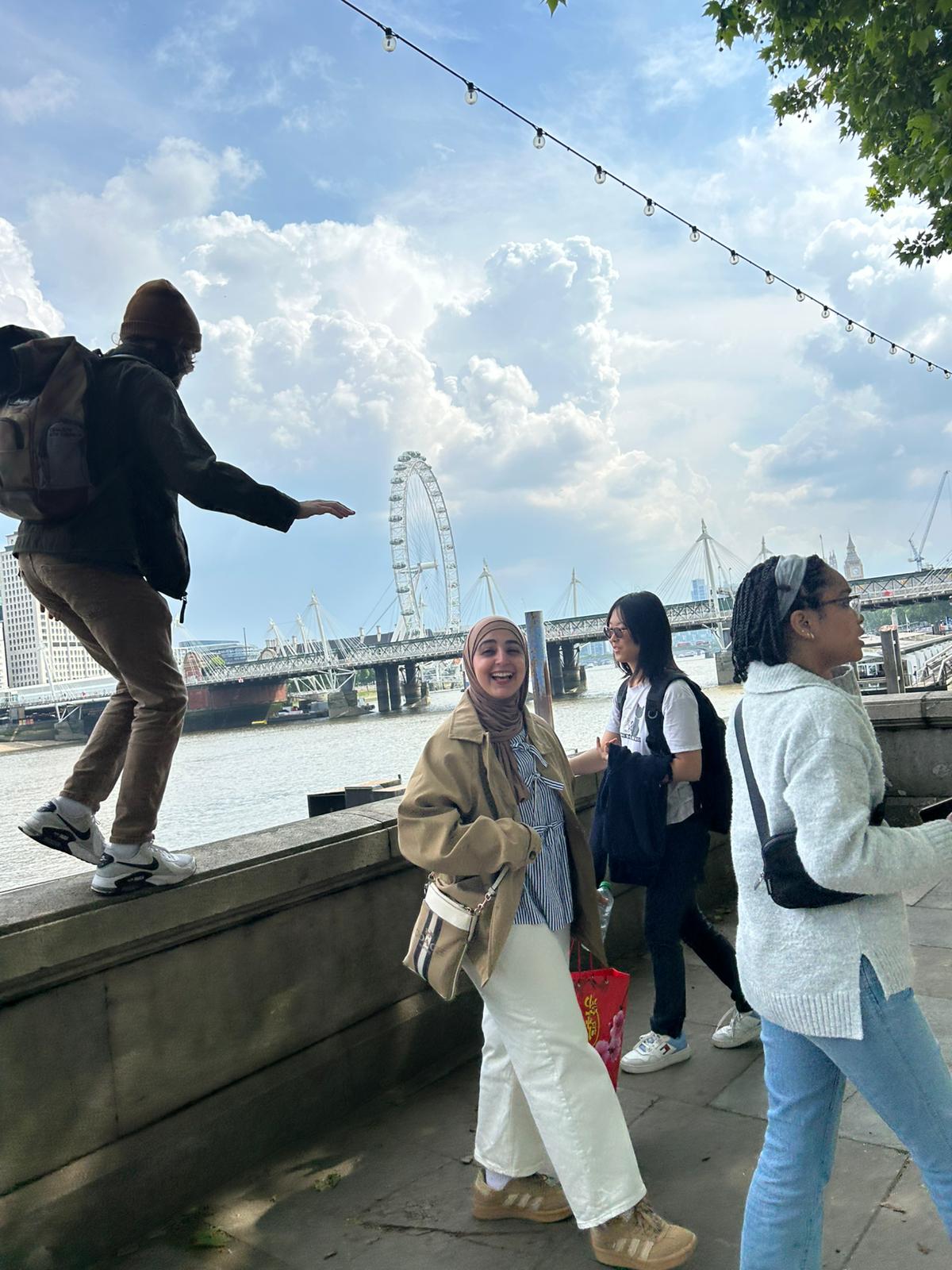
We headed toward the London Eye by way of the Hungerford Footbridges, officially known as the Golden Jubilee Bridges. These pedestrian walkways flank the Hungerford Railway Bridge and offer some of the best panoramic views of the Thames, with the London Eye on one side and Big Ben and the Houses of Parliament on the other.
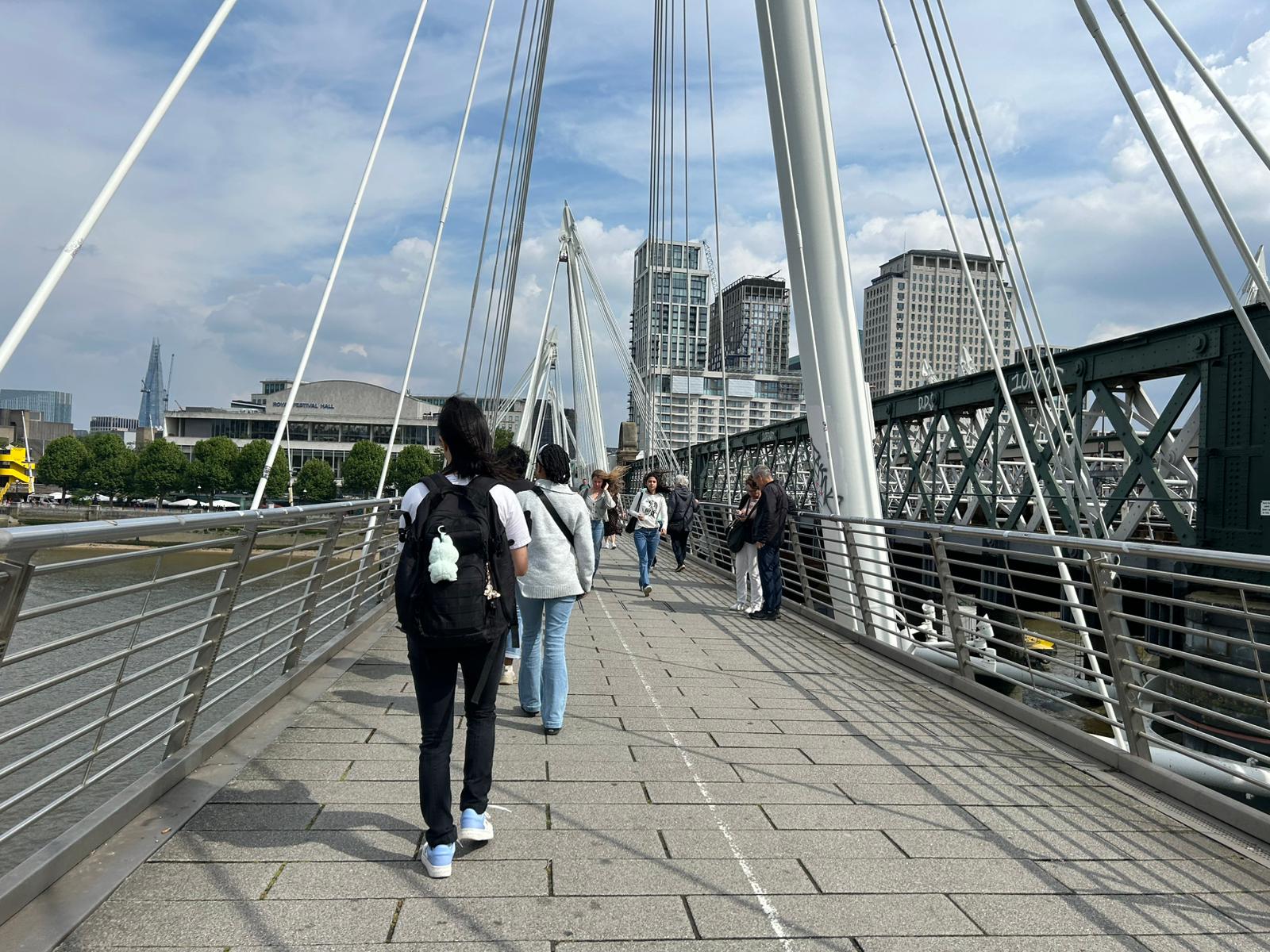
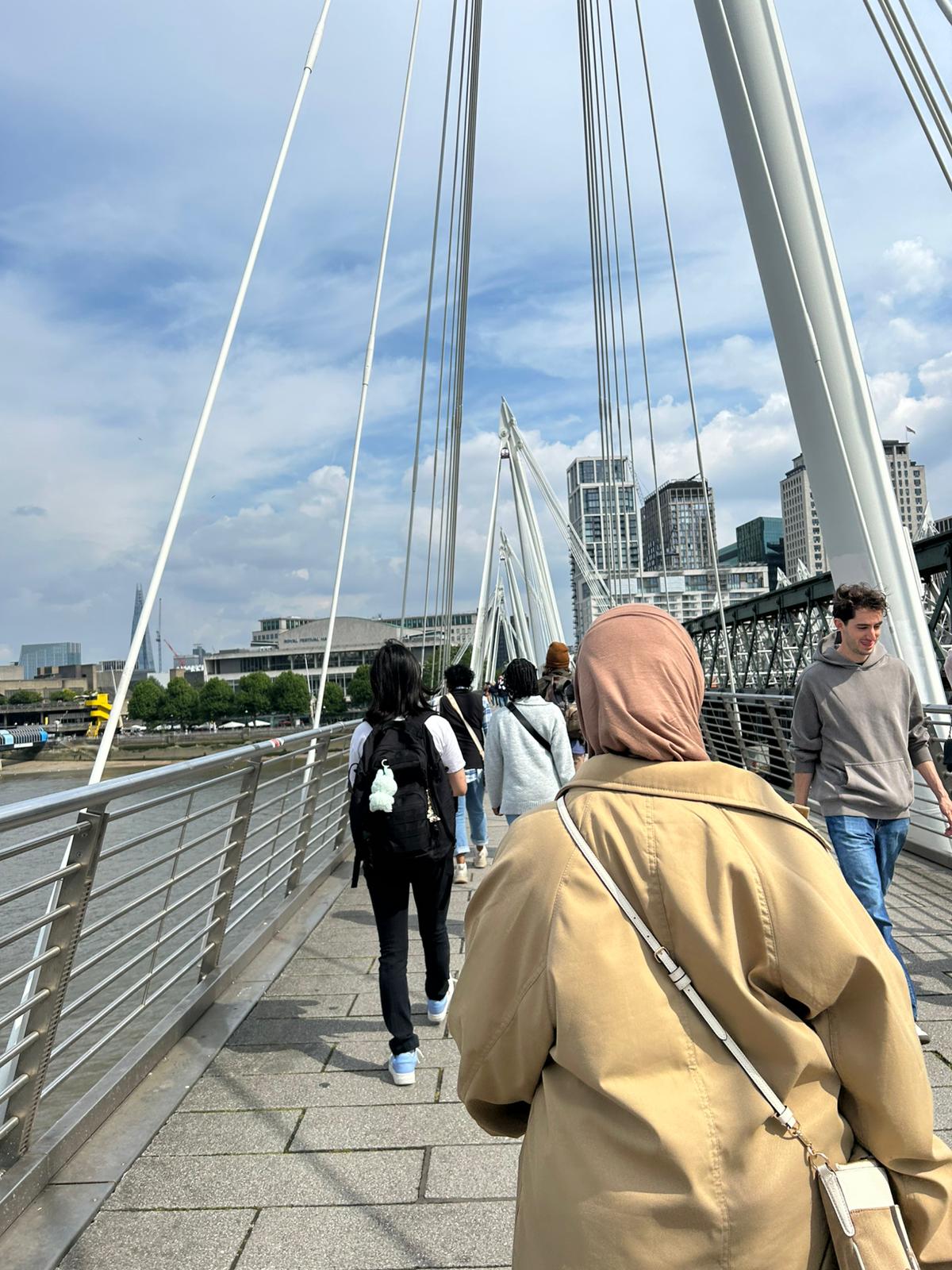
The current footbridges were completed in 2002 to commemorate Queen Elizabeth II’s Golden Jubilee. They replaced earlier, narrower walkways and were hailed not just for their aesthetics but for their clever engineering—supported by suspension cables anchored to tall white pylons, they appear to float alongside the much older railway bridge. Interestingly, the central railway bridge itself dates back to 1864, and it was originally designed by Isambard Kingdom Brunel, one of Britain’s most celebrated engineers. The original Hungerford suspension bridge from 1845 was dismantled to make way for the railway, but some of Brunel’s stone pillars still remain at the base.
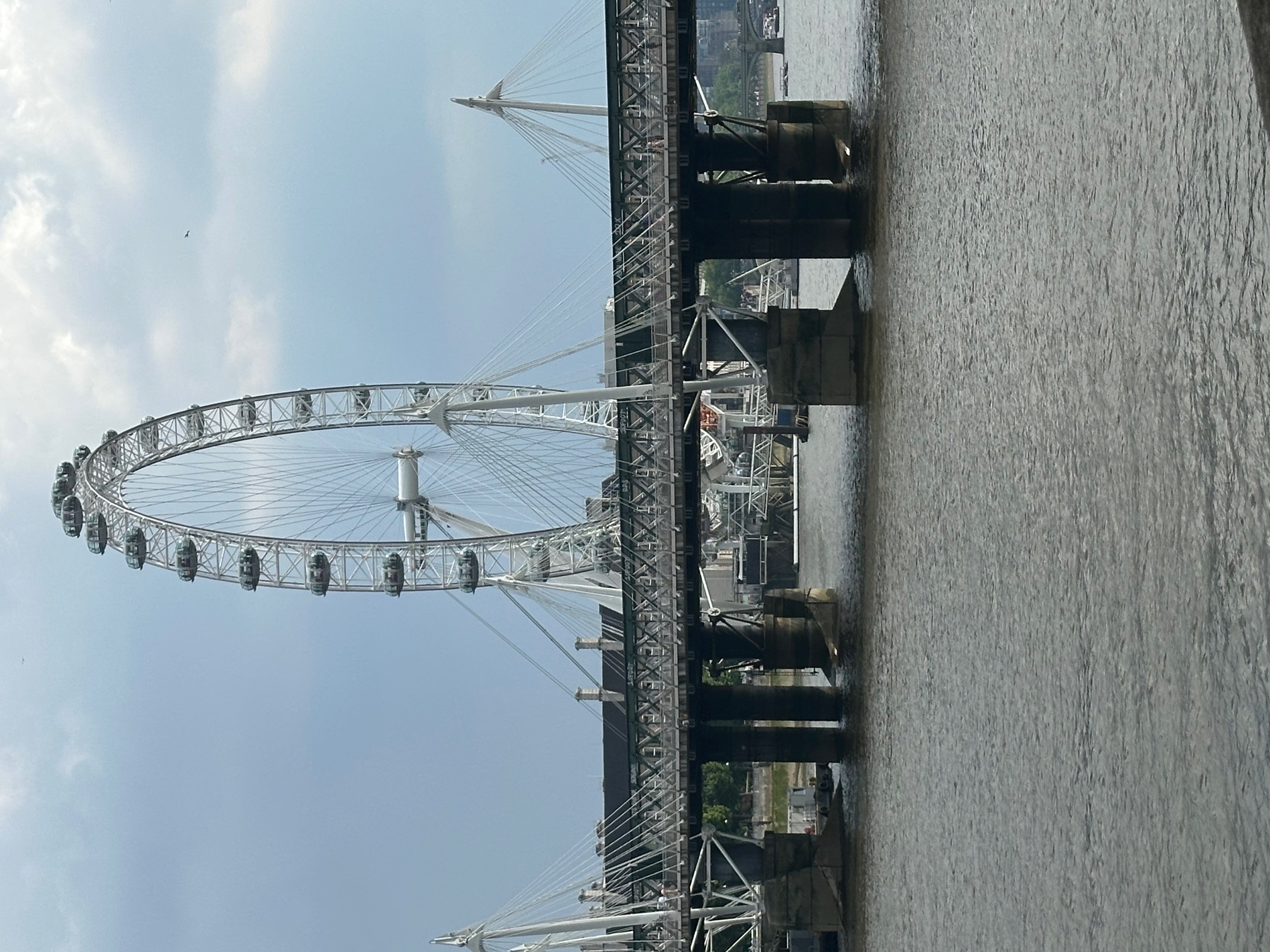
We arrived at the London Eye with time to spare—just enough to grab ice creams, print the tickets, buy more souvenirs, and wait for Wiktoria, Lauren, Lou, and Keanu to meet us. The sun was still out, the Thames shimmered in that way it only does when you’re on a school trip, and the energy of the city buzzed all around us.
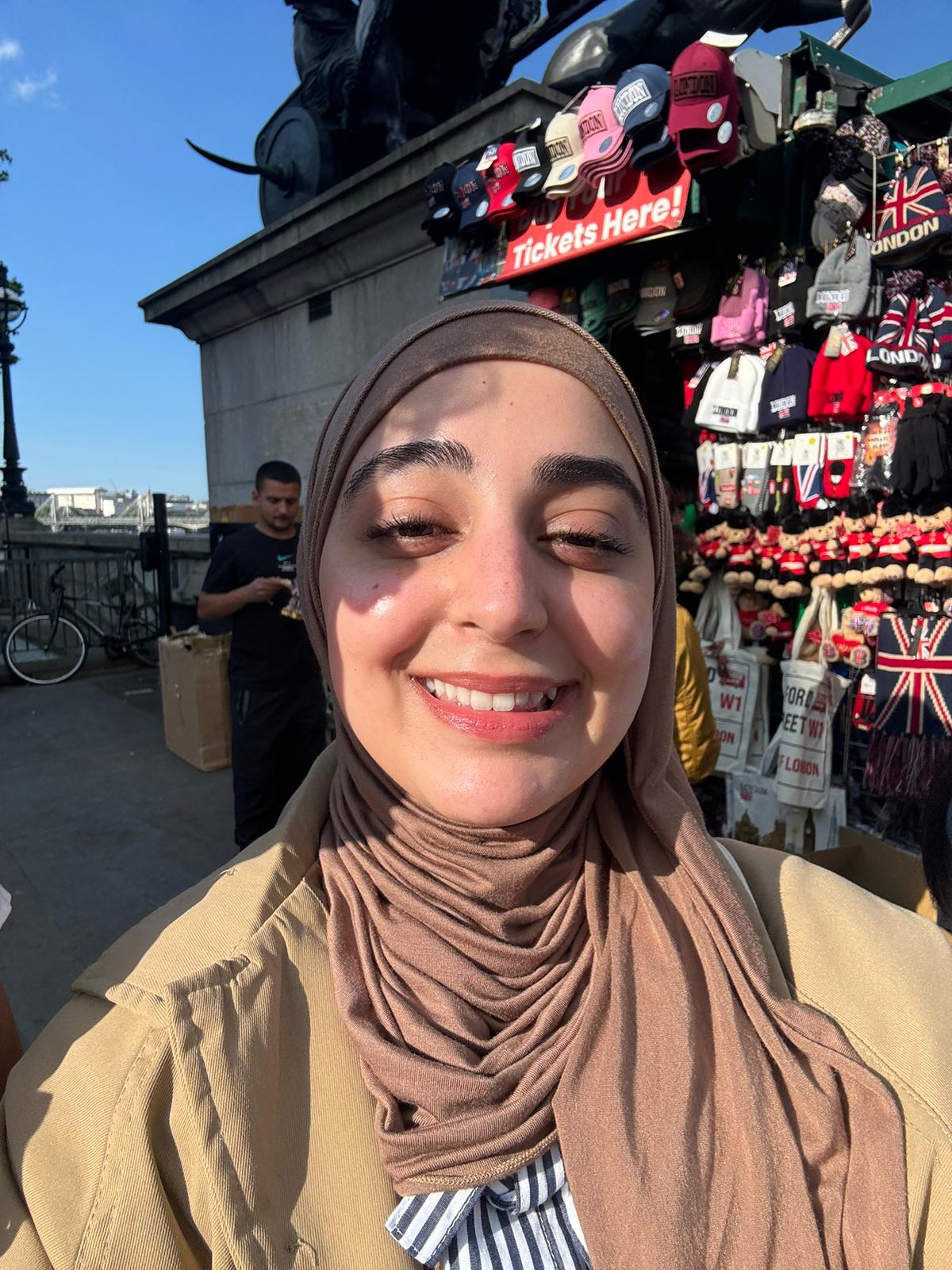
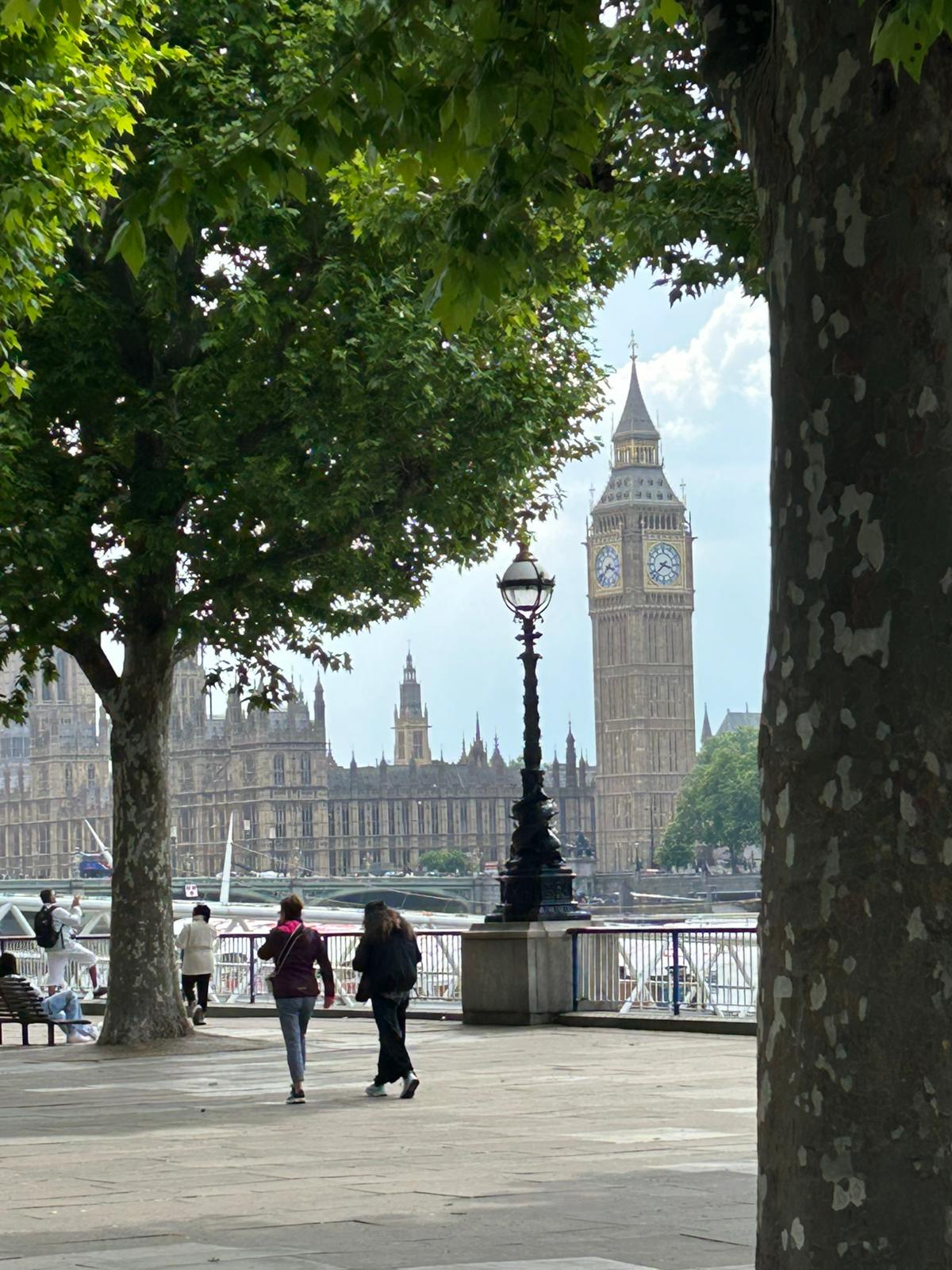
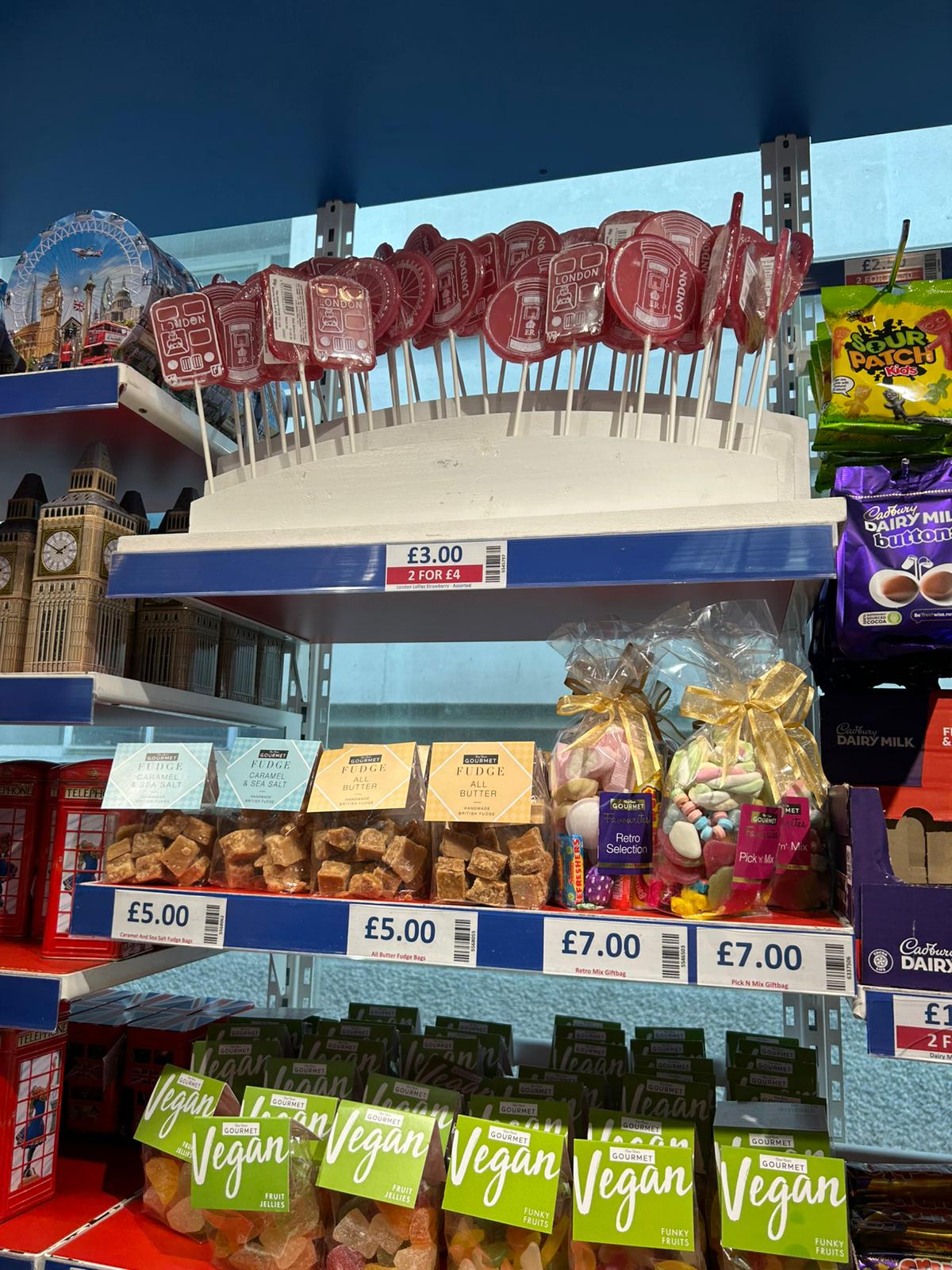
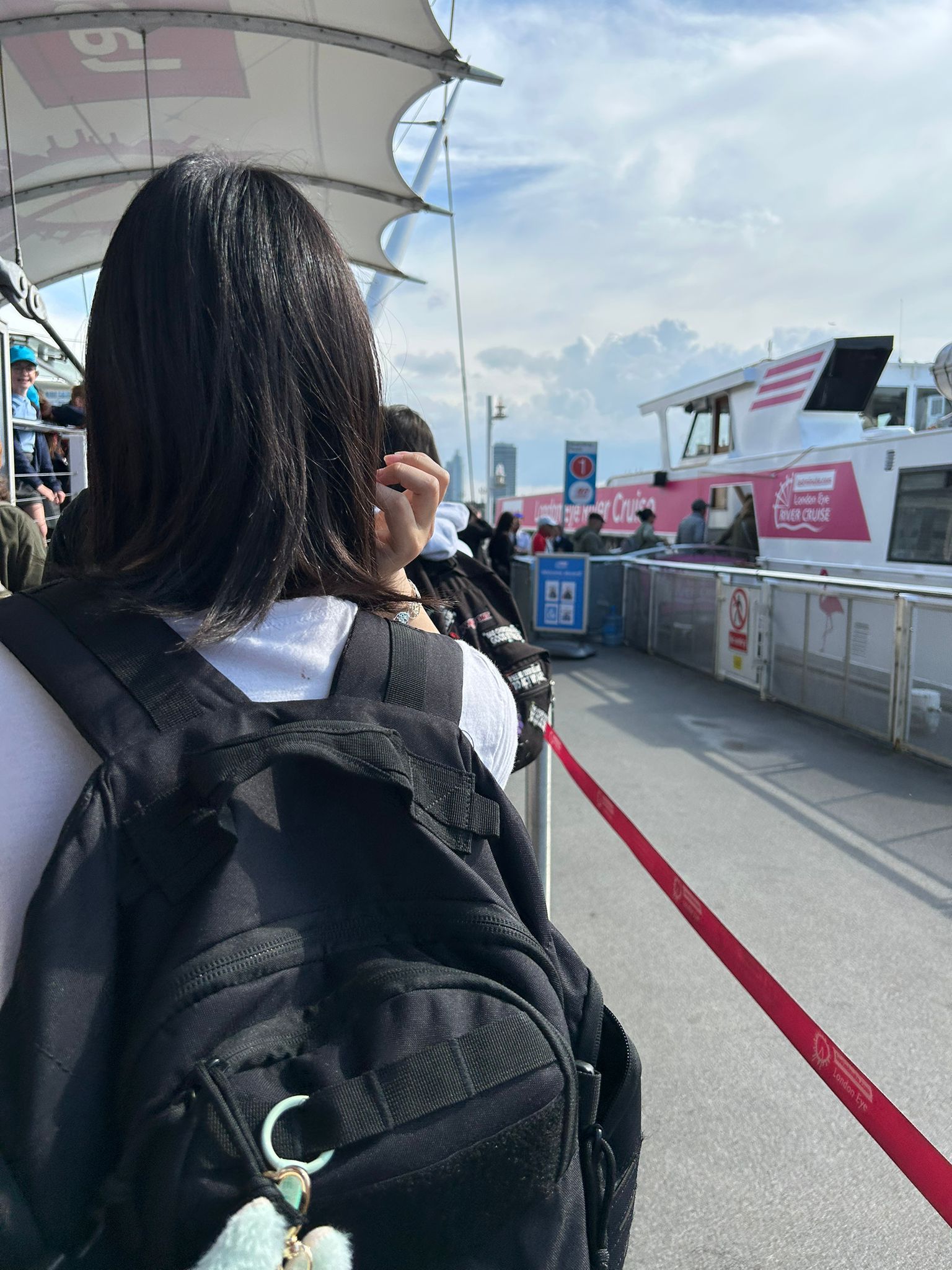
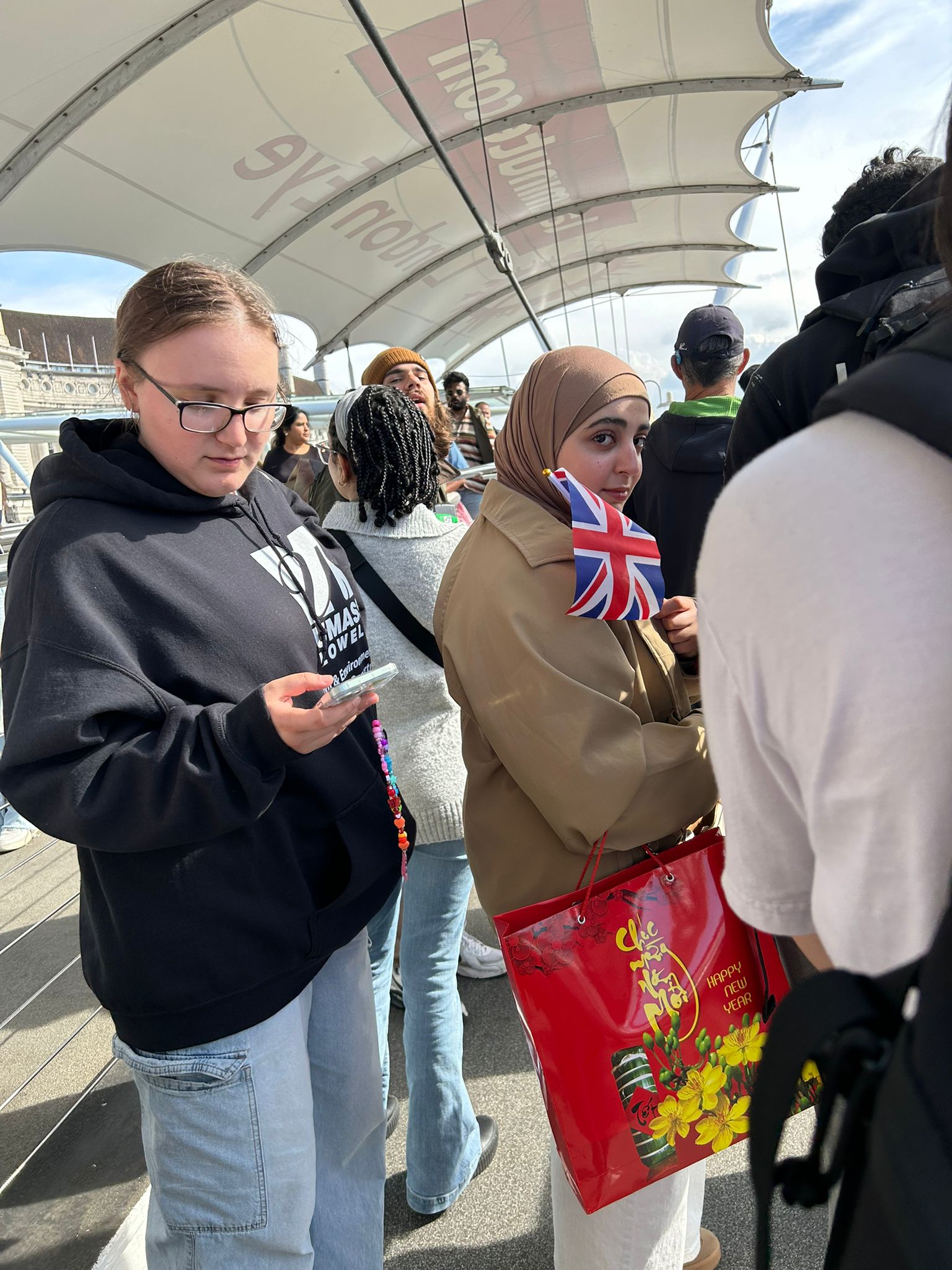
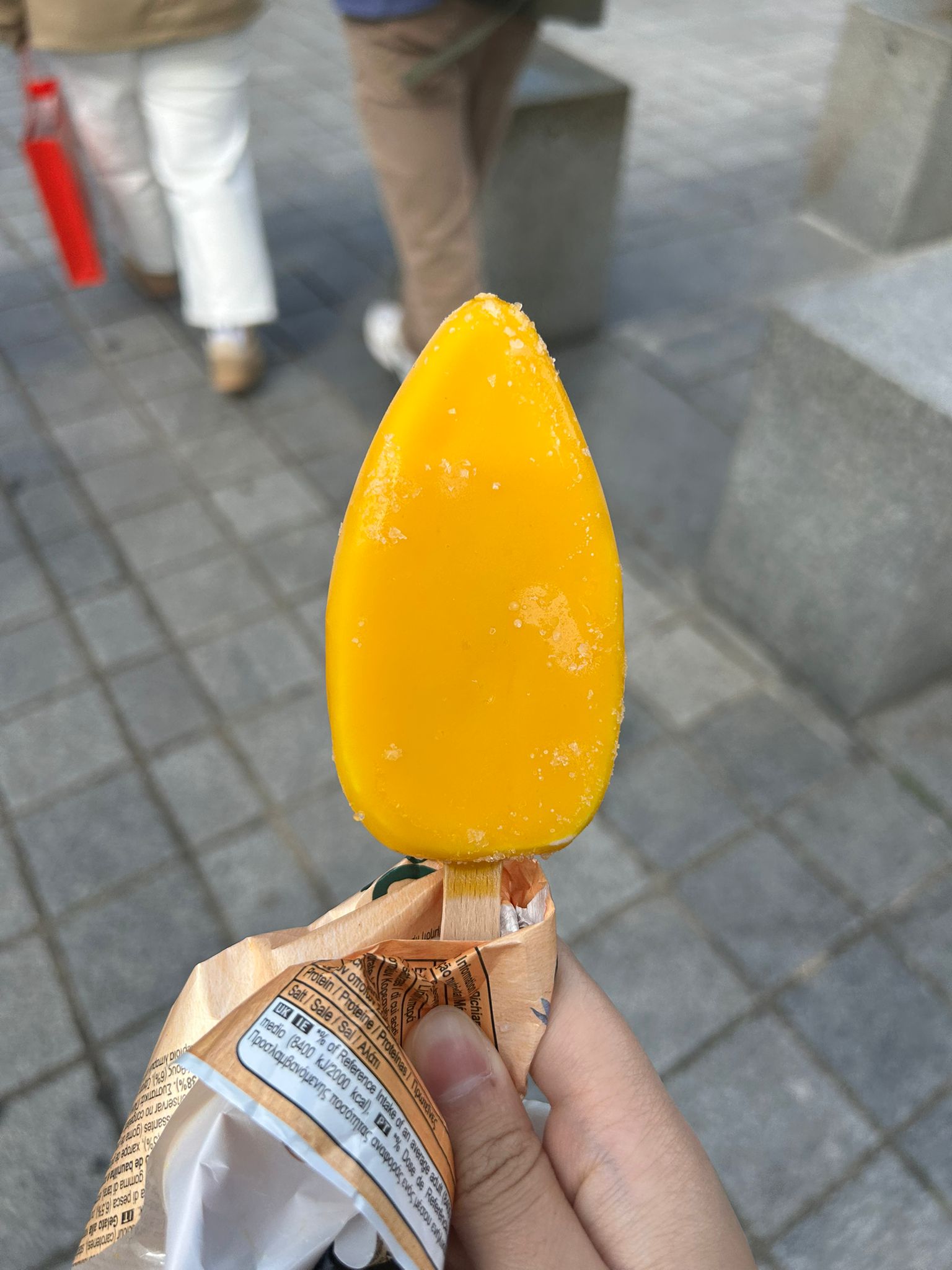
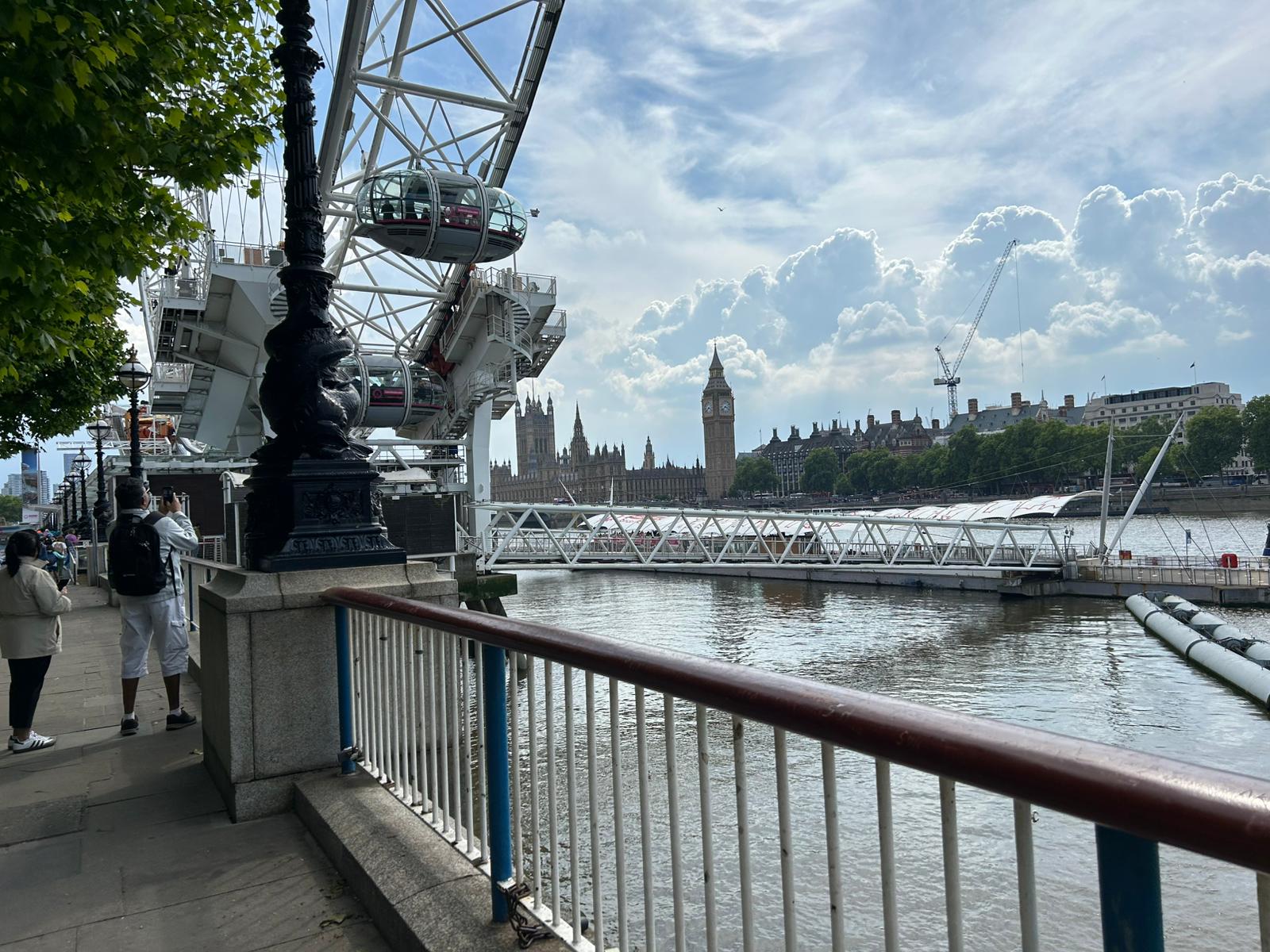
As we waited for our boat to depart, Keanu and Lou entertained us with tales from their solo adventure. They had somehow made it to Buckingham Palace—and not just to see the gates. According to them, they actually witnessed a member of the Royal Family being driven around in a horse-drawn carriage. Who exactly? That part remained a mystery. They showed us the photos—zoomed in, slightly blurry, very dramatic—and while no one could conclusively say who it was, we all agreed the carriage was definitely royal. It added a whole unexpected layer of excitement to their day.
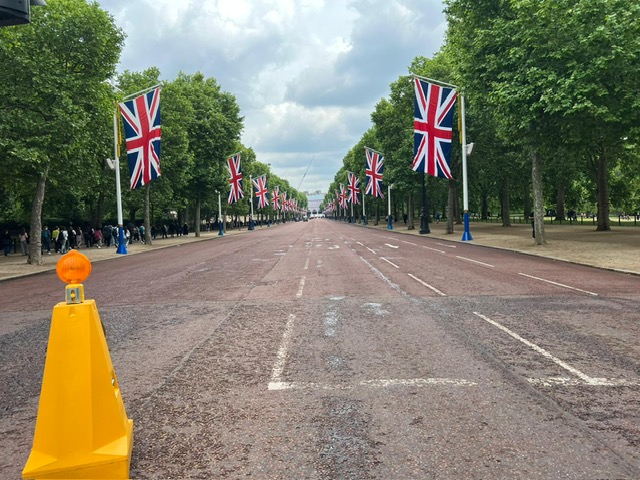
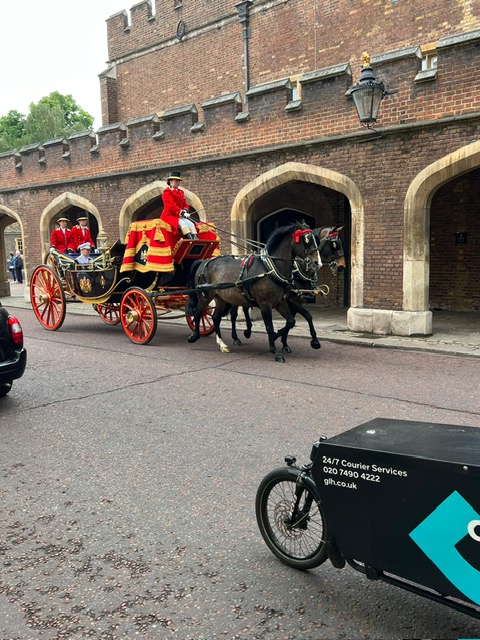
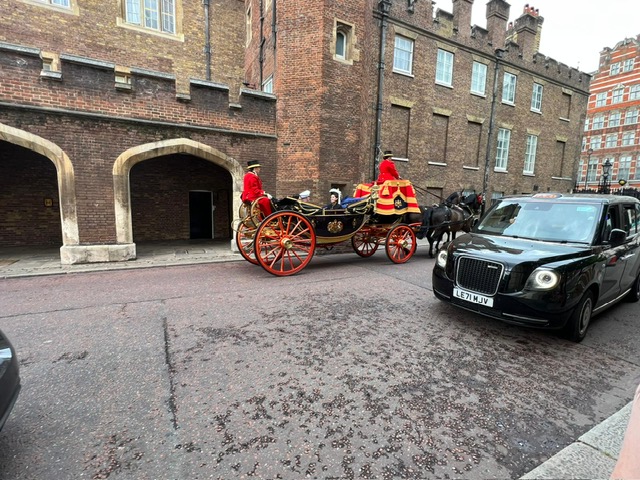
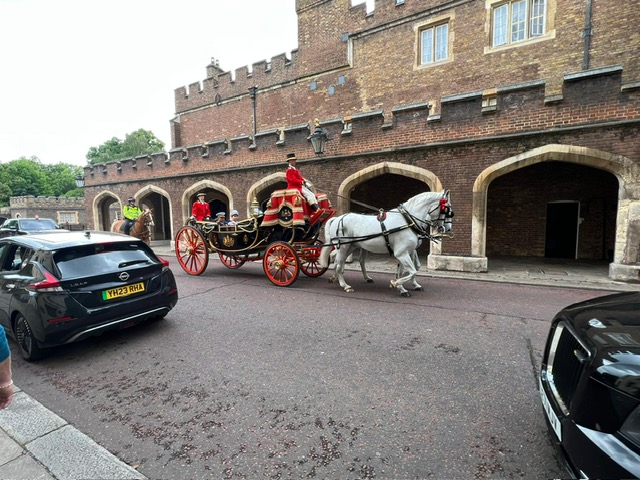
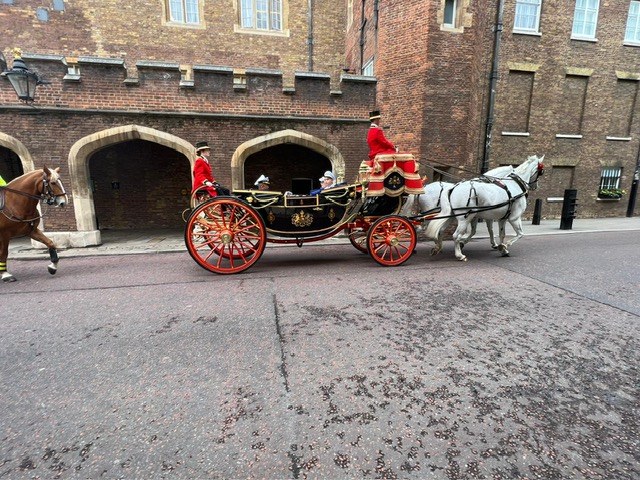
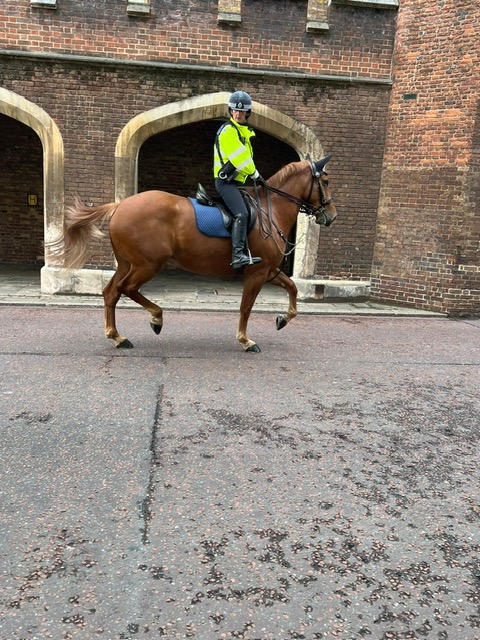
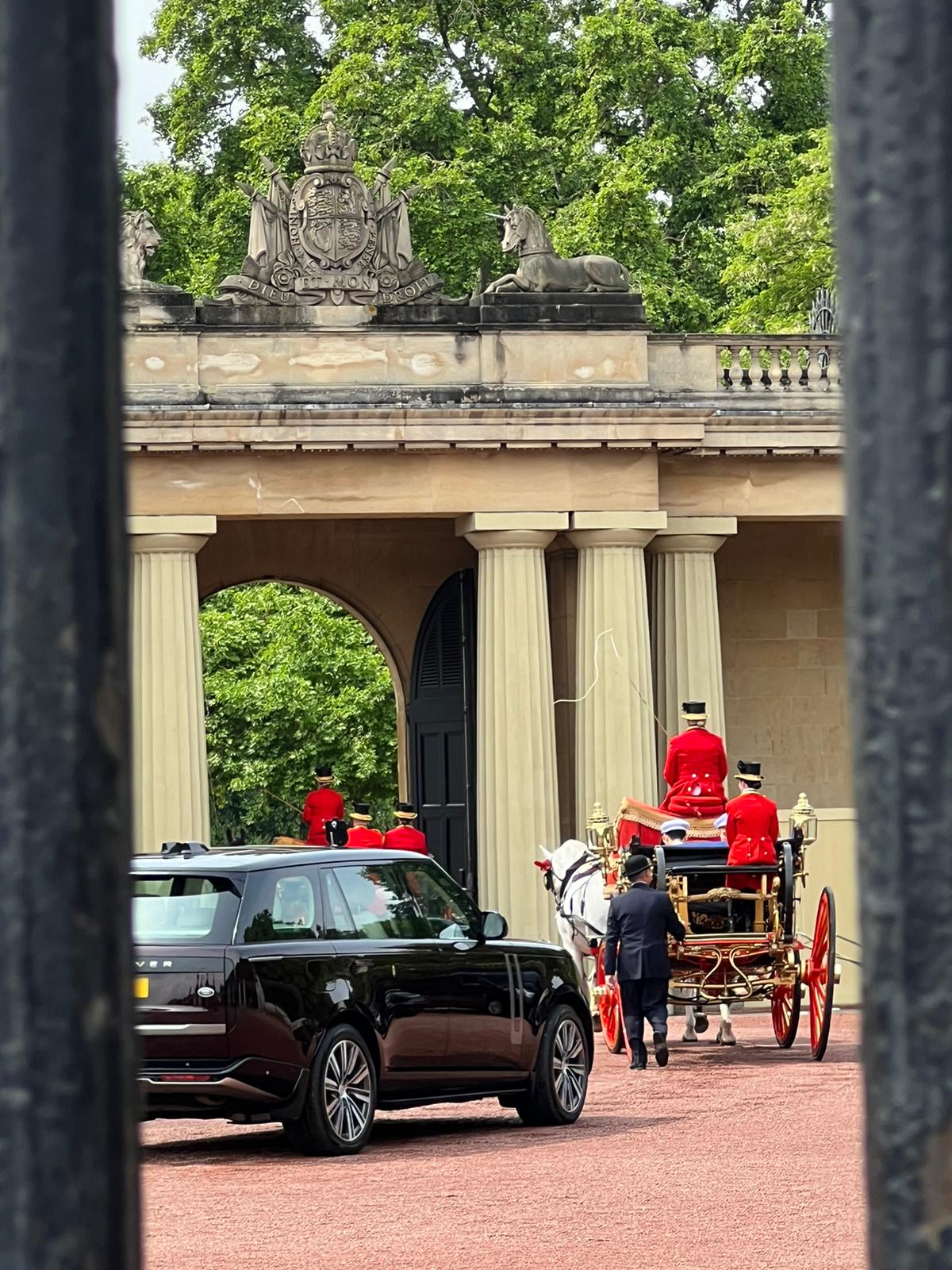
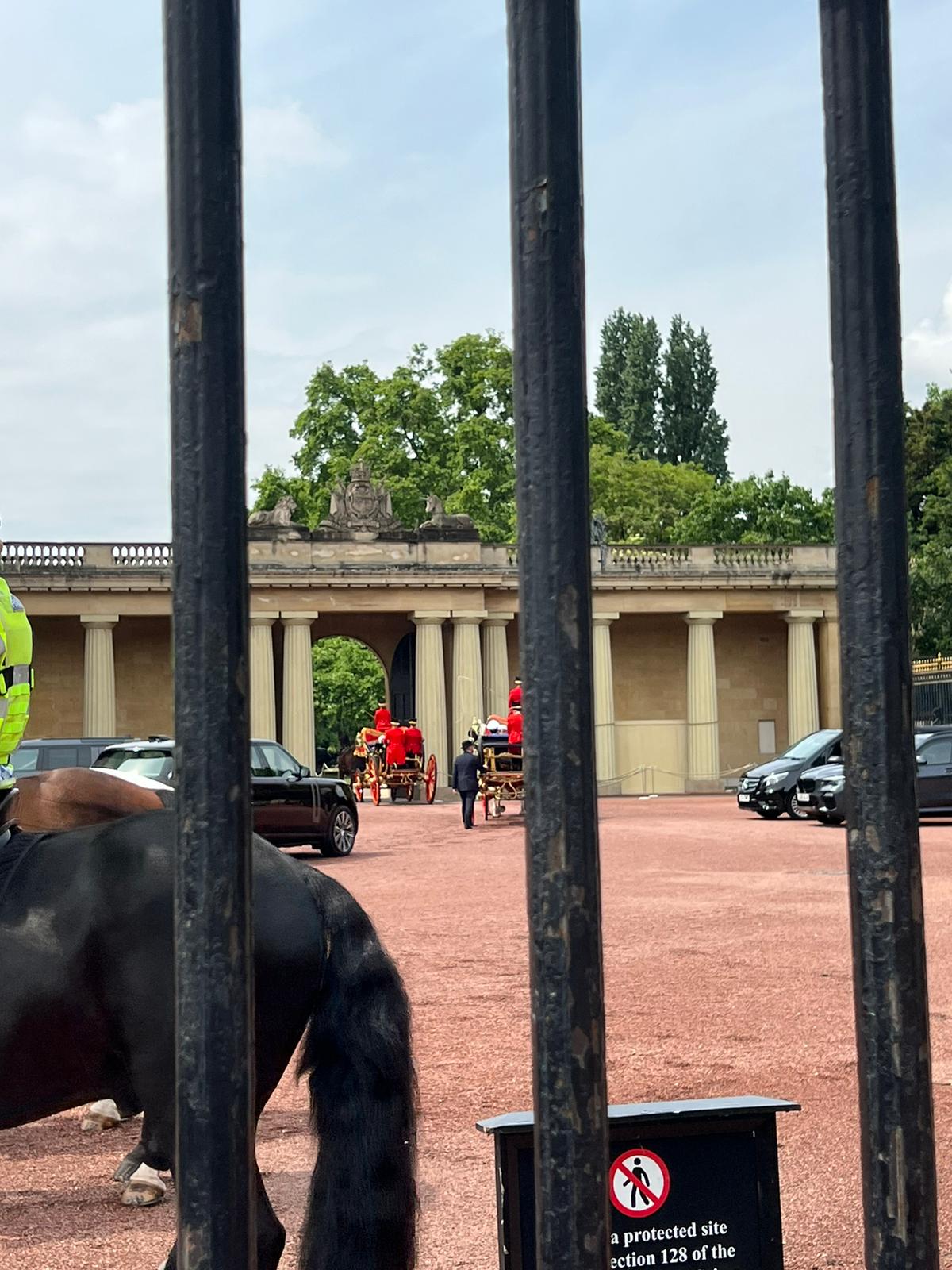
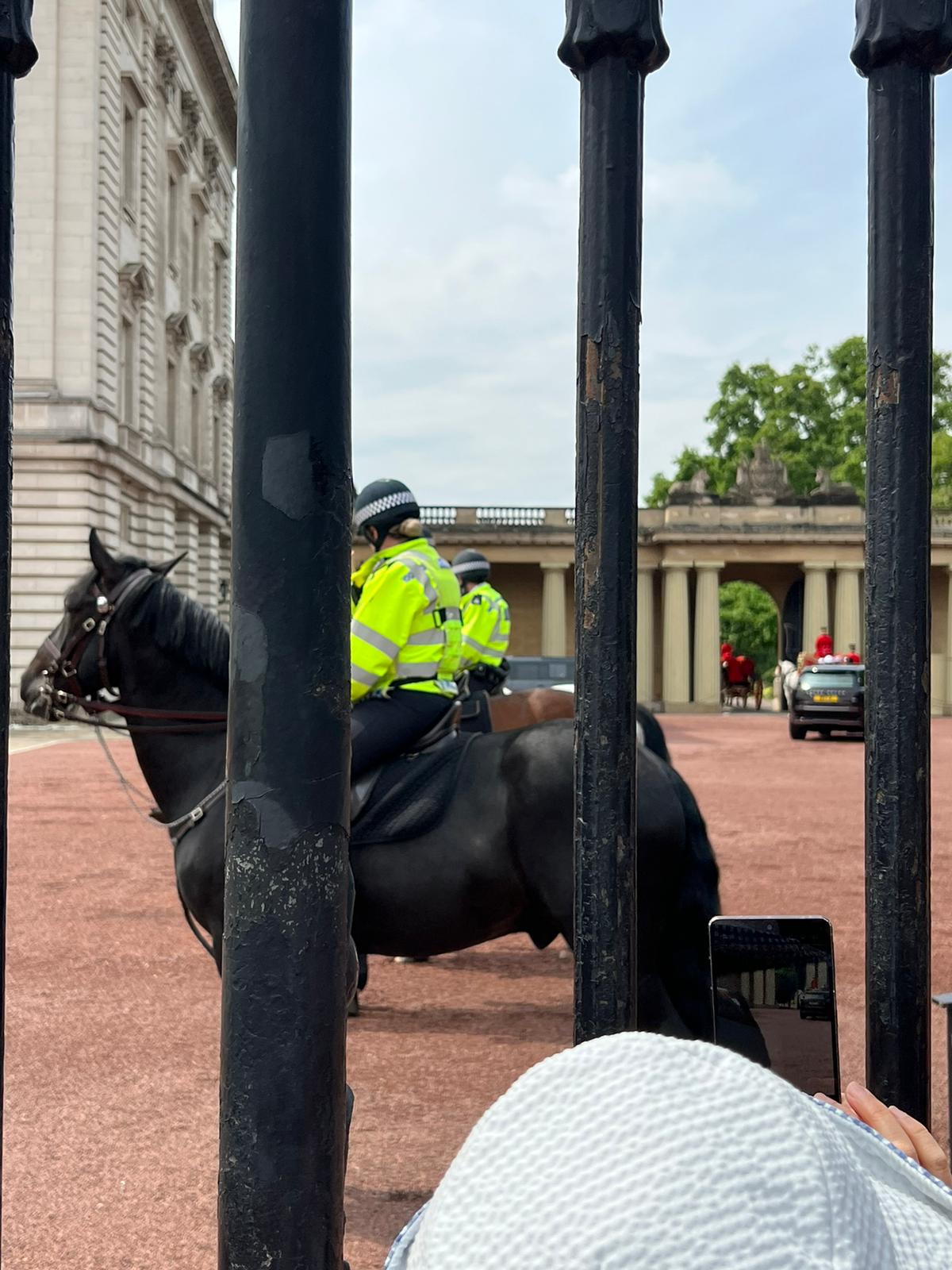
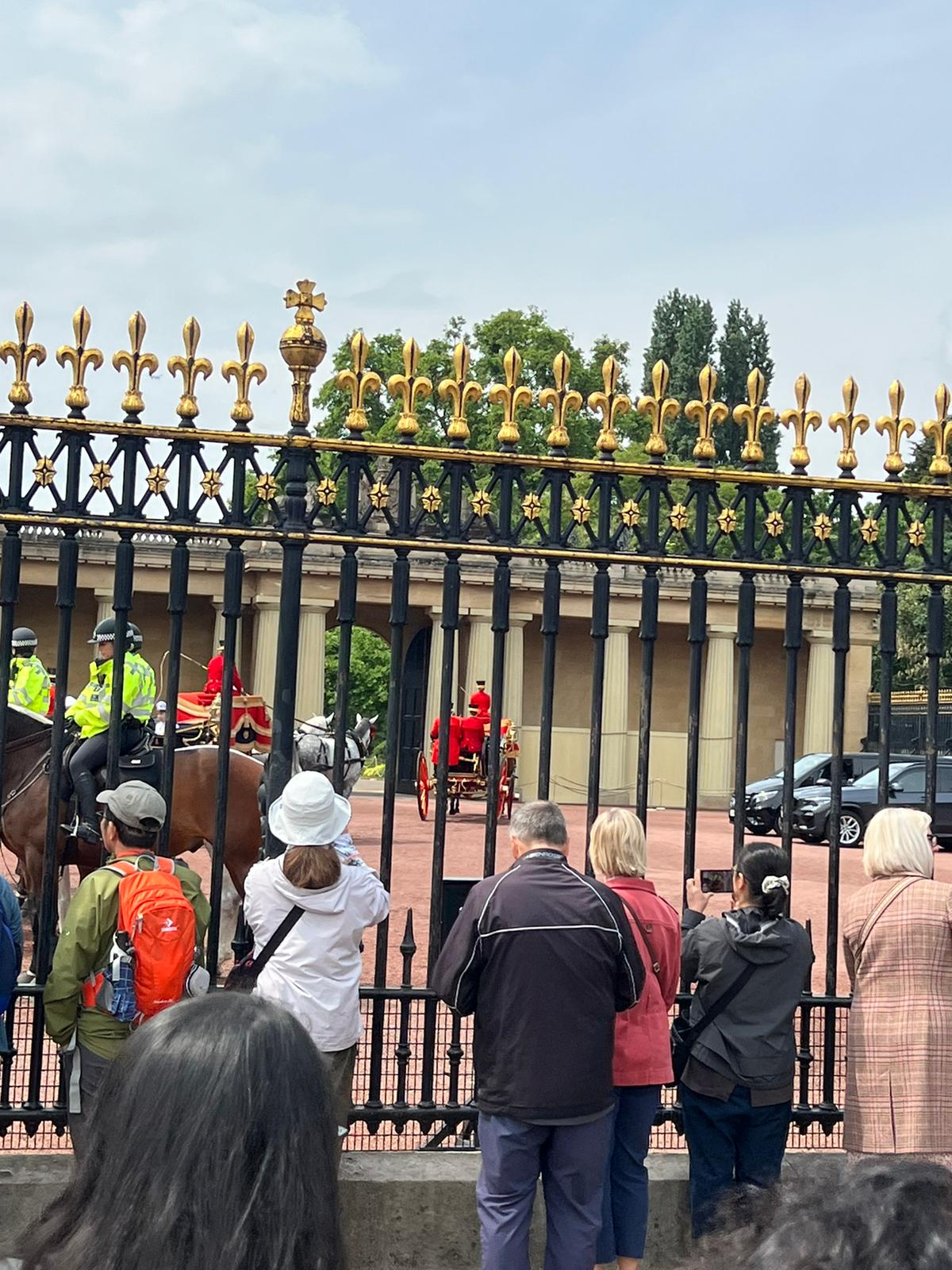
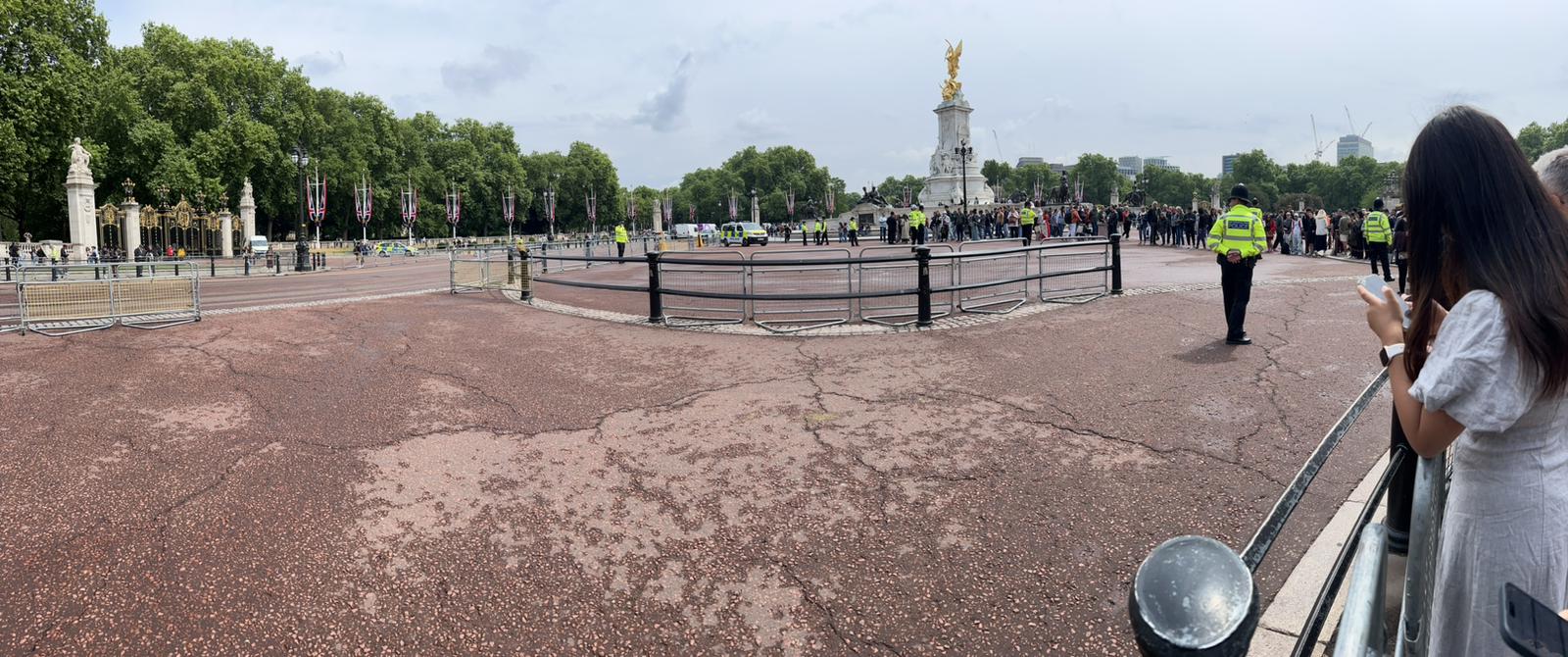
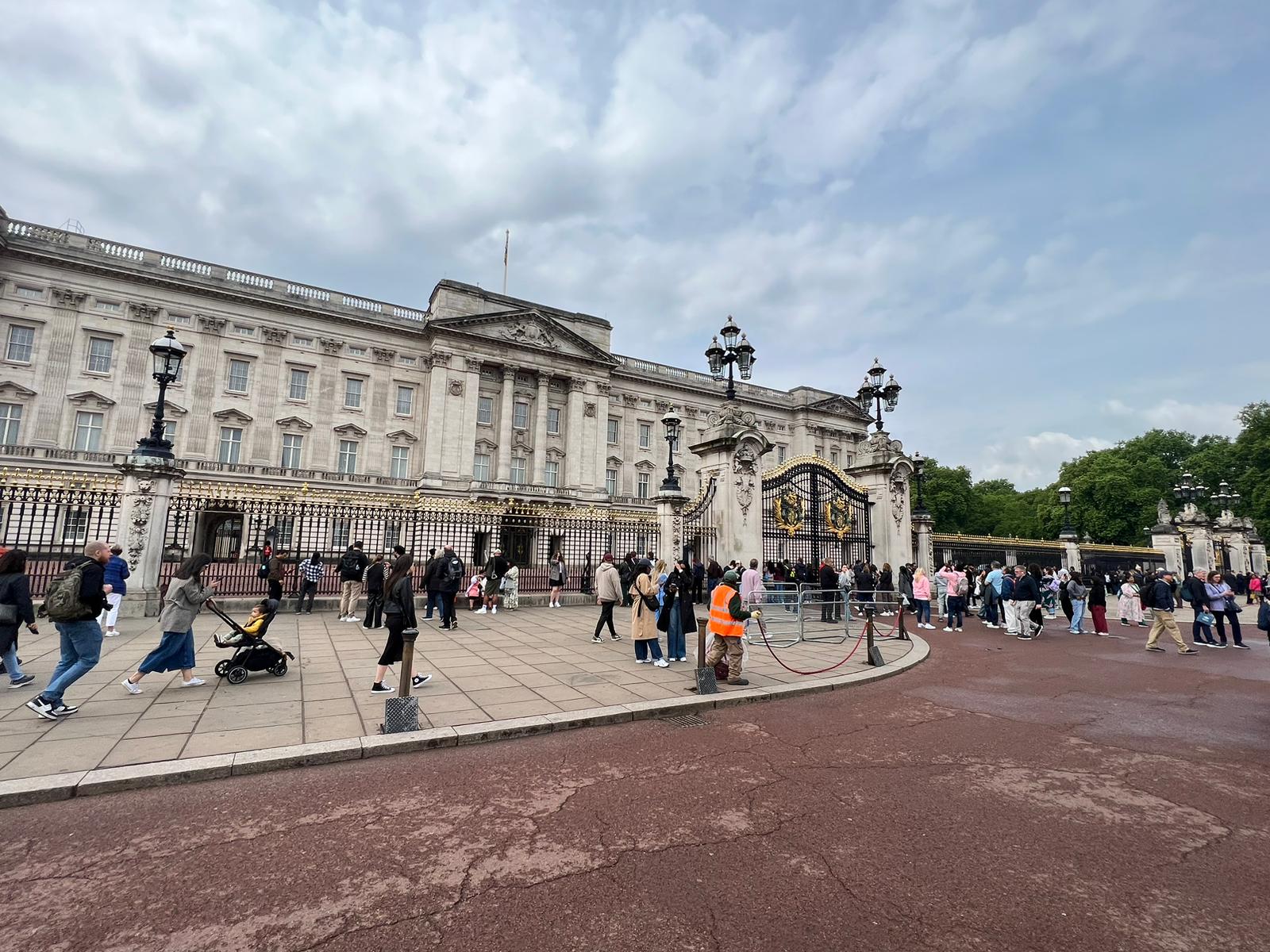
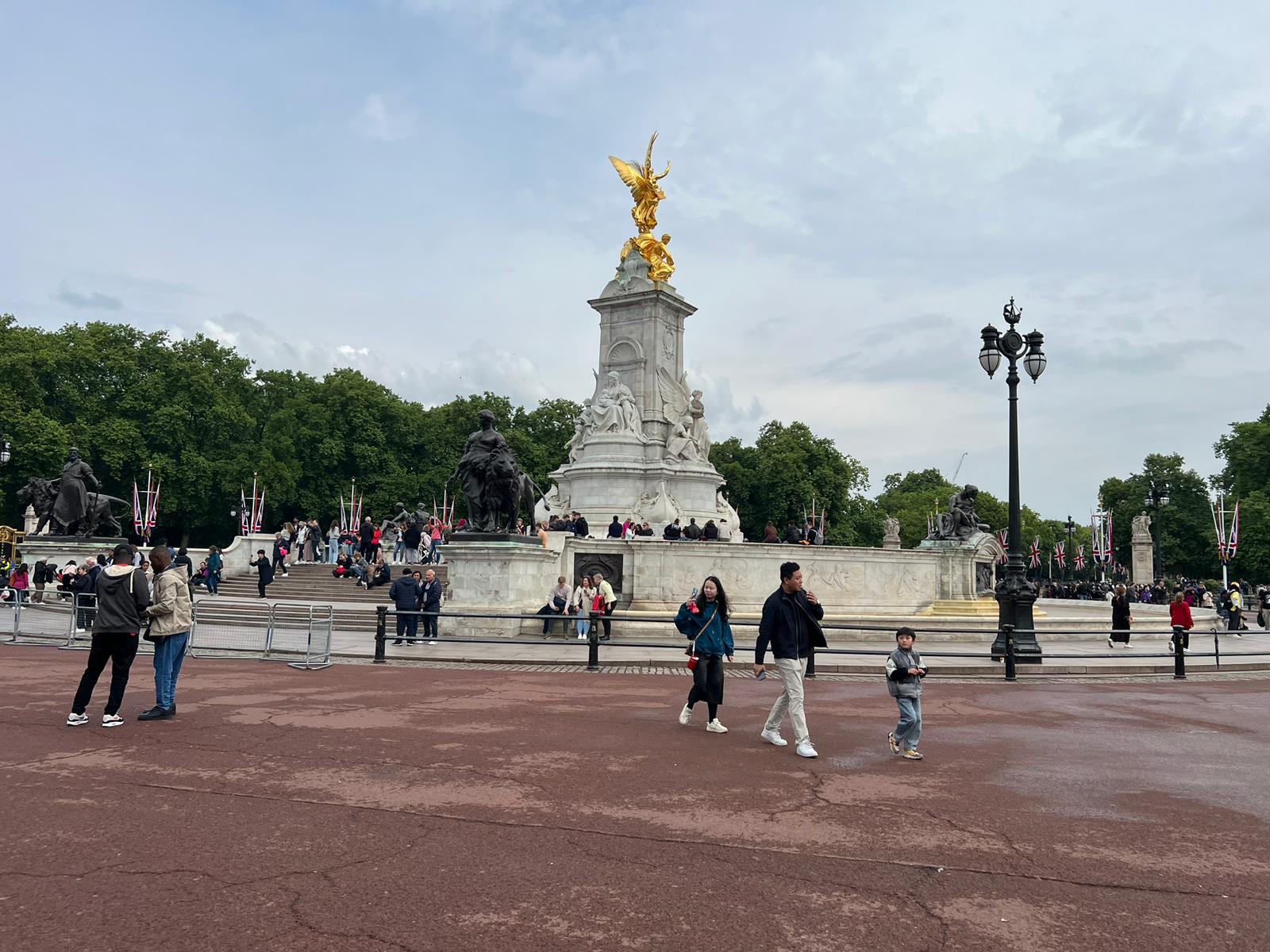
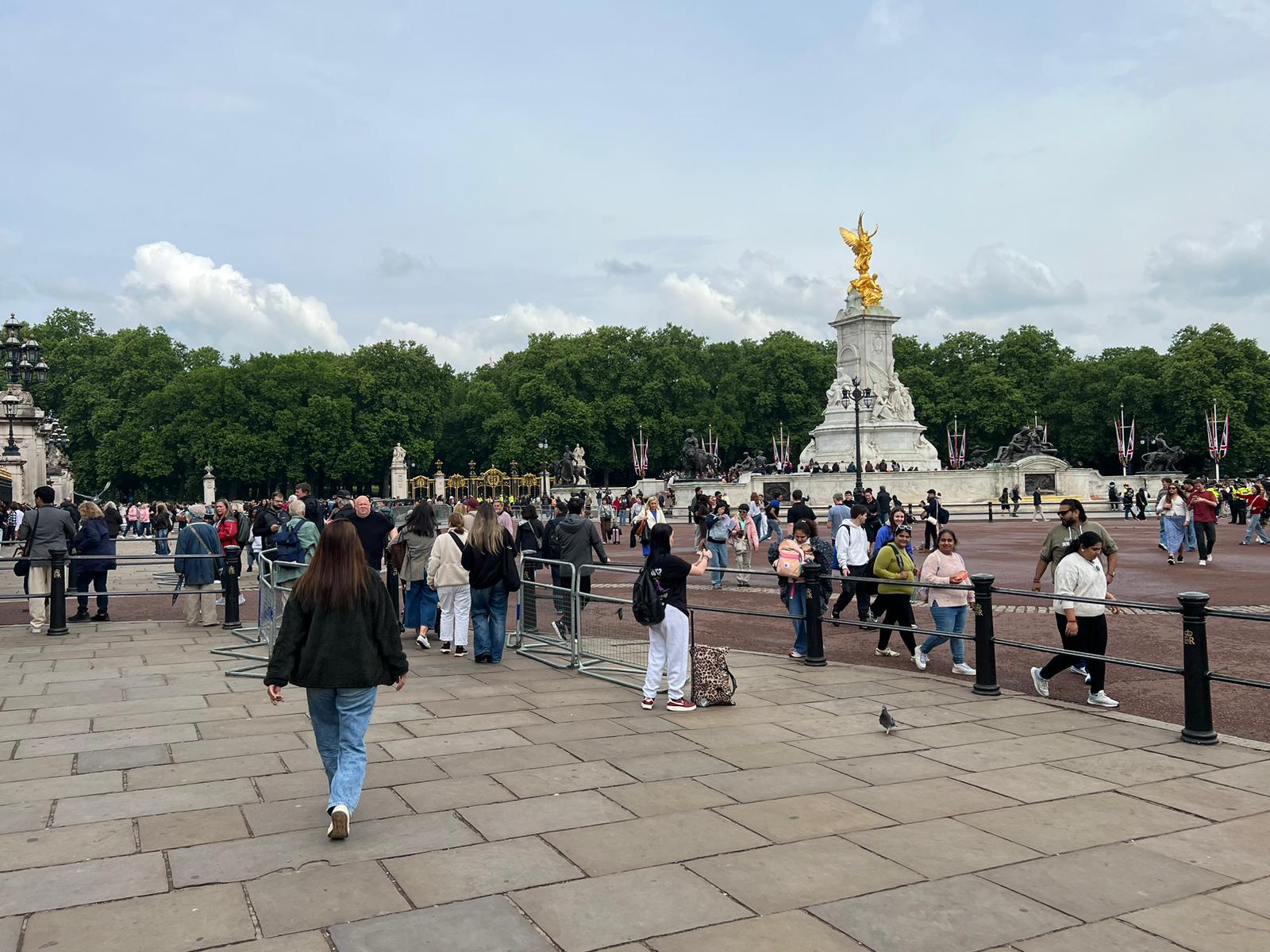
They also revealed they had gone up on the London Eye earlier that afternoon, spending £45 for a 15-minute ride. Pricey, yes—but the photos from the top were undeniably worth it.
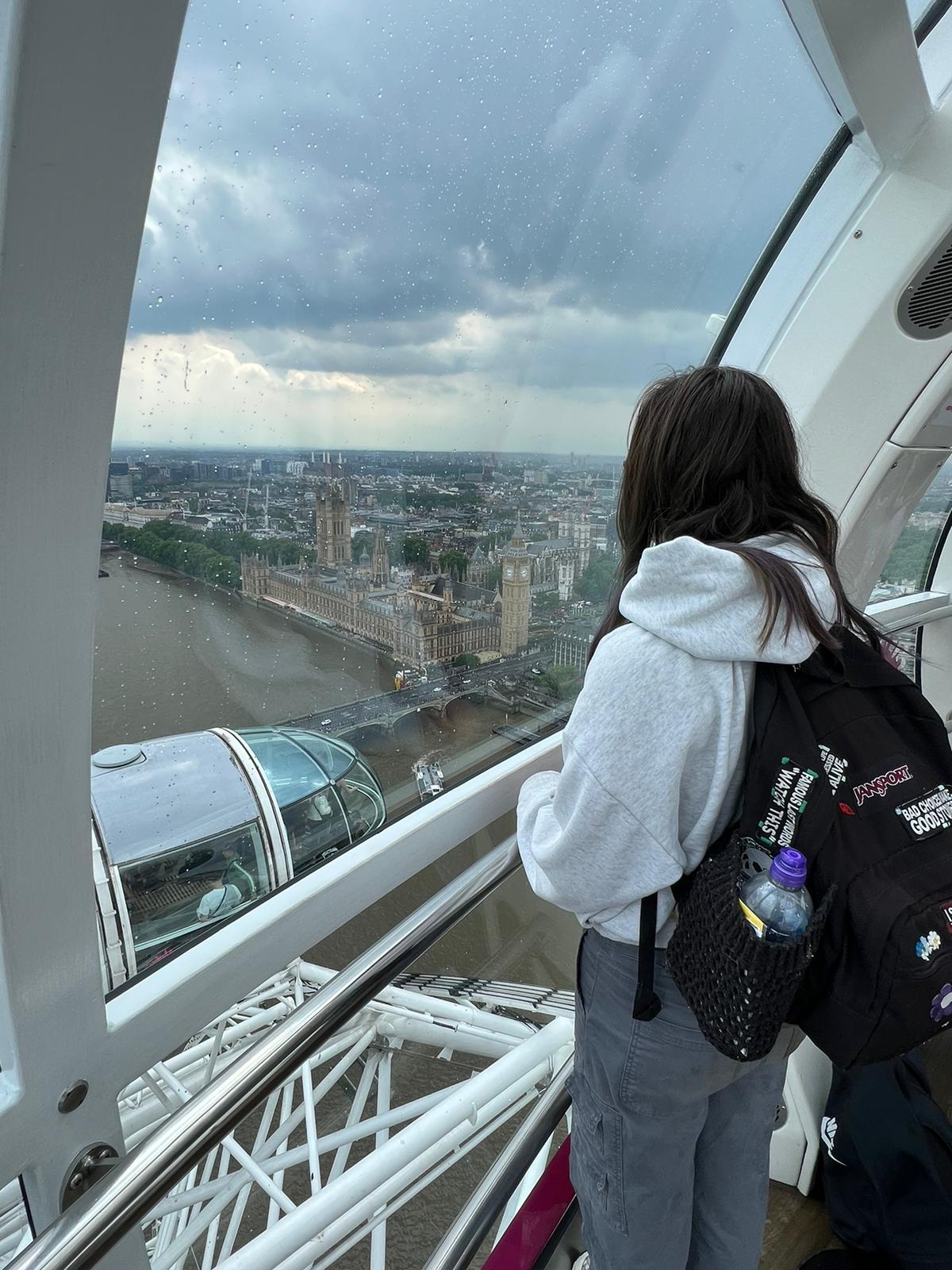
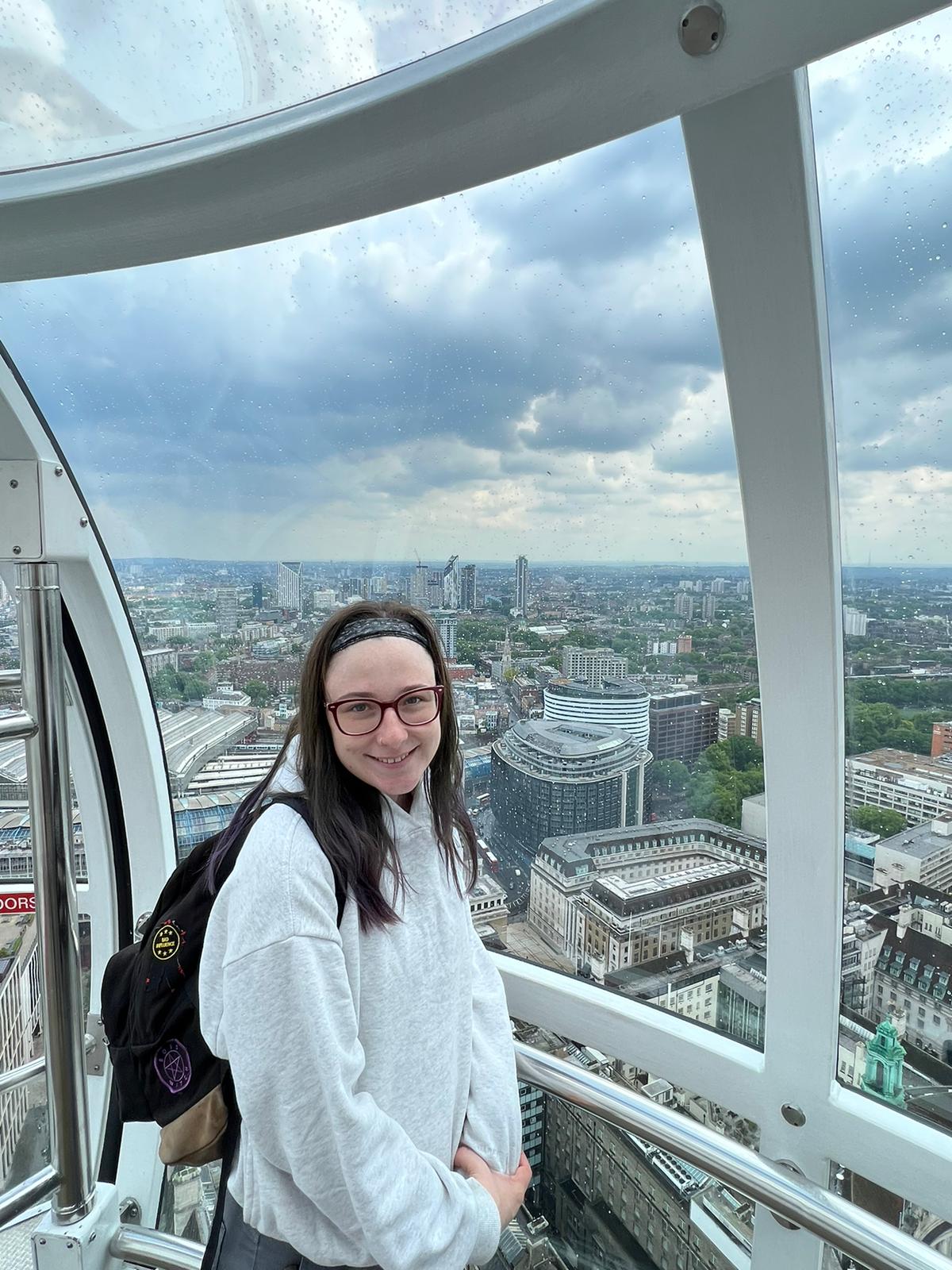
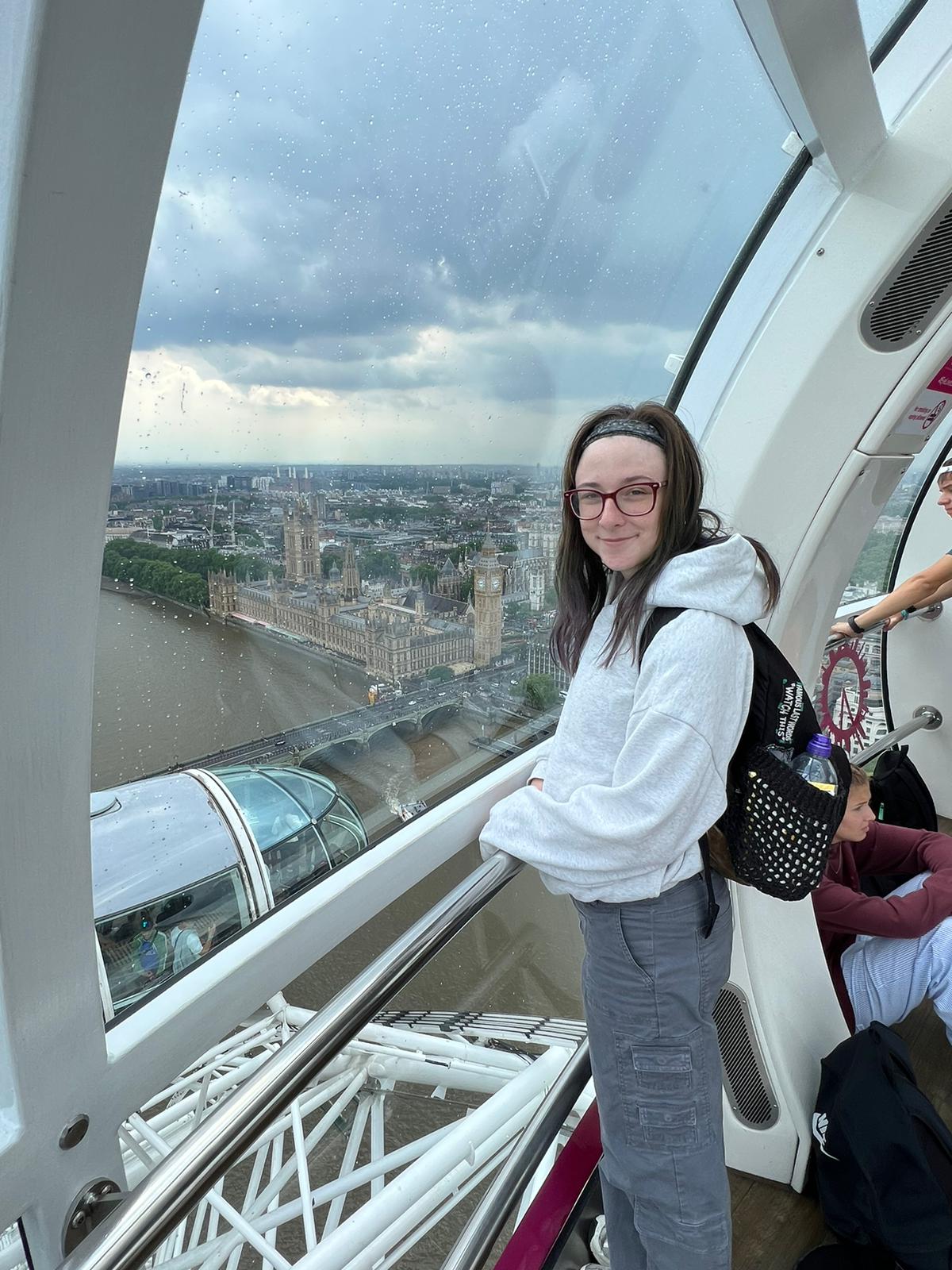
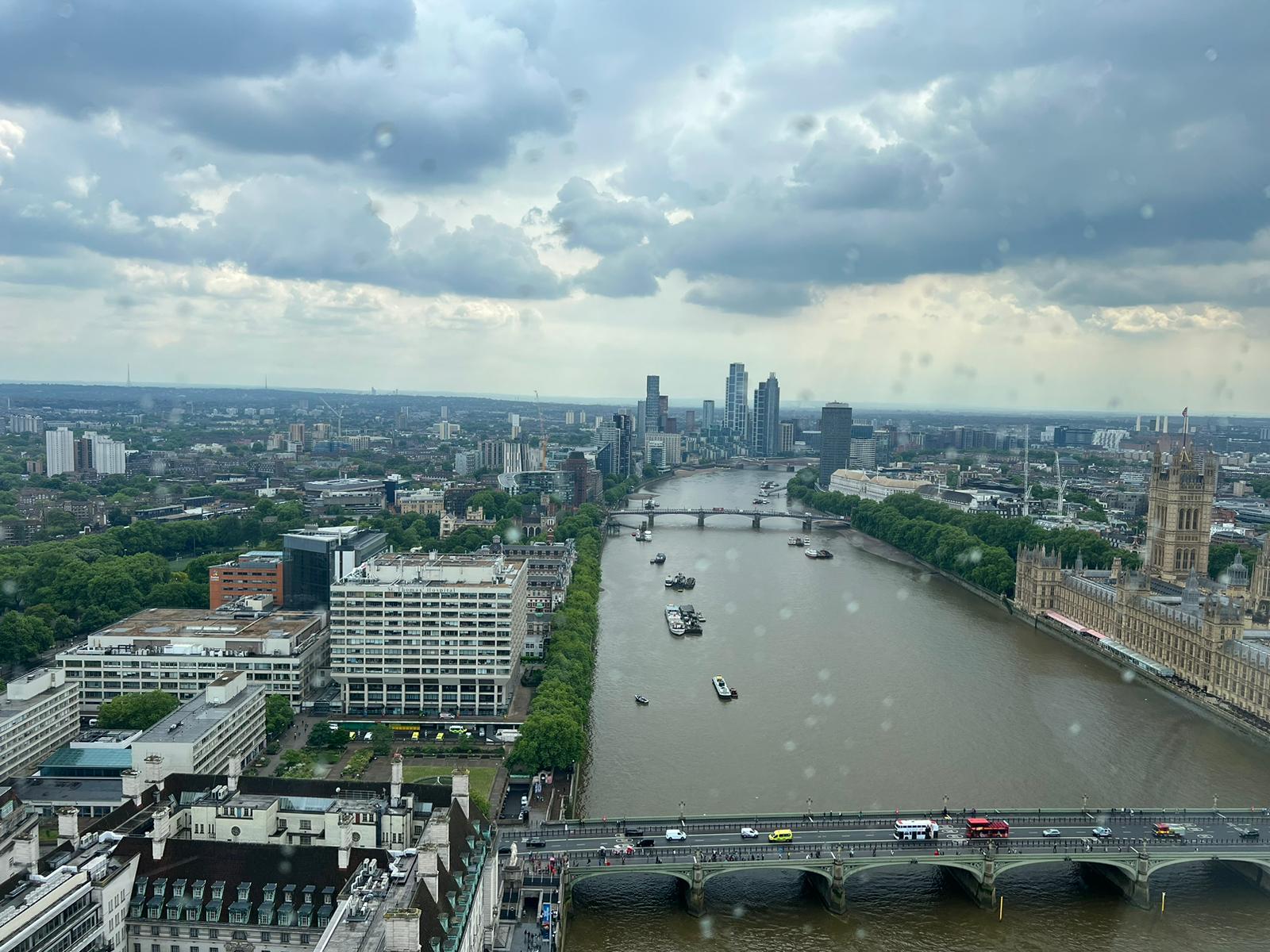
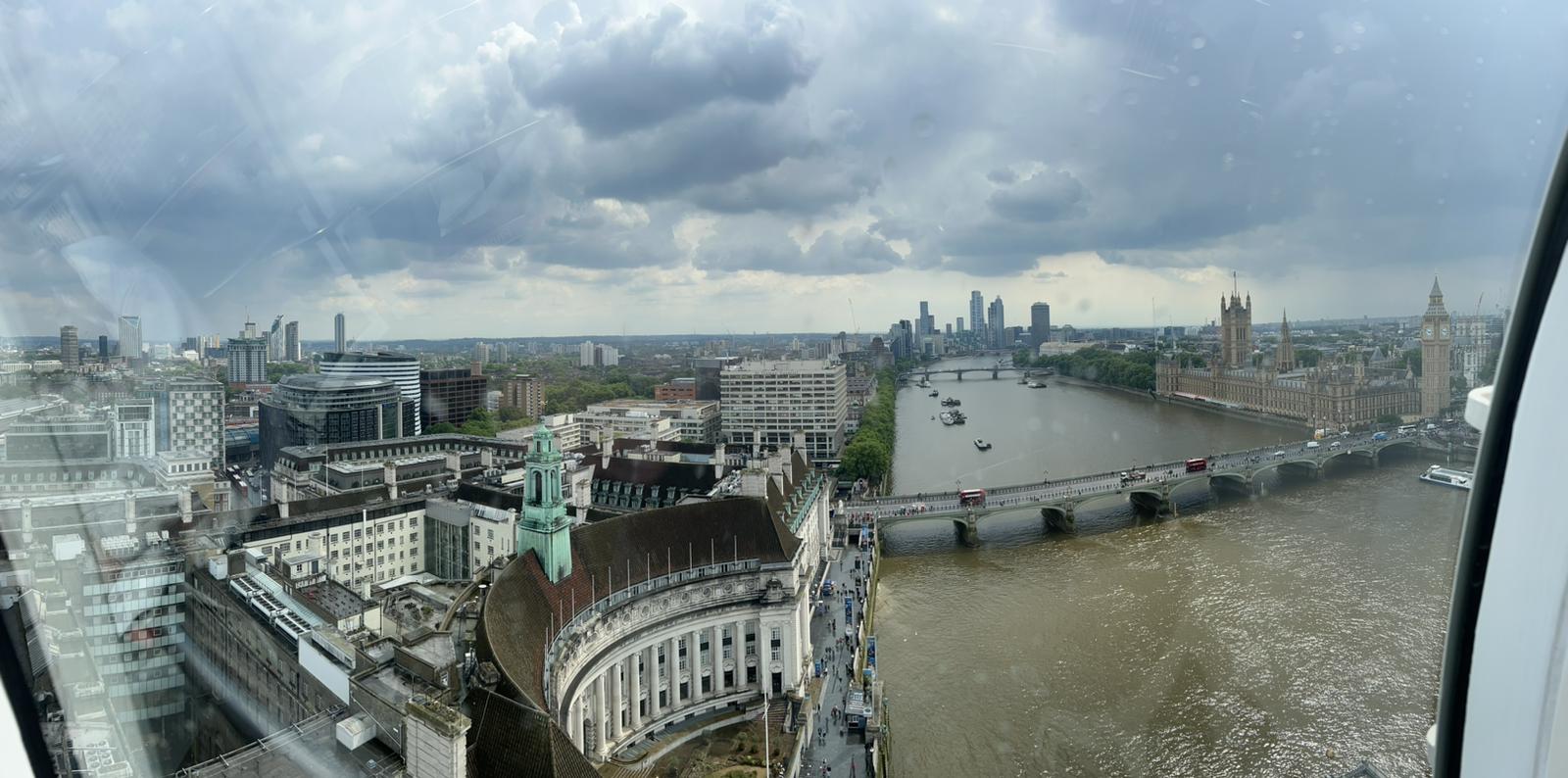
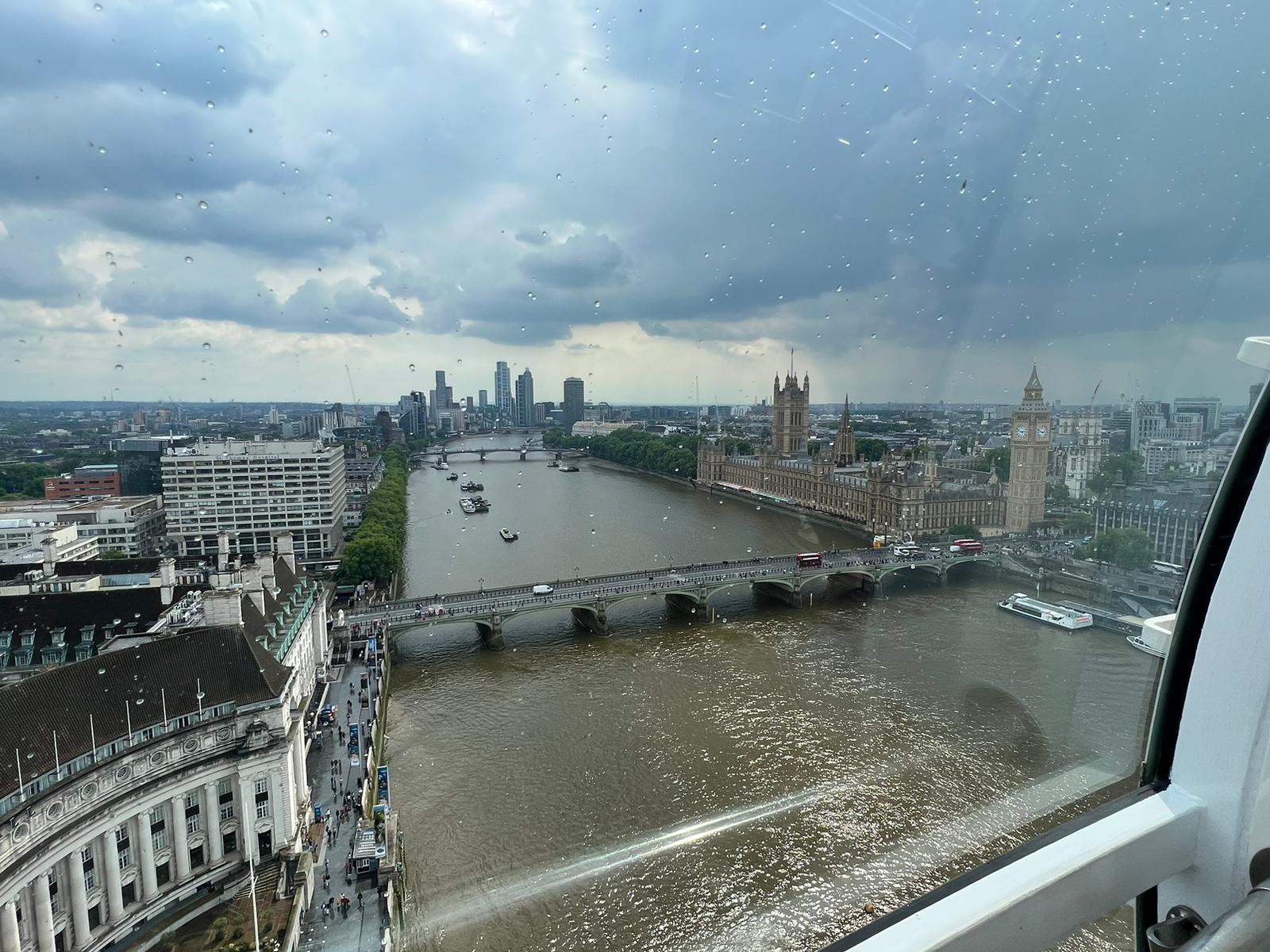

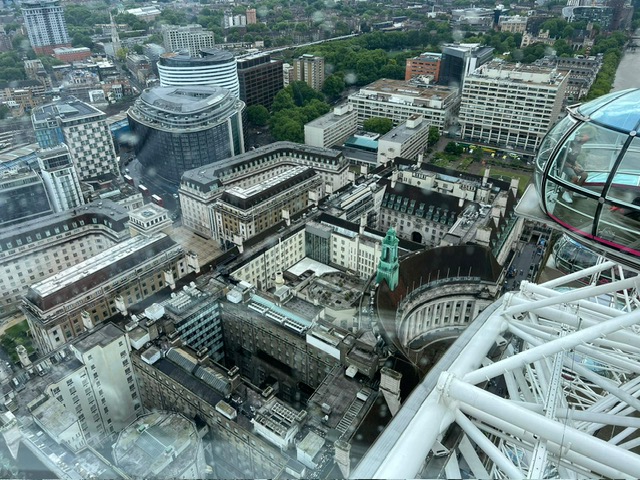
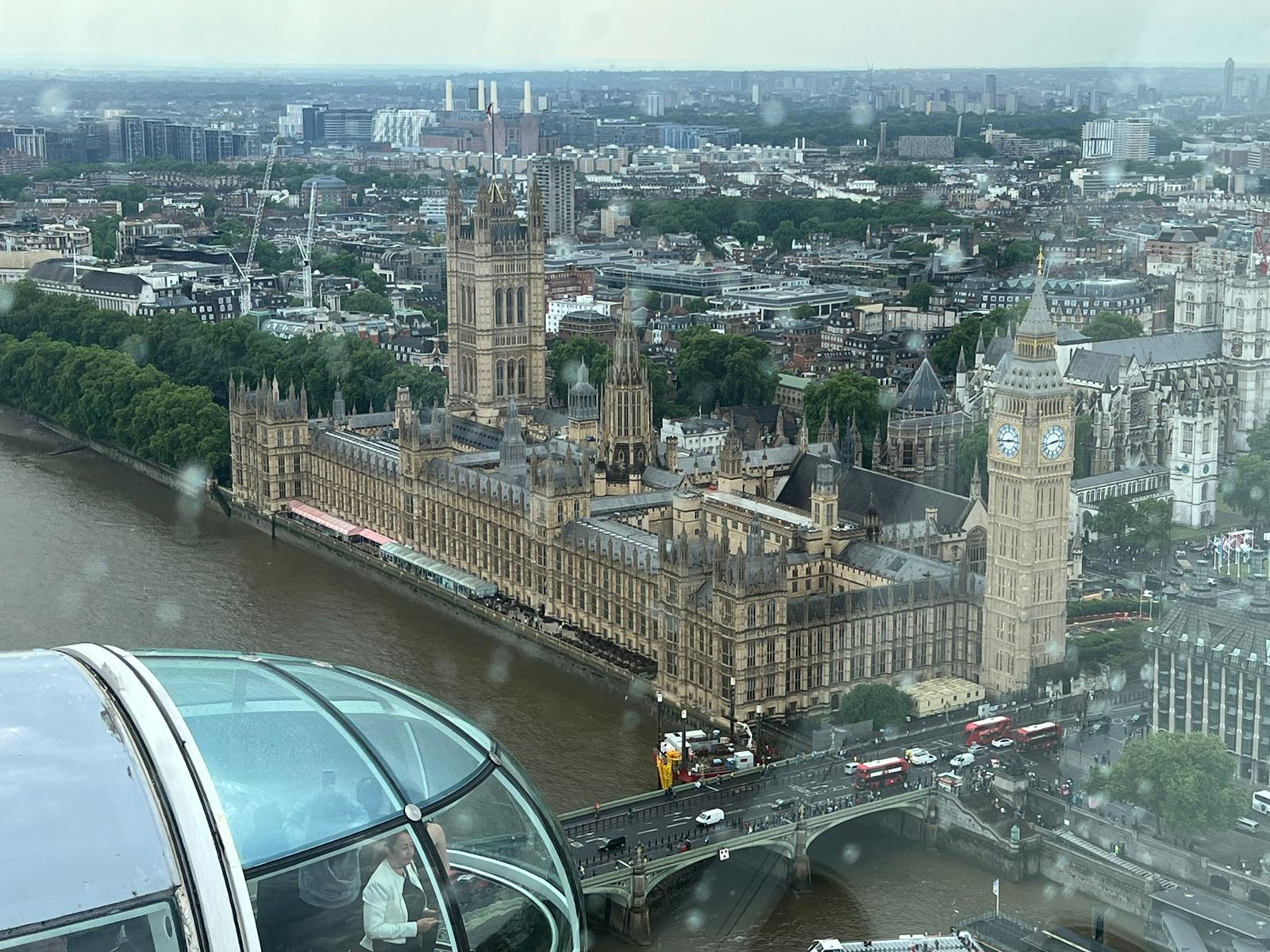
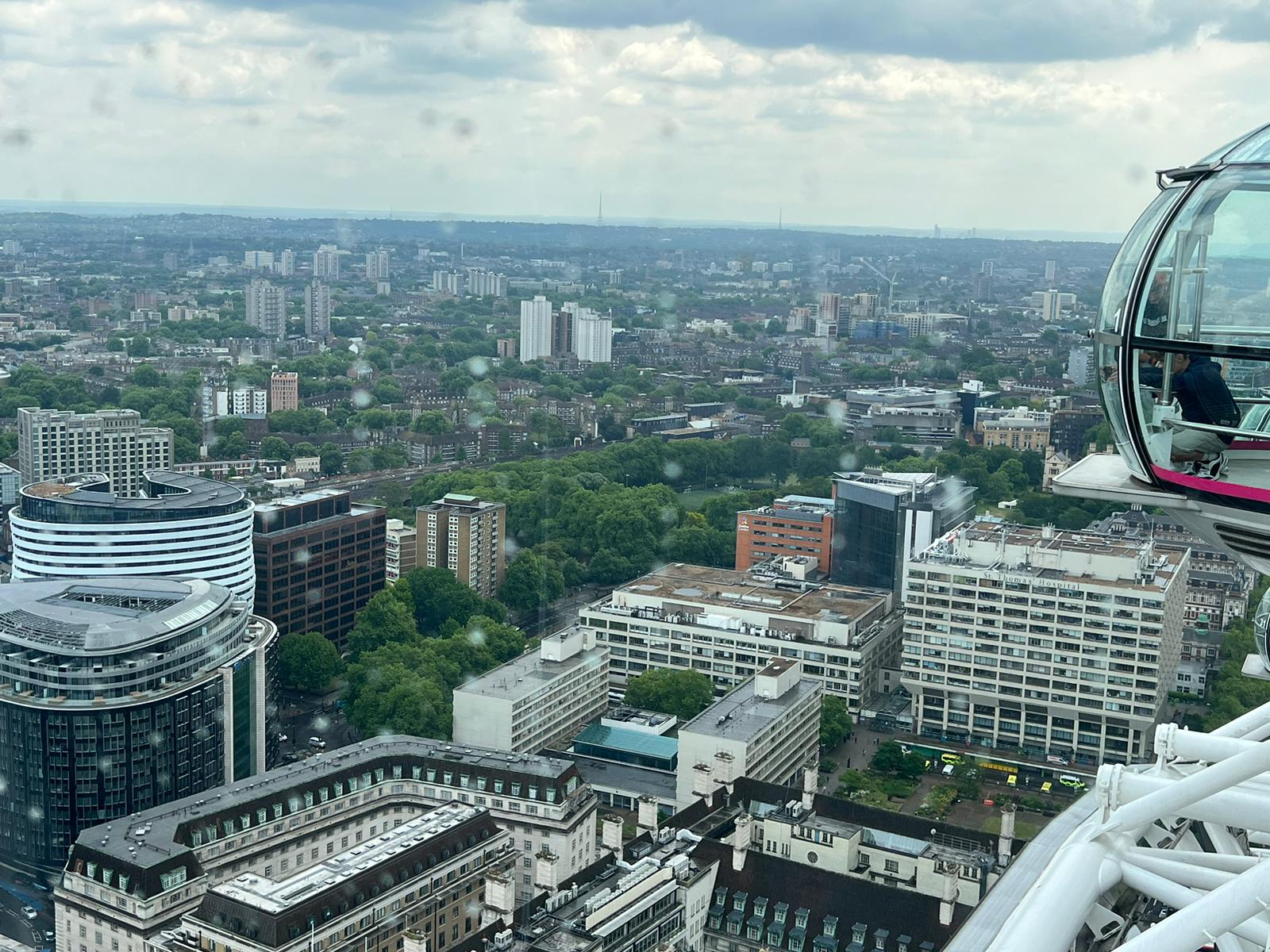
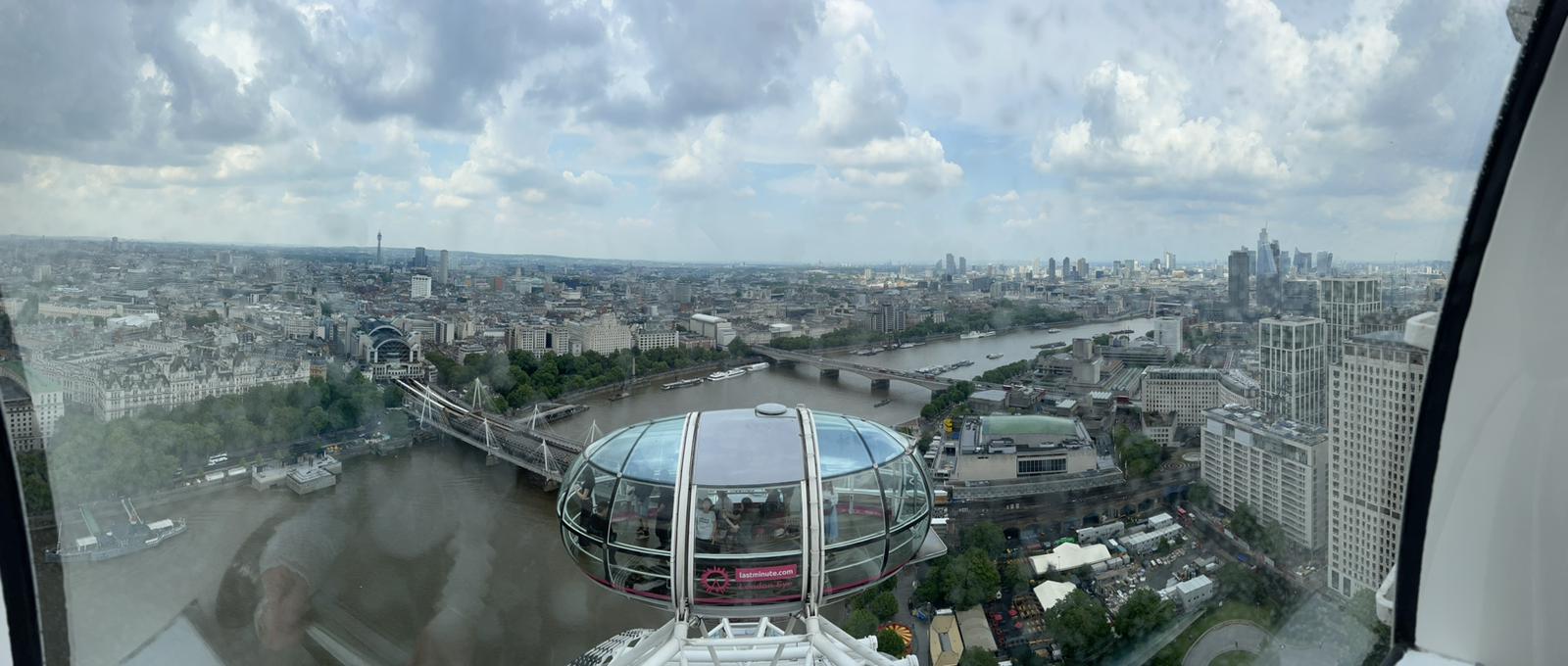
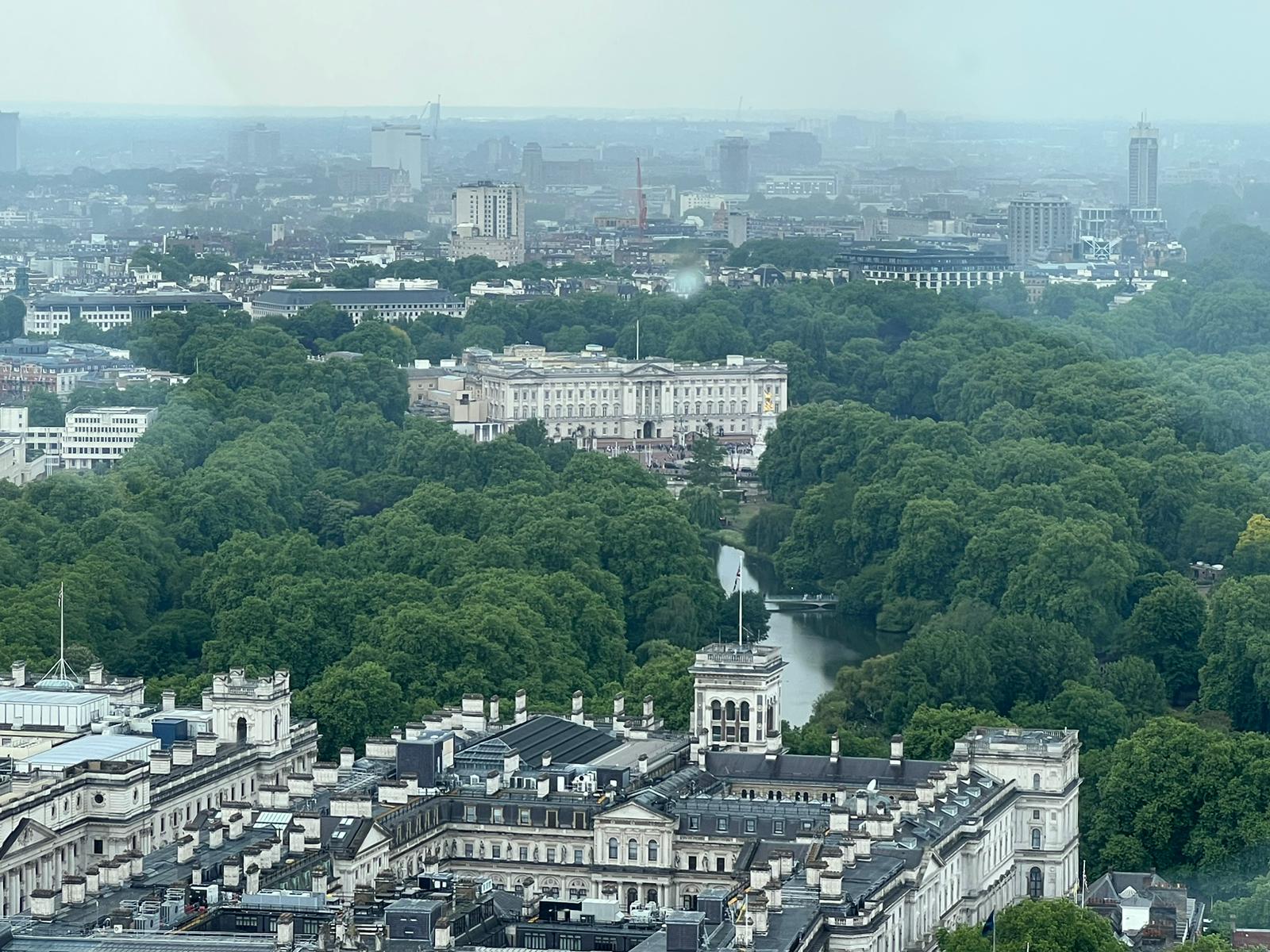
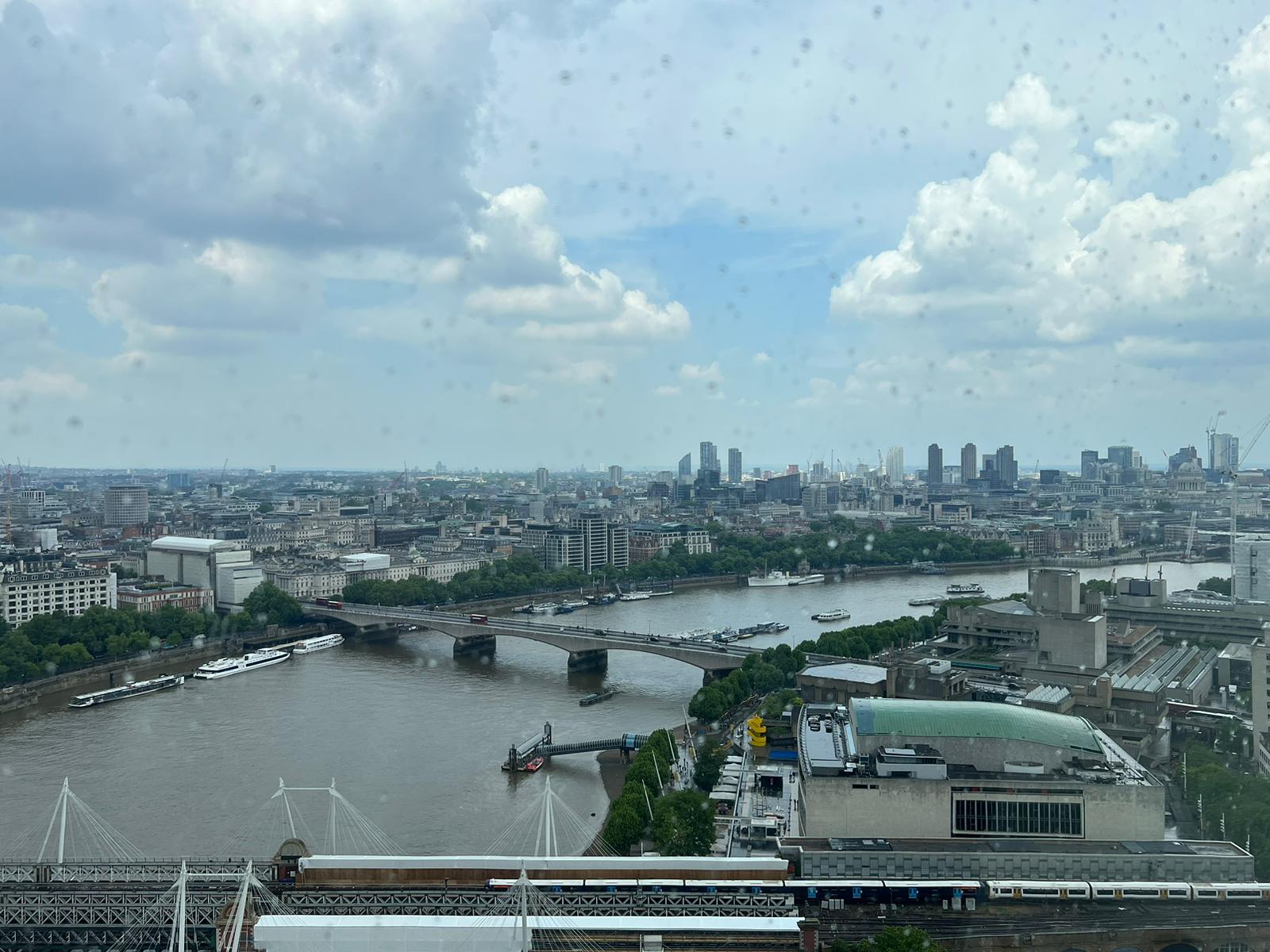
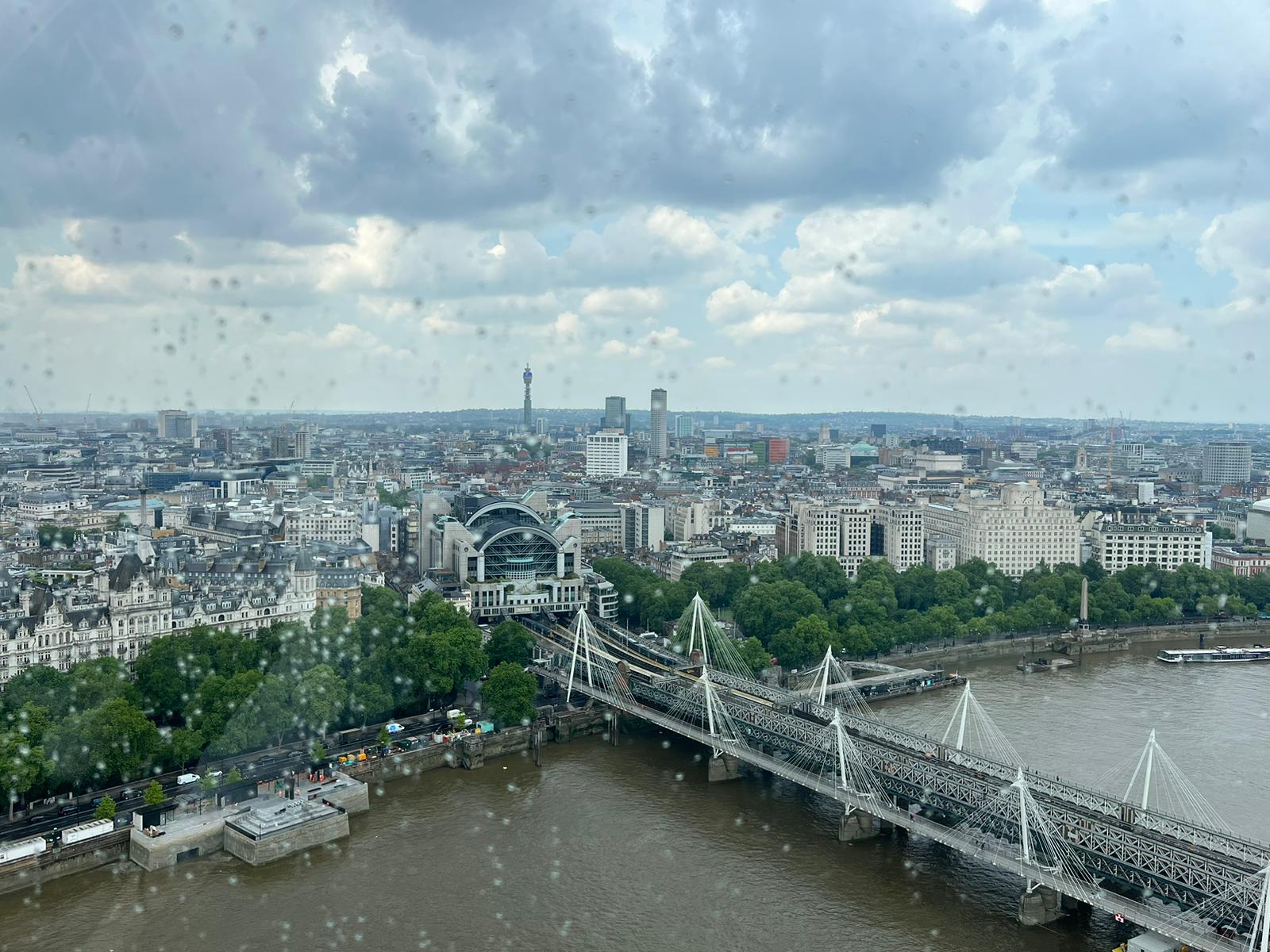
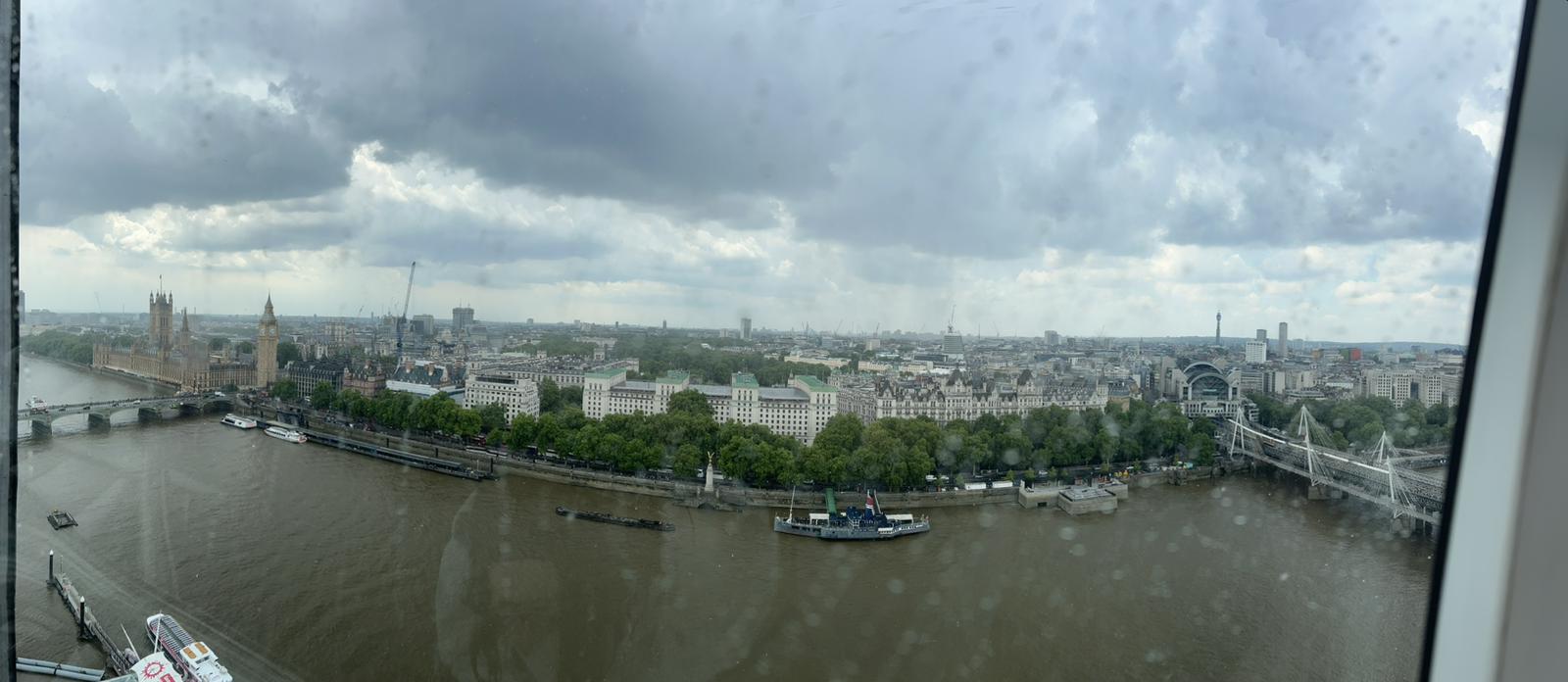
The boat trip on the Thames was, without question, a hit. We managed to snag seats on the top deck, giving us uninterrupted views of London’s iconic riverside skyline. I’ve walked all over London countless times in my life—but, oddly enough, this was the first time I’d ever seen it from the river. A gentle breeze welcomed us as the boat pulled away from the London Eye… although to me, it quickly started feeling less like a breeze and more like a gale-force wind.
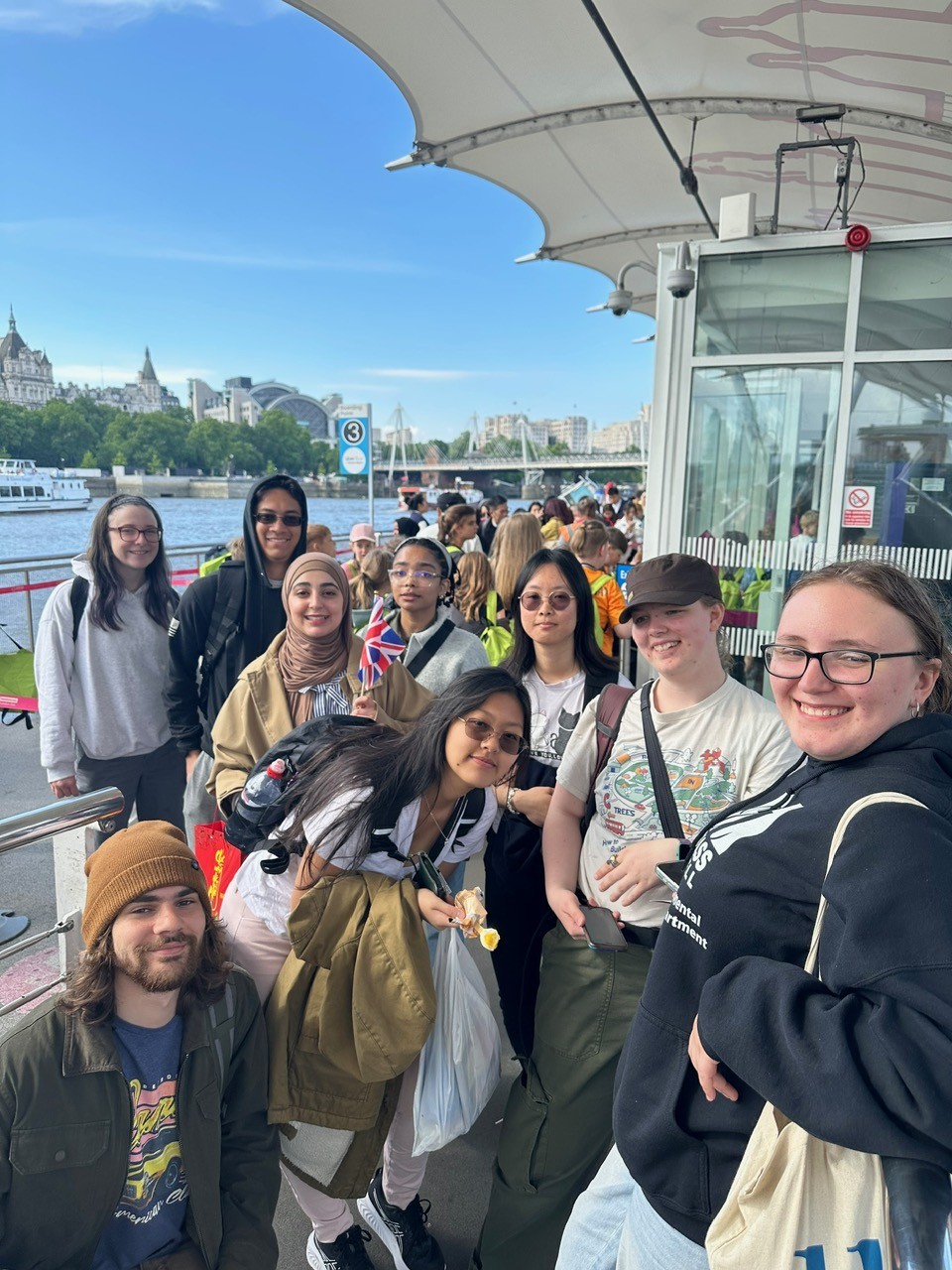
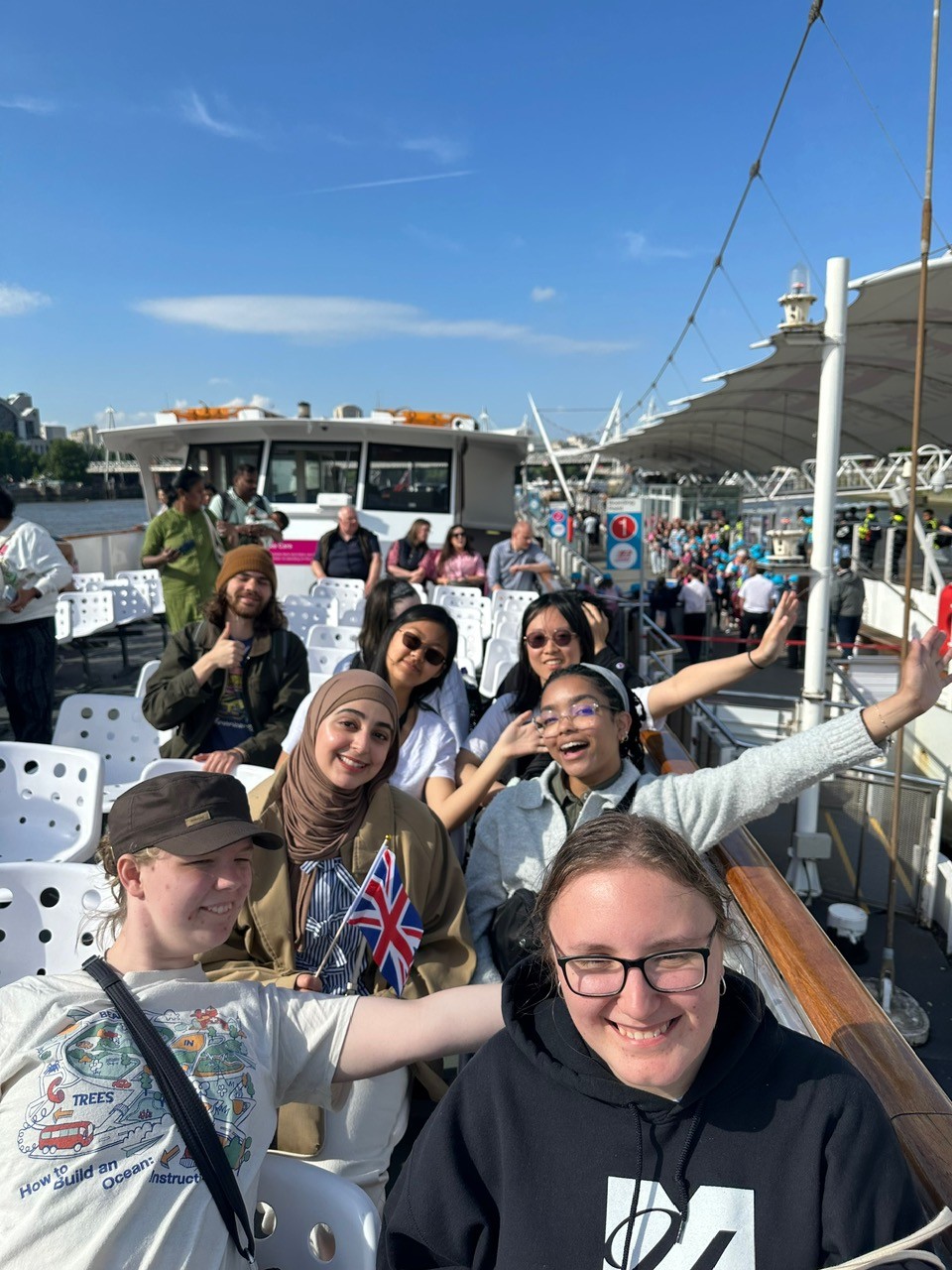
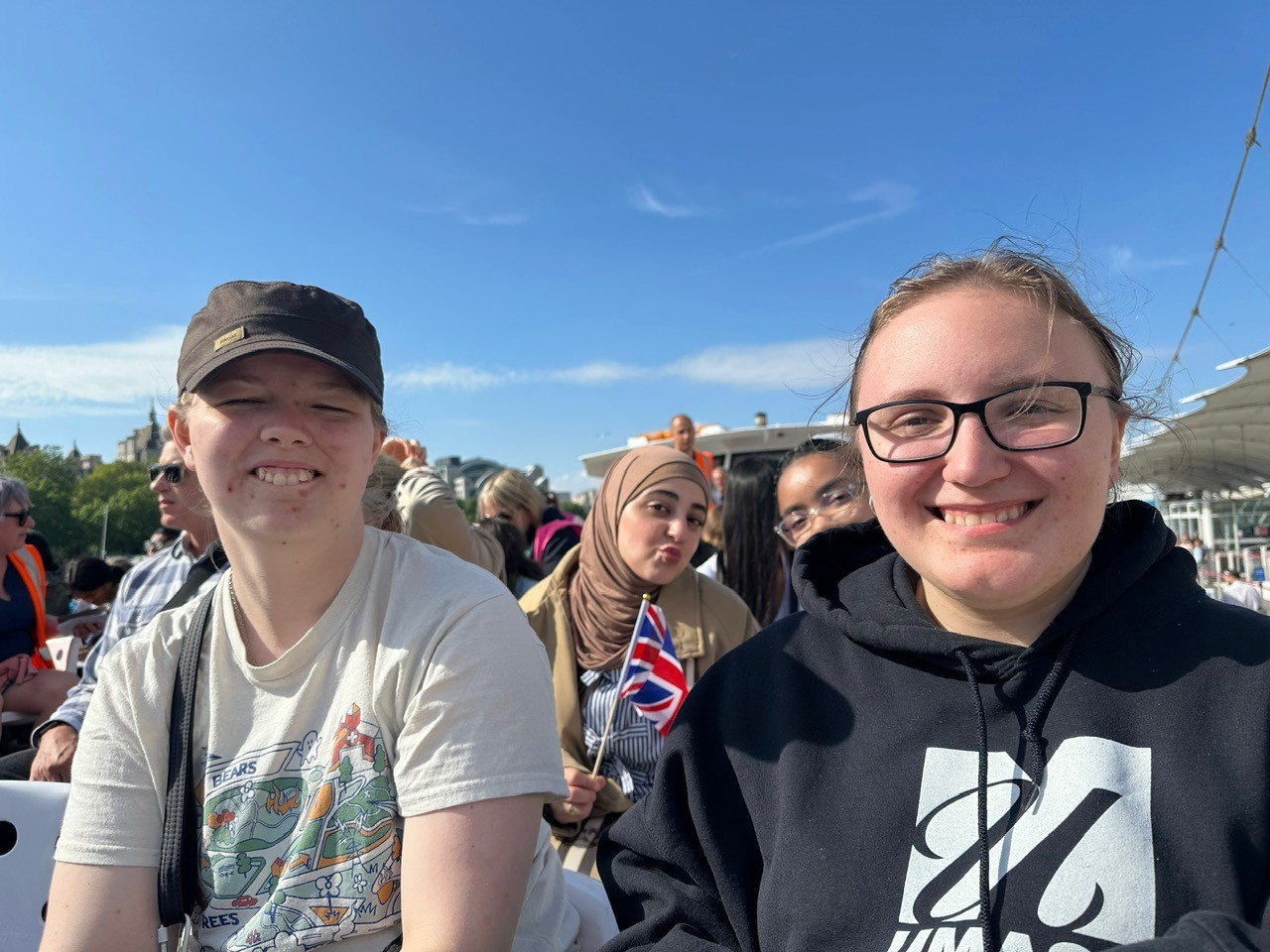
As we cruised along, the tour guide delivered commentary in that perfectly British deadpan style—half historical insight, half stand-up comedy. We glided past the Houses of Parliament, dipped beneath the graceful arches of Waterloo Bridge, and floated alongside St. Paul’s Cathedral, which looked quite majestic from the water, shame we did not have the time to walk over there.
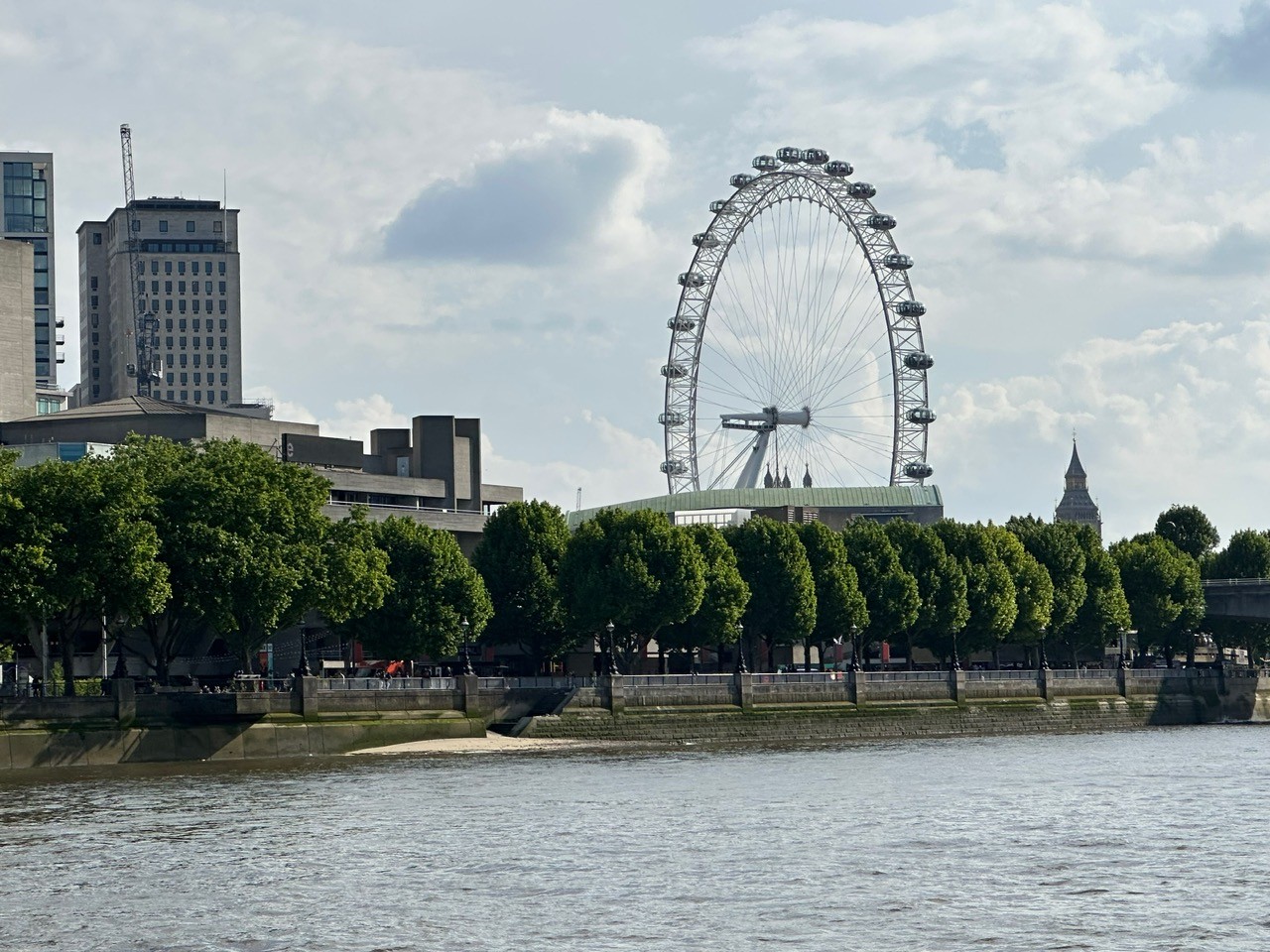
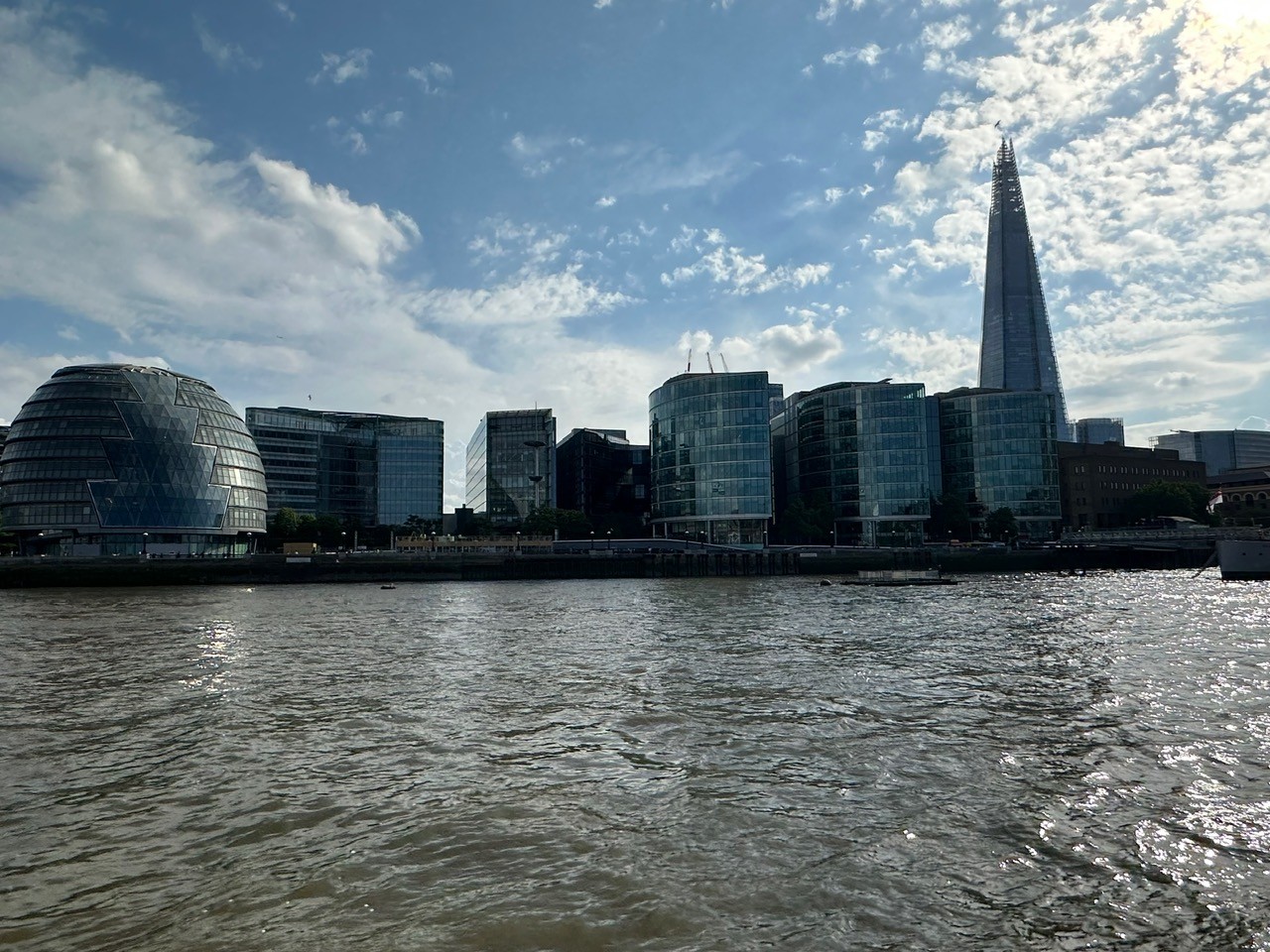
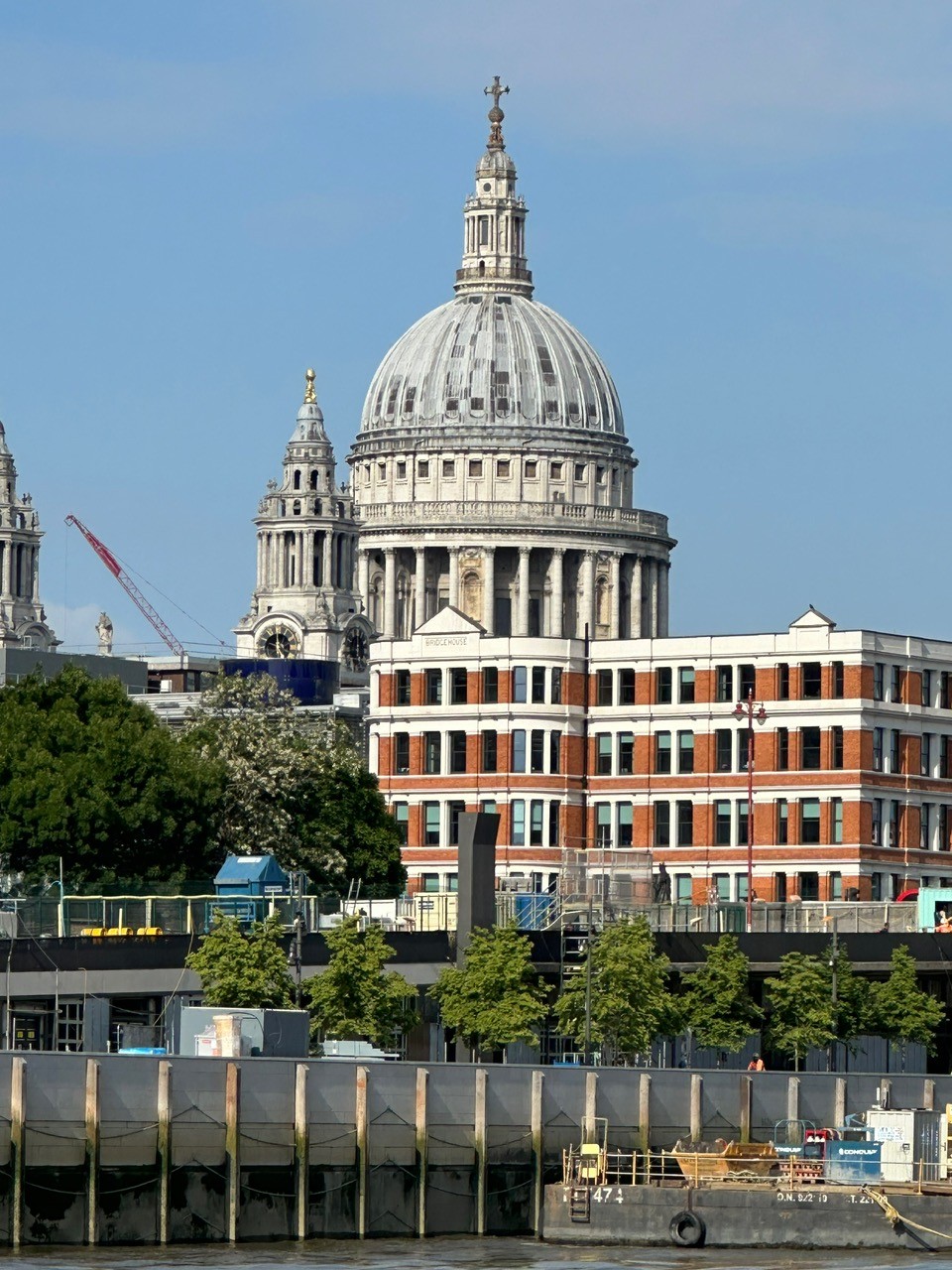
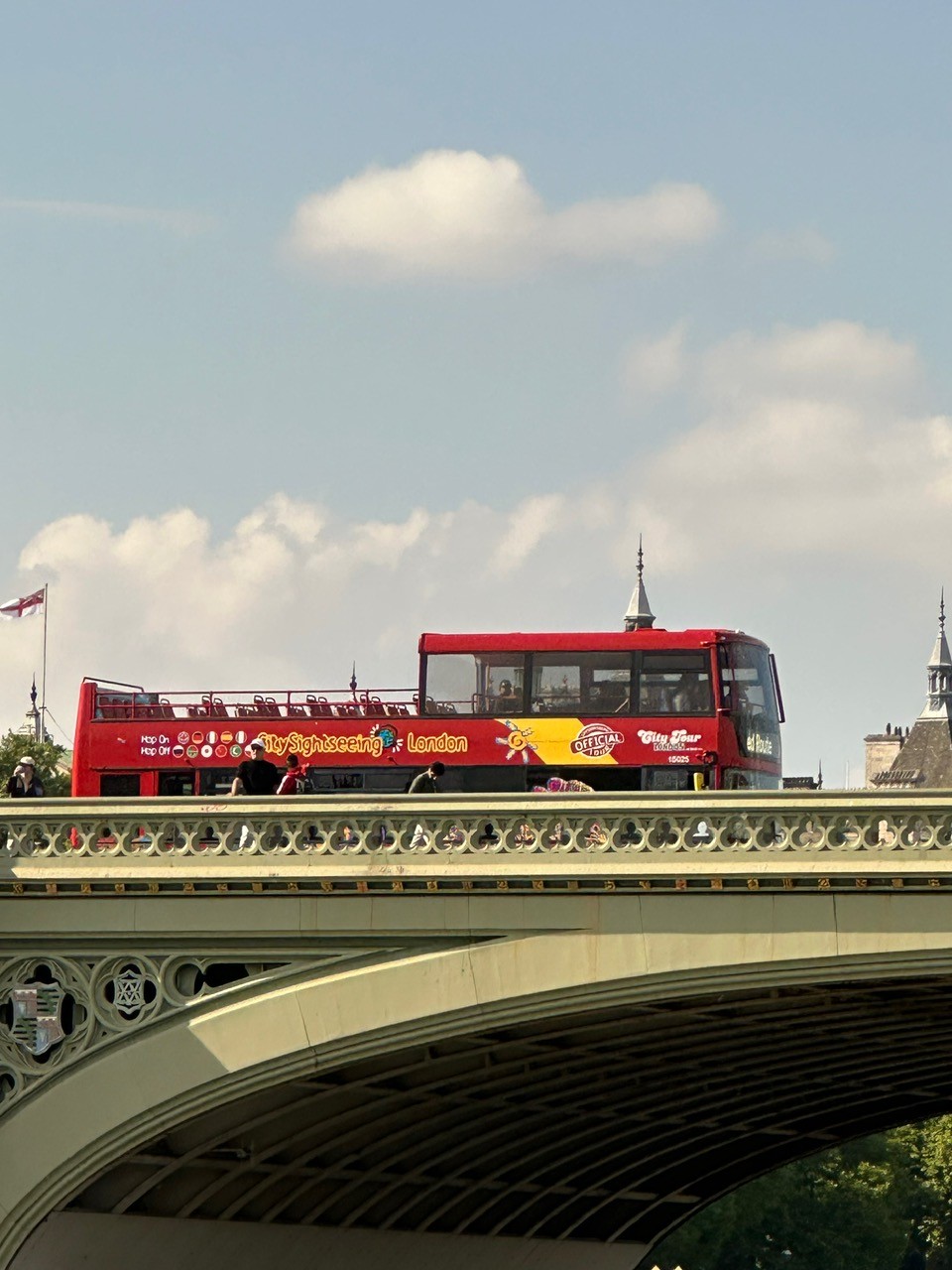
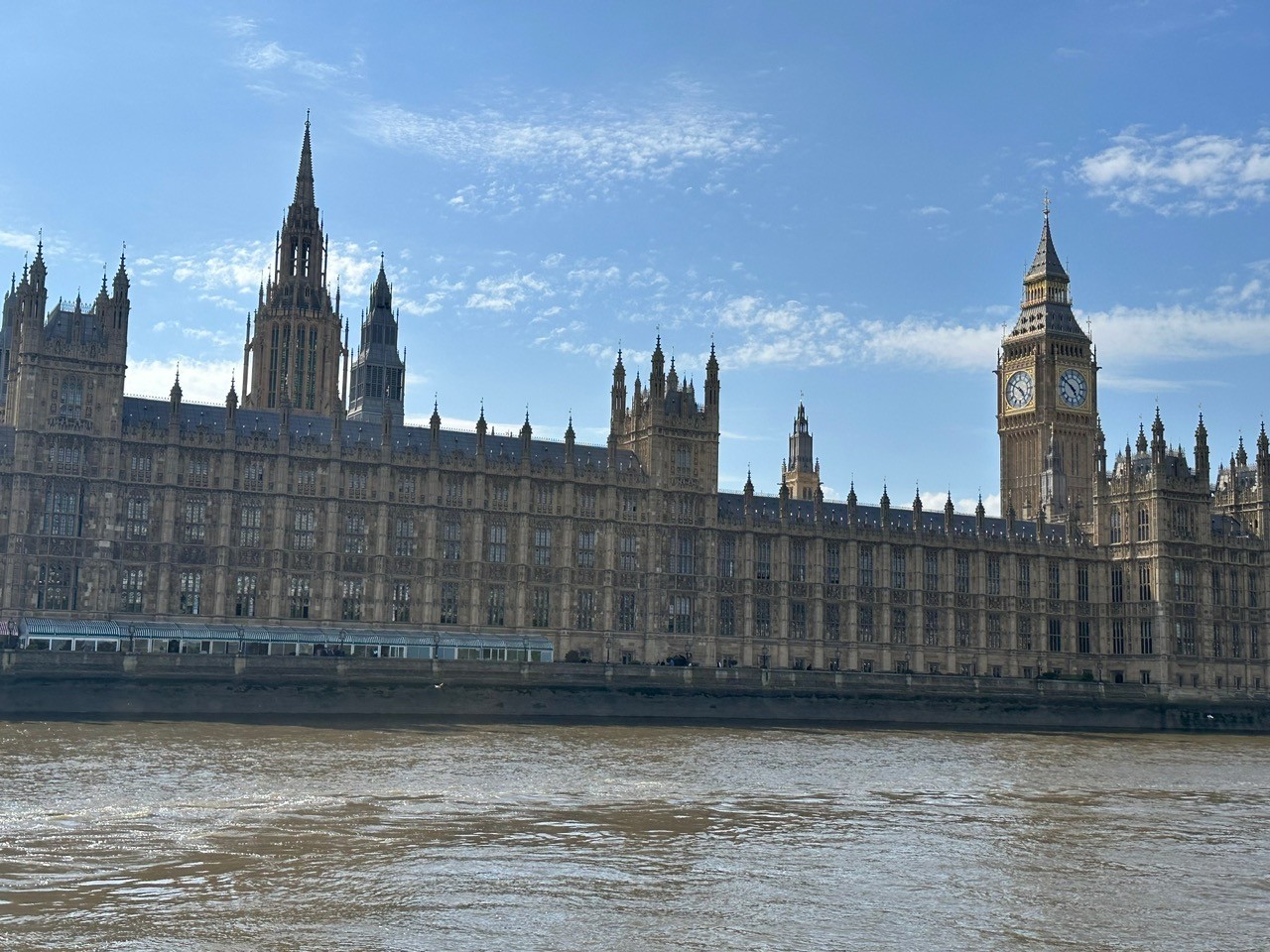
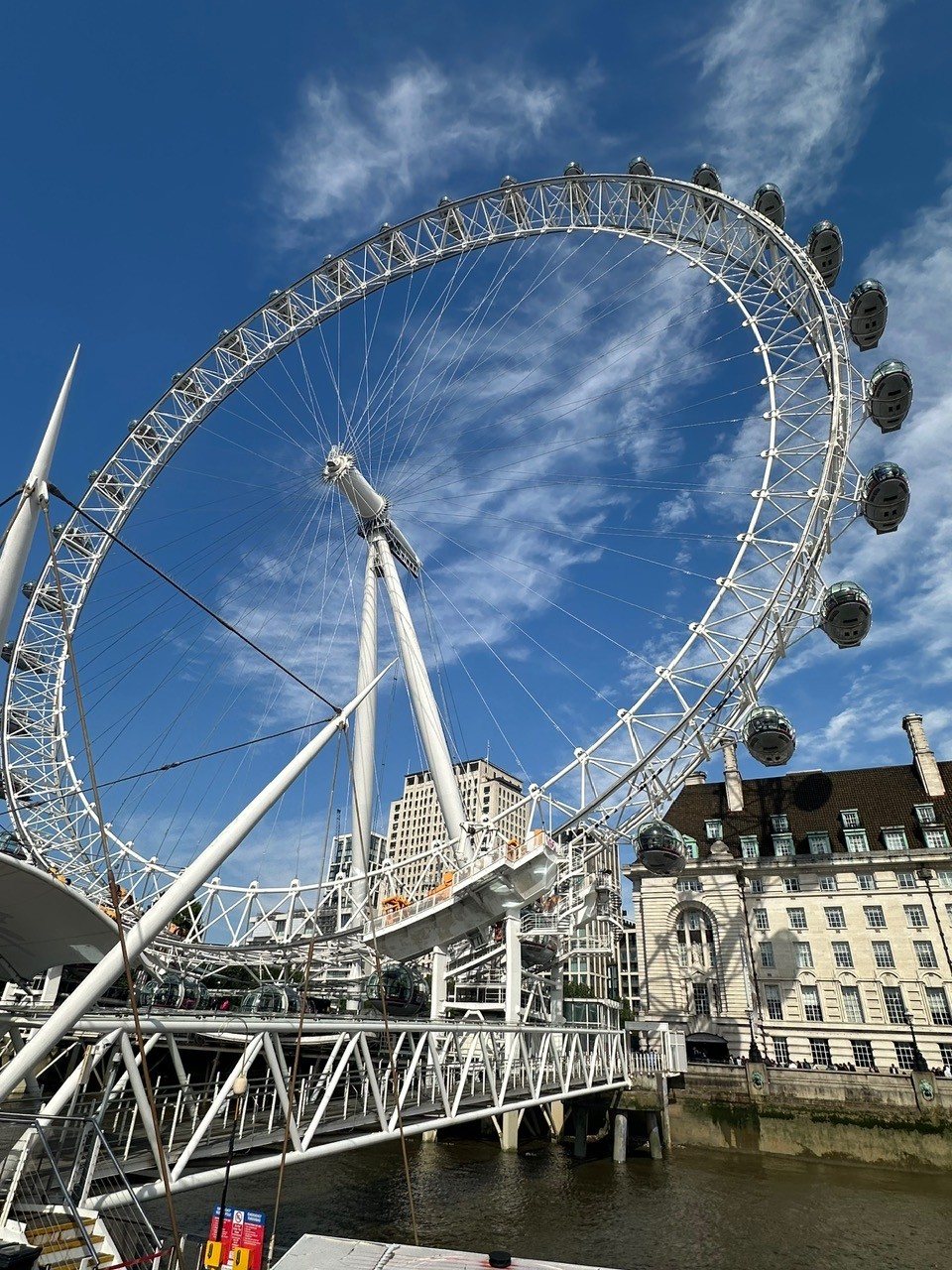
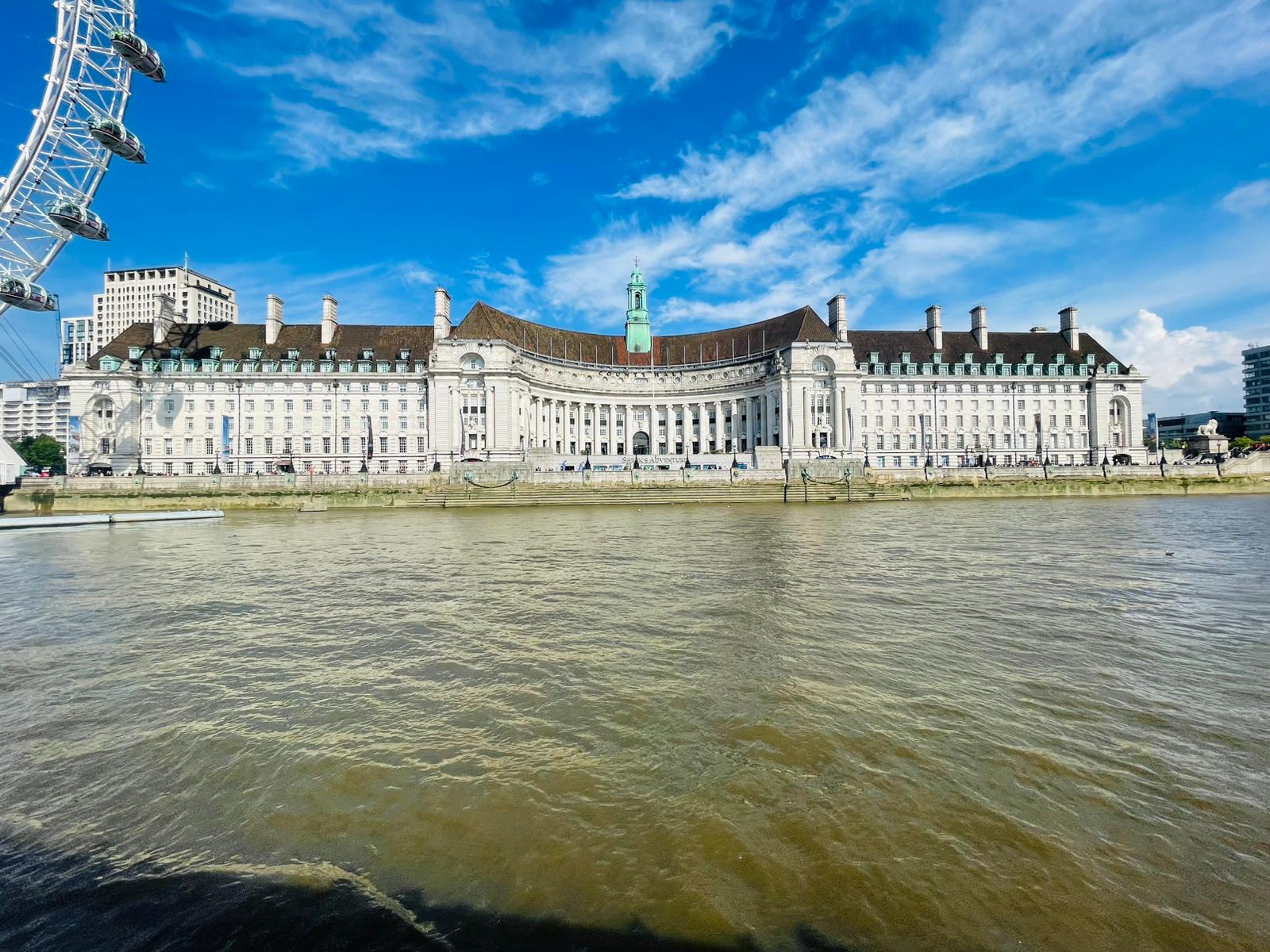
We passed Shakespeare’s Globe, the stark industrial silhouette of the Tate Modern, the shimmering glass of The Shard, and the stone walls of the Tower of London—a perfect timeline of British history unrolling along the riverbanks.
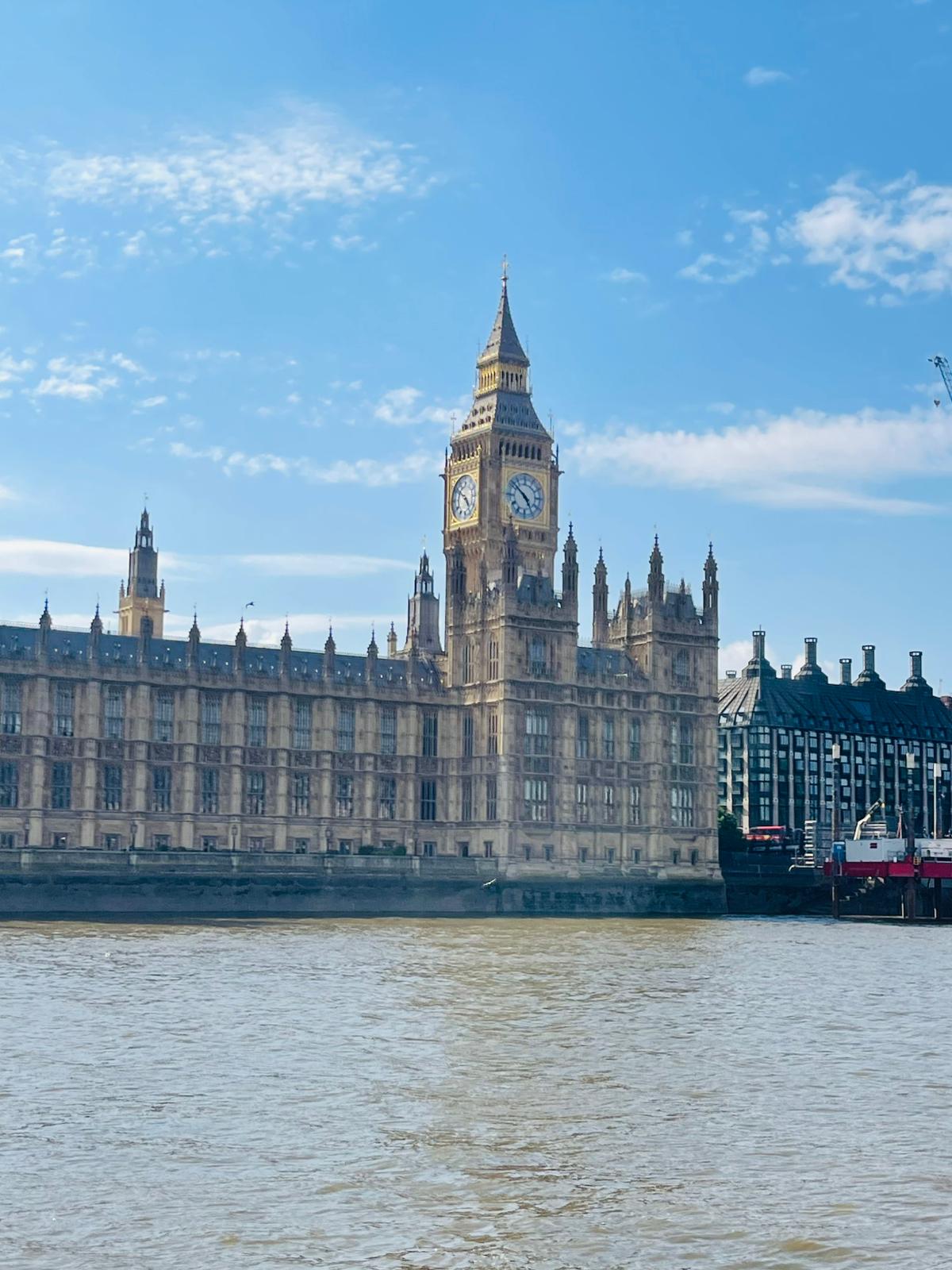
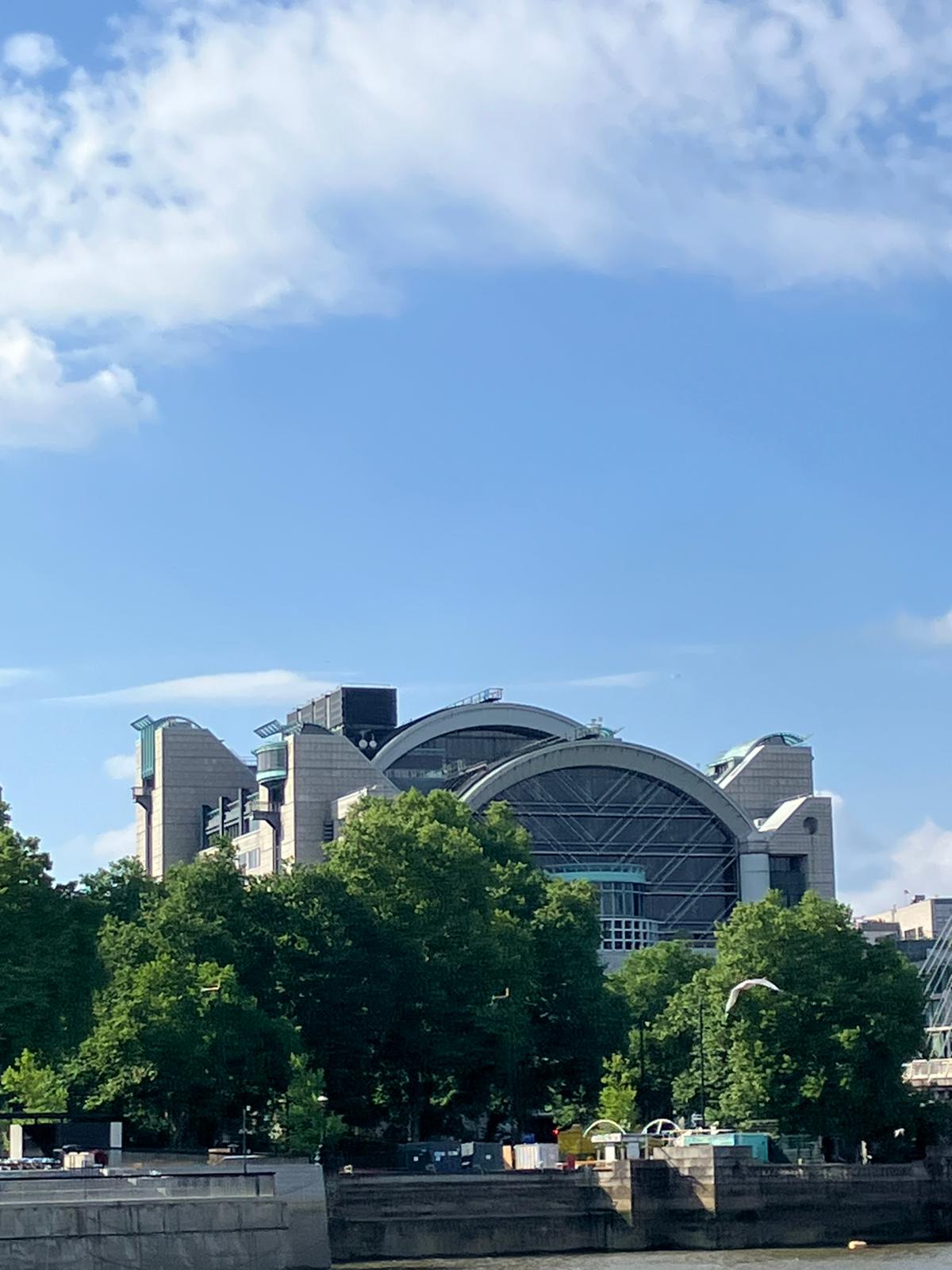
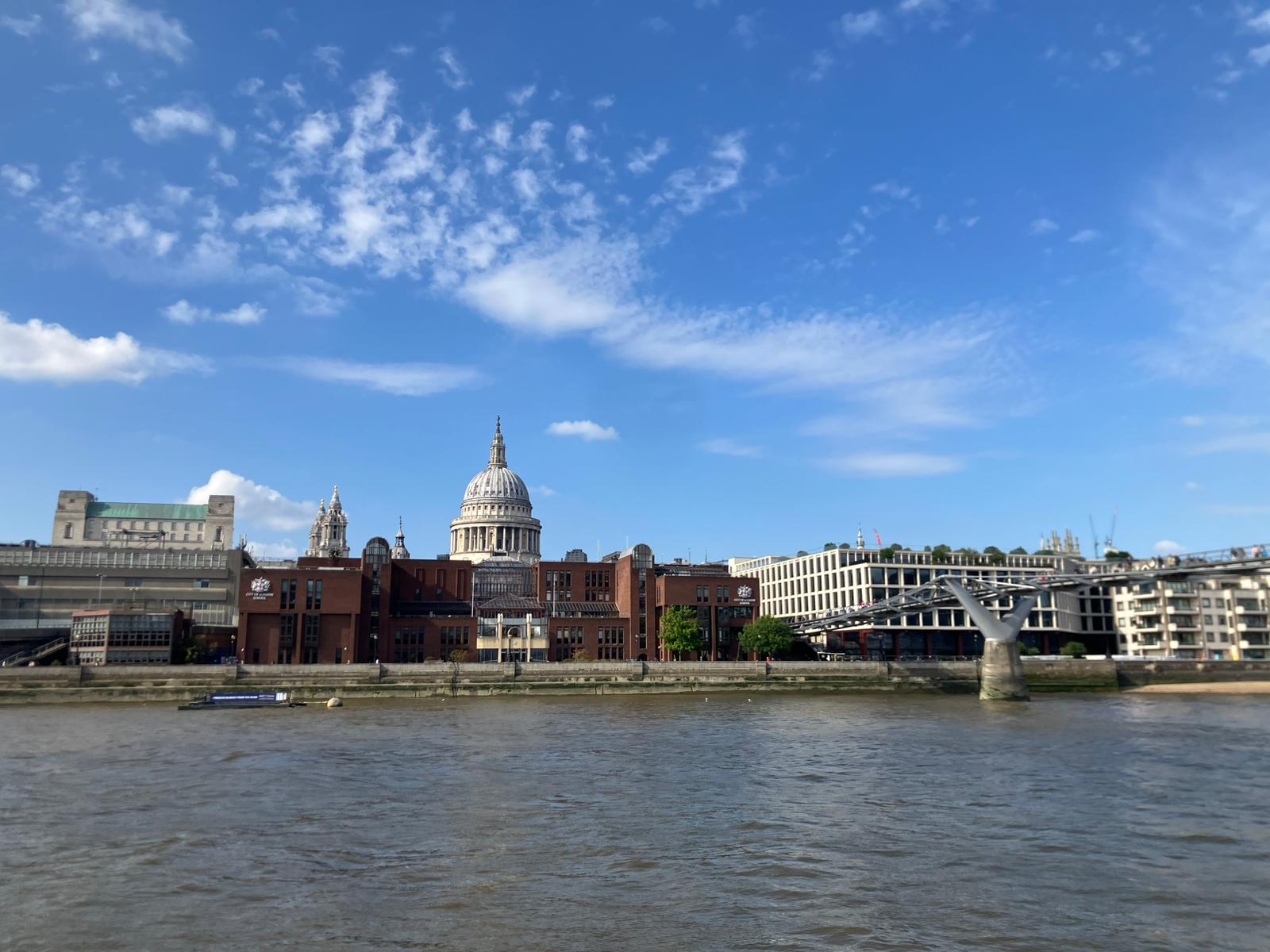
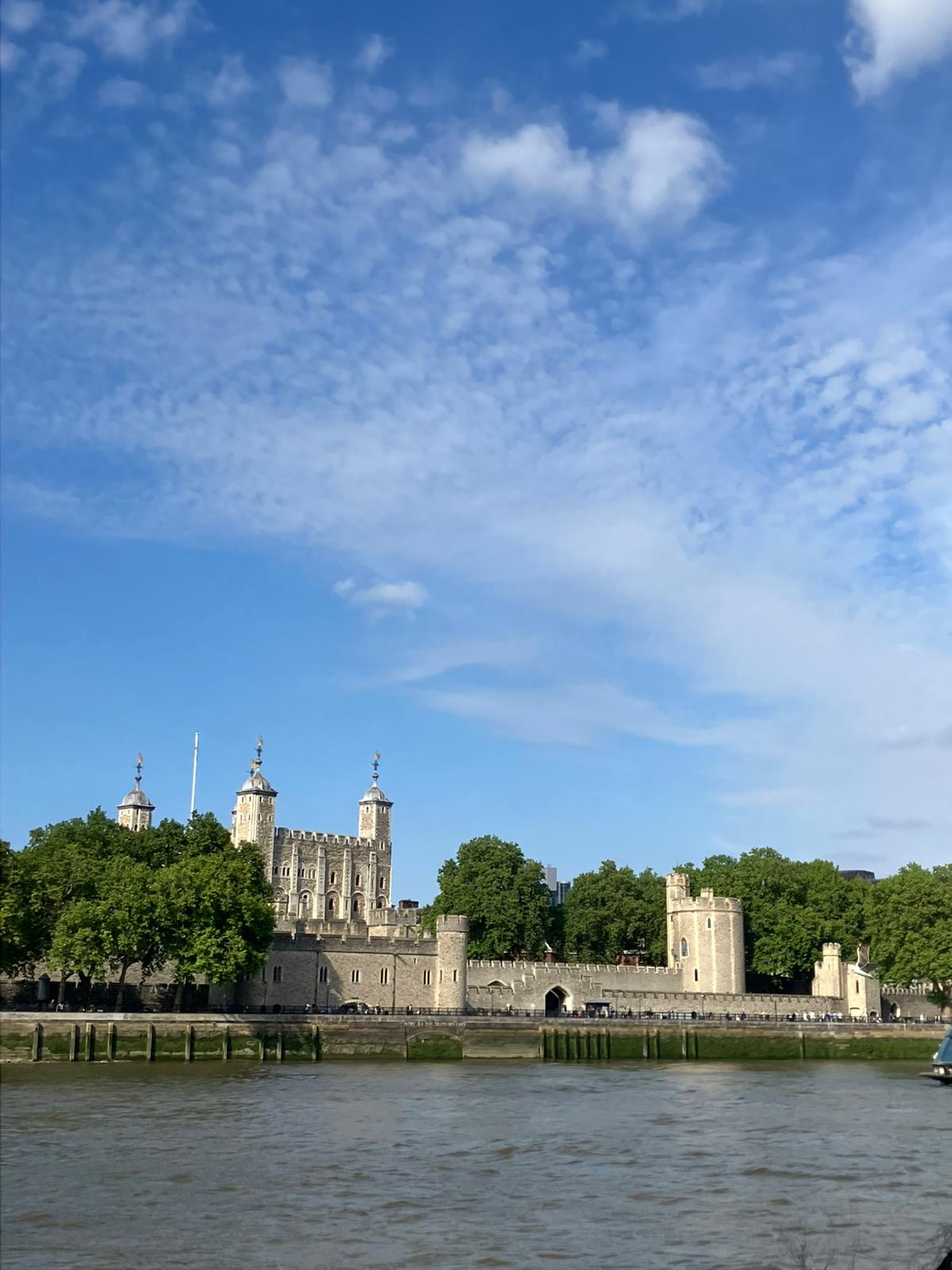
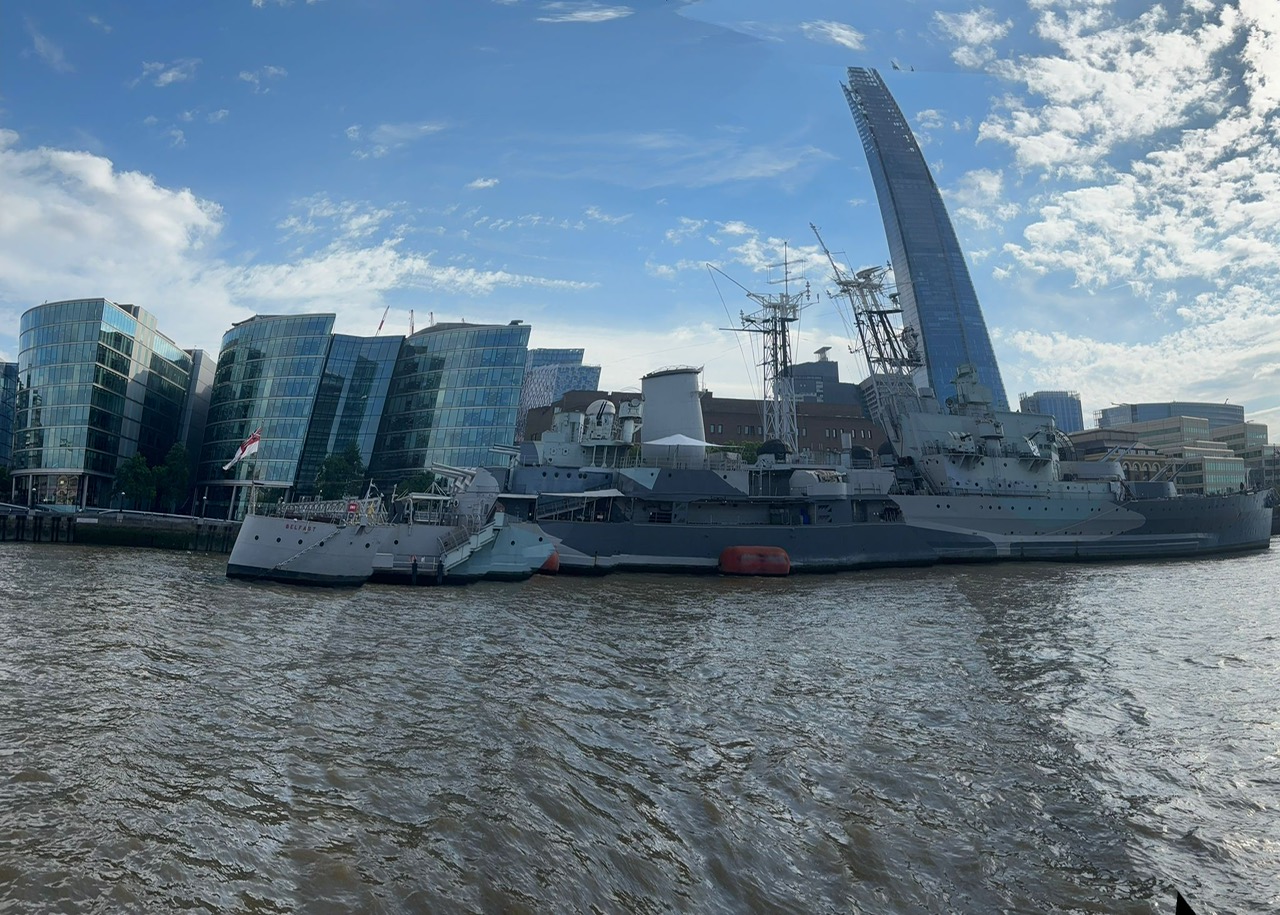
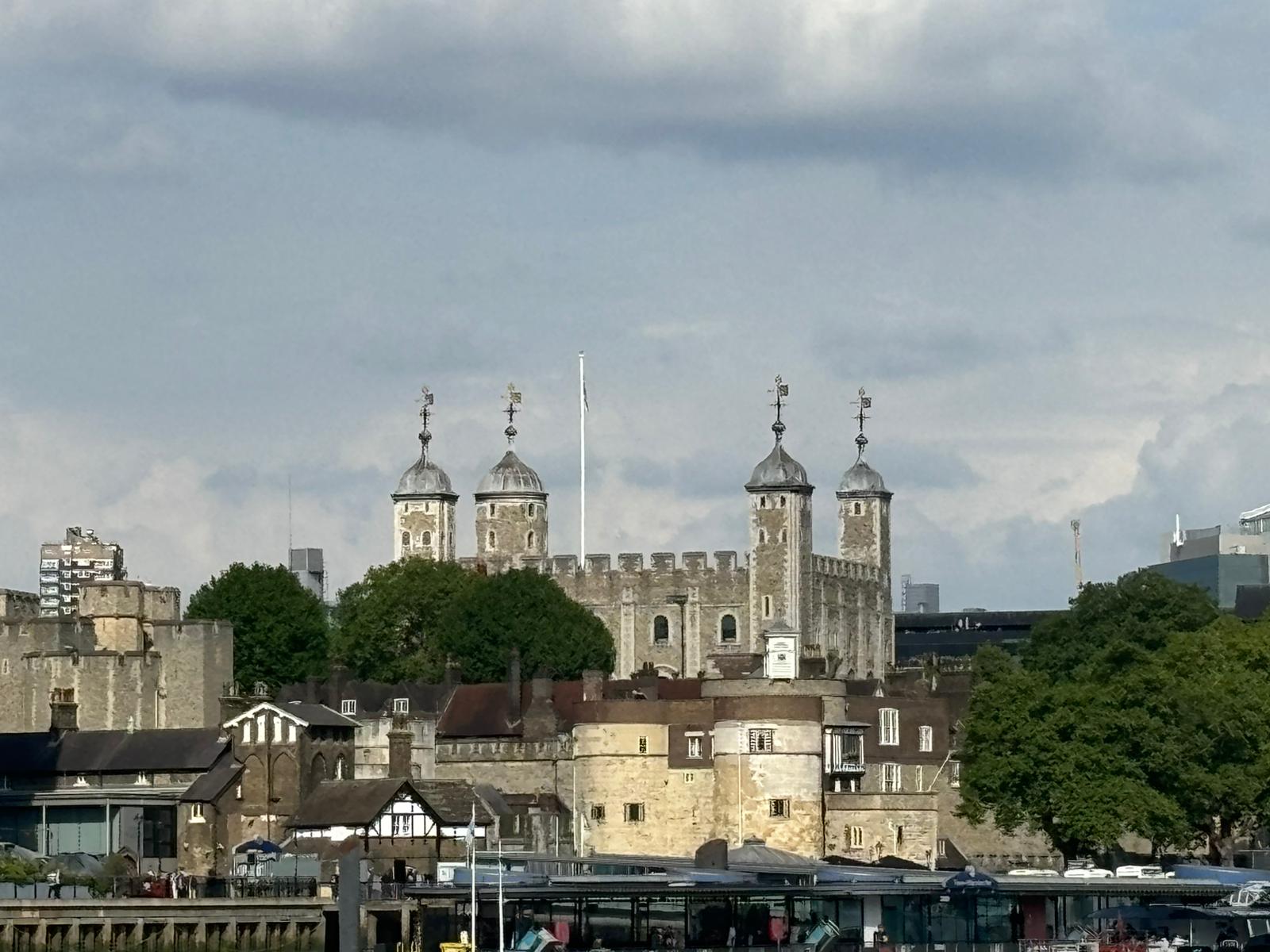
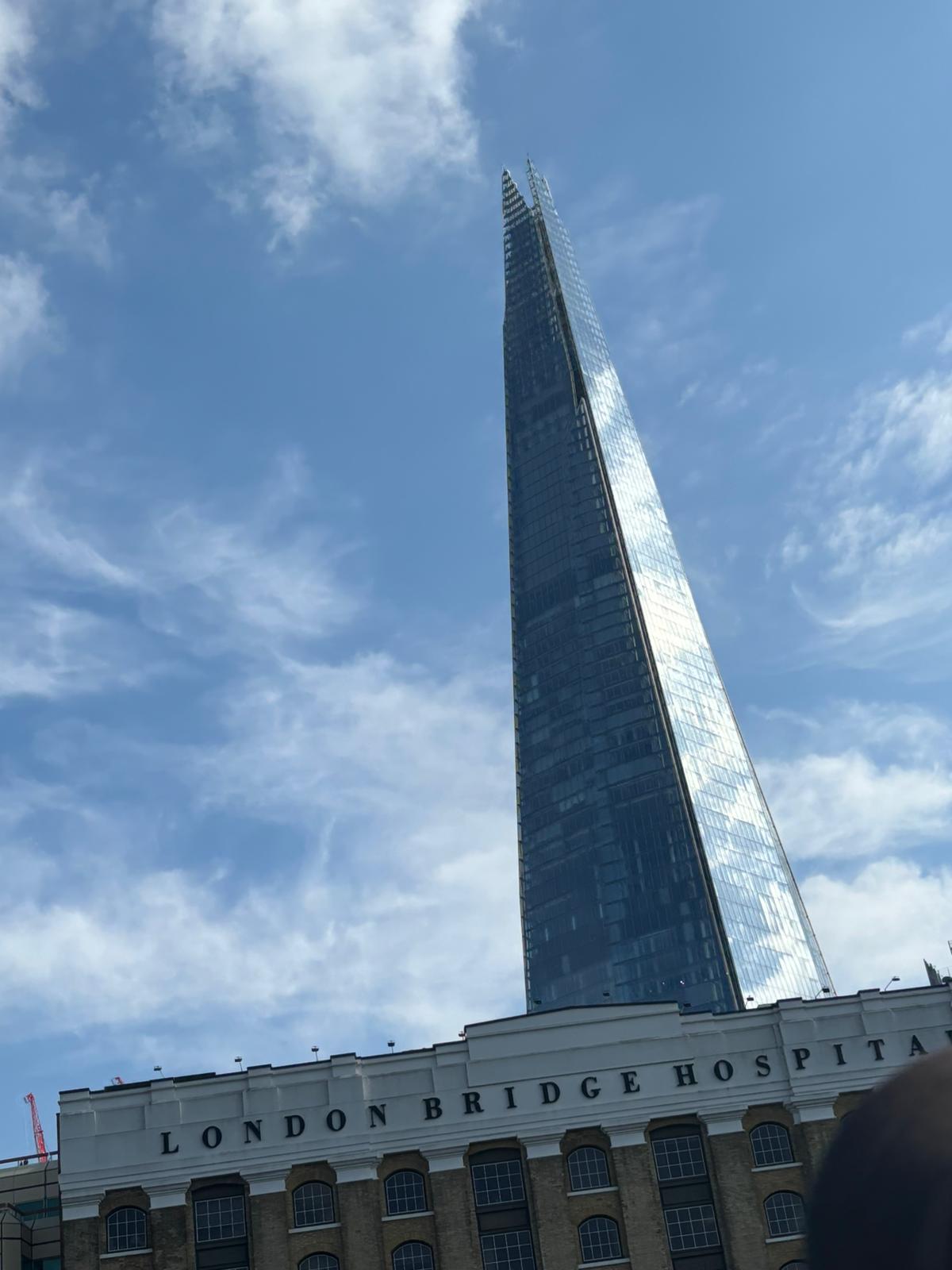
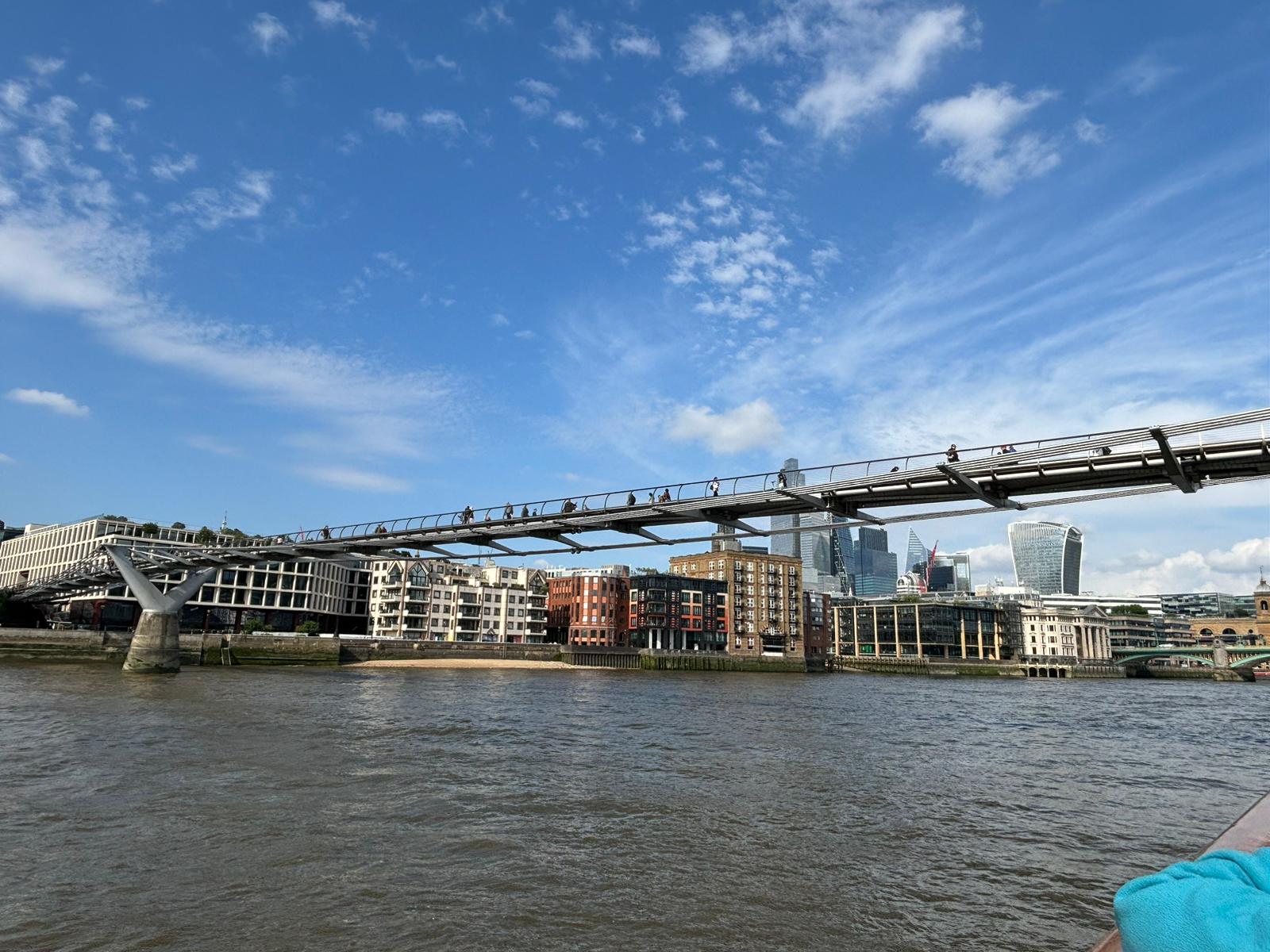
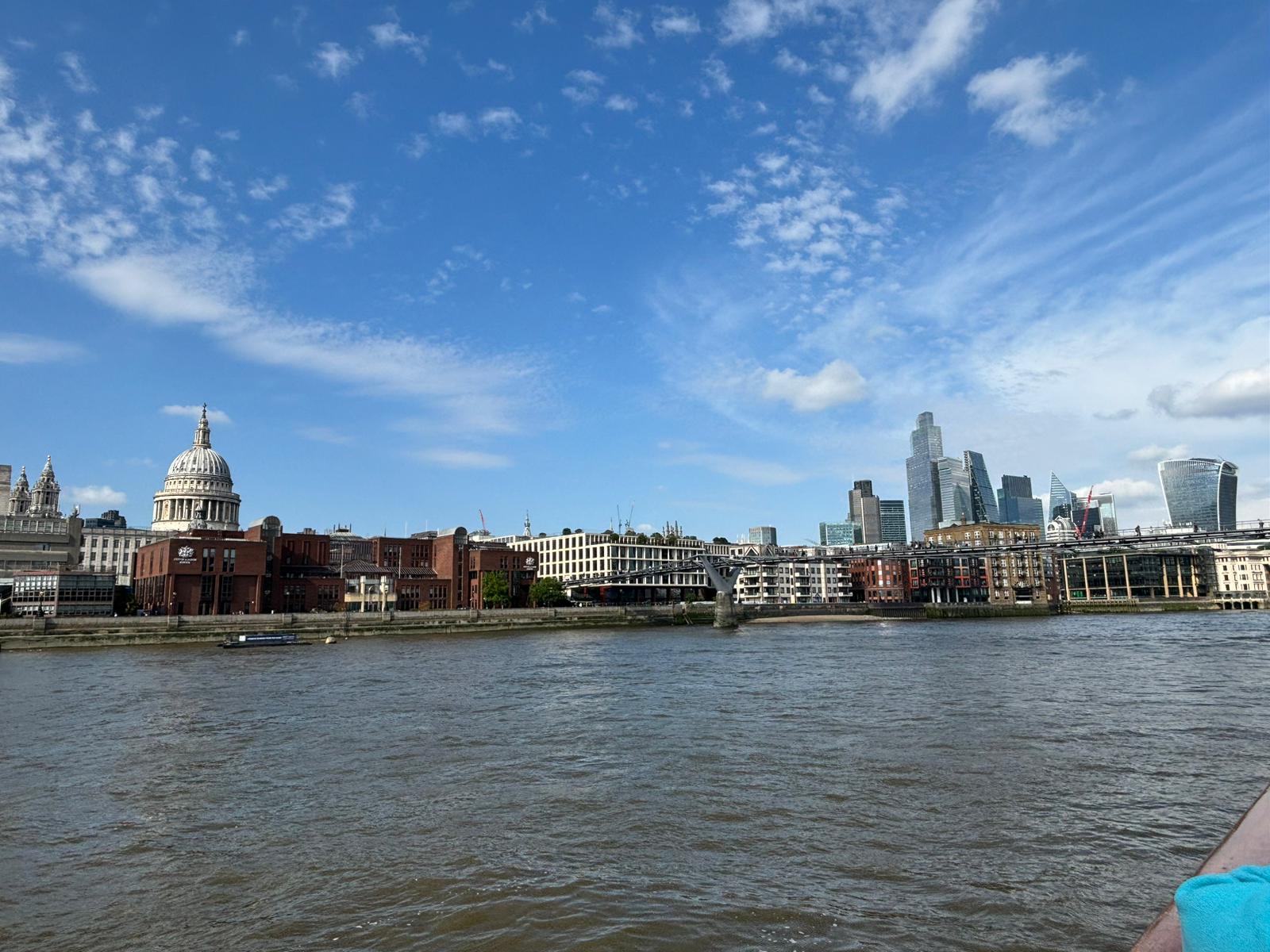
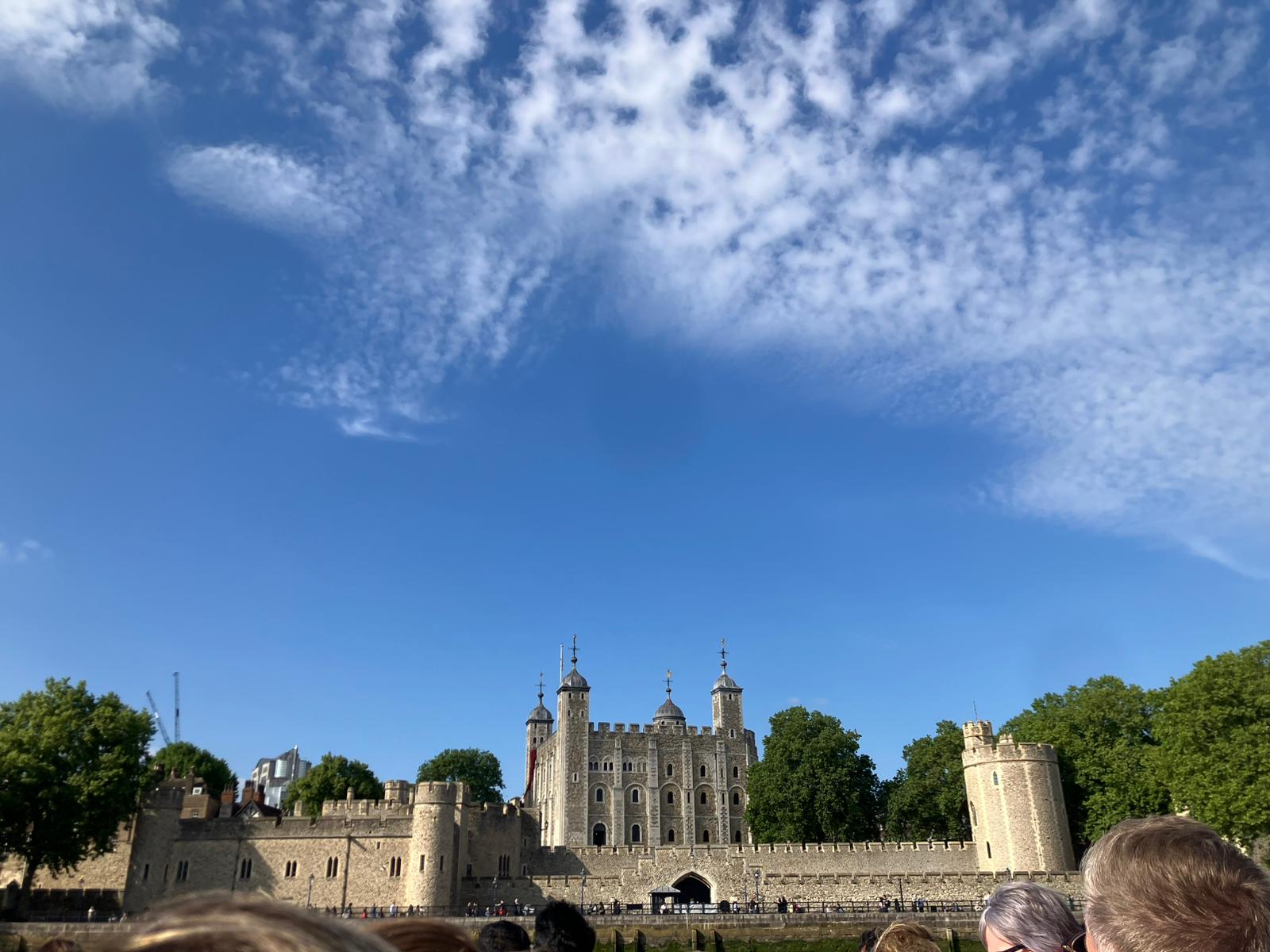
One of the standout sights was HMS Belfast, moored gracefully between London Bridge and Tower Bridge. This imposing grey warship served in the Royal Navy from 1939 to 1963 and is now preserved as a museum ship operated by the Imperial War Museums. She played a major role in the Arctic convoys of World War II, provided fire support during D-Day, and later served in the Korean War. Today, she’s a floating time capsule—nine decks of naval history sitting right in the middle of the Thames. It is possible to go aboard and explore the engine rooms, gun turrets, and even the captain’s bridge, if you have the time to do so.
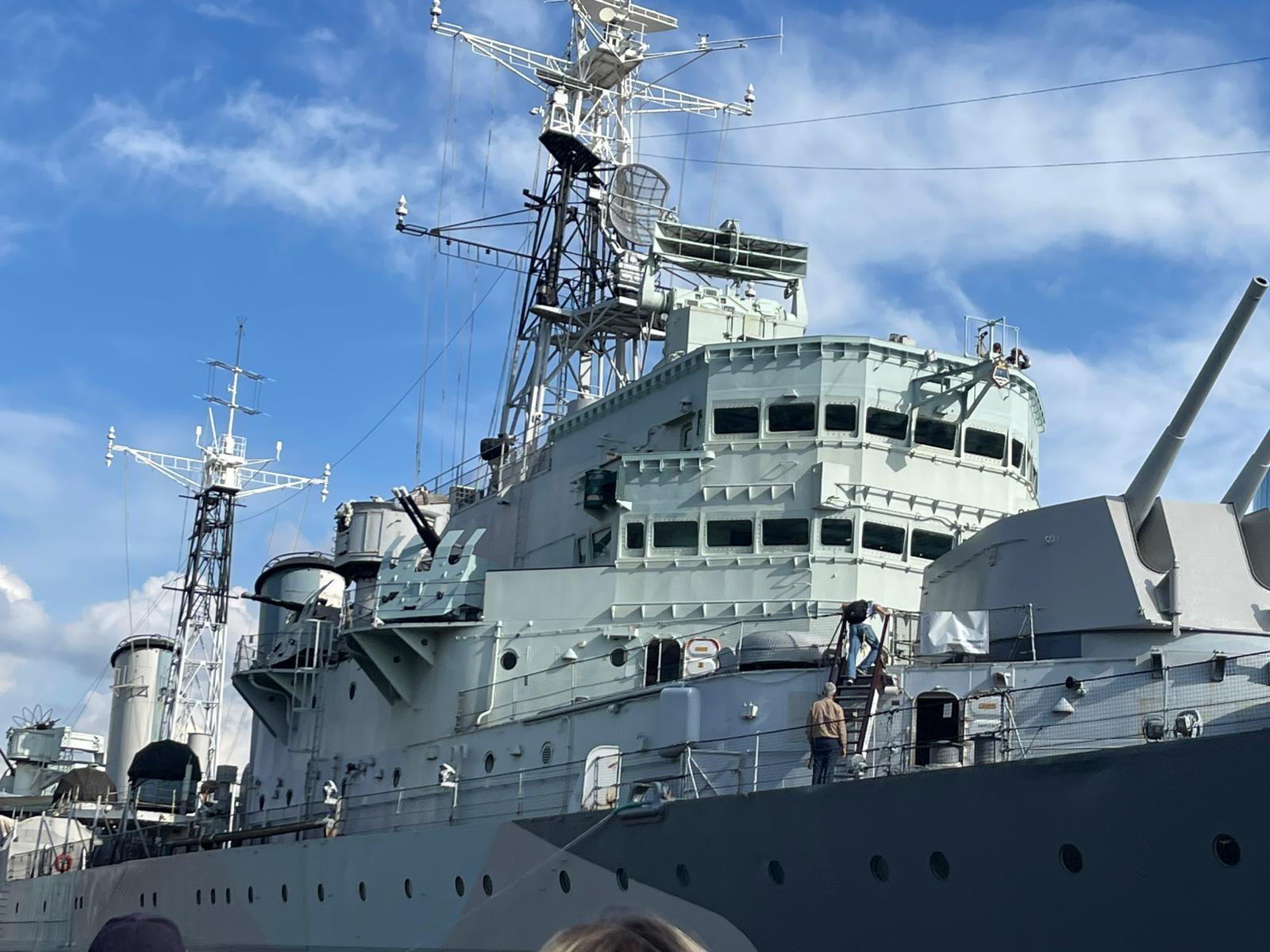
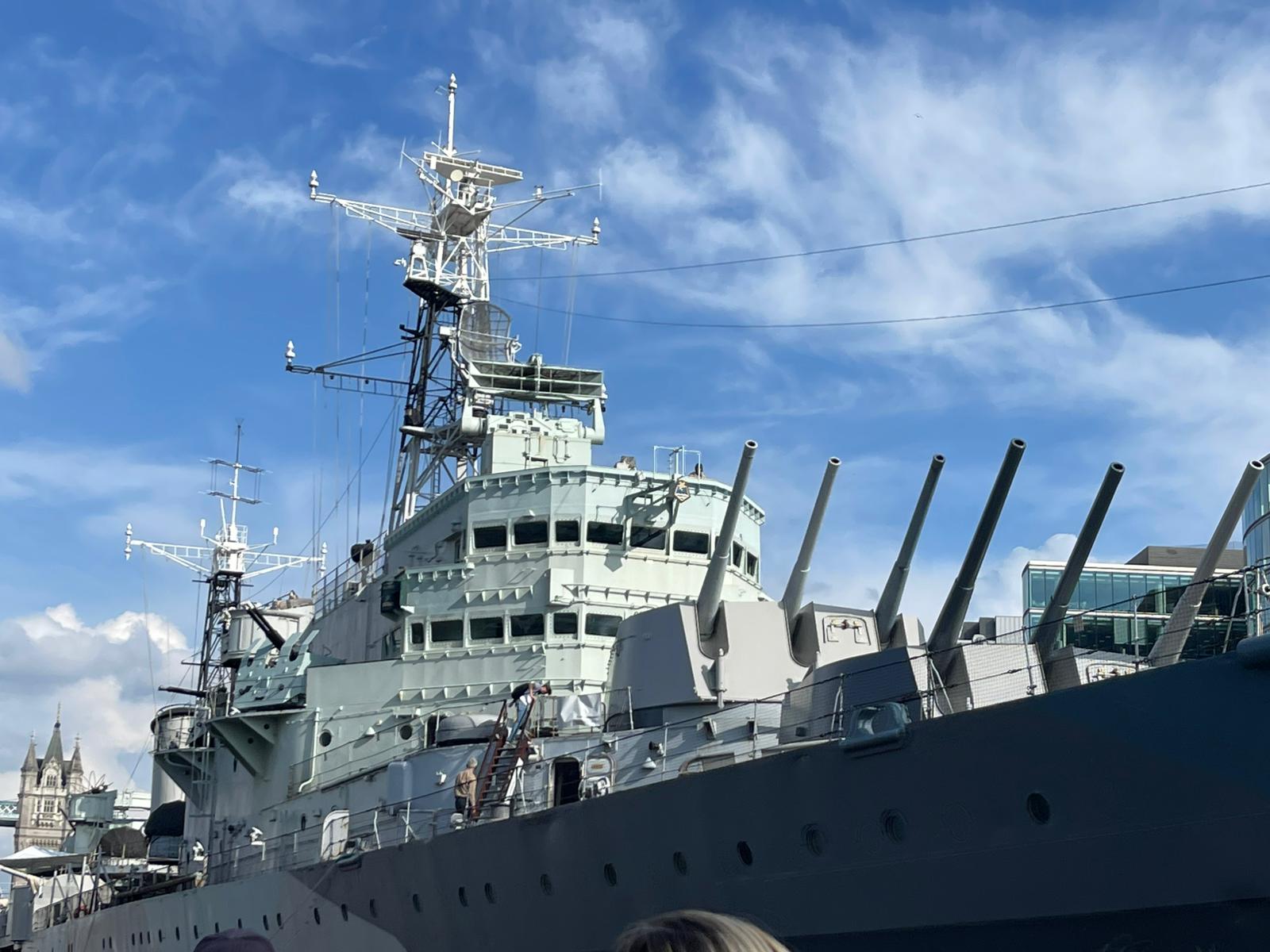
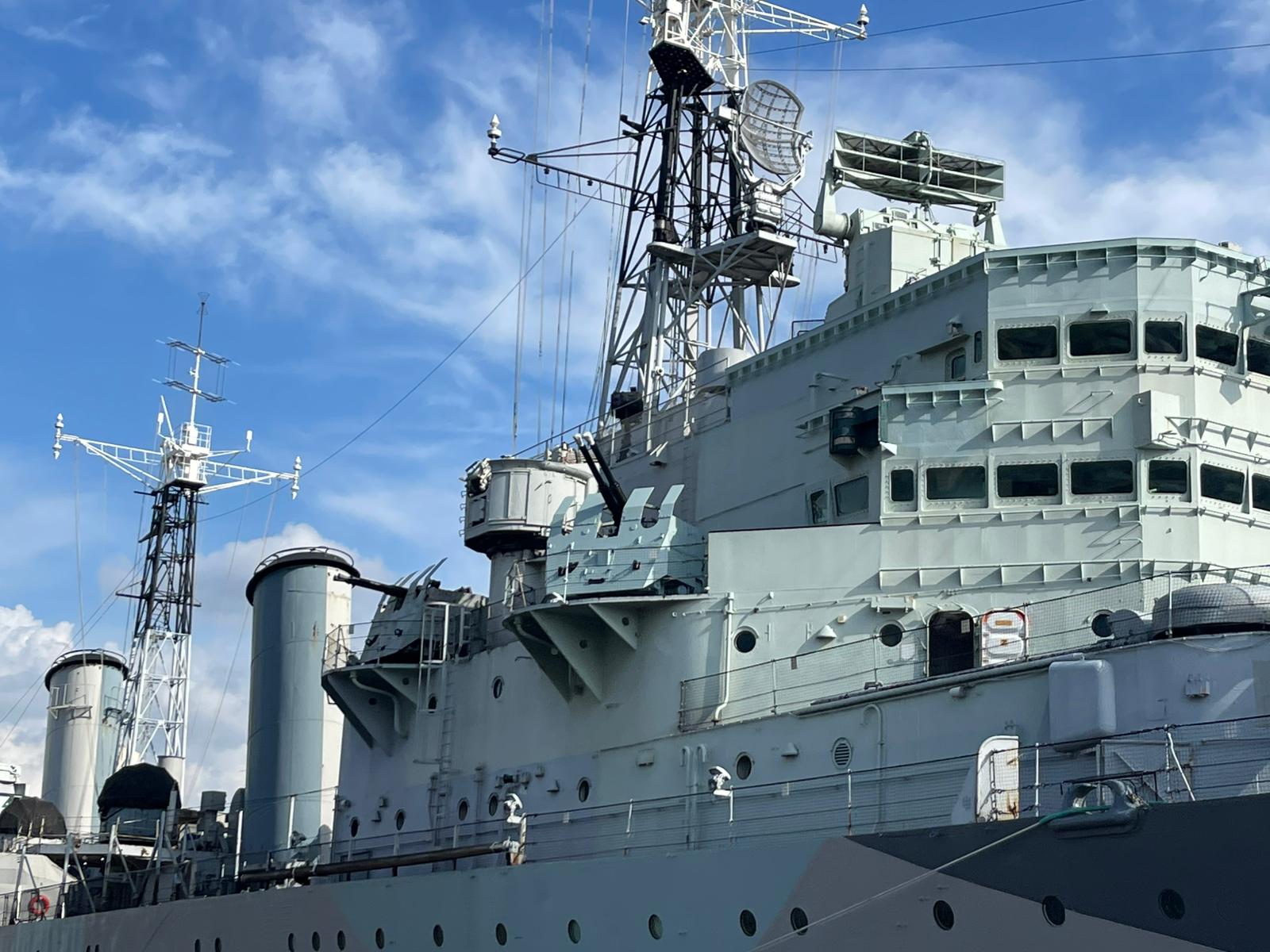
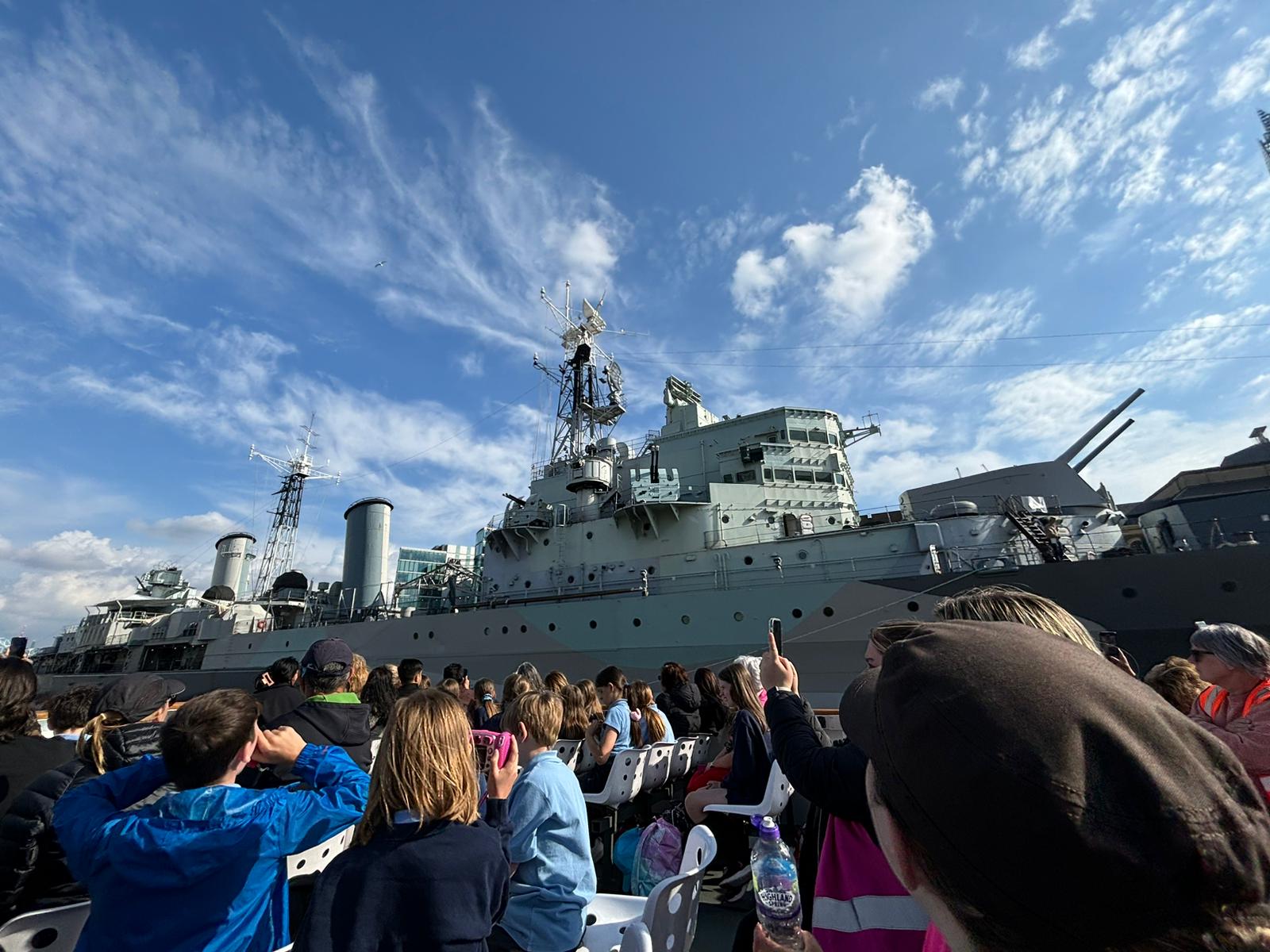
Then came London Bridge—and if you didn’t know better, you’d probably miss it. Compared to the grand spectacle of Tower Bridge, London Bridge is… well, practical. Just concrete and steel, really. If you did not know already, well her is a fun fact: in 1968, the previous version of London Bridge—constructed in the 1830s—was actually sold to an American entrepreneur named Robert P. McCulloch. He had it disassembled, shipped brick by brick to Arizona, and reassembled in Lake Havasu City. Legend has it, he thought he was buying the more photogenic Tower Bridge. Whether that part is true or not, it’s a story that never fails to get a few laughs. The current London Bridge, opened in 1973, is entirely utilitarian—a vital crossing, but not one you’ll find on many postcards.
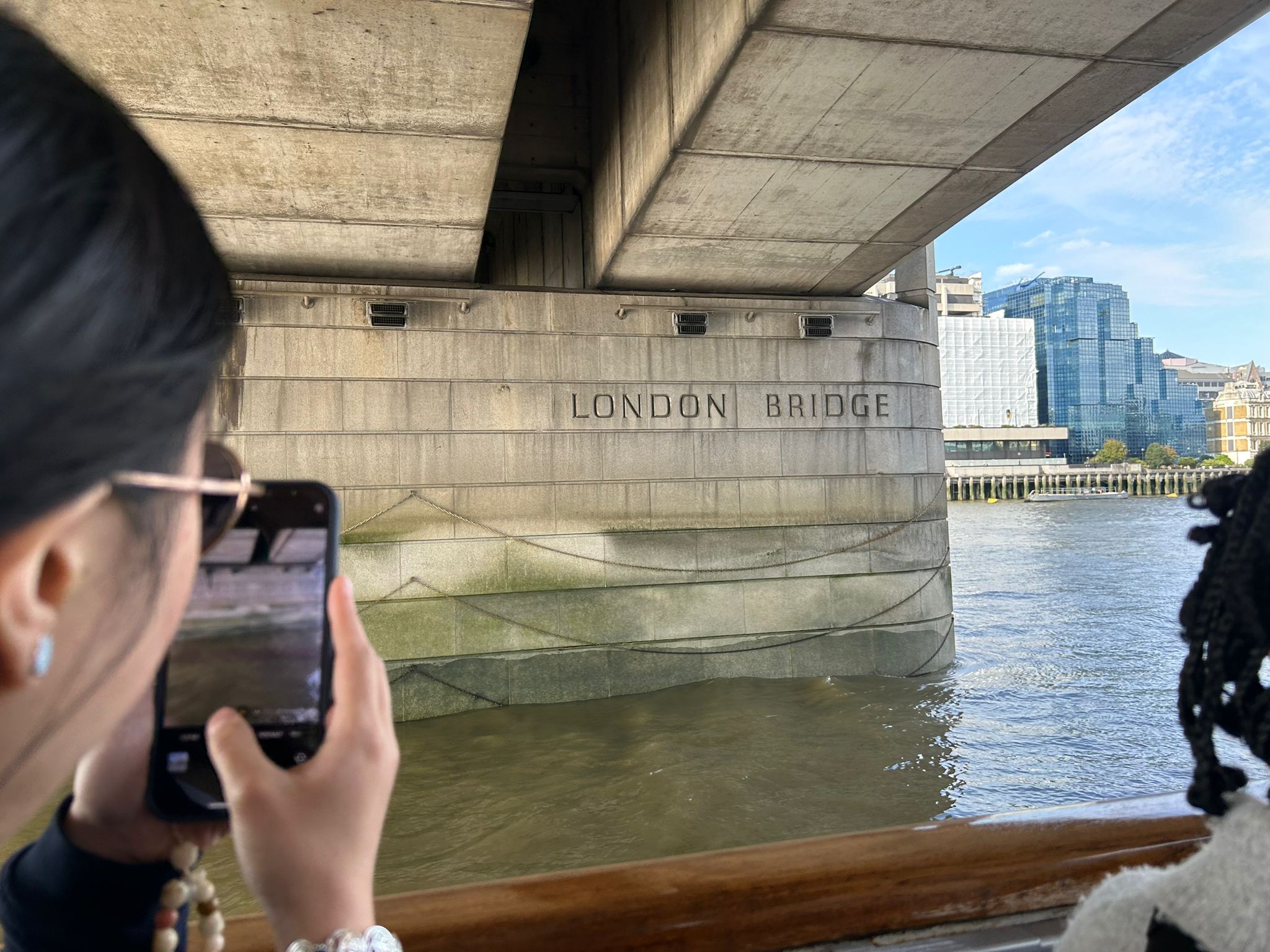
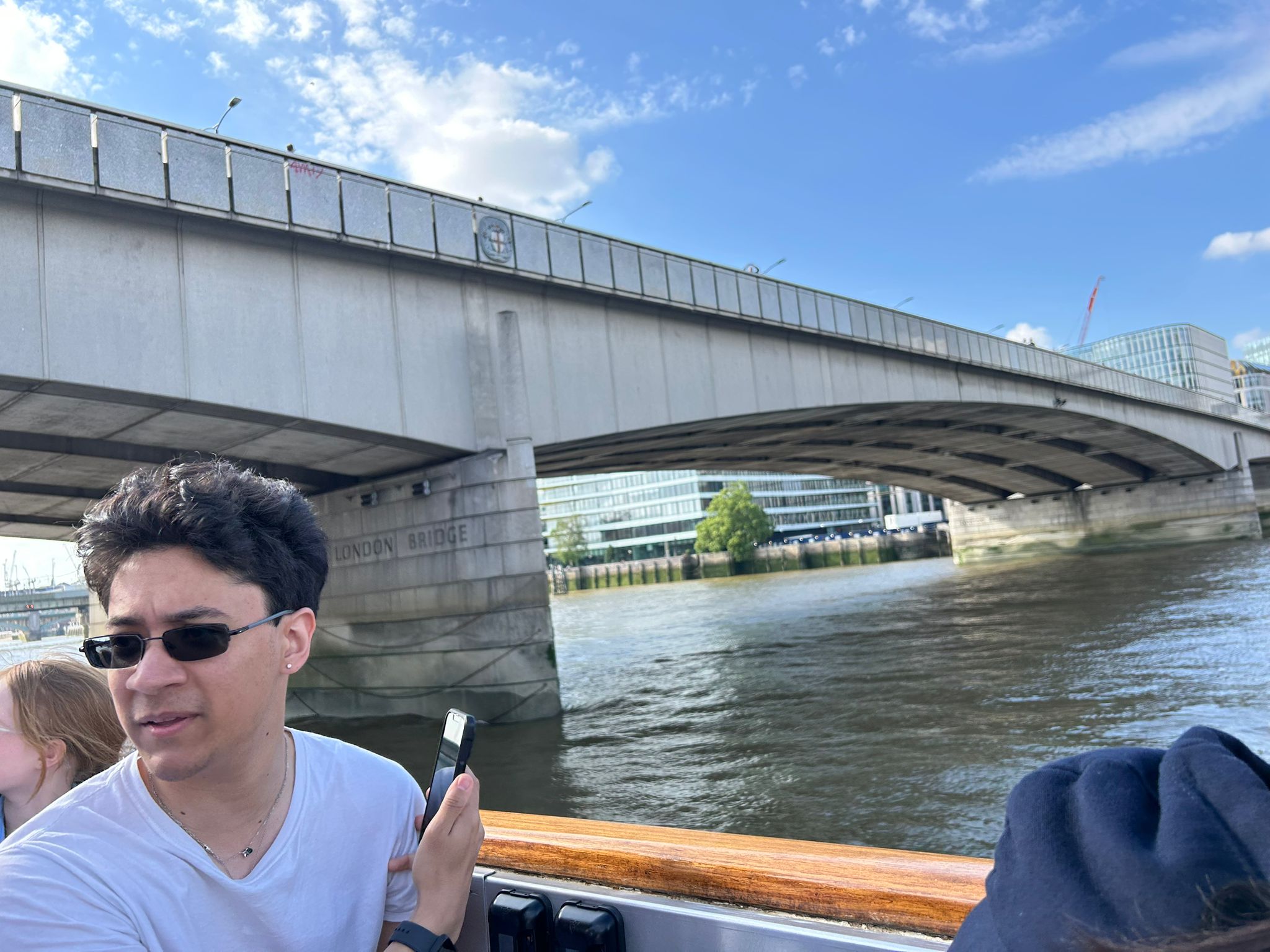
Today was the first time I’d seen Tower Bridge from the water, and it truly didn’t disappoint. There’s something striking about its twin towers and blue-painted walkways rising up from the Thames—especially from a boat’s-eye view. As we cruised beneath it, cameras and phones were out in full force, capturing it from every possible angle. It was one of those moments that made the whole boat trip feel more than worthwhile.
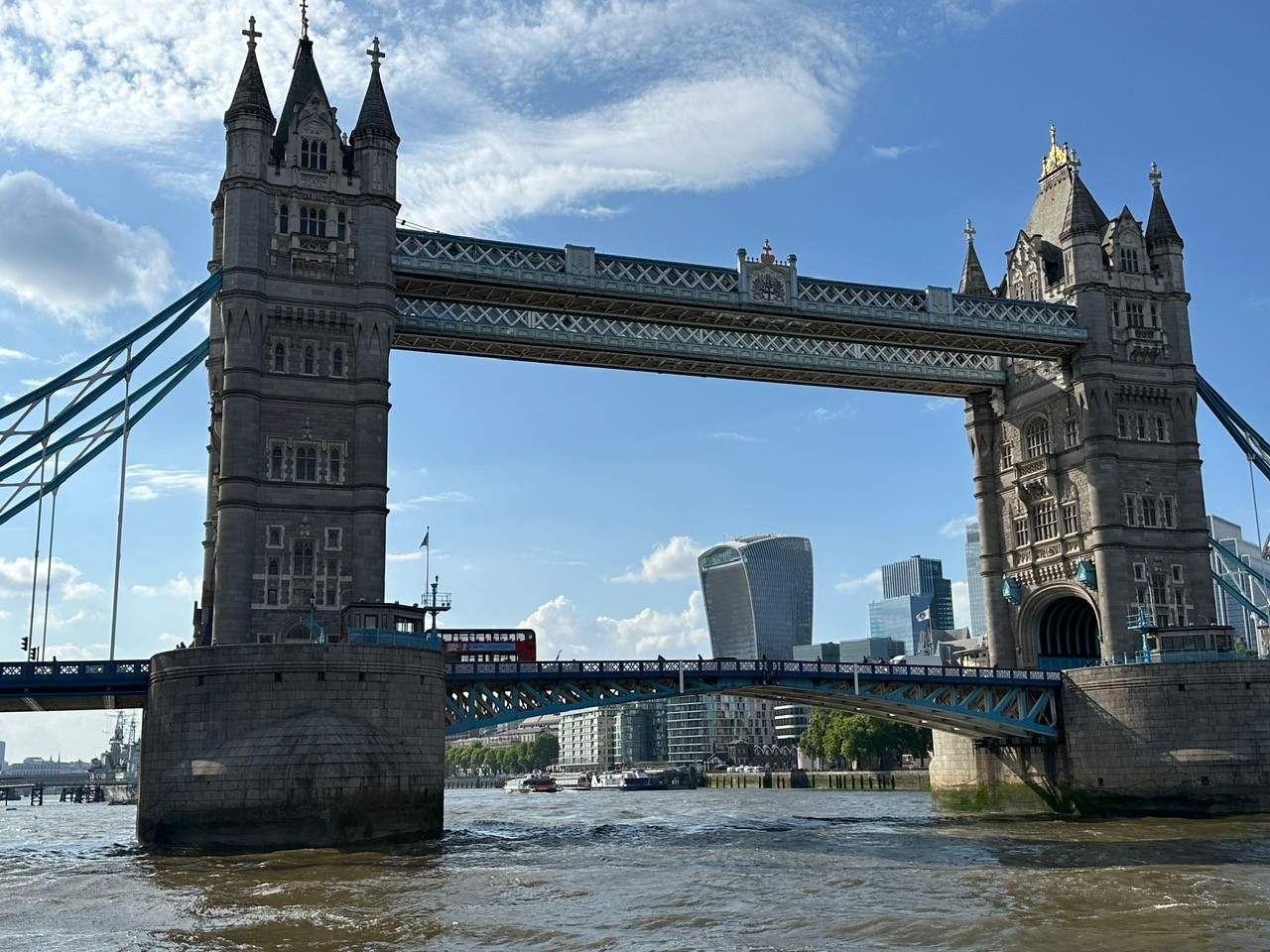
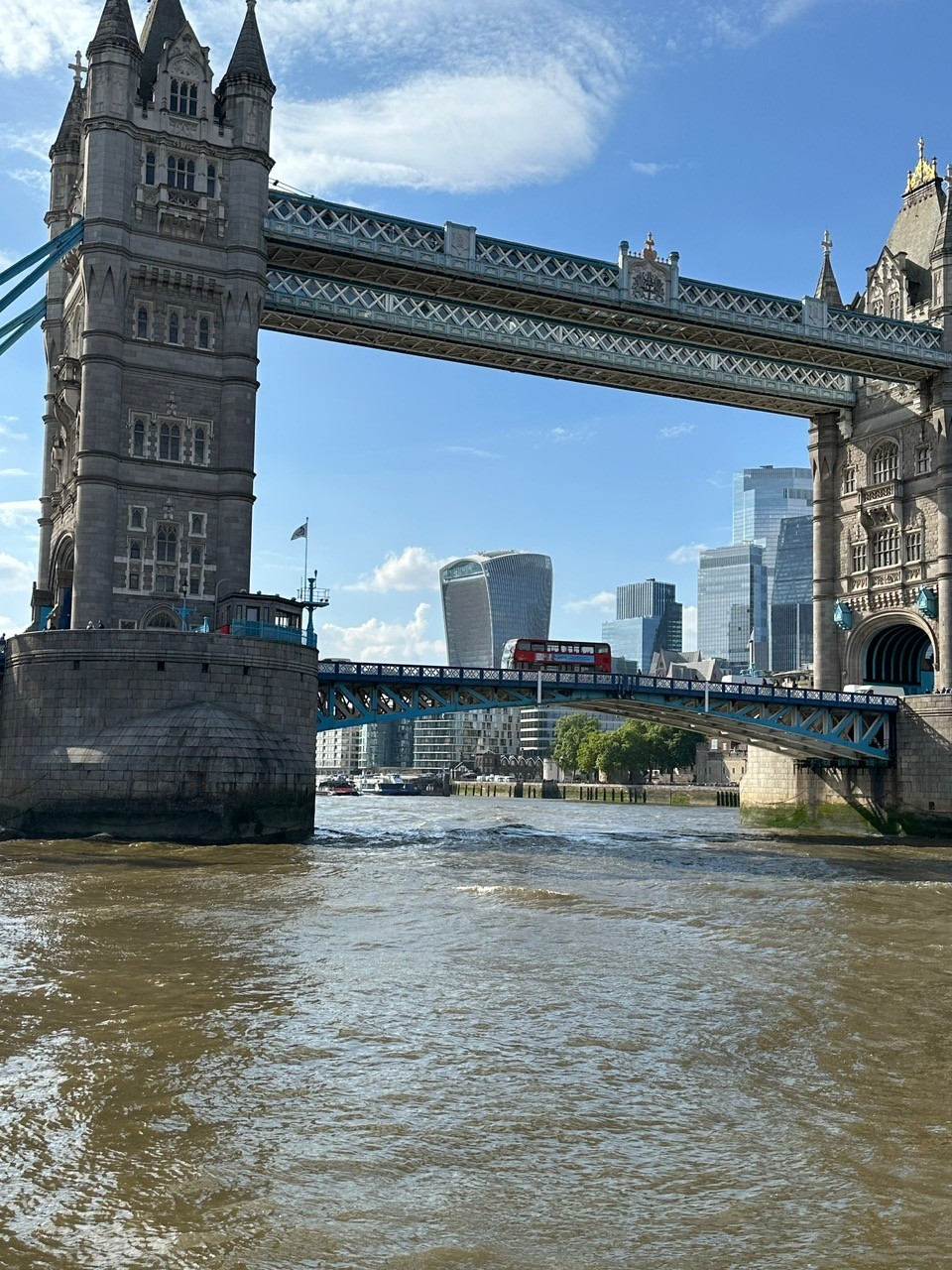
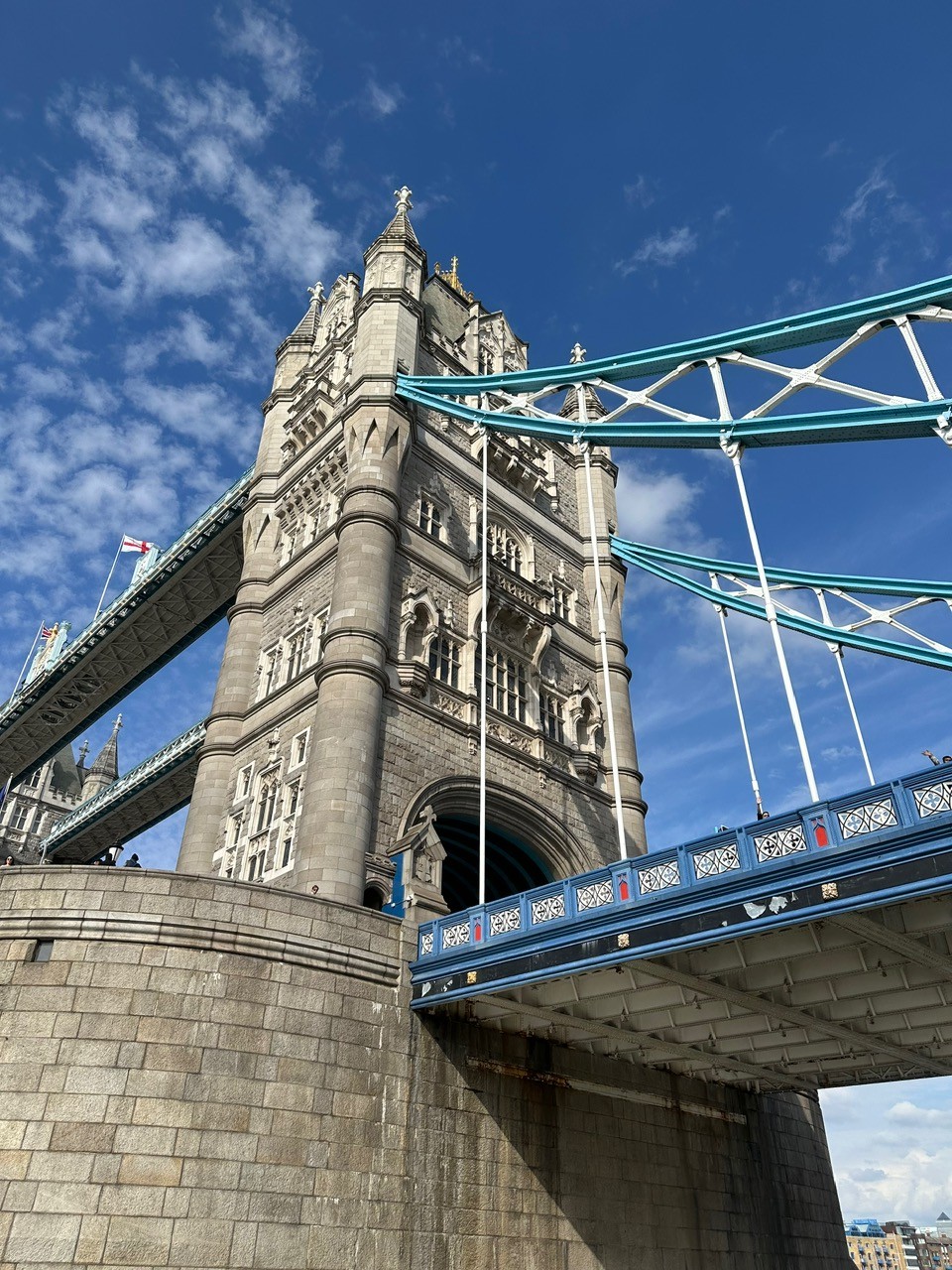
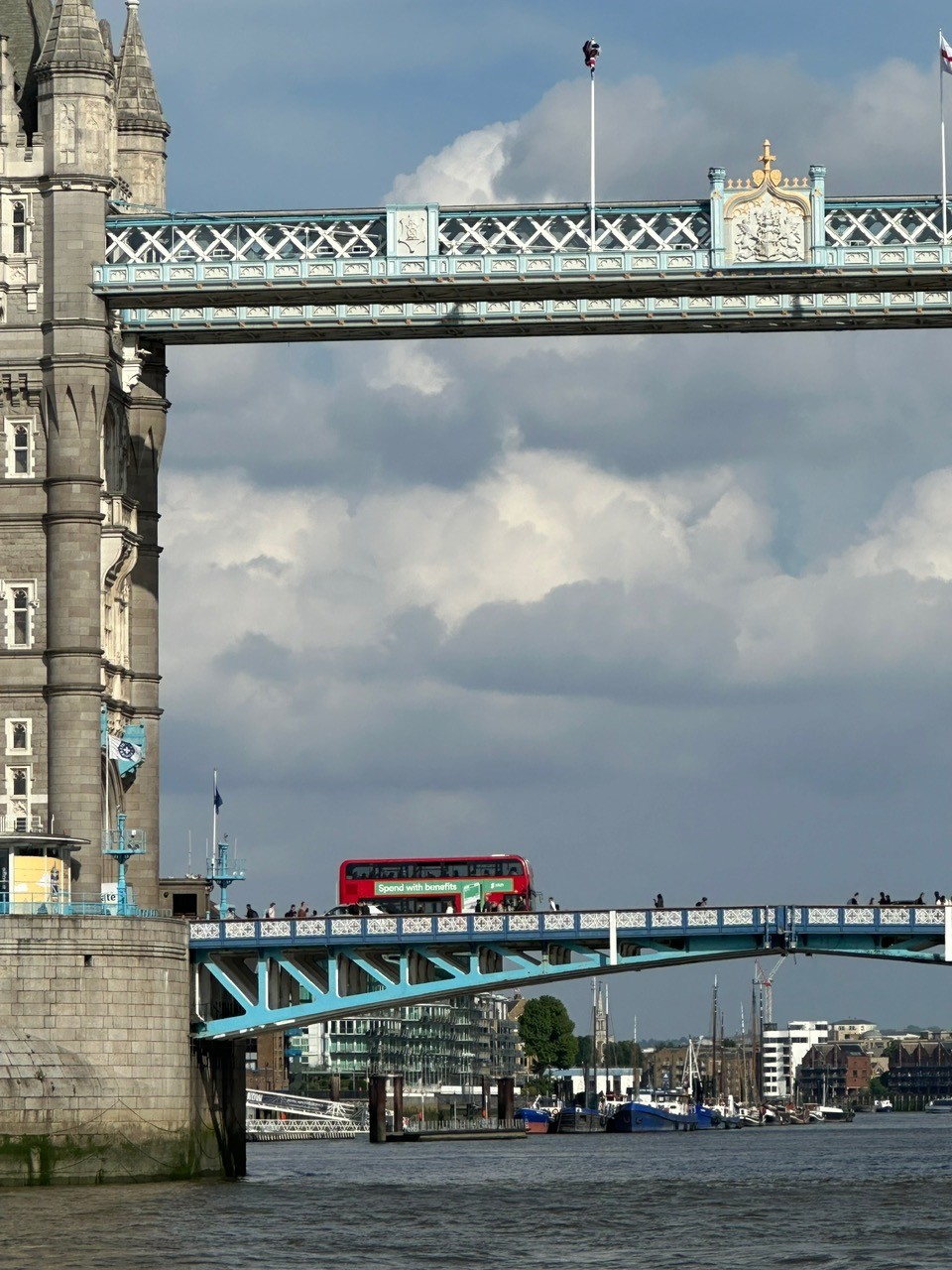
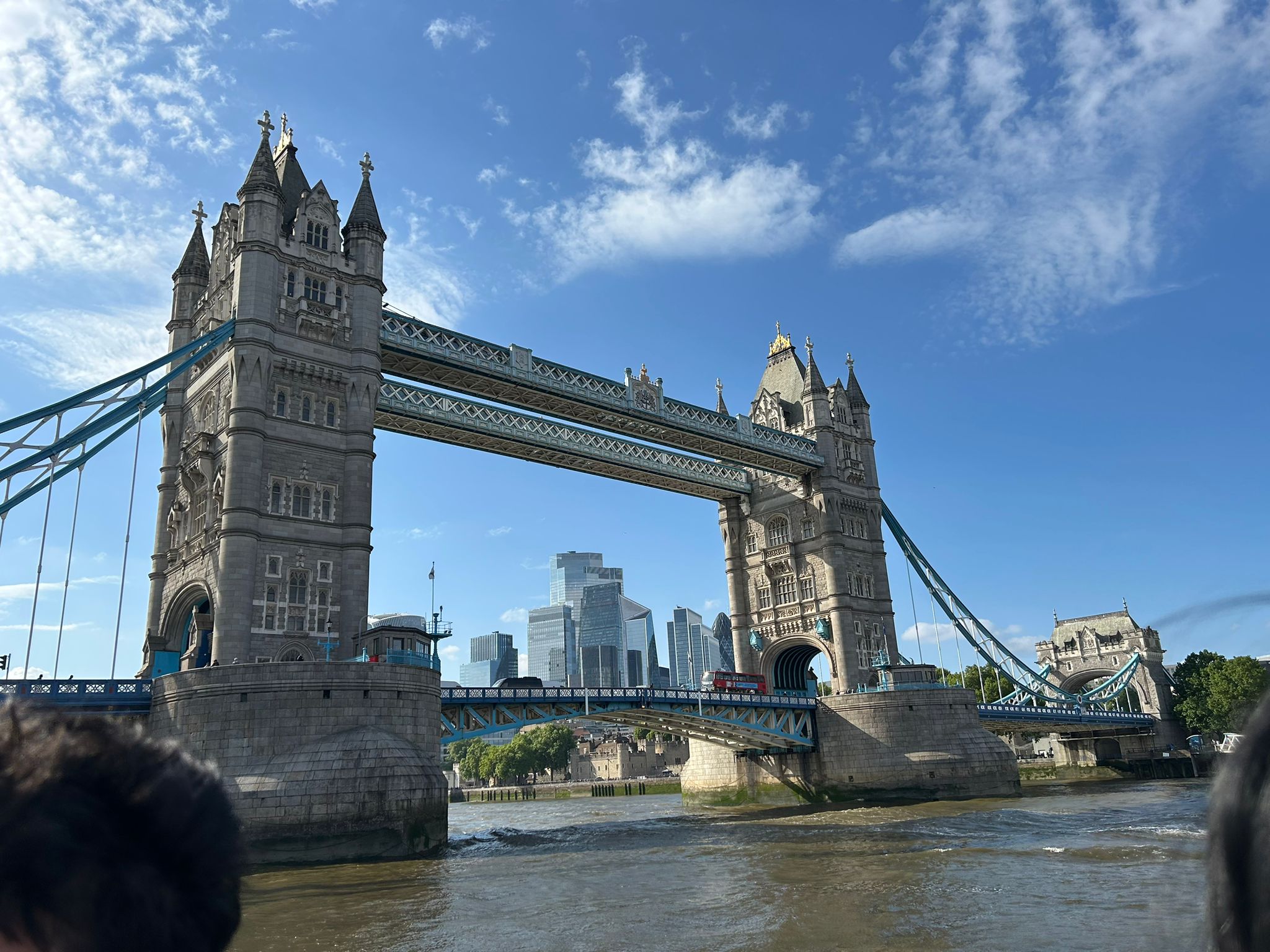
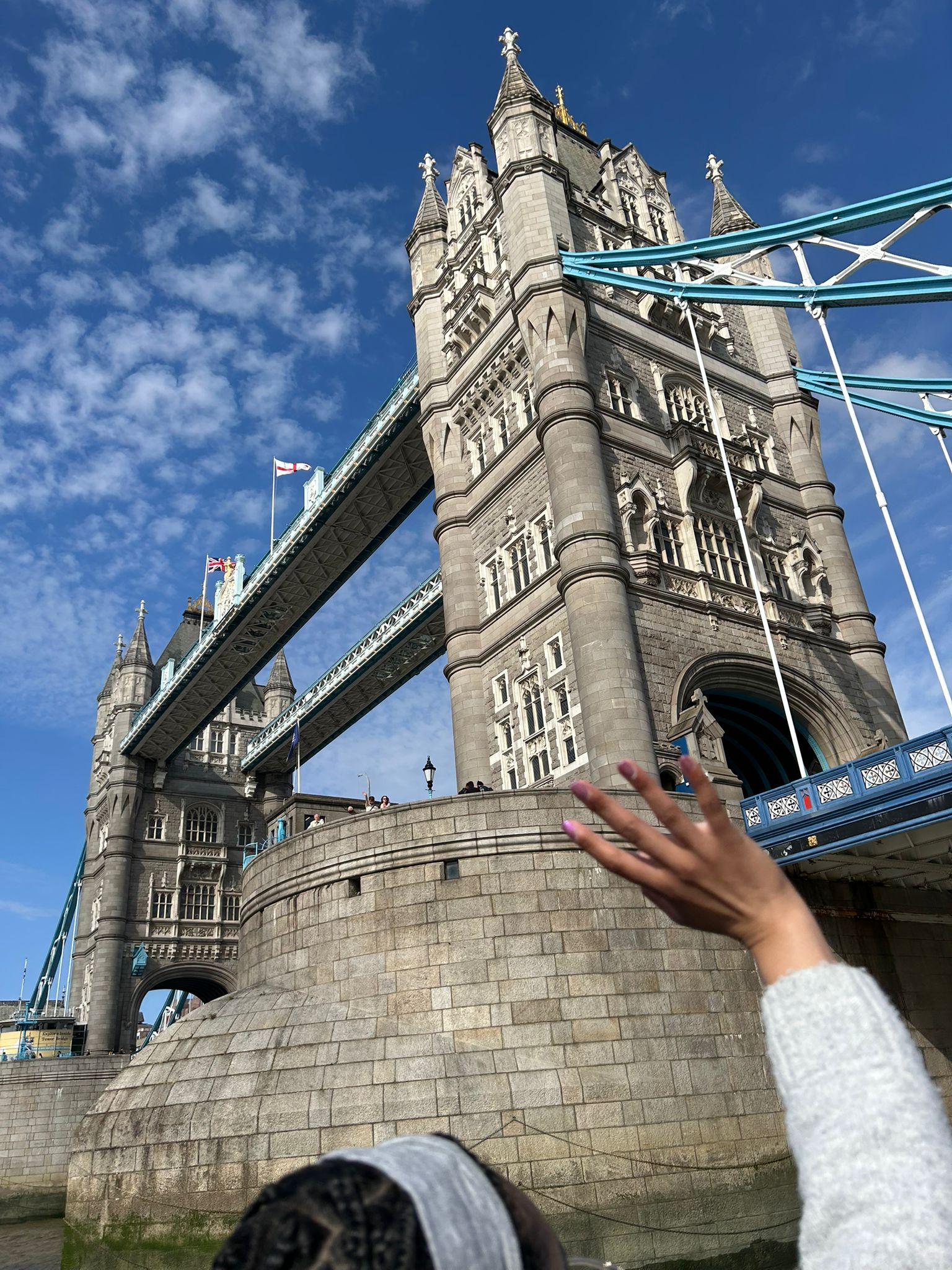
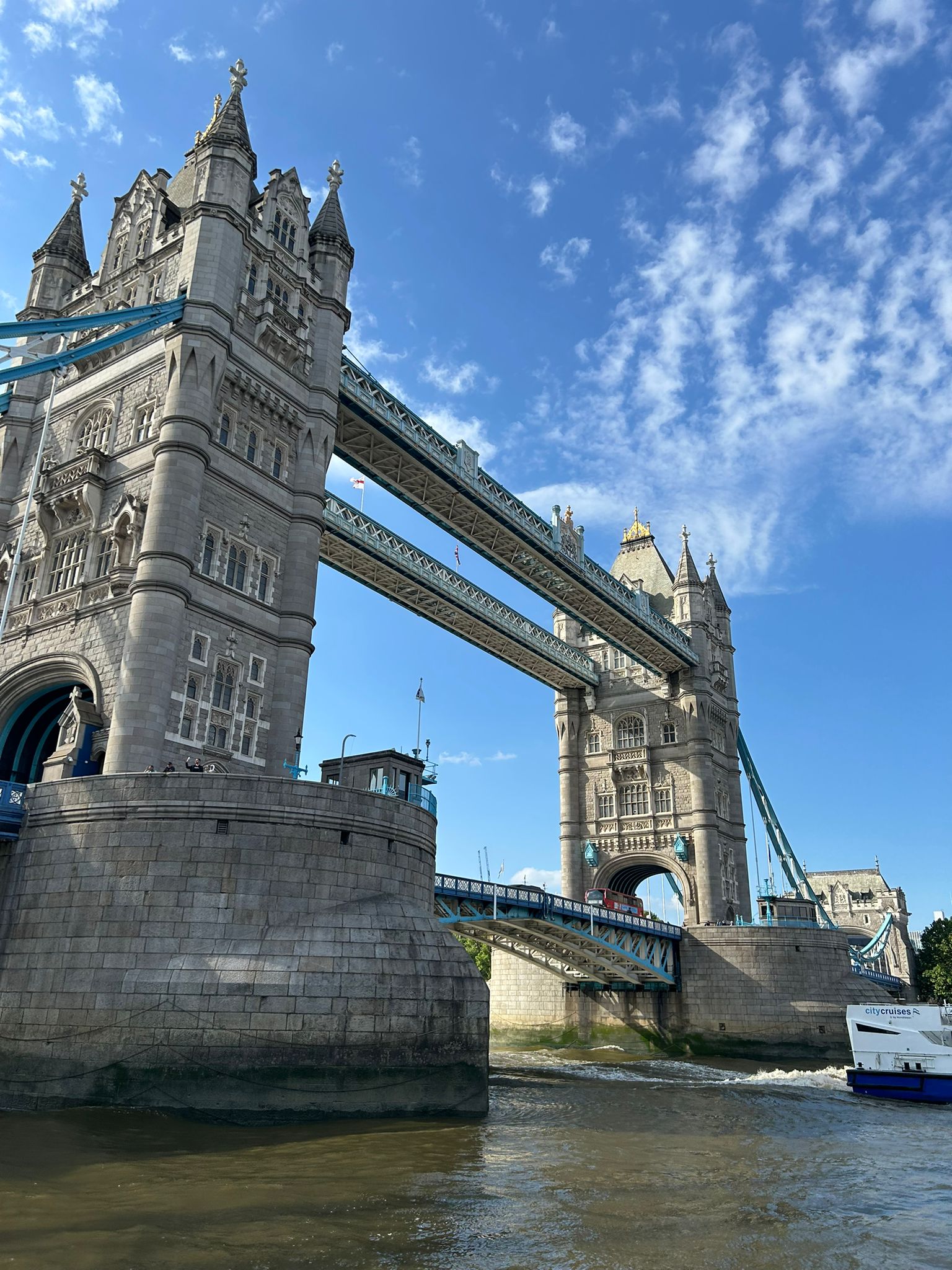
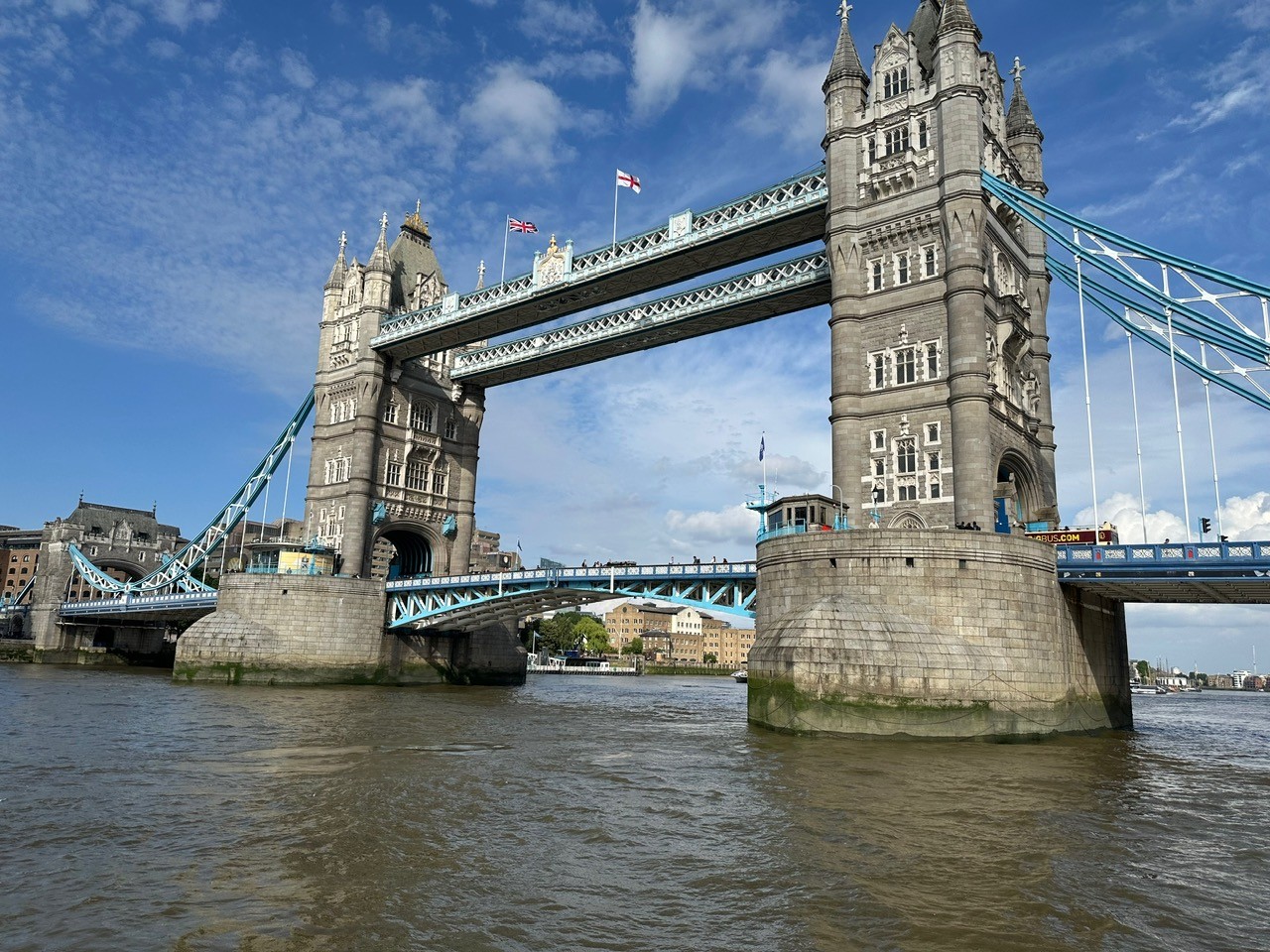
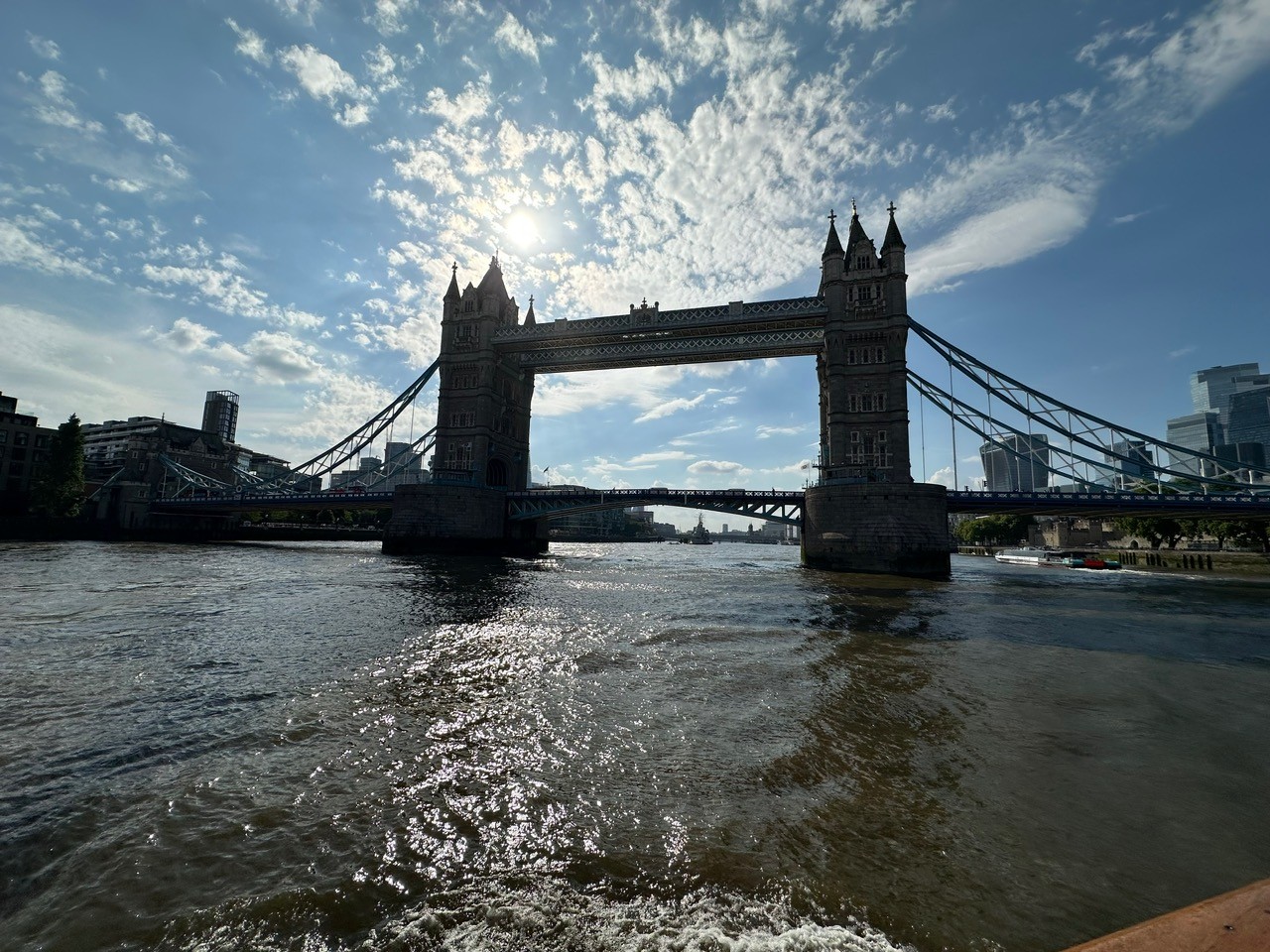
Once we docked back at the London Eye, I gathered the group and laid out the next stage of our journey. The plan: cross Westminster Bridge, hop on the Tube at Westminster Station, ride east toward Tower Hill, then walk to the Tower of London, and finally cross Tower Bridge on foot—because seeing it from below is one thing, but walking across it is a whole experience in itself.
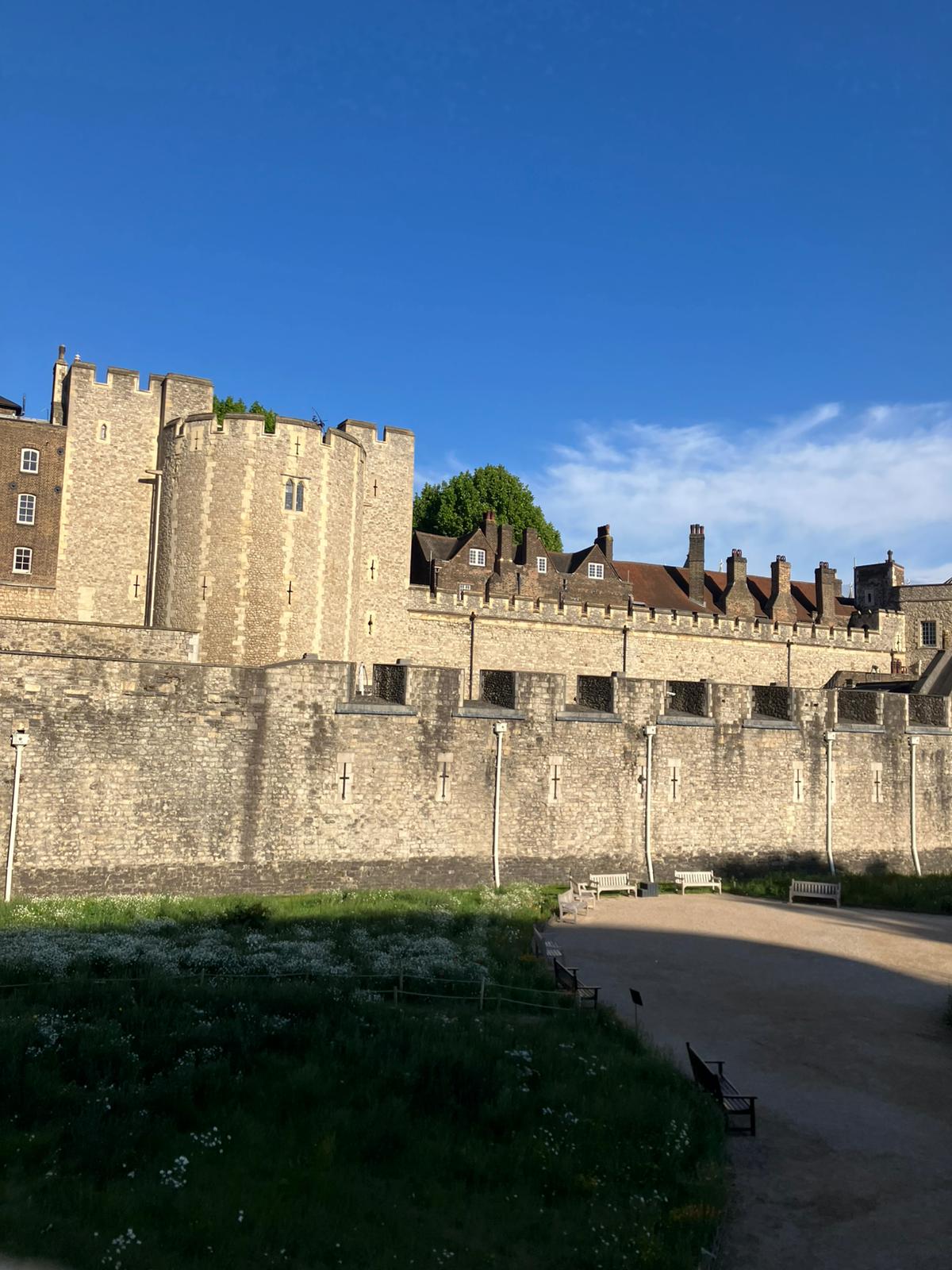
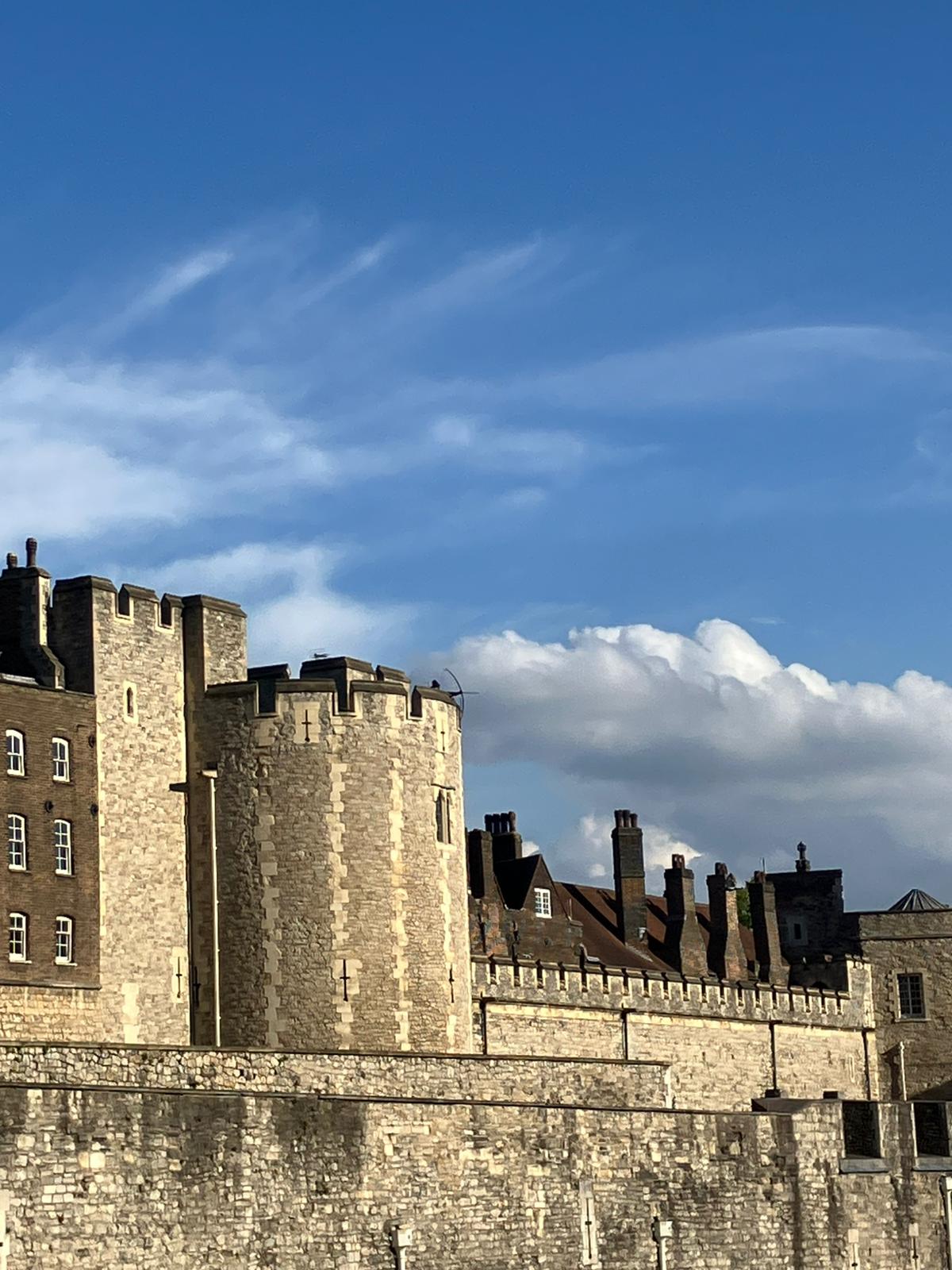
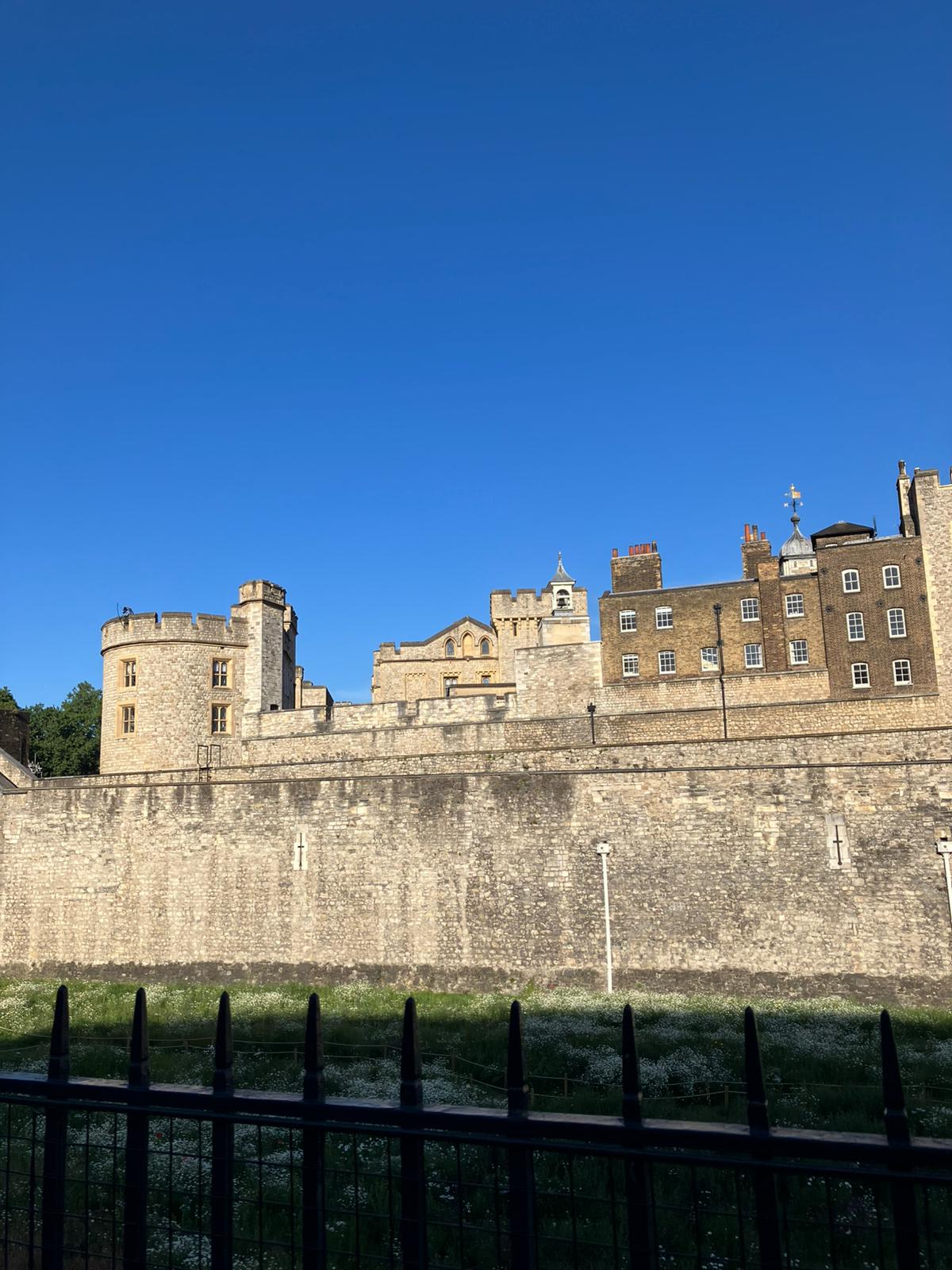
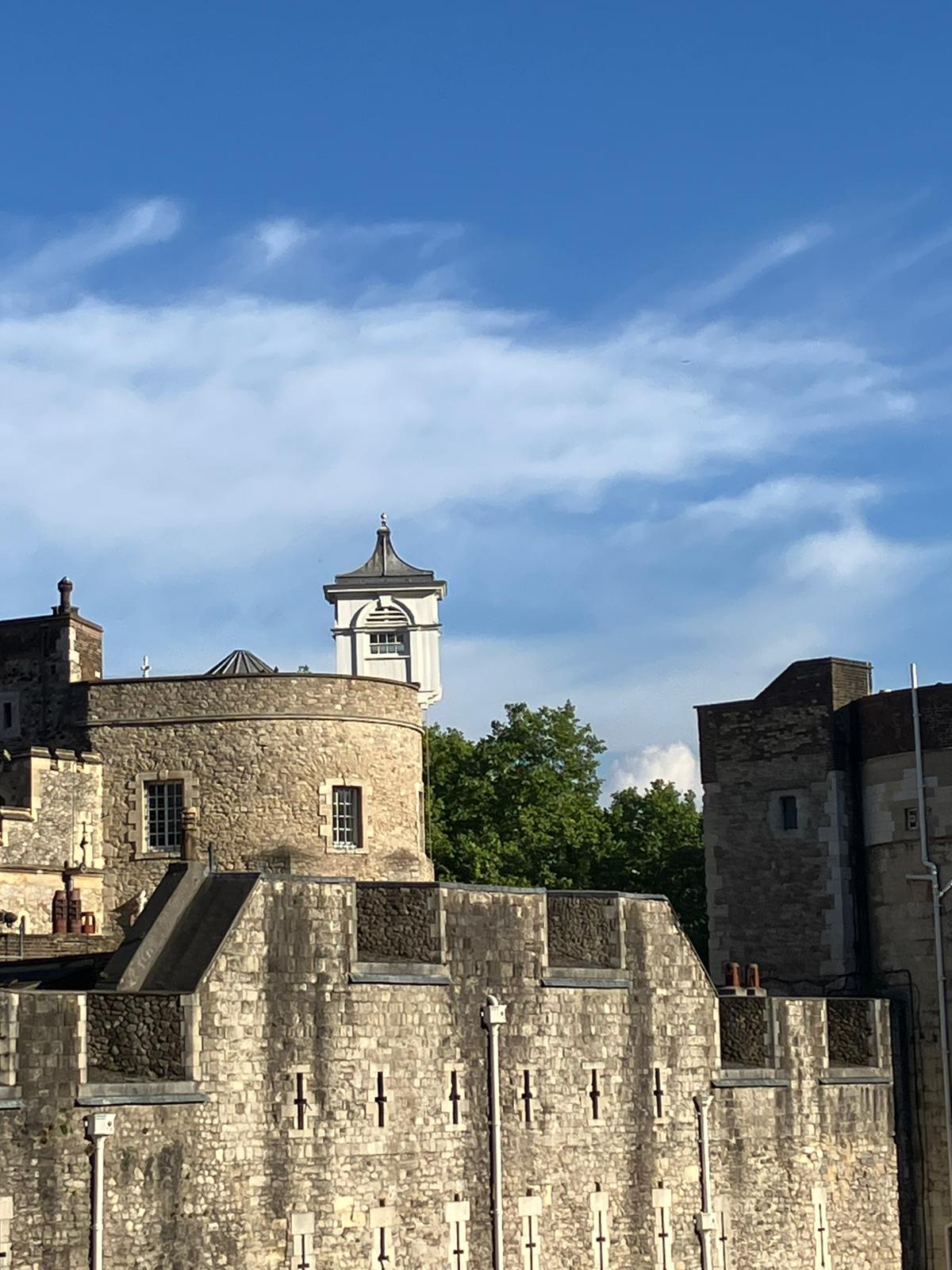
After circling around the Tower of London, we made our way over to Tower Bridge, just in time for something truly remarkable—the bridge opened. It’s one of those rare, perfectly timed moments that you can’t plan for but feel lucky to witness. A large crowd had already gathered, and while we didn’t get the most picture-perfect vantage point, we still managed to catch sight of the massive bascules rising slowly to let a pair of tall ships glide through.
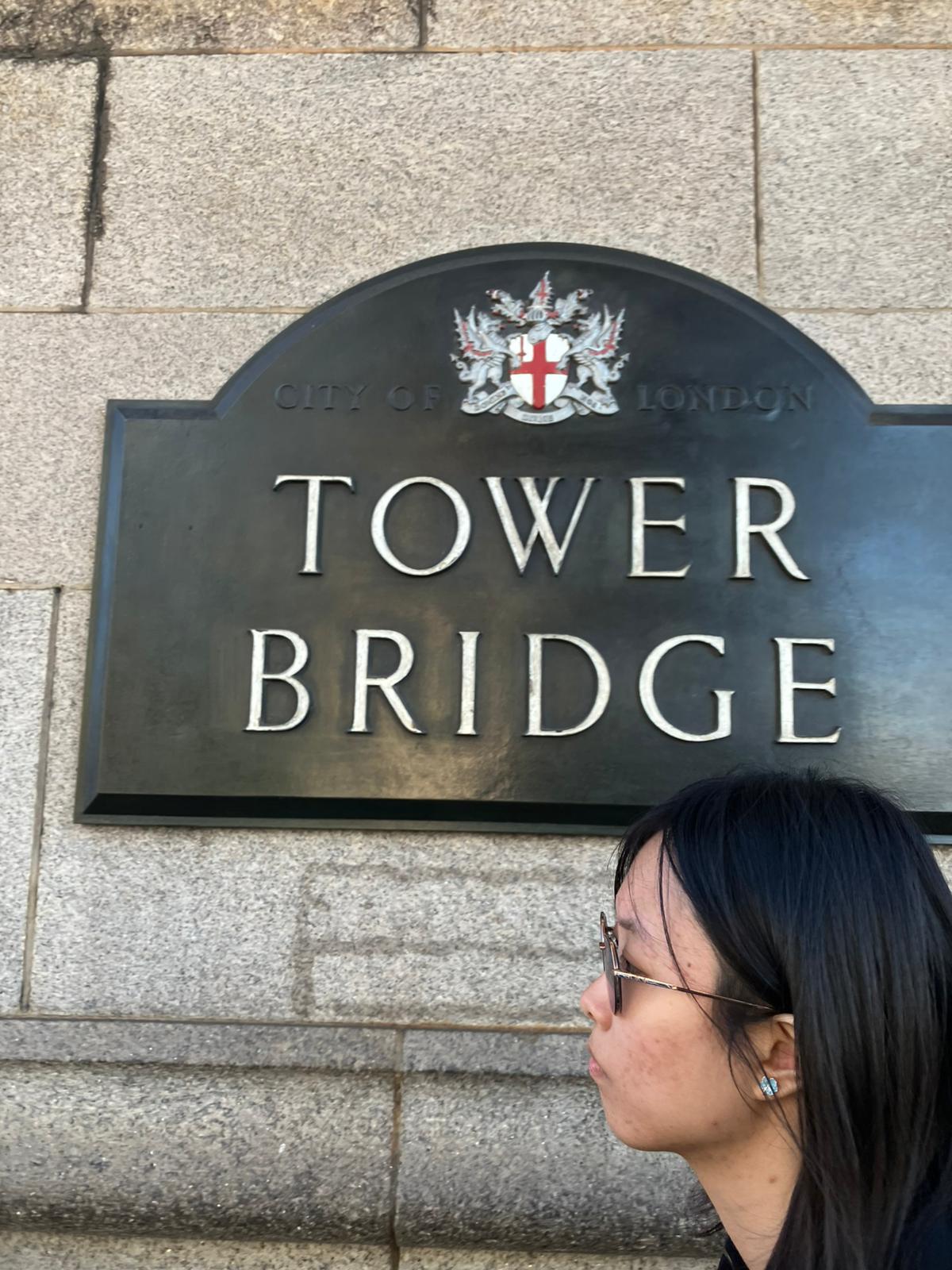
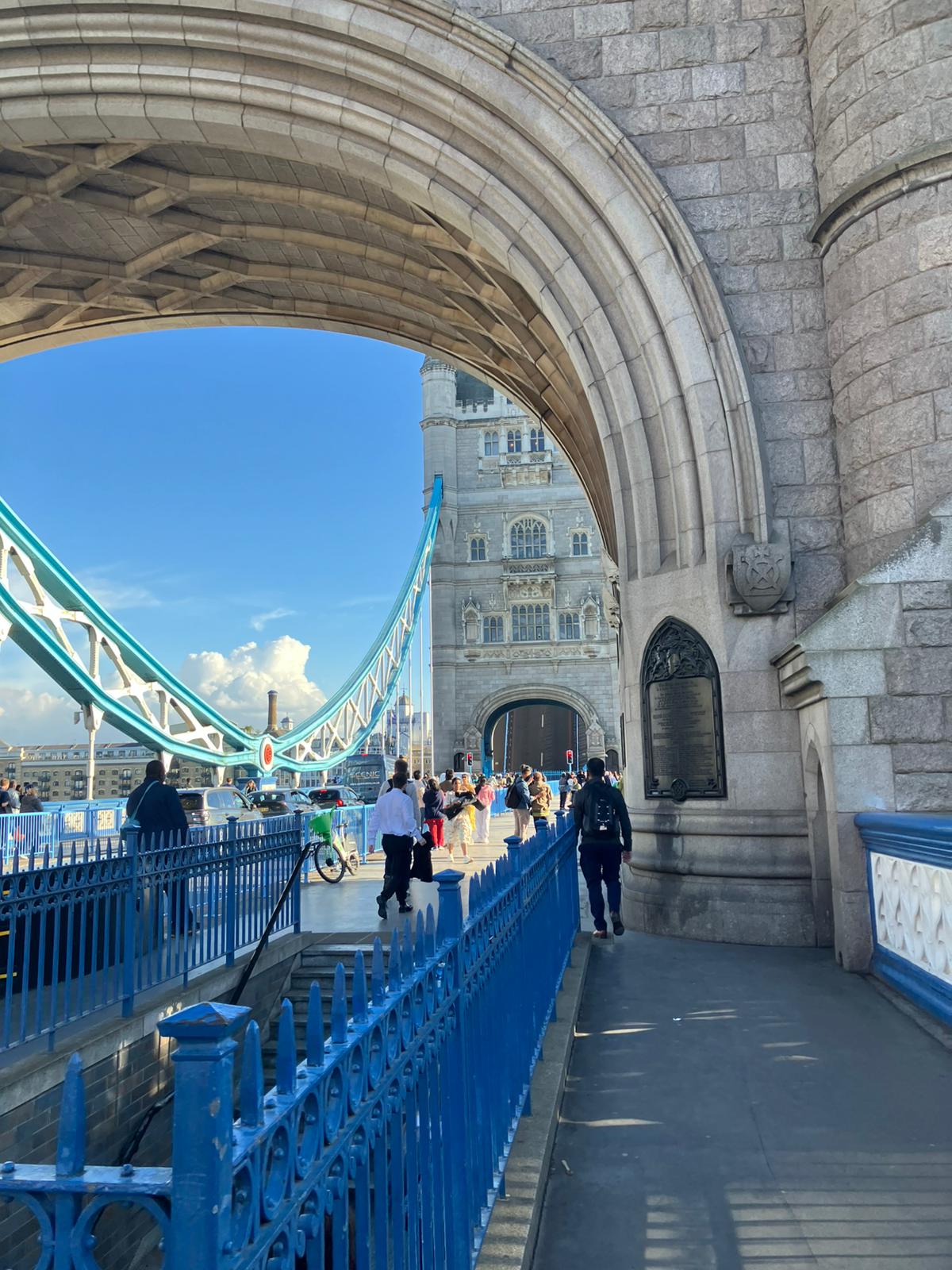
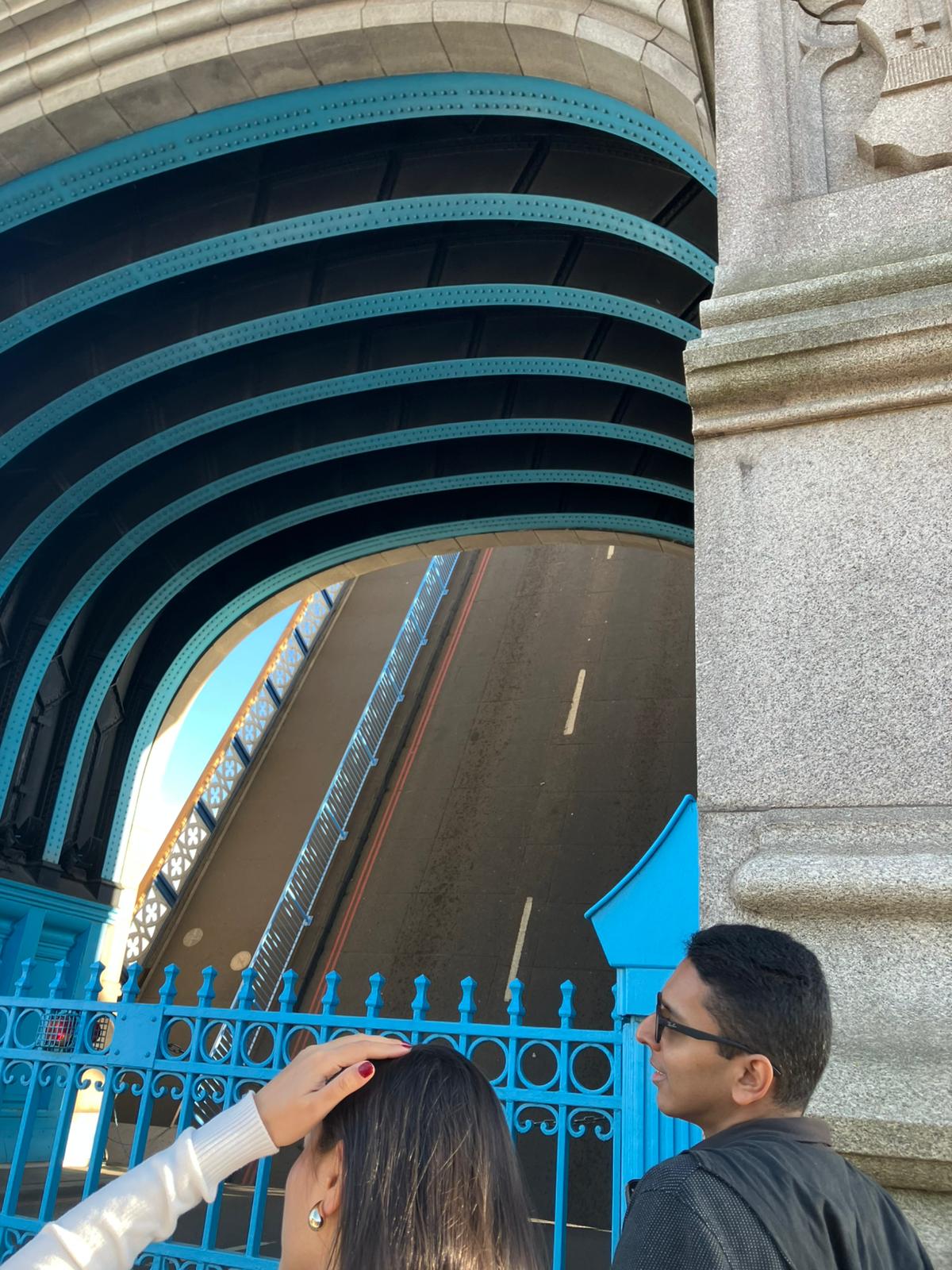
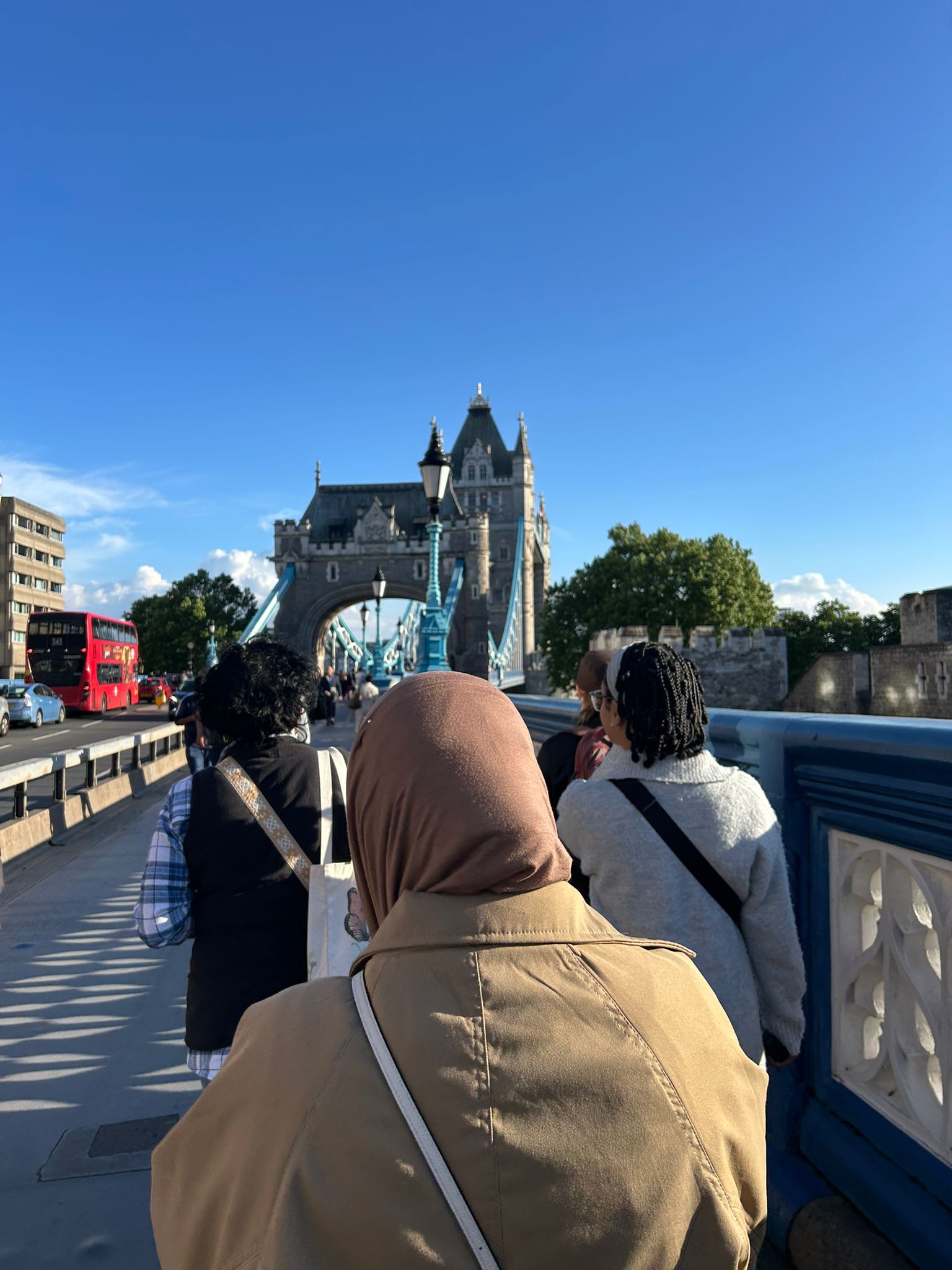
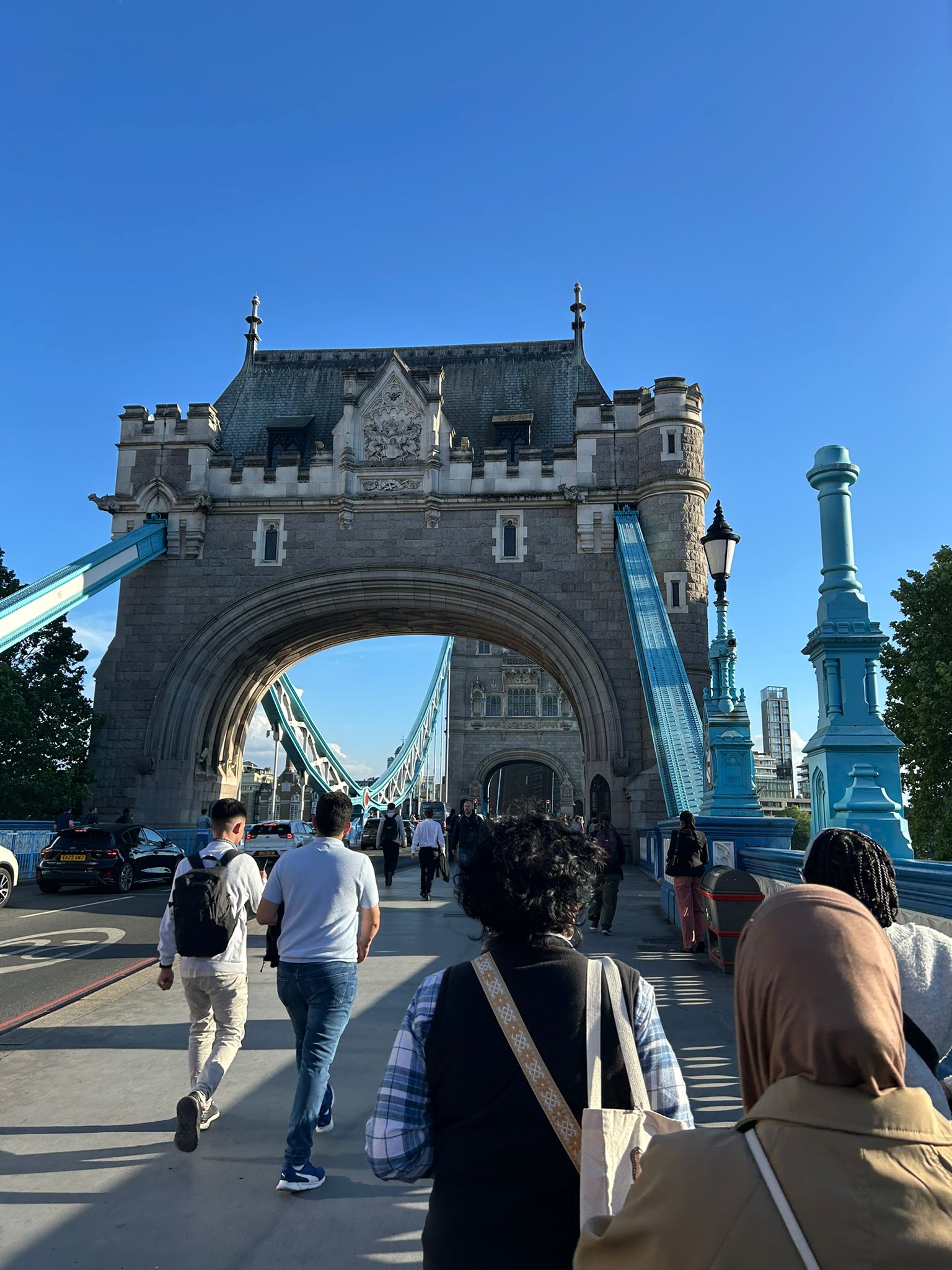
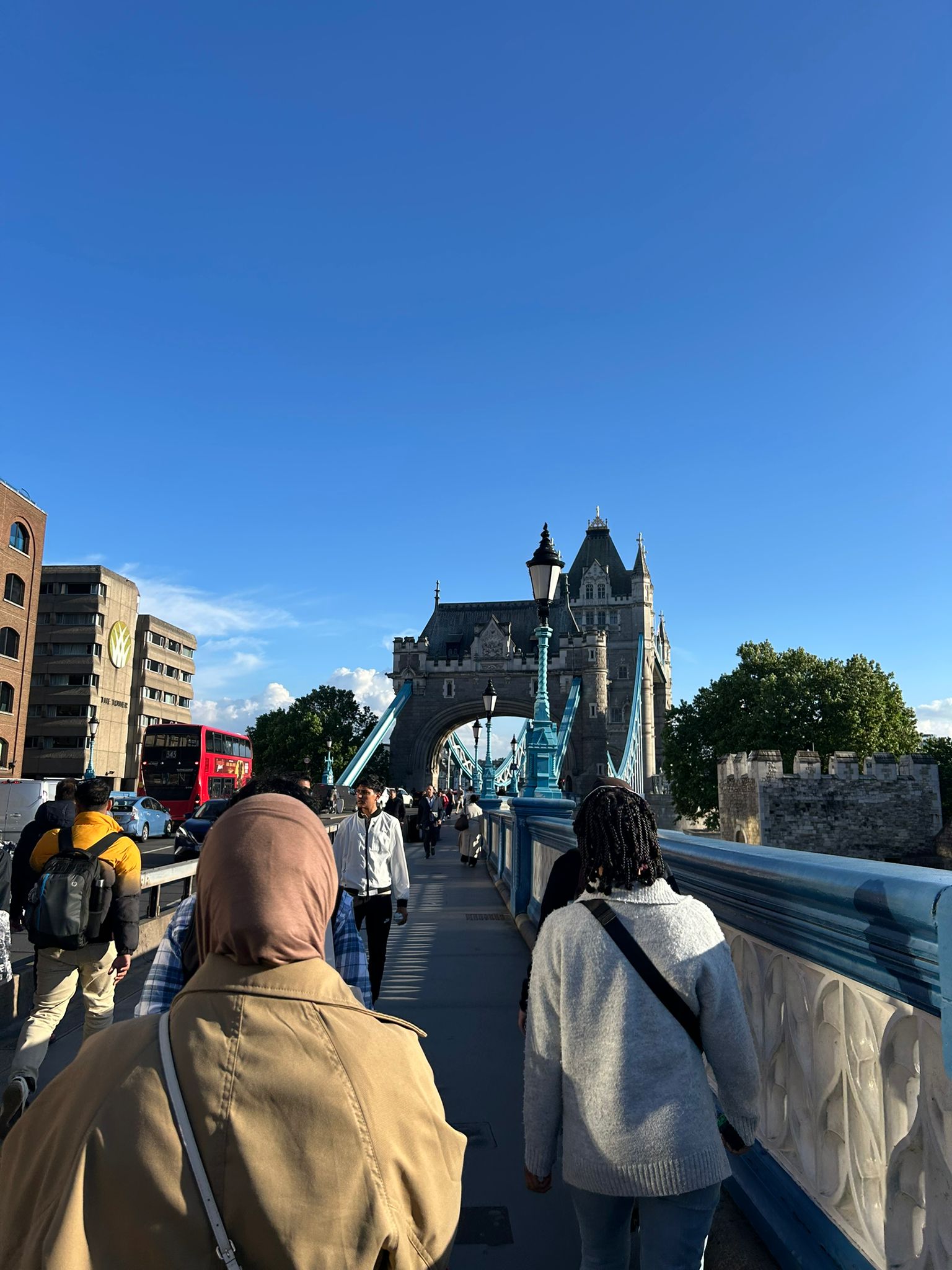
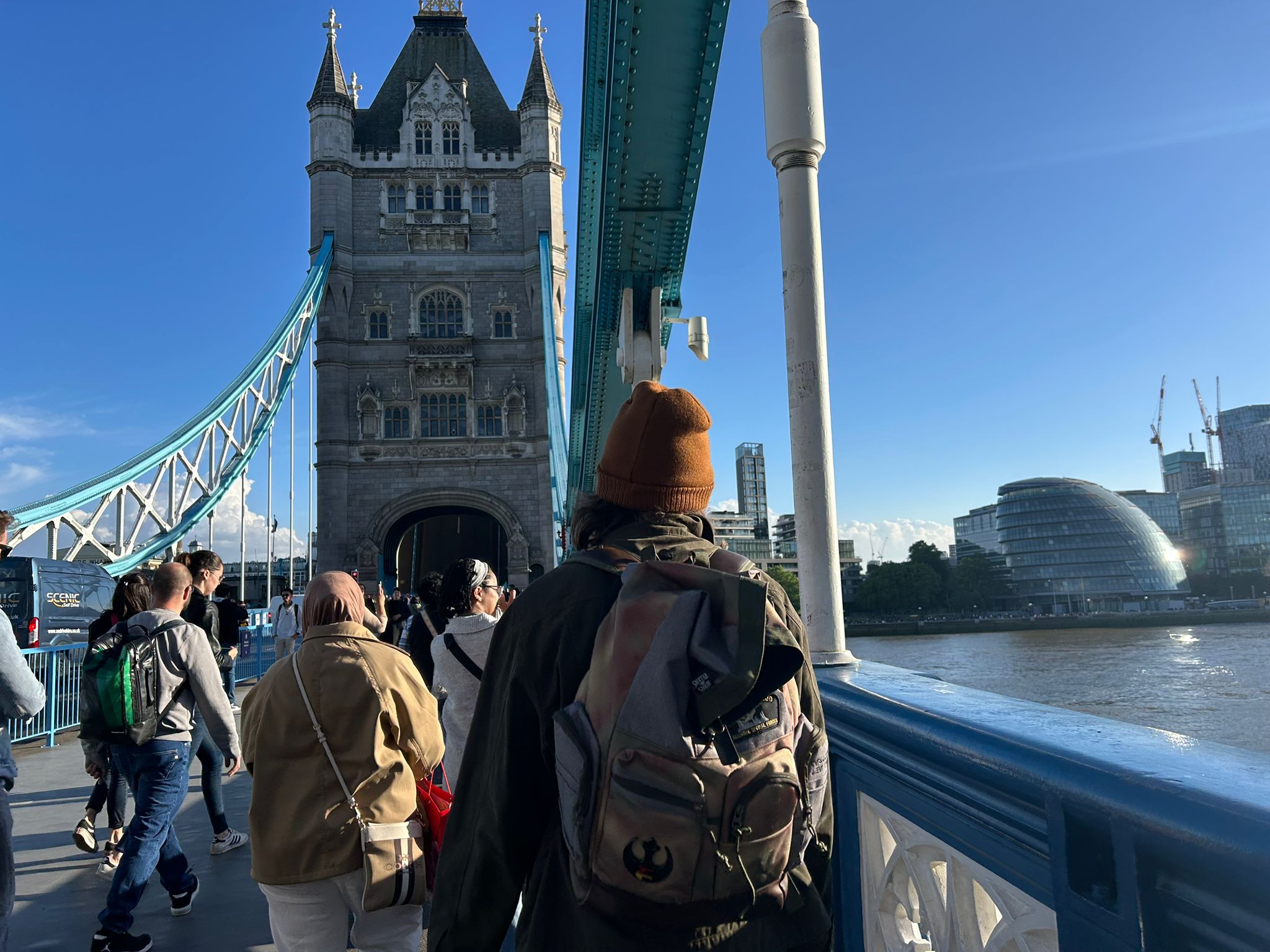
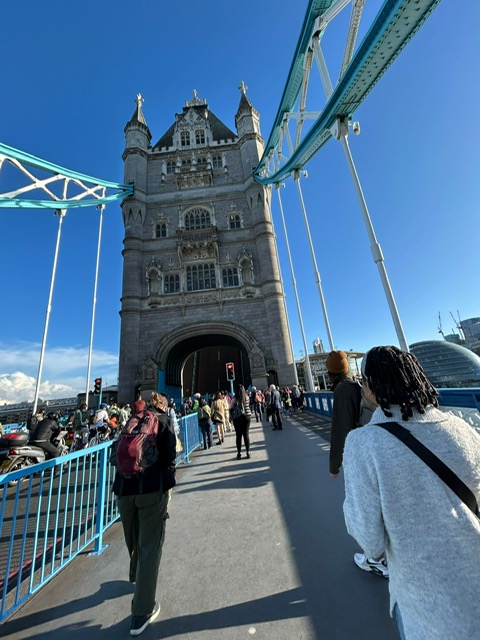
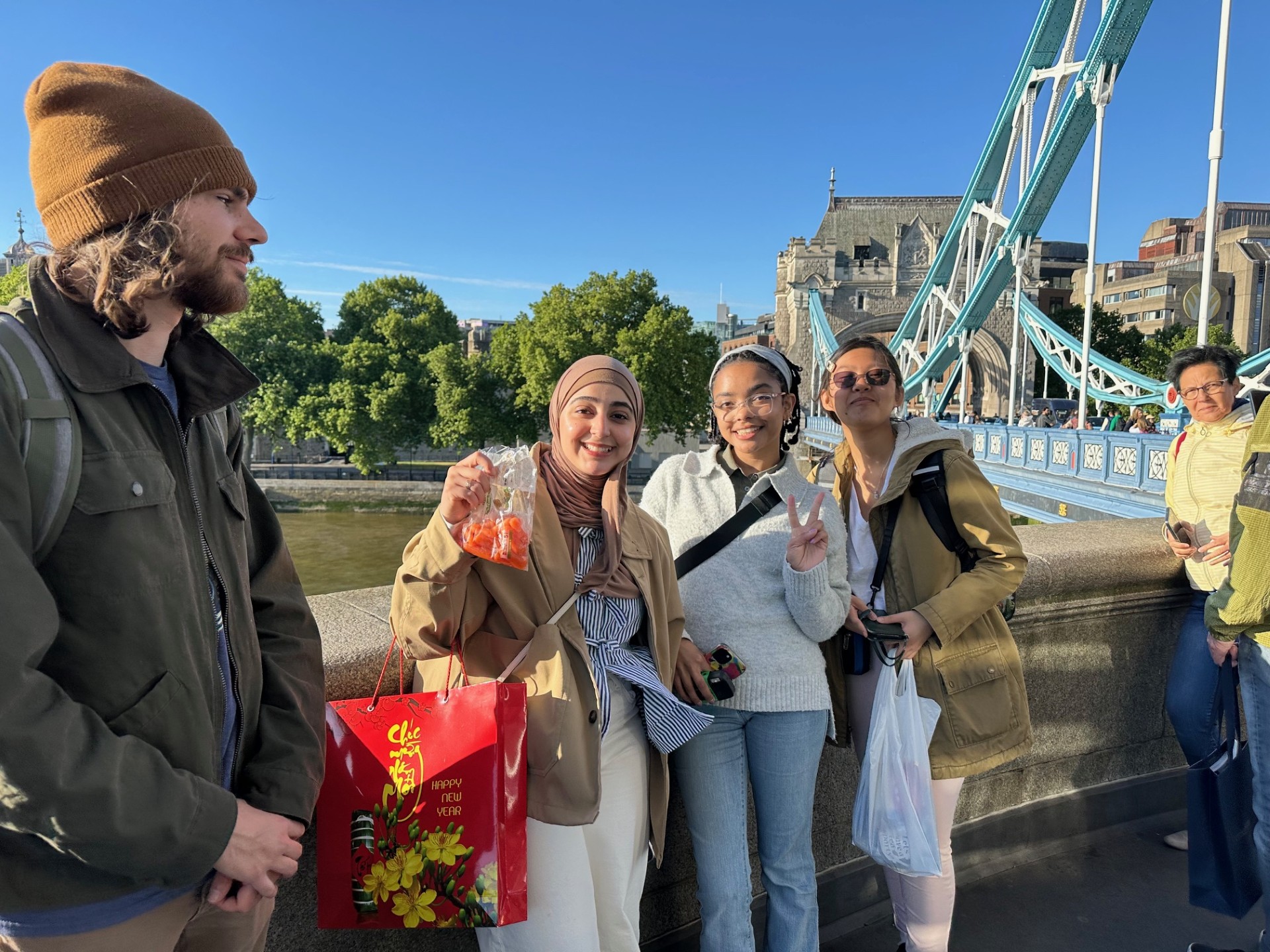
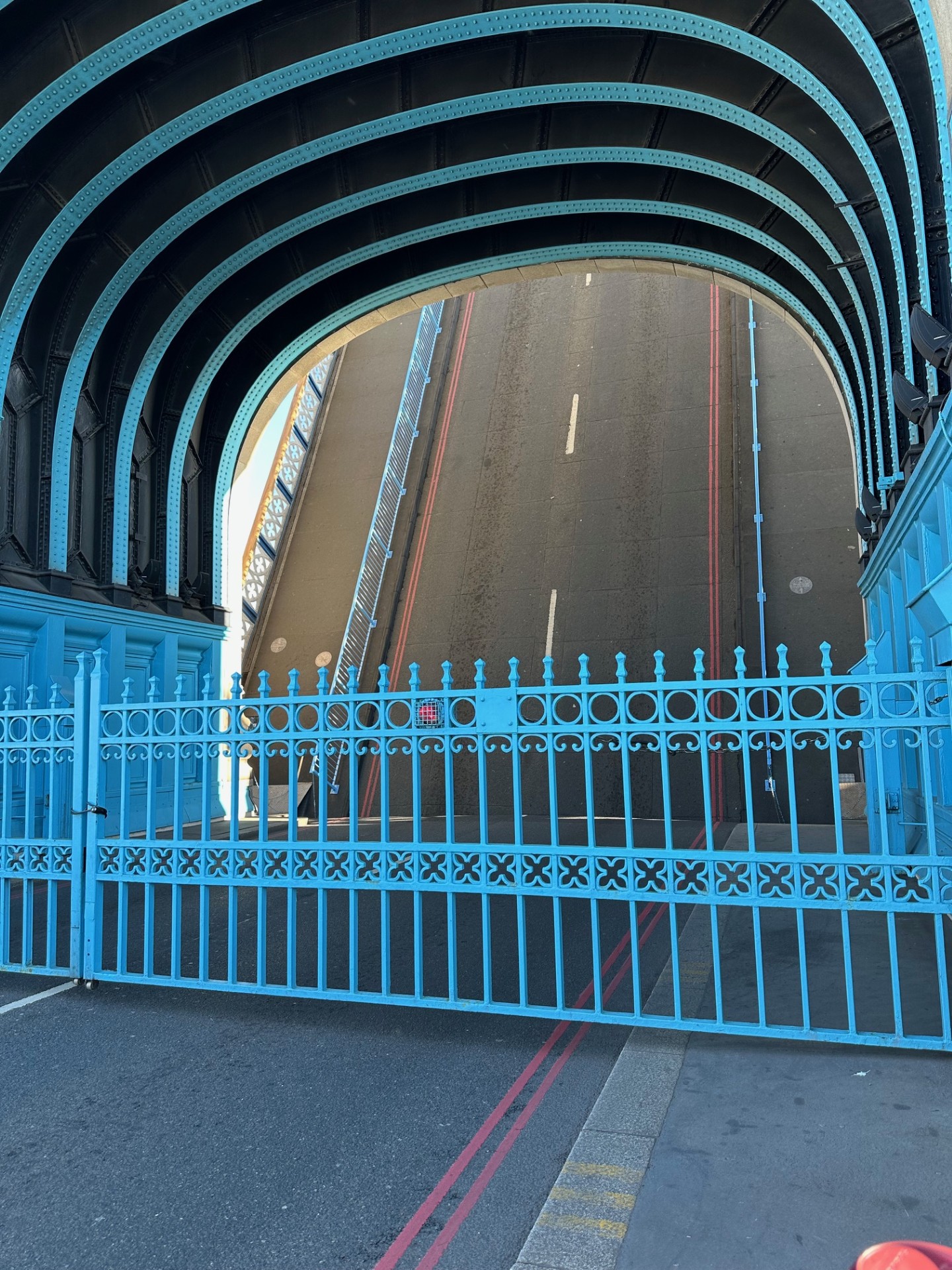
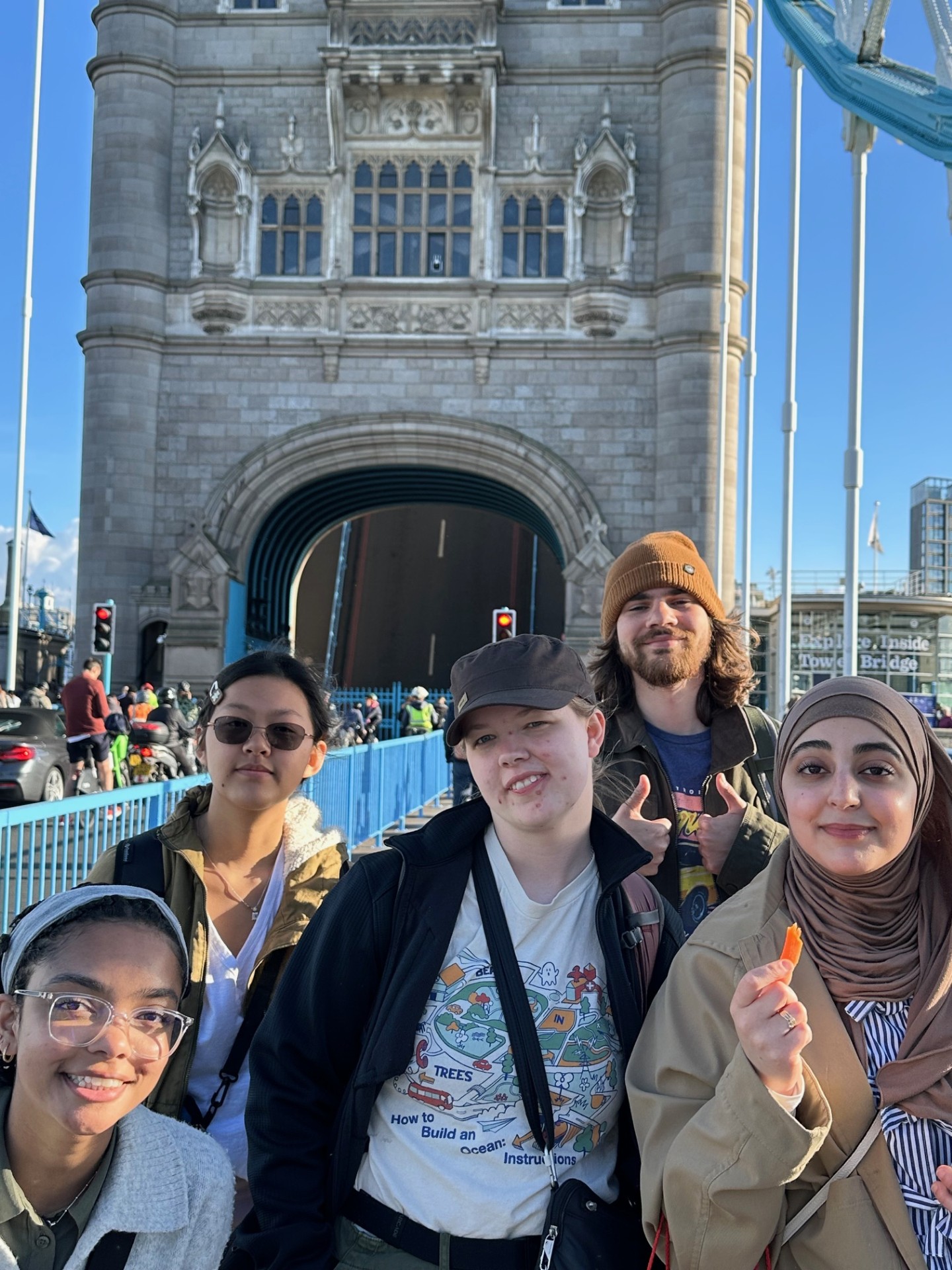
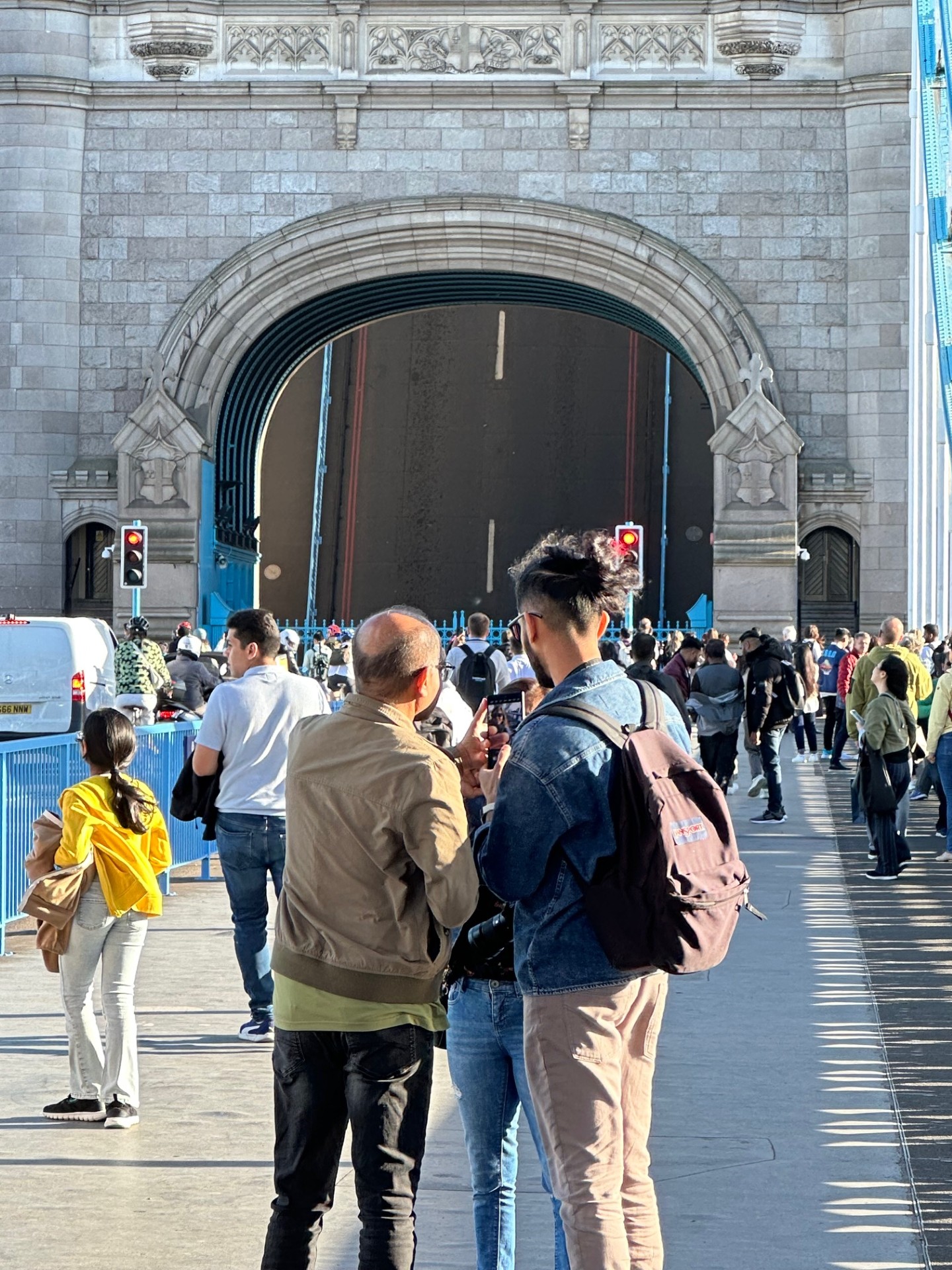
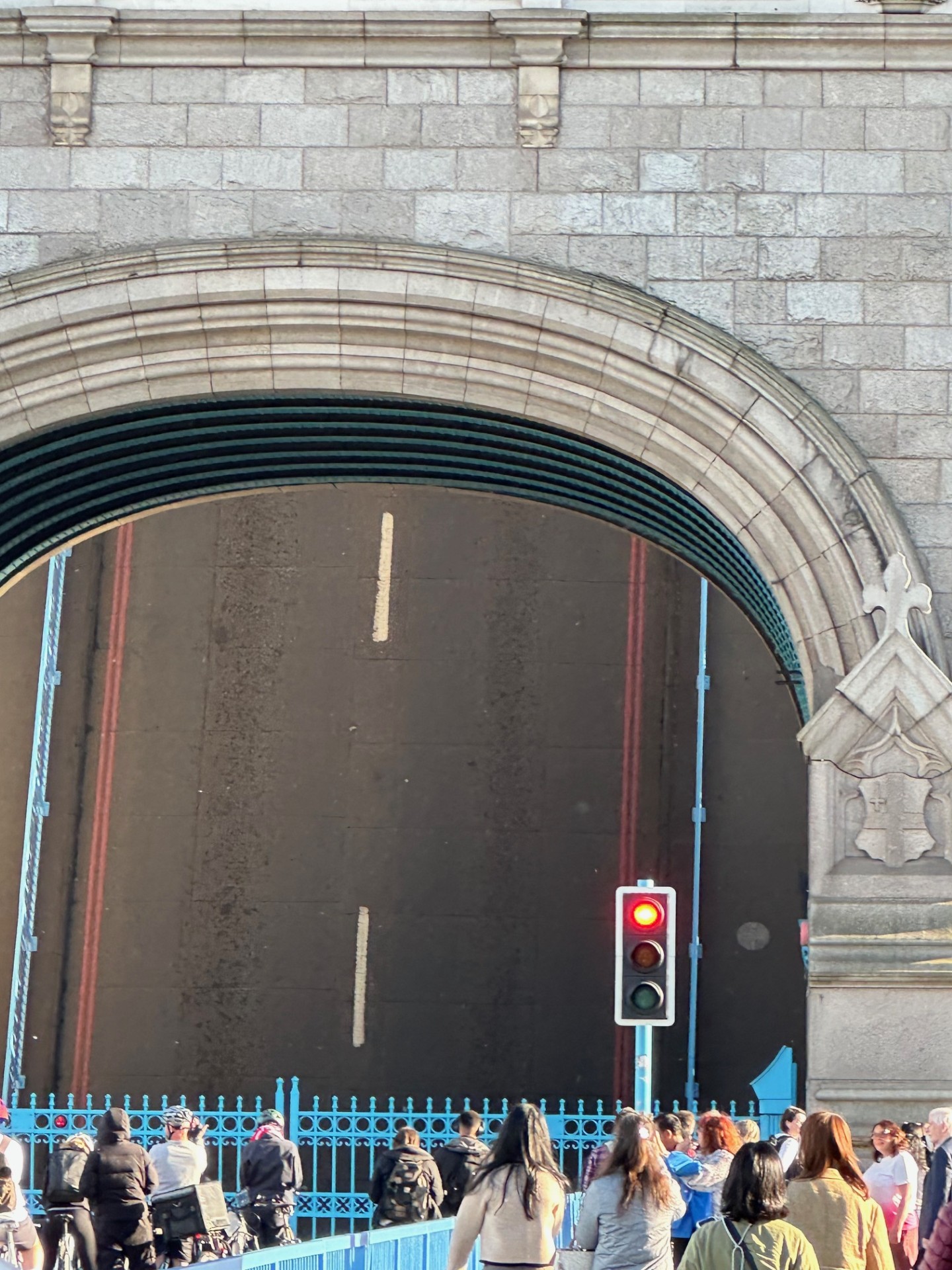
Not everyone had made it onto the bridge in time, but a few students who were on the other side managed to snap some great shots of the open span from different angles. It felt like the perfect trifecta: we had seen the Tower Bridge from the river, walked across it, and watched it open—an iconic London experience in full.
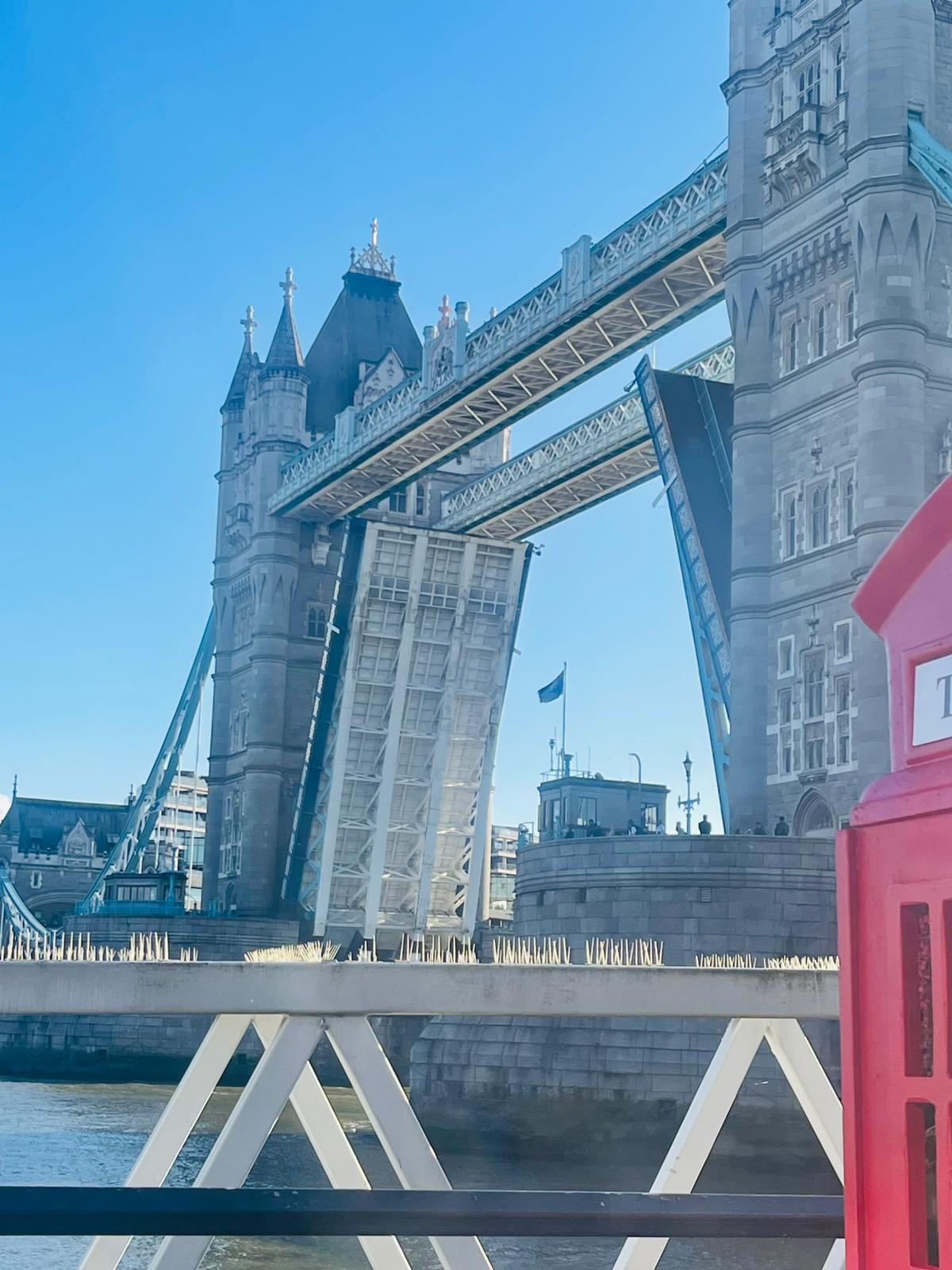
After our Tower Bridge experience, the group once again split up to explore different parts of London. I suggested heading back toward Westminster, and while Wiktoria, Lou, and Keanu decided to follow an alternative plan, the rest of the group stuck with me for one final walk through the historic heart of the city.
It was close to 8:00 p.m. when we arrived at Westminster, and remarkably, it was still light out—one of the perks of late spring evenings in London. We began walking toward Buckingham Palace, intending to take a fairly direct route through St. James’s Park, but as often happens, we got pleasantly sidetracked.
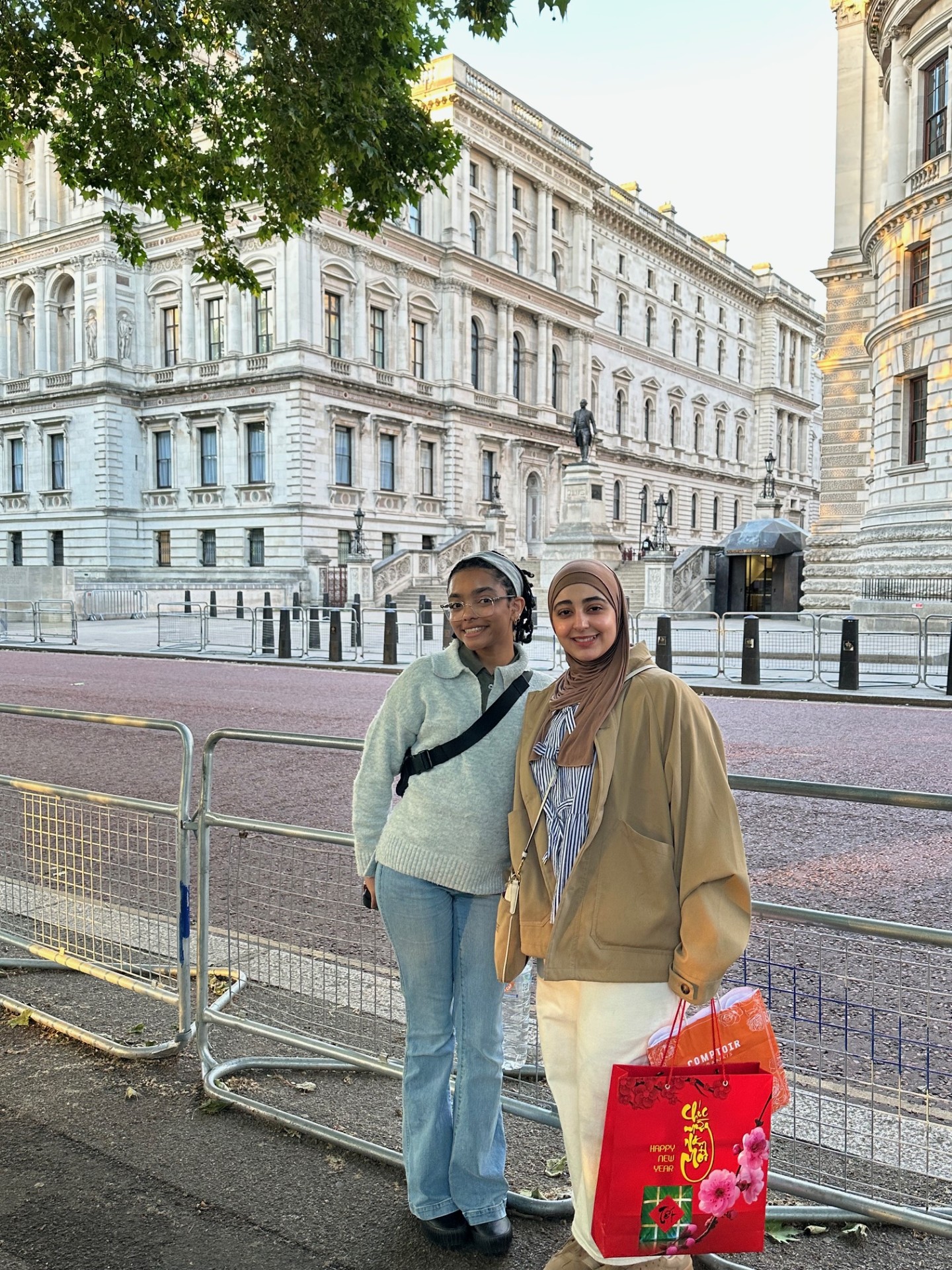
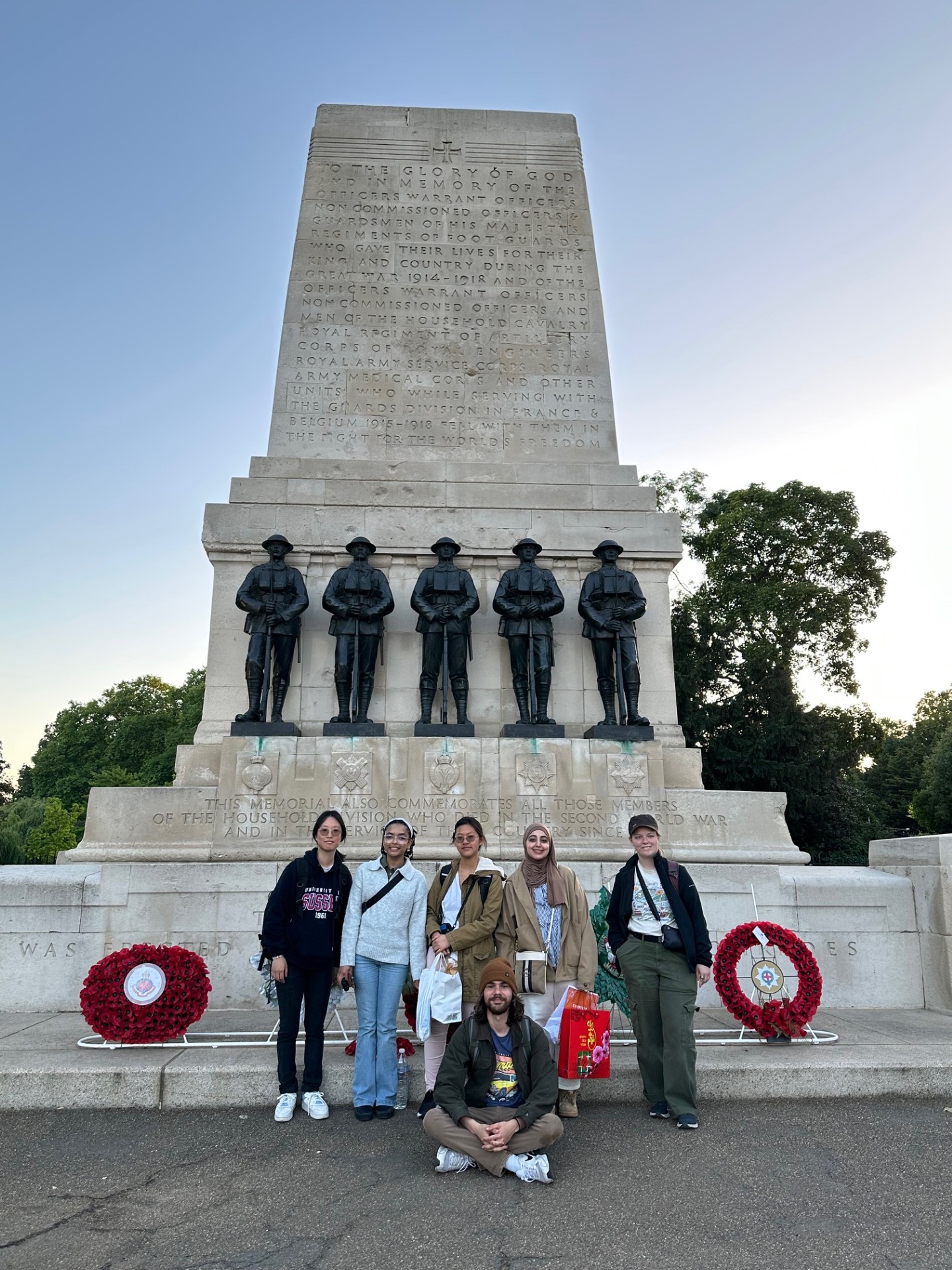
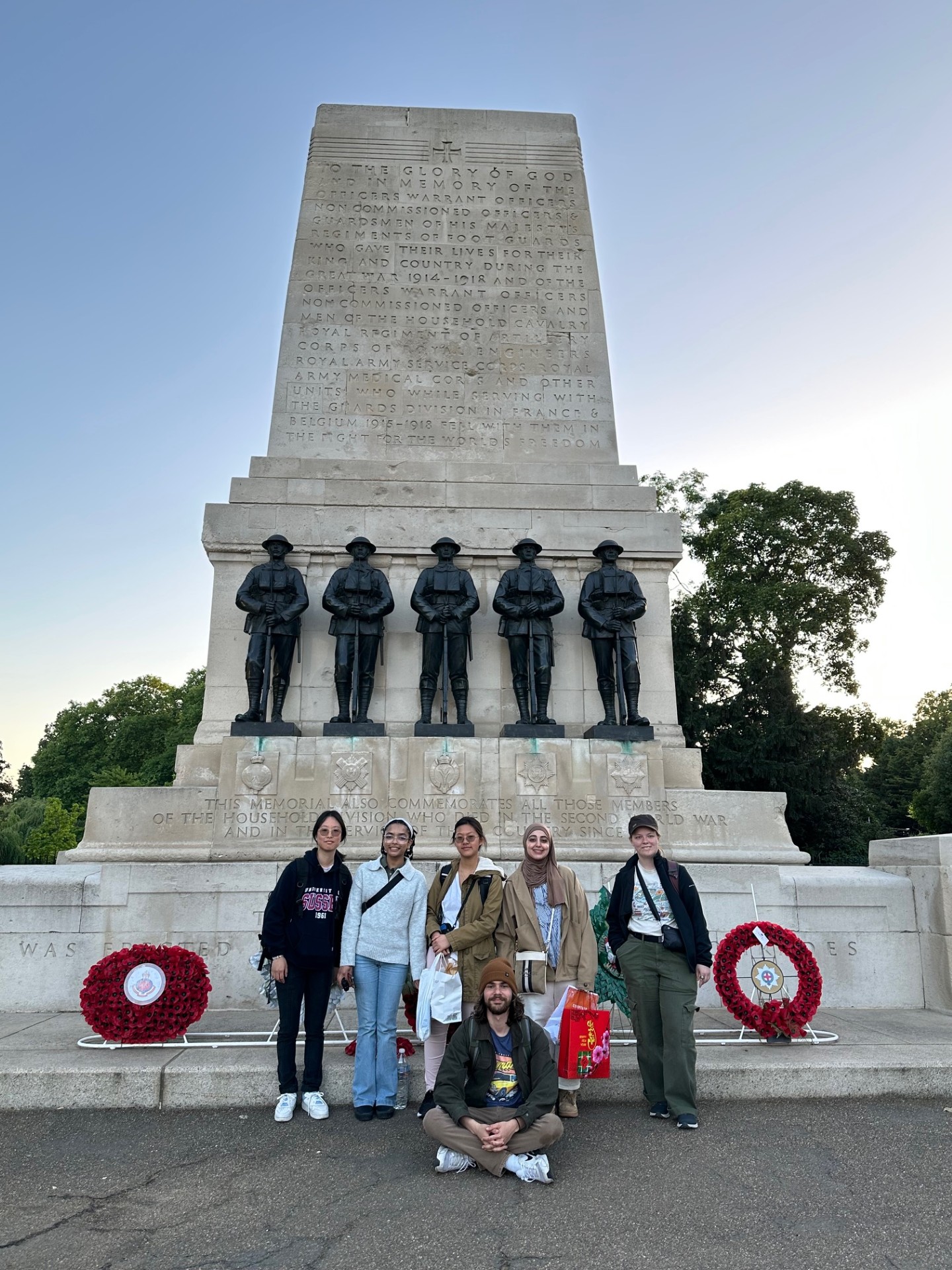
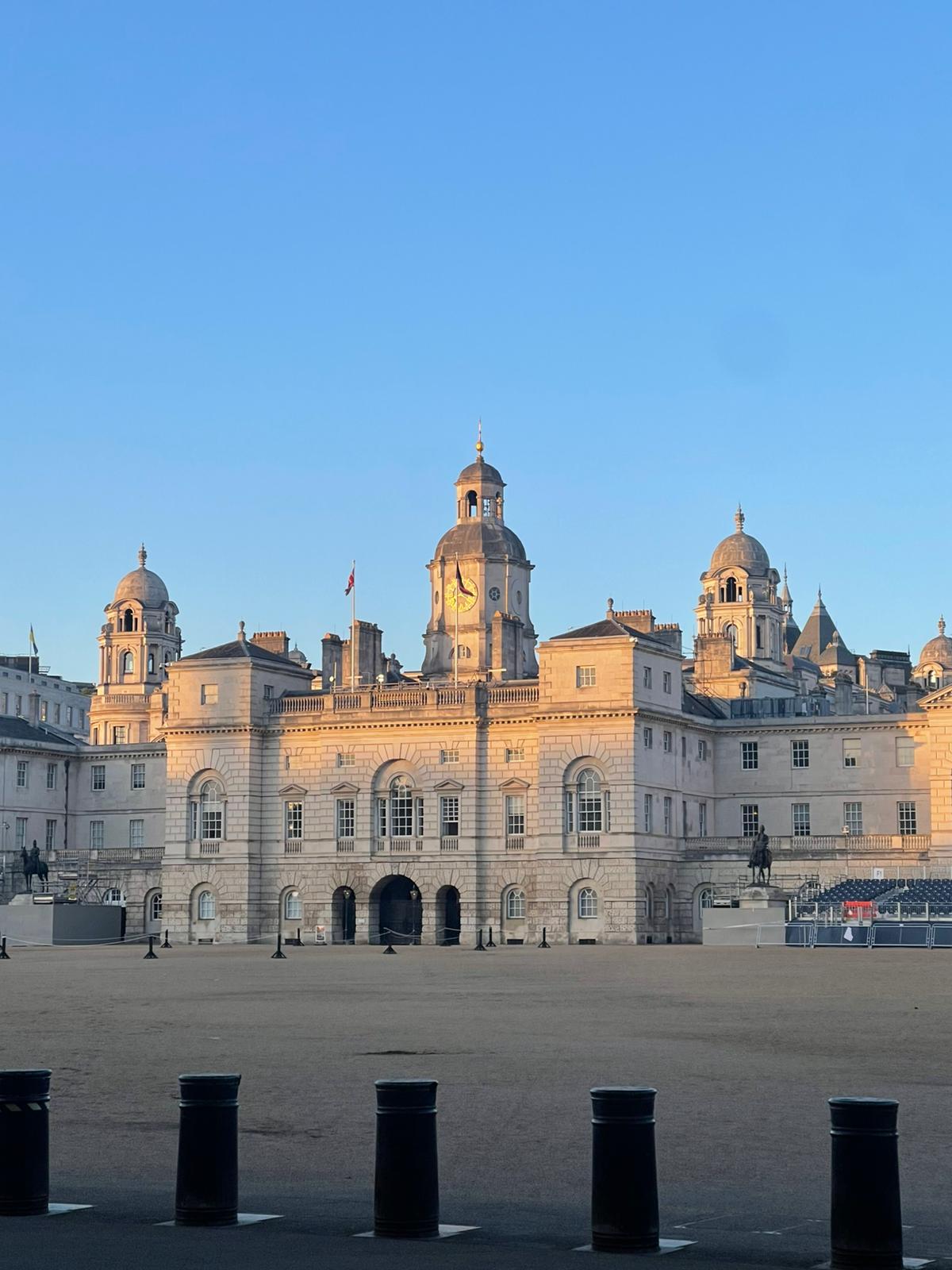
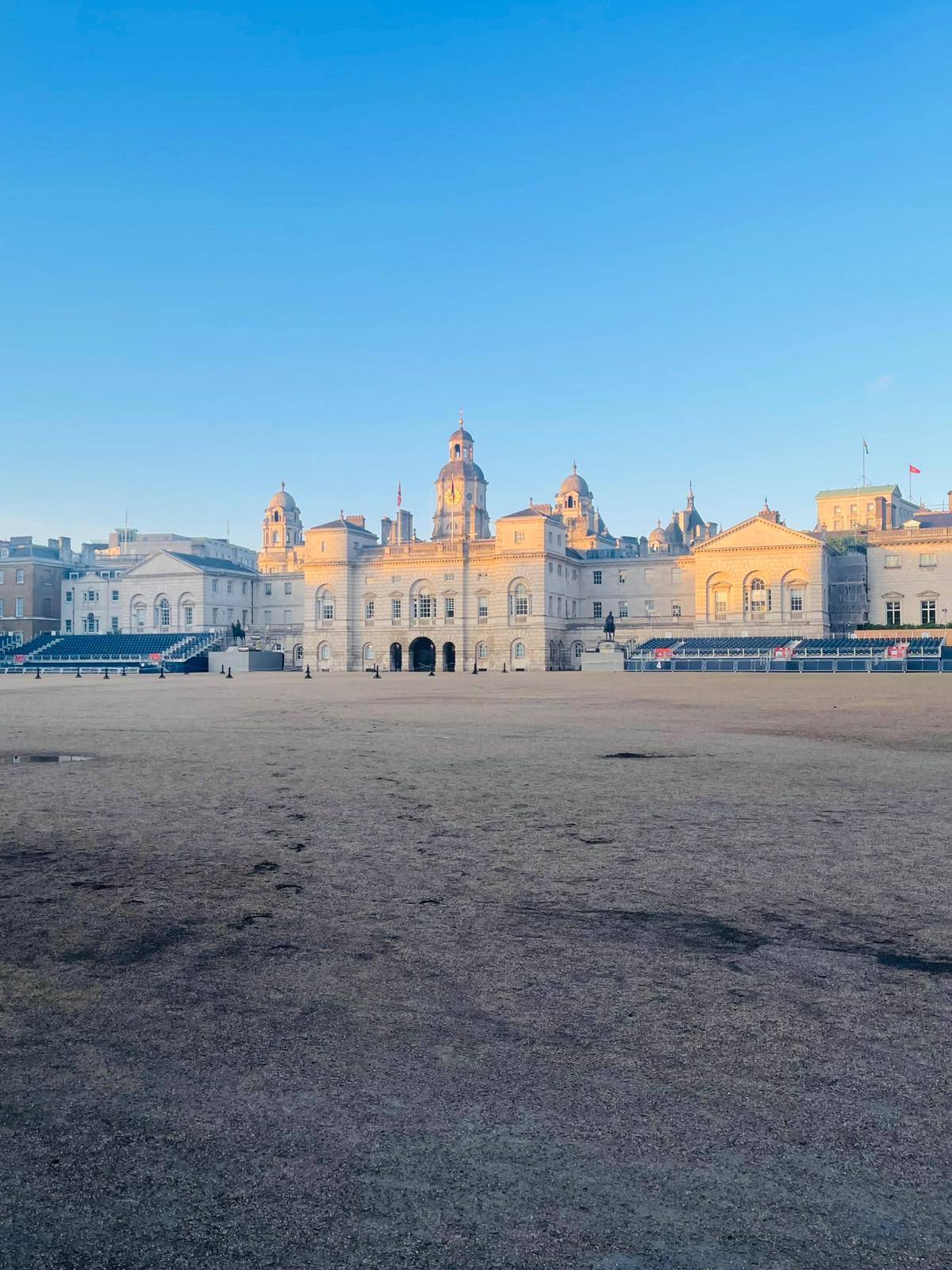
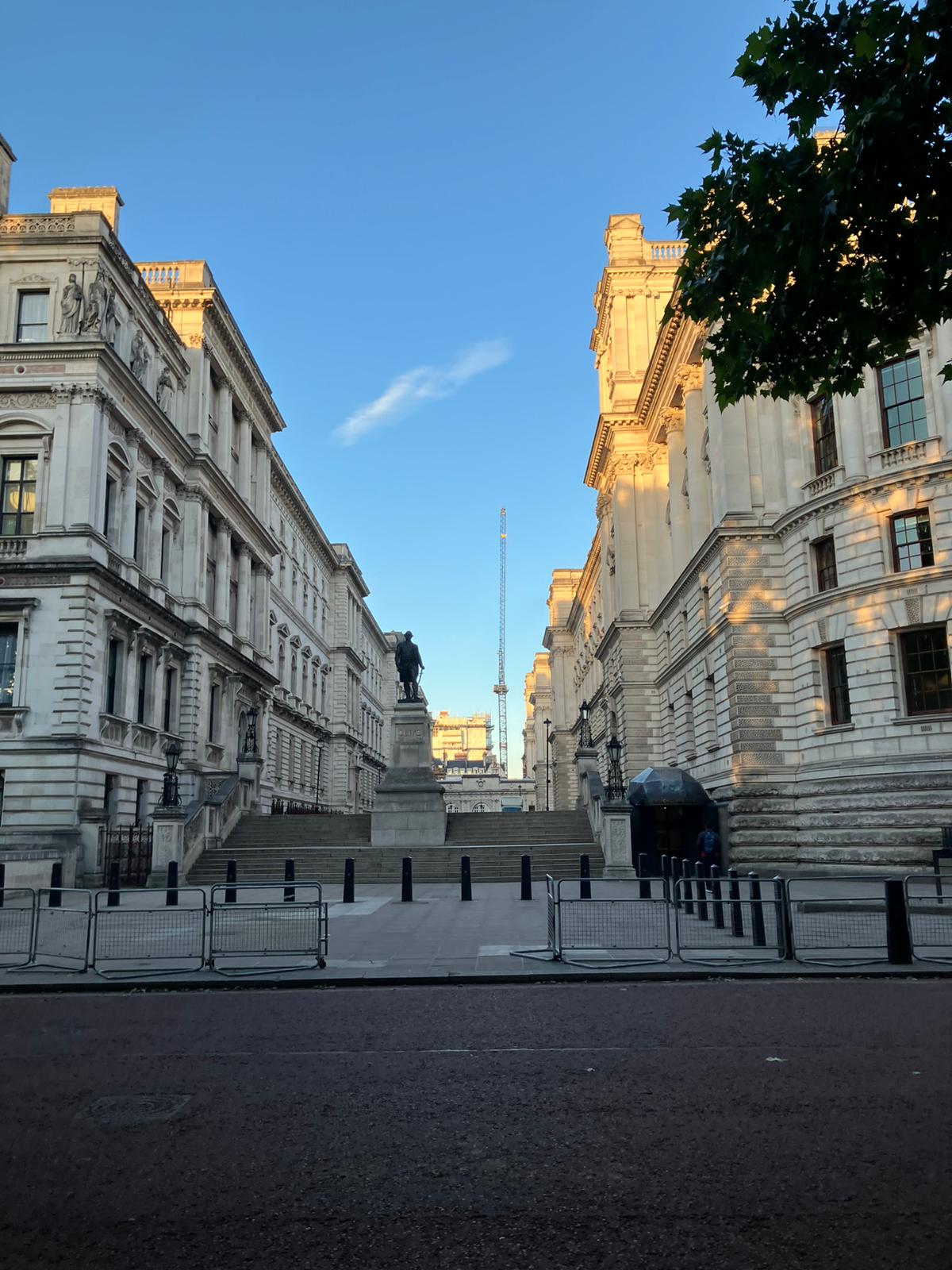
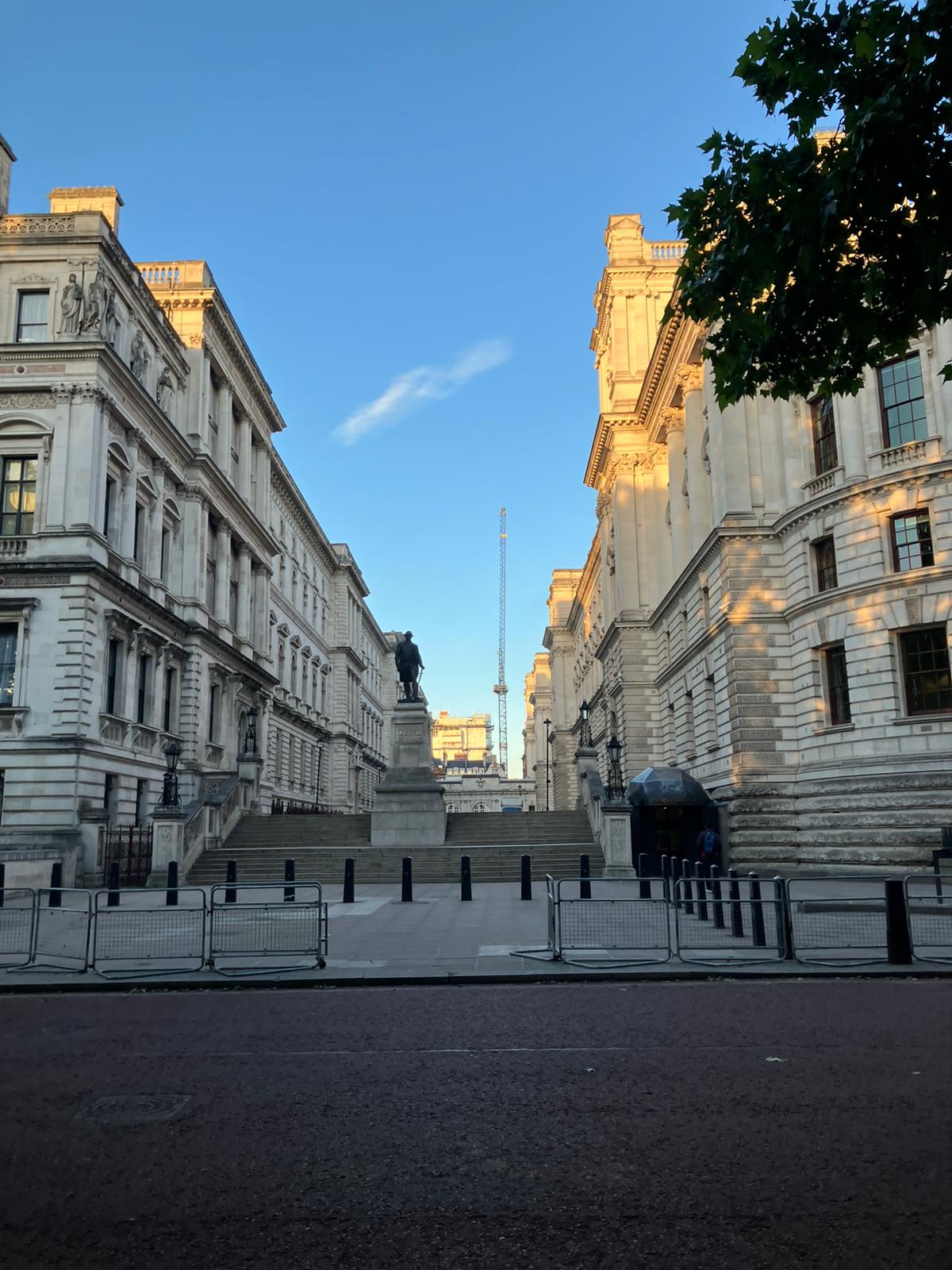
The detour started as we turned onto Horse Guards Road, which is lined with some truly impressive and historically rich buildings. We passed the Churchill War Rooms, where Britain’s wartime Prime Minister once directed operations during the Blitz, and the imposing façade of the Imperial War Museum’s Whitehall building. Just ahead was the gated entrance to Downing Street, home of the Prime Minister, and shortly after that, the Household Cavalry Museum, where the changing of the guard takes place on horseback. Naturally, we stopped at the Guards Memorial for a group photo. With its bronze sculptures and solemn inscriptions, it honors the Foot Guards who fell in World War I and other conflicts—a quiet but powerful reminder of the city’s deep history.
While we were taking photos, Mason, Lauren, and Di became completely enchanted by something else entirely: a group of pelicans lounging on a small island in St. James’s Park Lake. It turns out the park has kept pelicans since the 17th century, a tradition that started when the Russian ambassador gifted a pair to King Charles II in 1664. We diverted our path again and wandered into the park to get a better look.
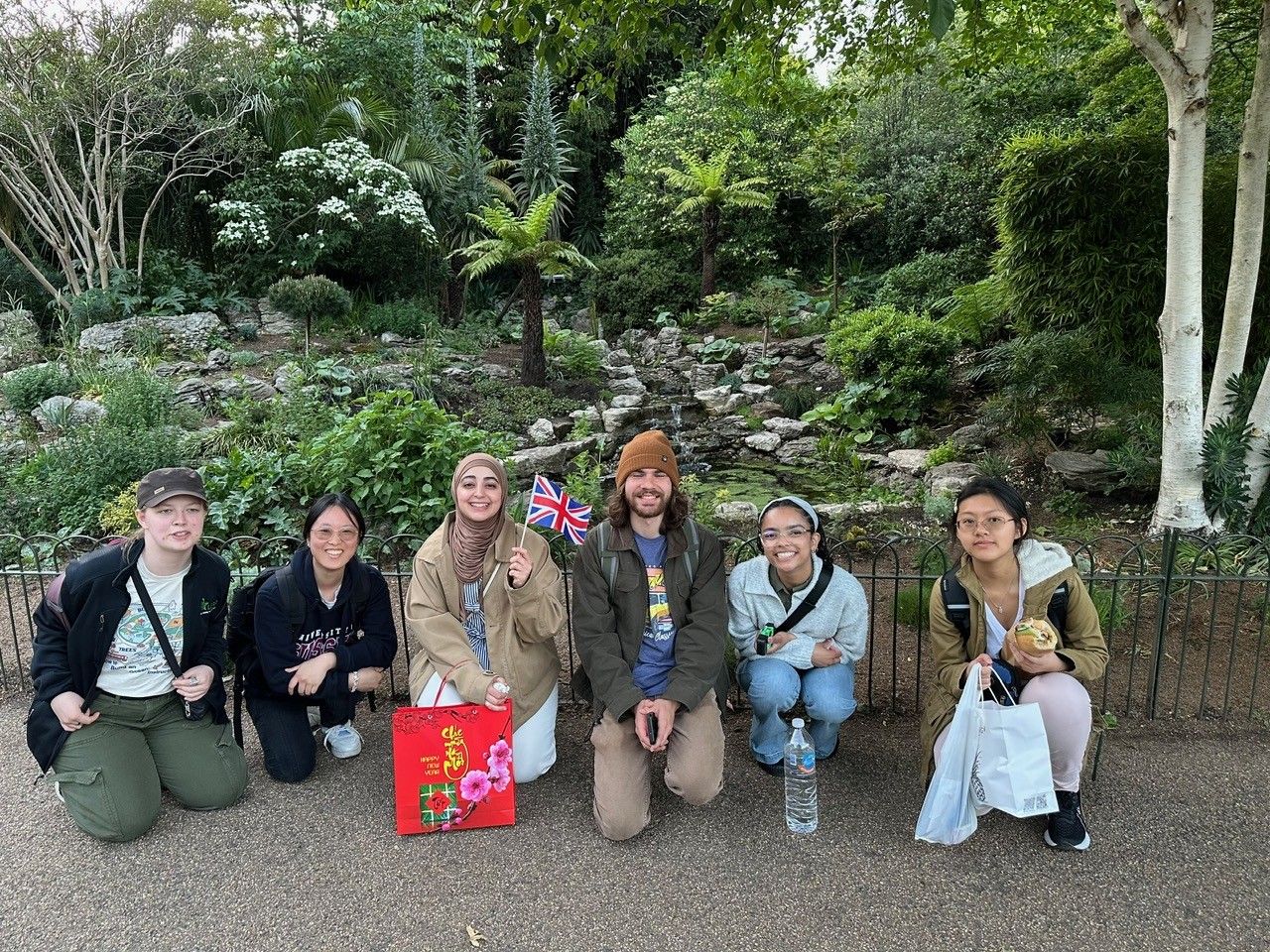
From there, all focus shifted to the birds. Swans, ducks, coots, and geese filled the pond, and the evening light made the whole scene look like something out of a painting. For the first time ever, I even spotted a black swan, gliding gracefully across the water.
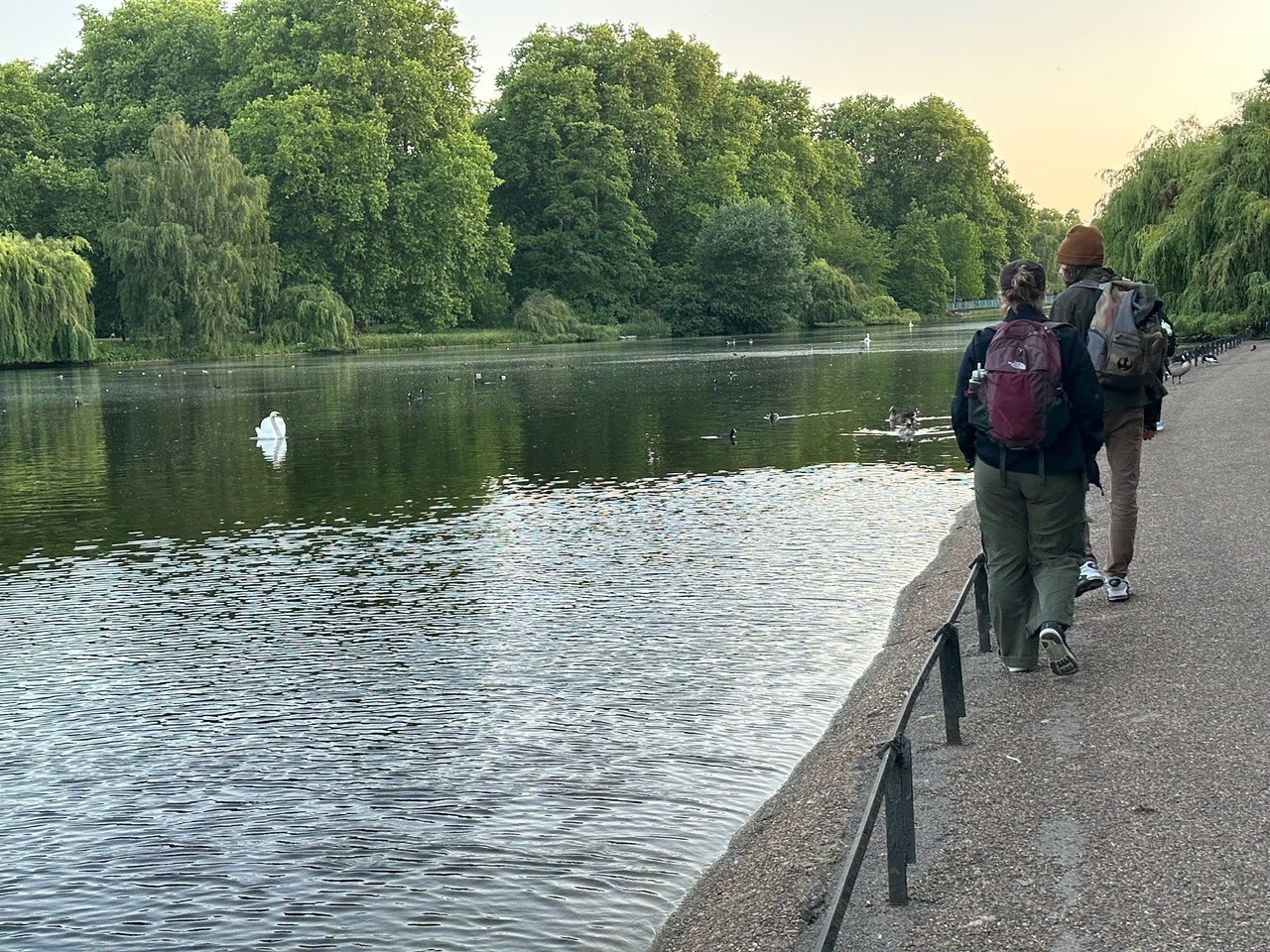
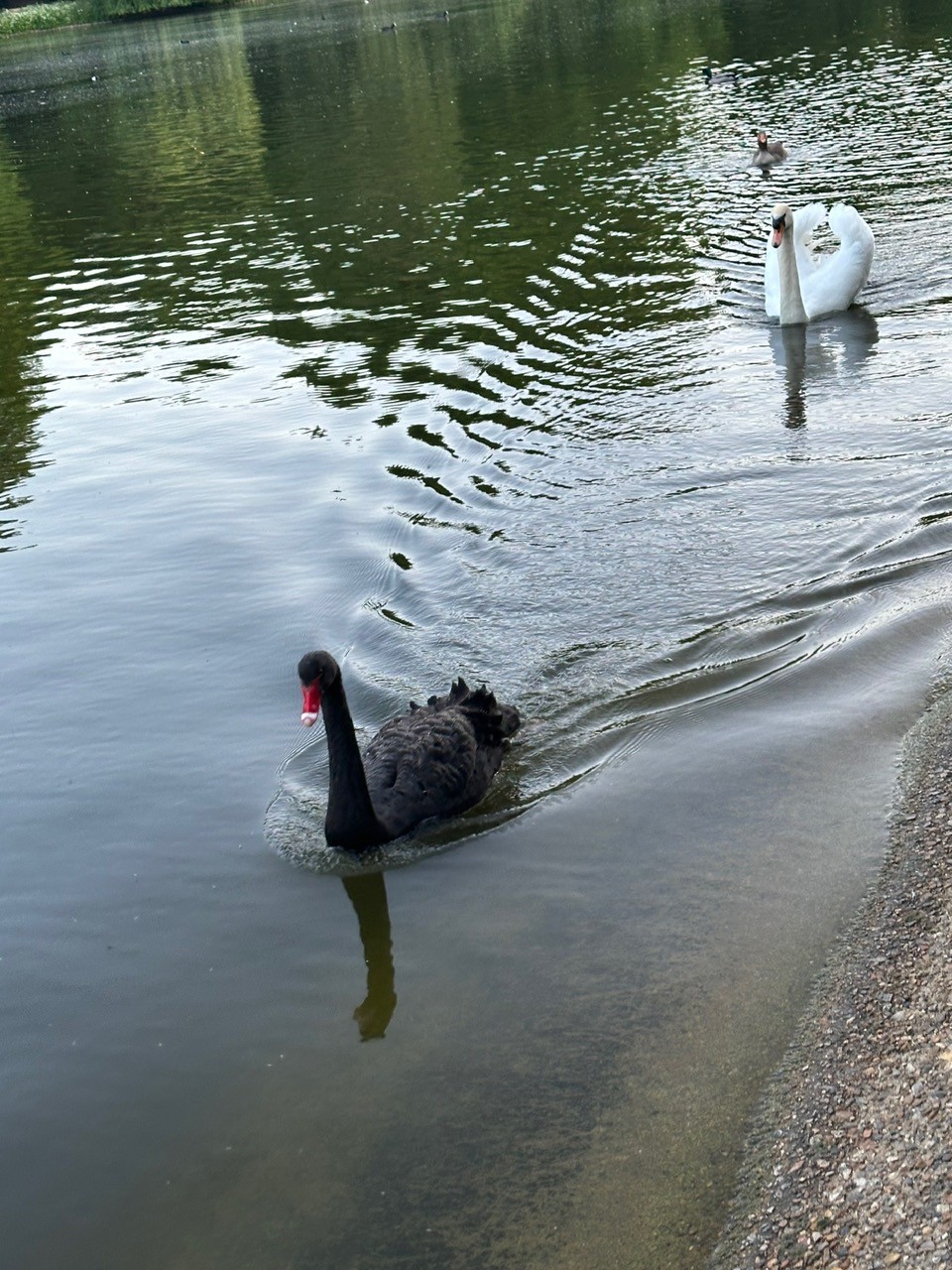
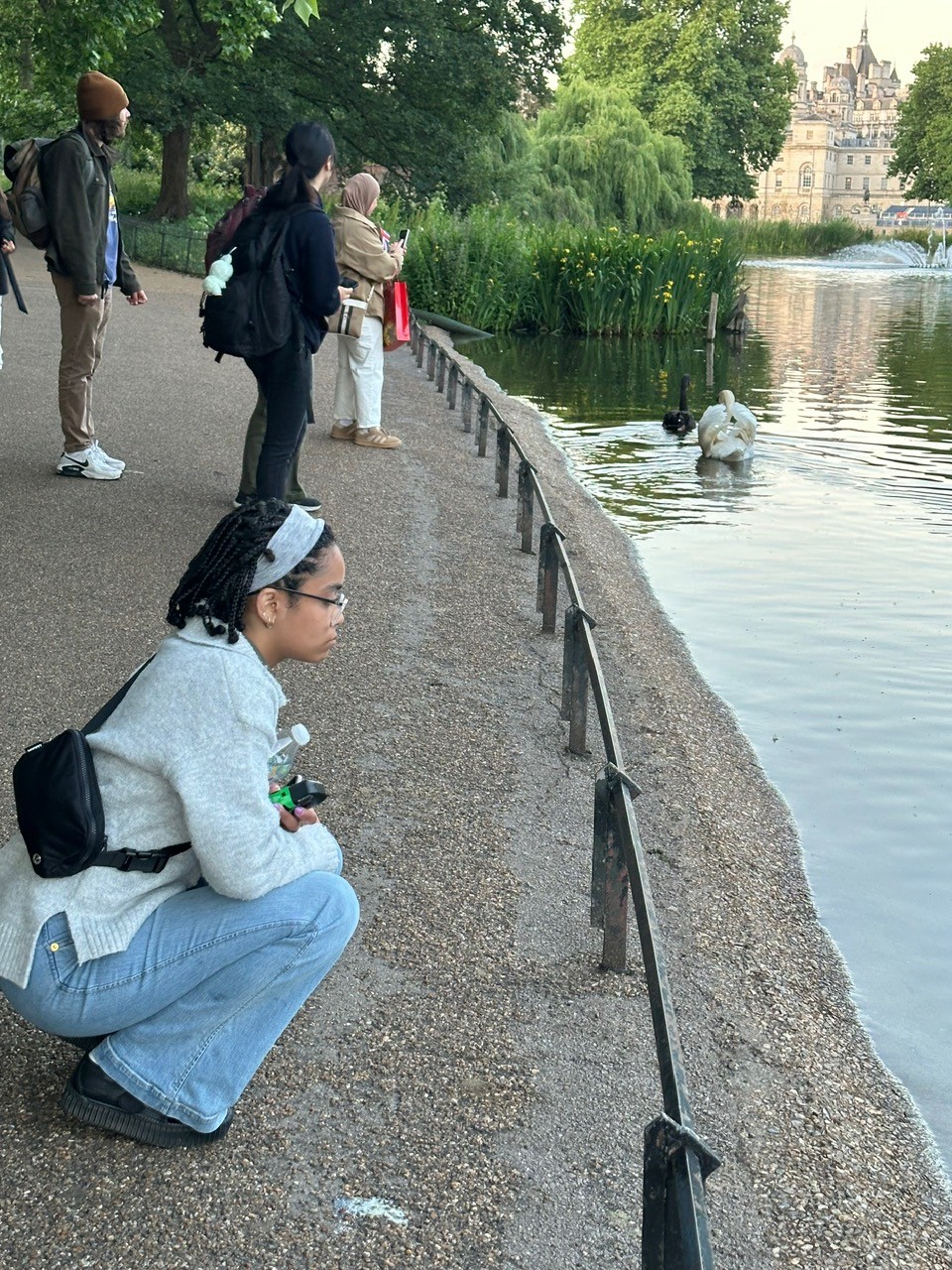
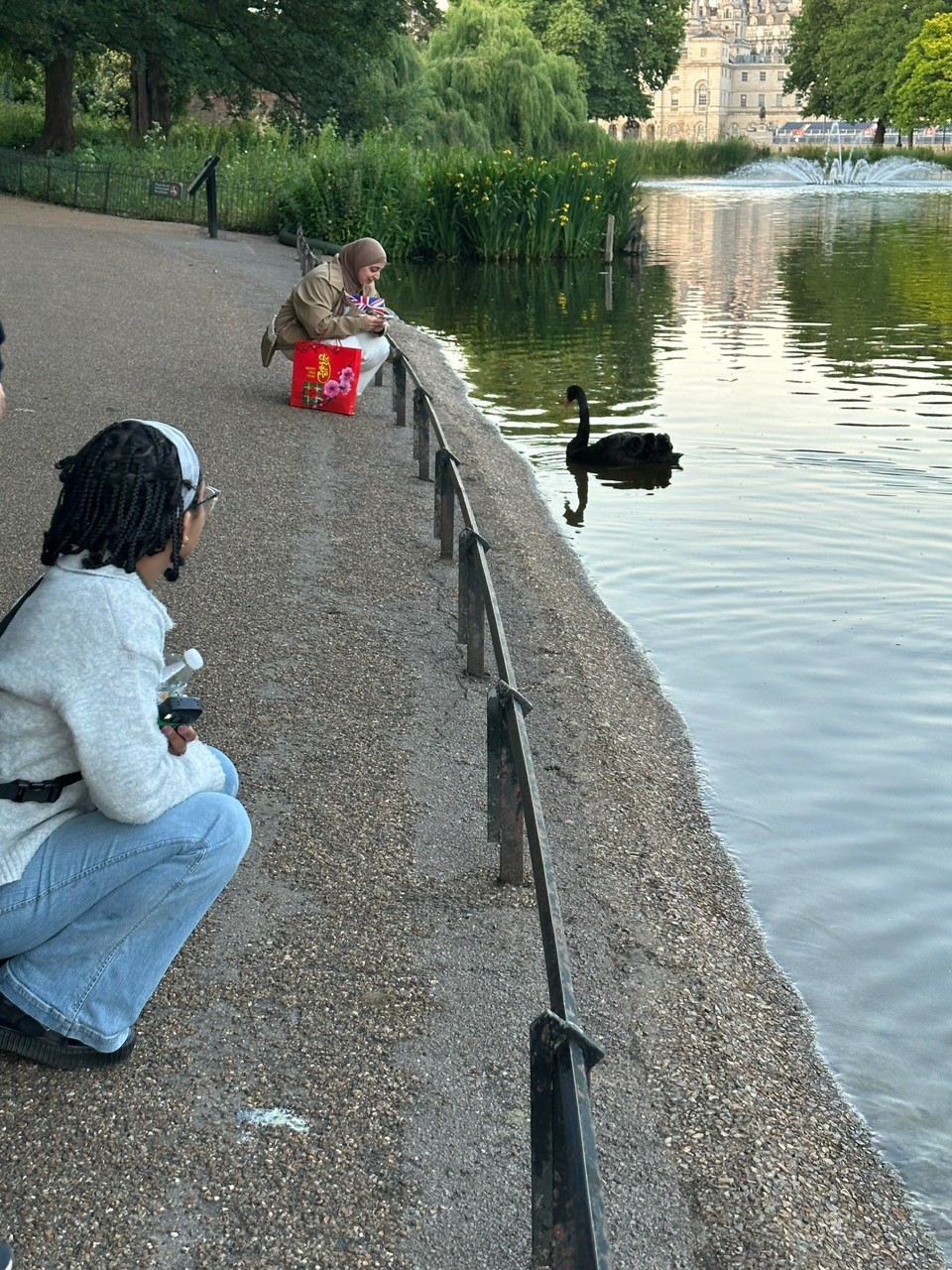
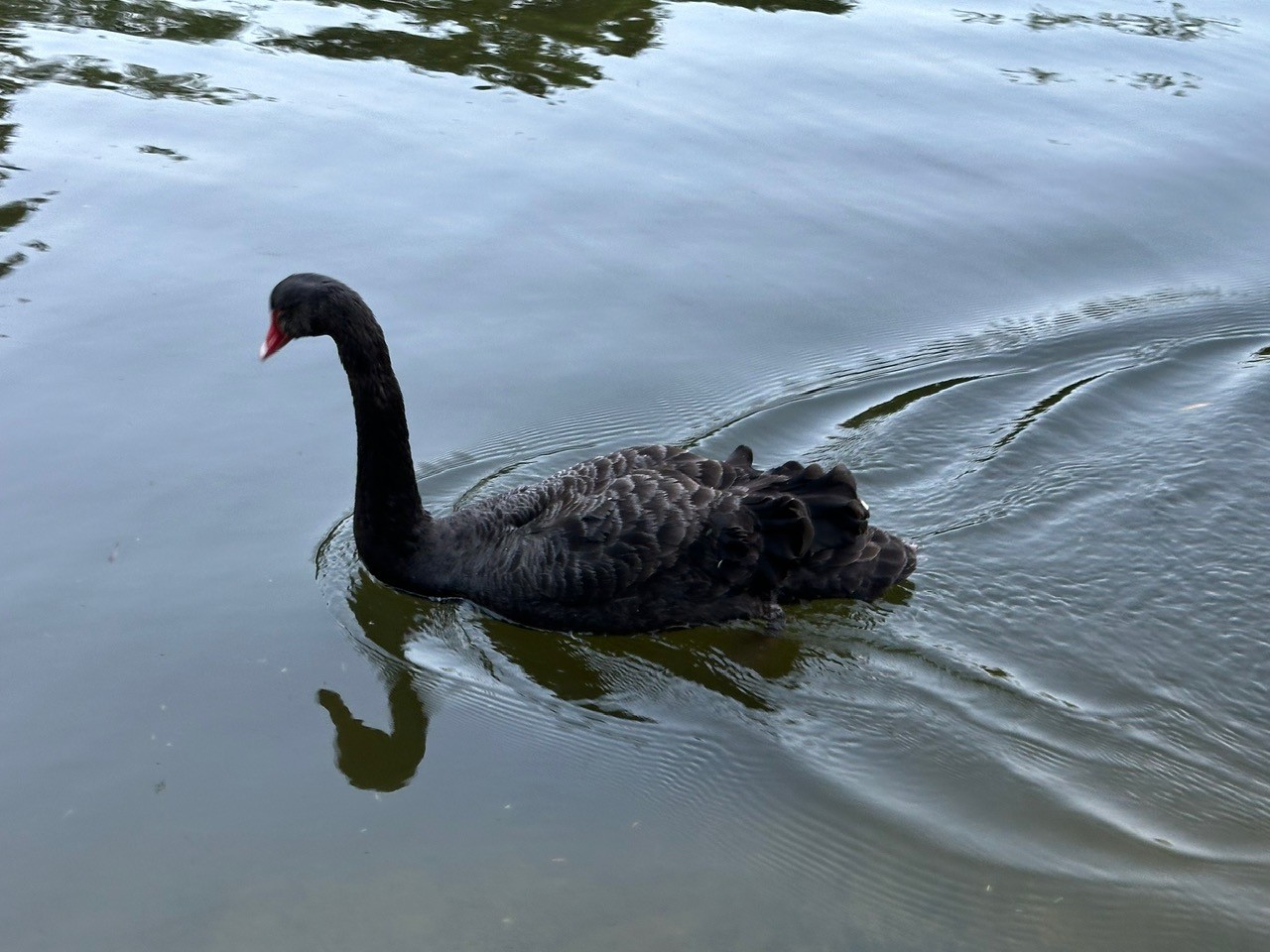
Lots of photos at the lake were taken…
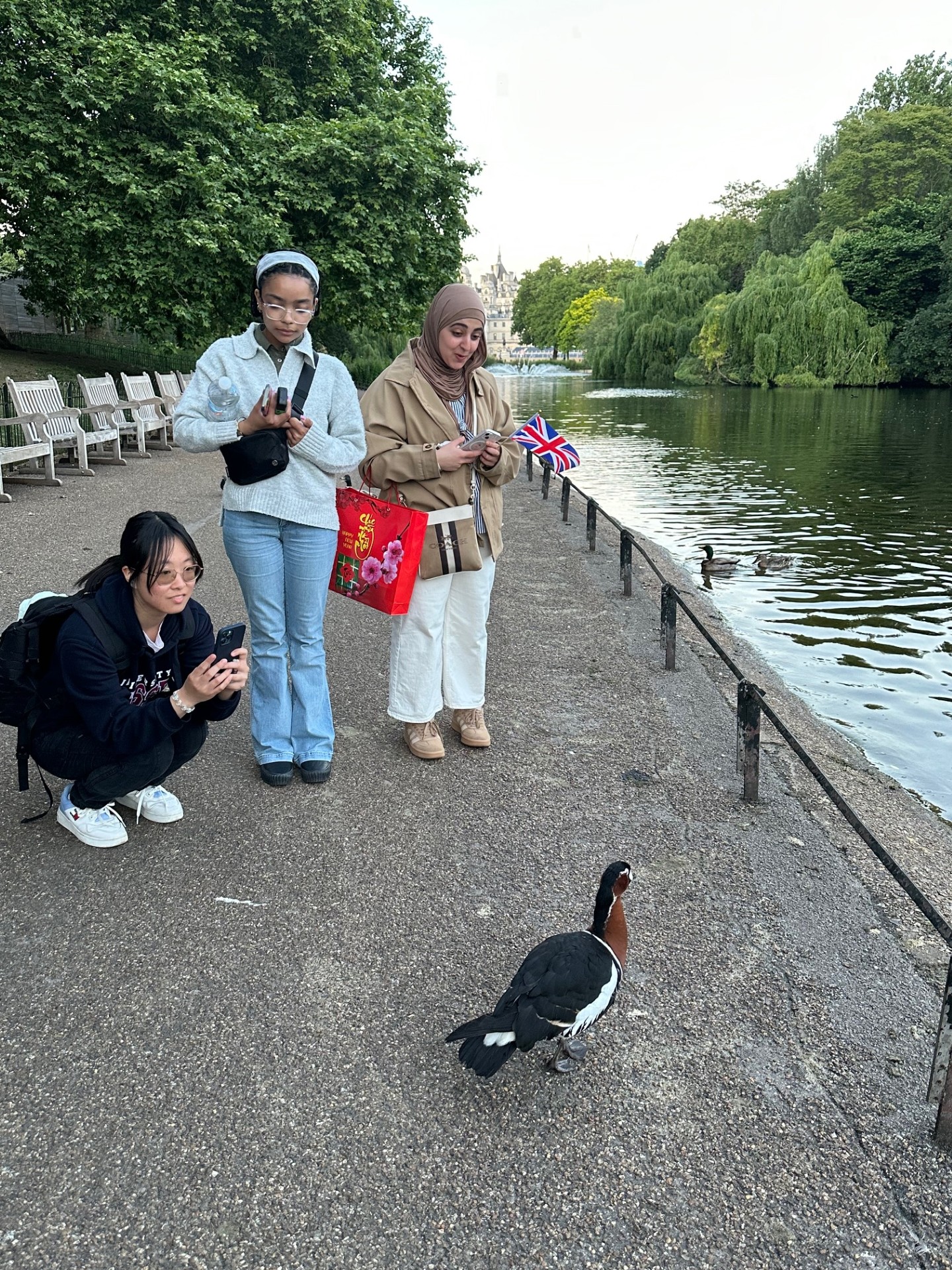
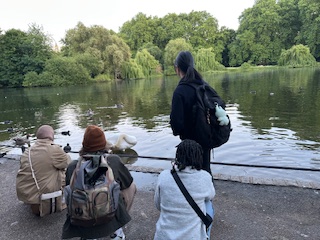
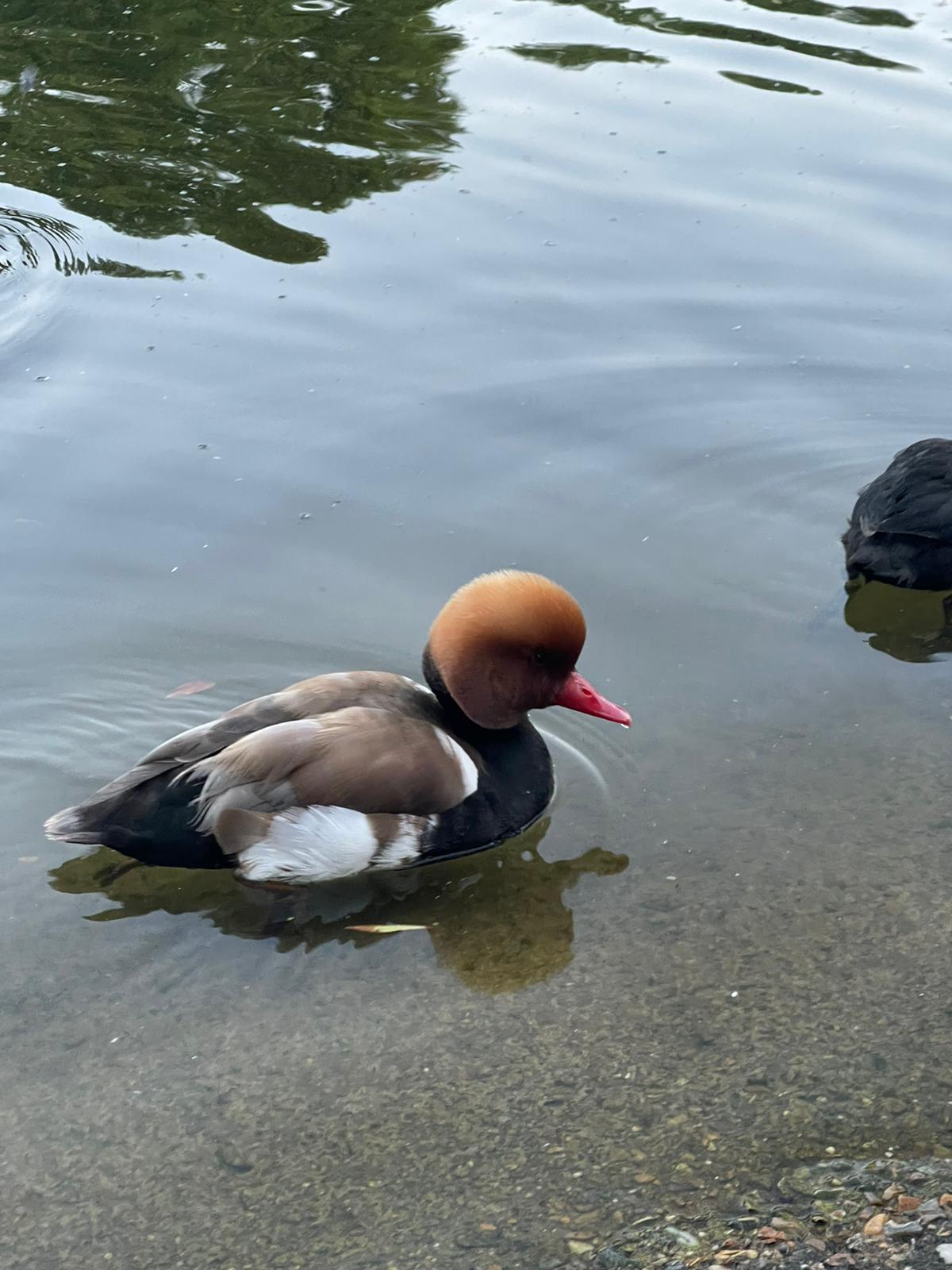
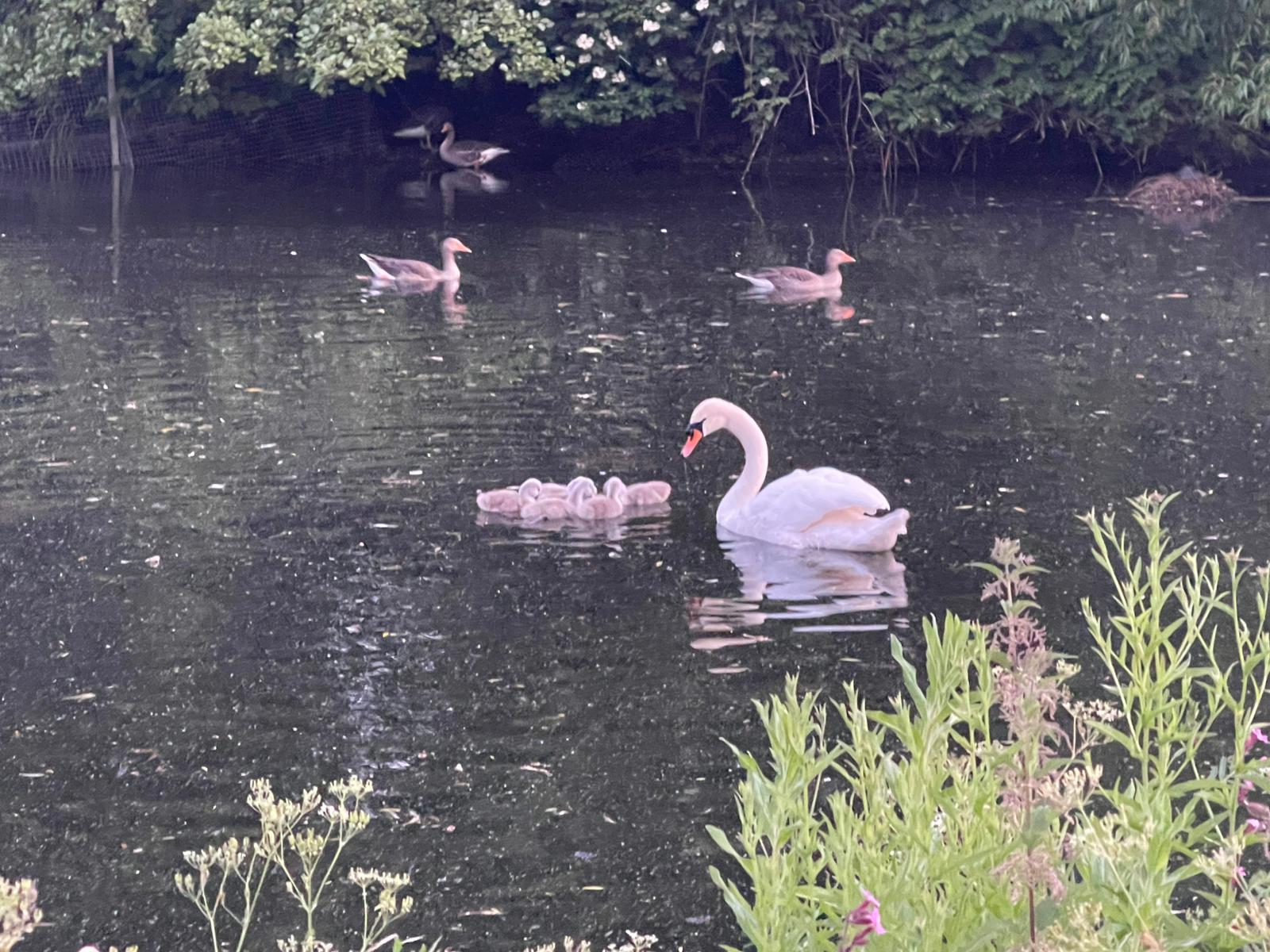
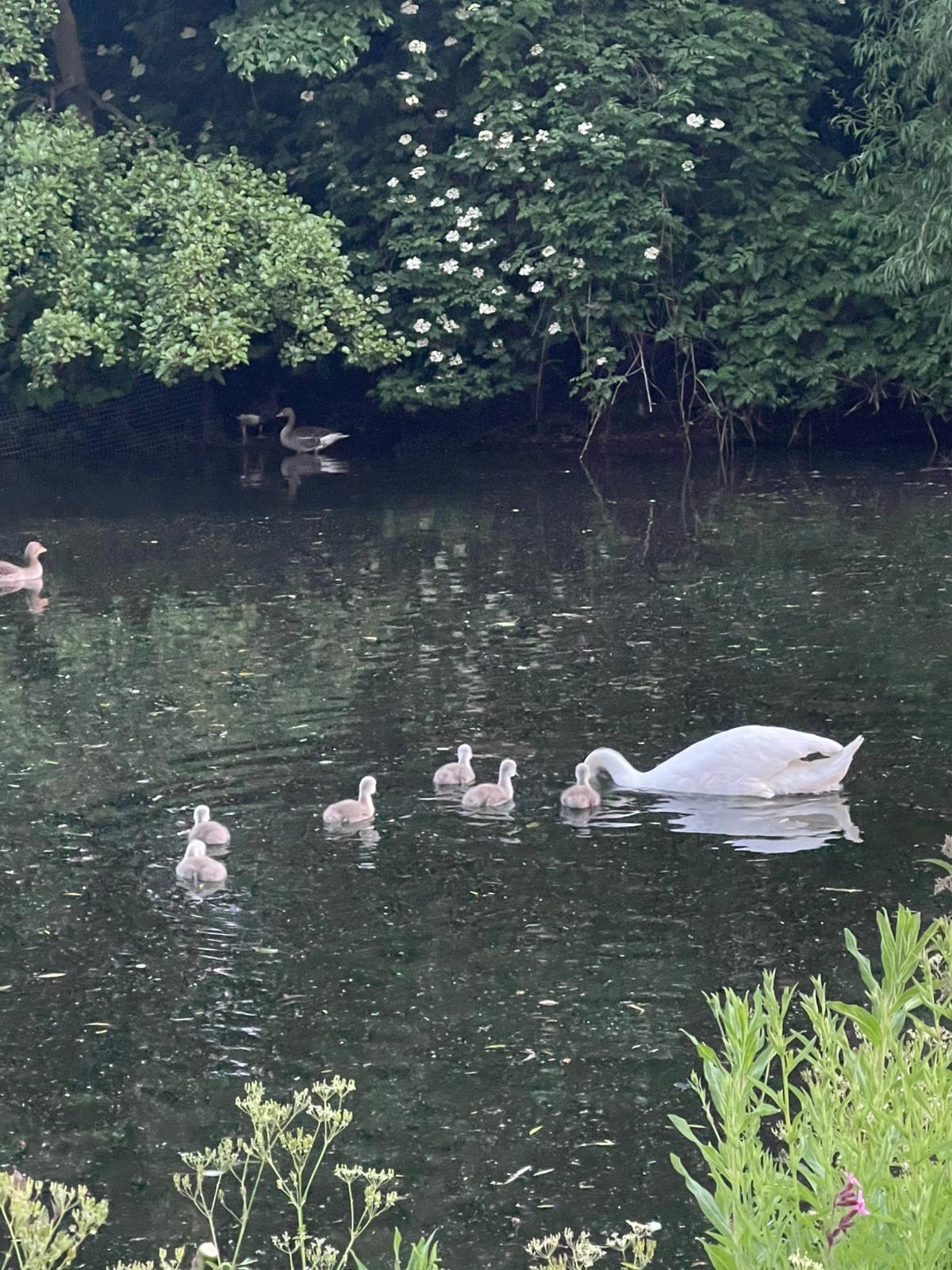
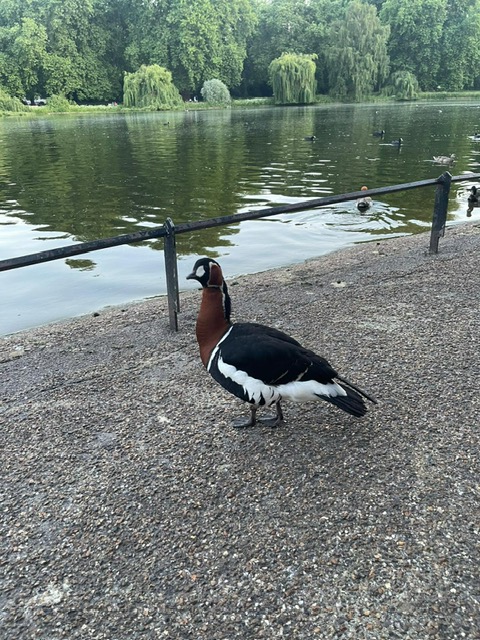
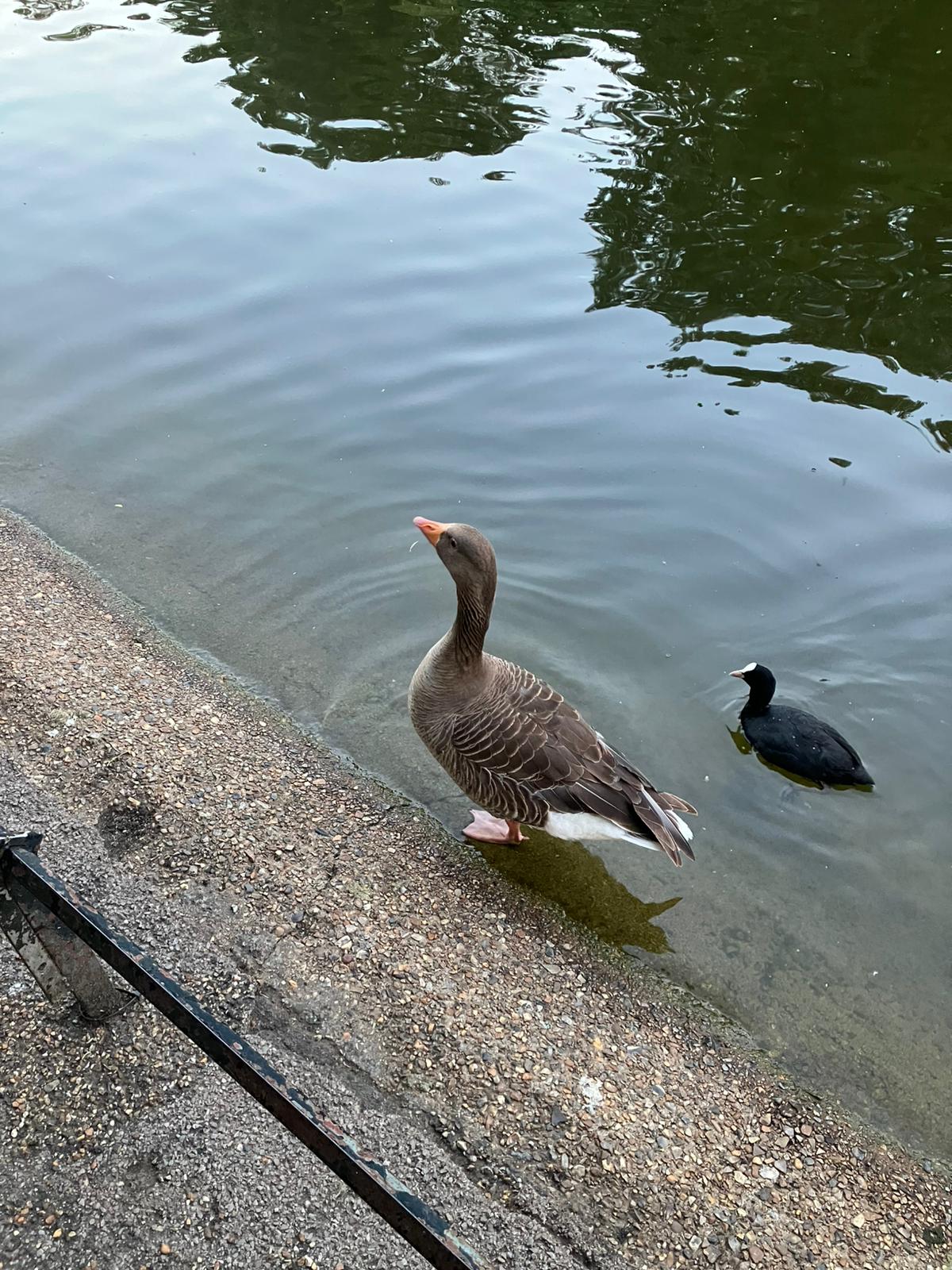
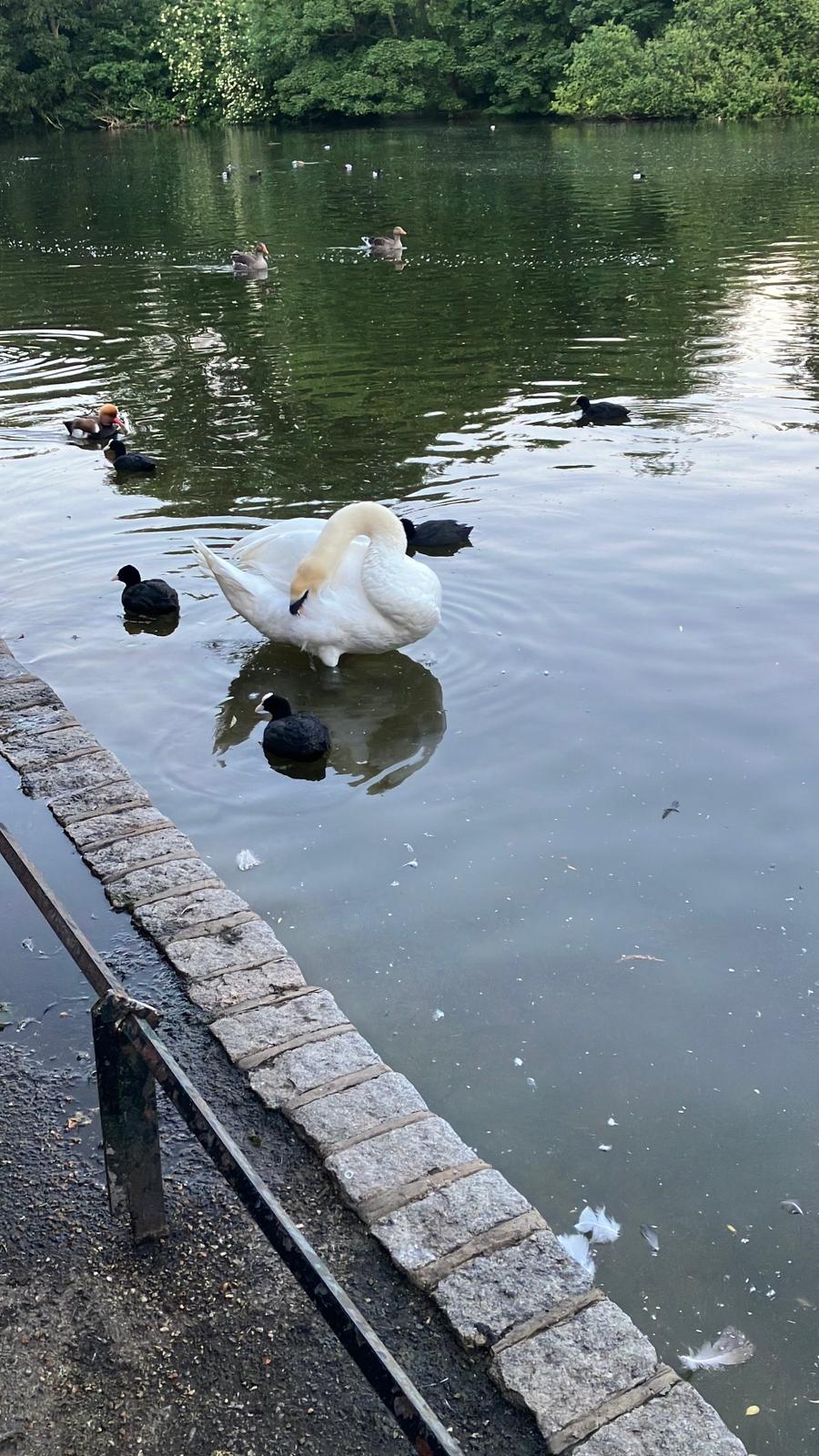
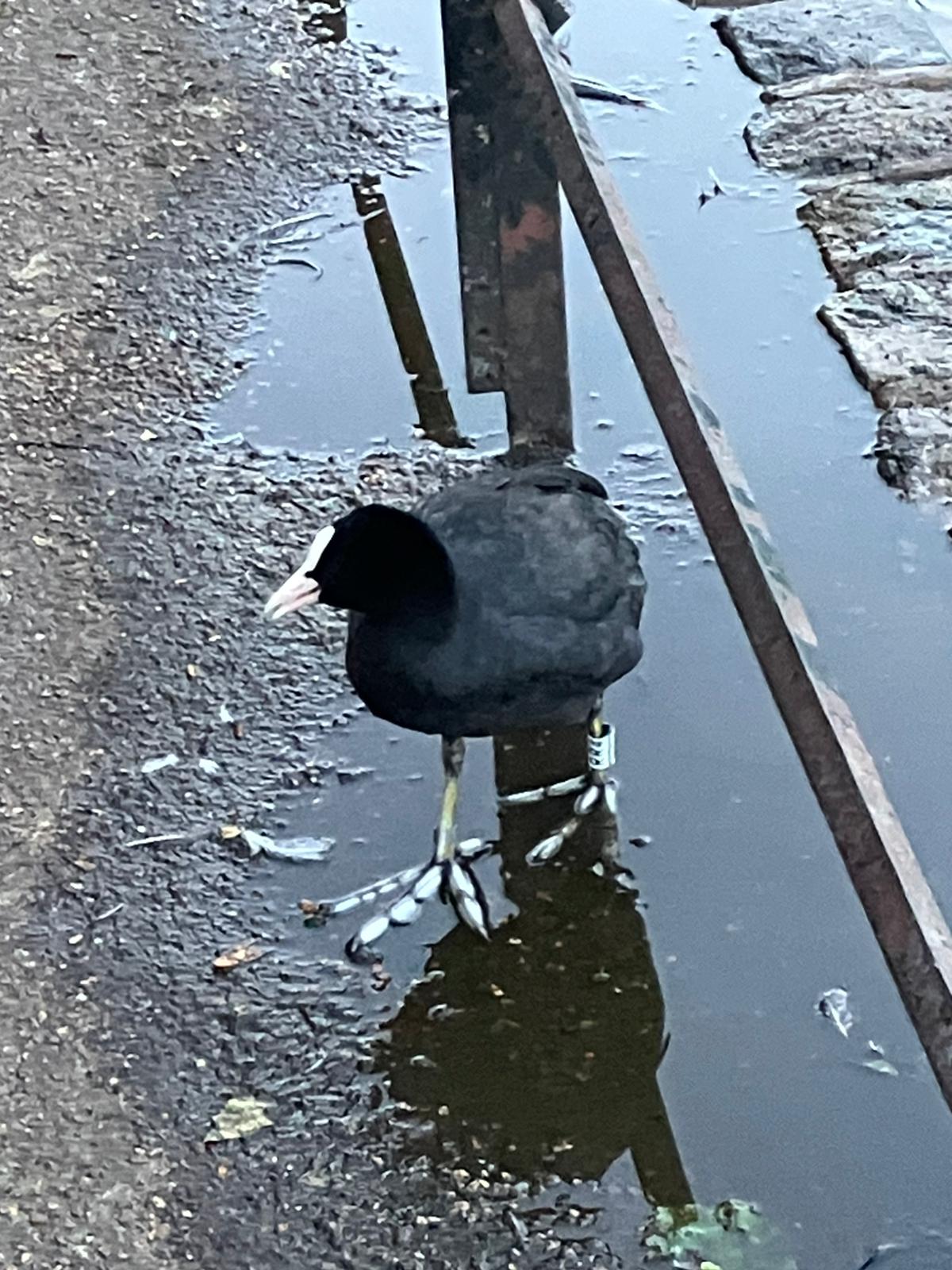
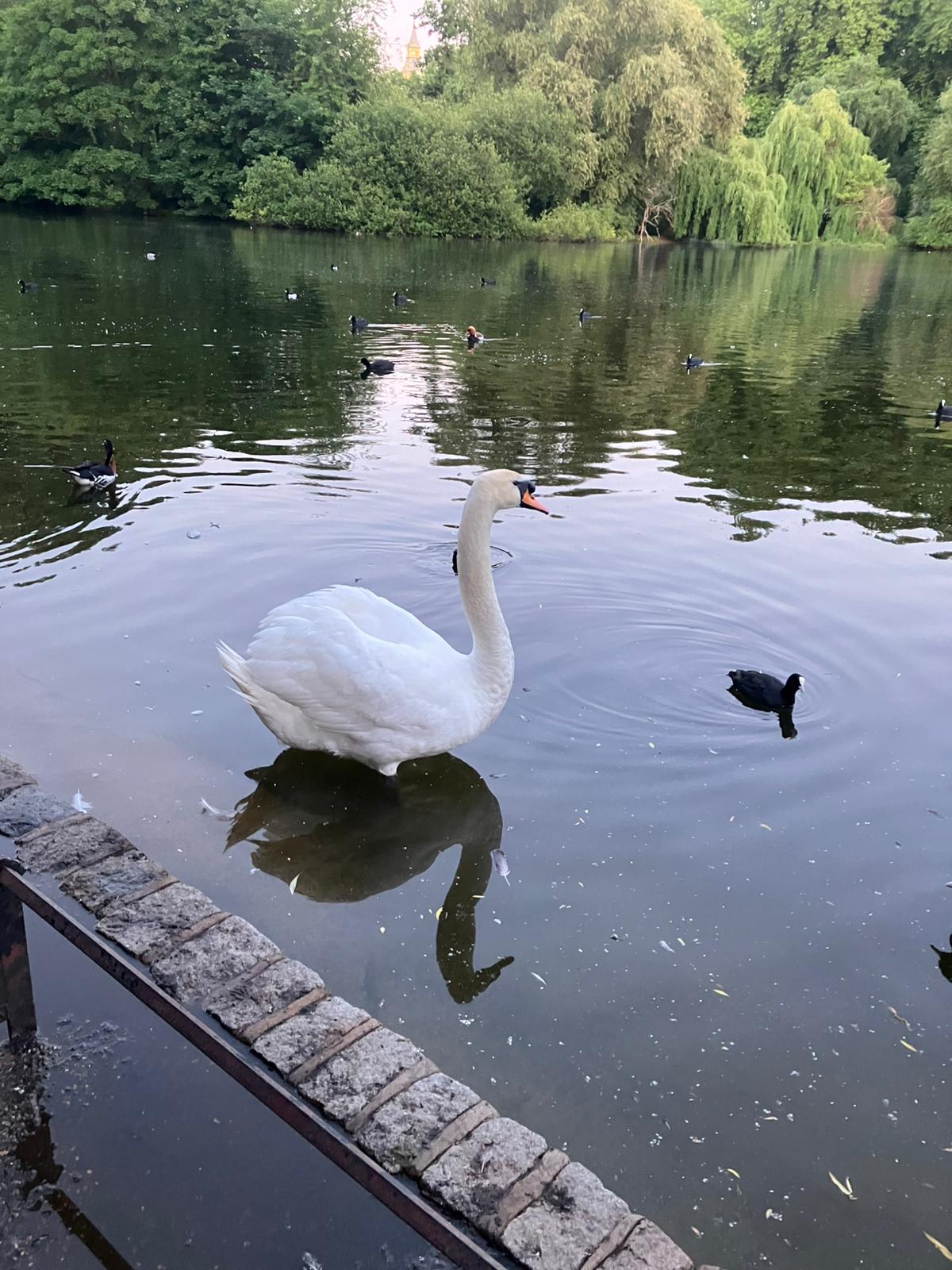
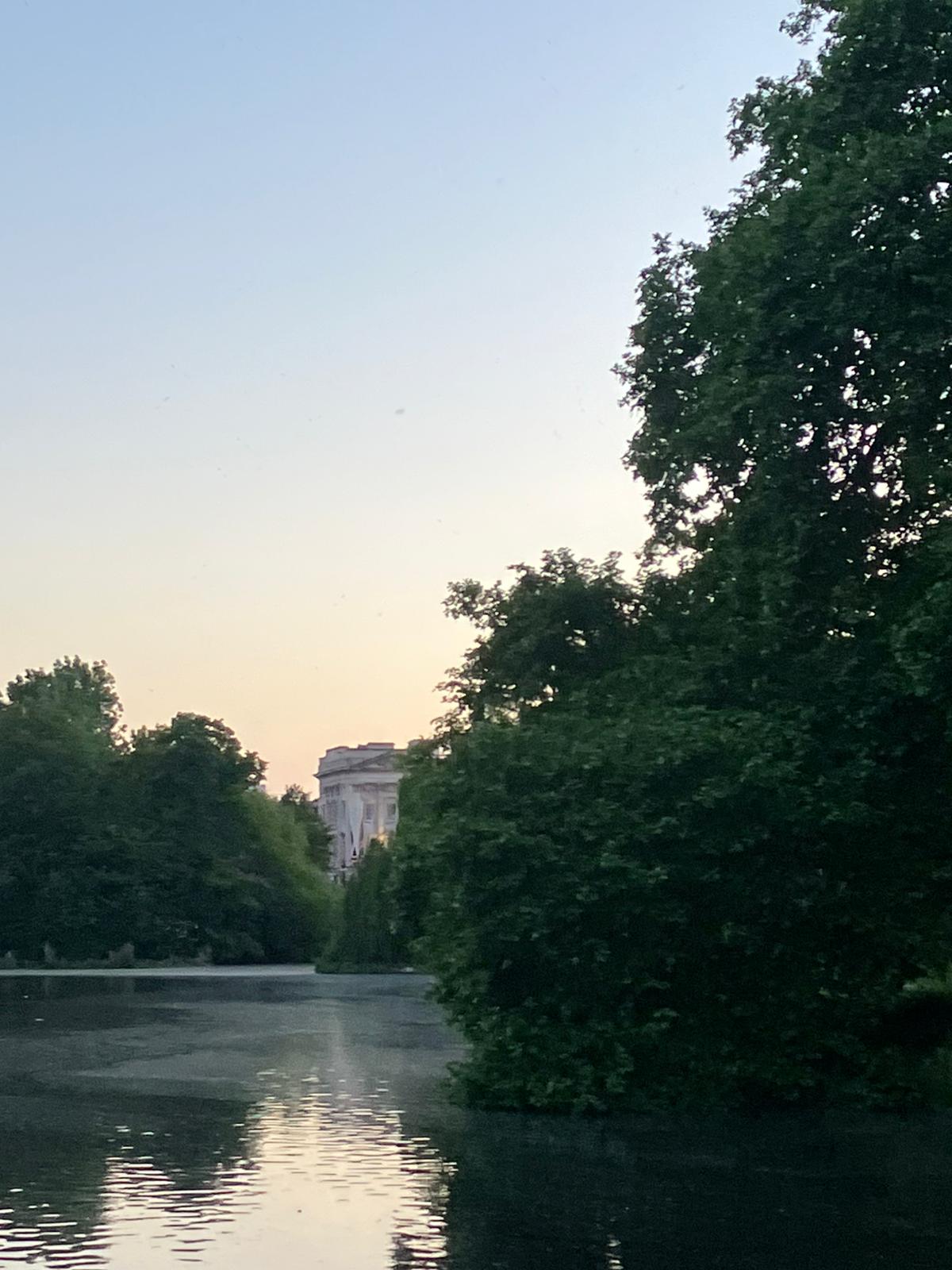
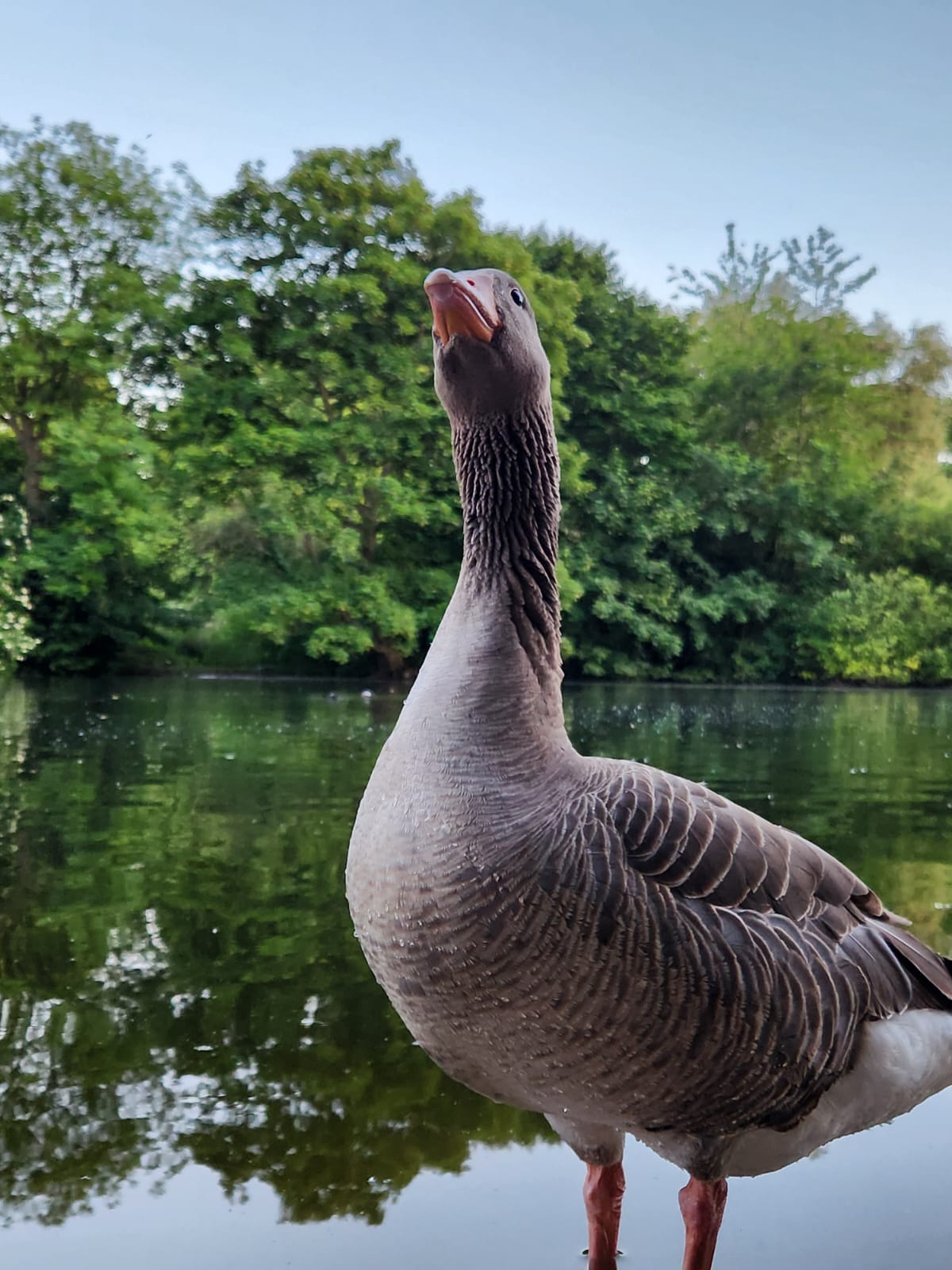
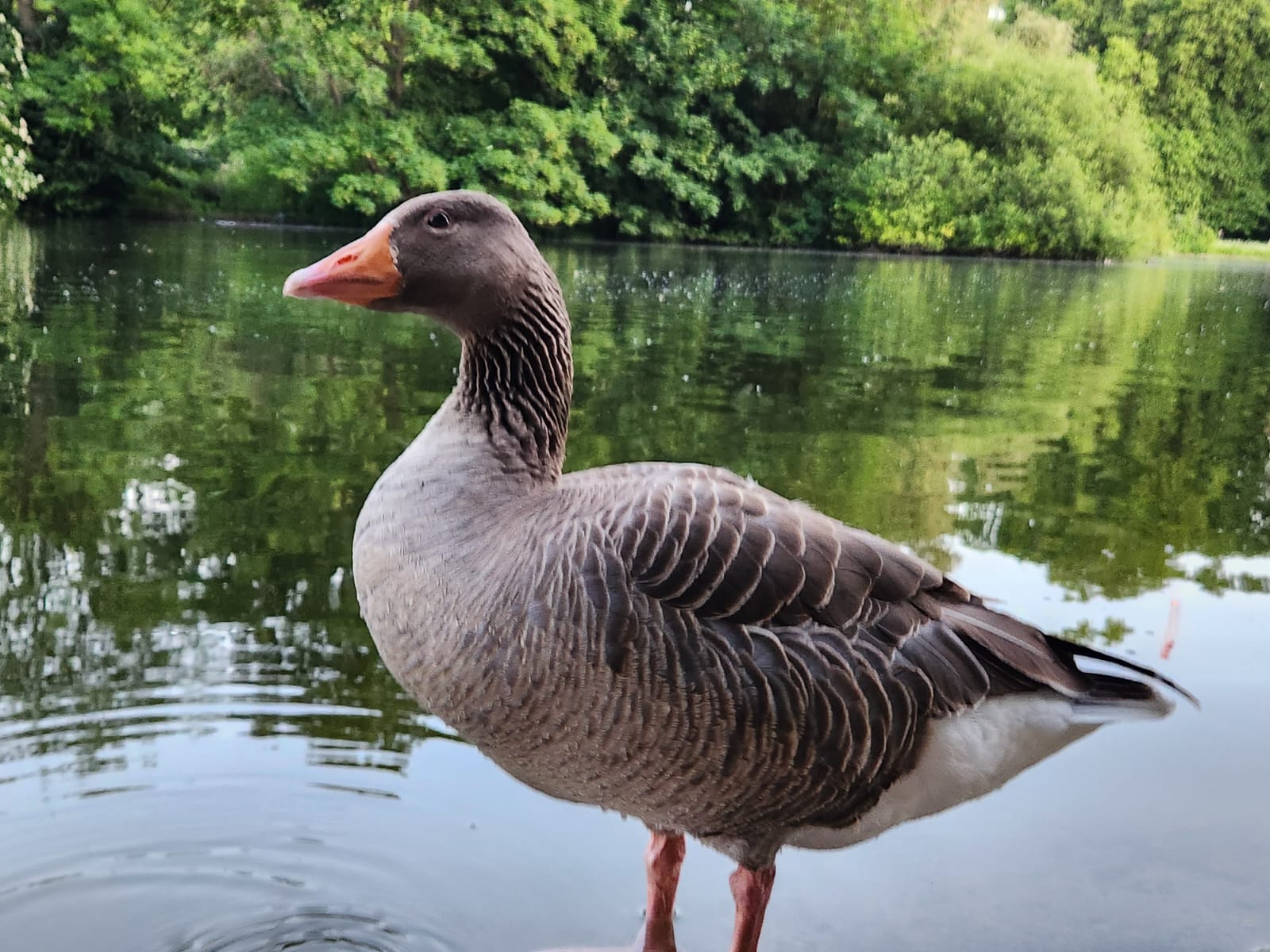
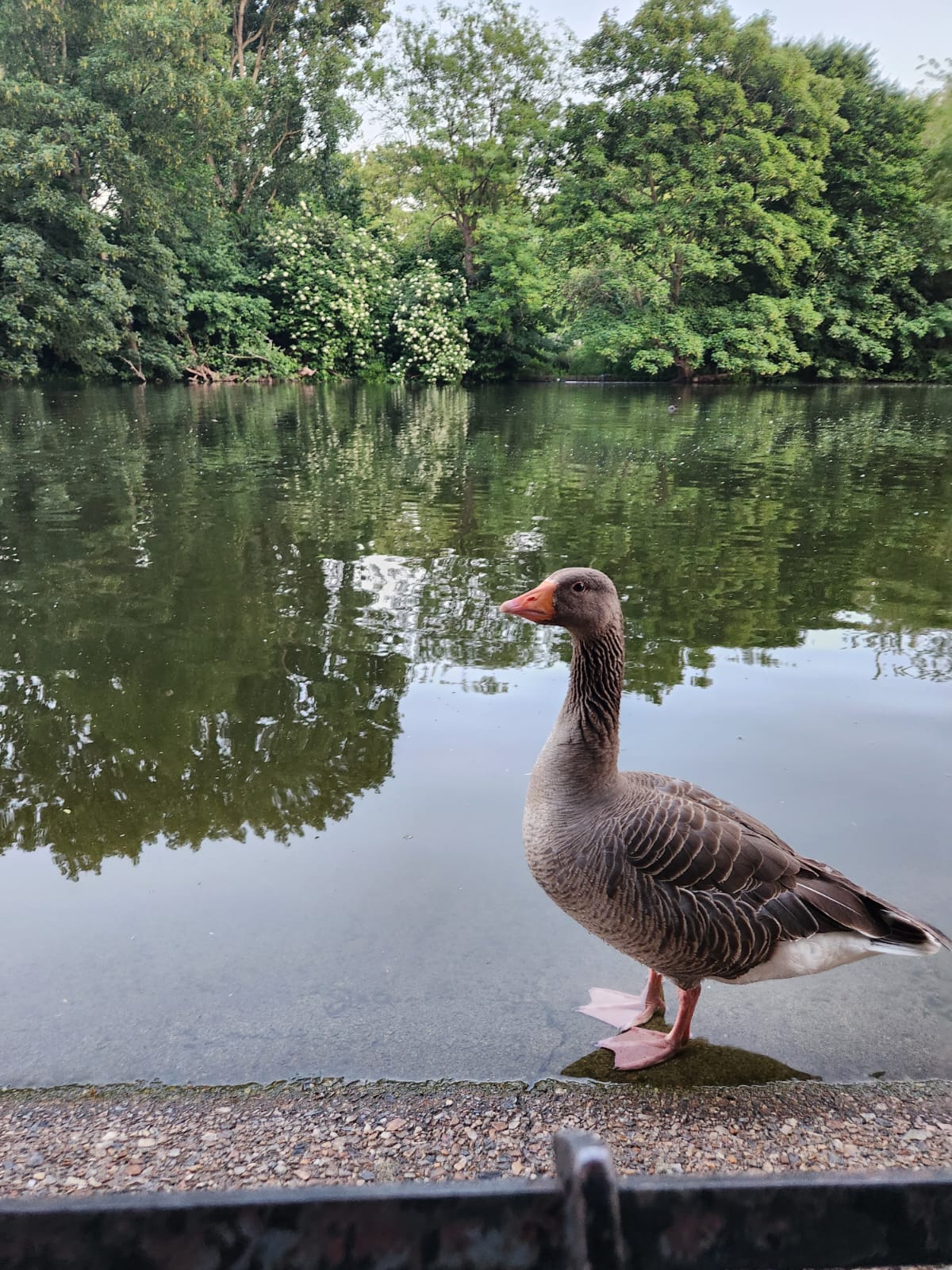
Meanwhile, Erin sat on a bench to eat her sandwich, only to be eyed very intently by a rather opportunistic duck. Watching her inch away, sandwich in hand, while keeping a wary eye on the bird was honestly hilarious—and yes, someone caught it on camera.
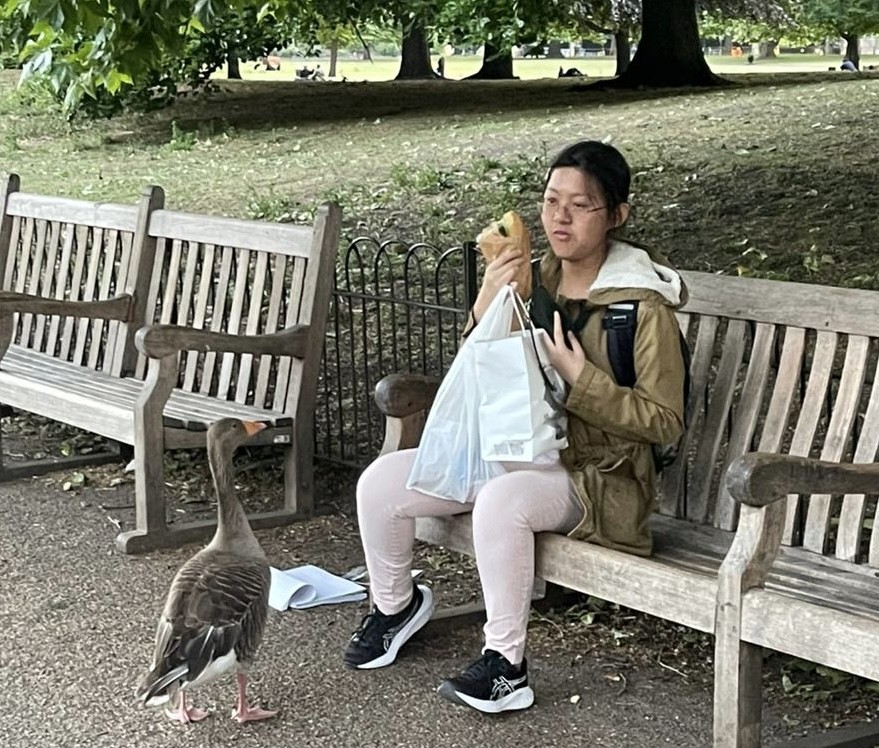
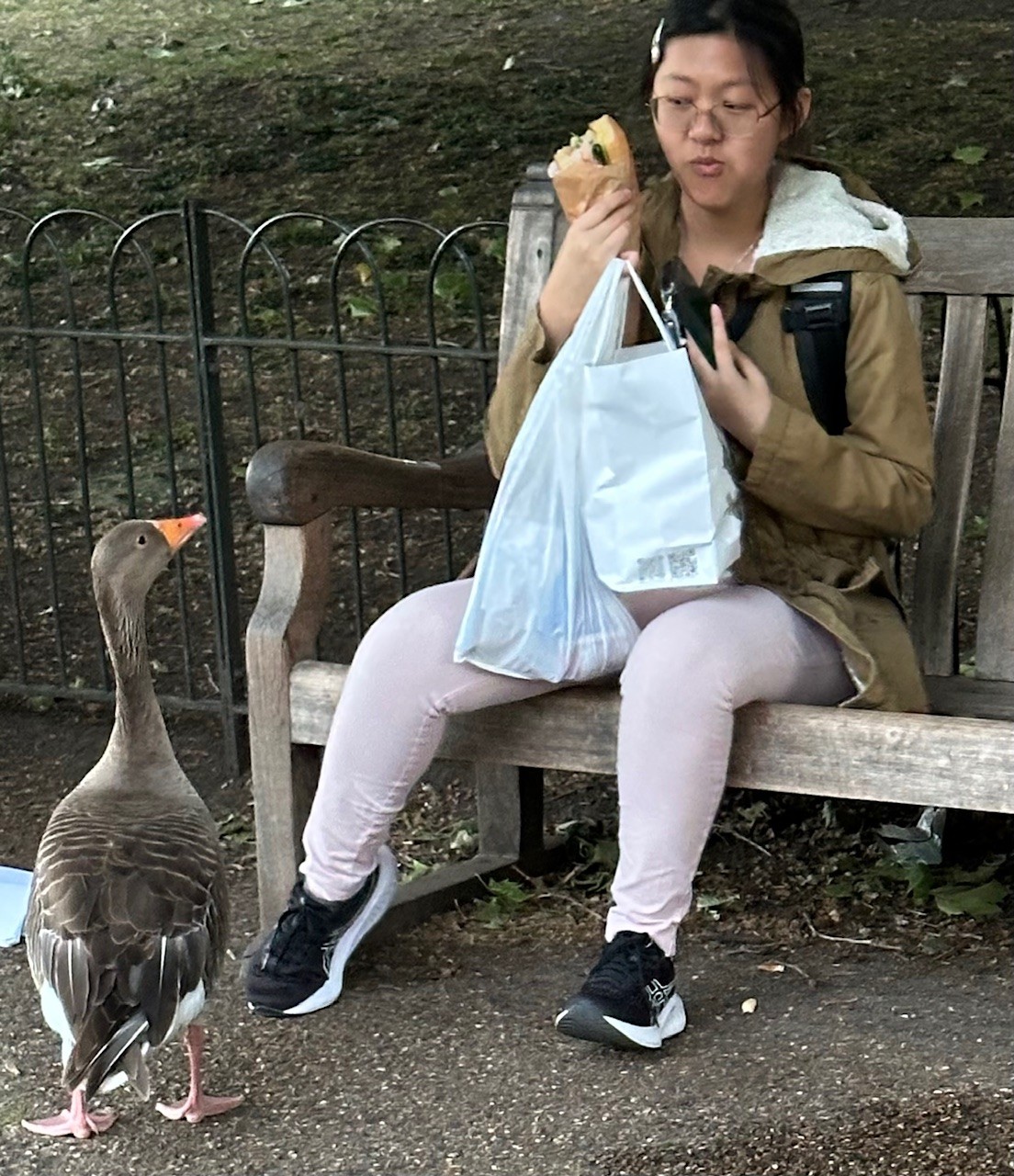
We spent much longer than intended simply enjoying the peace of the park, snapping photos of the birds, the scenery, and each other.
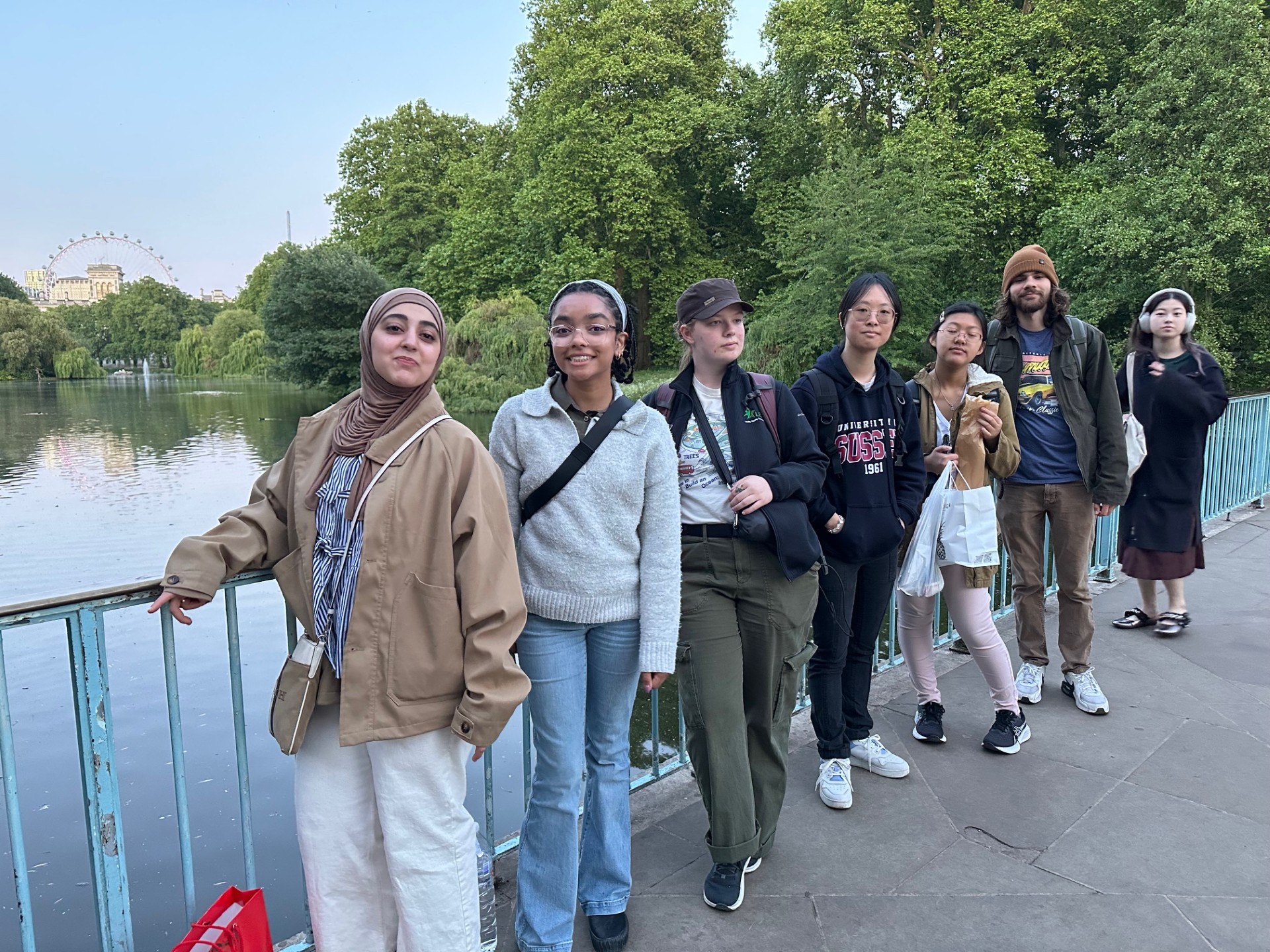
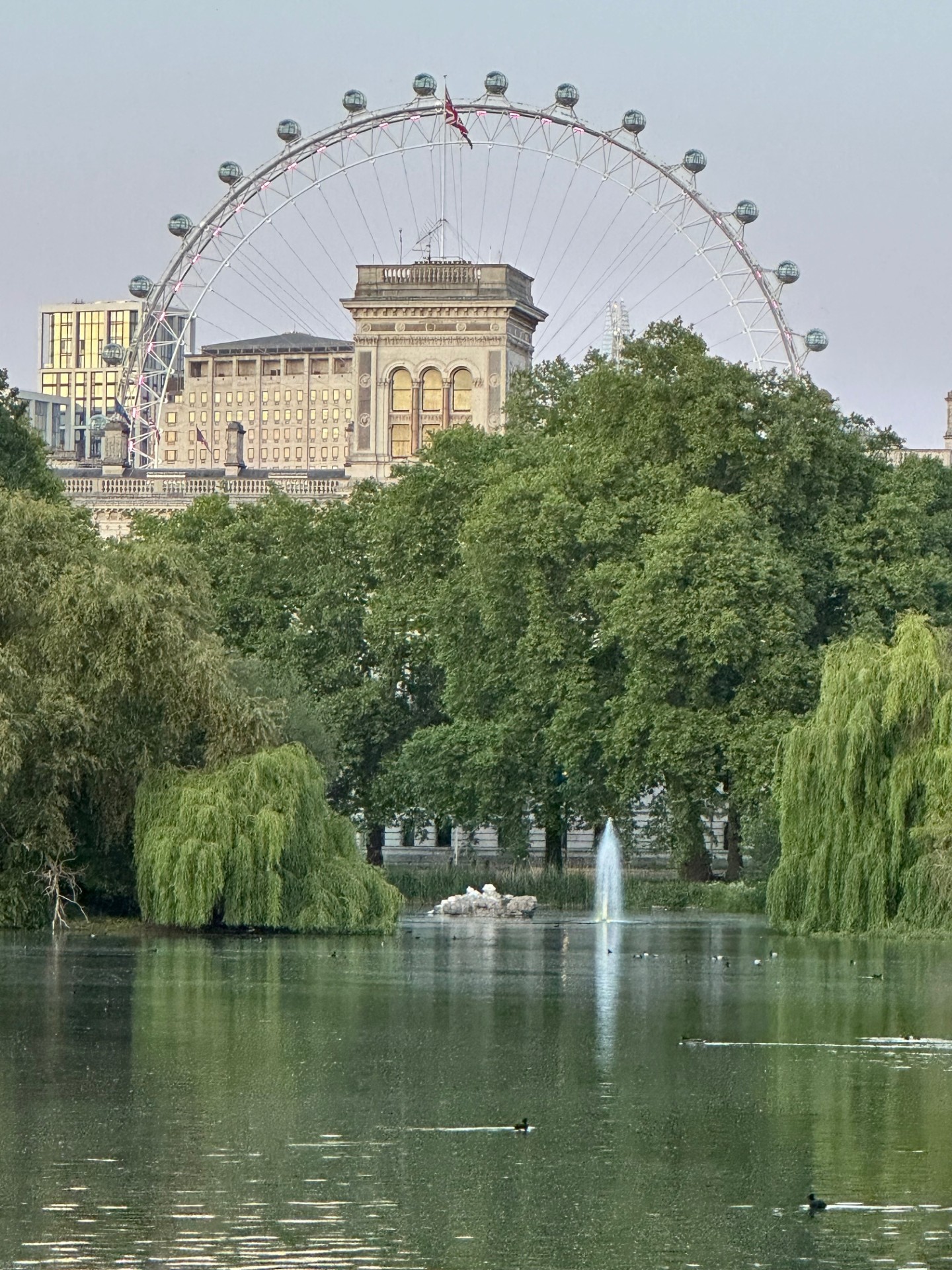
It was well after 9:00 p.m. by the time we finally reached Buckingham Palace—the sun just beginning to set behind the grand silhouette of the Queen’s London residence. The gates were quiet, the tourists mostly gone, and we had a rare, peaceful moment to take it all in.
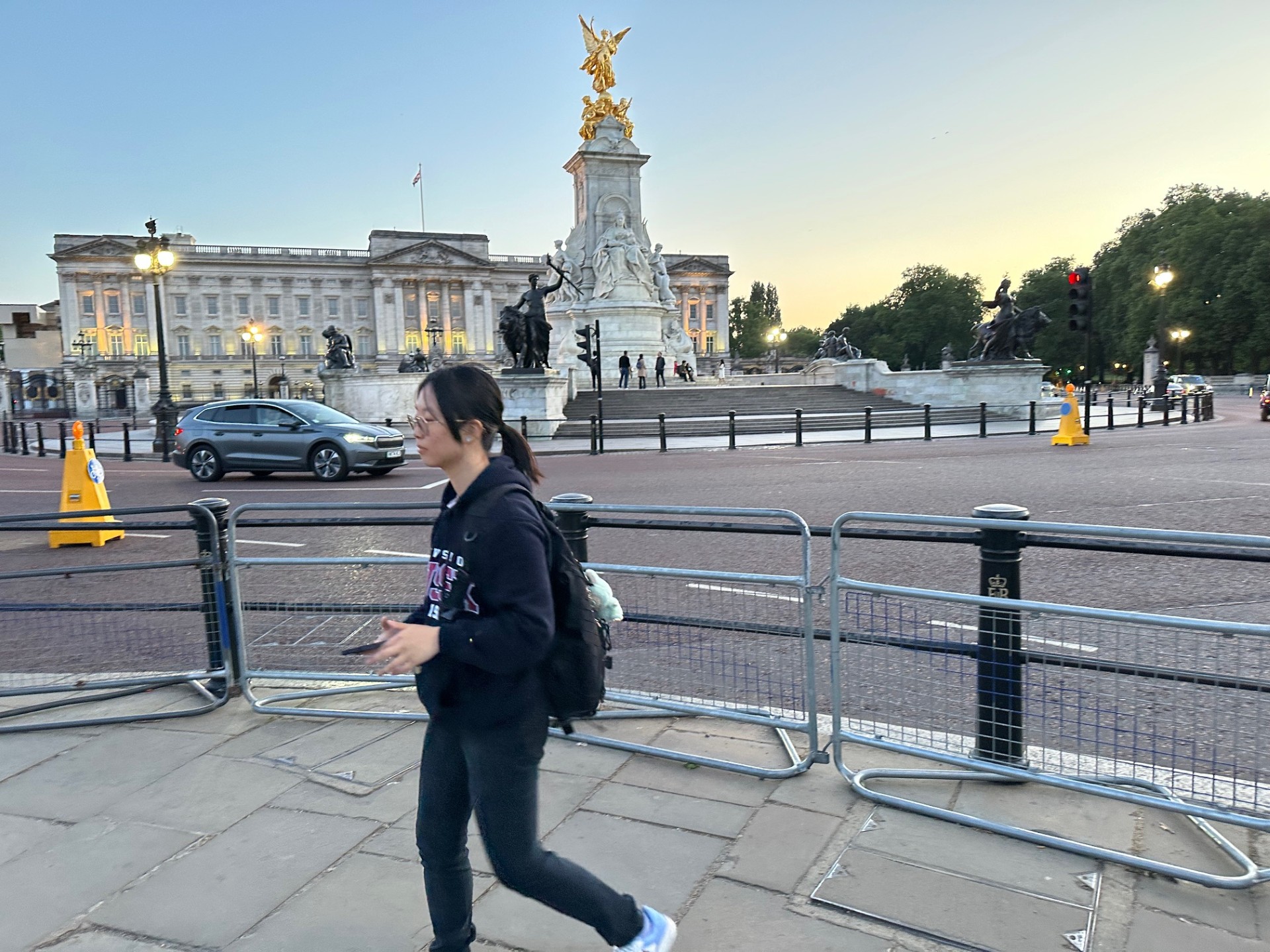
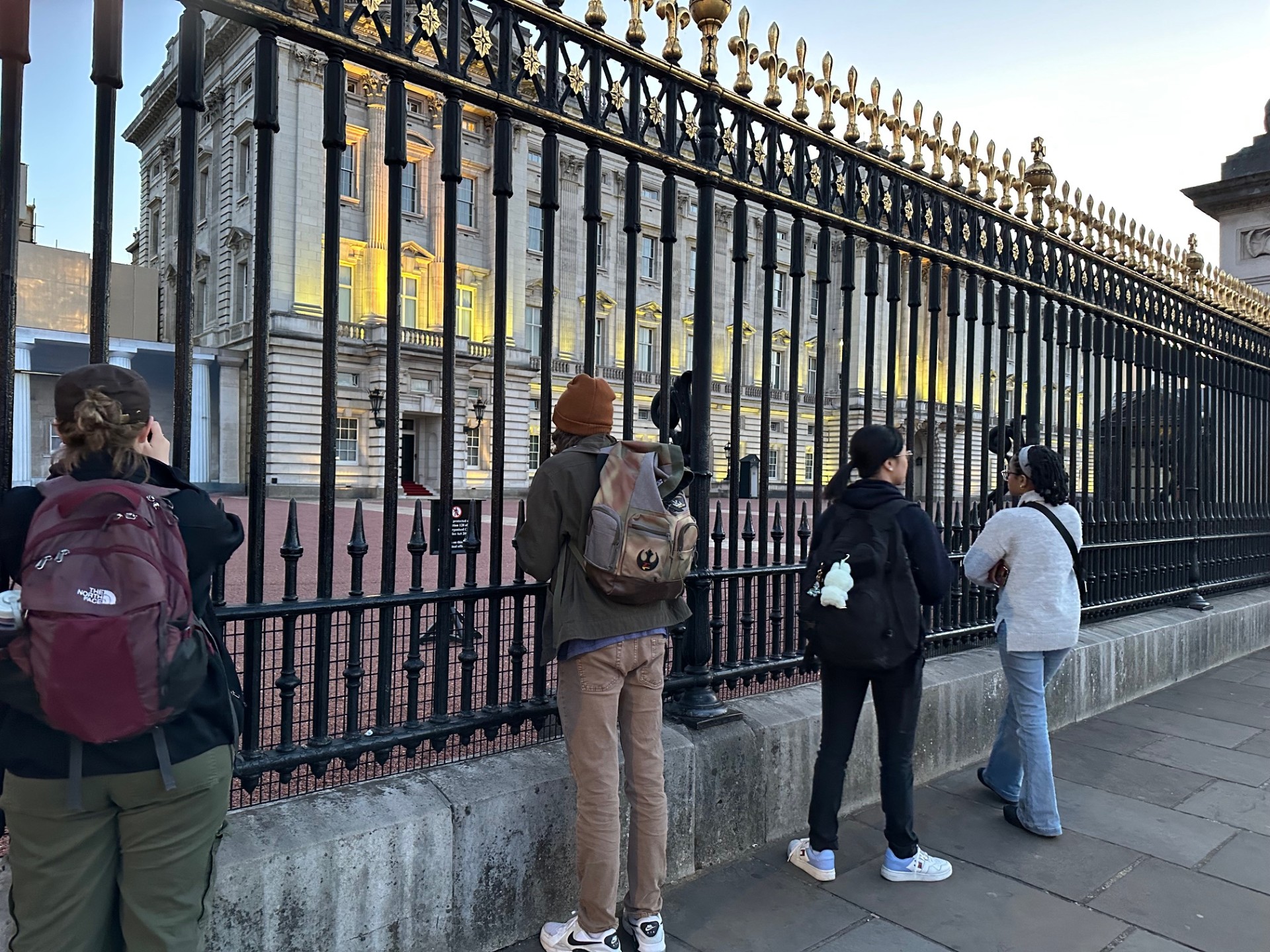
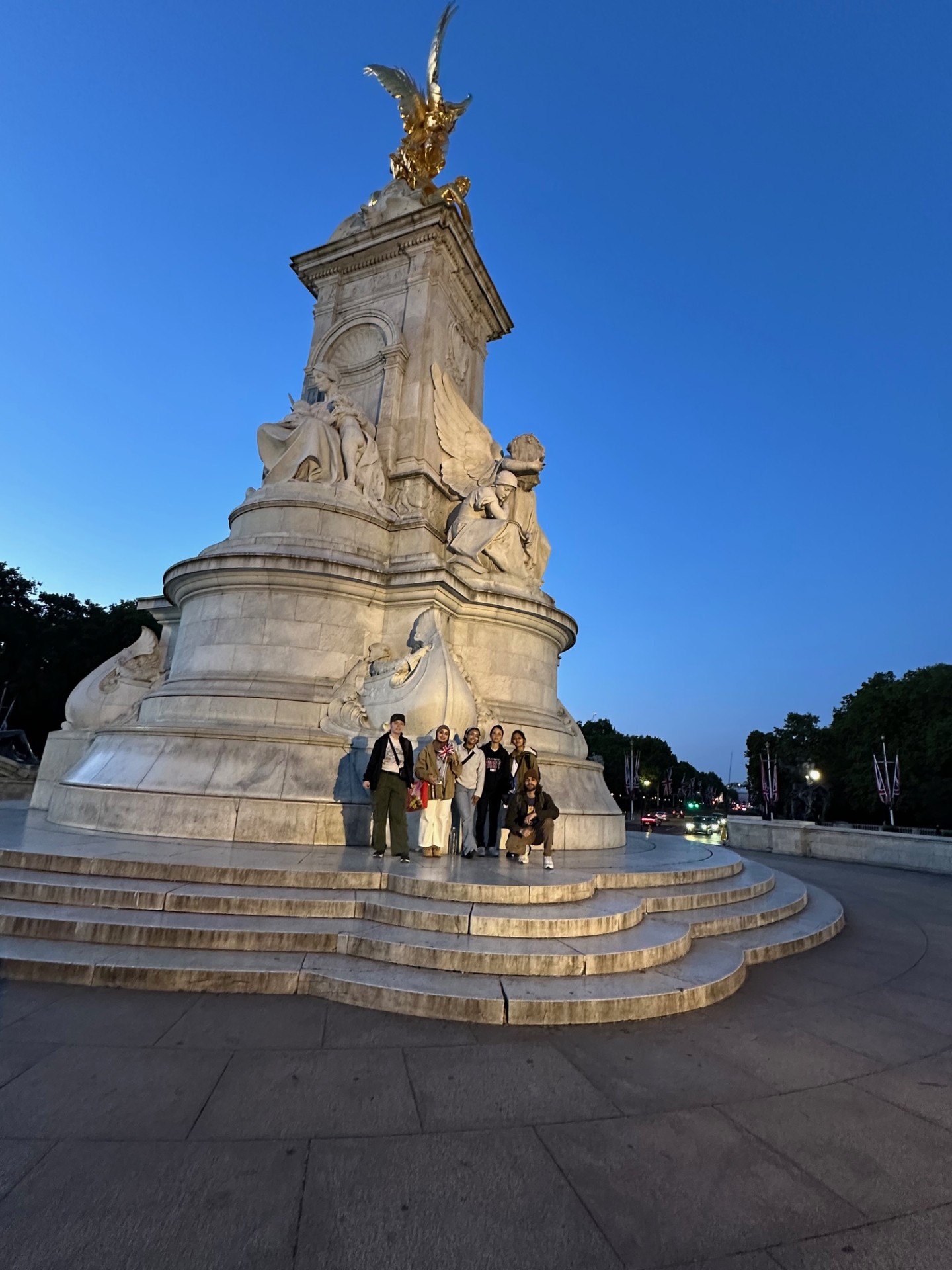
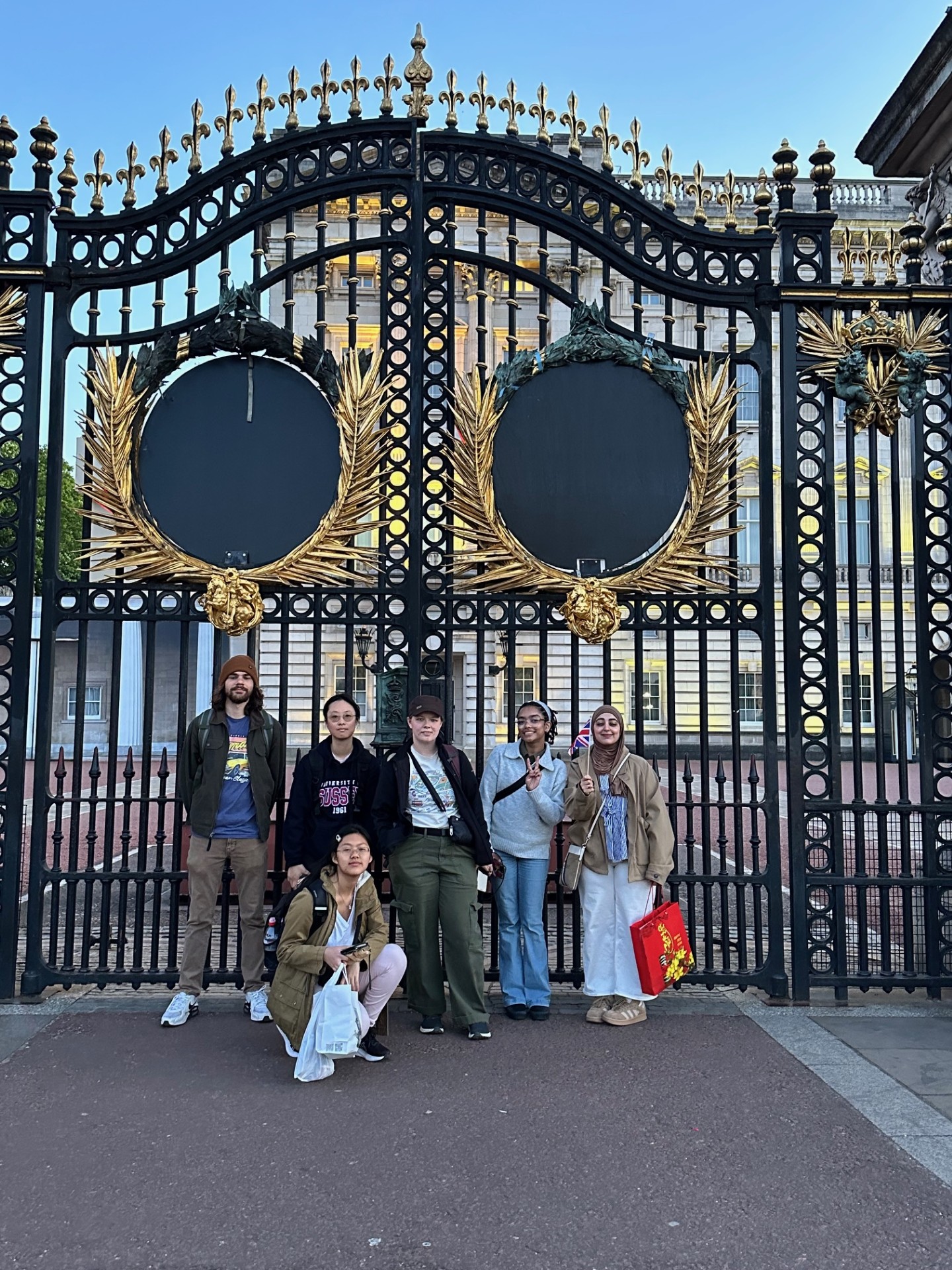

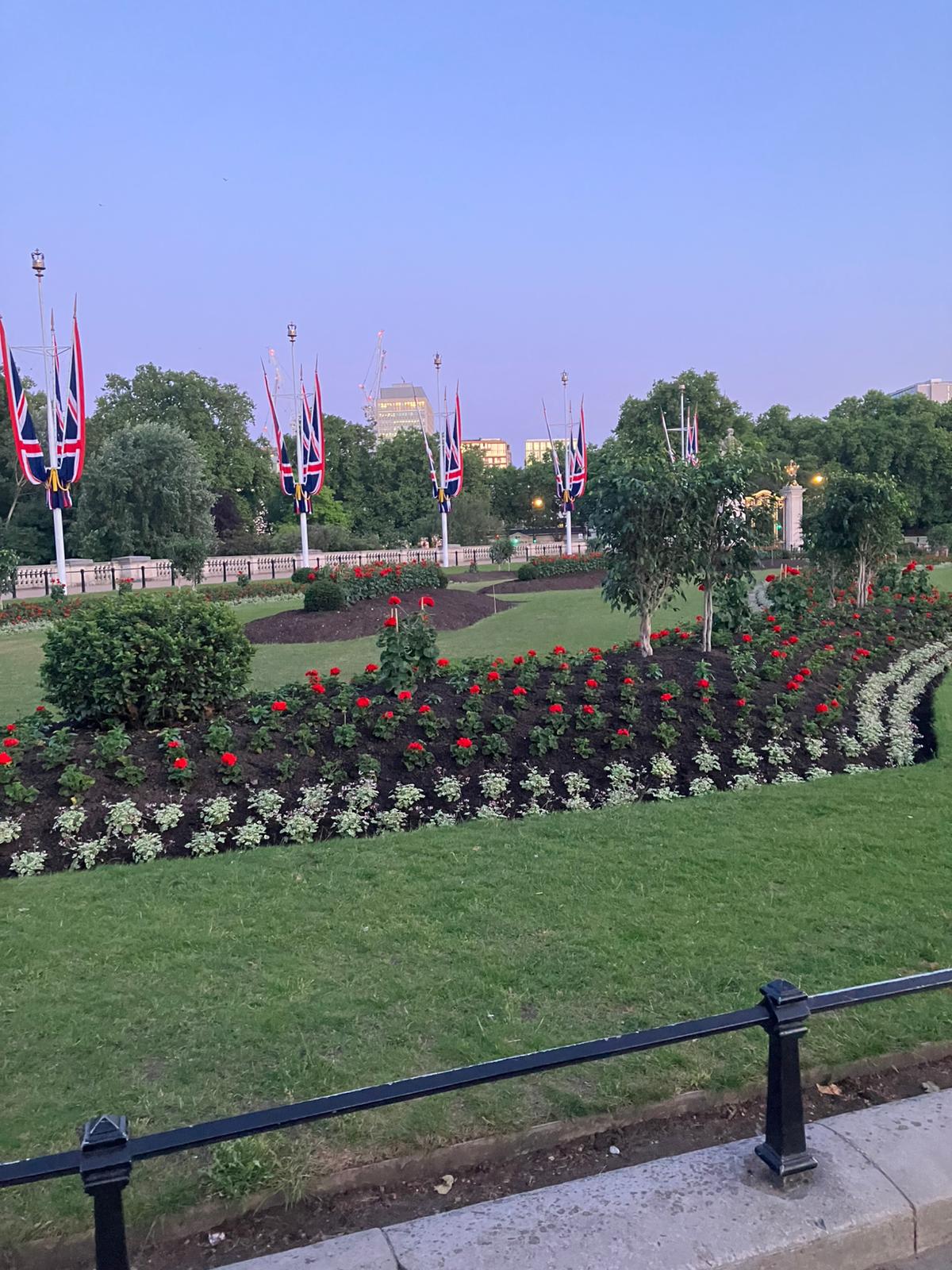
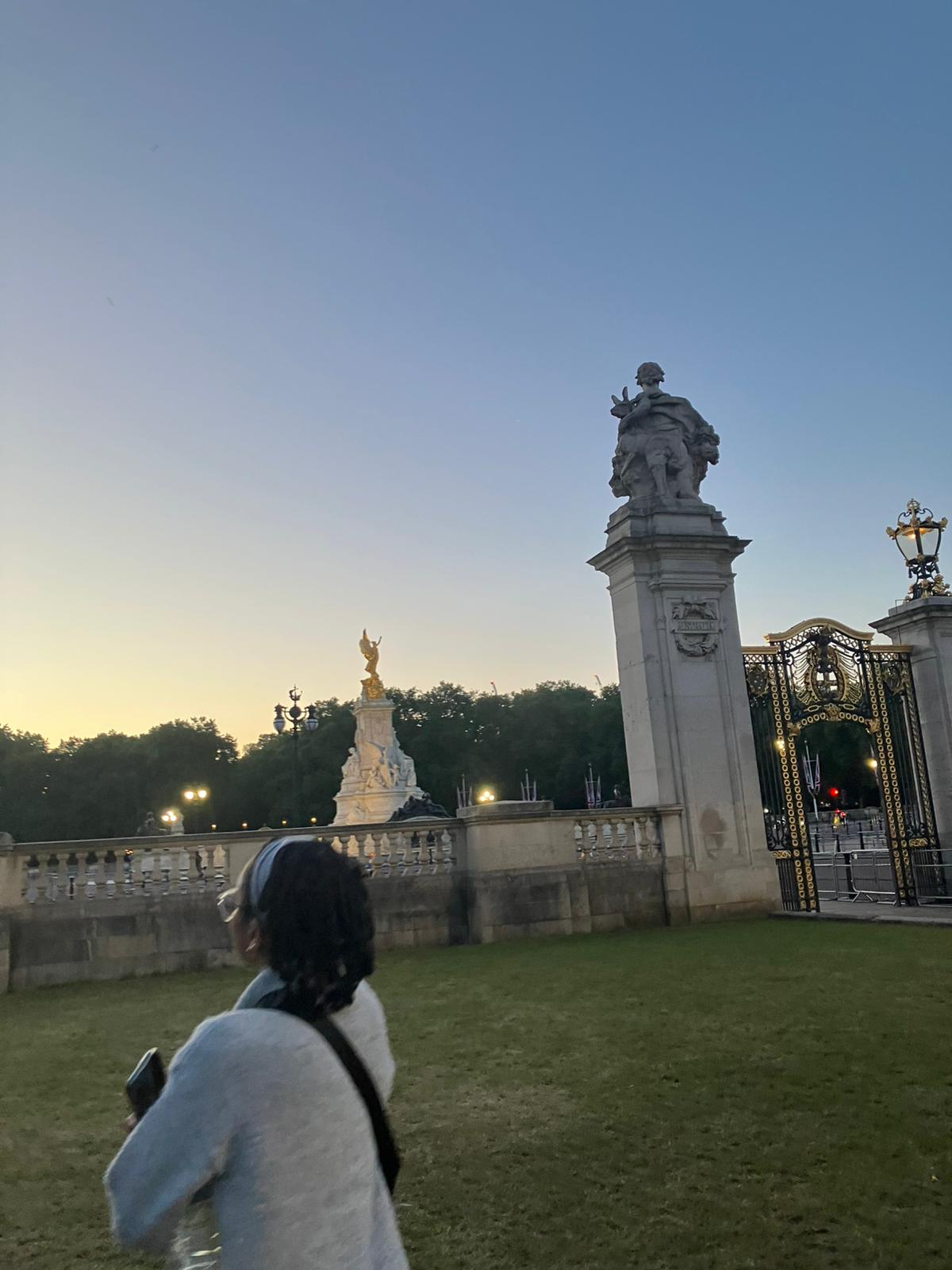
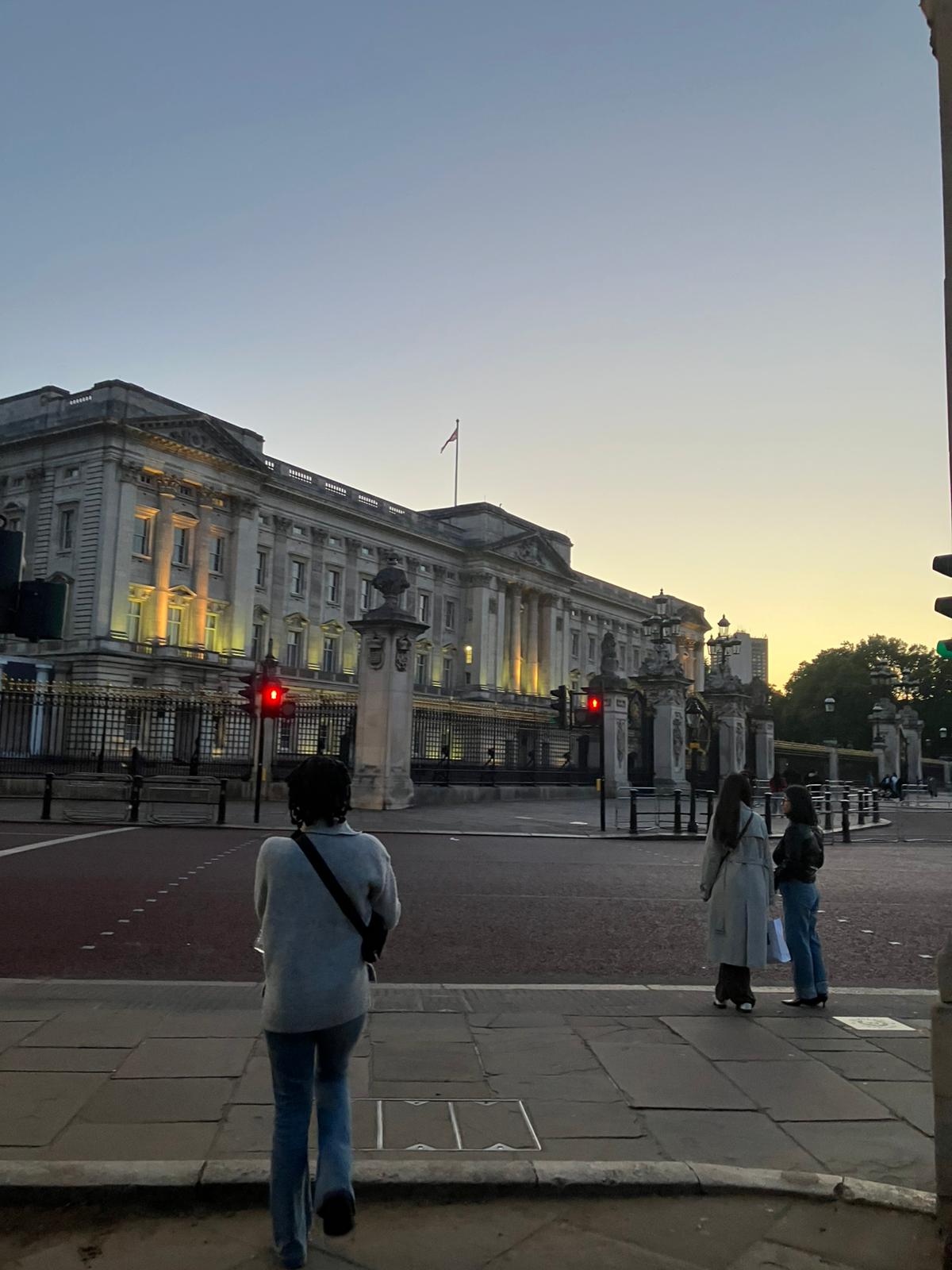
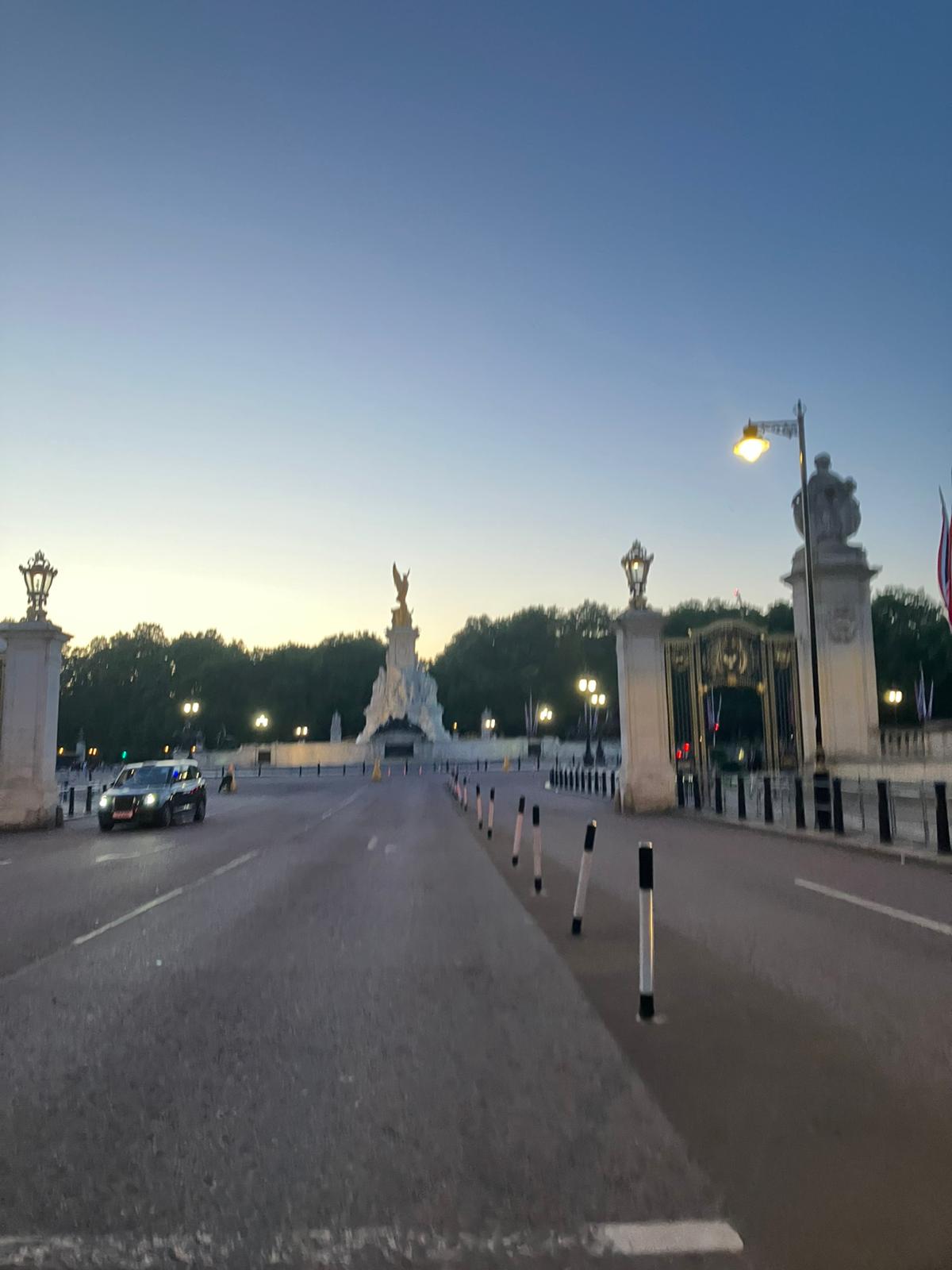
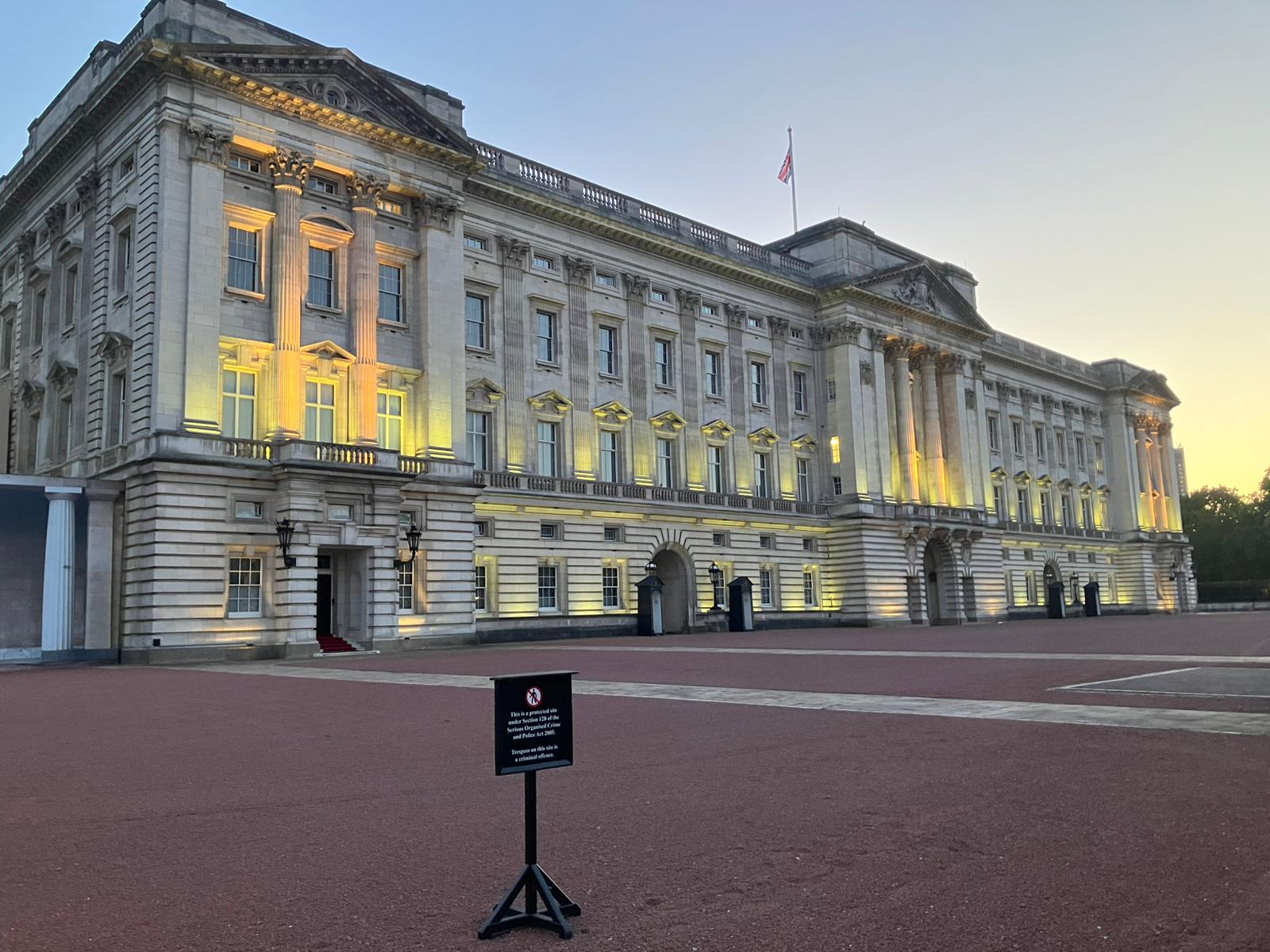
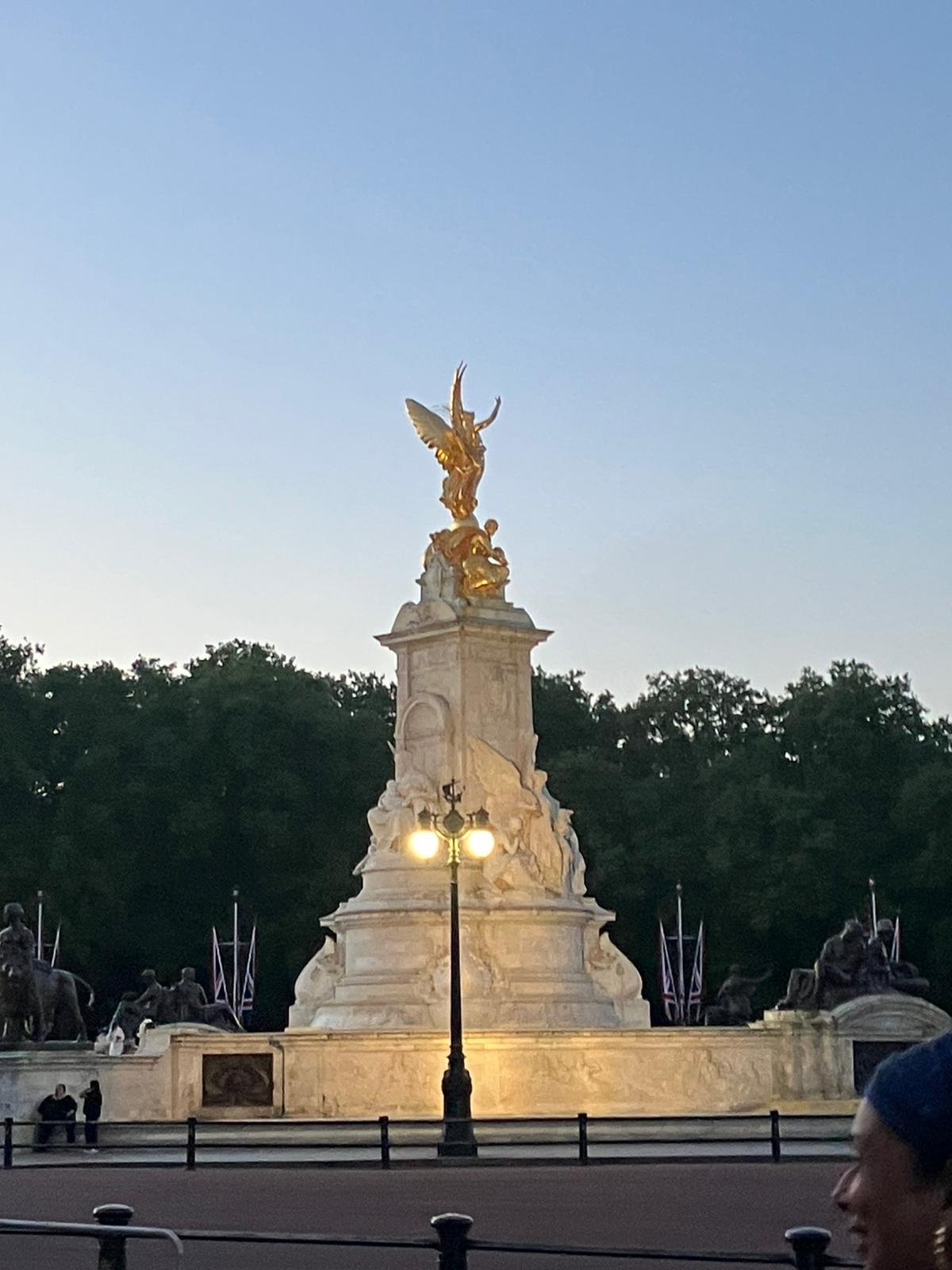
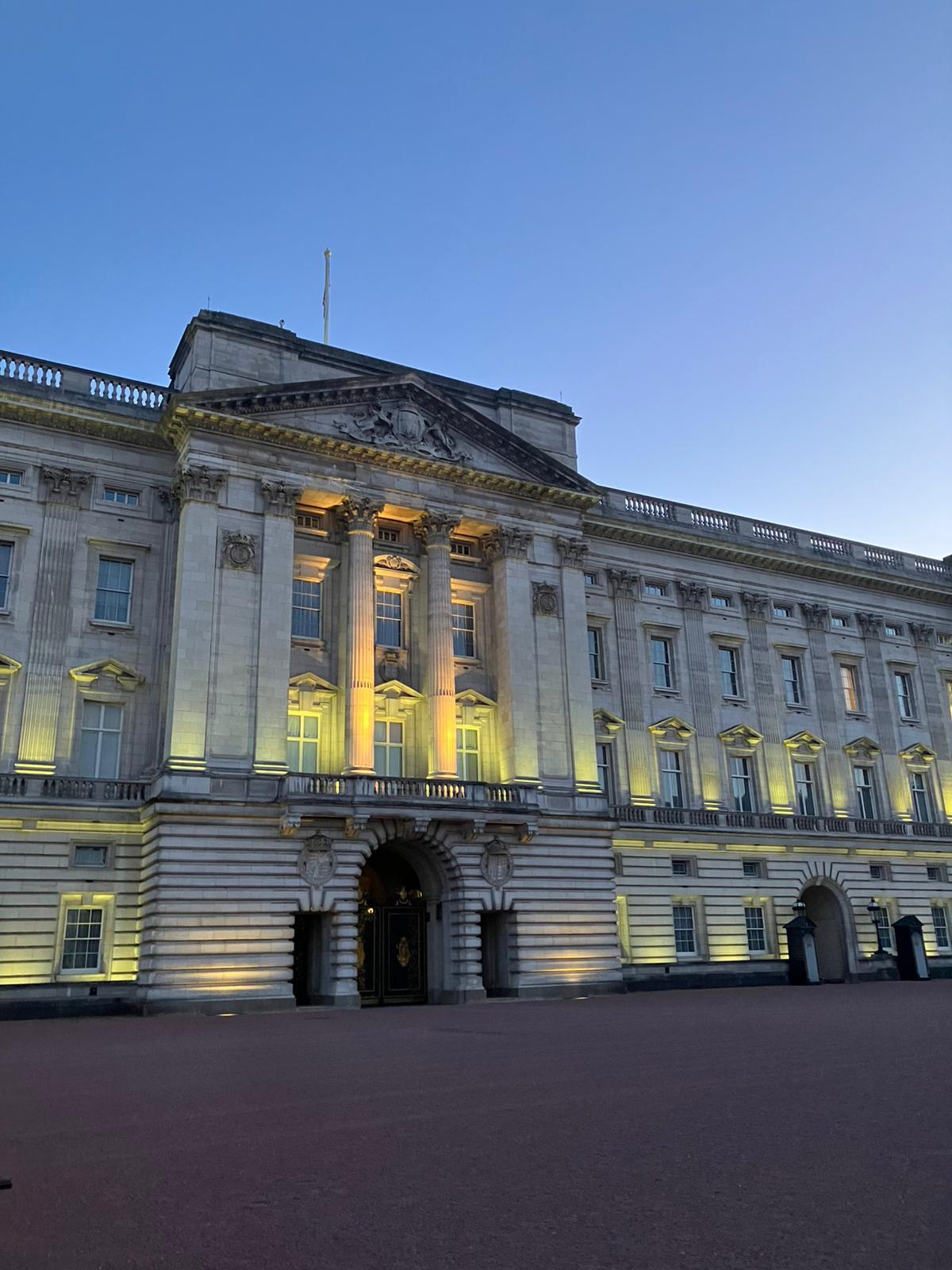
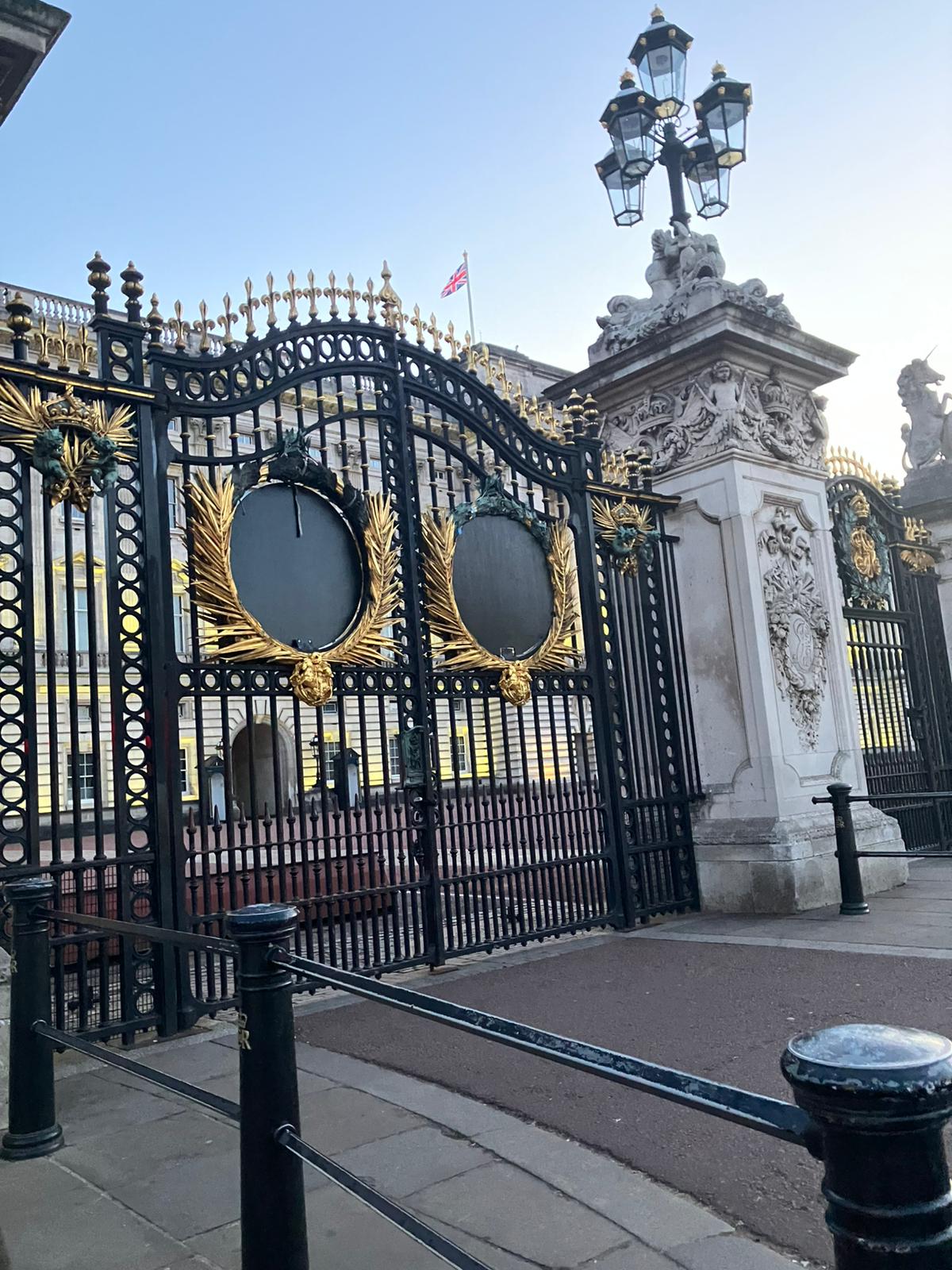
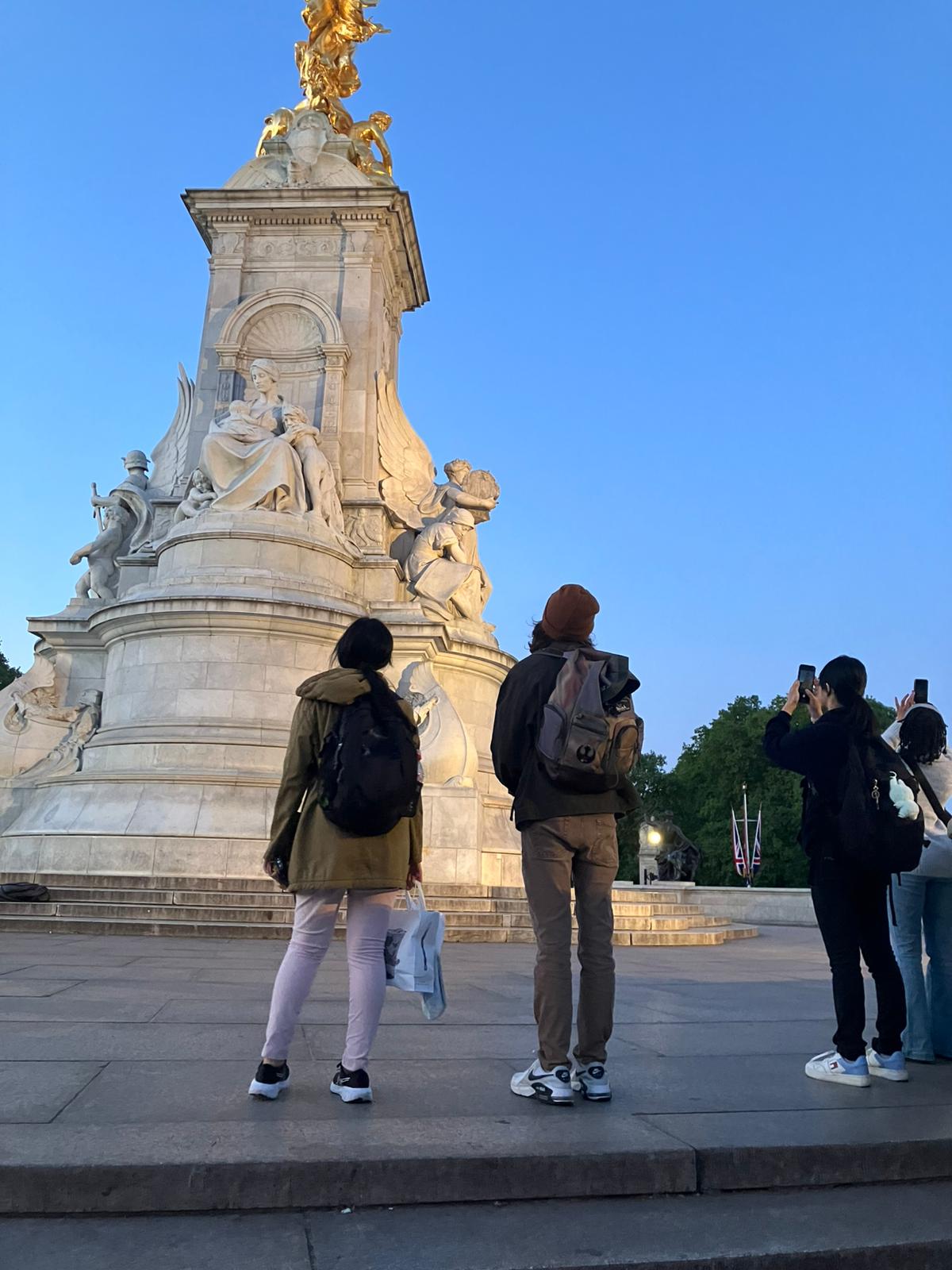
Meanwhile, Keanu, Wiktoria, and Lou were already back in Brighton, probably resting their feet while the rest of us were still winding our way through London. We finally made it back to Victoria Station just after 10:00 p.m., caught a late train south, and collapsed into our seats—tired, happy, and completely spent. A few students nodded off on the ride home, lulled by the rhythm of the train and the sheer exhaustion of a full day of walking, sightseeing, detouring, and exploring.
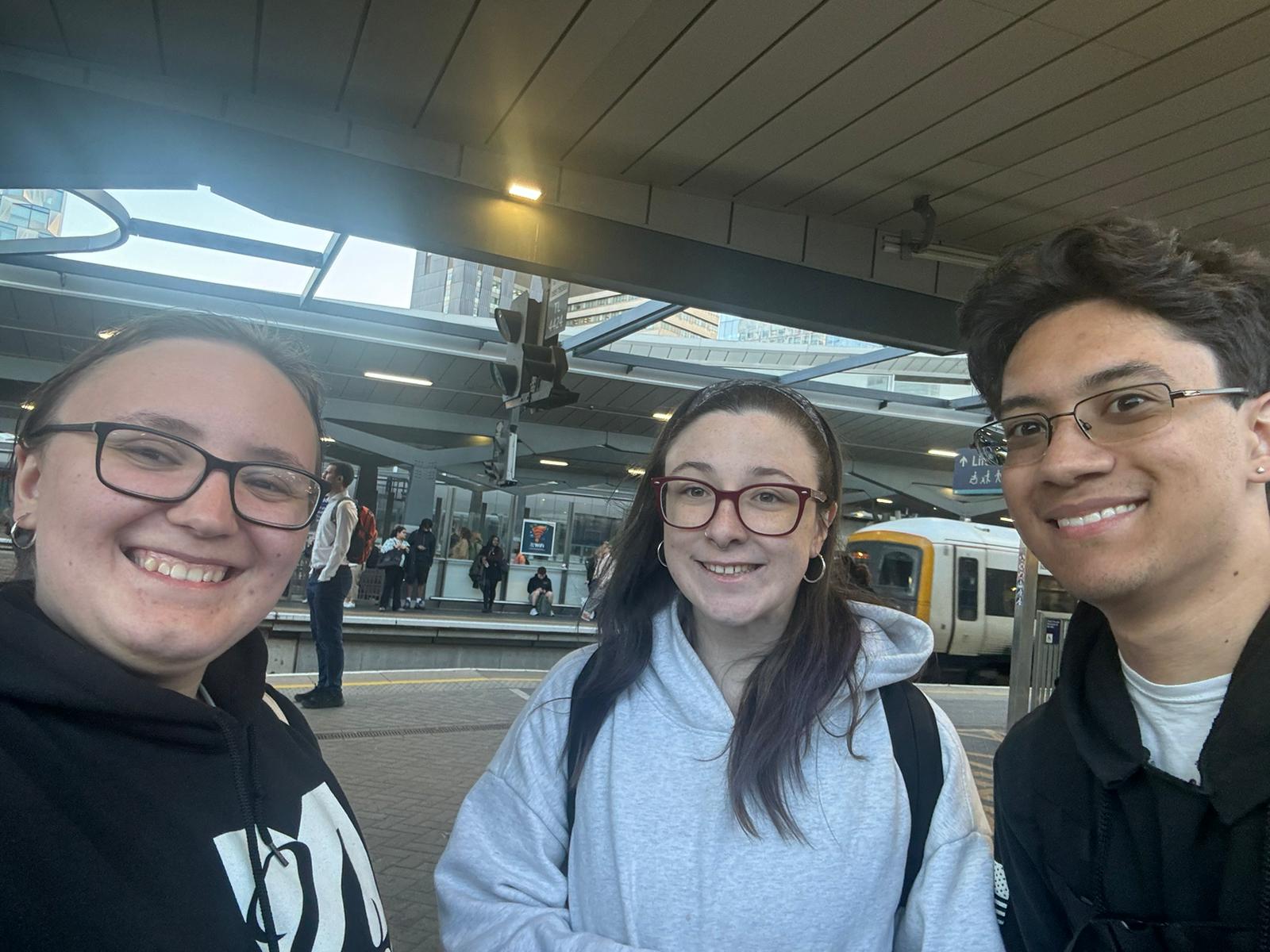
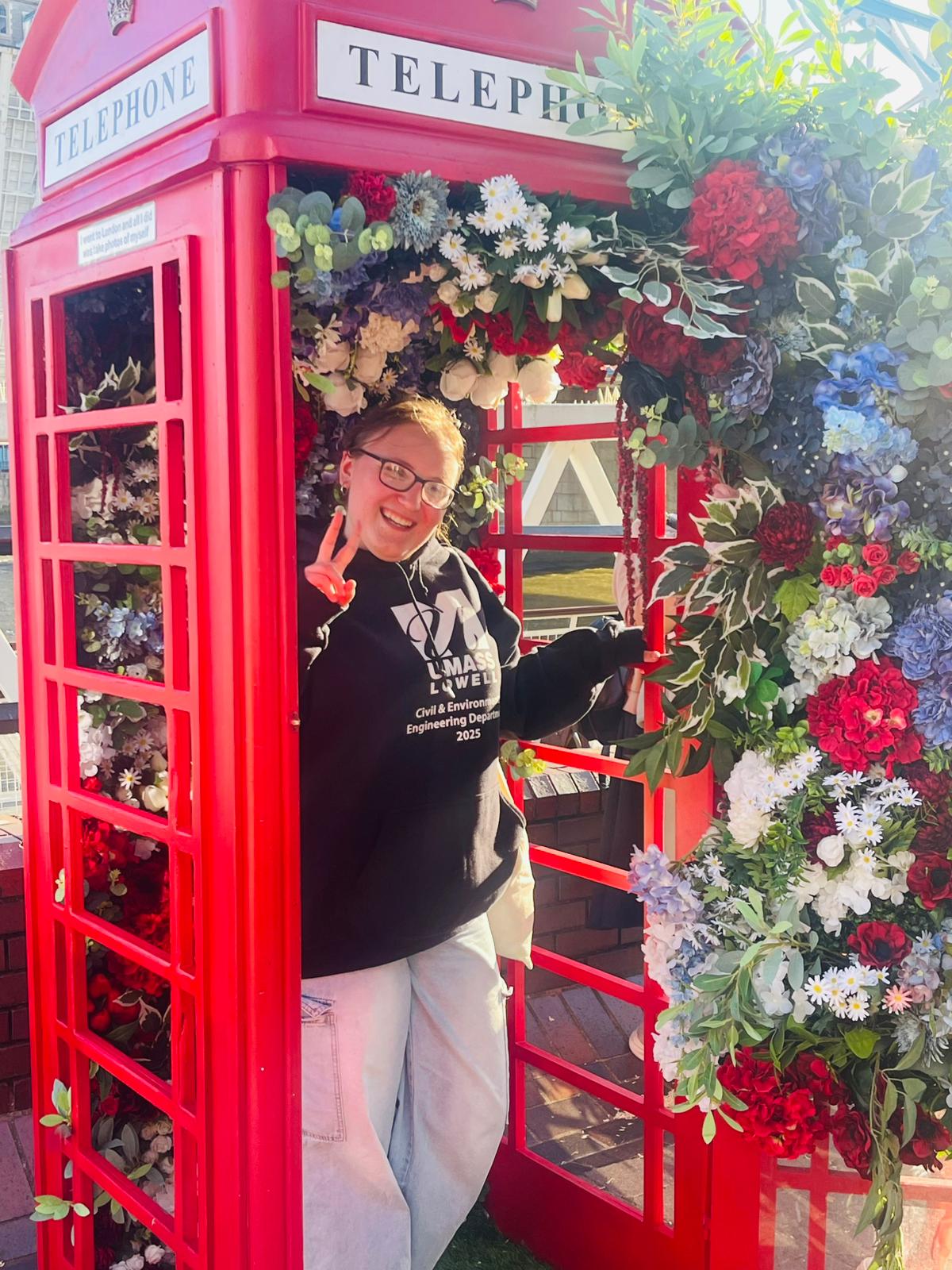
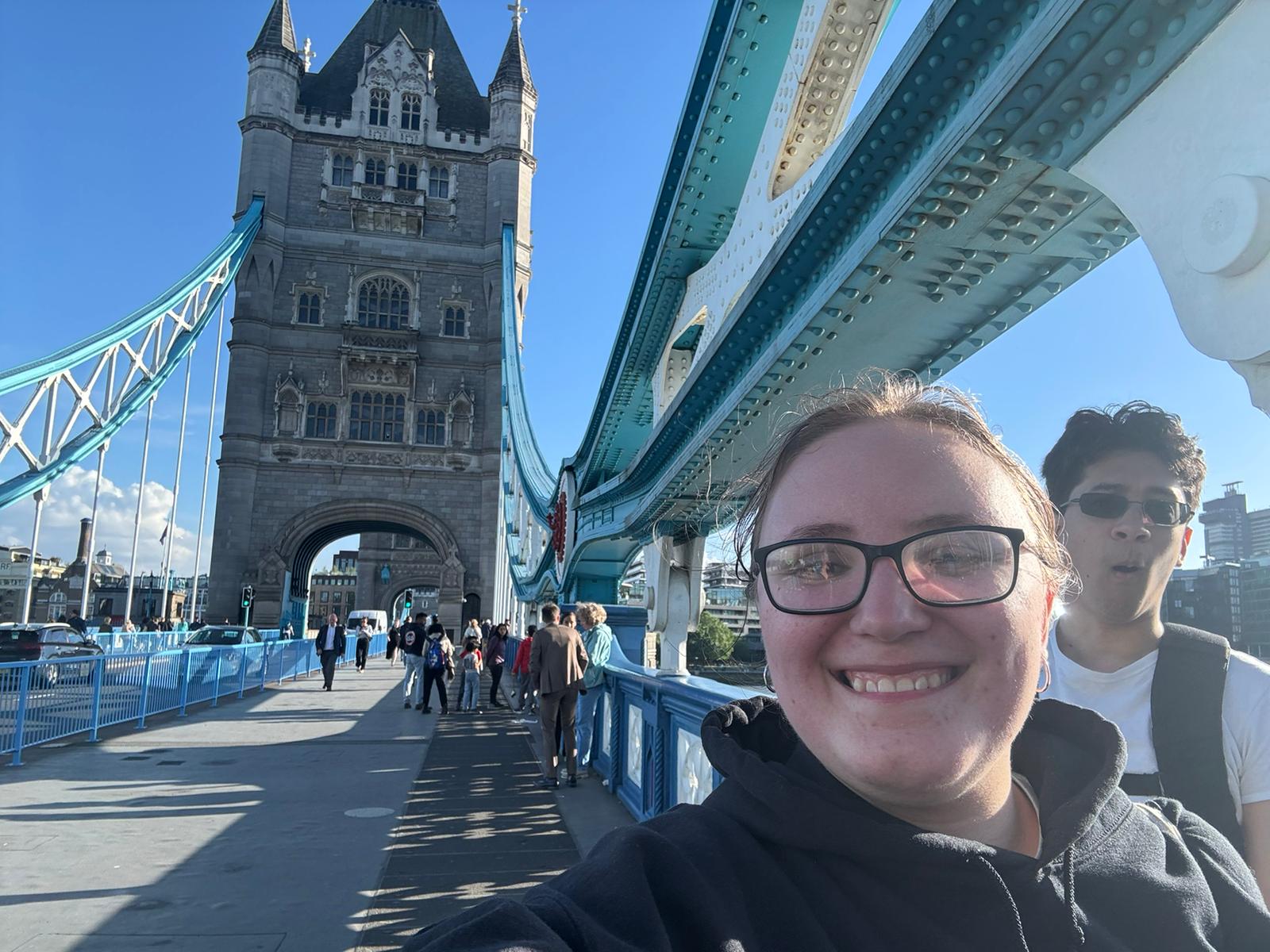
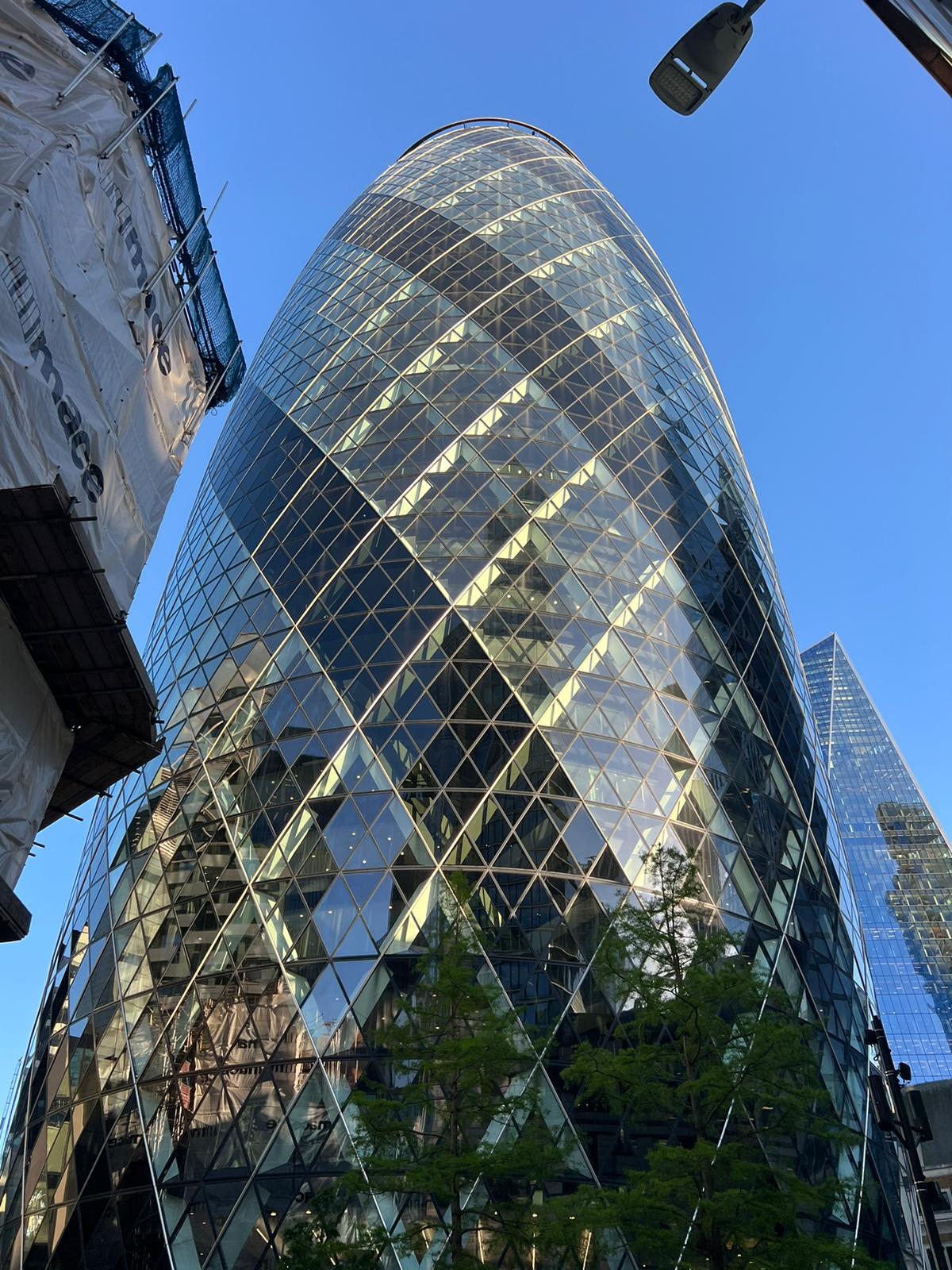
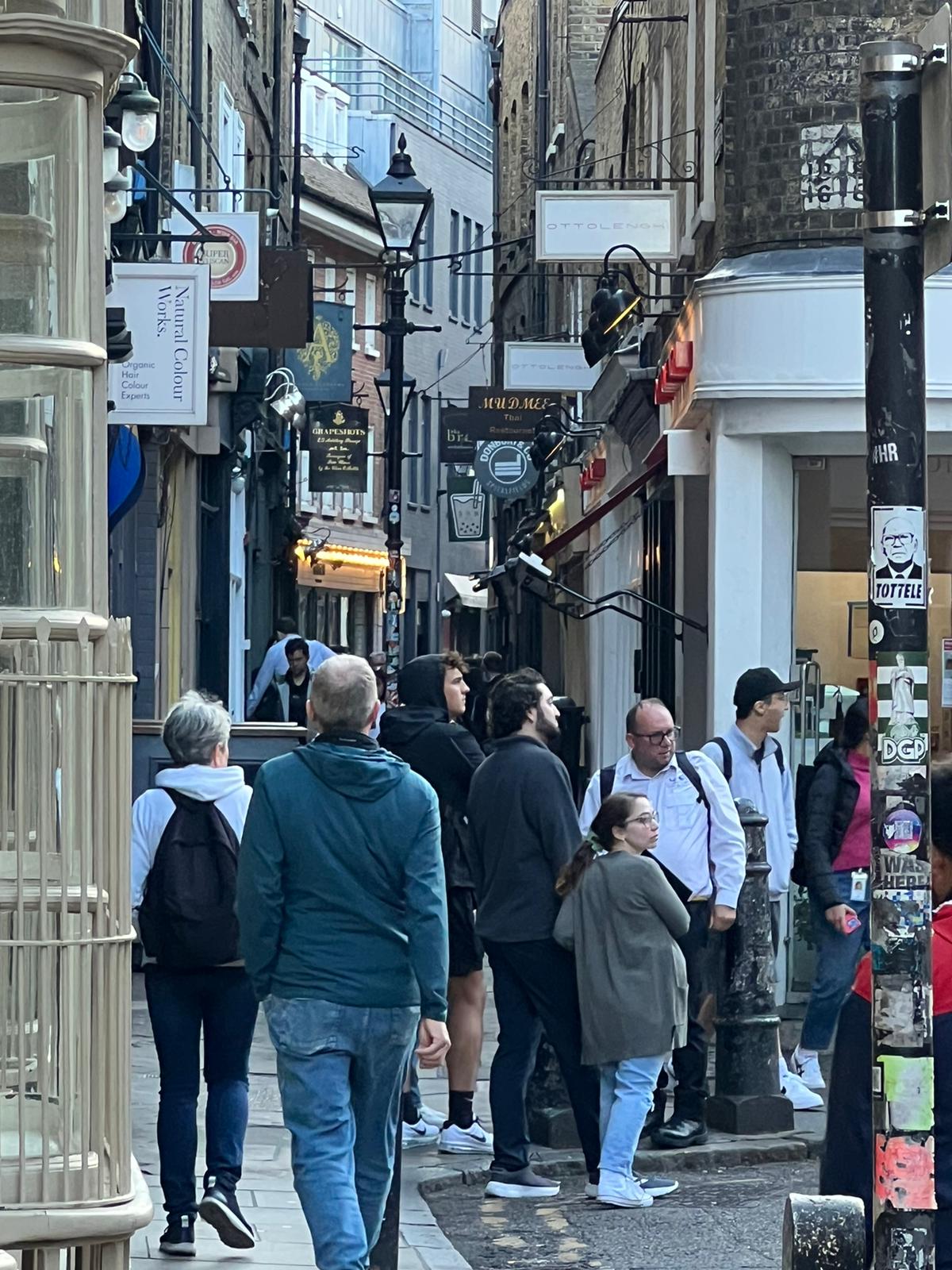
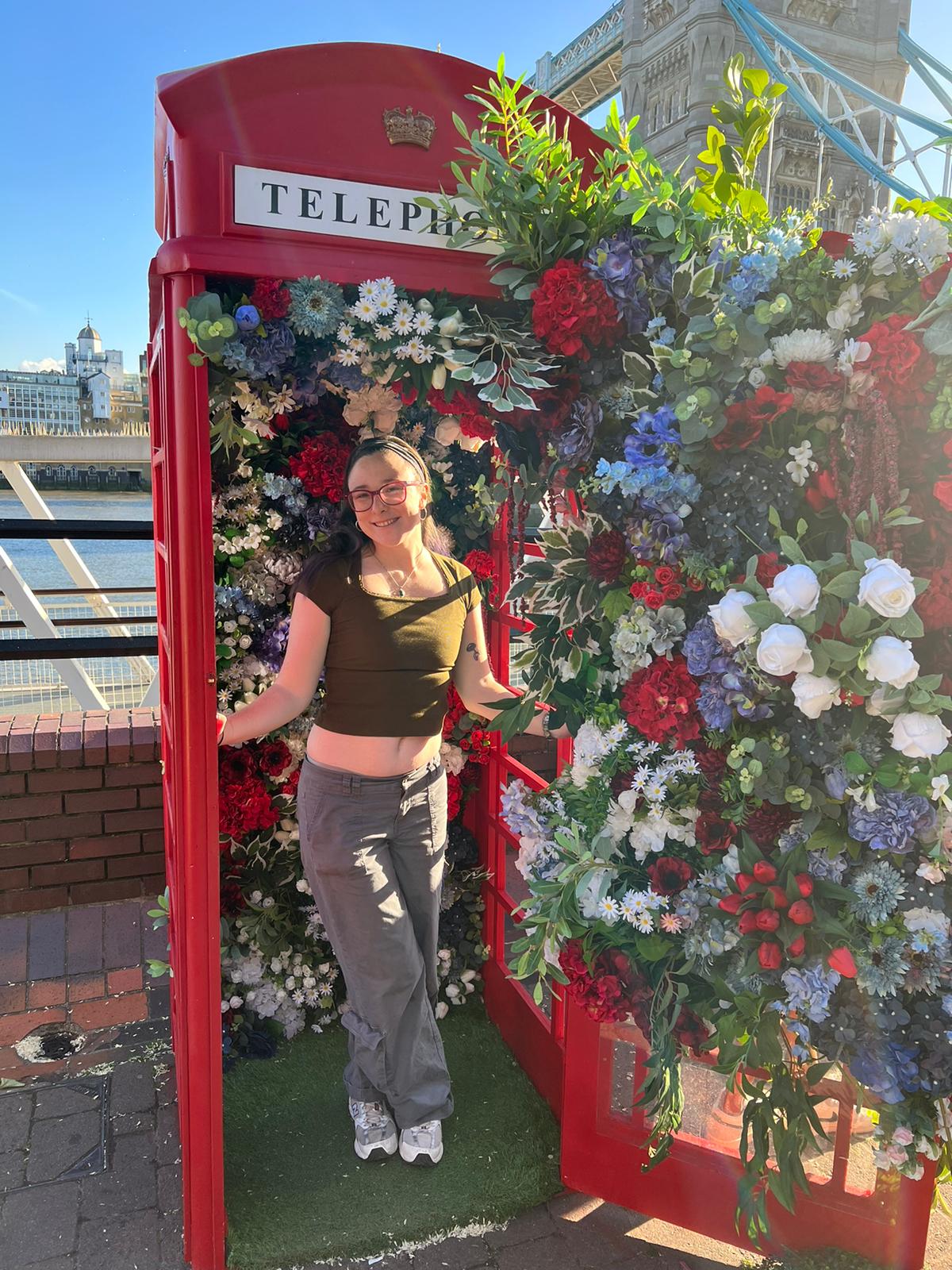
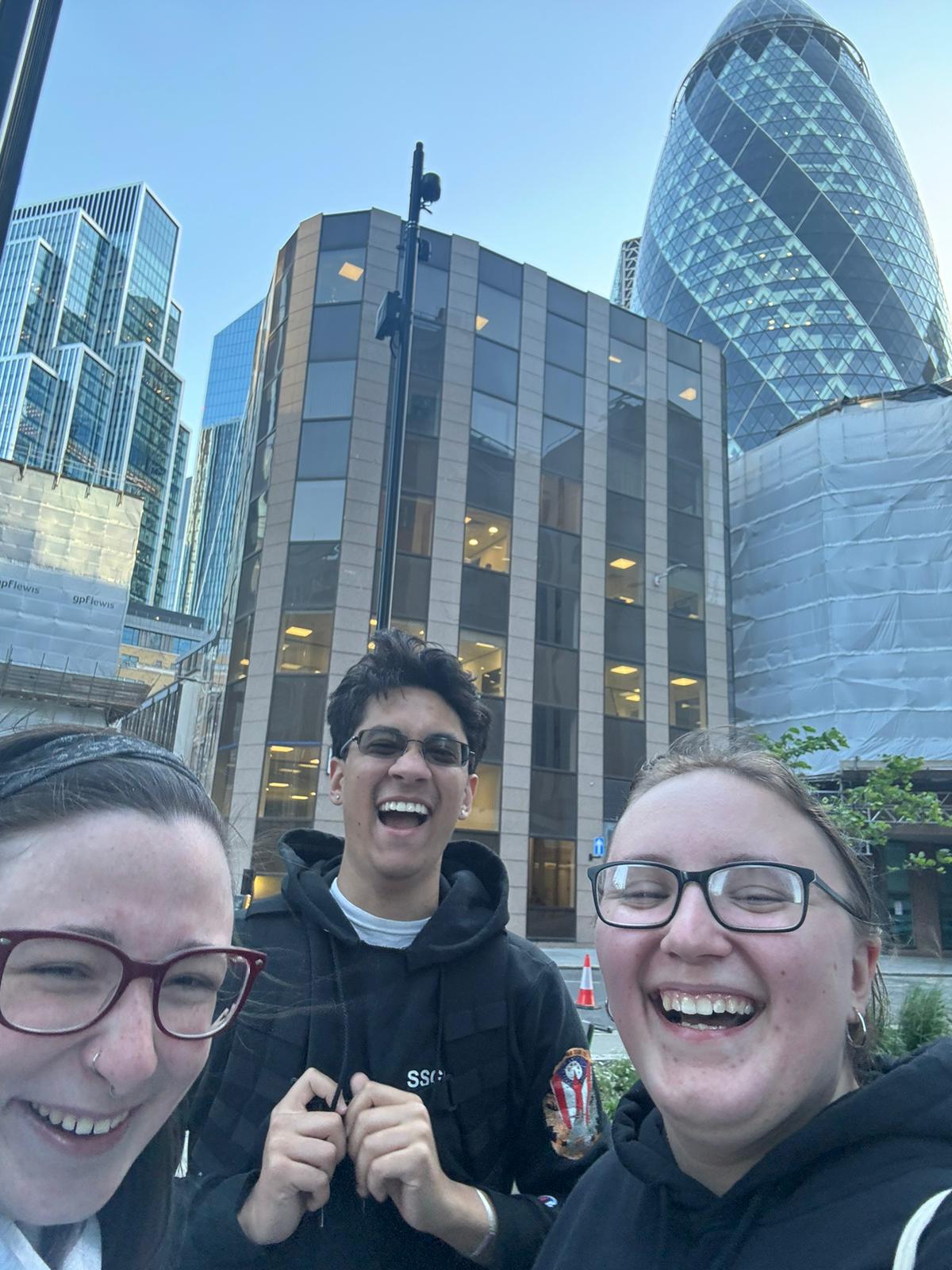
By the time I got back, my step counter had reached a personal record: 31,941 steps, or 12.2 miles, walked in a single day. No wonder my feet were protesting. But honestly, it was worth every step seeing London on foot.
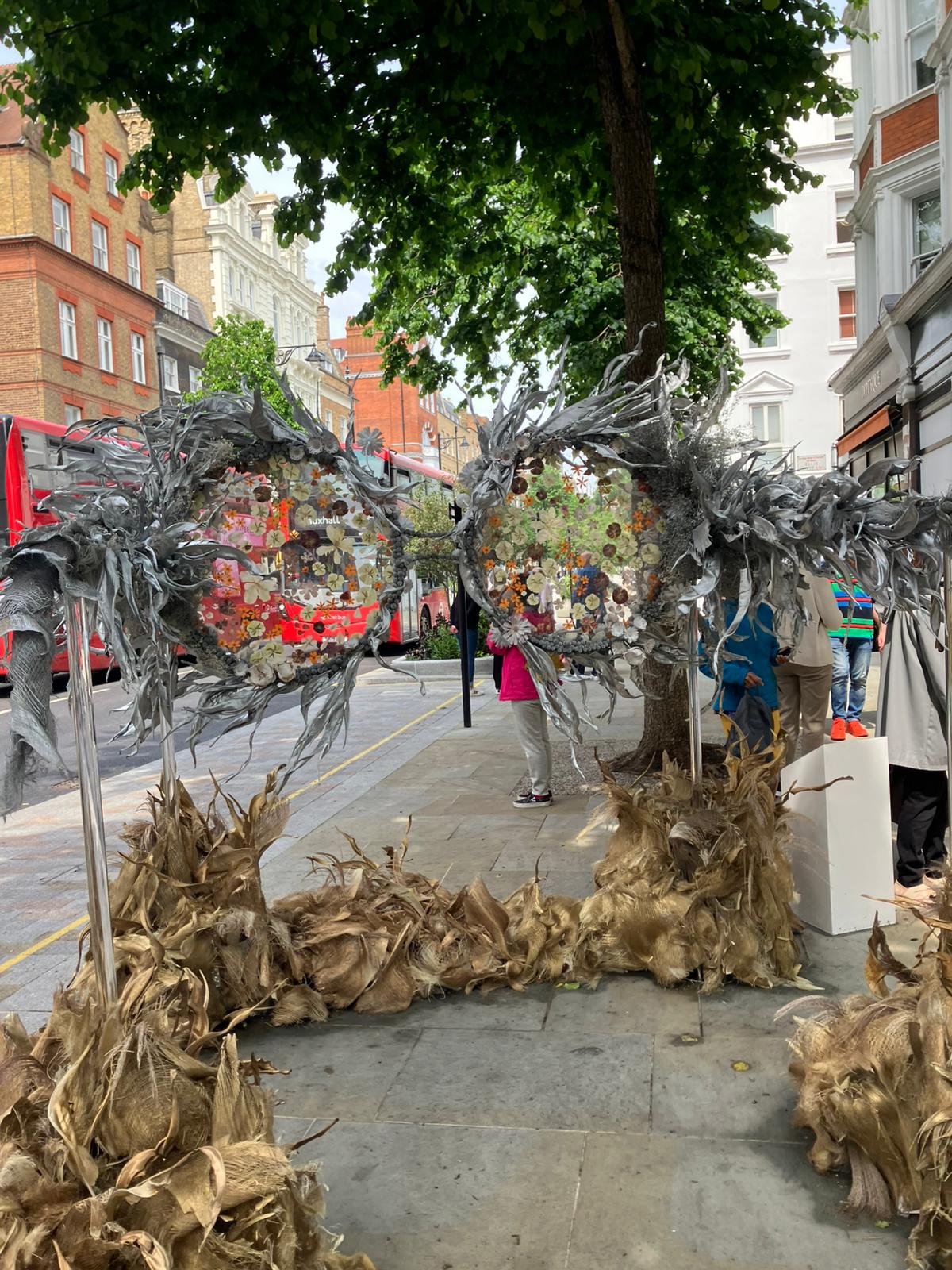
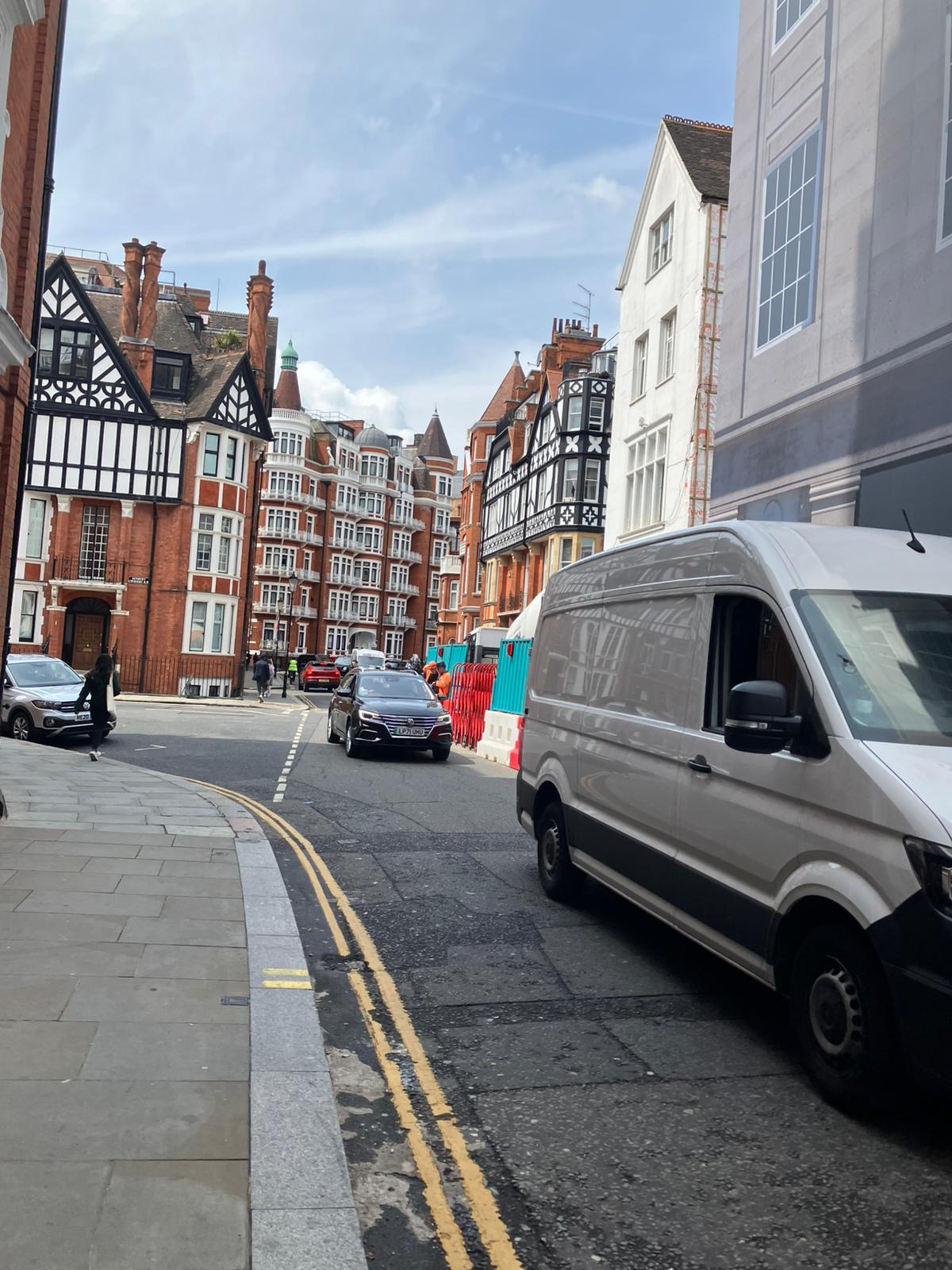
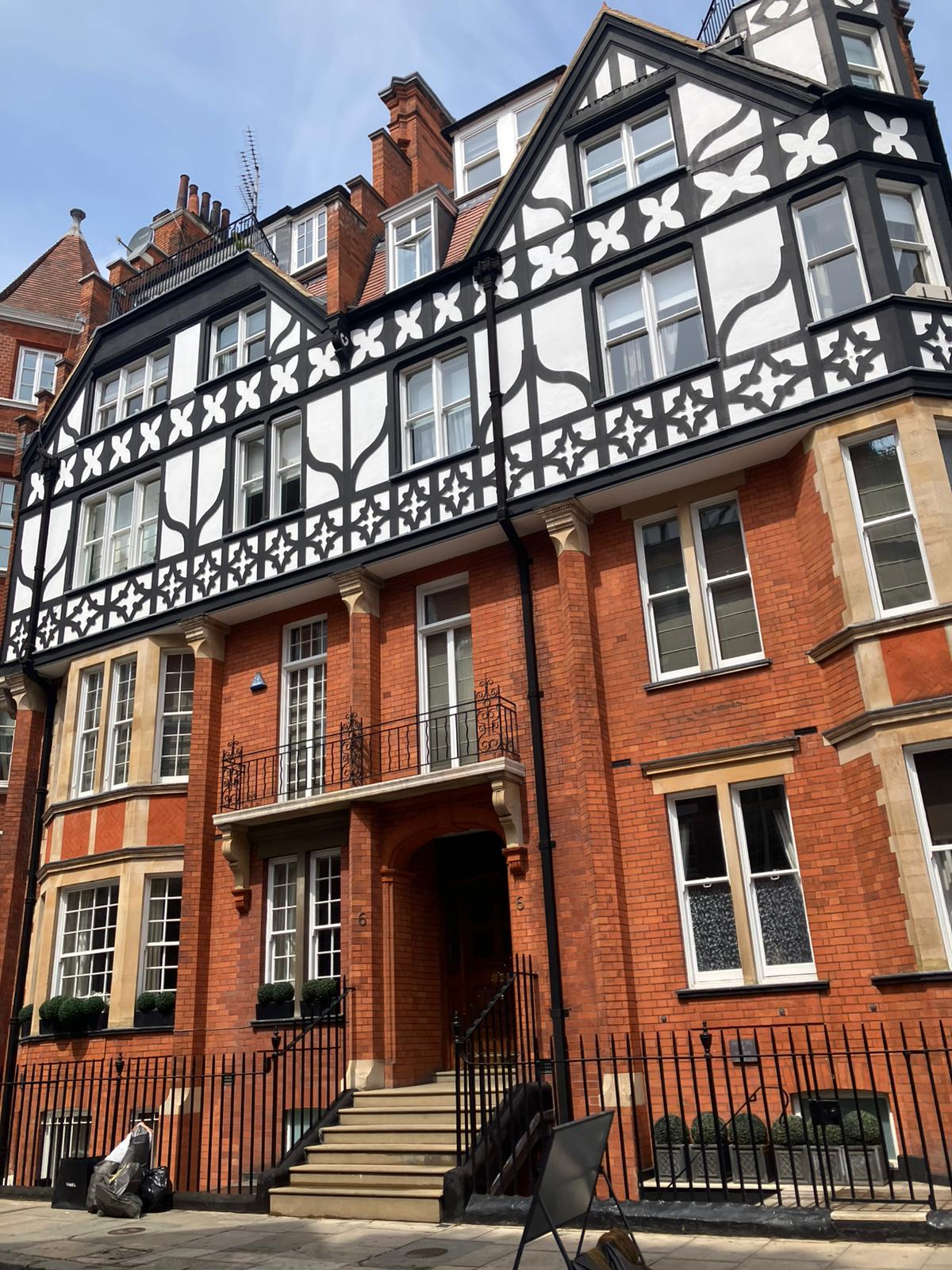
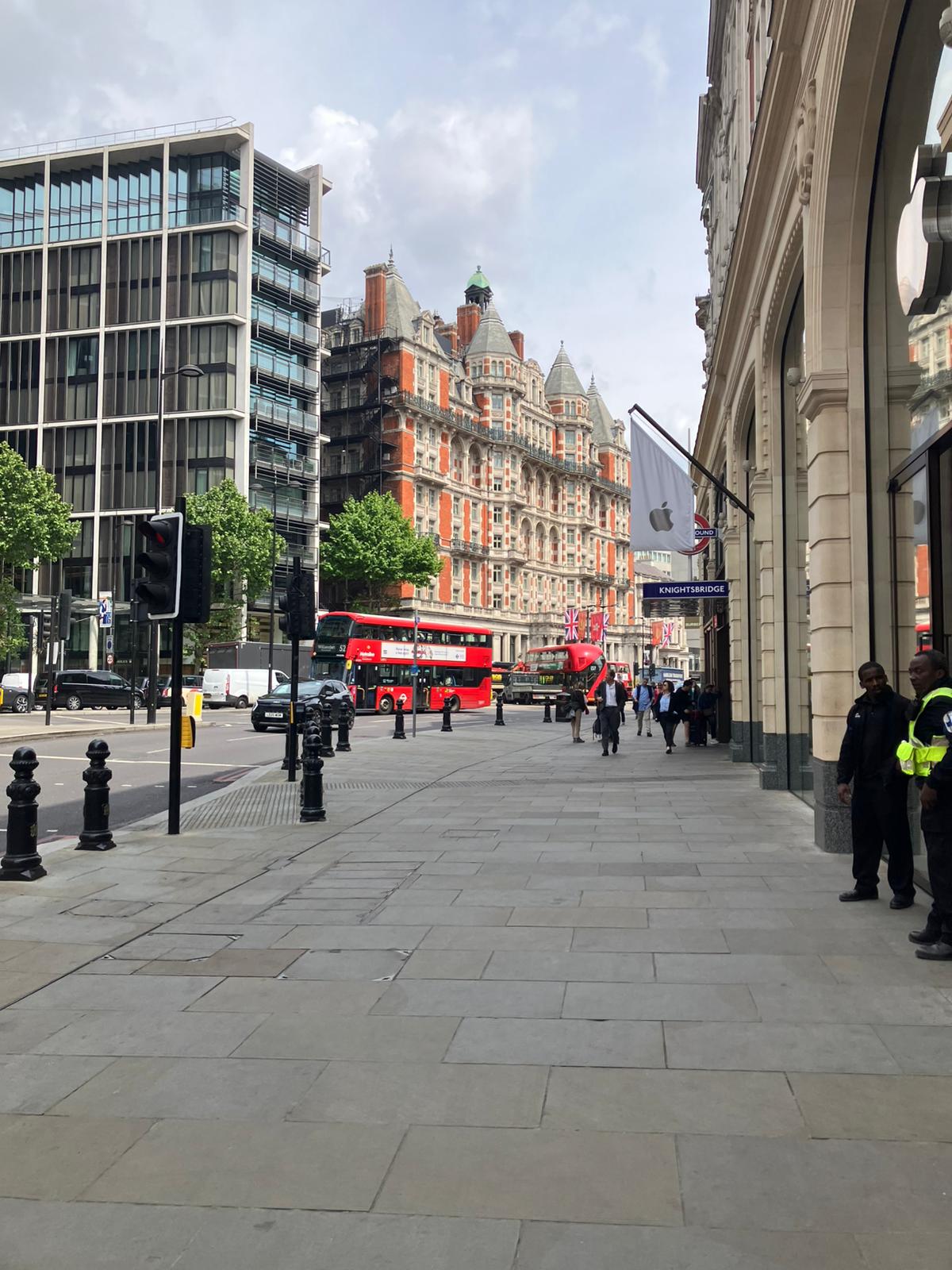
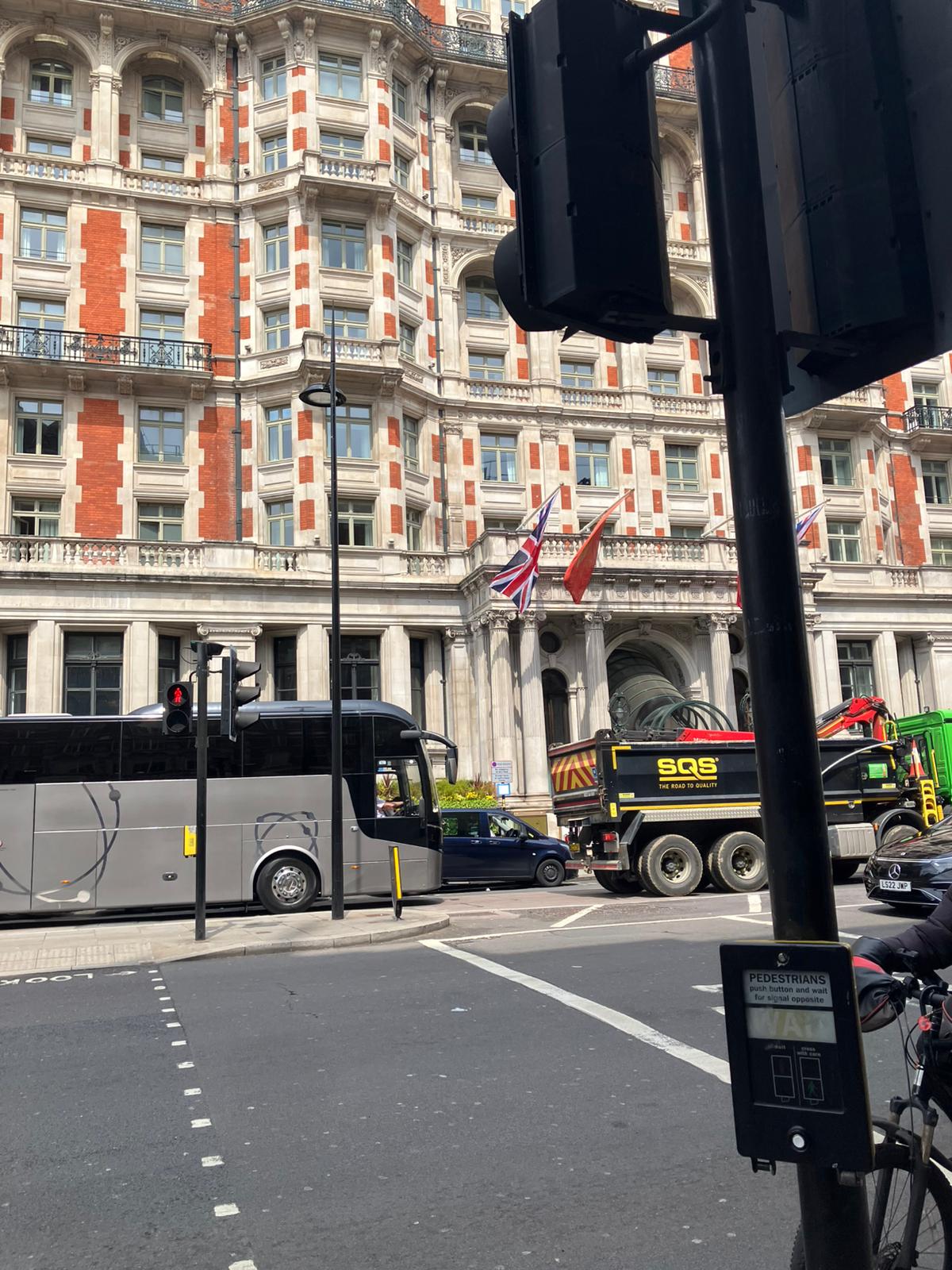
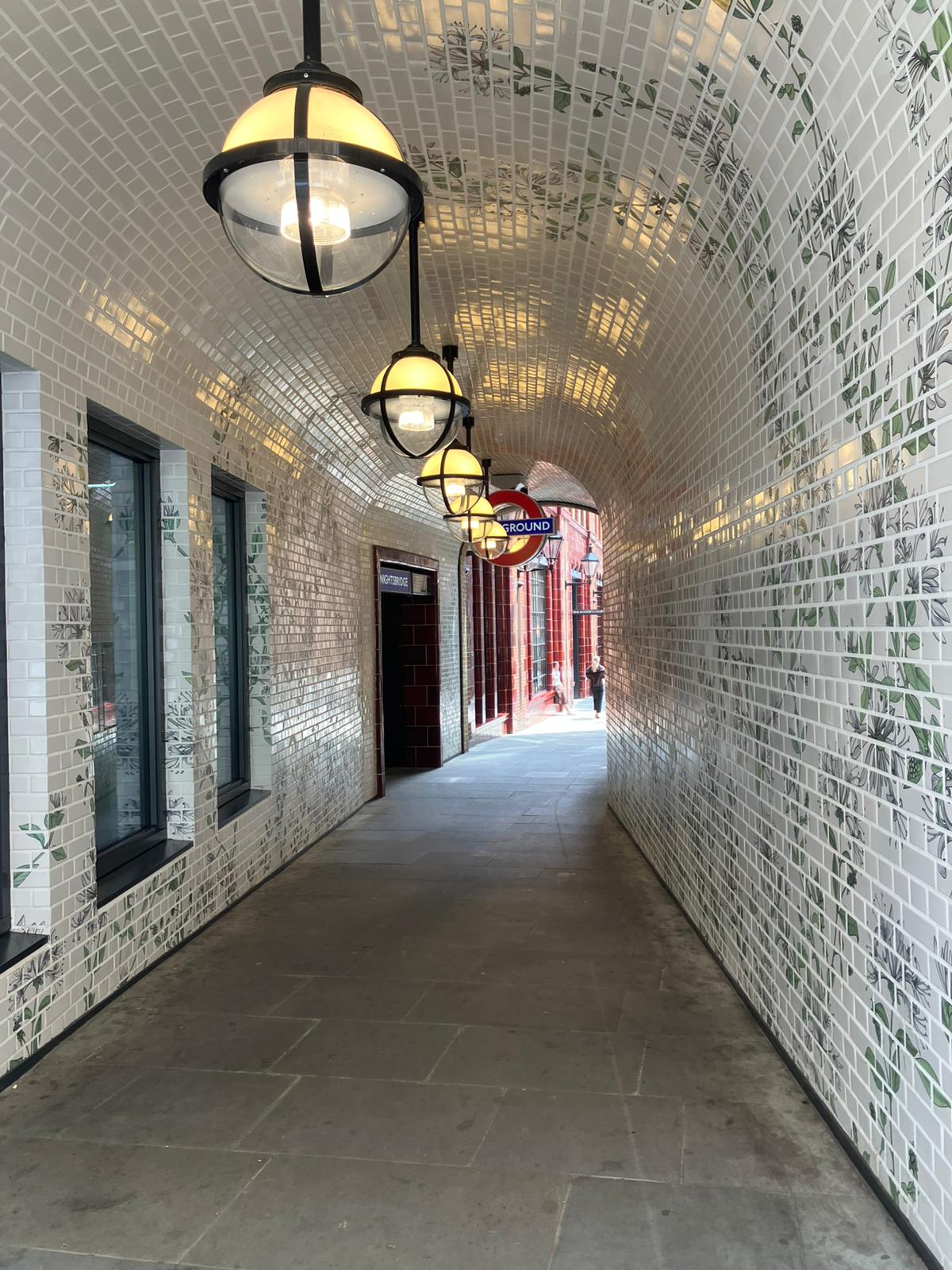
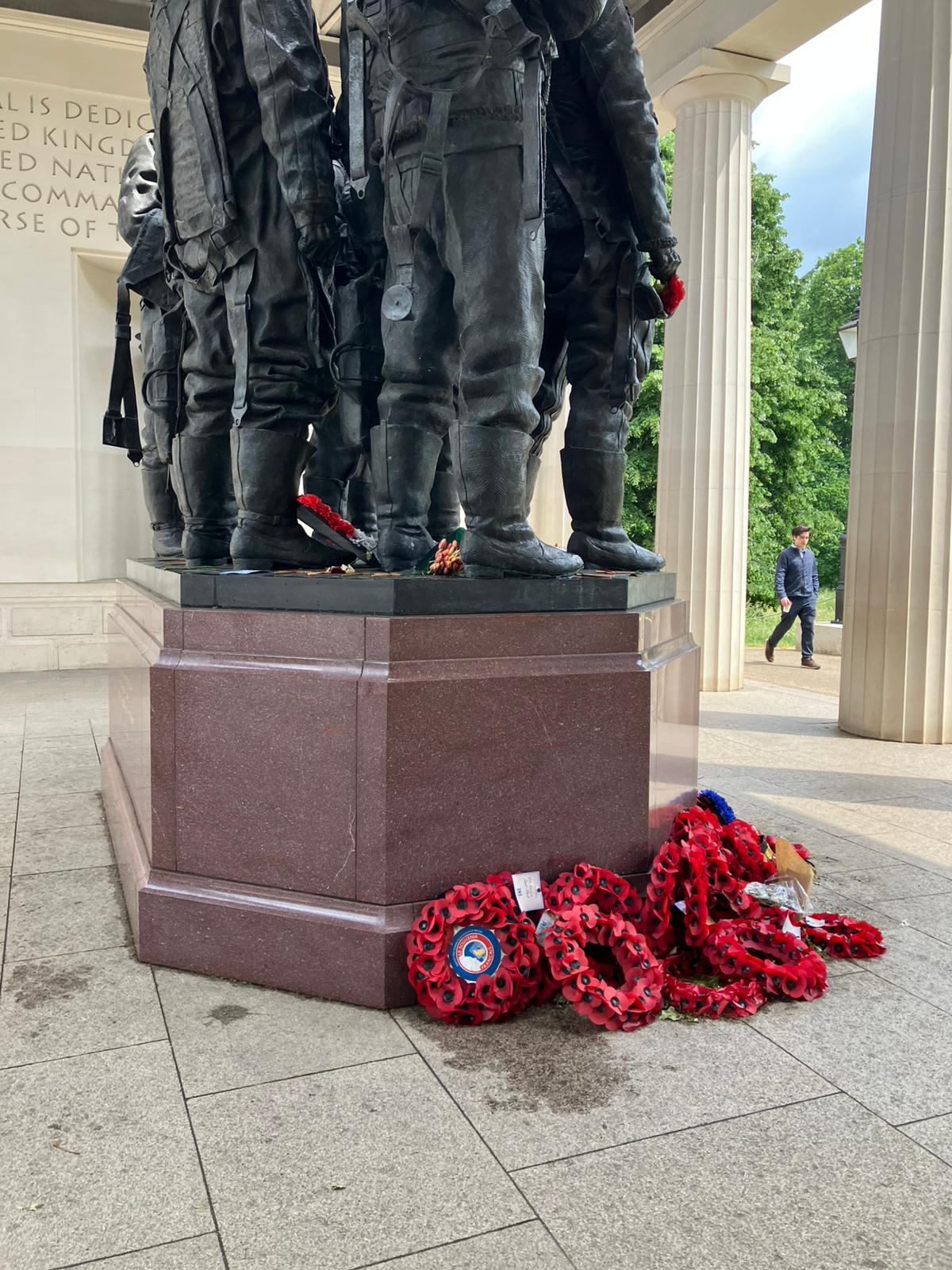
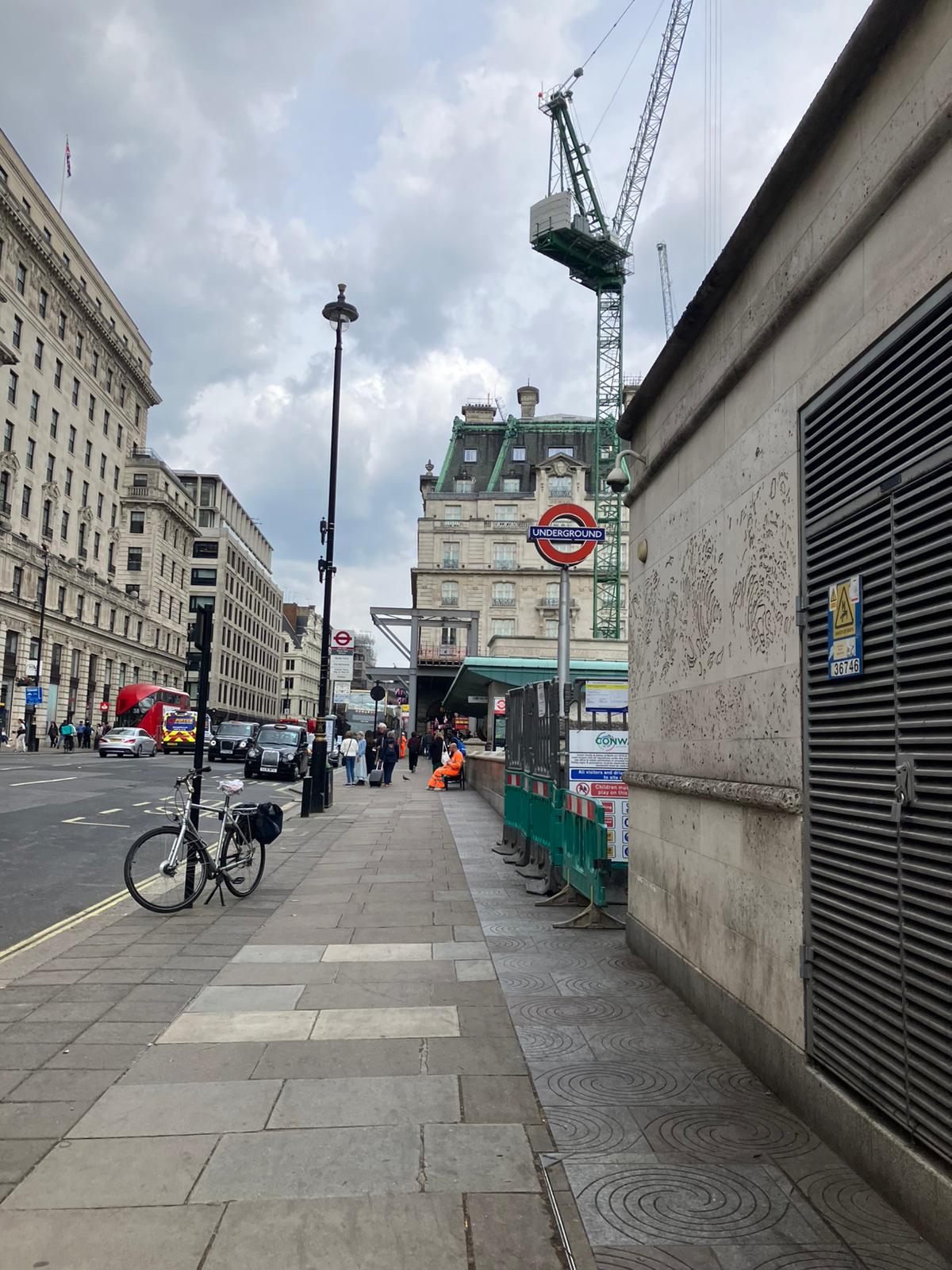
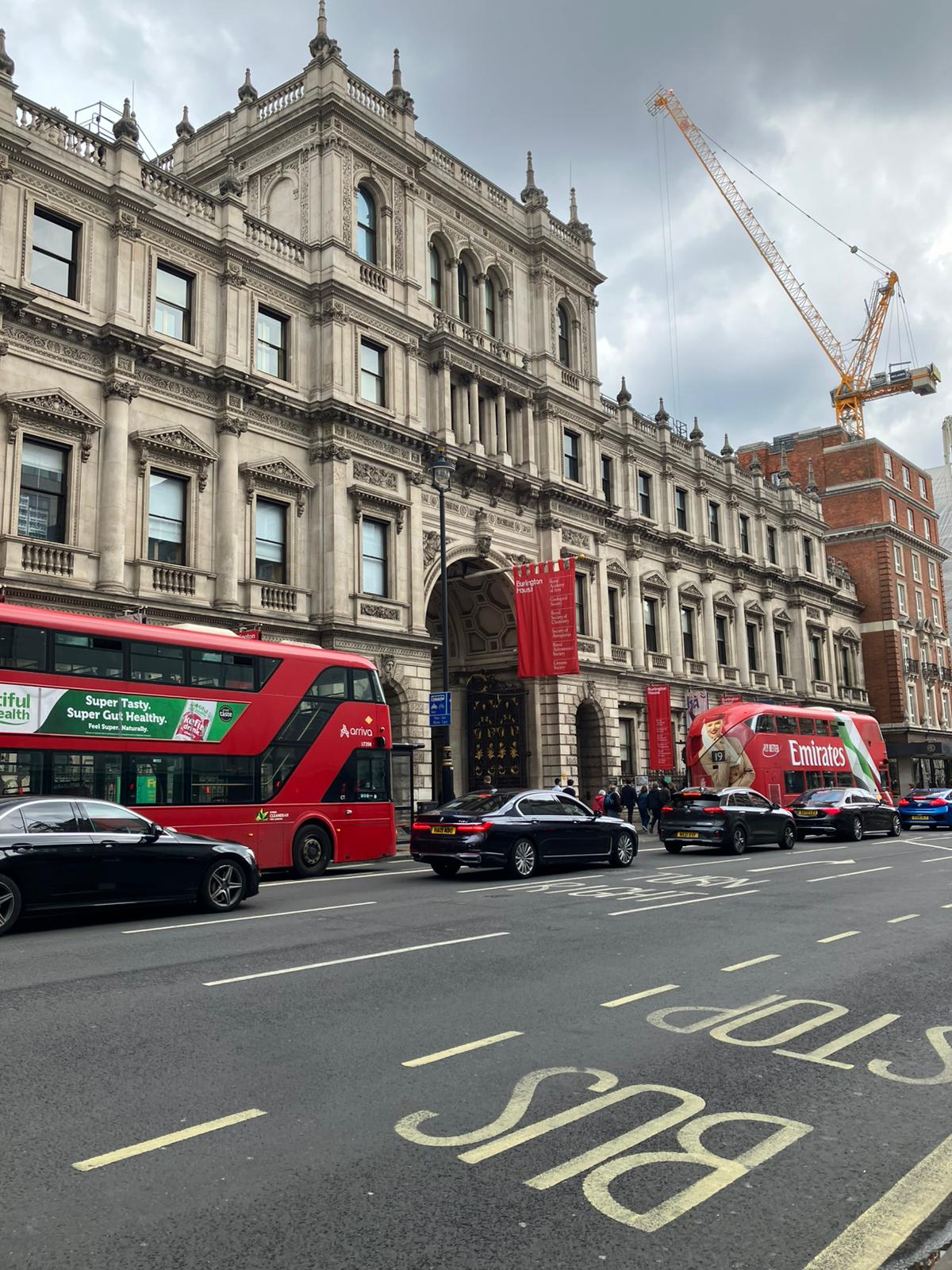
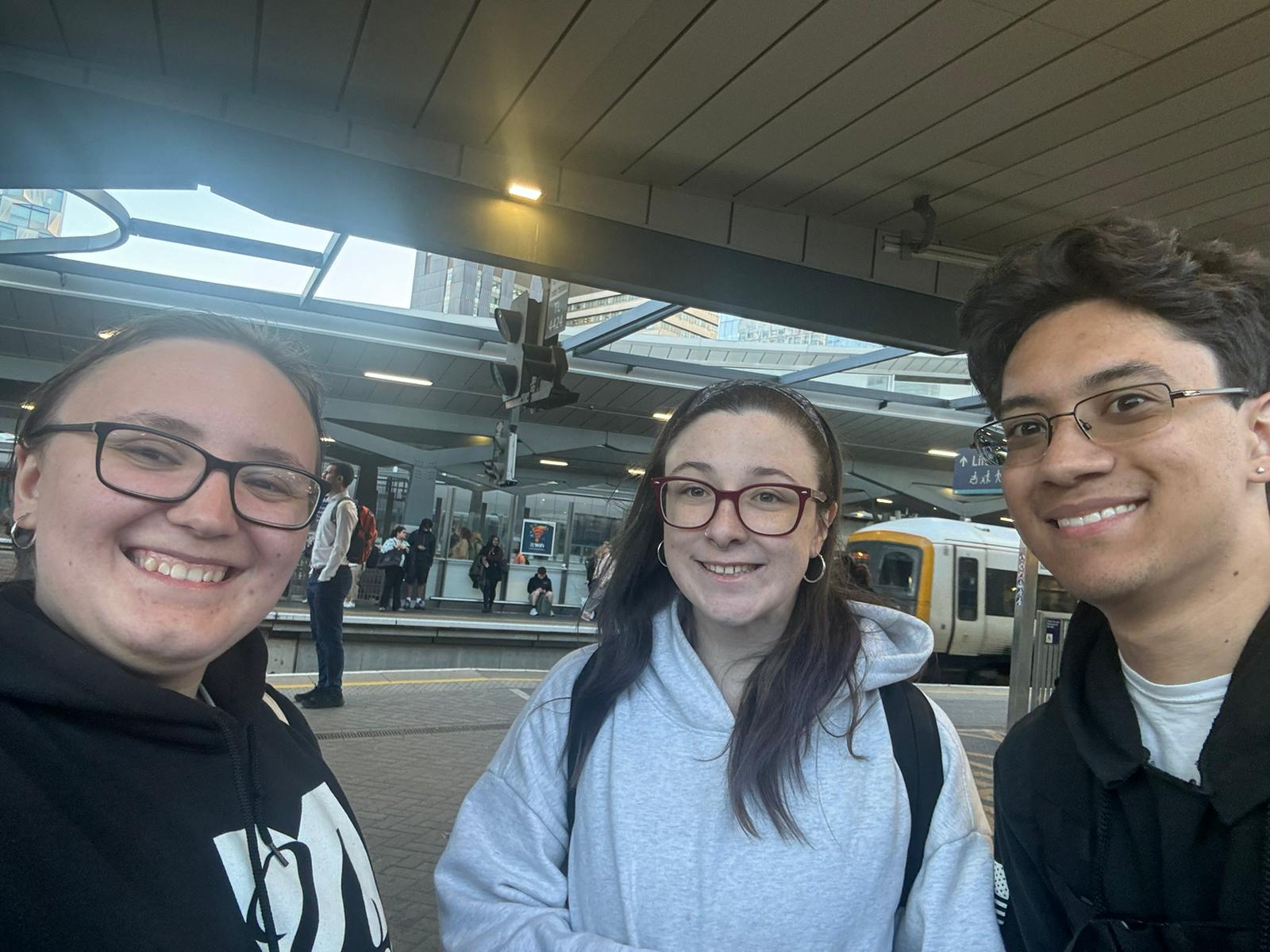
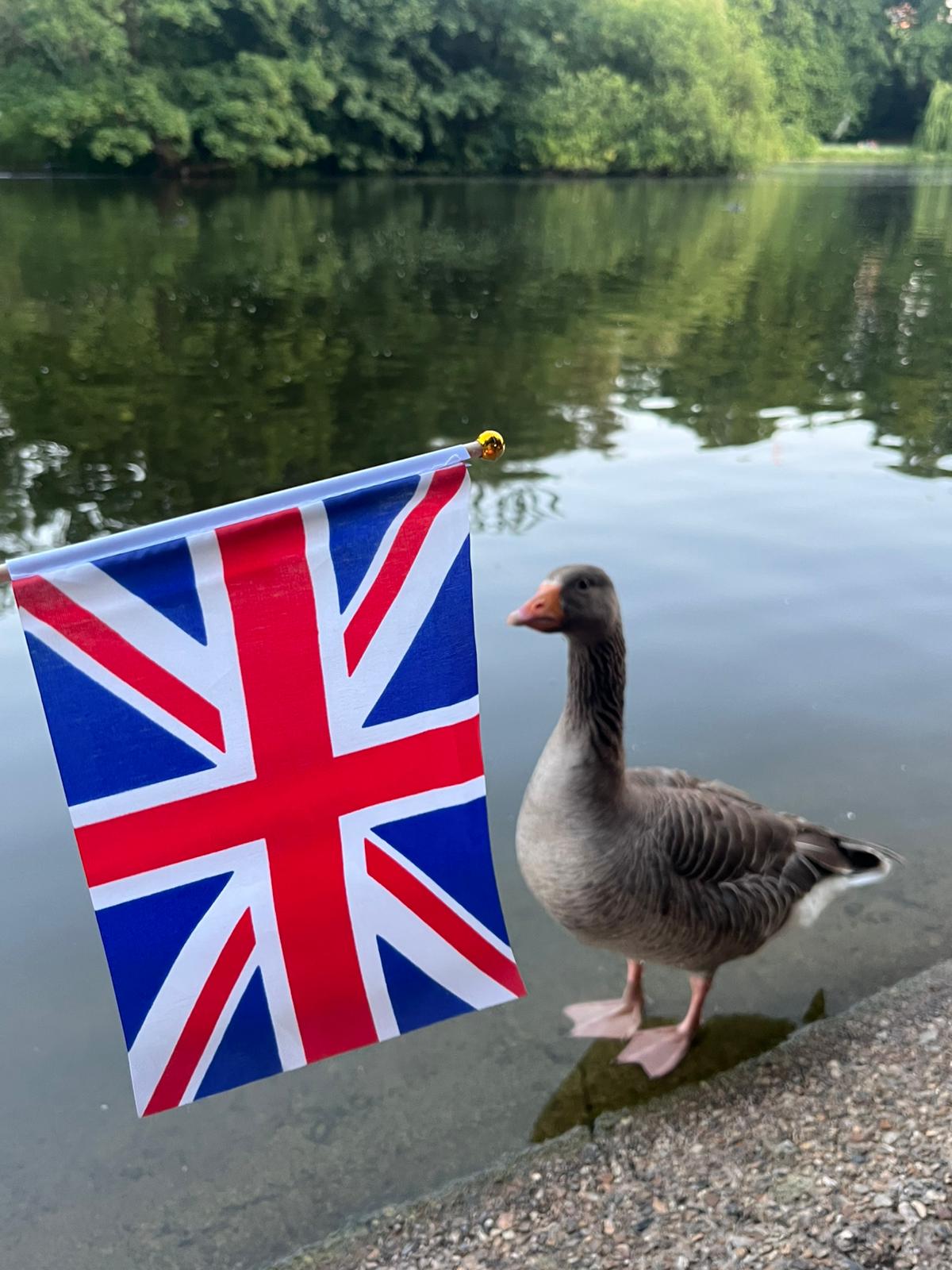
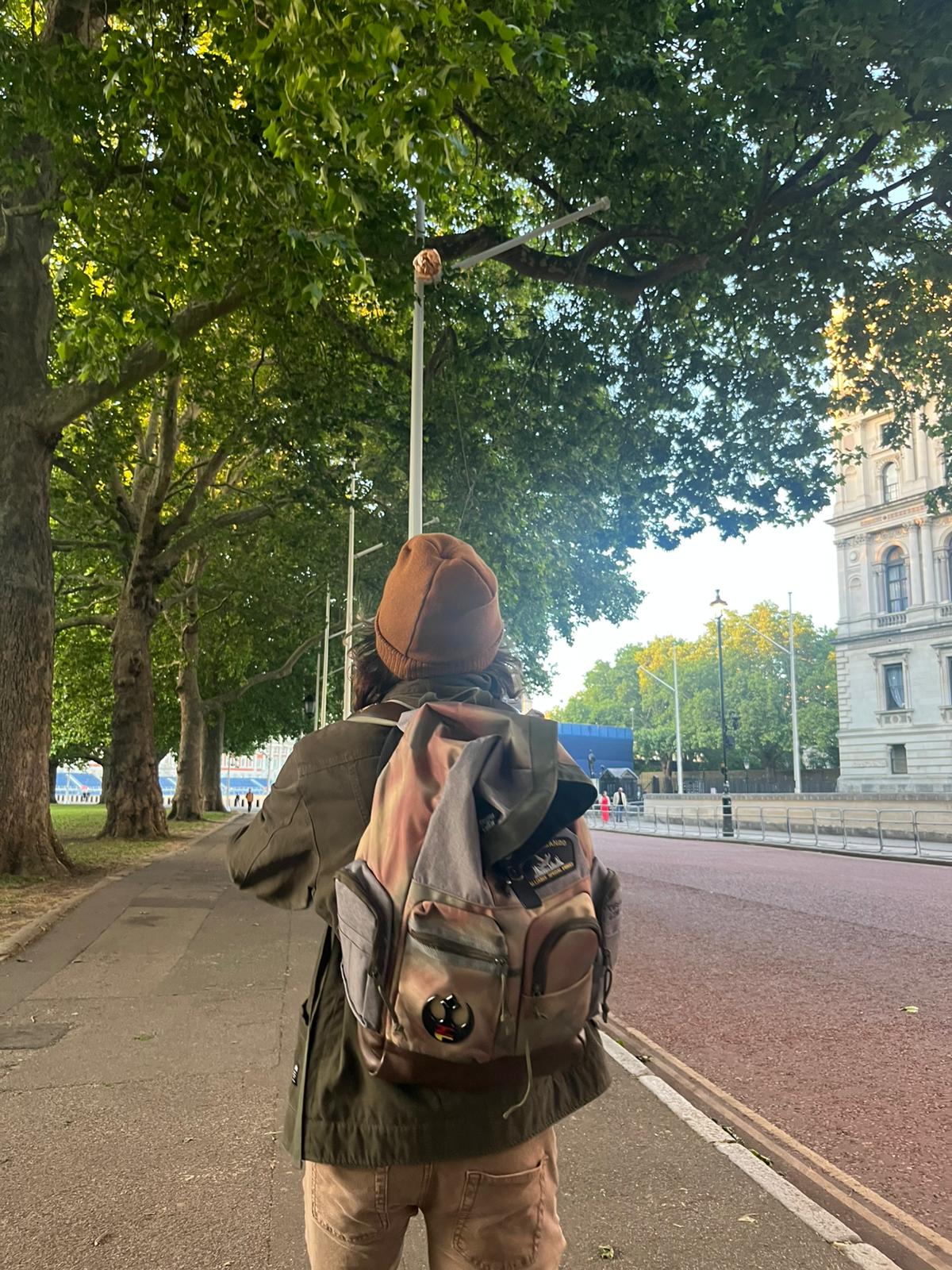
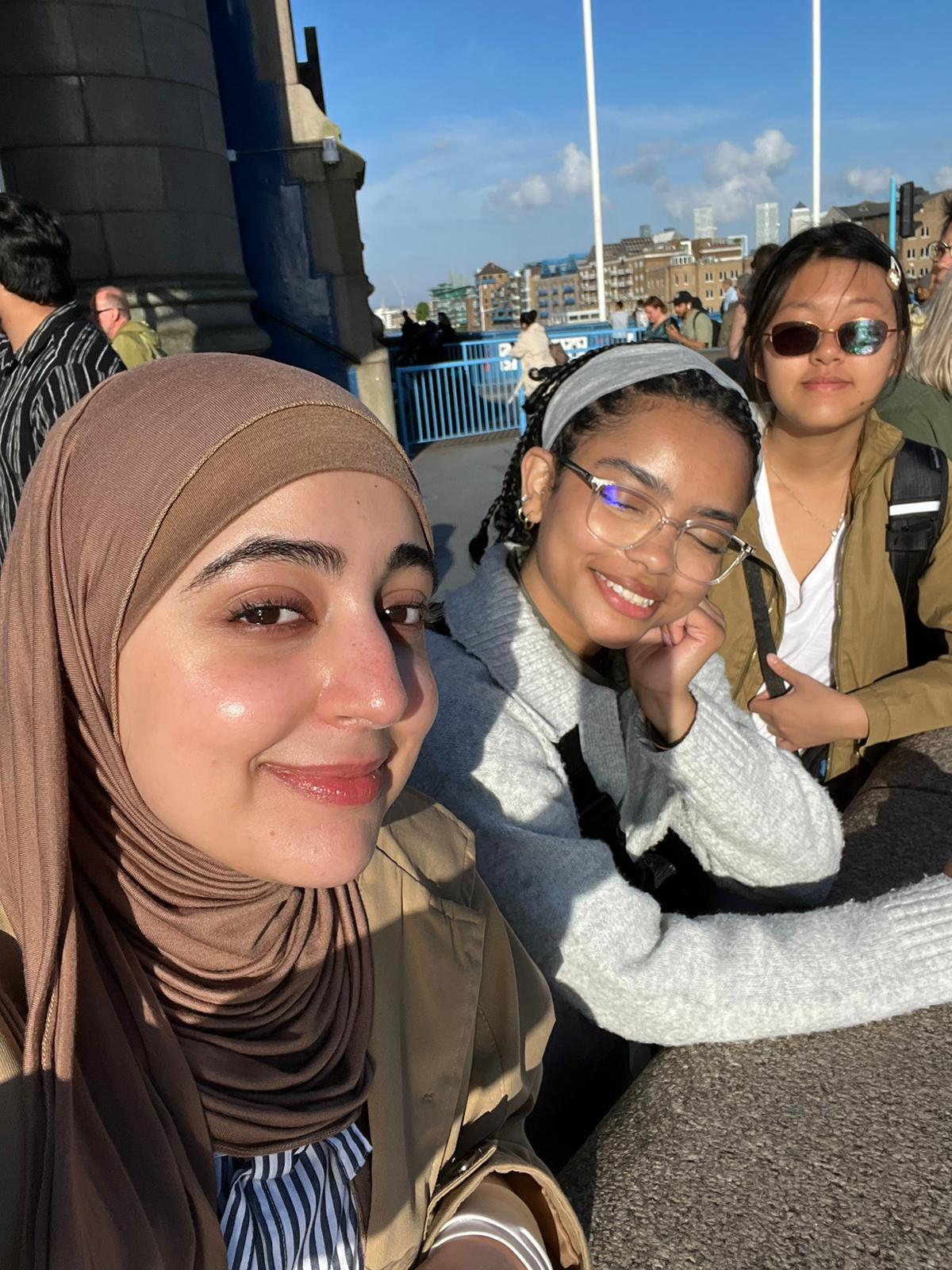
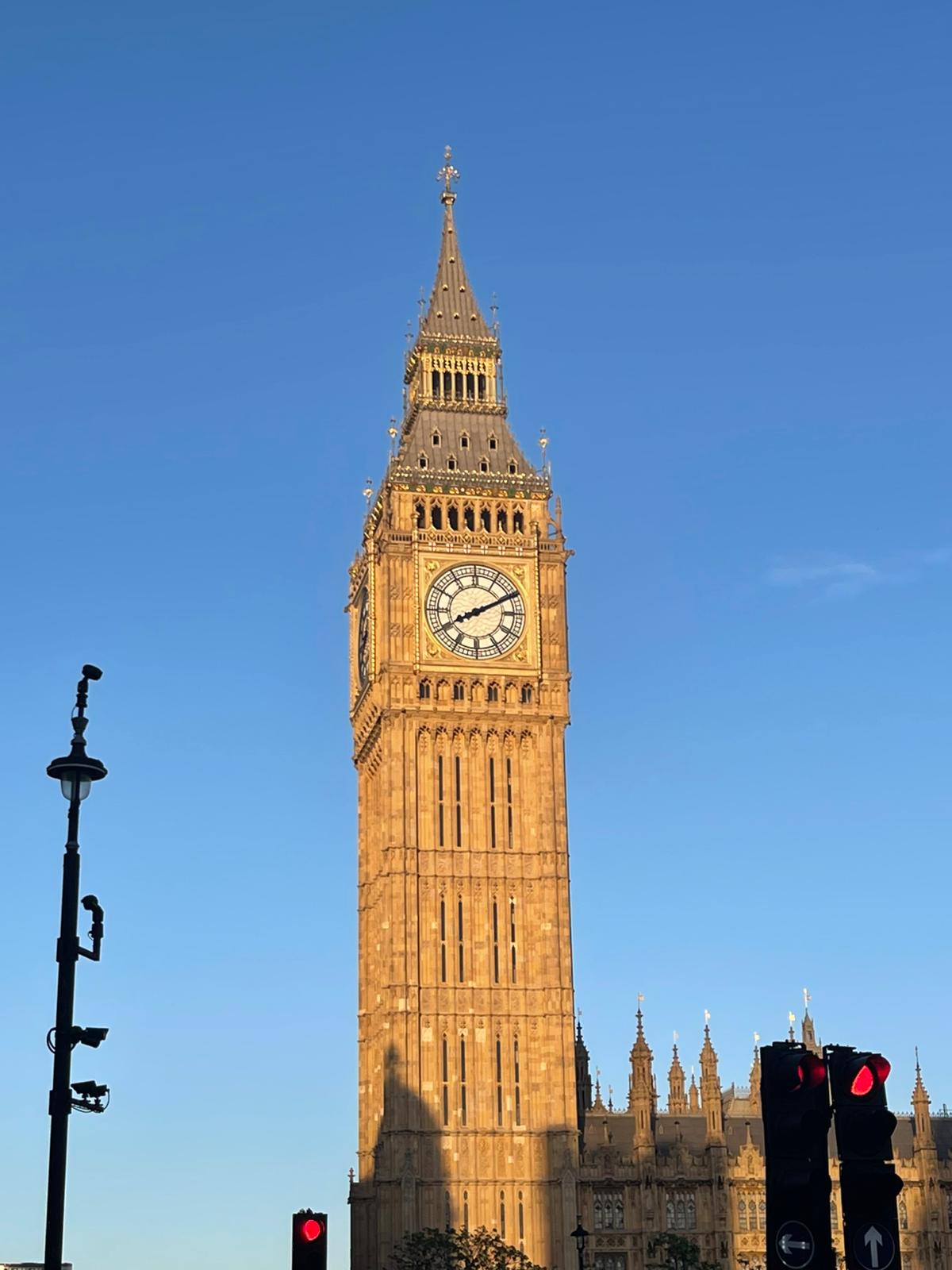
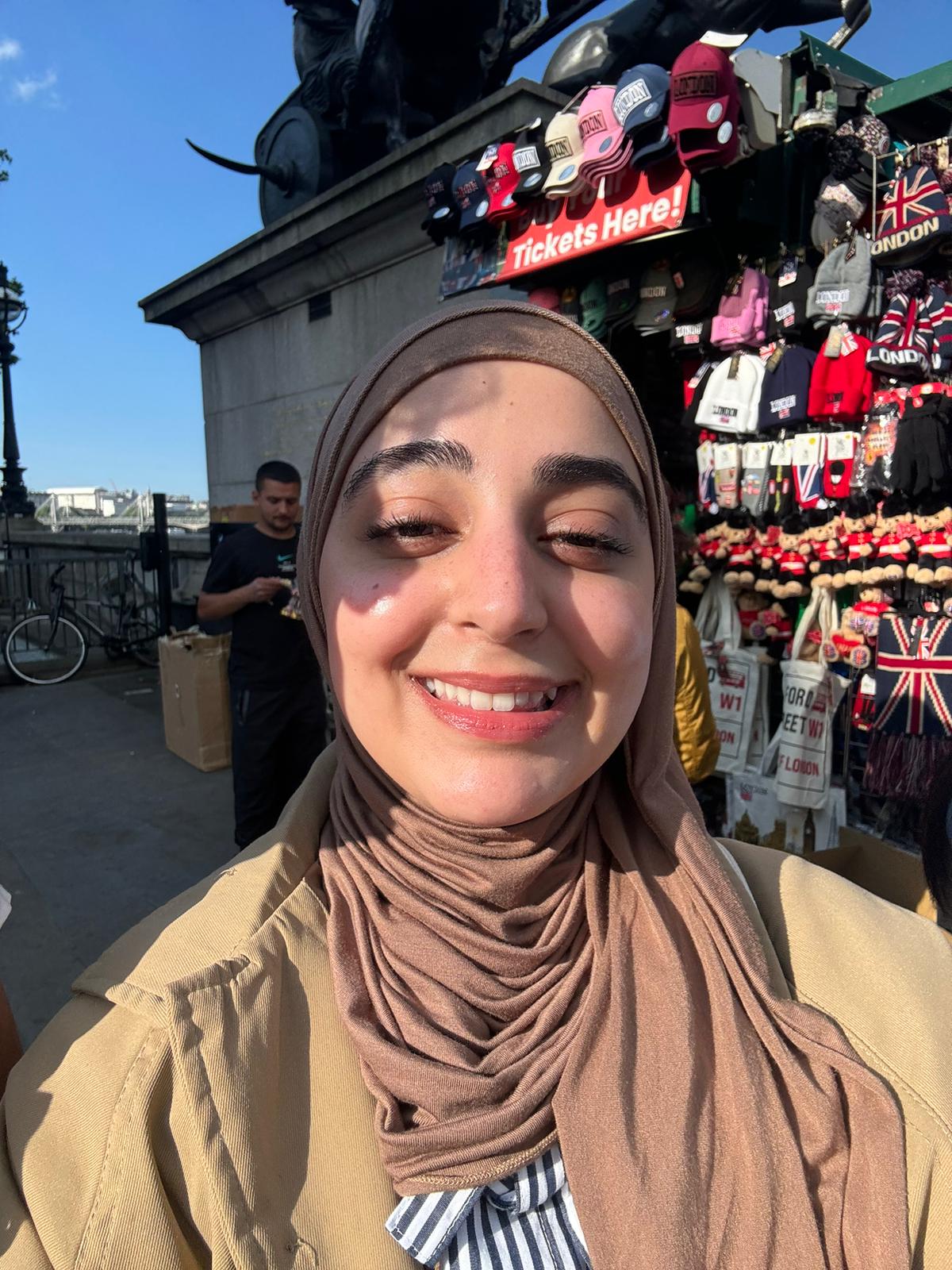
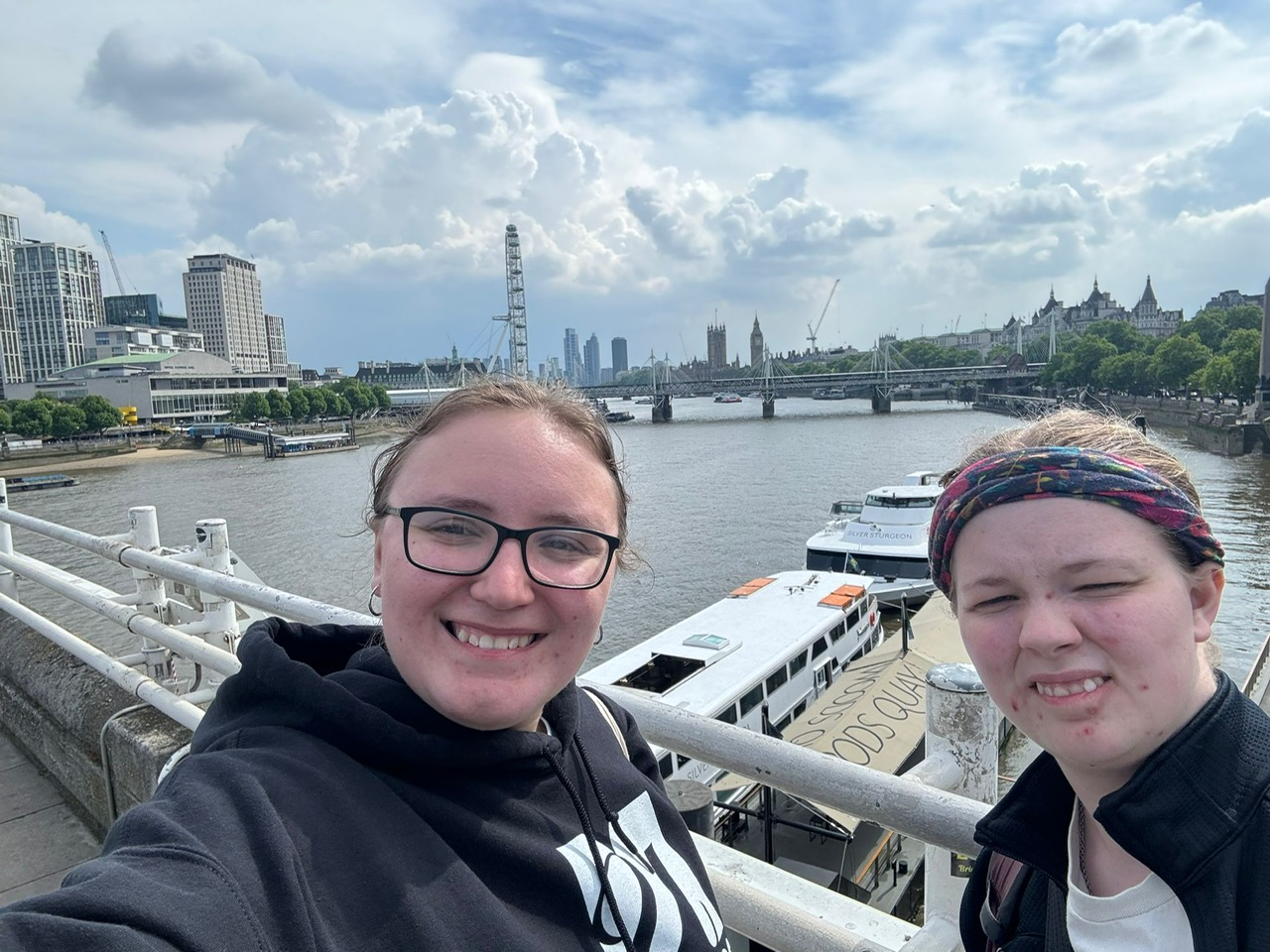
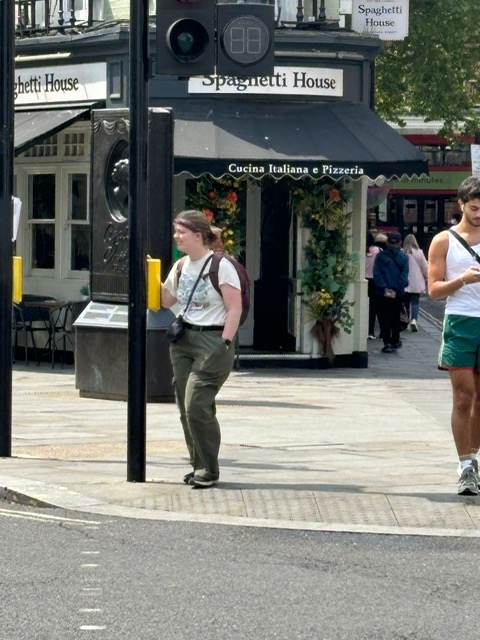
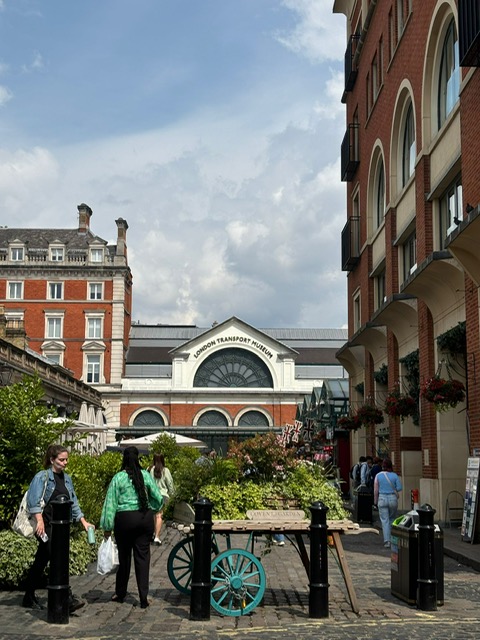

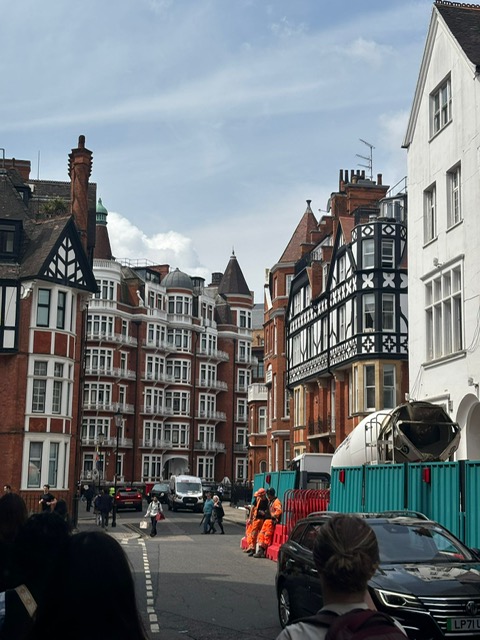
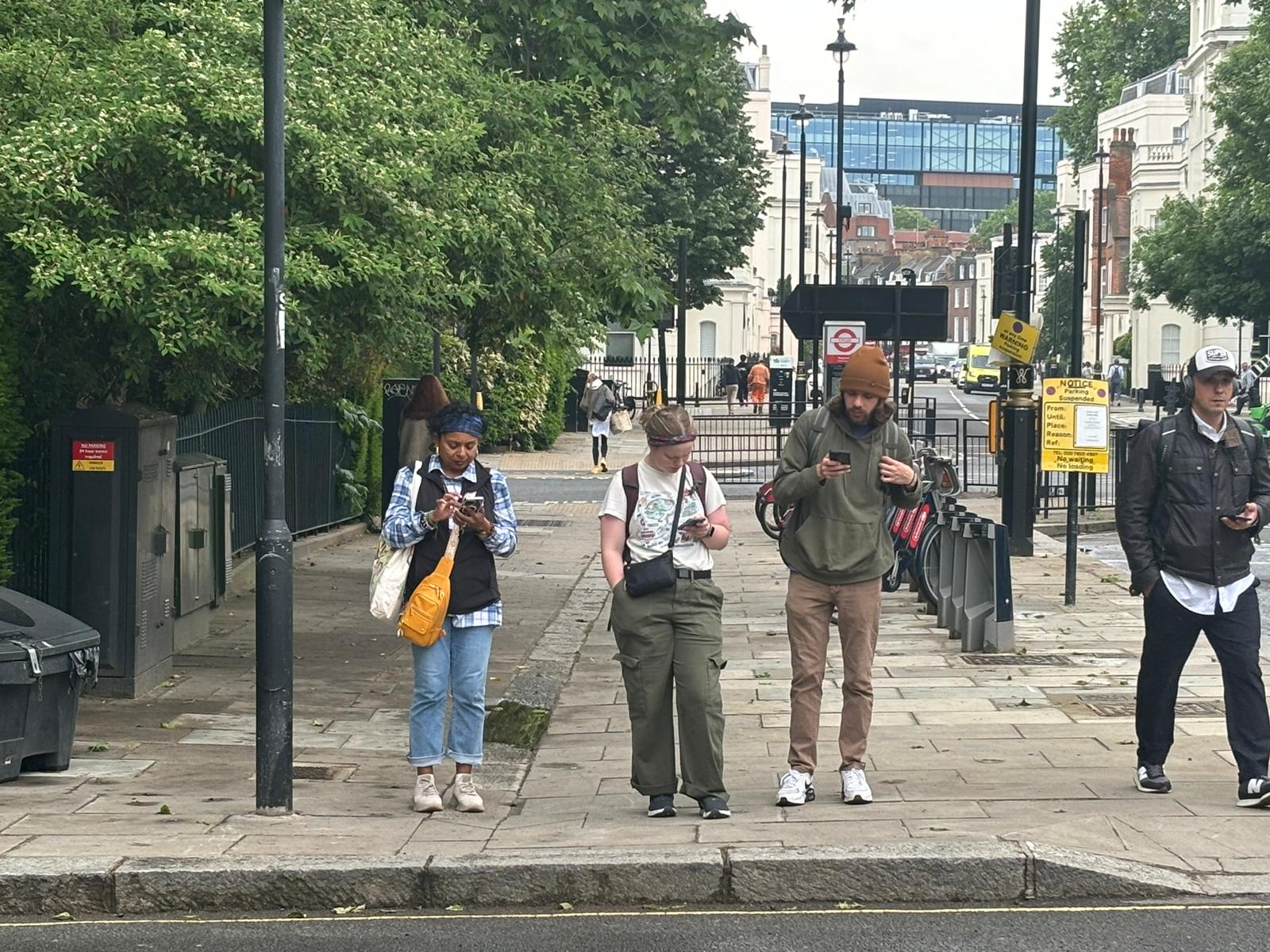
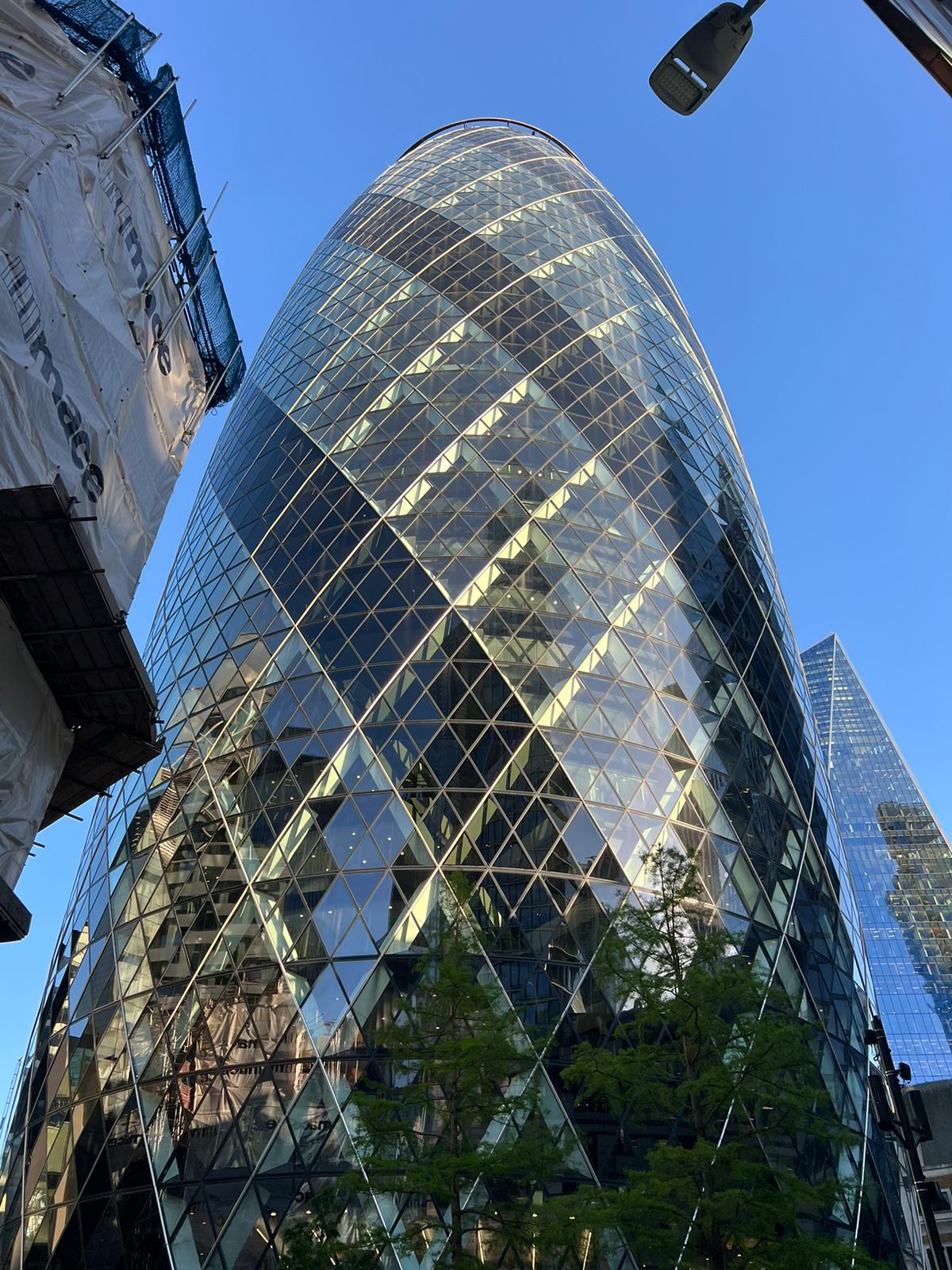
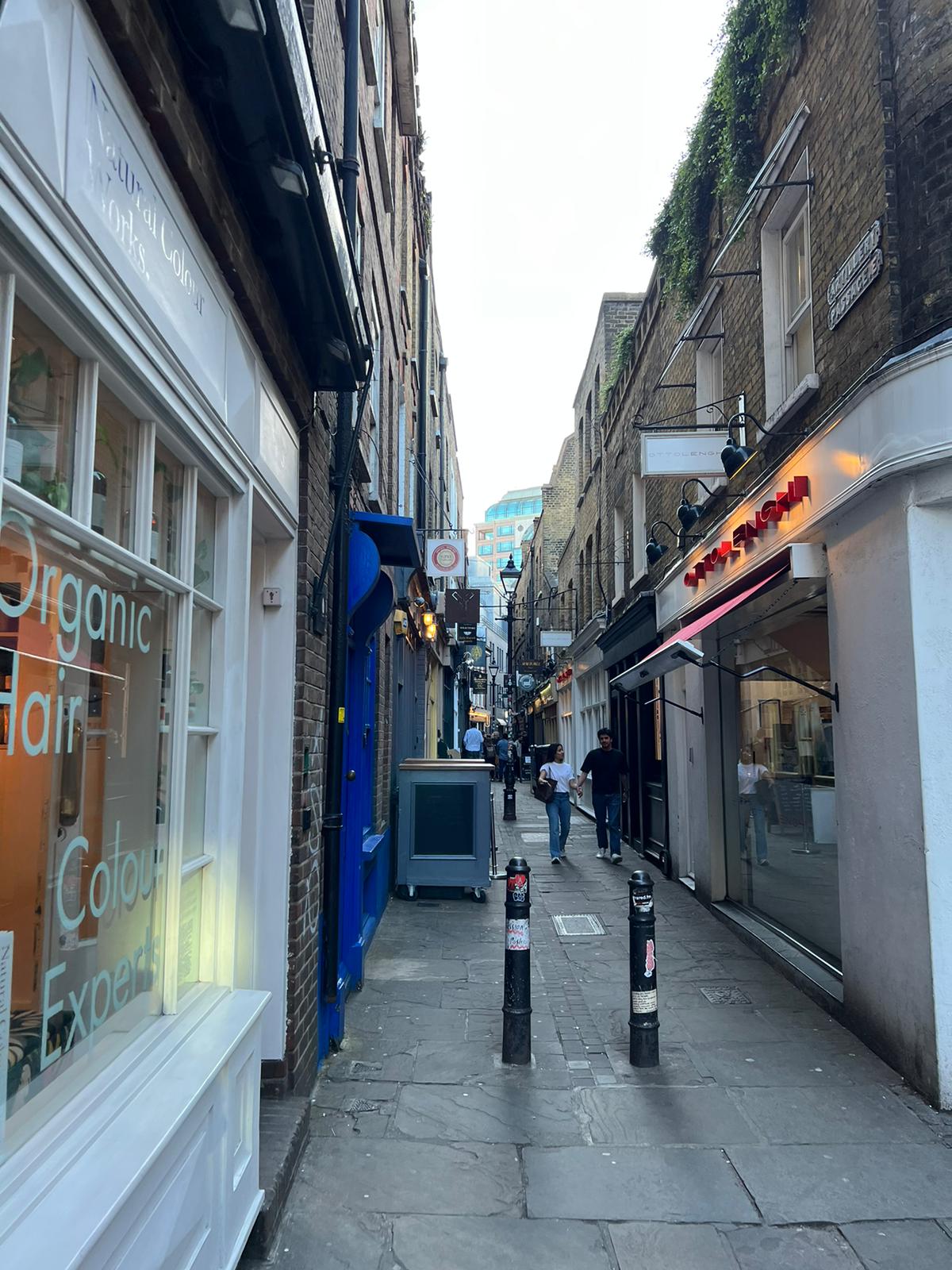
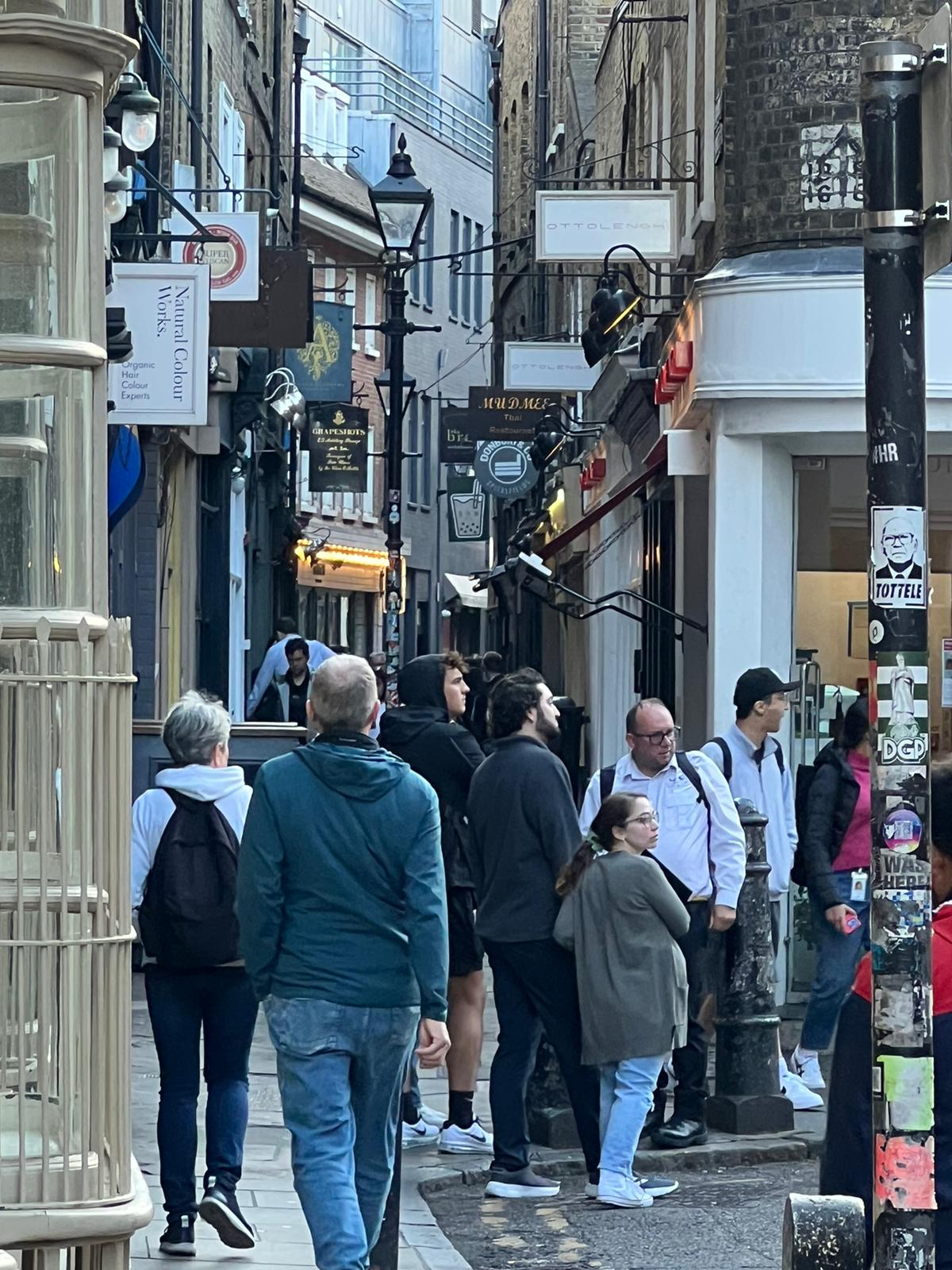
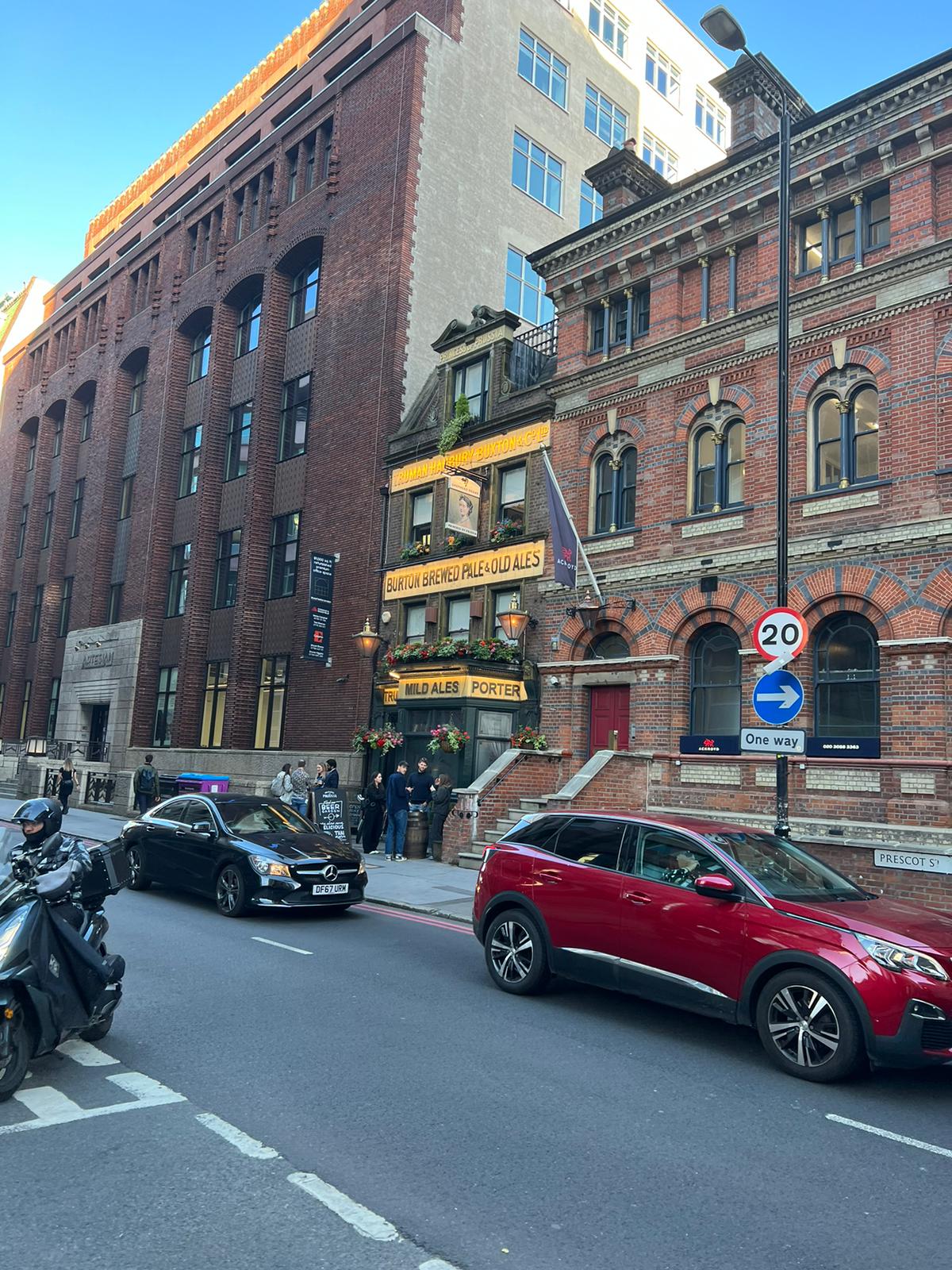
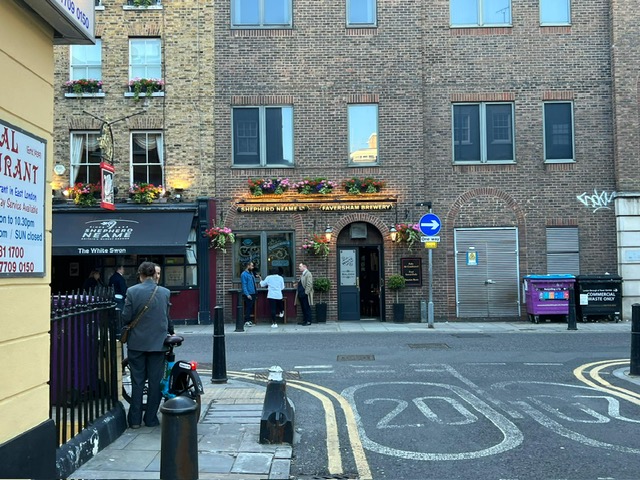
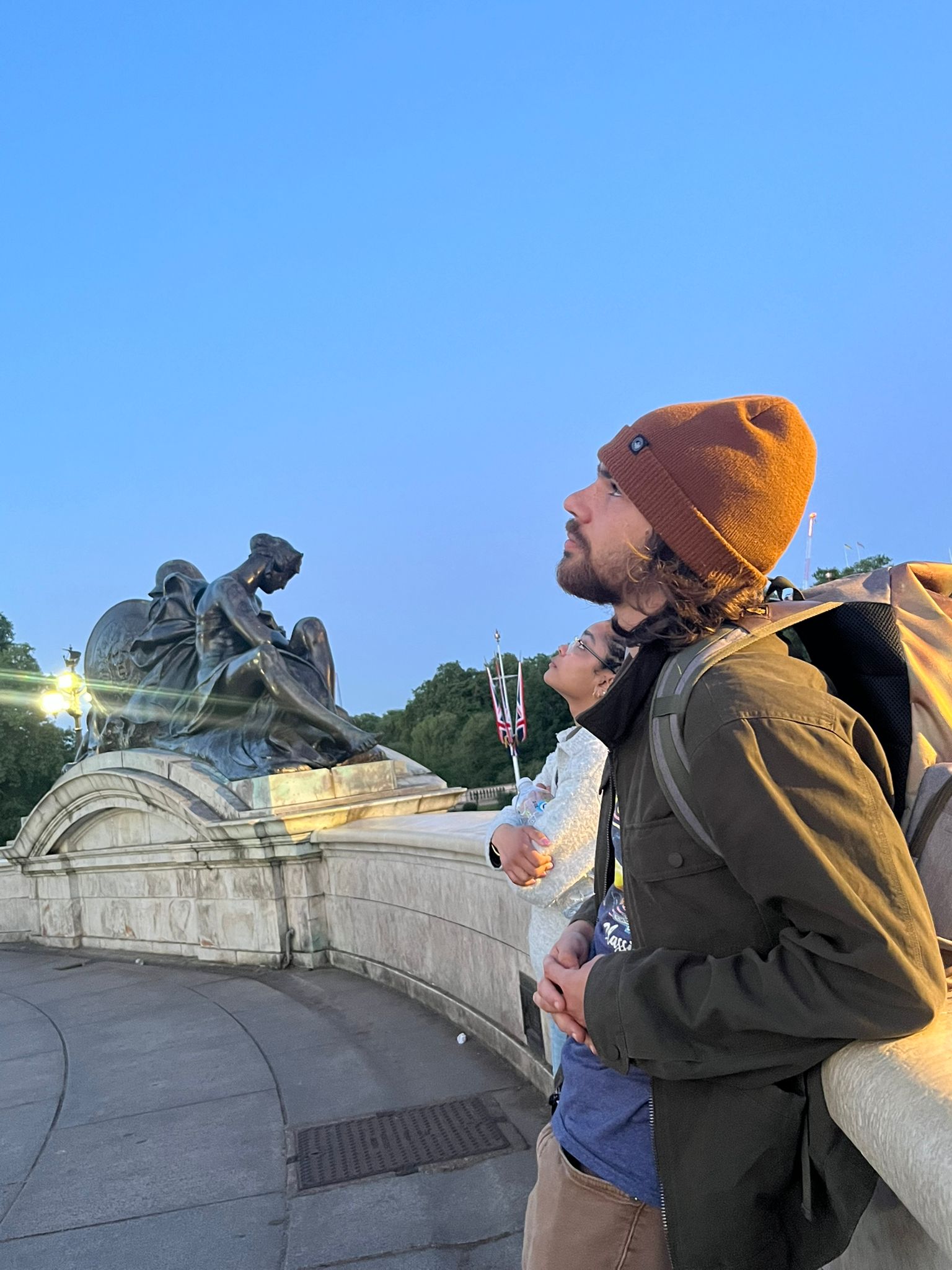
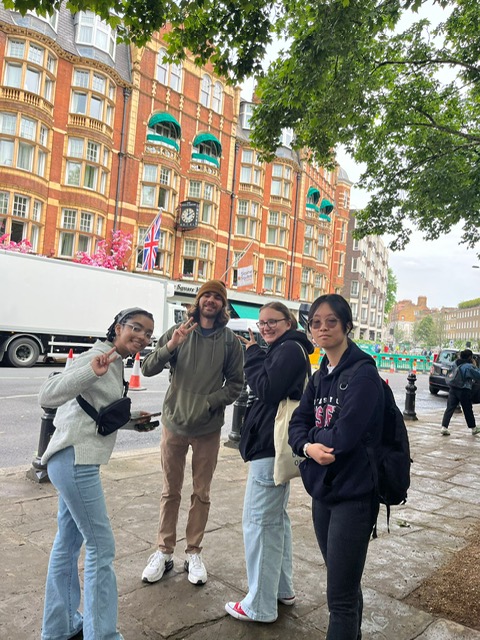
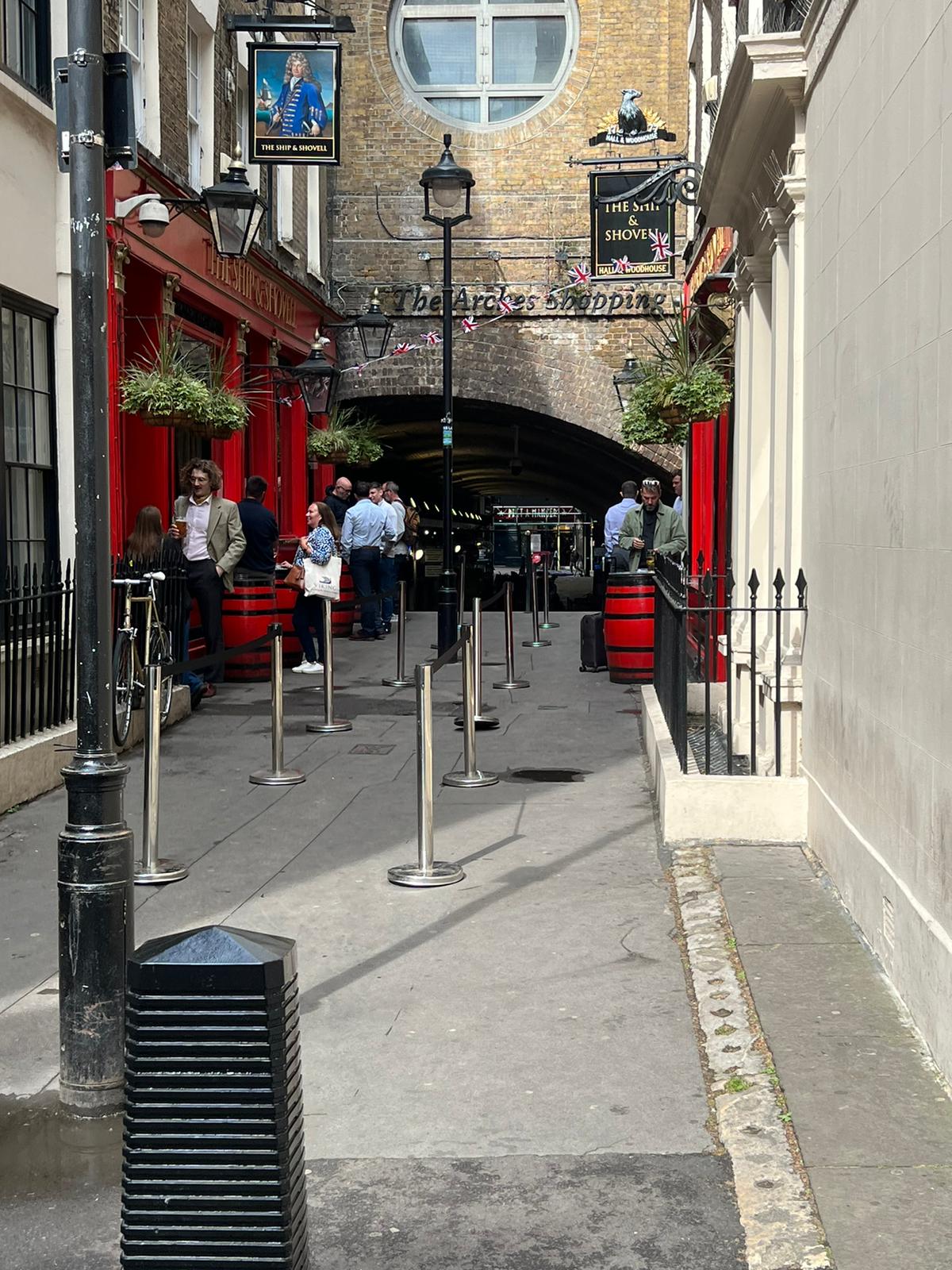
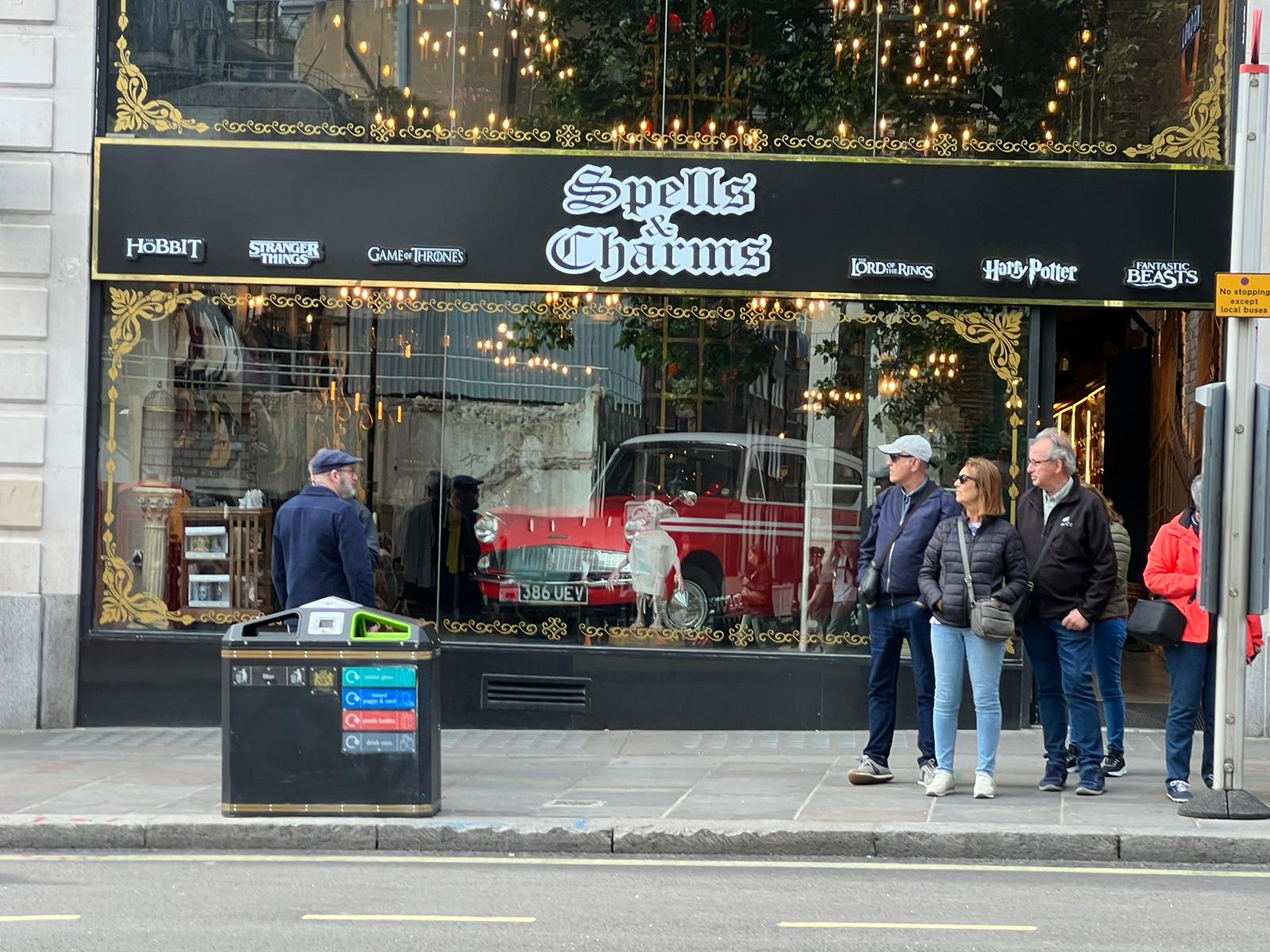
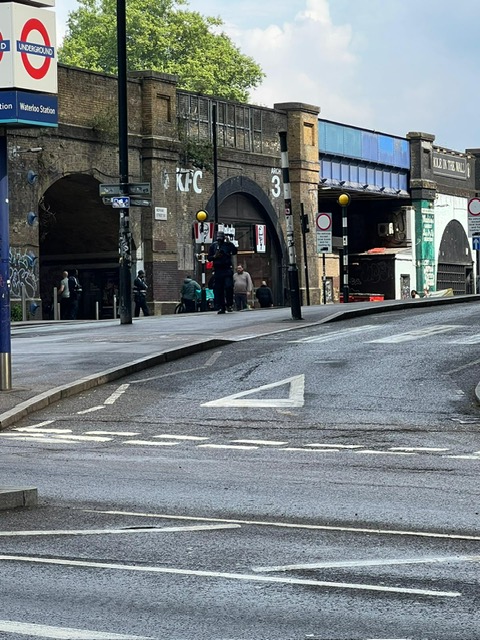
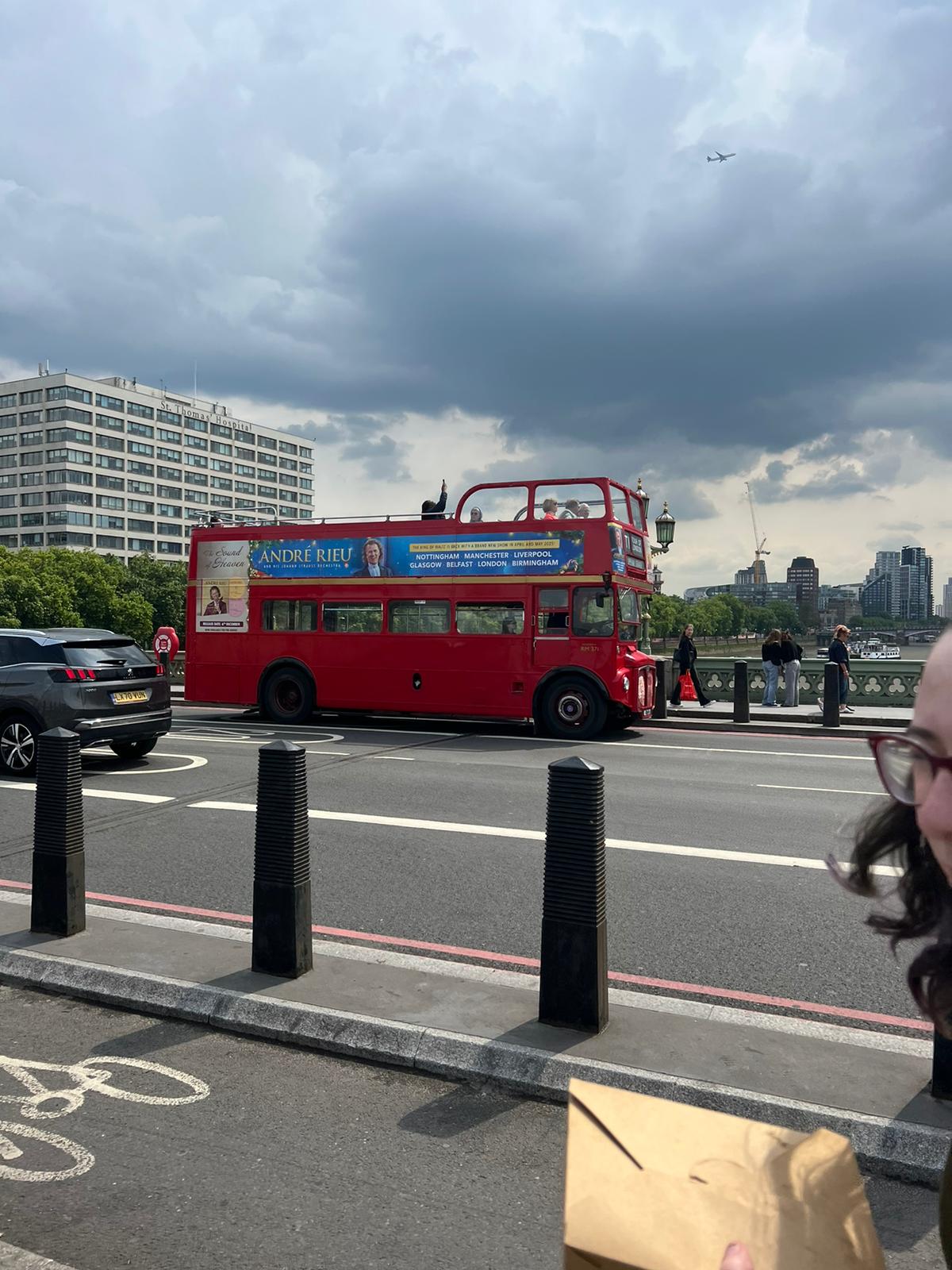
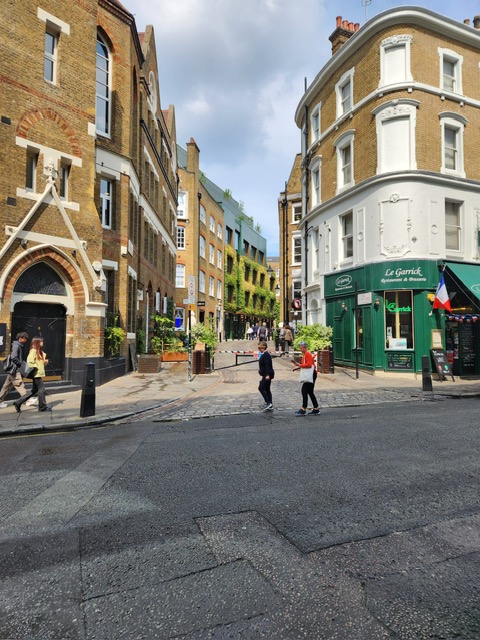
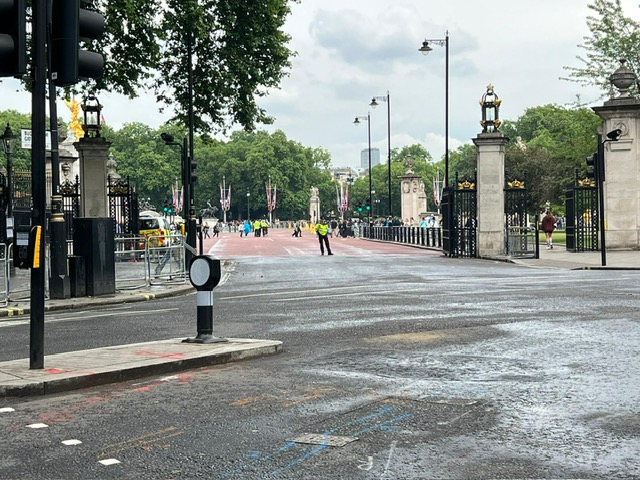
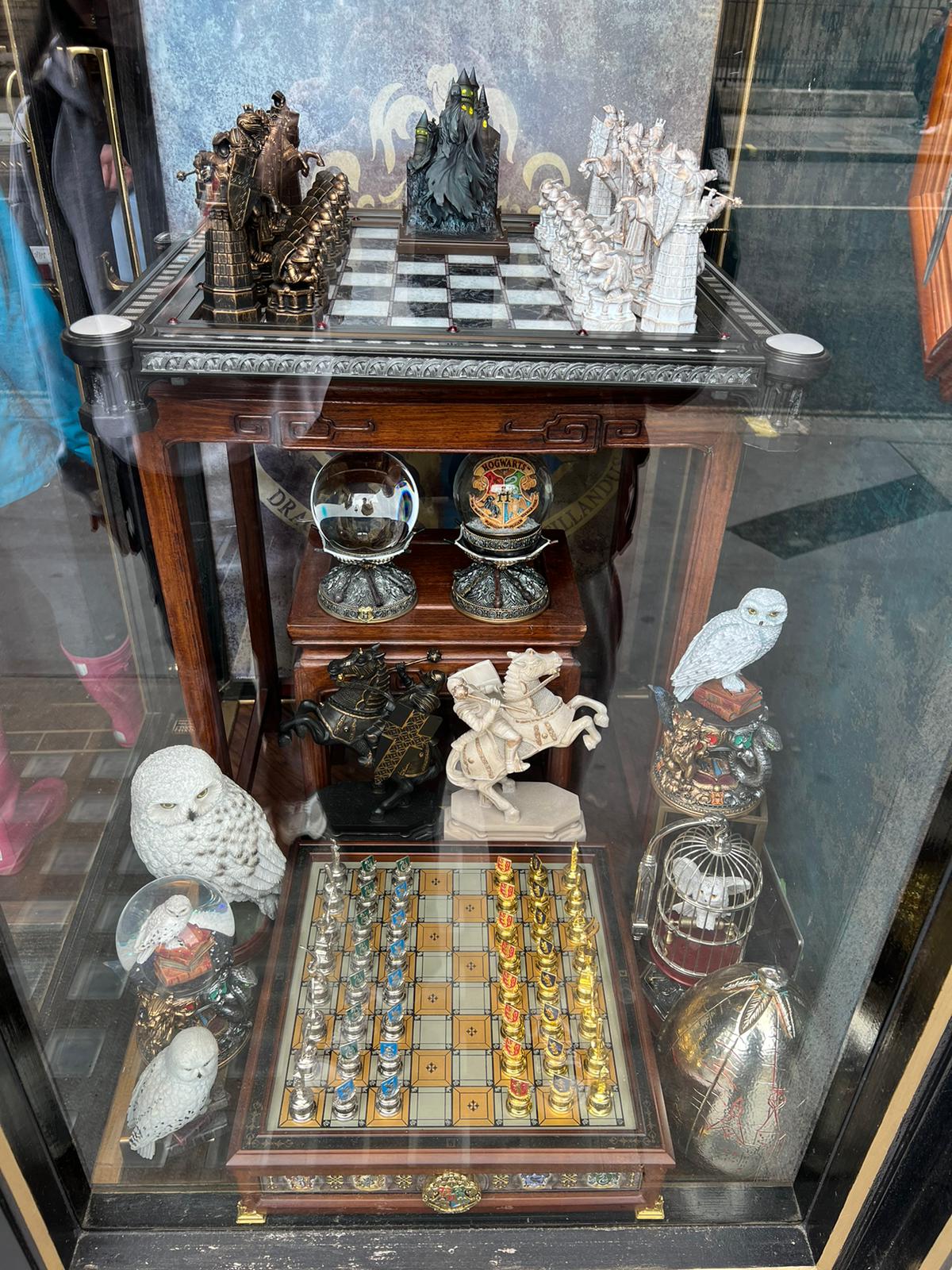
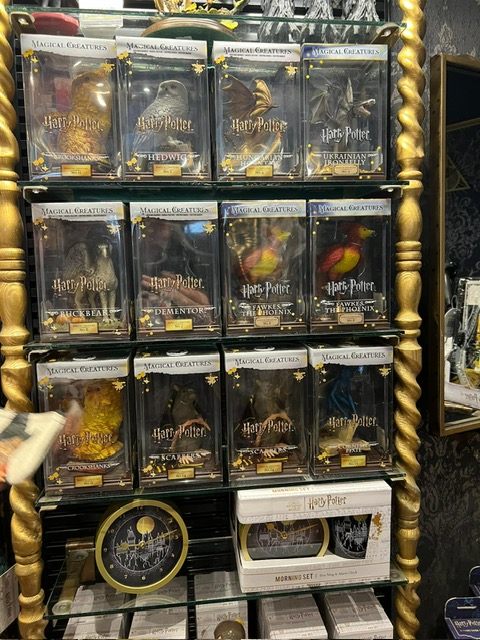
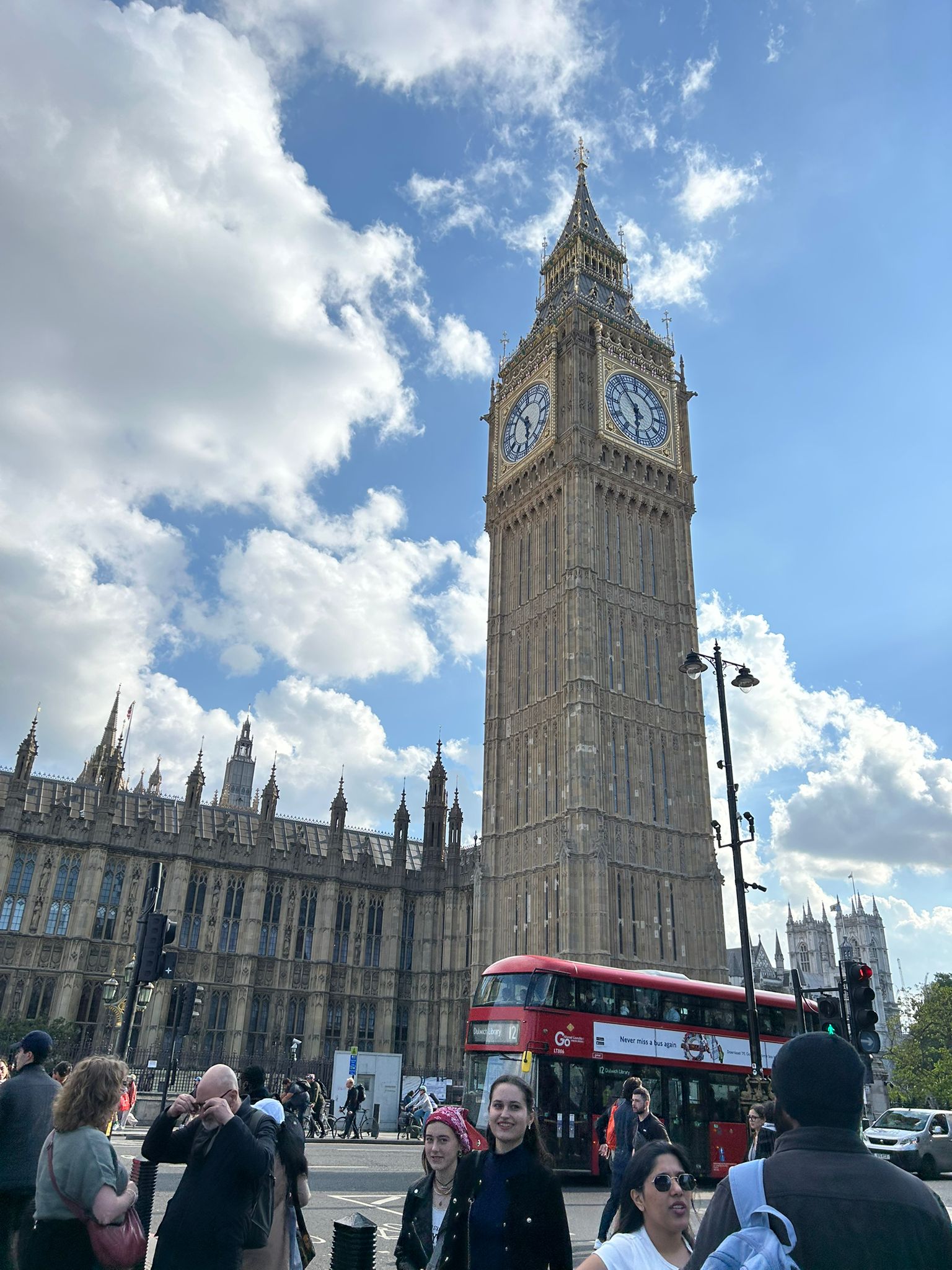
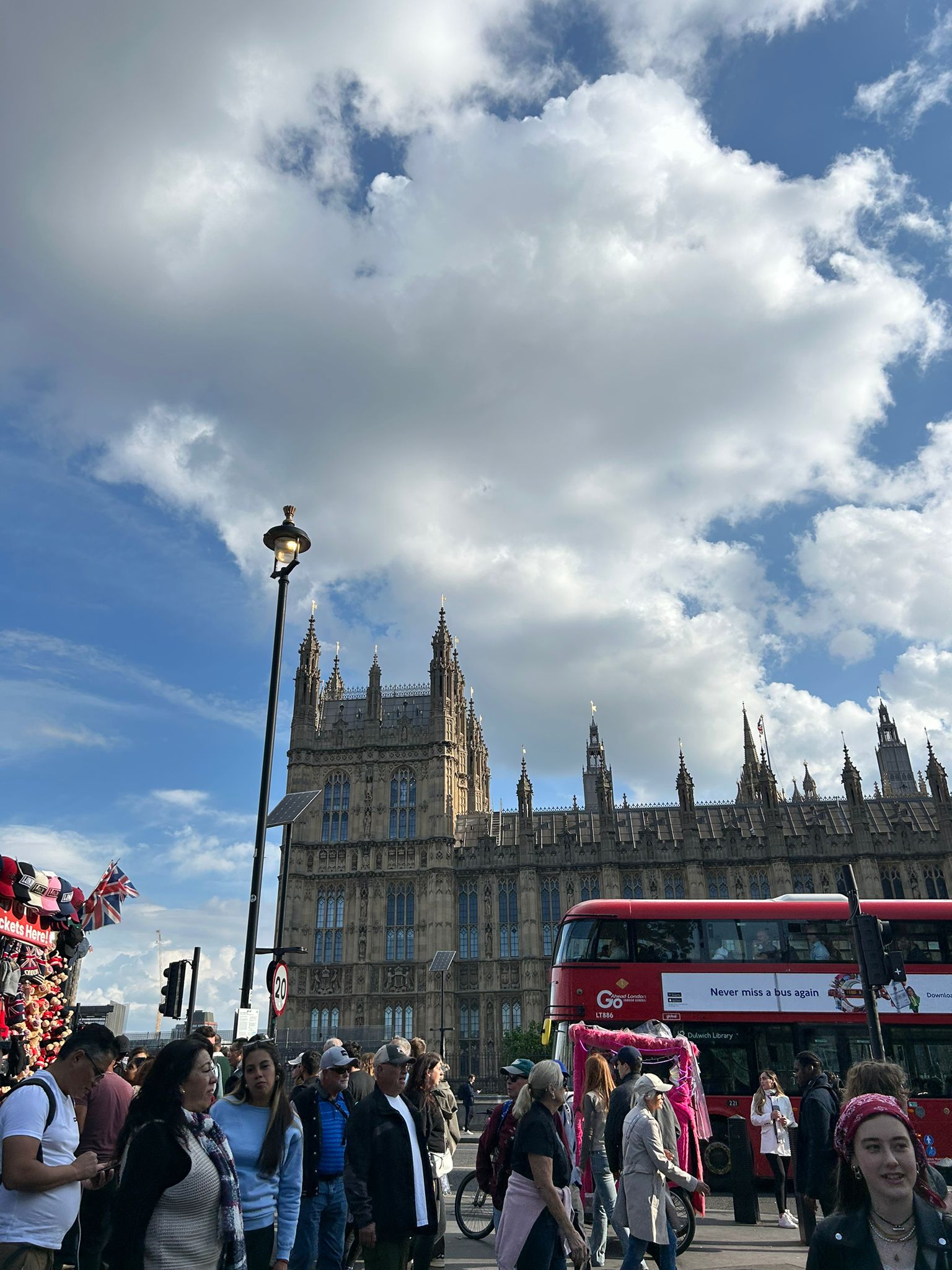
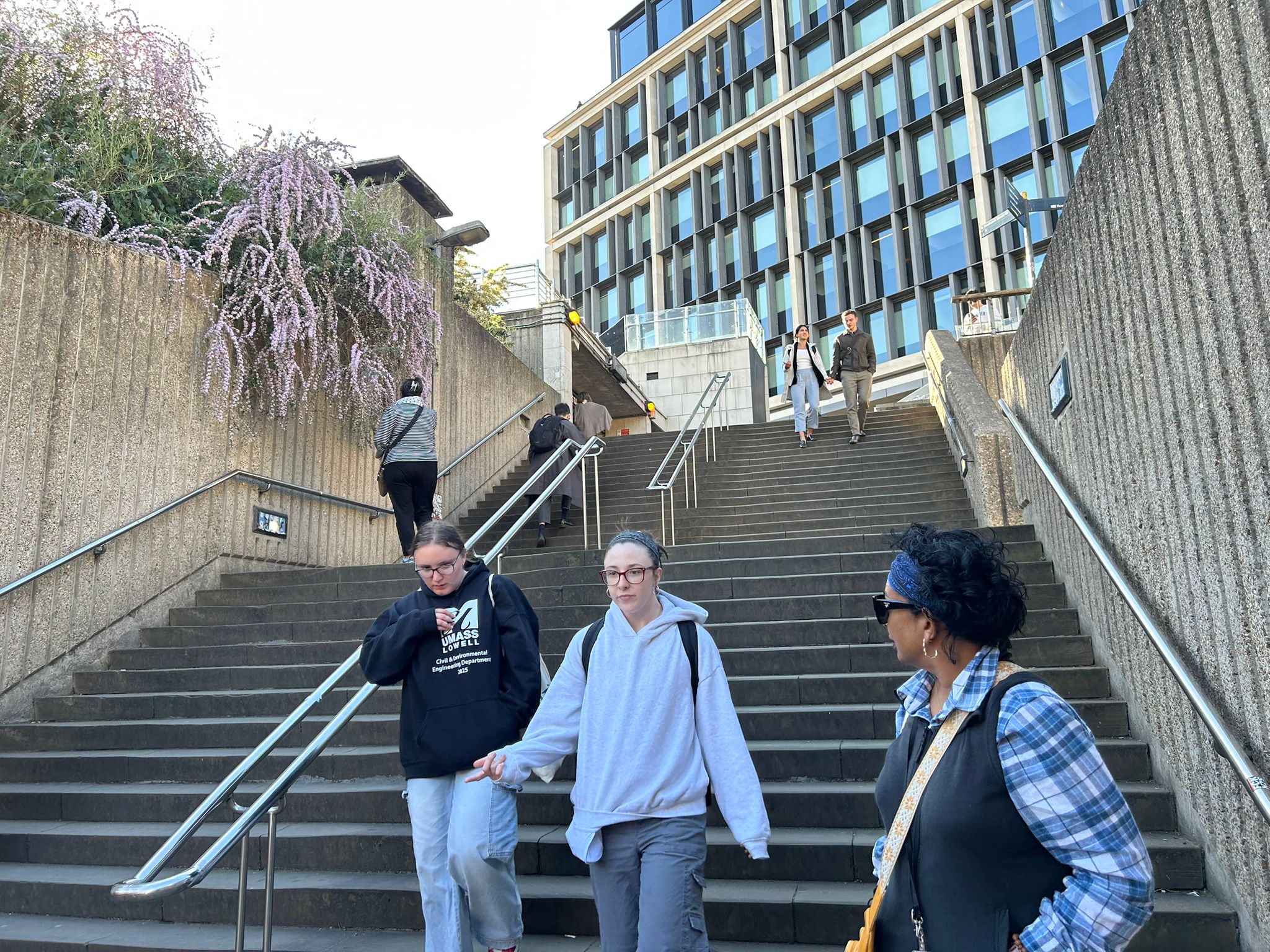
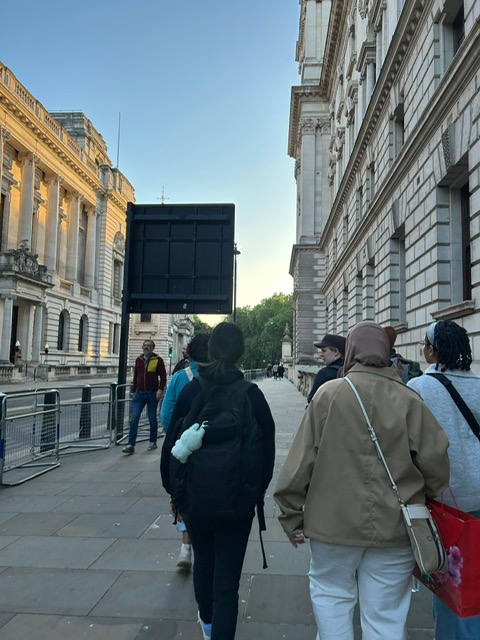
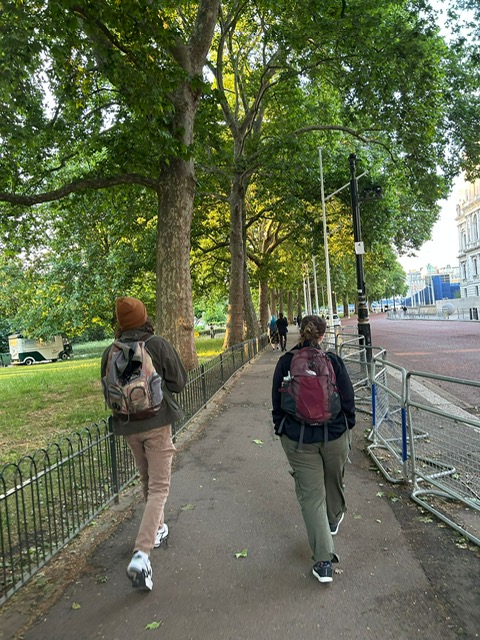
Day 11 – Thursday May 22
The final day of our study abroad trip to England was dedicated to student presentations—each pair (with one group of three) offering thoughtful reflections on their shared research and experiences. Together, they explored the central question: How does the teaching and learning experienced in English schools compare to personal experience in American classrooms? They also examined how English STEM teachers put educational theory into practice, drawing on assigned readings and the many discussions we’d had along the way. Each group had 15 to 20 minutes to present their insights, weaving together classroom observations, teacher interviews, and their growing understanding of comparative education.
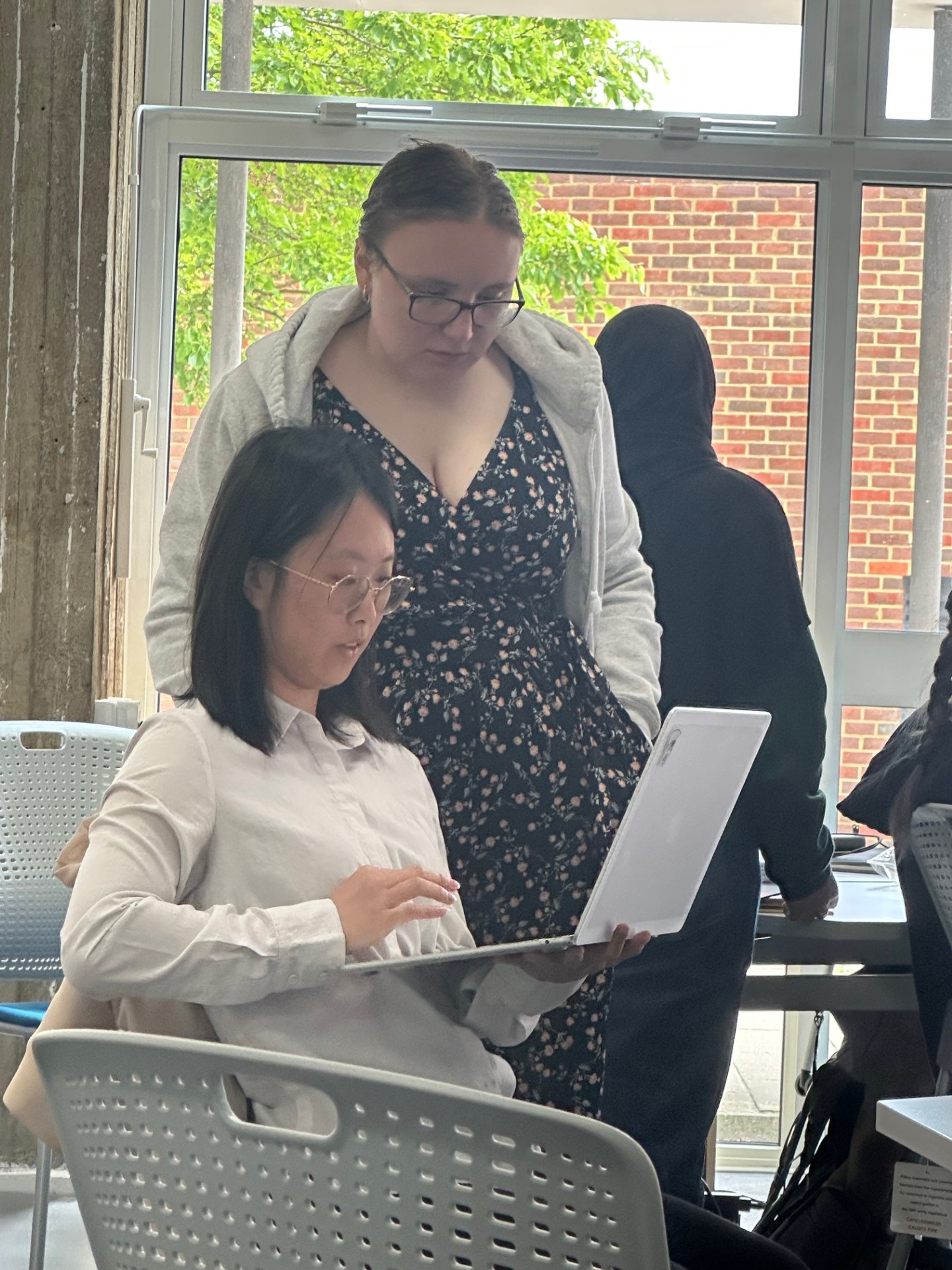
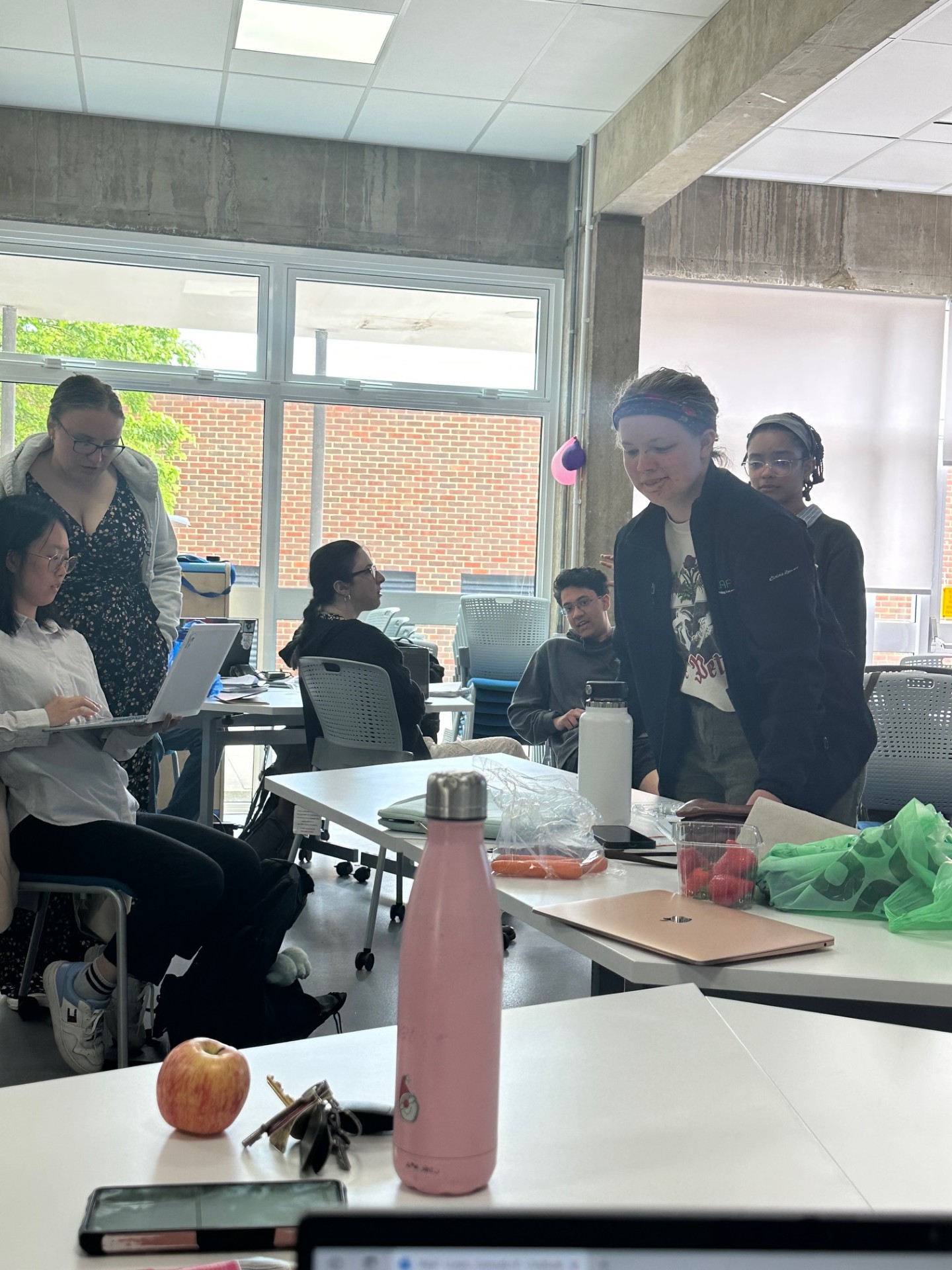
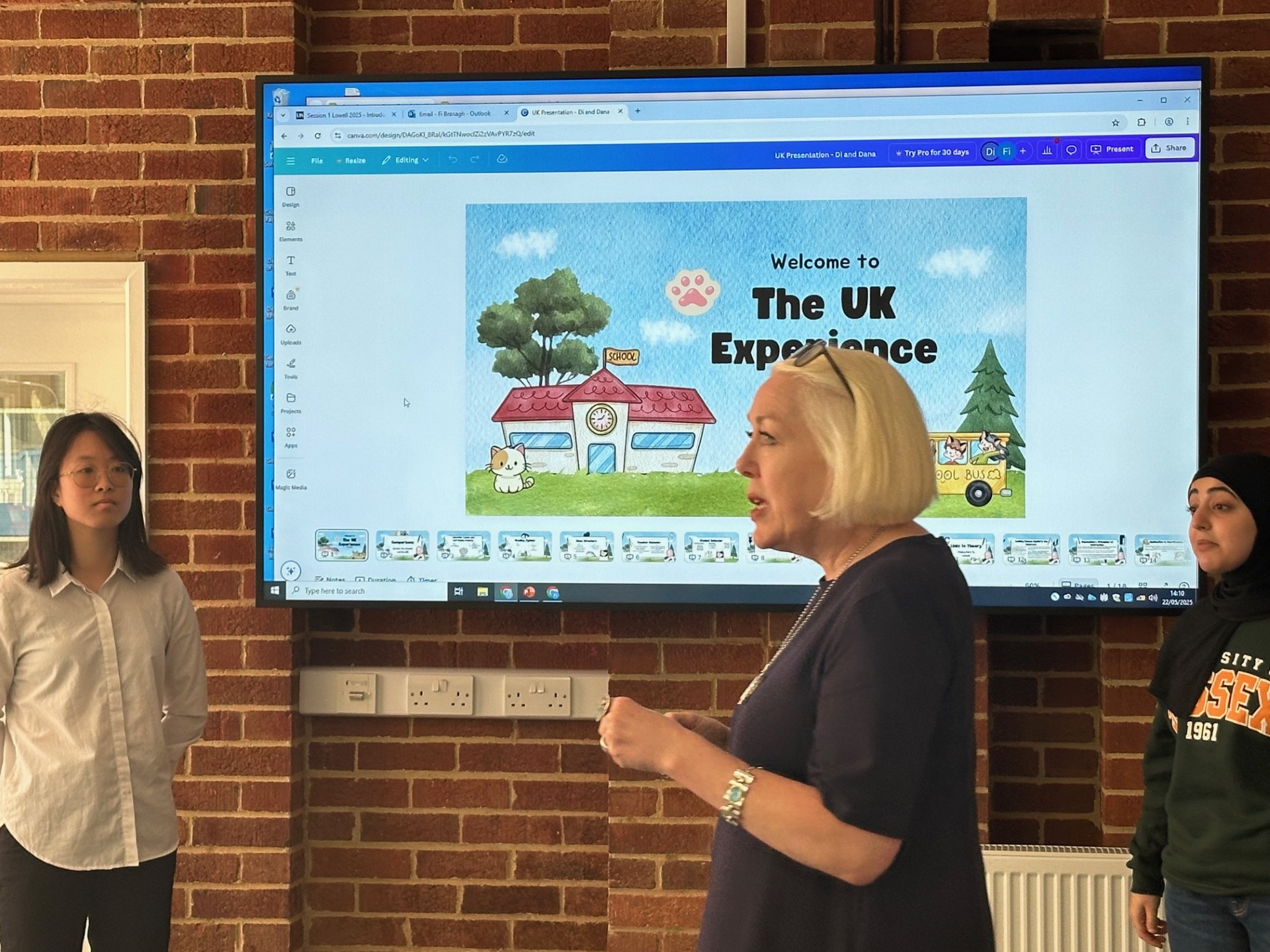
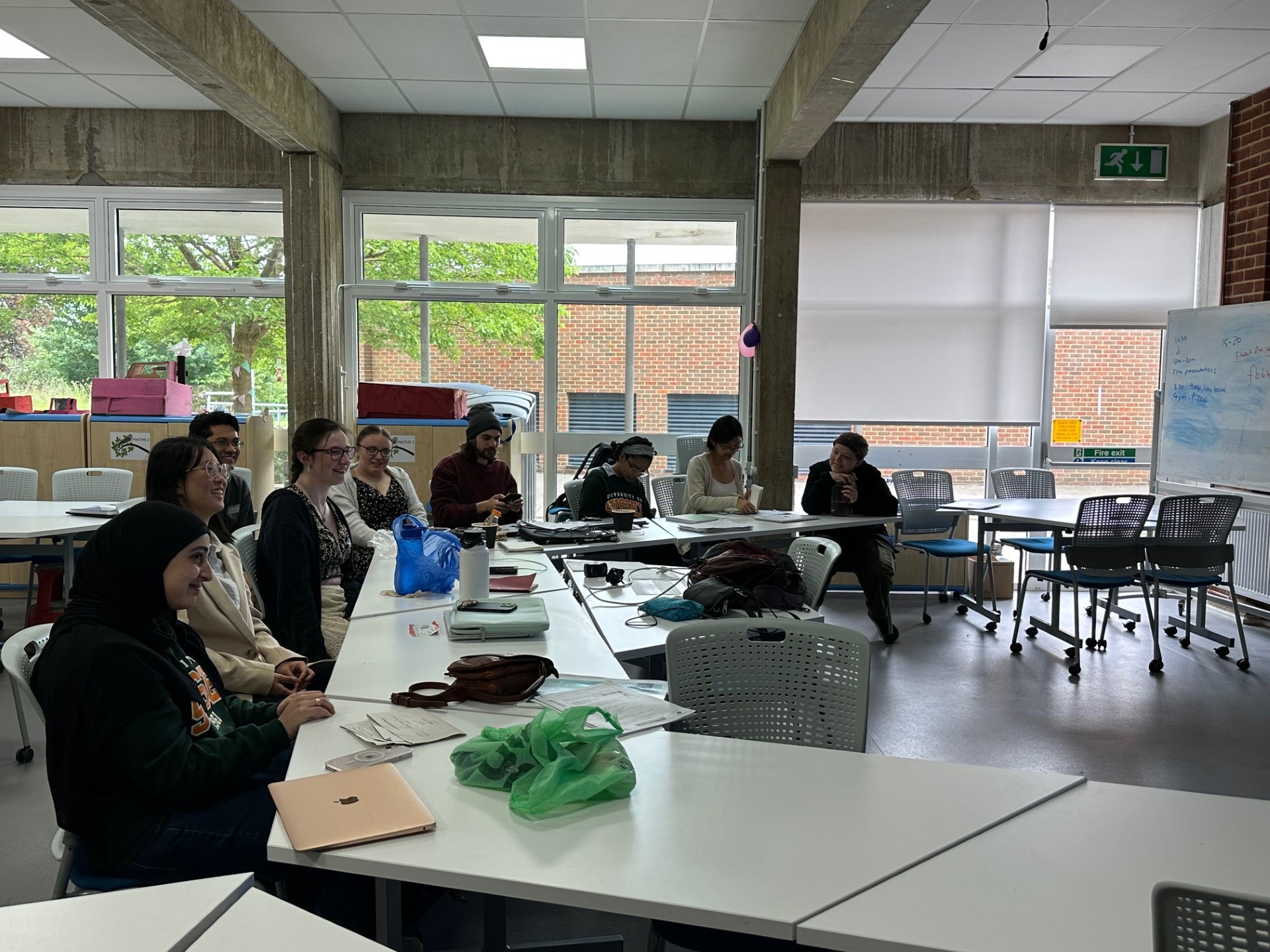
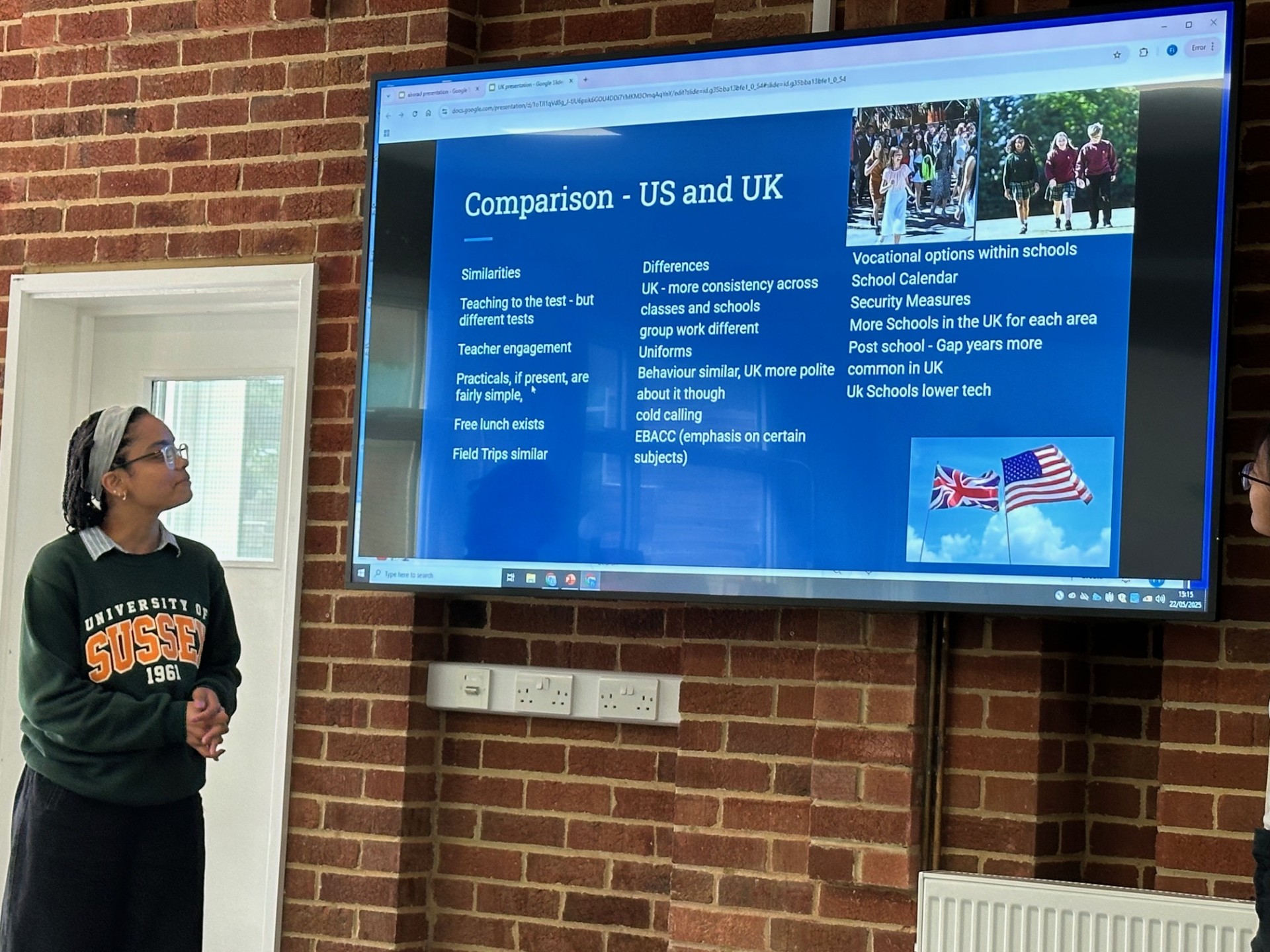
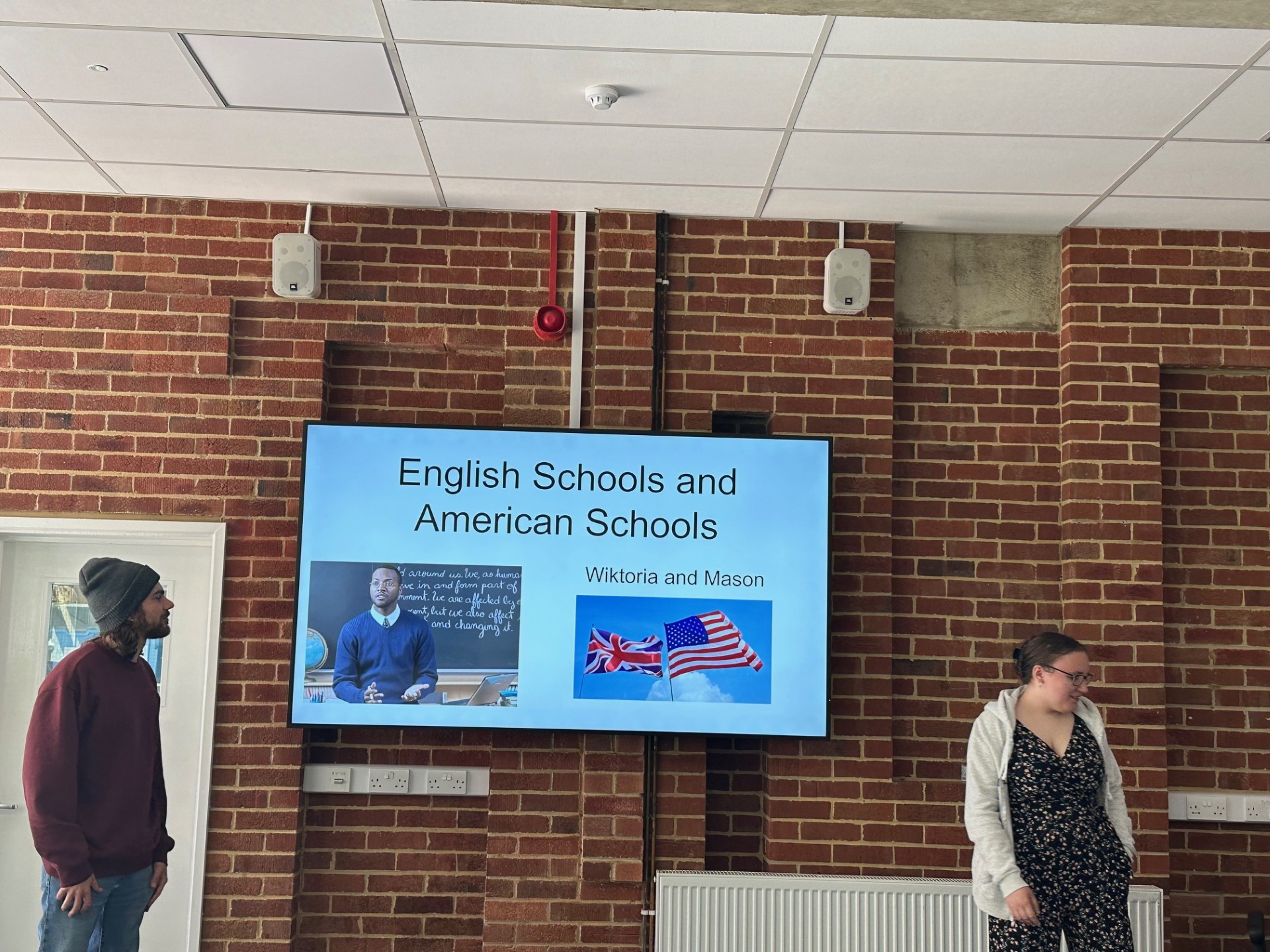
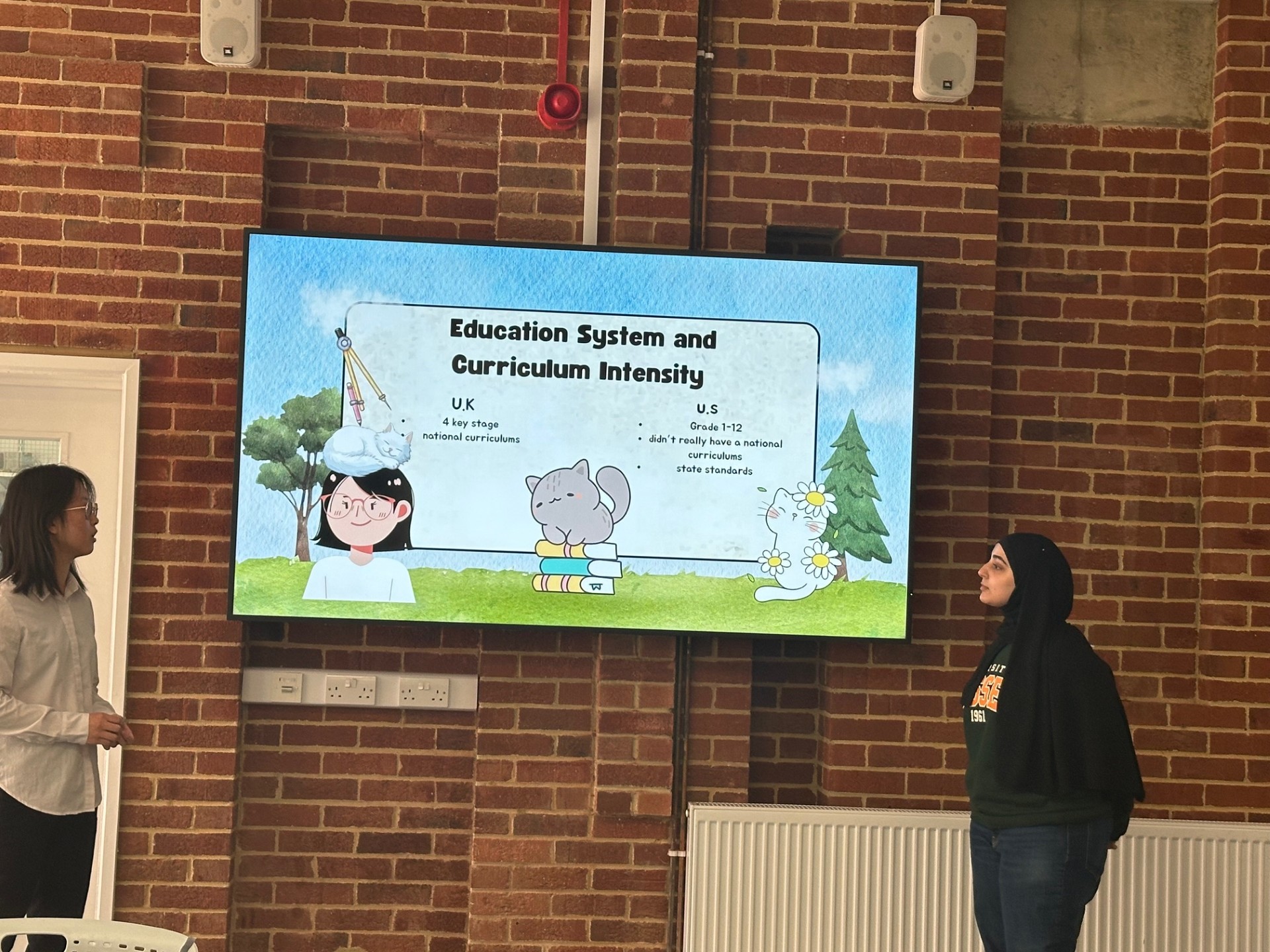
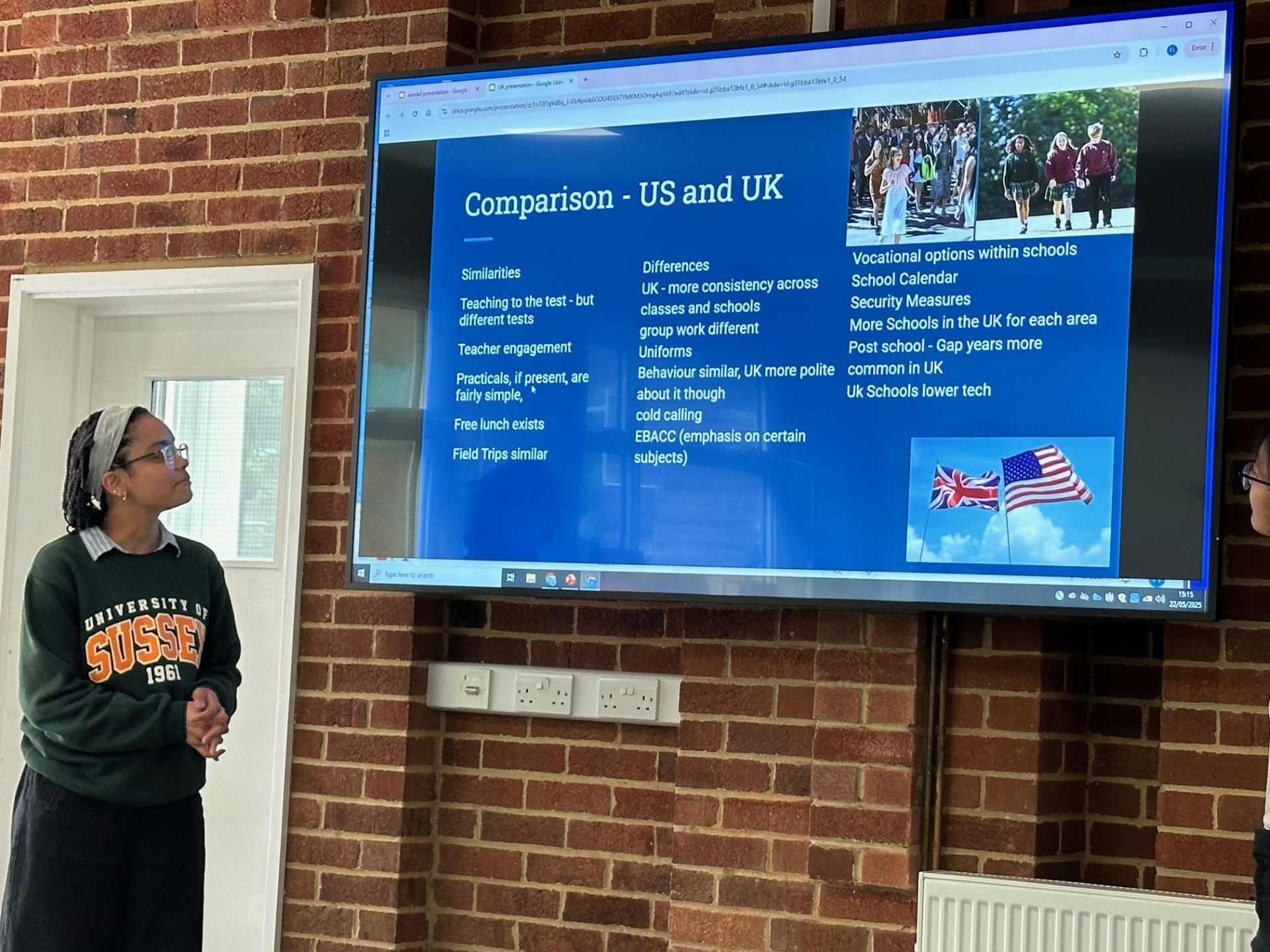
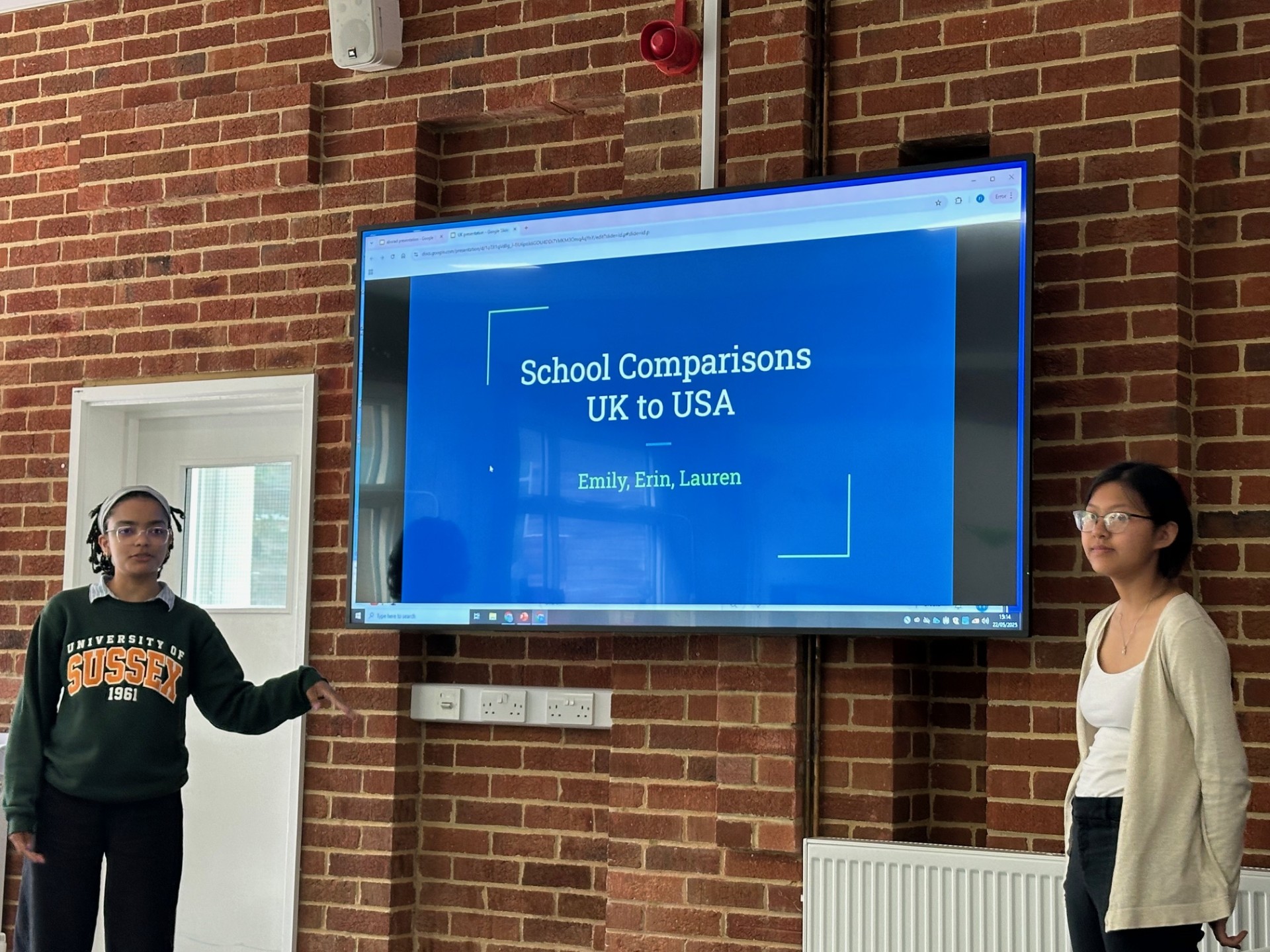
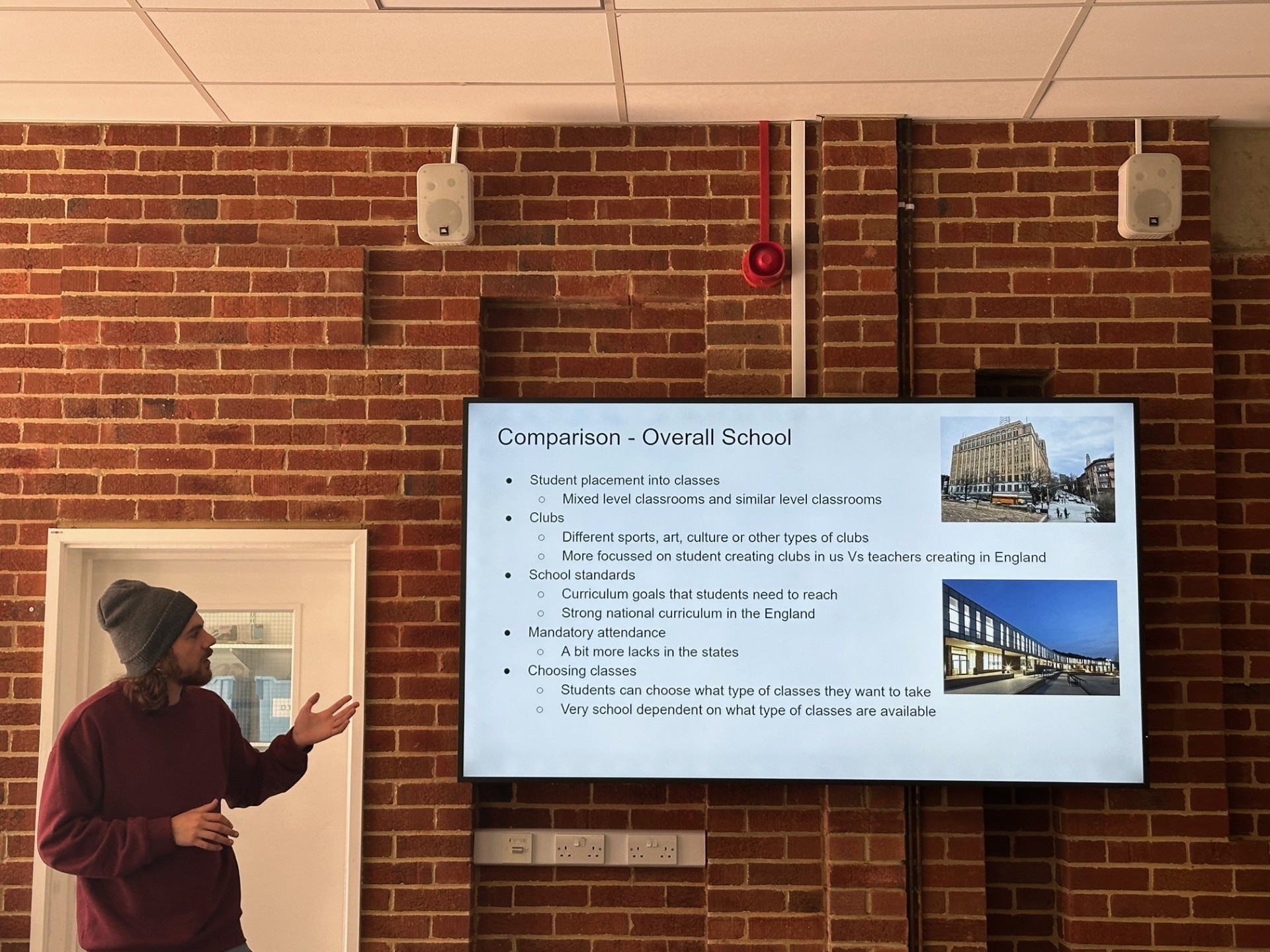
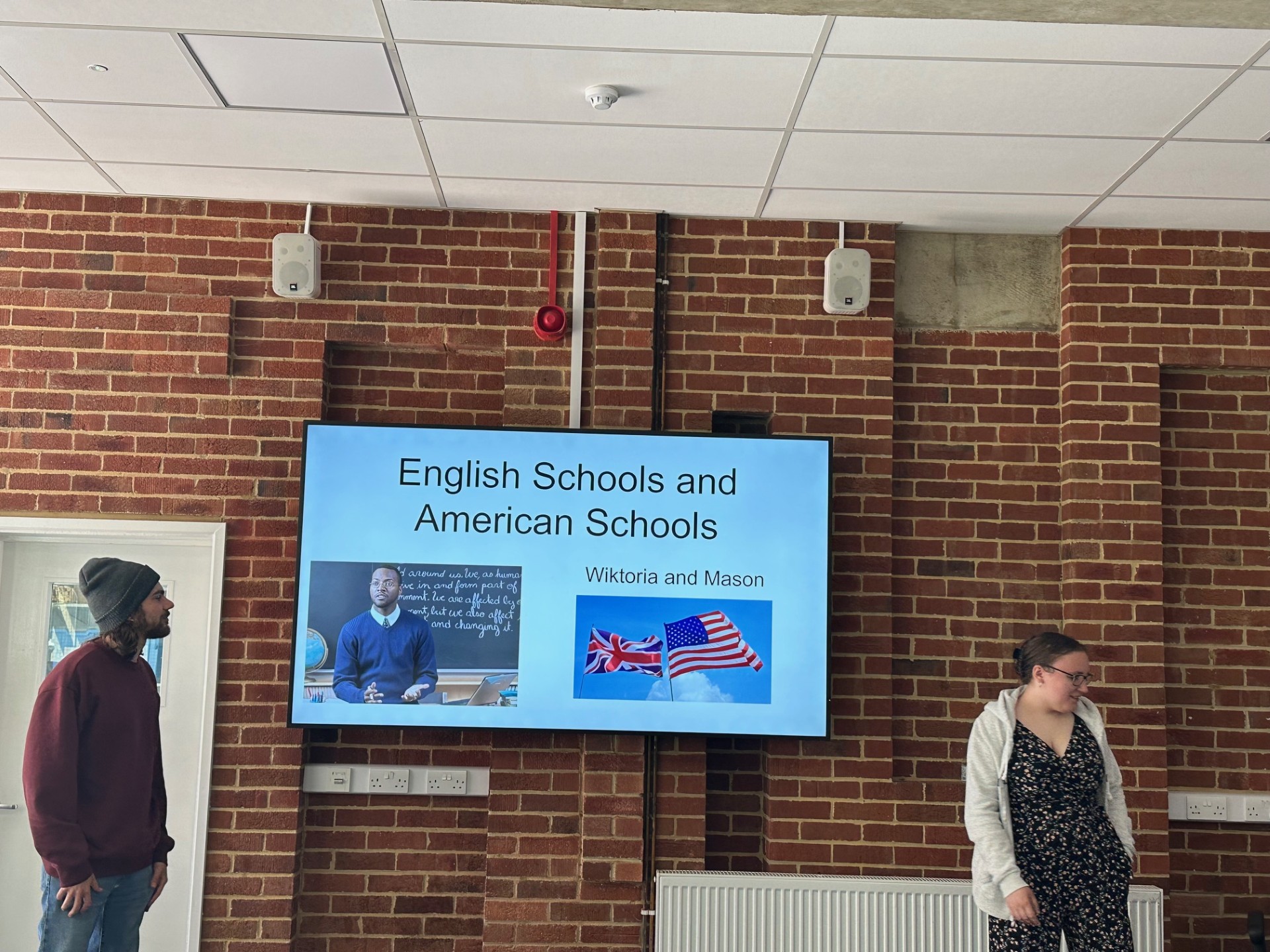
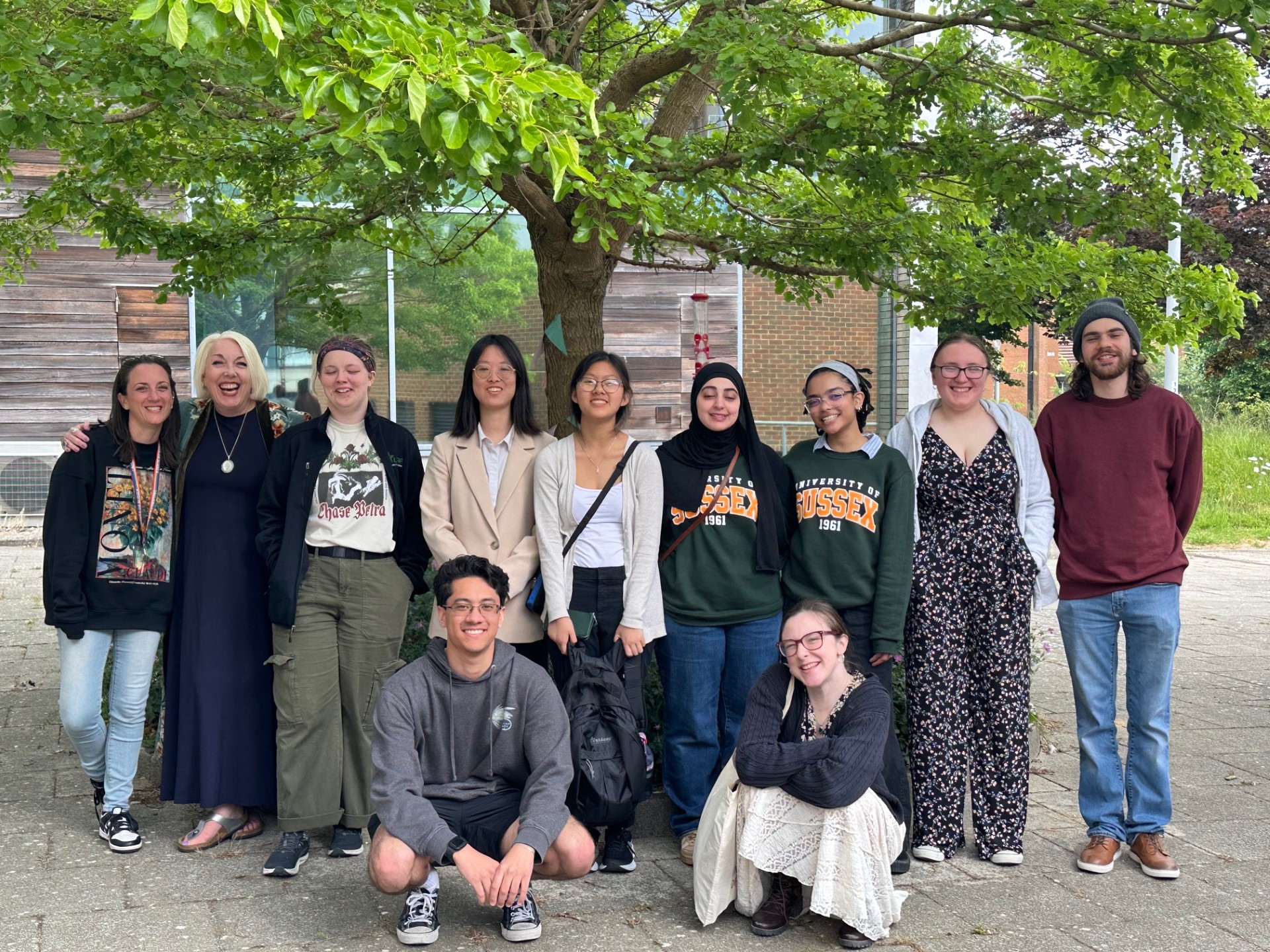
After the presentations, we celebrated with pizza and Prosecco—a well-earned treat after two intense weeks of learning, traveling, and growing together. Then it was off to pick up last-minute chocolates and gifts for friends and family back home.
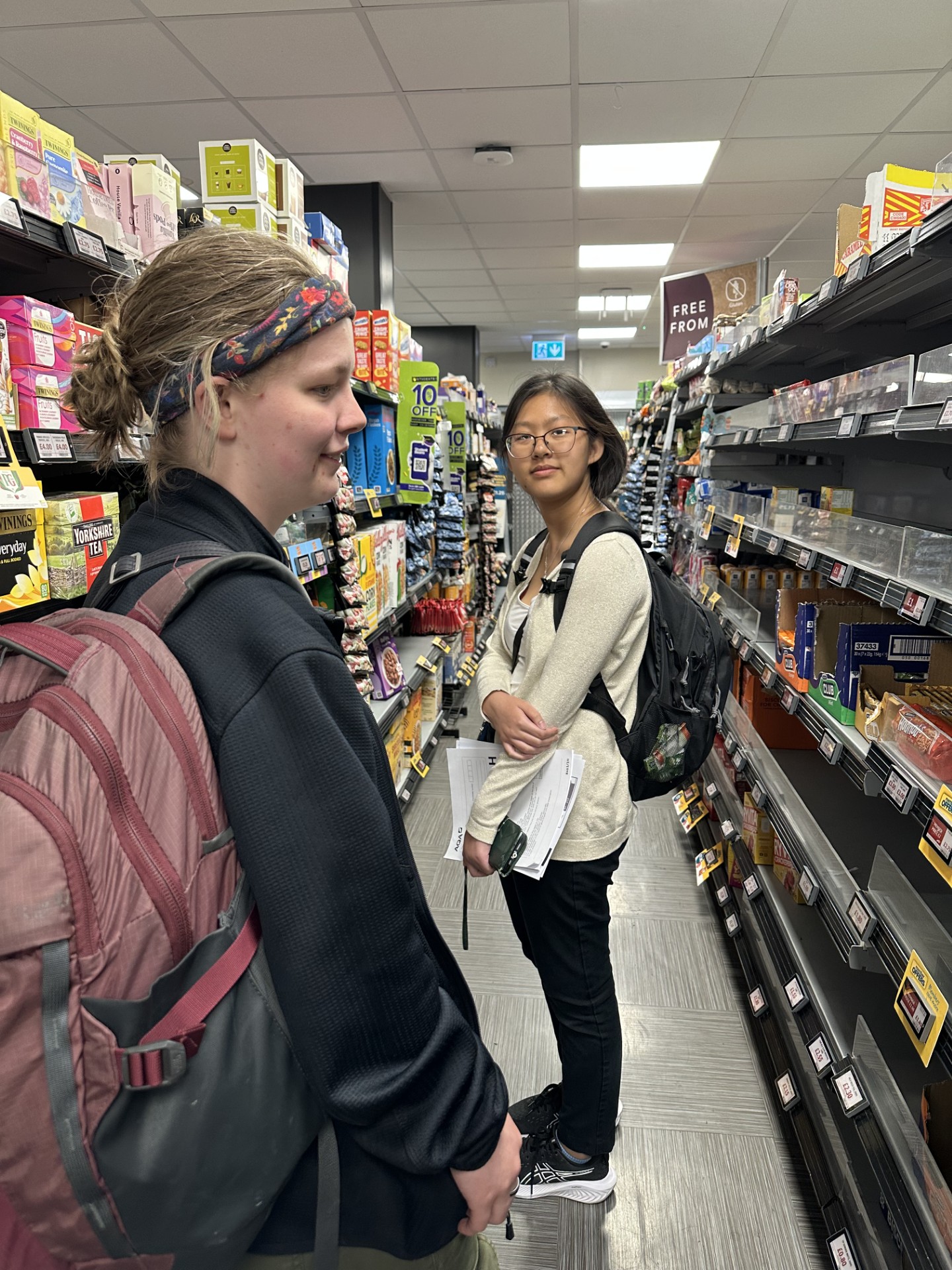
The evening was spent packing, sharing laughs, and gathering one final time to reflect on the journey we’ve taken together in Brighton.
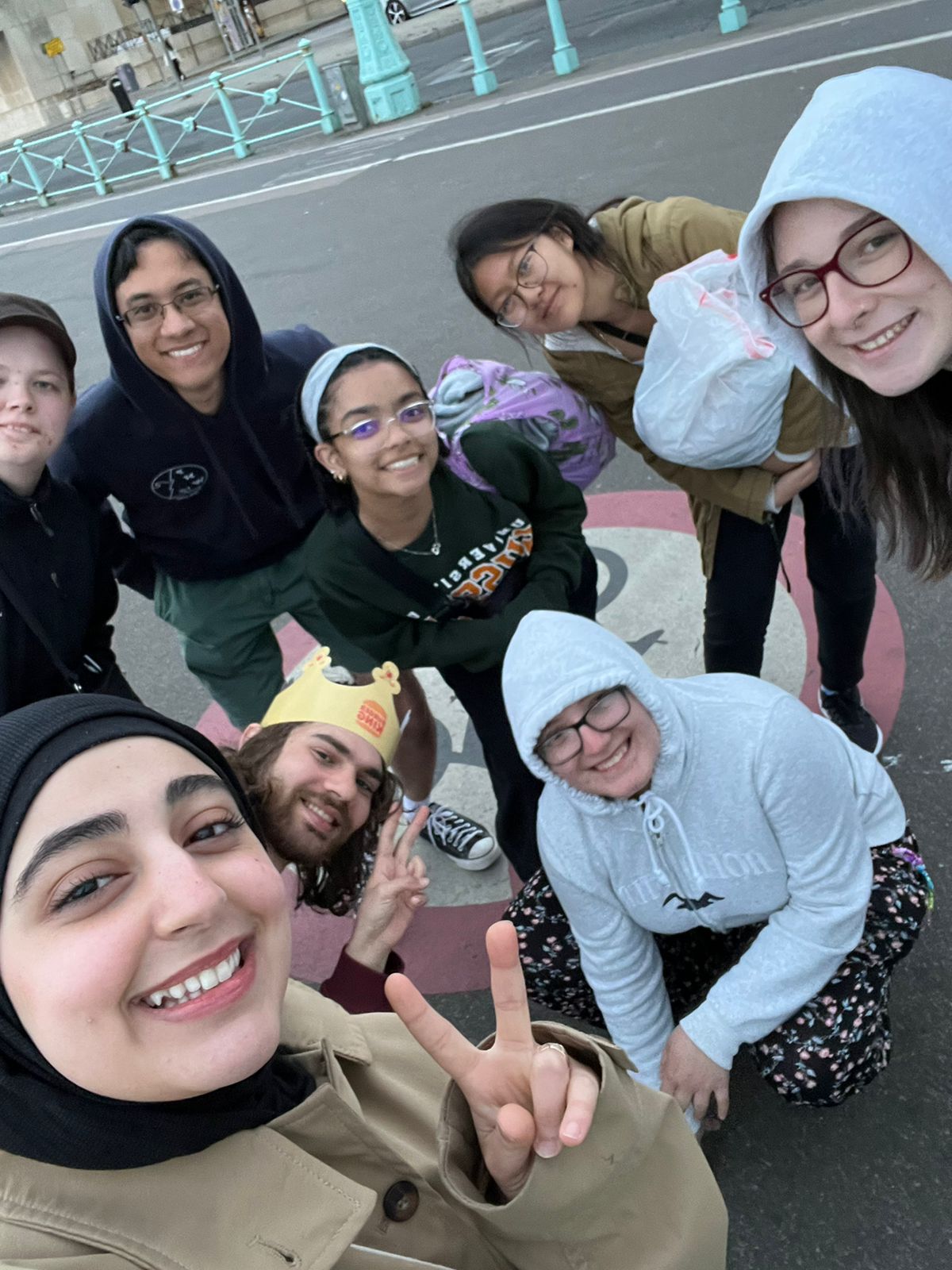
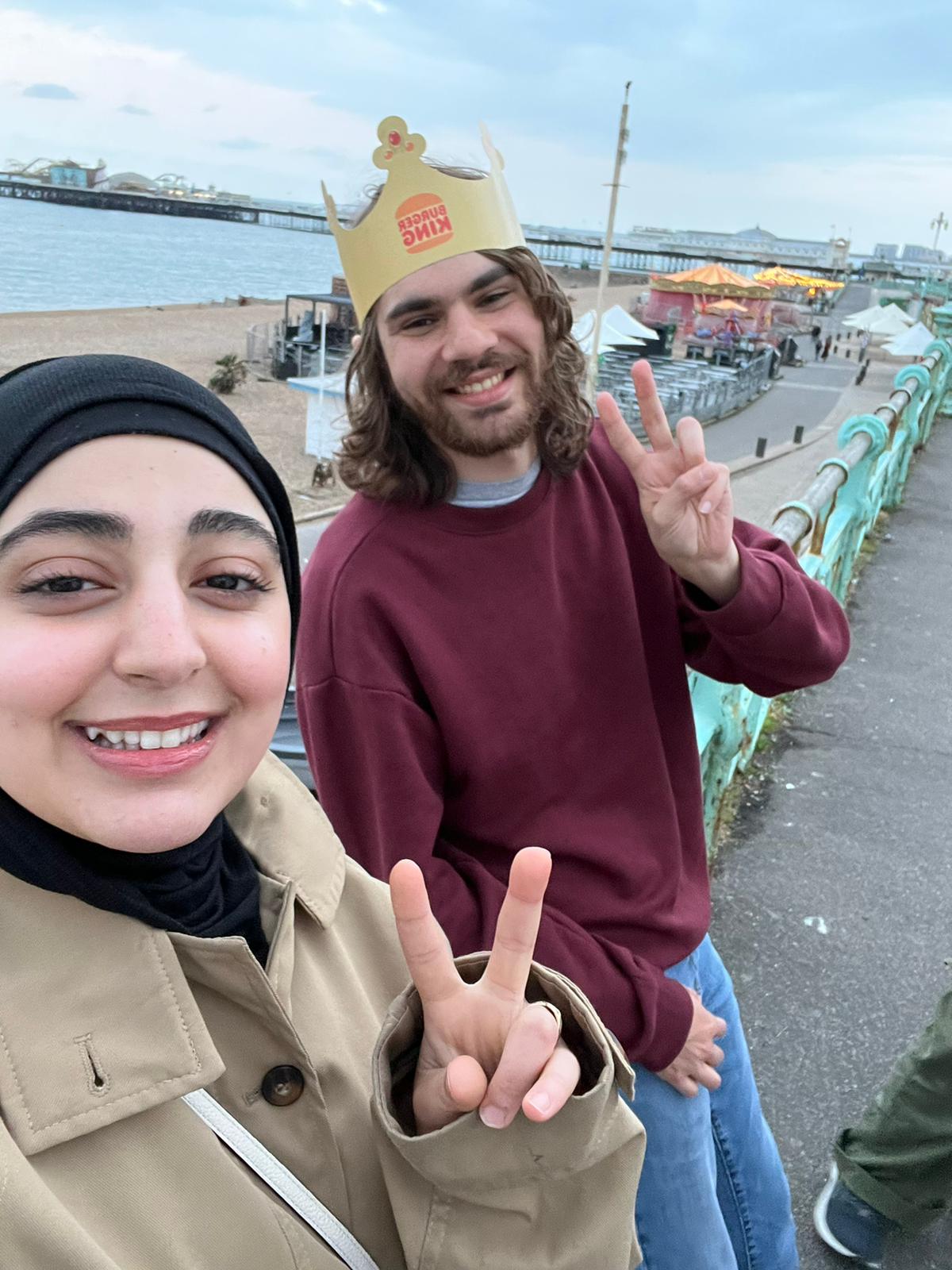
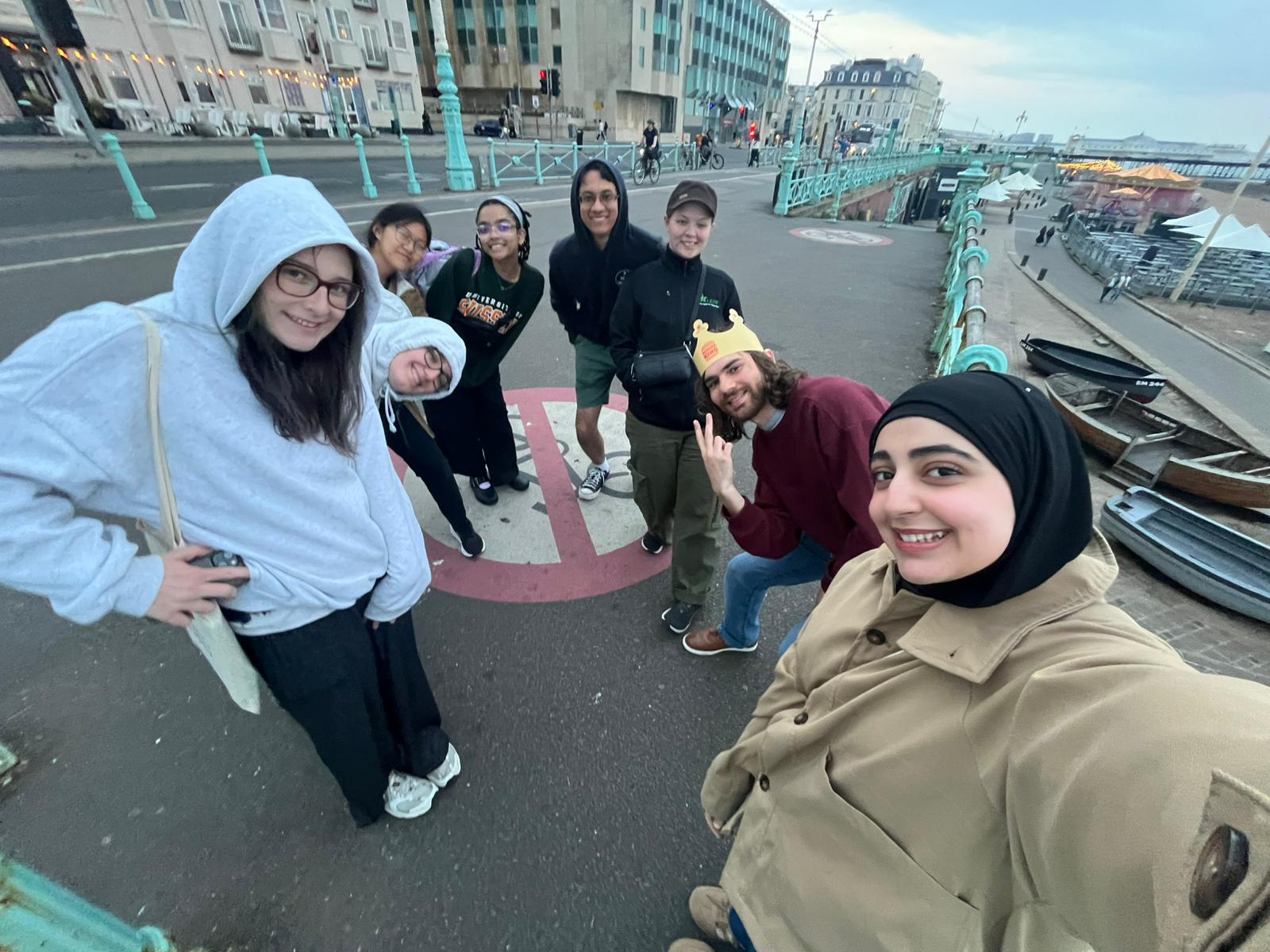
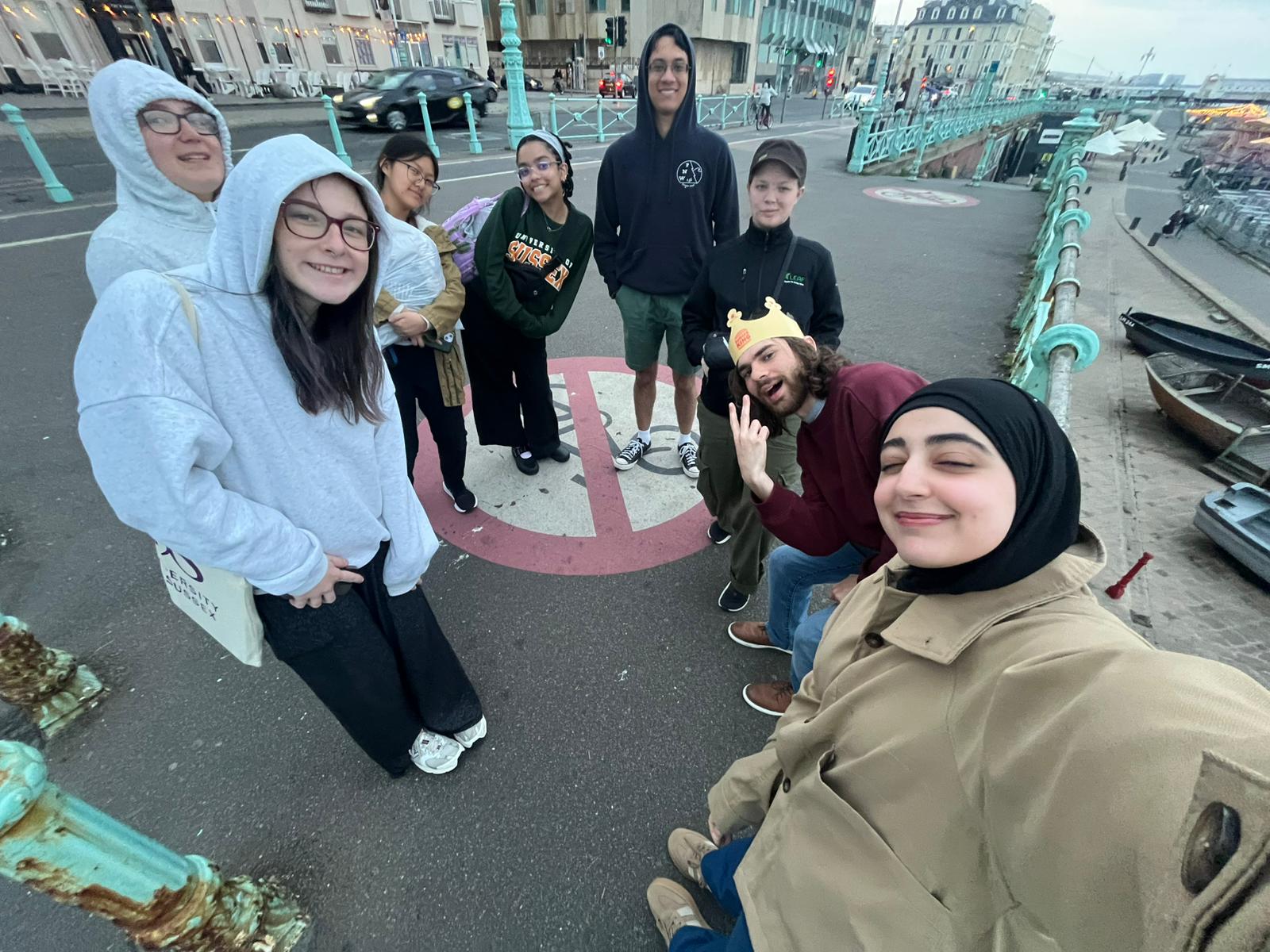
As they looked back on their time in England, what became clear was that this trip had been about more than just comparing educational systems—it had been about discovering new perspectives, building lasting friendships, and seeing their future roles as educators in a different light. They arrived as students, but they leave as storytellers of experience, ready to bring their insights into classrooms of their own.